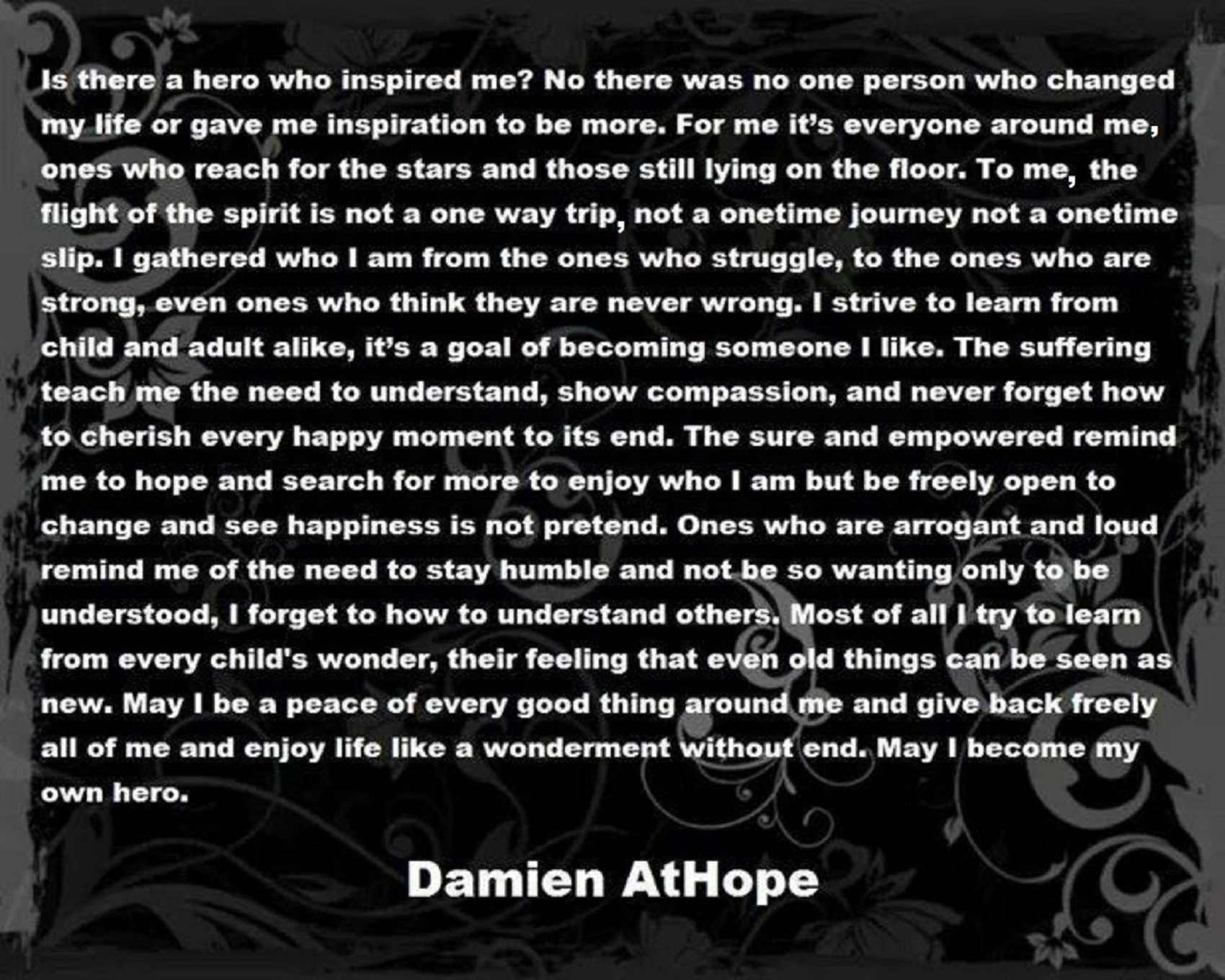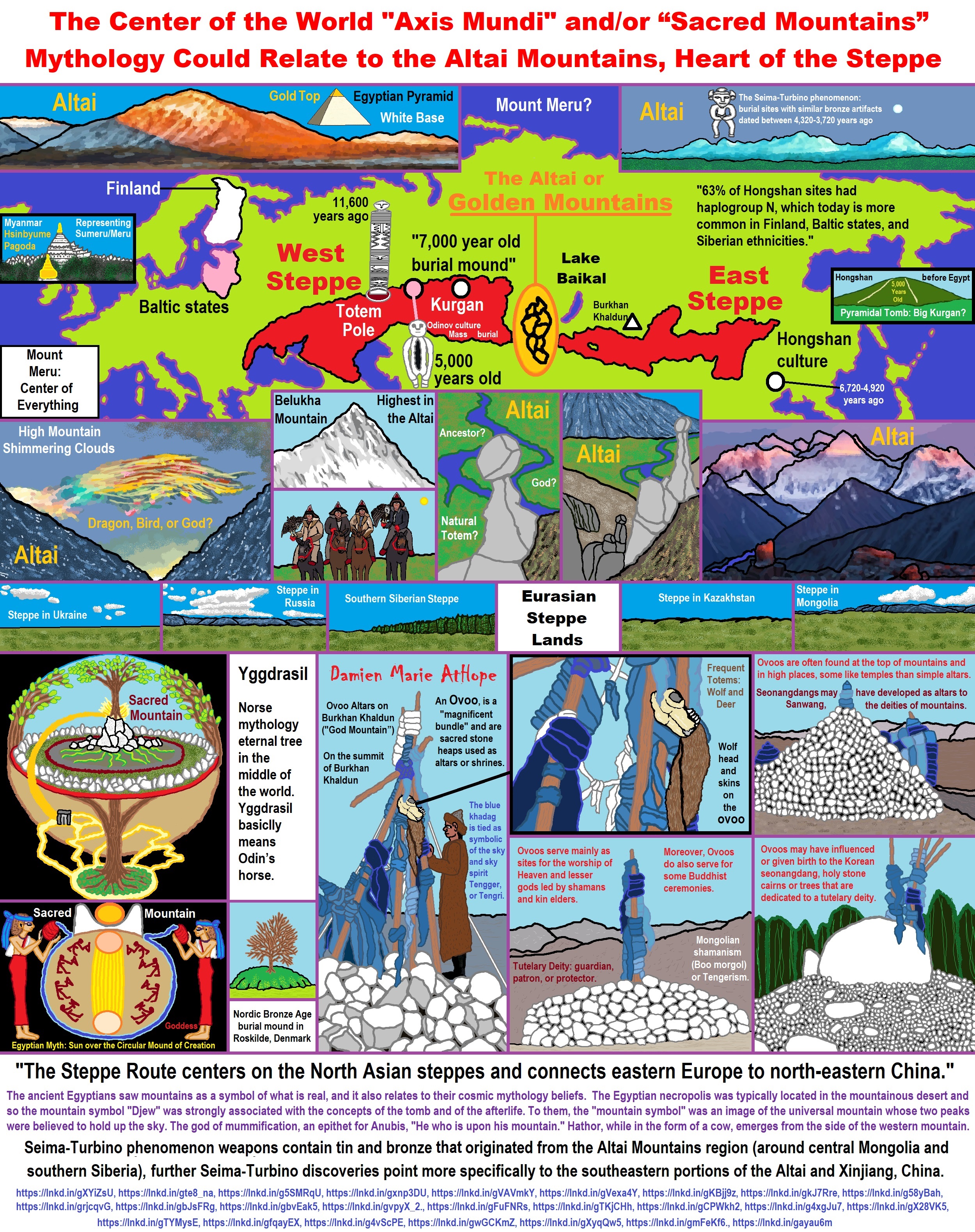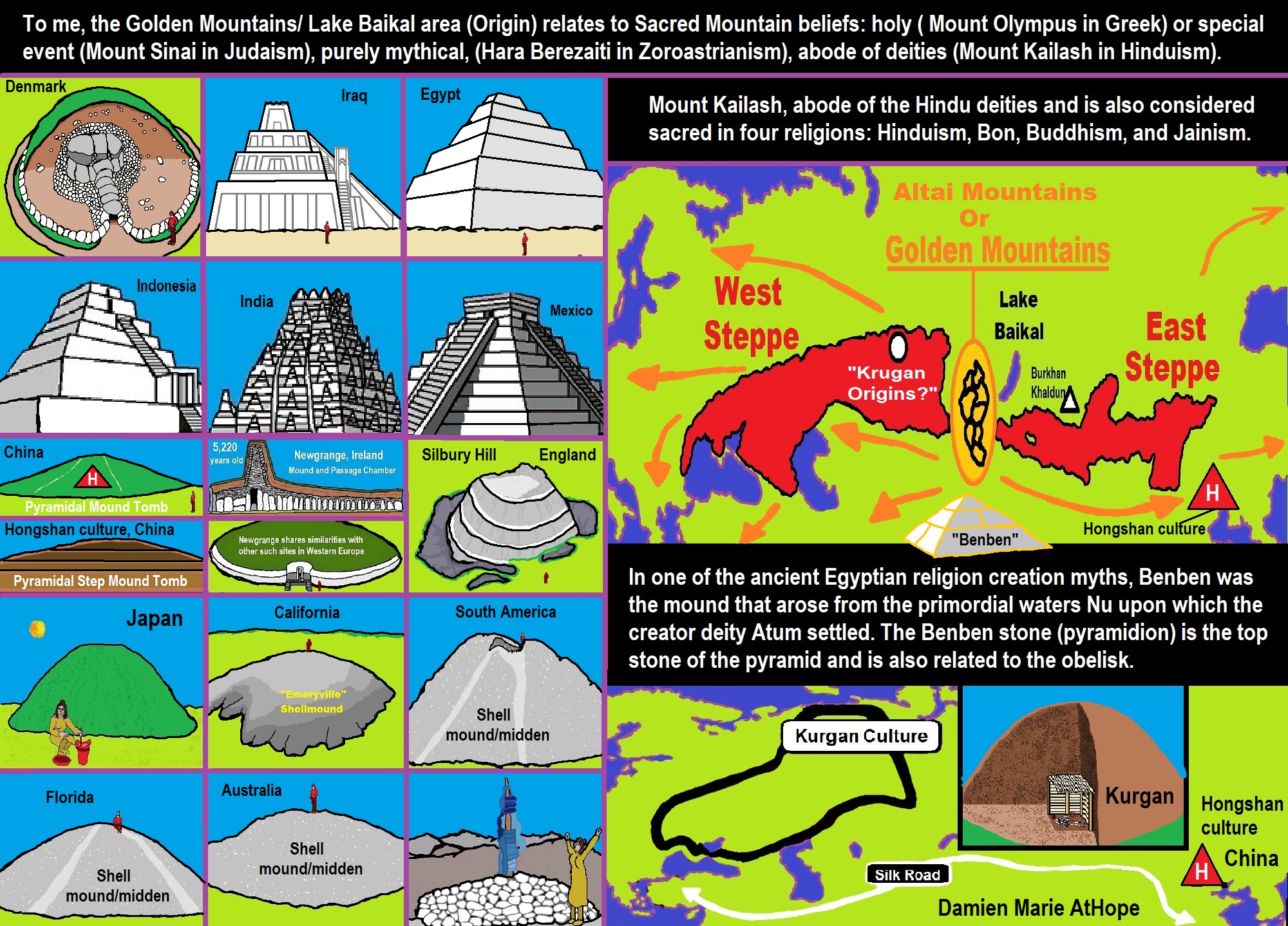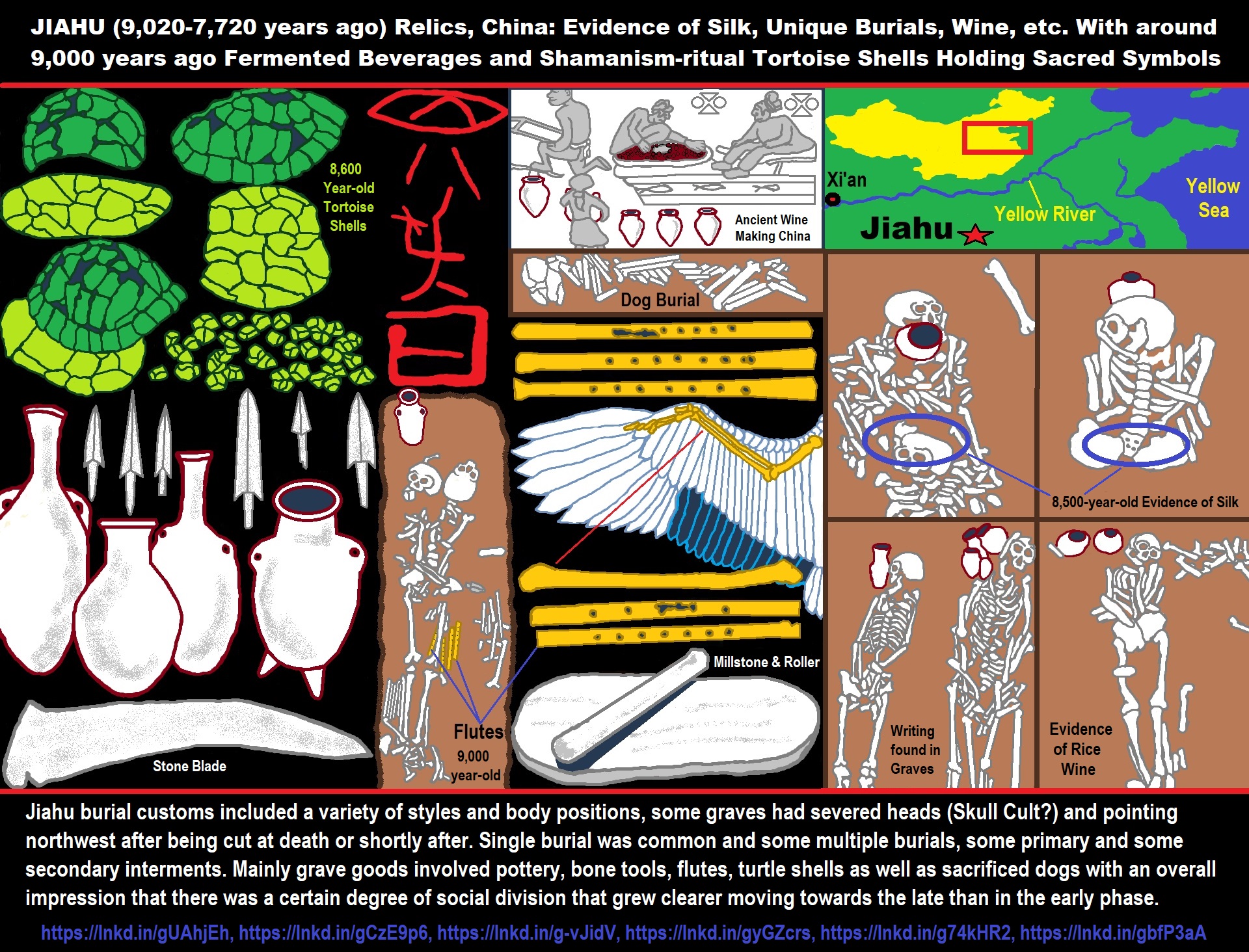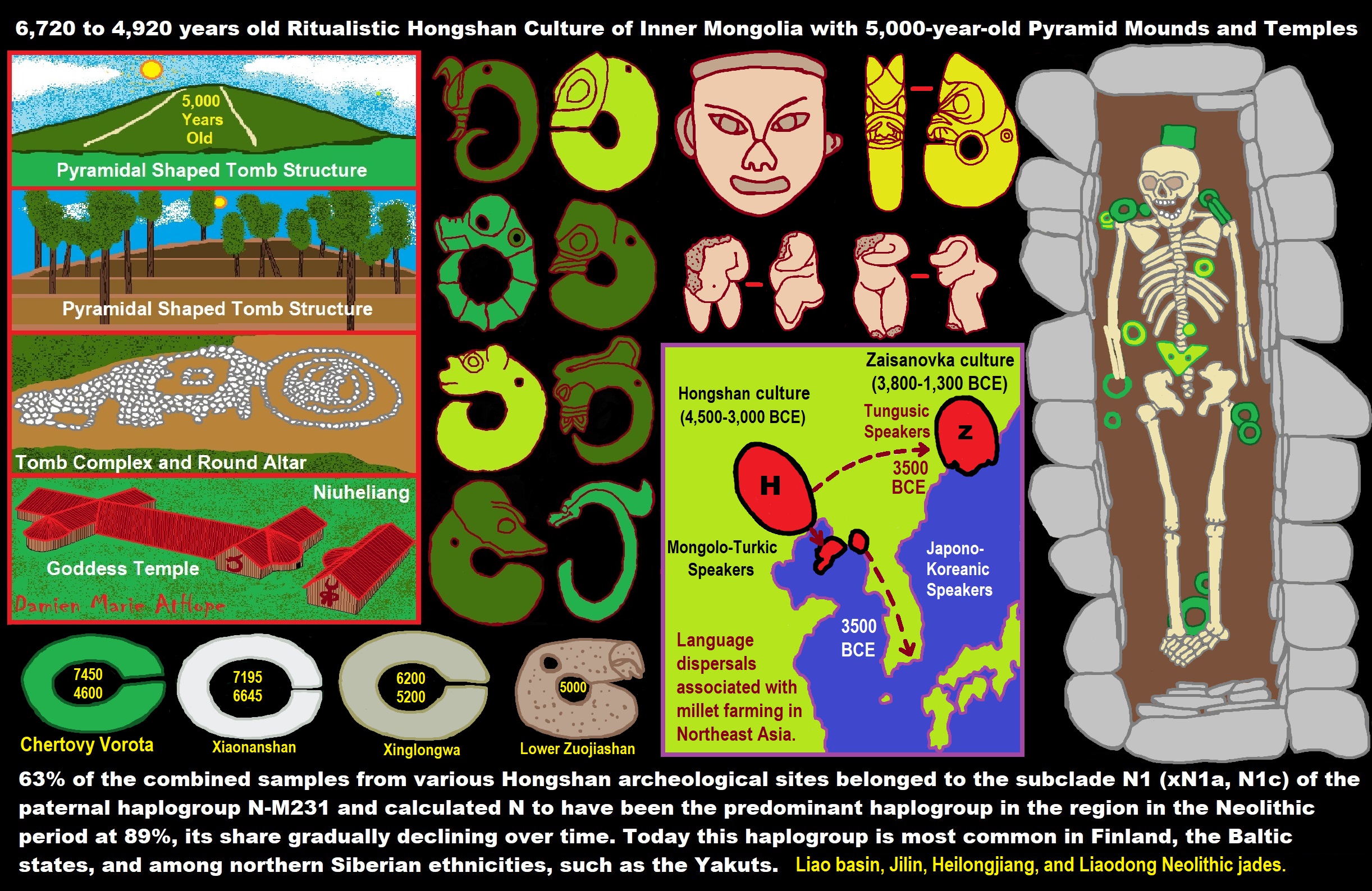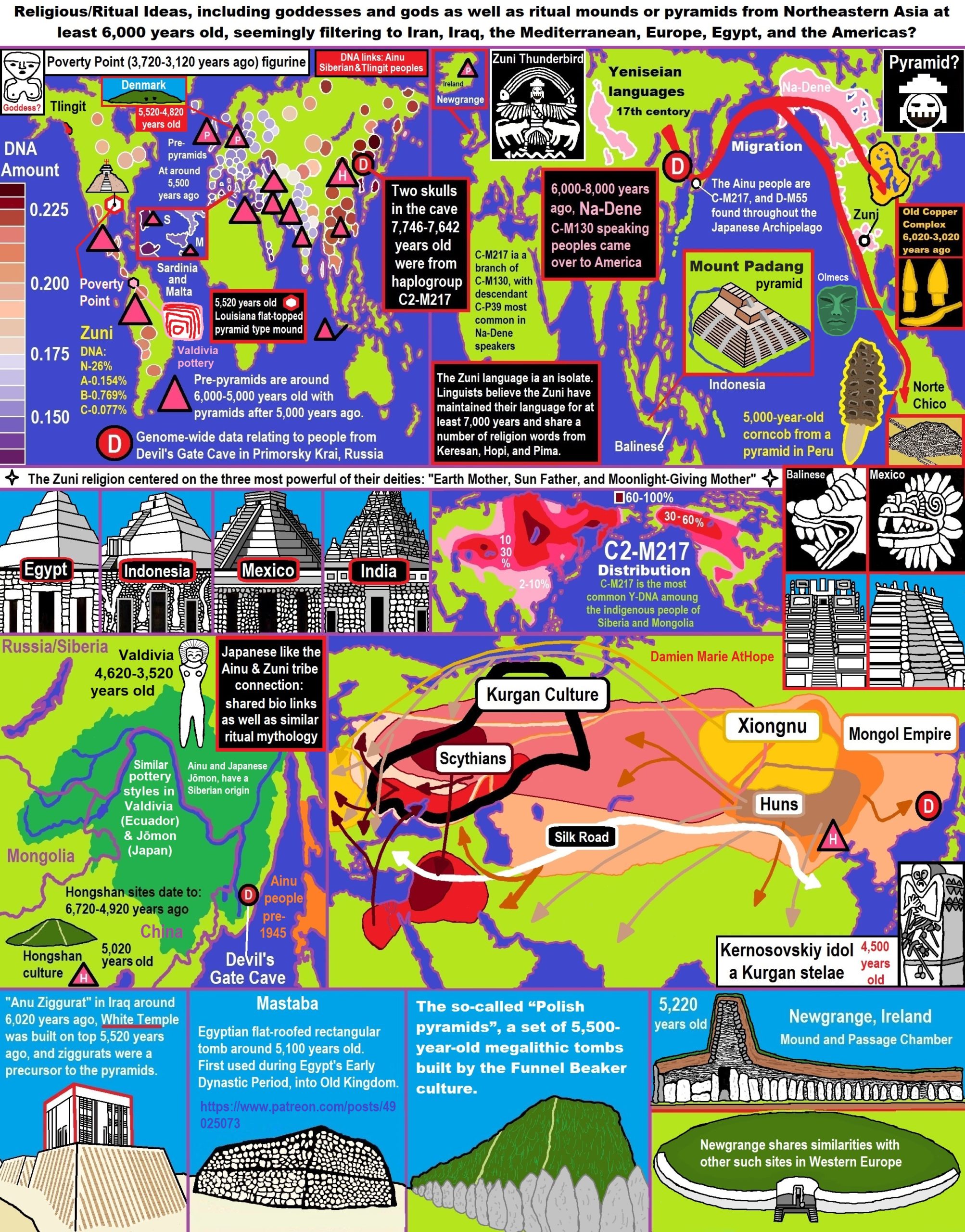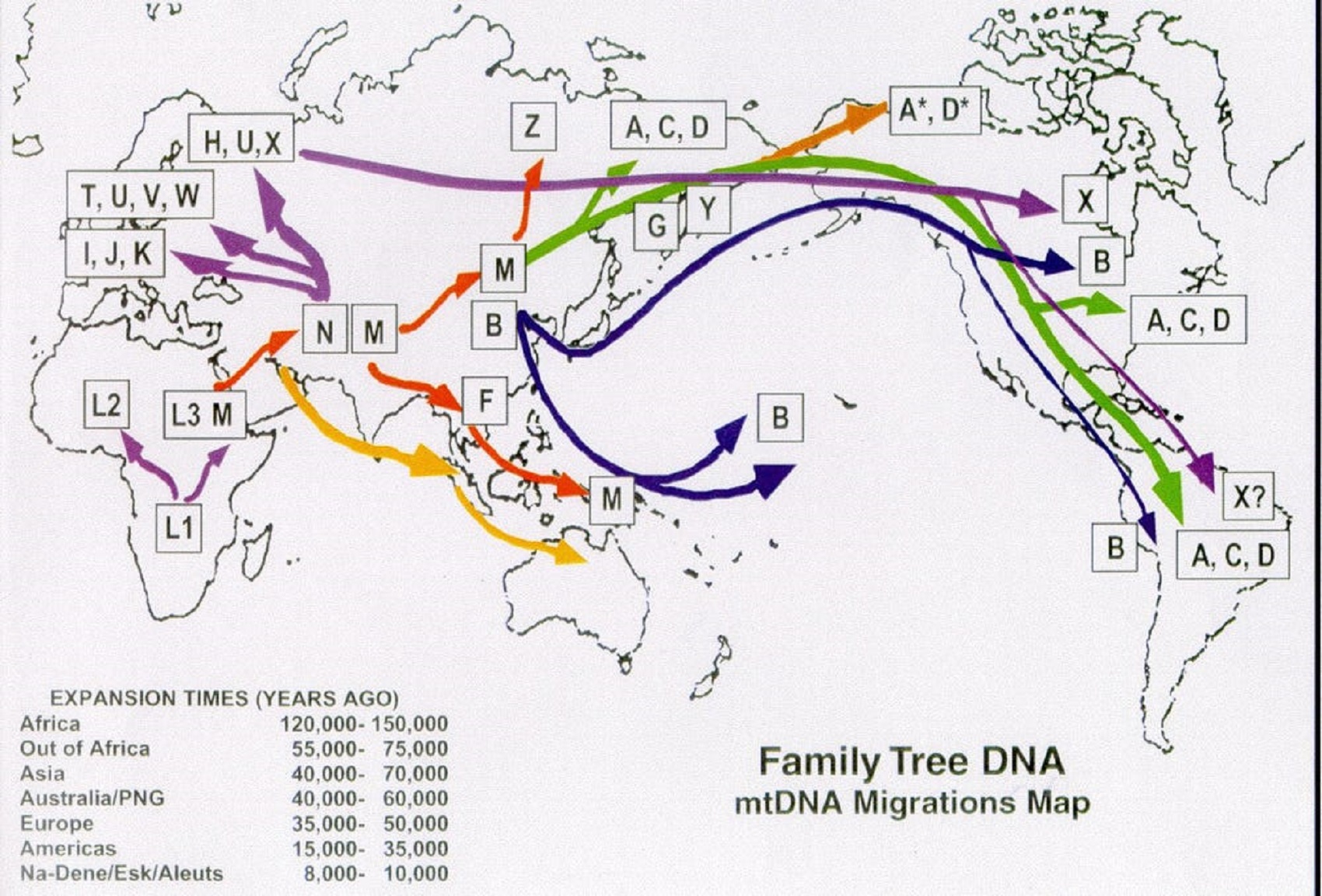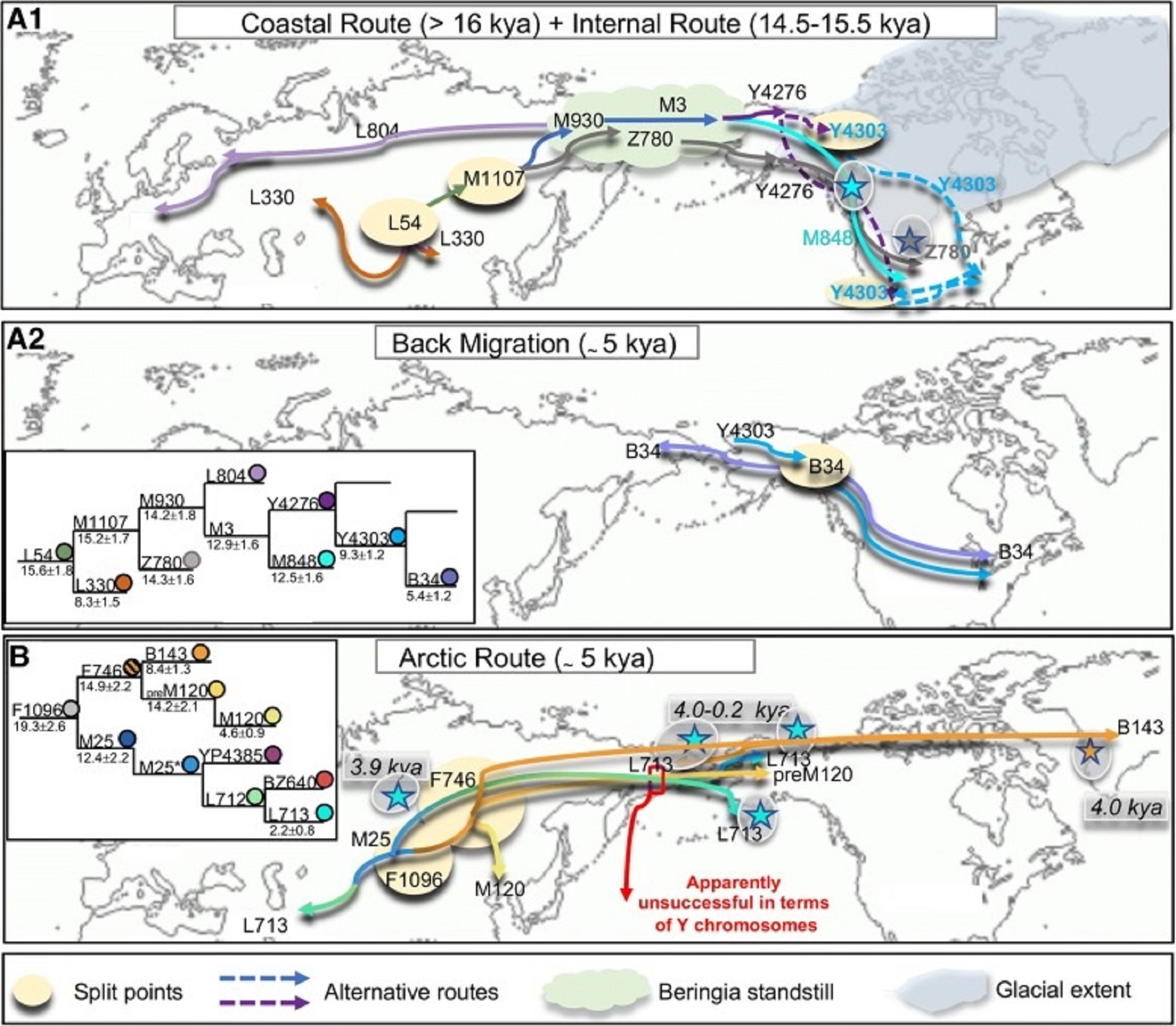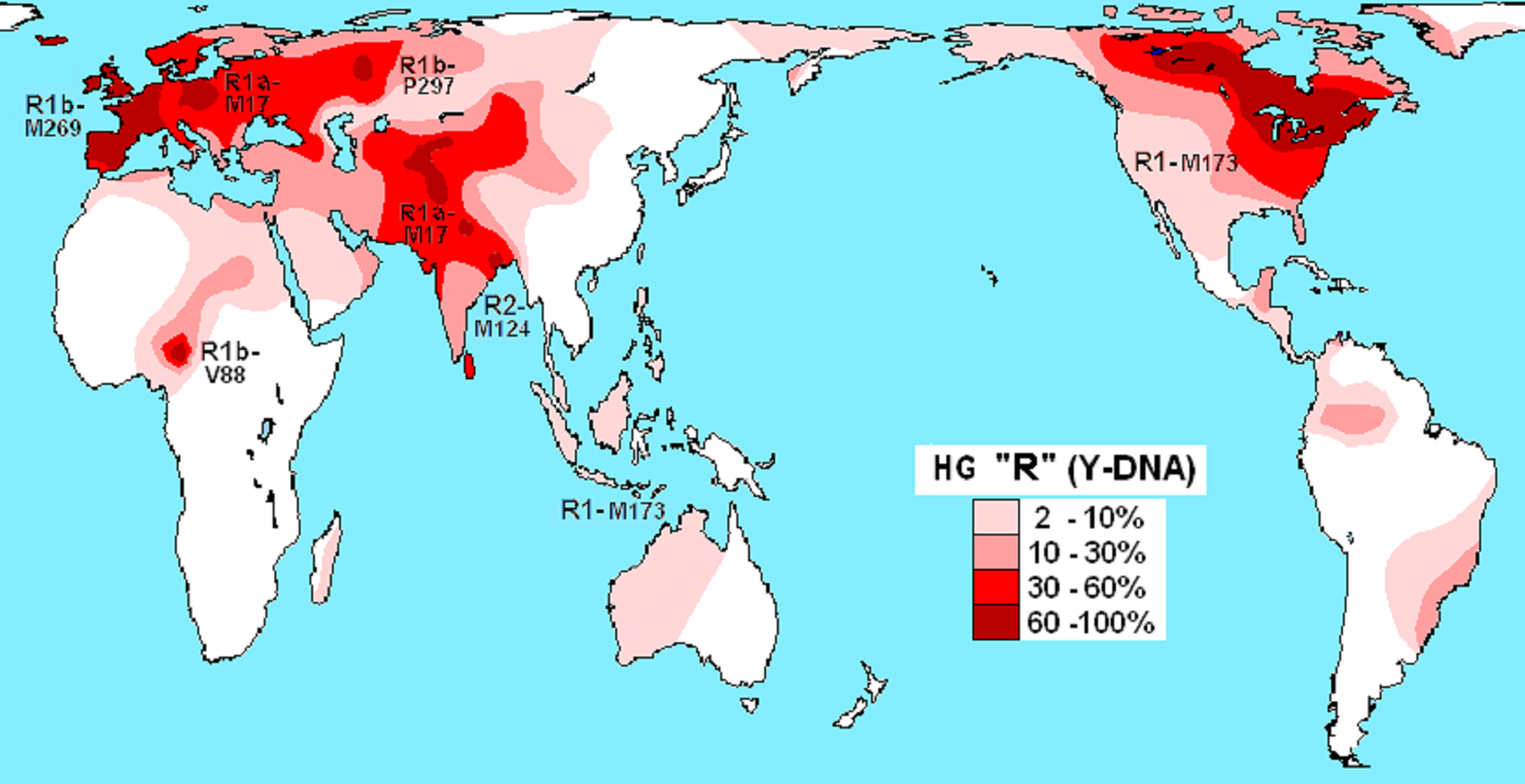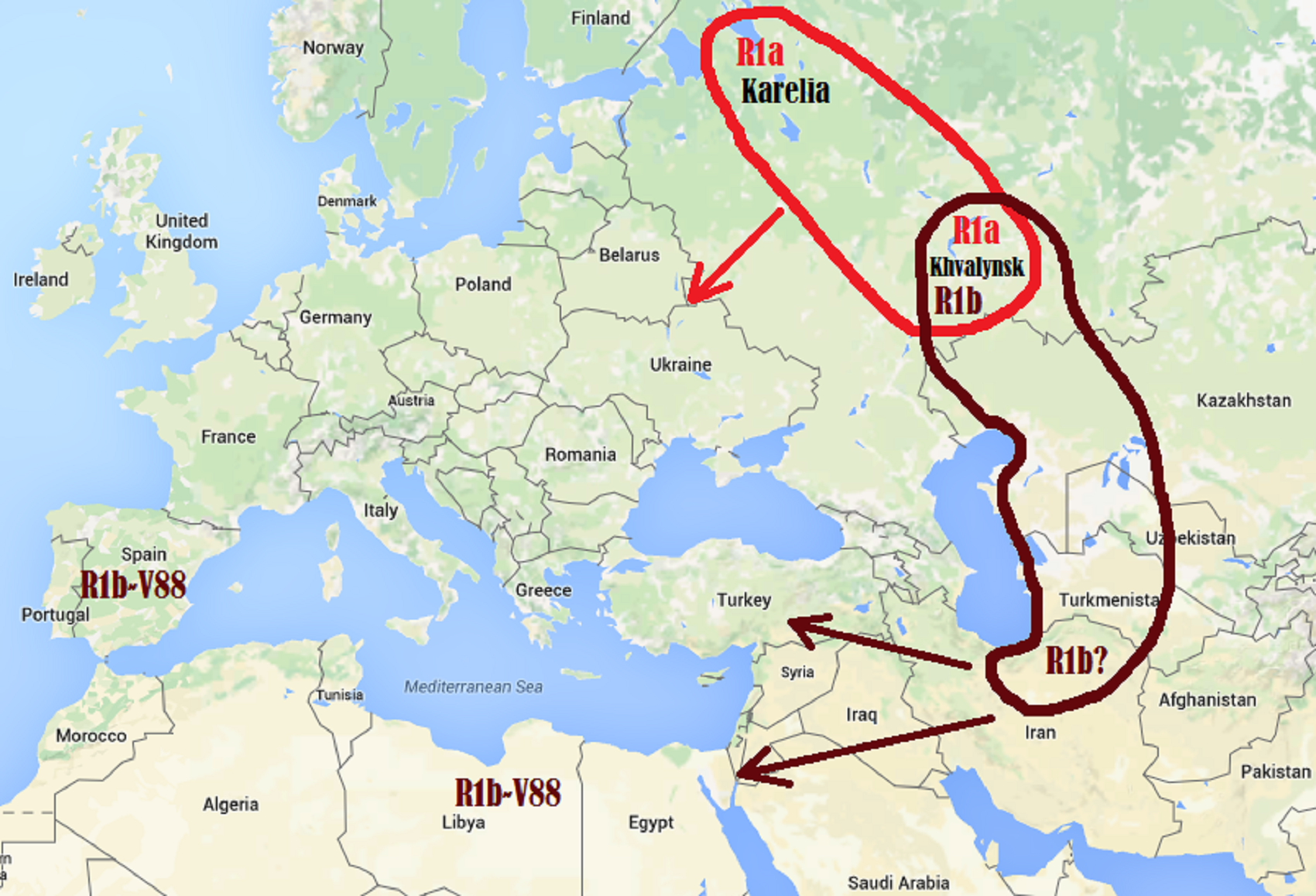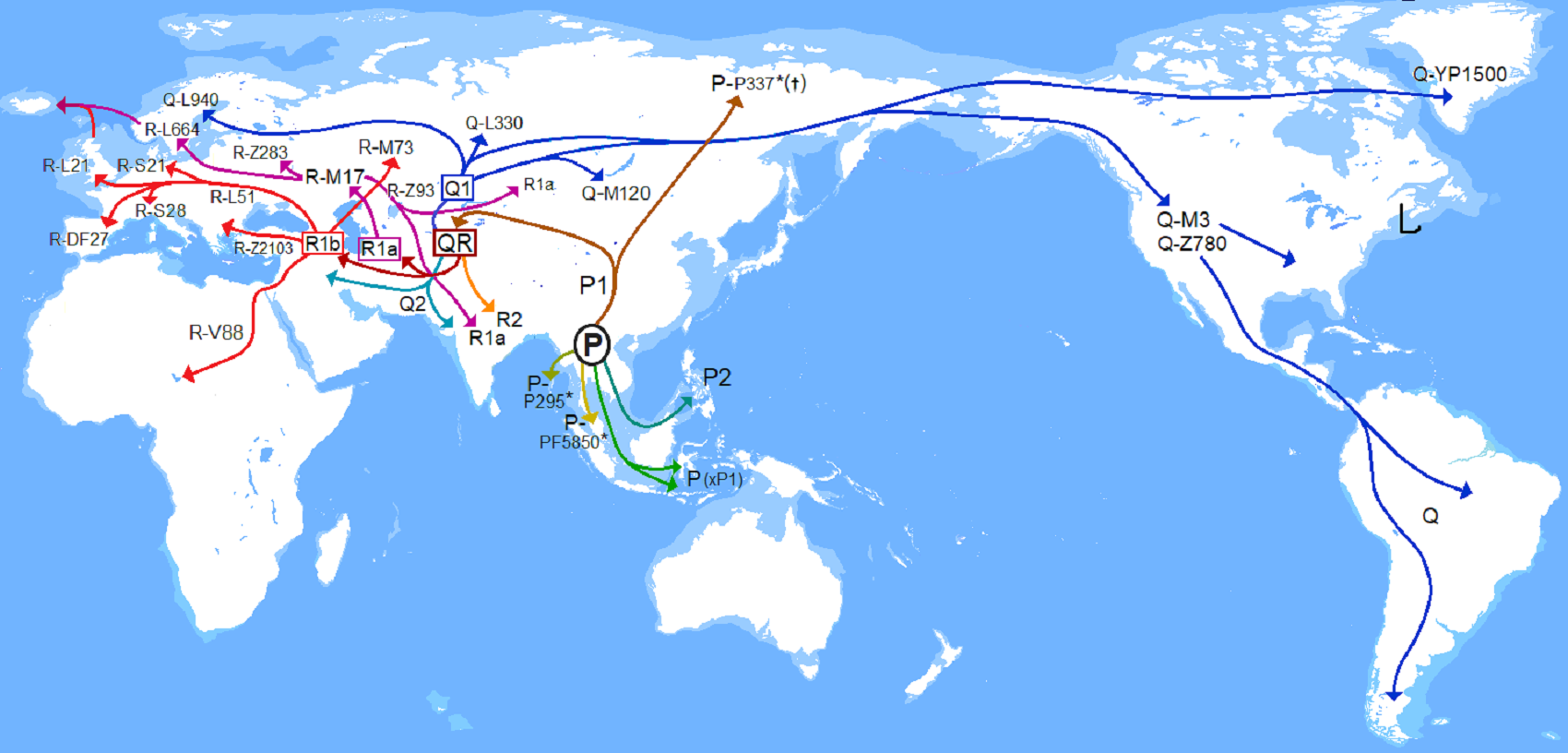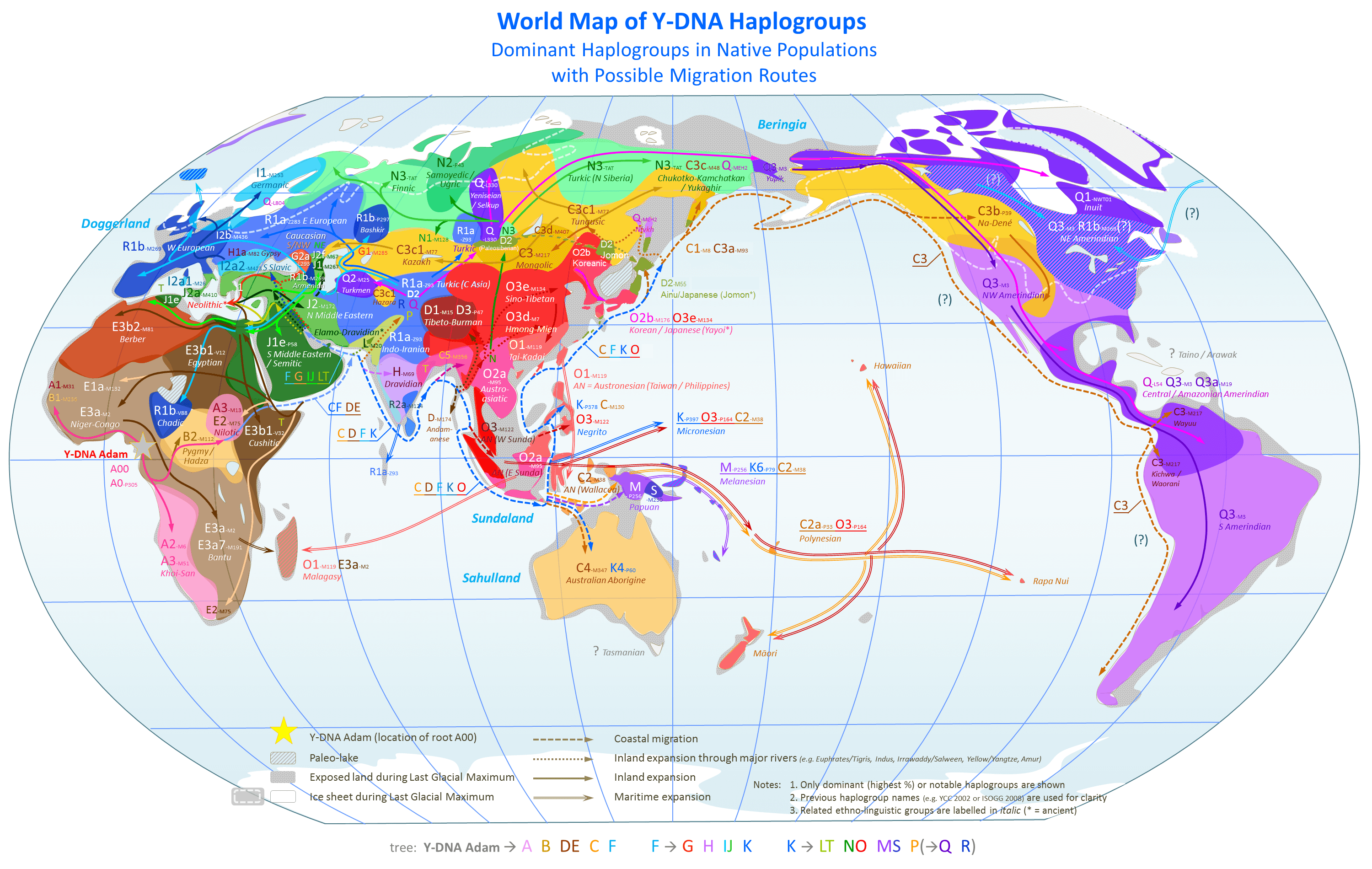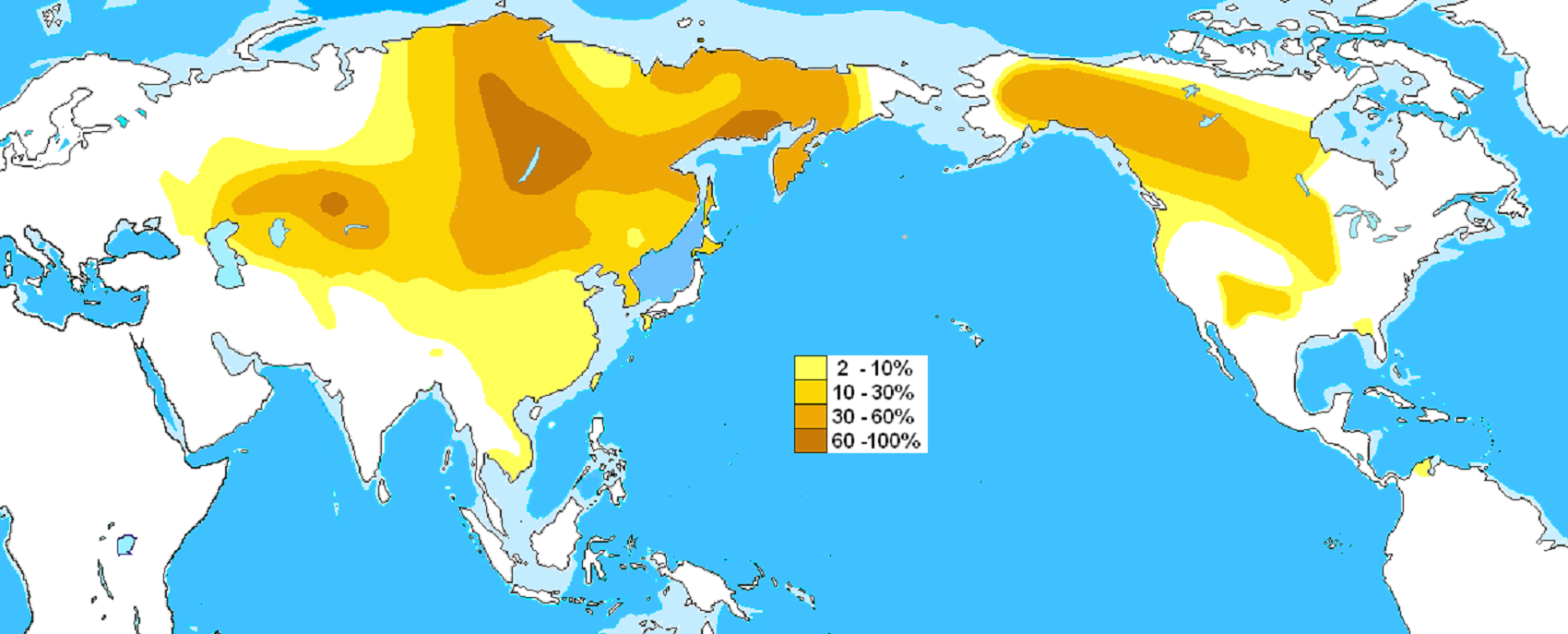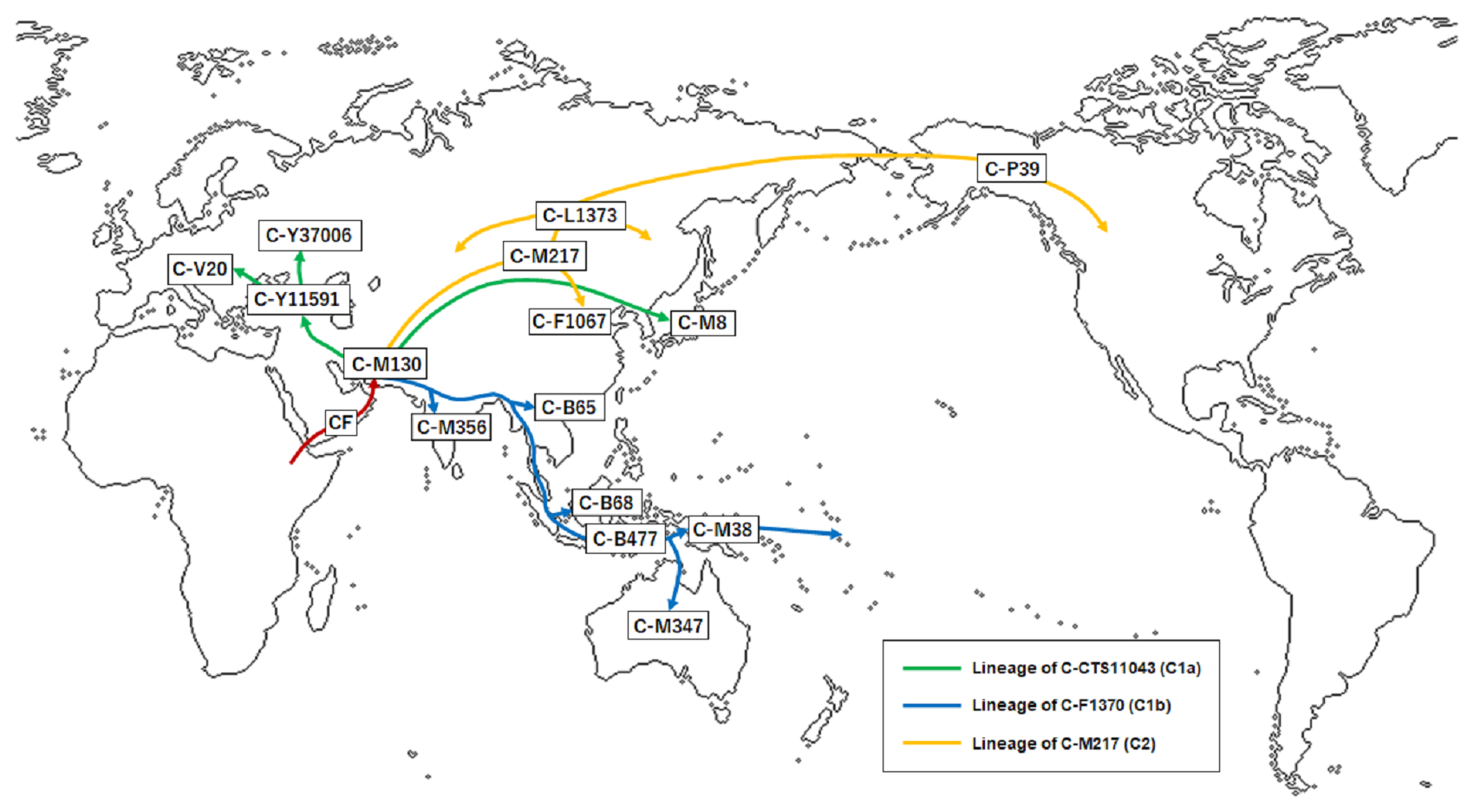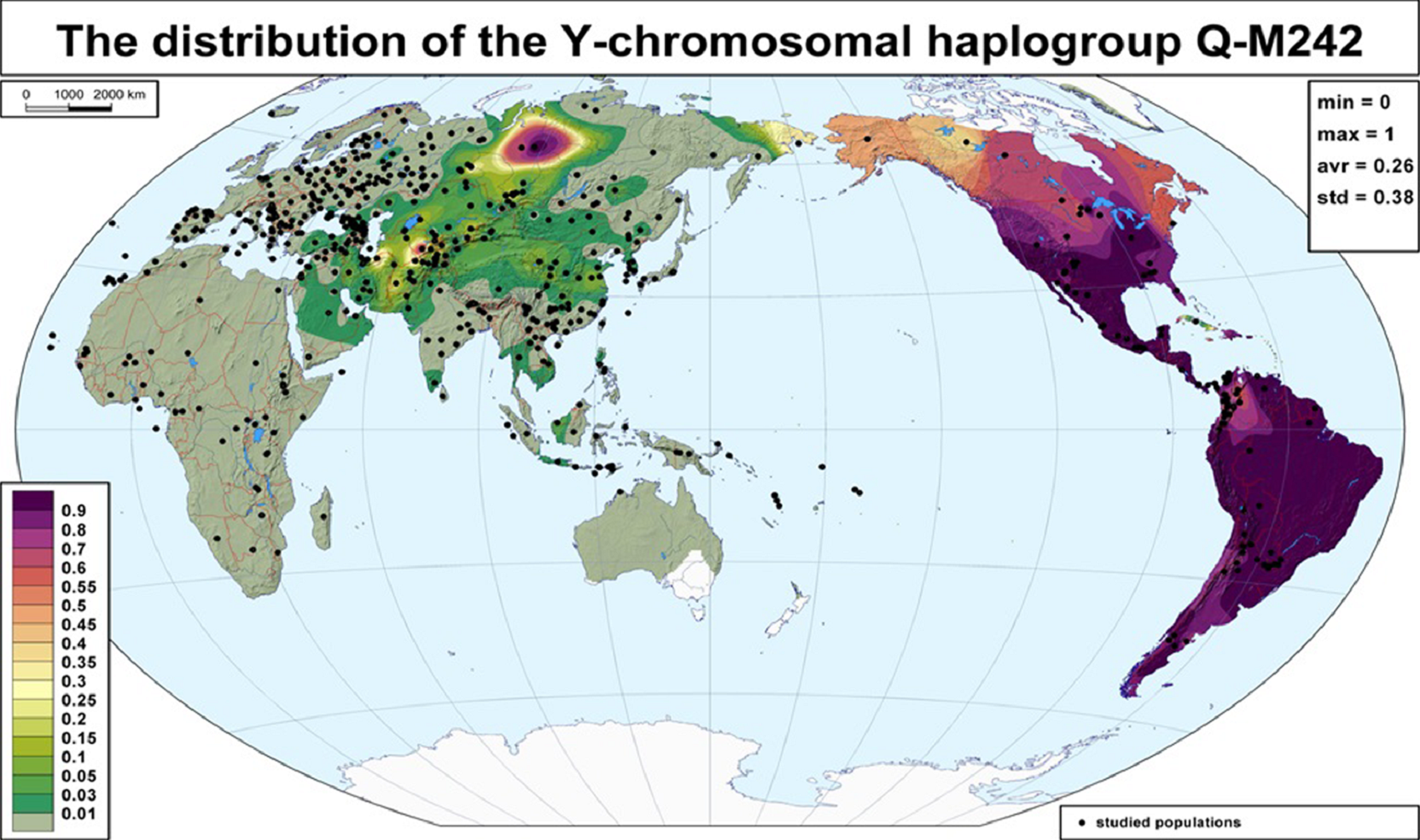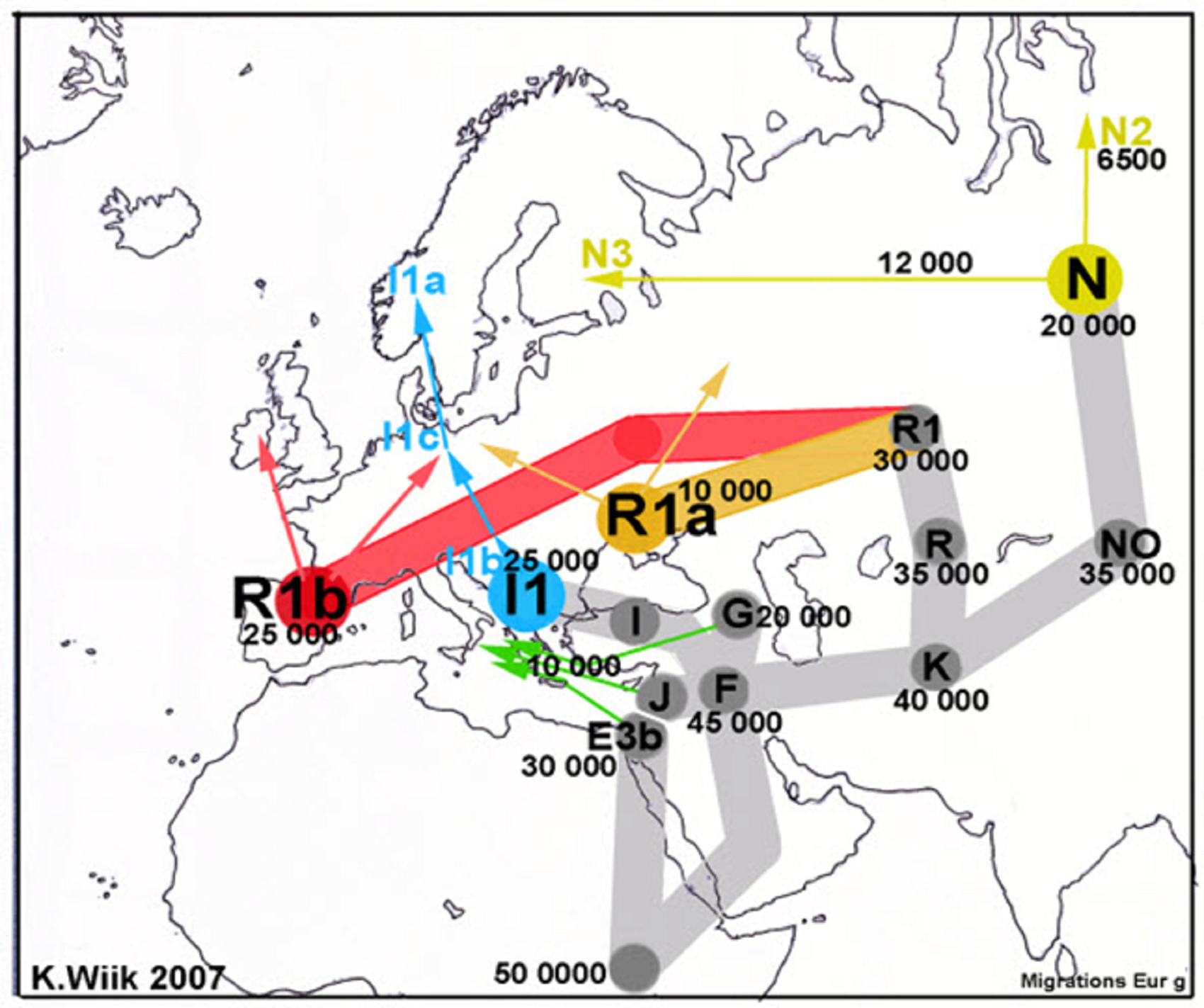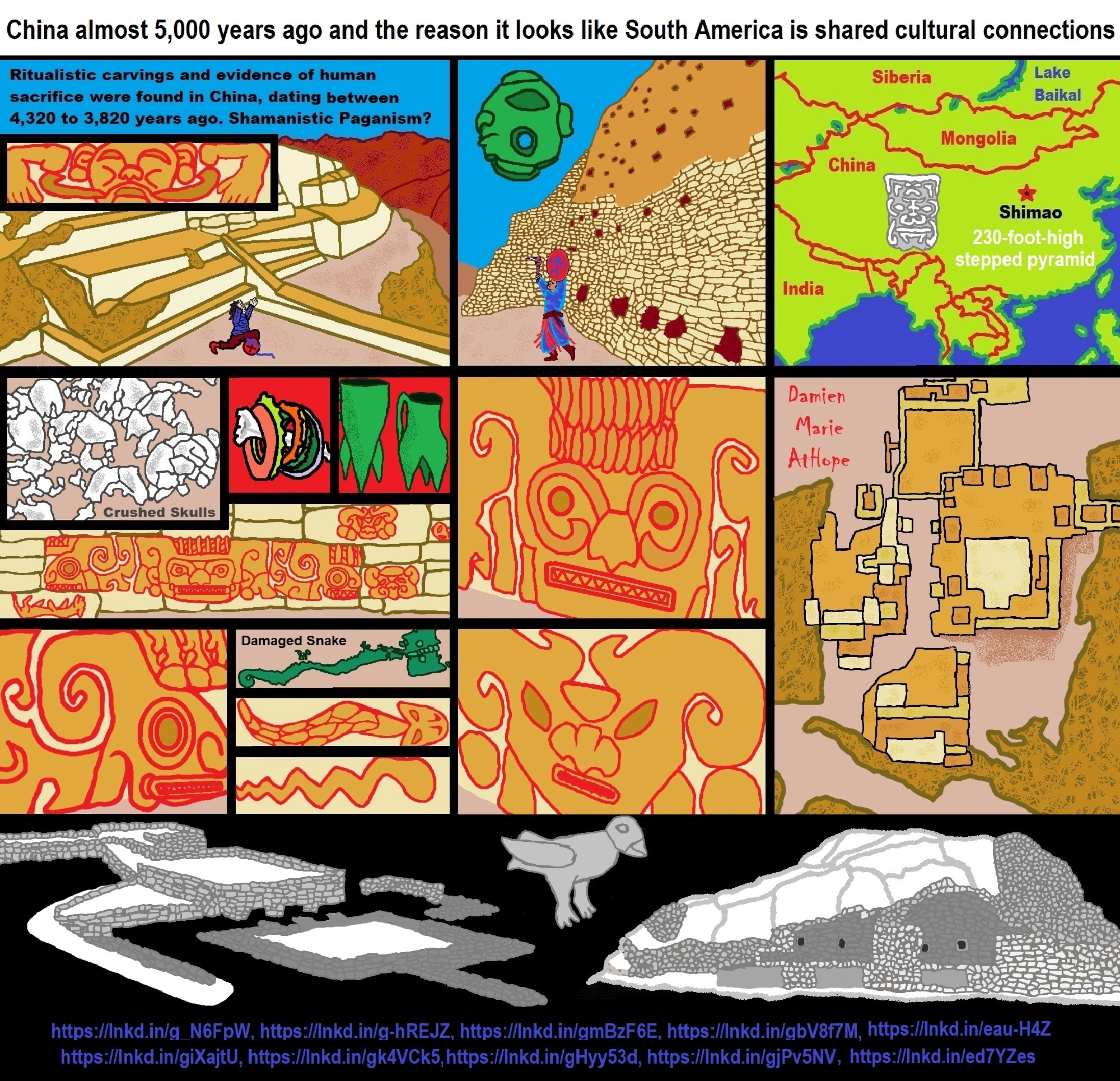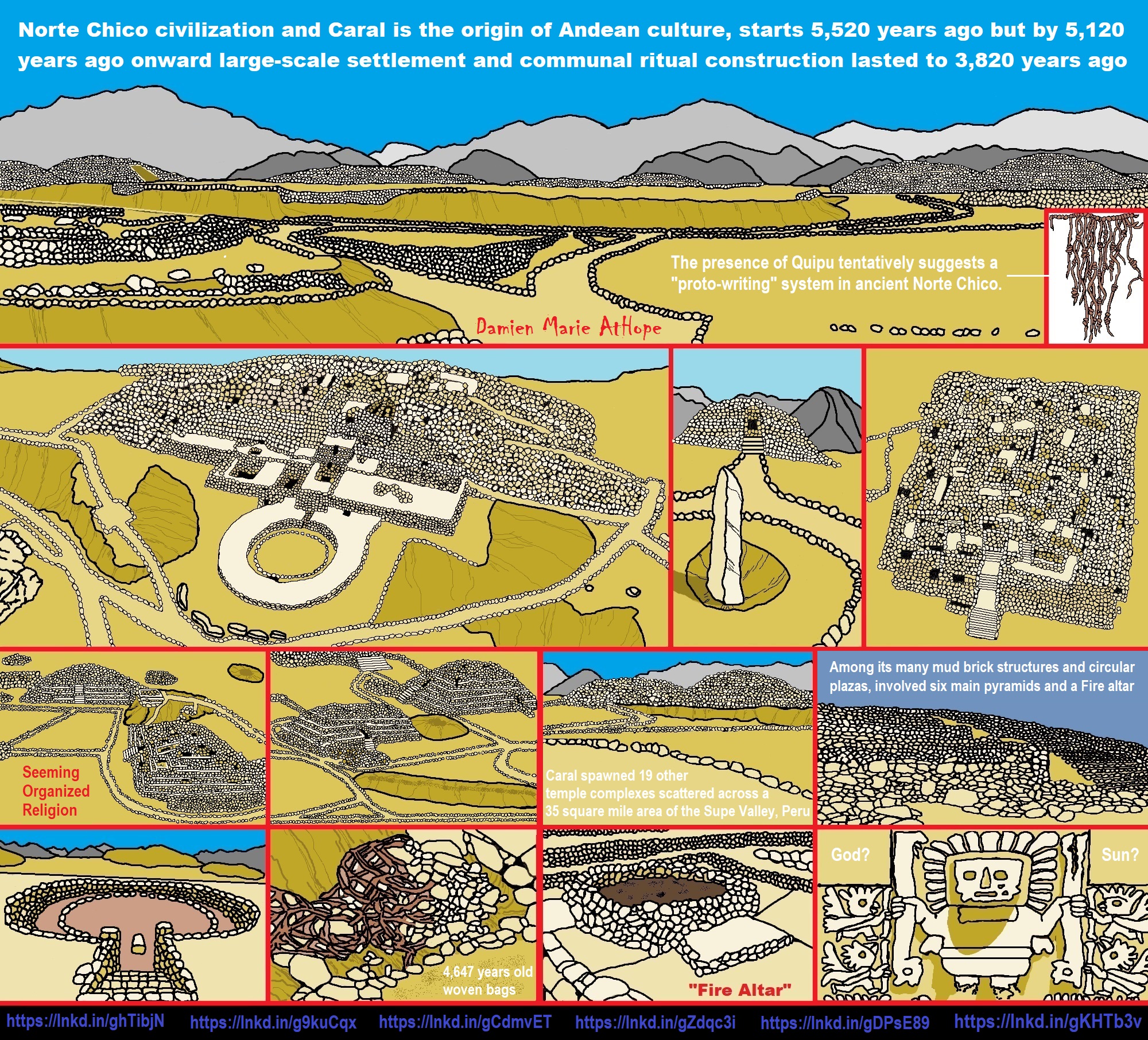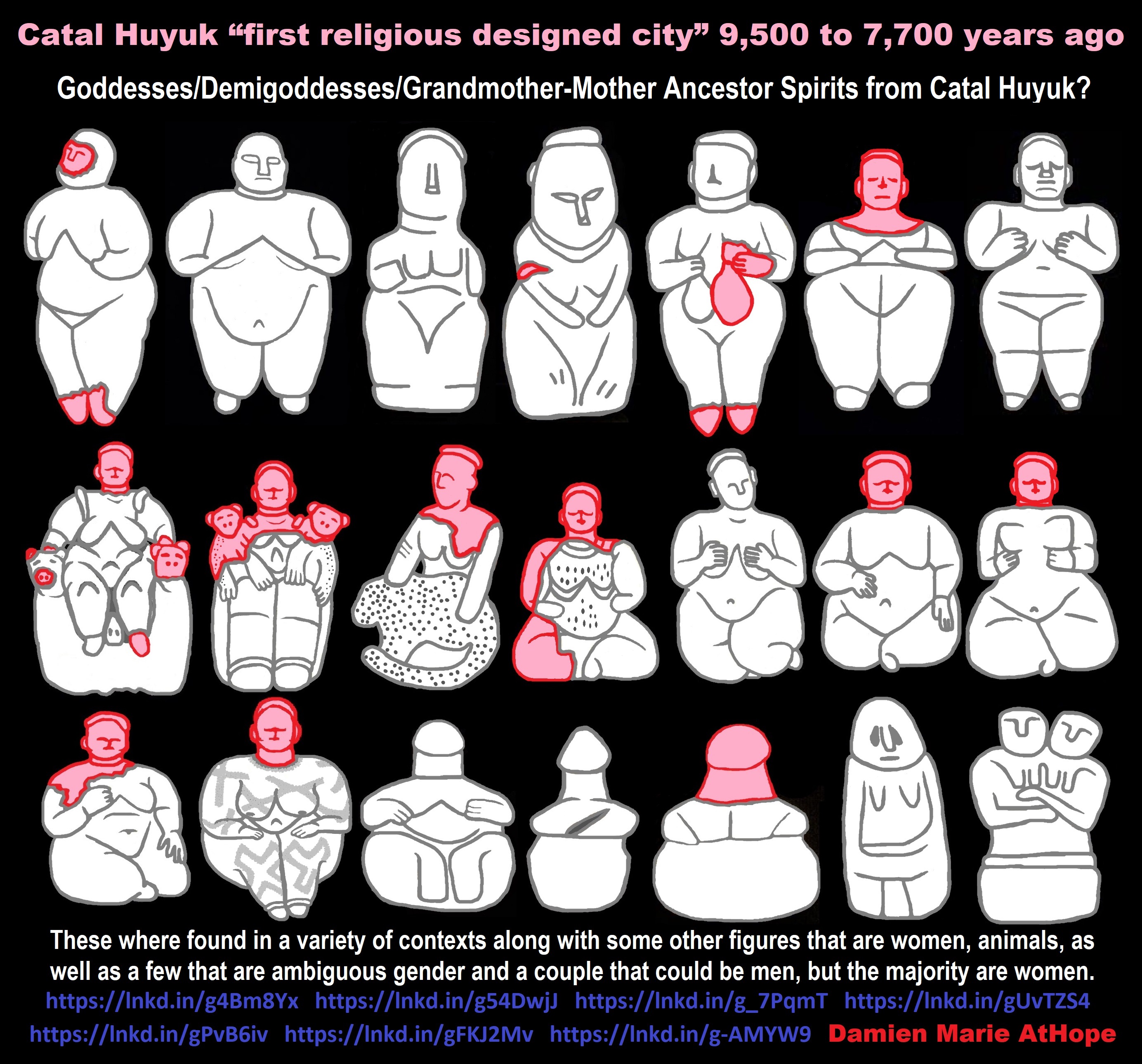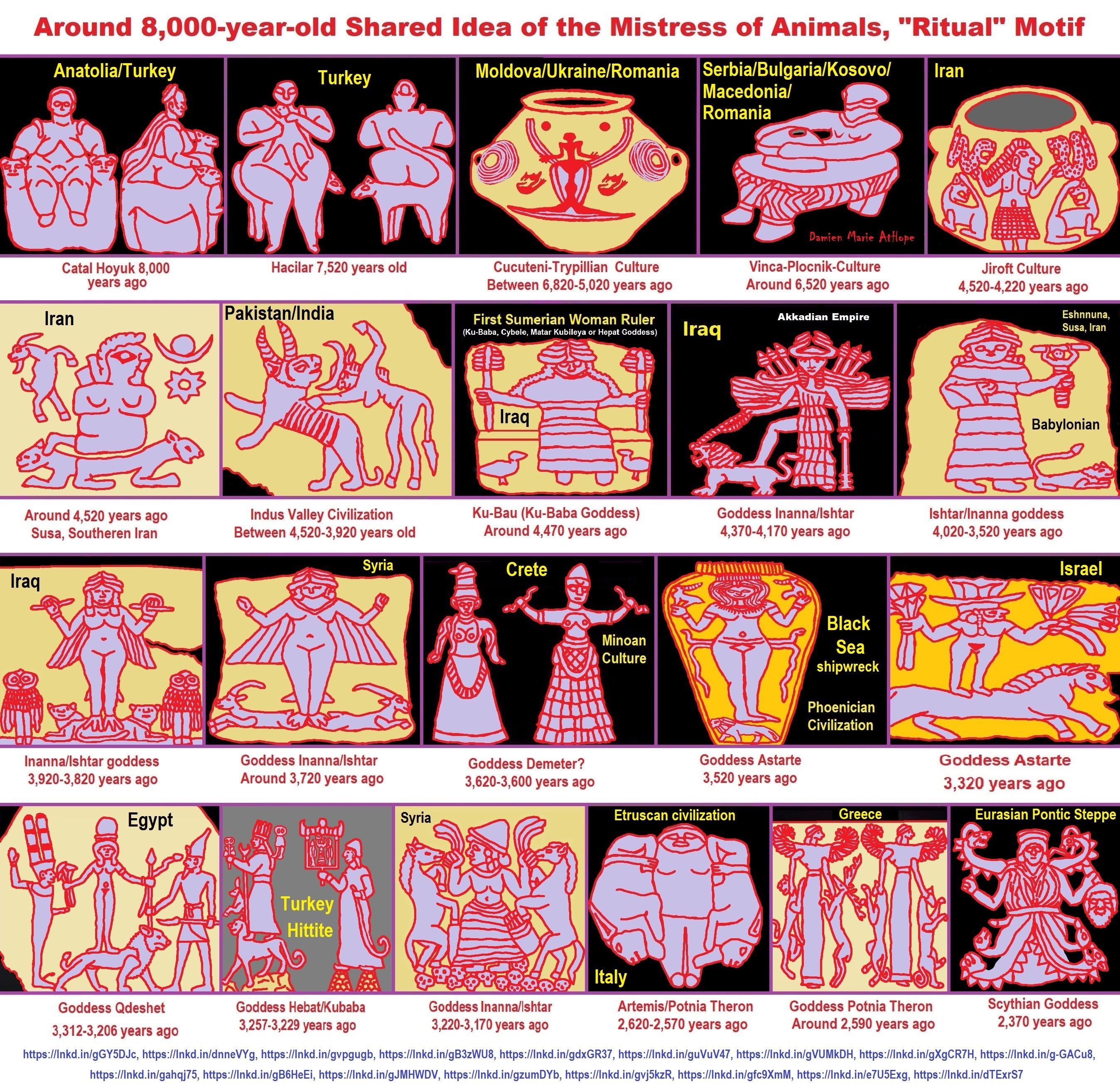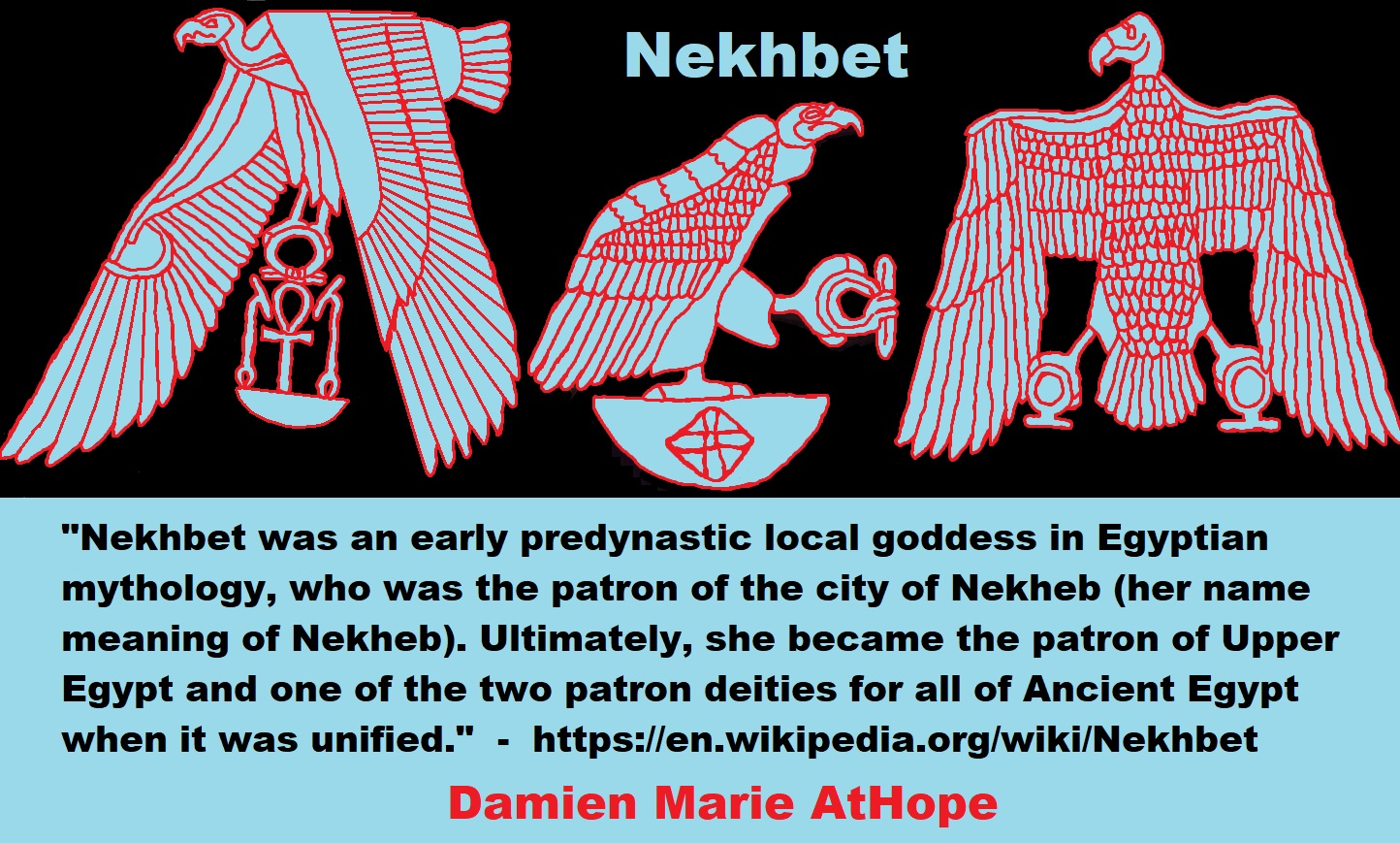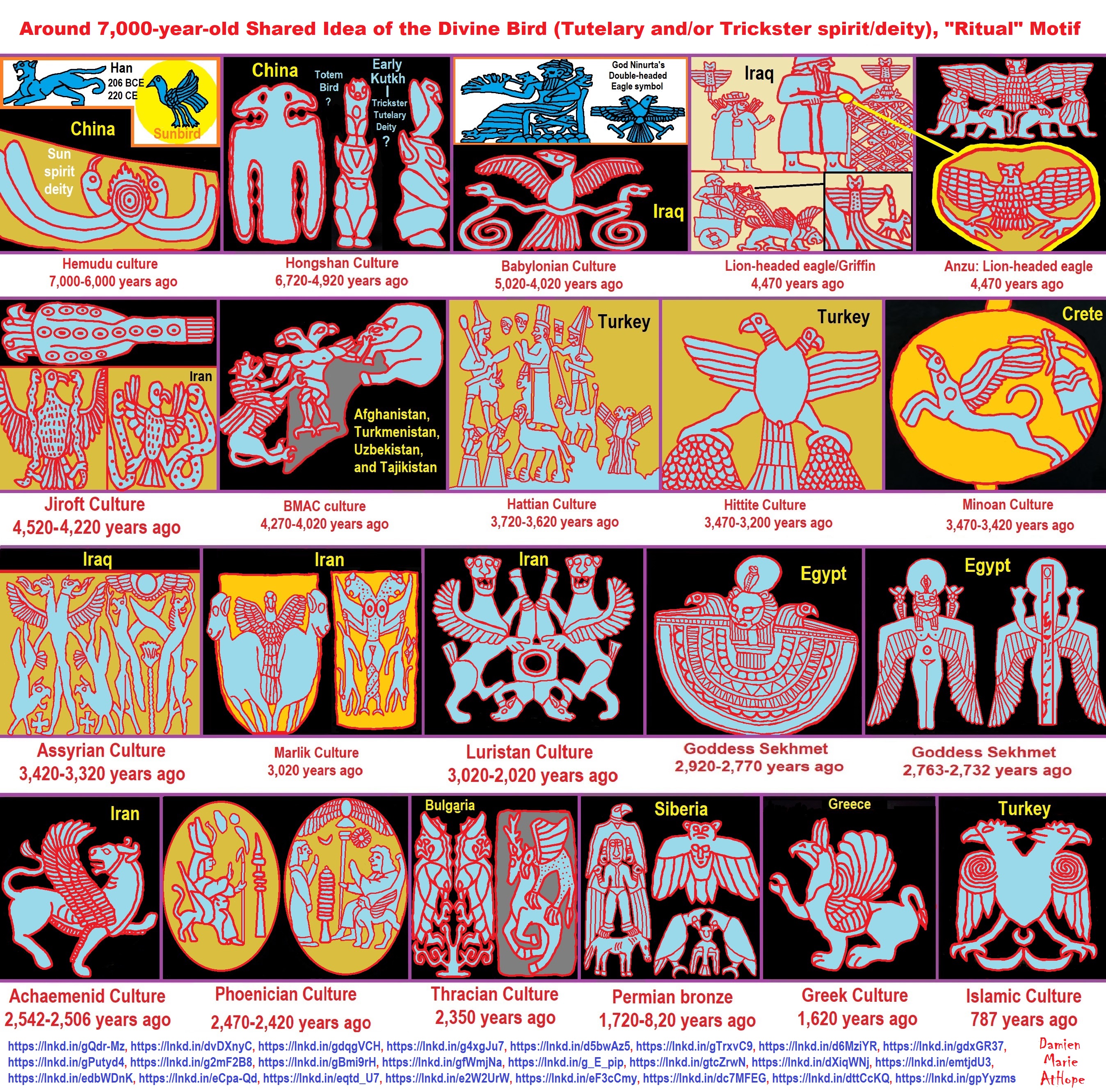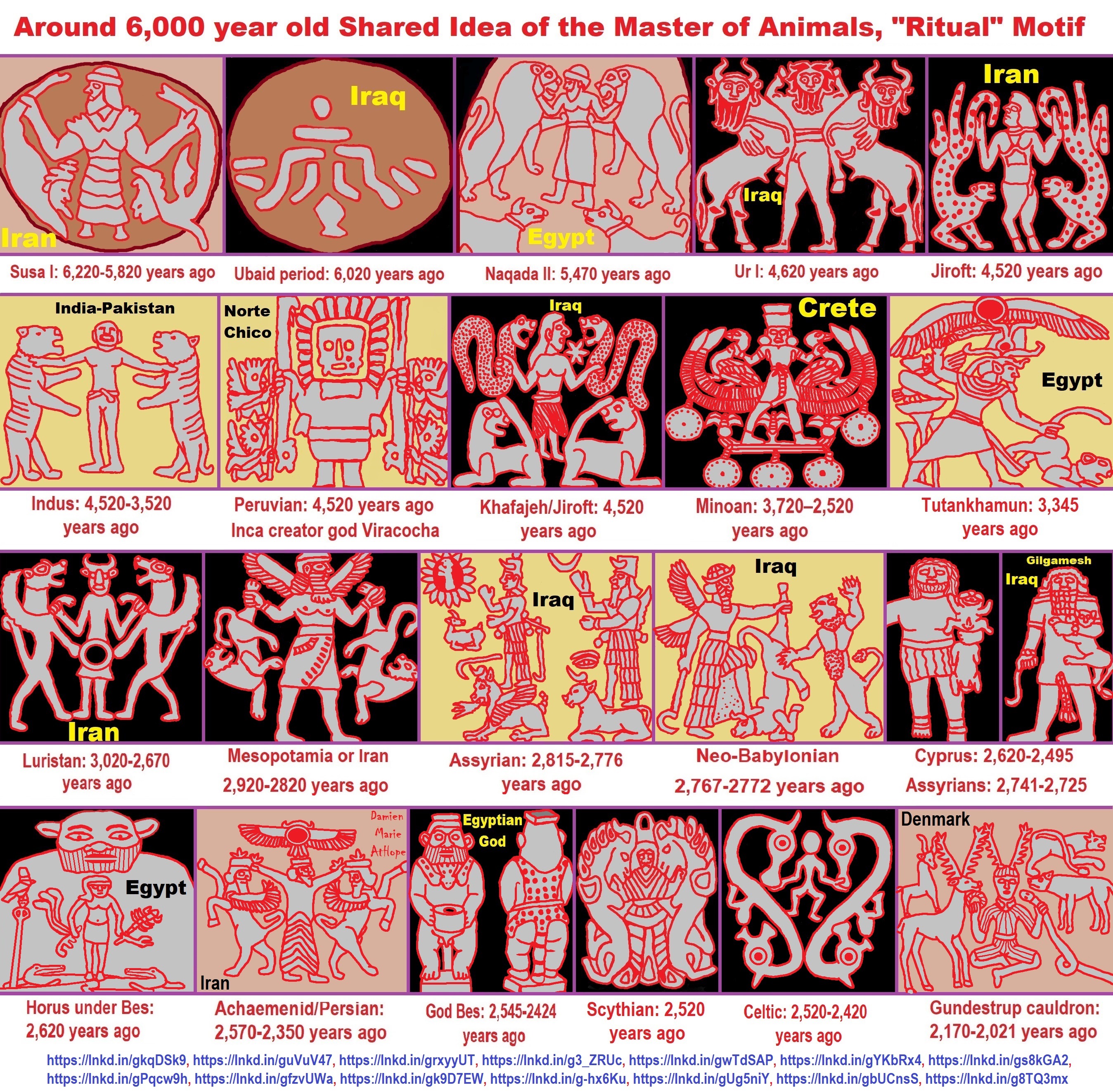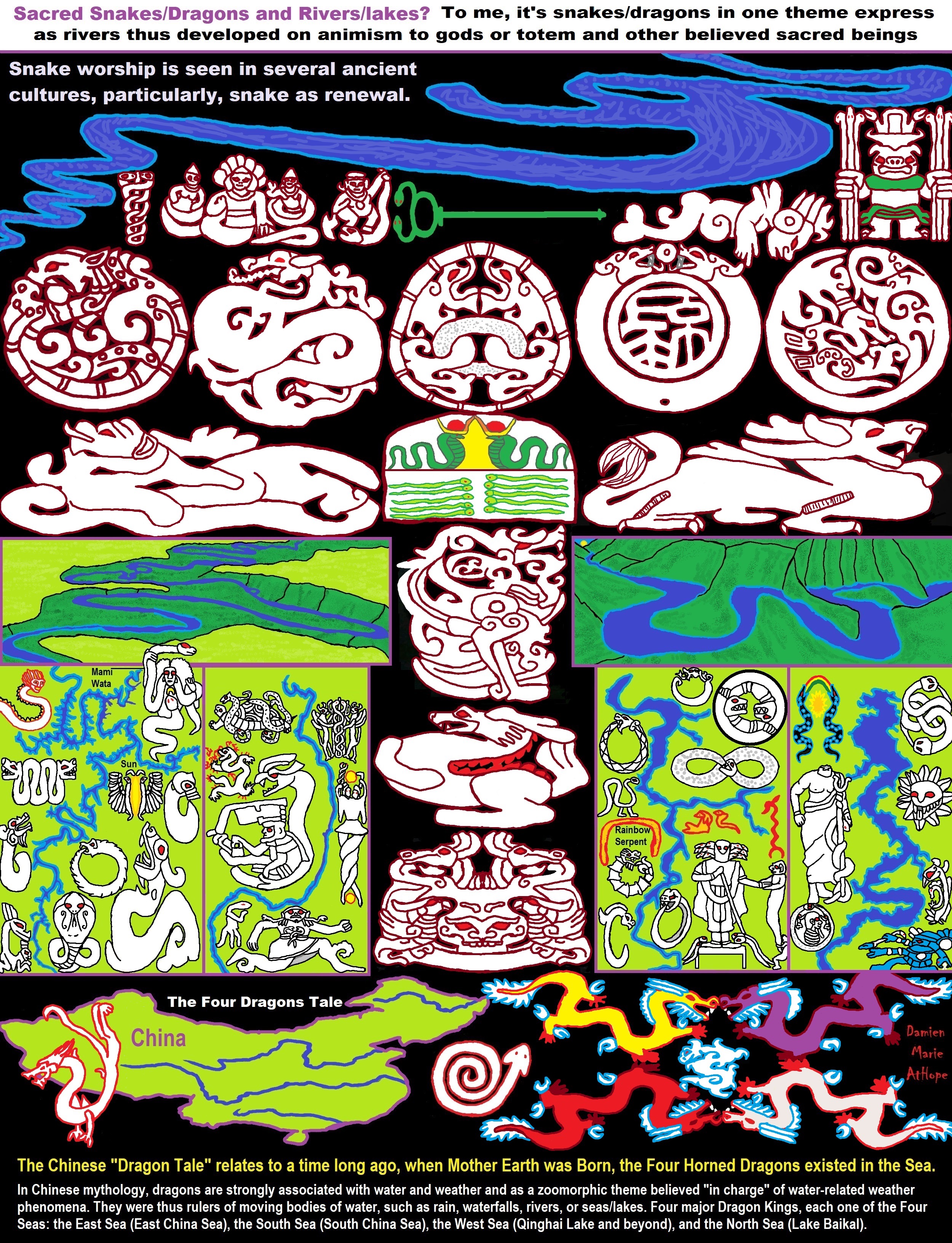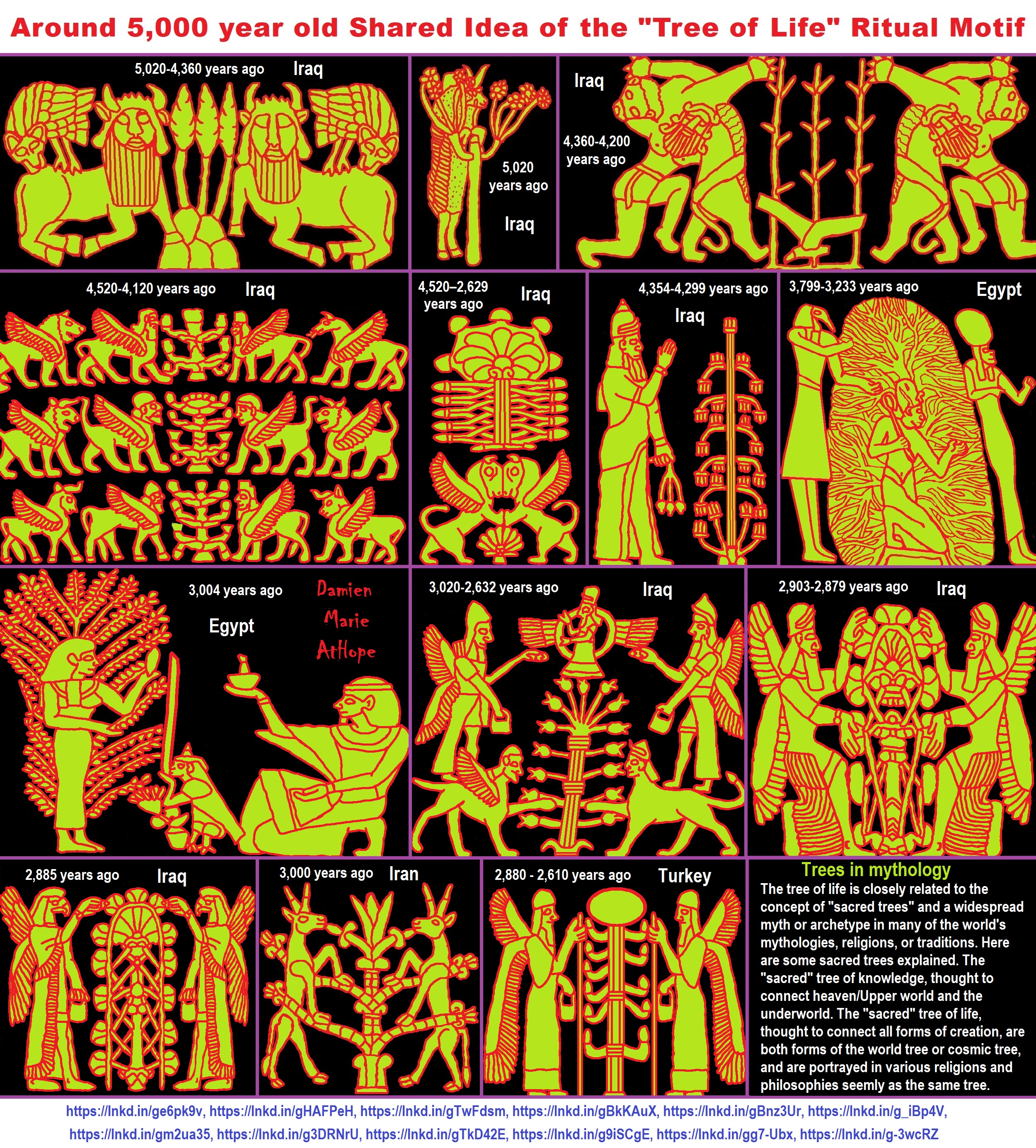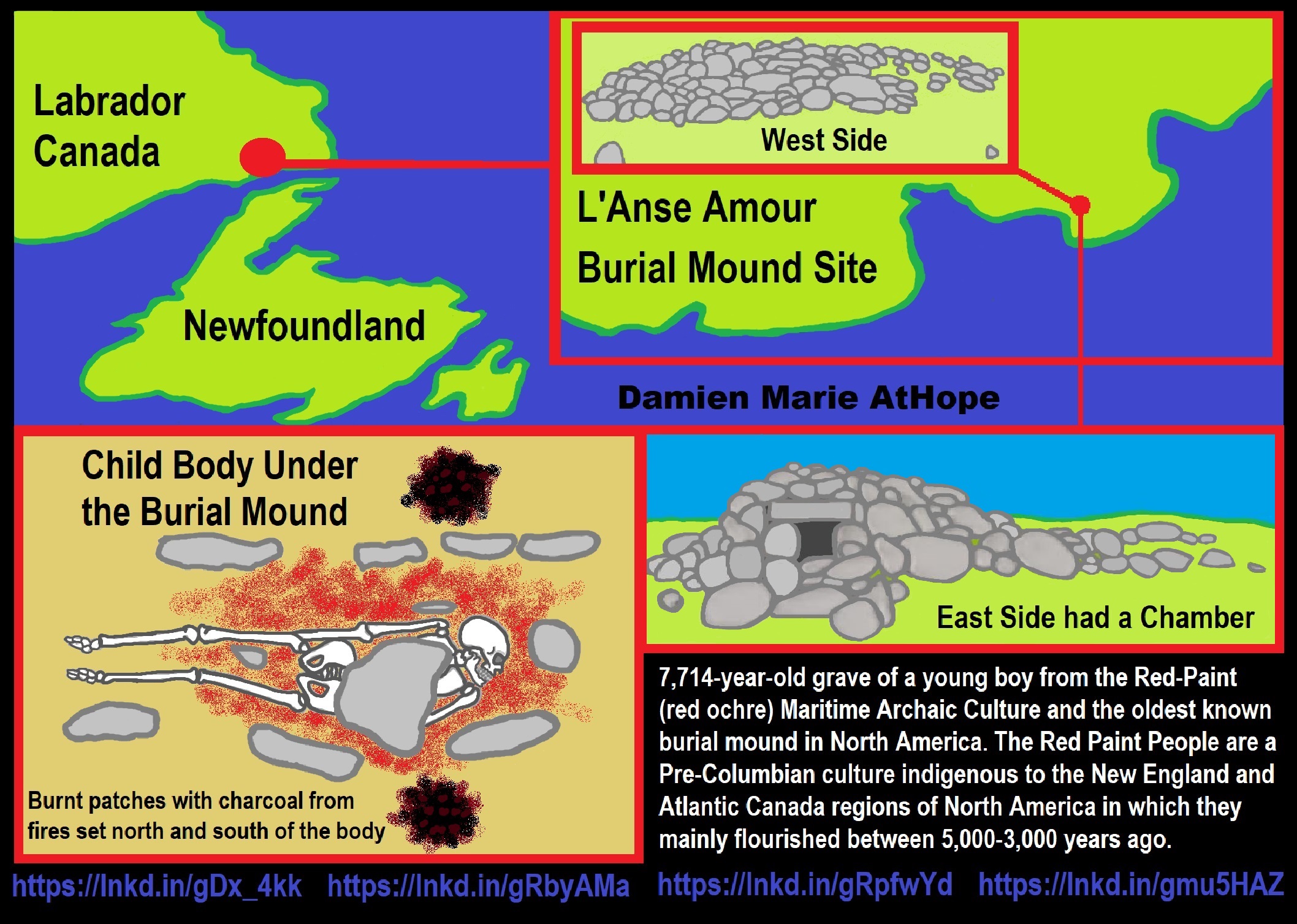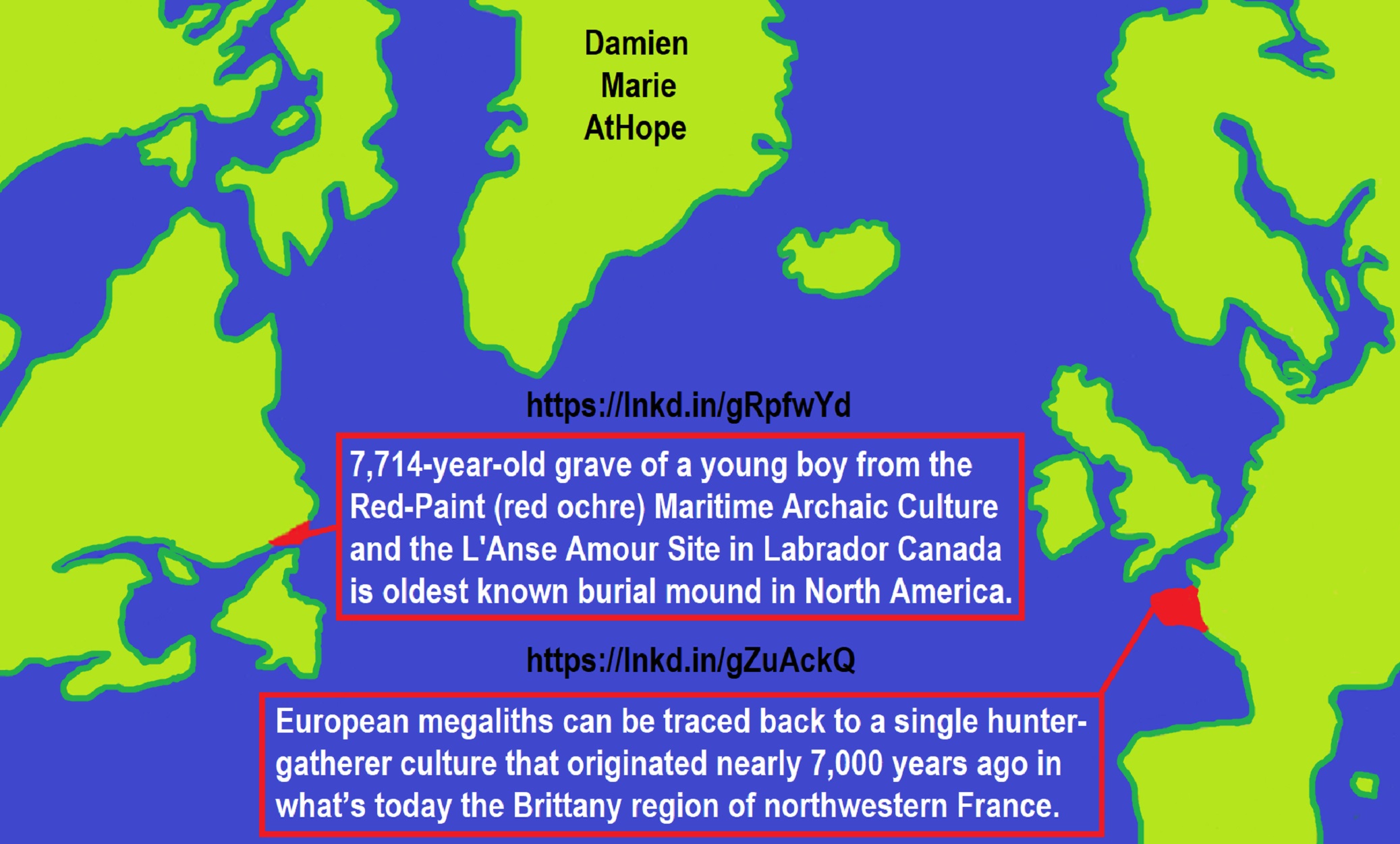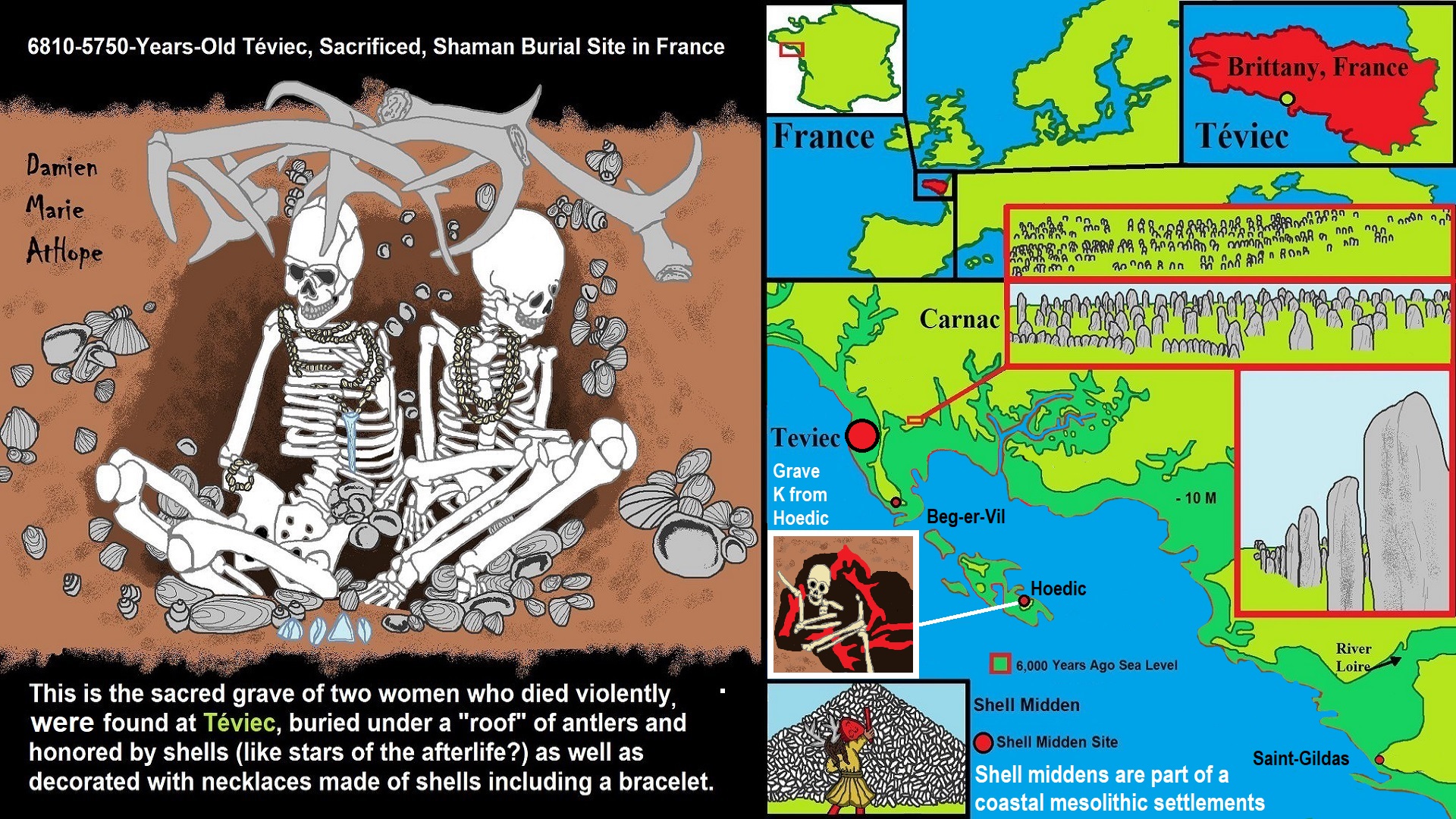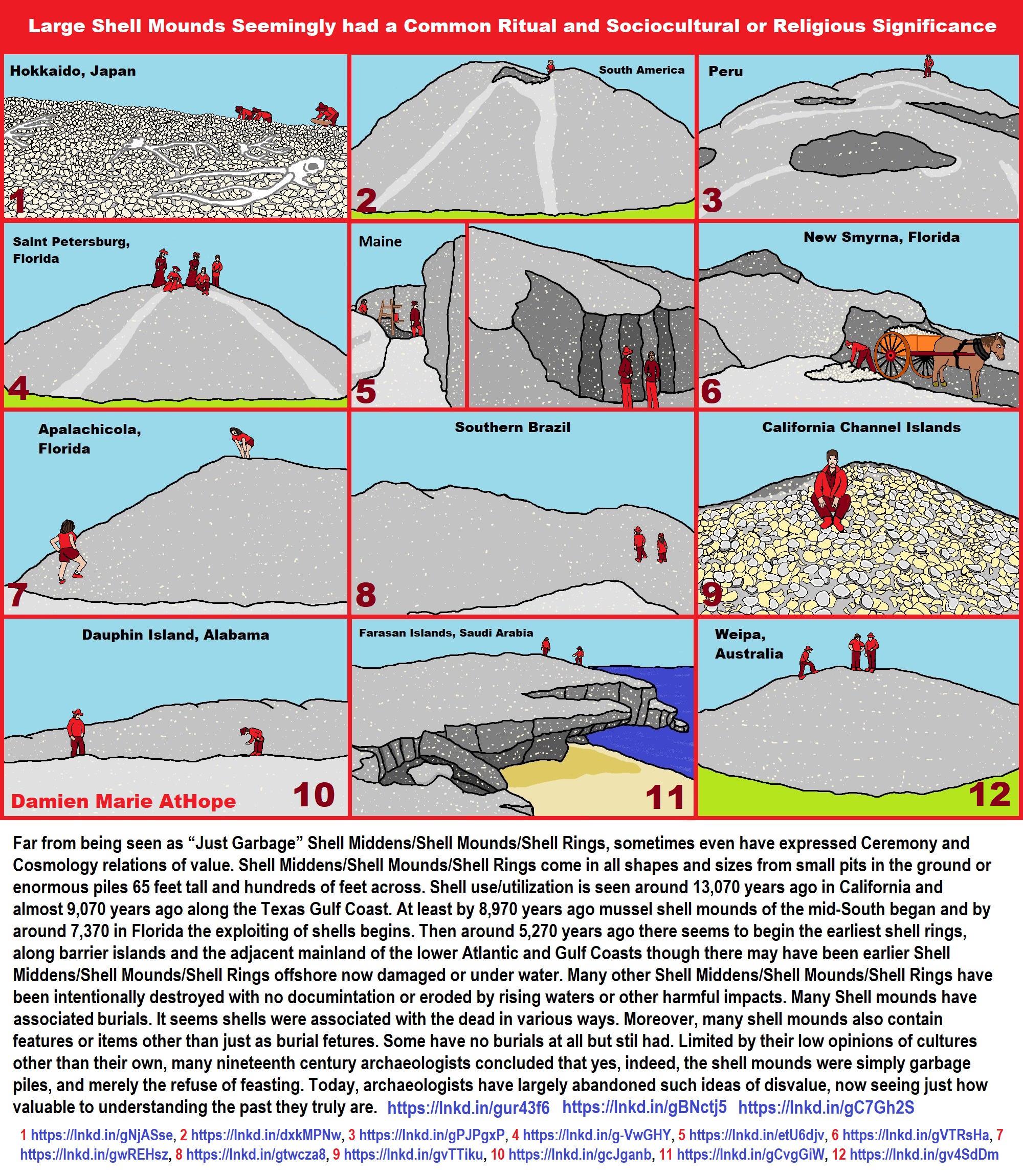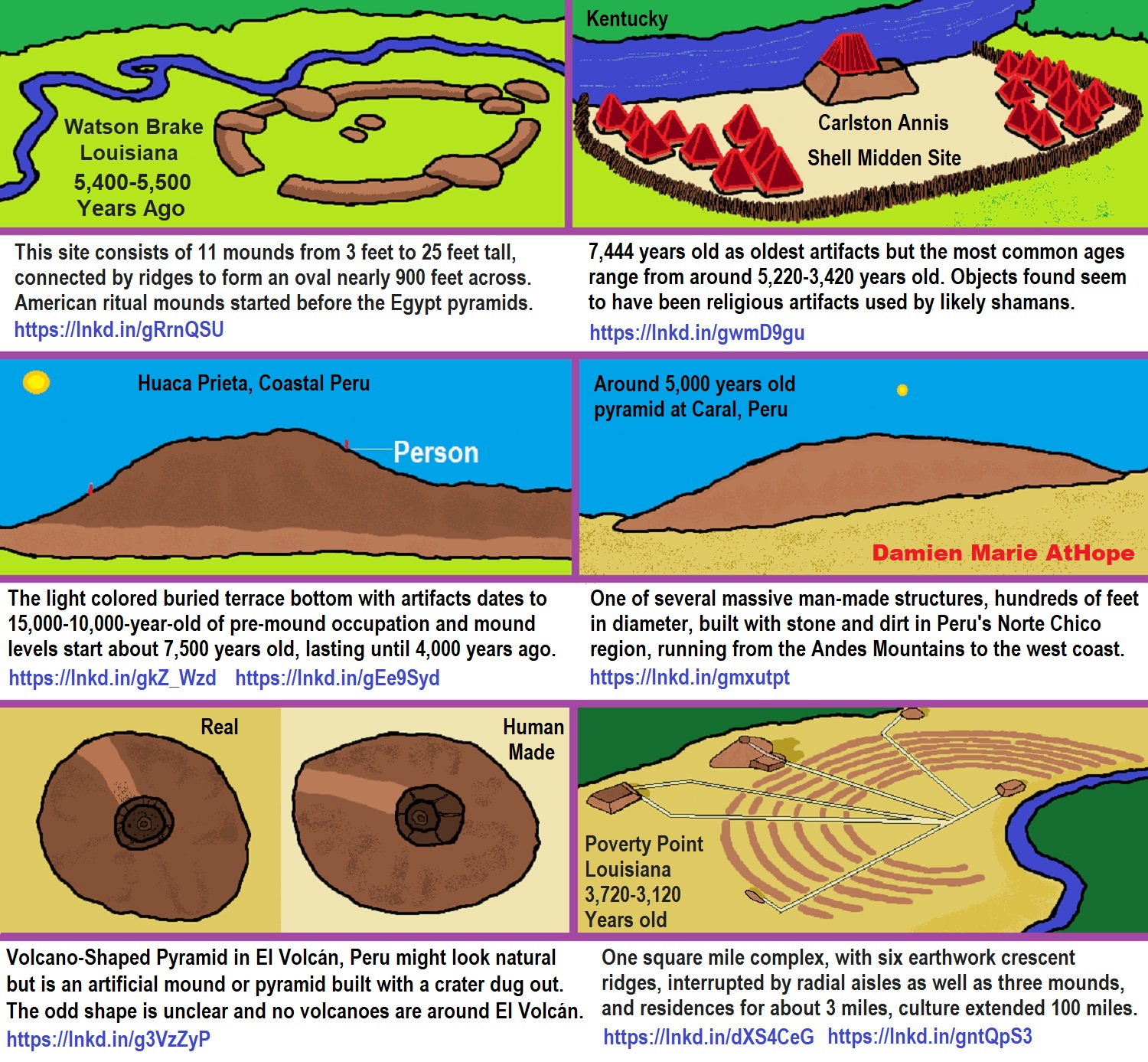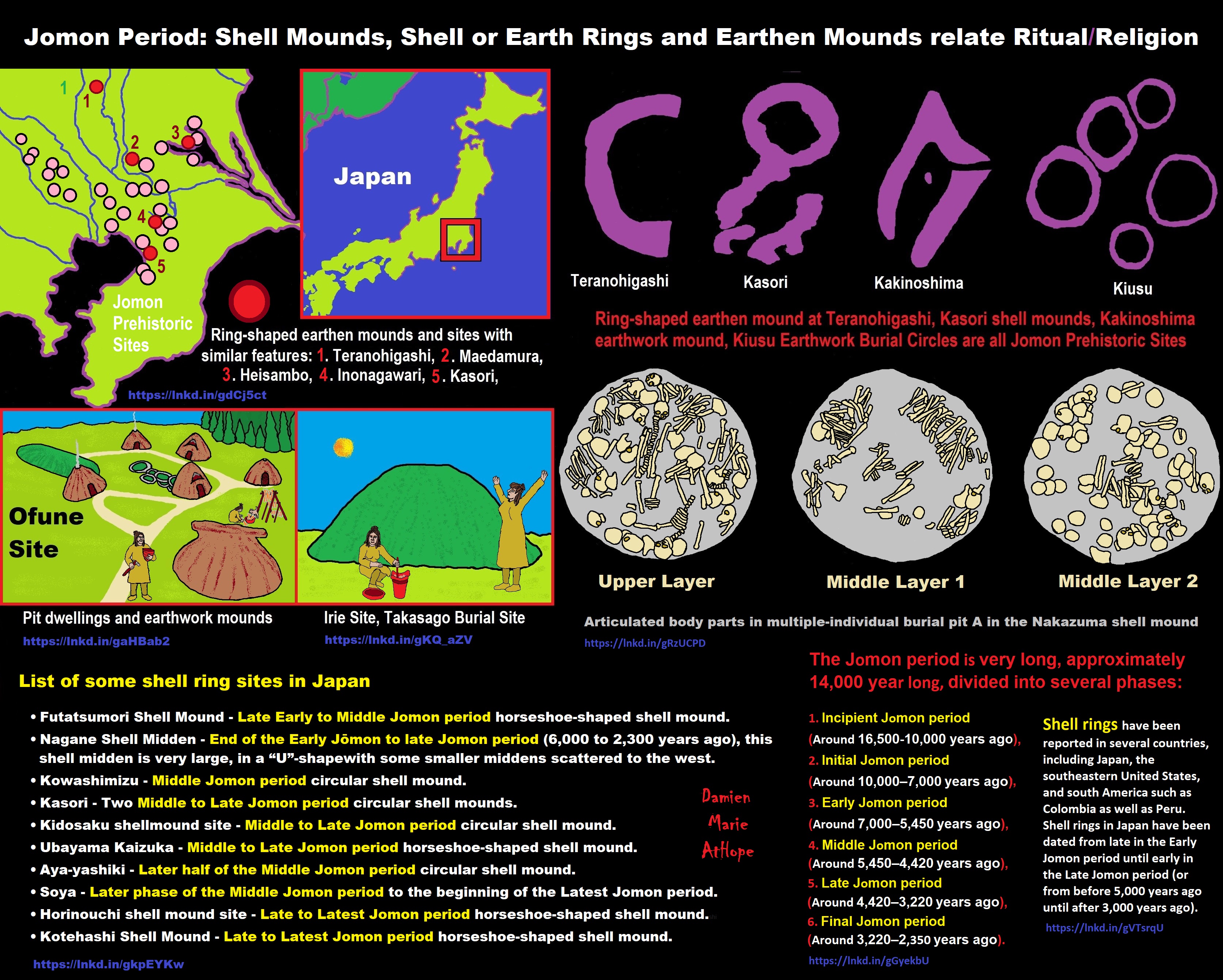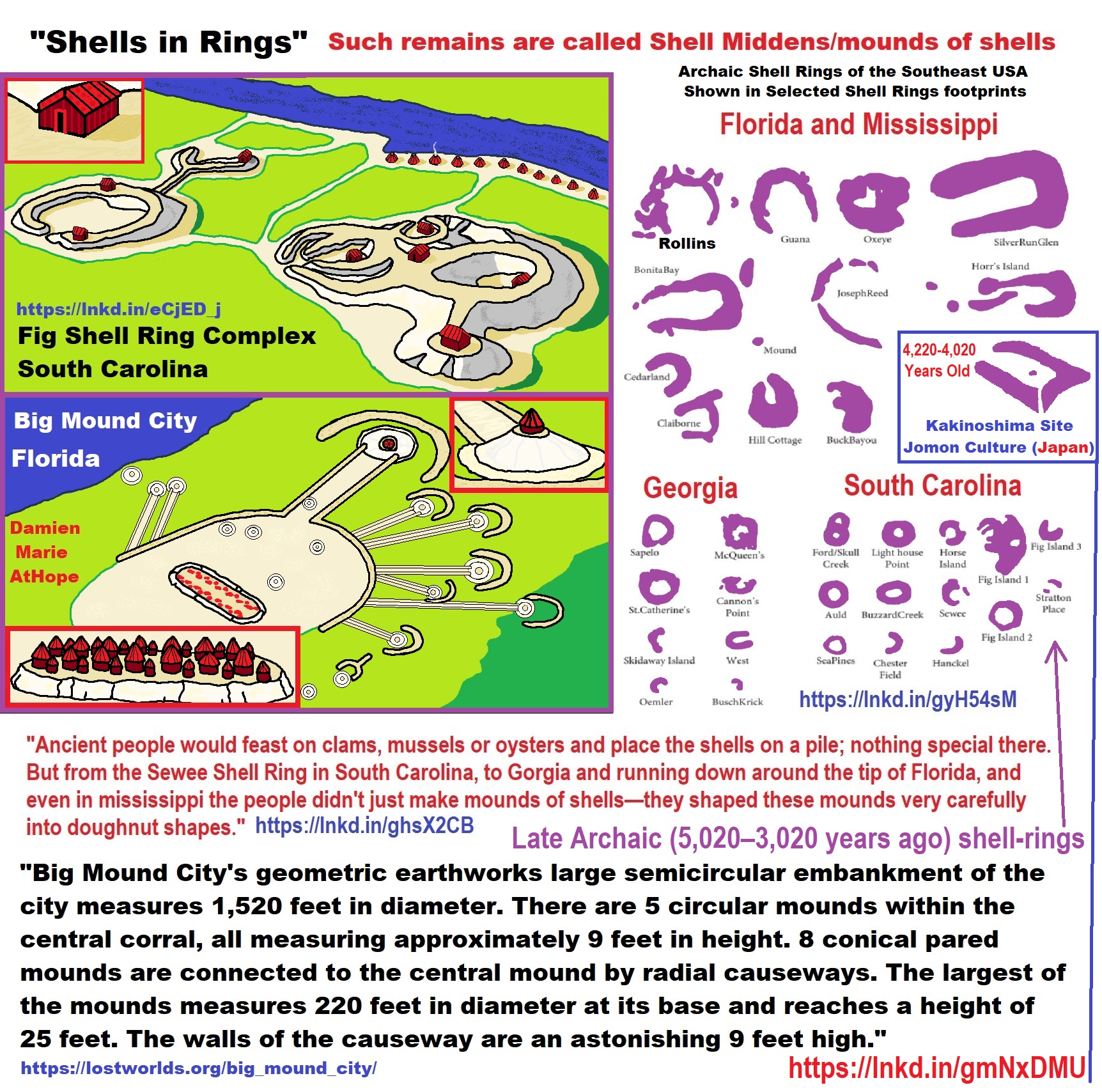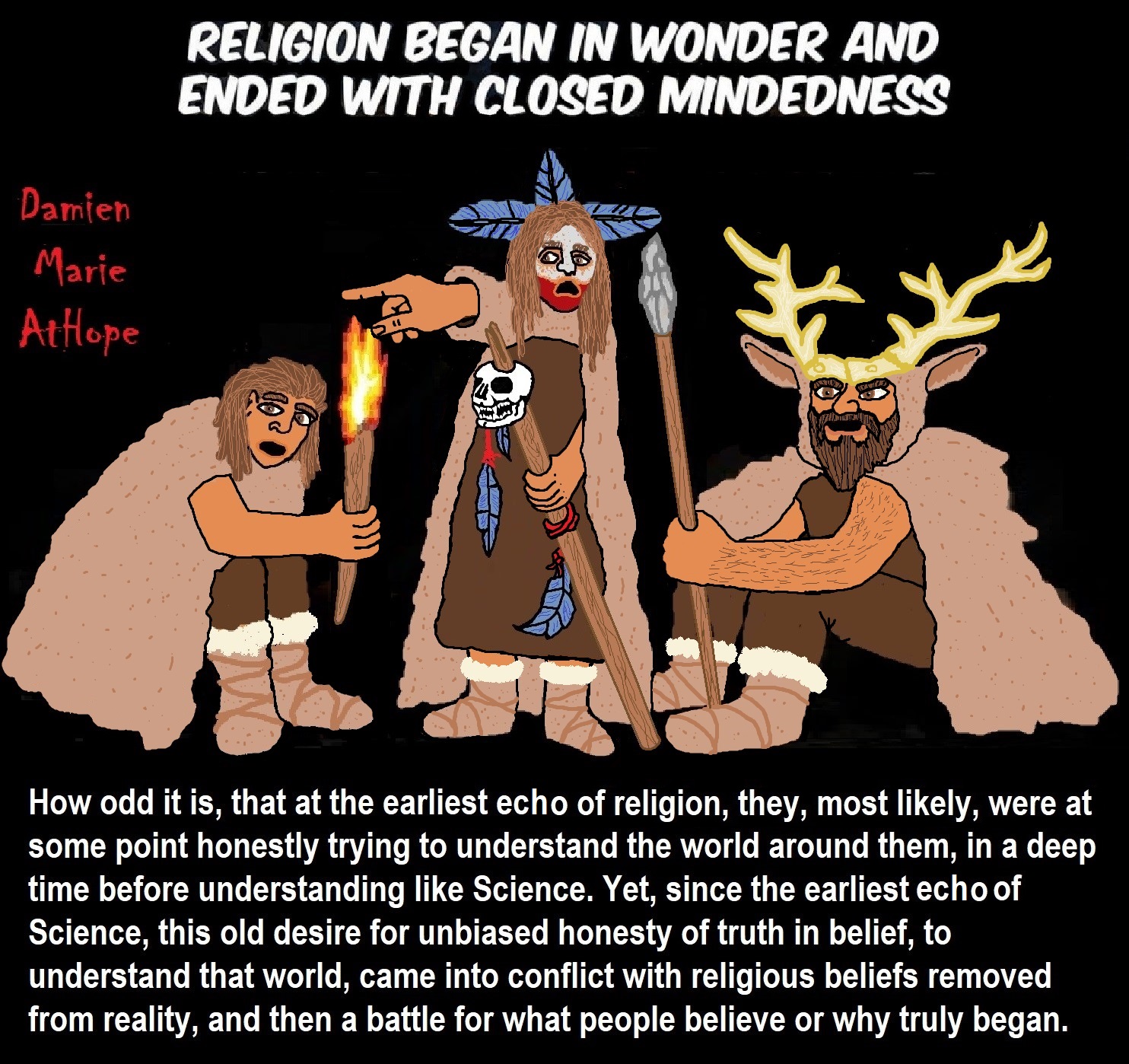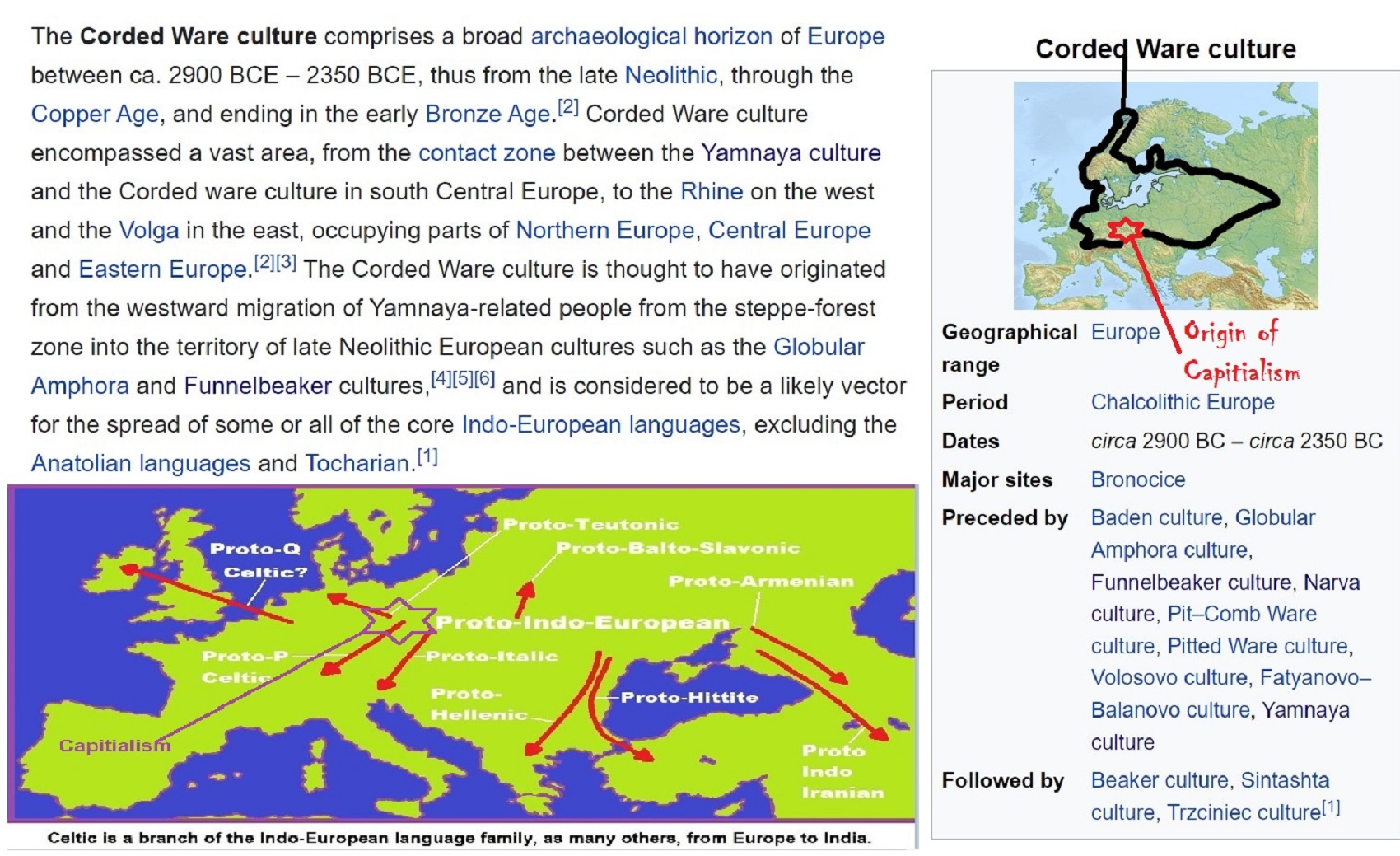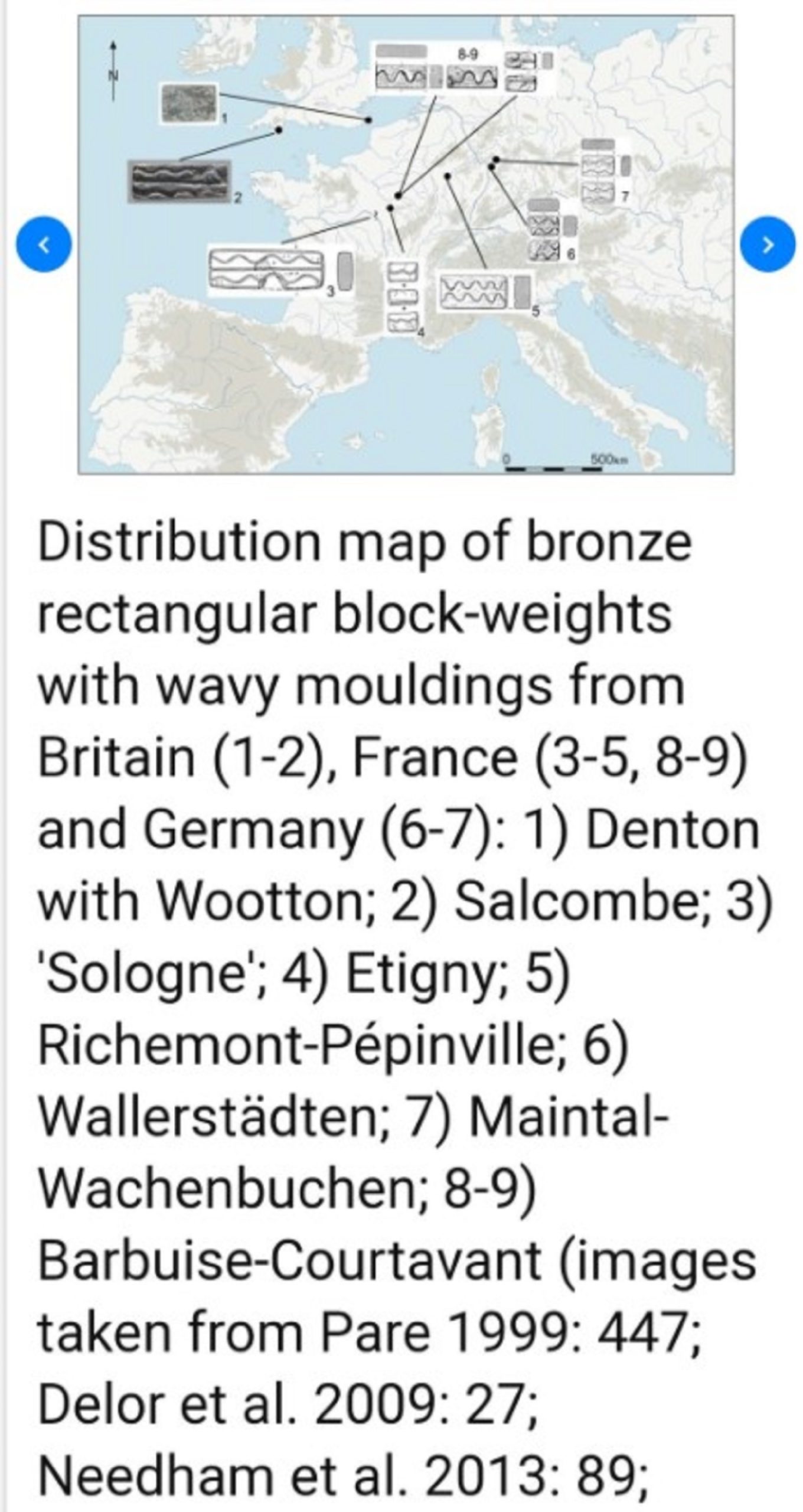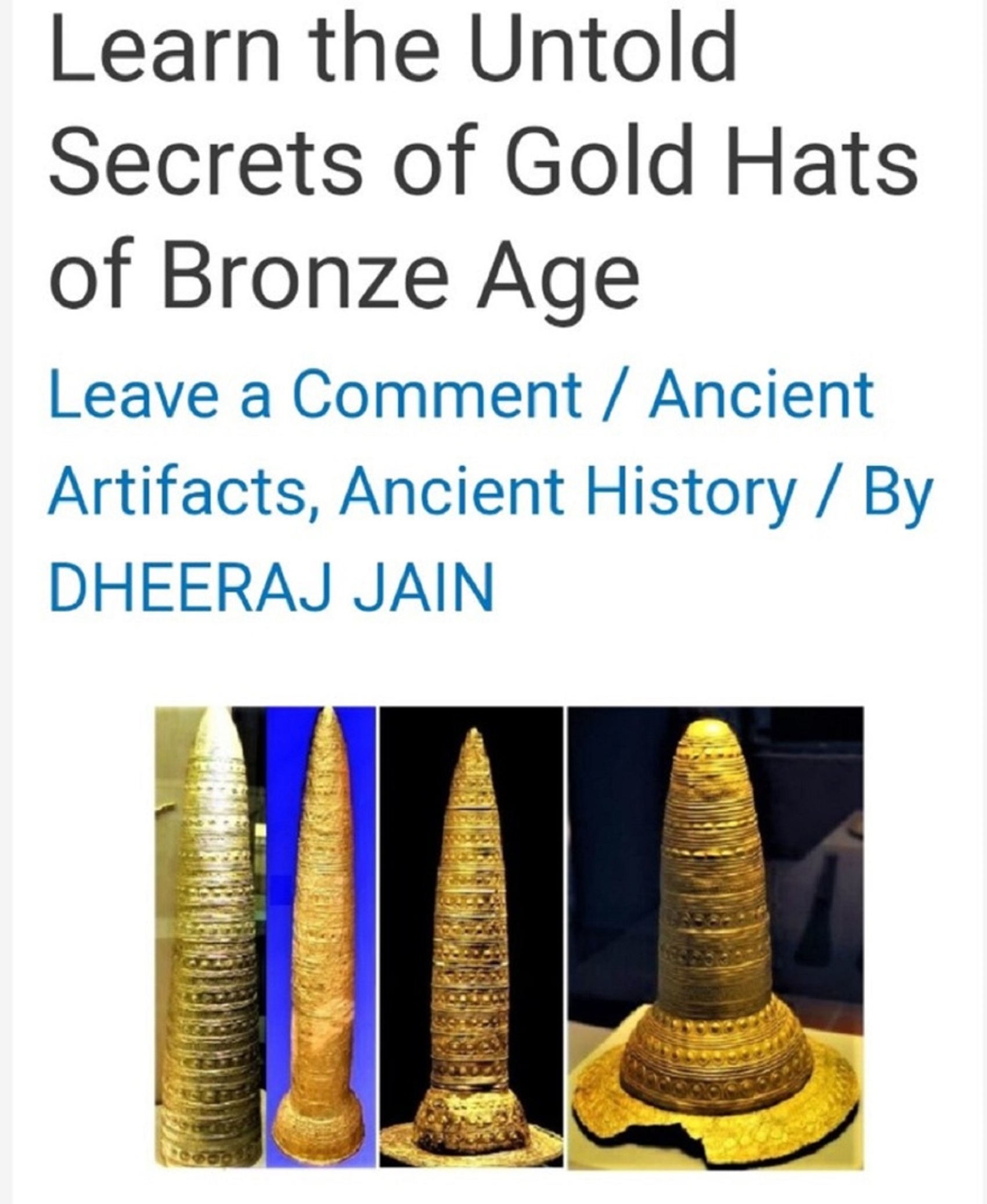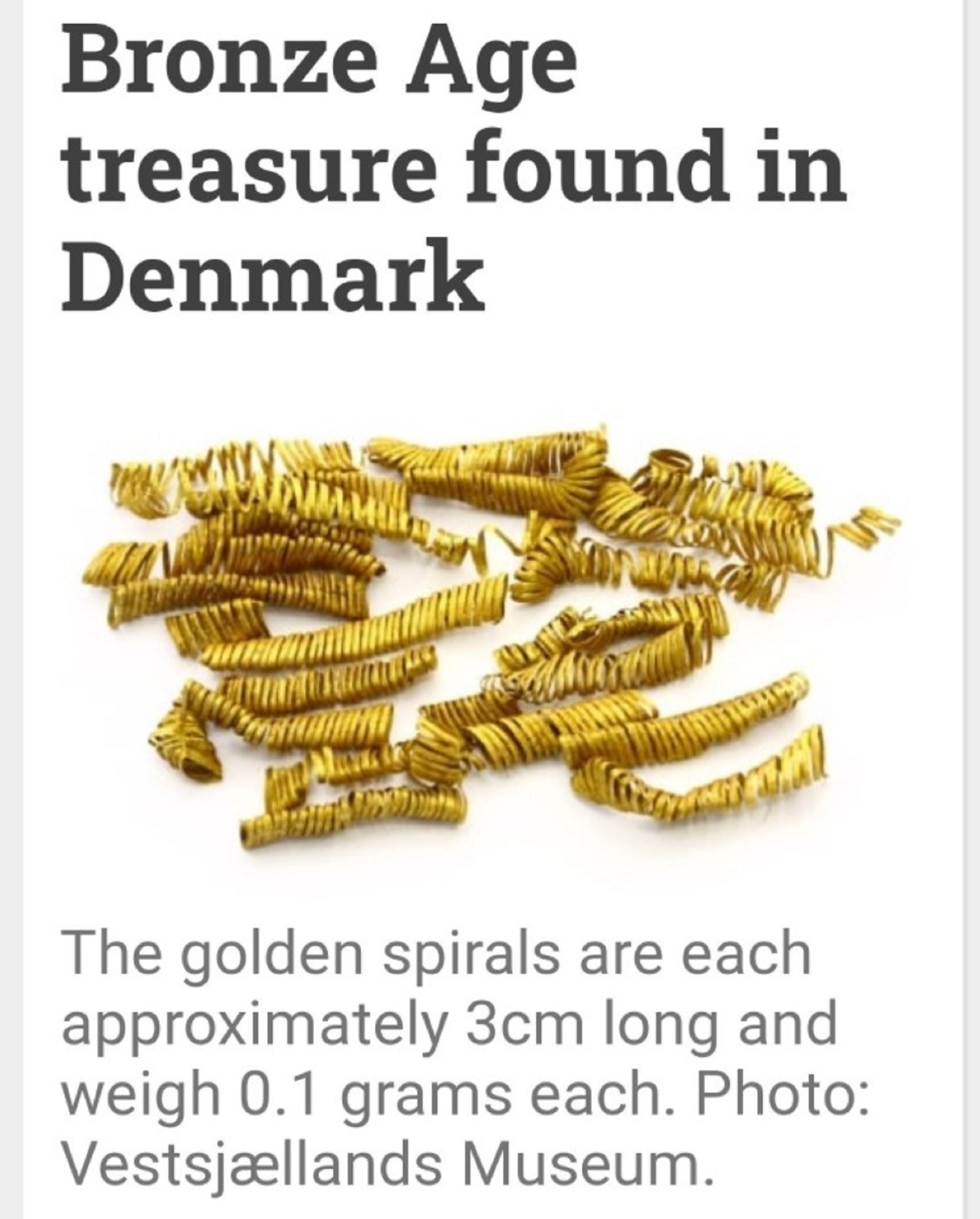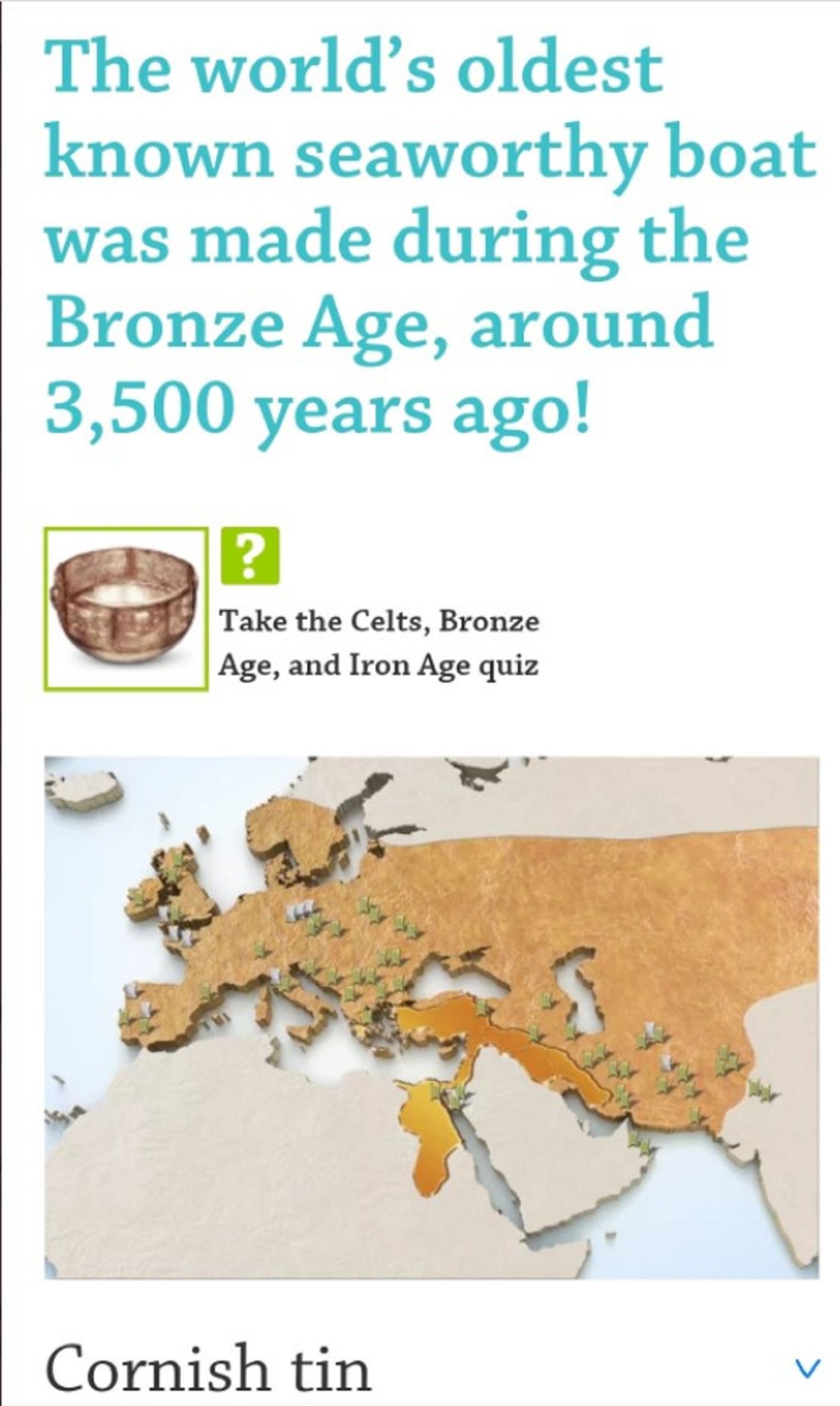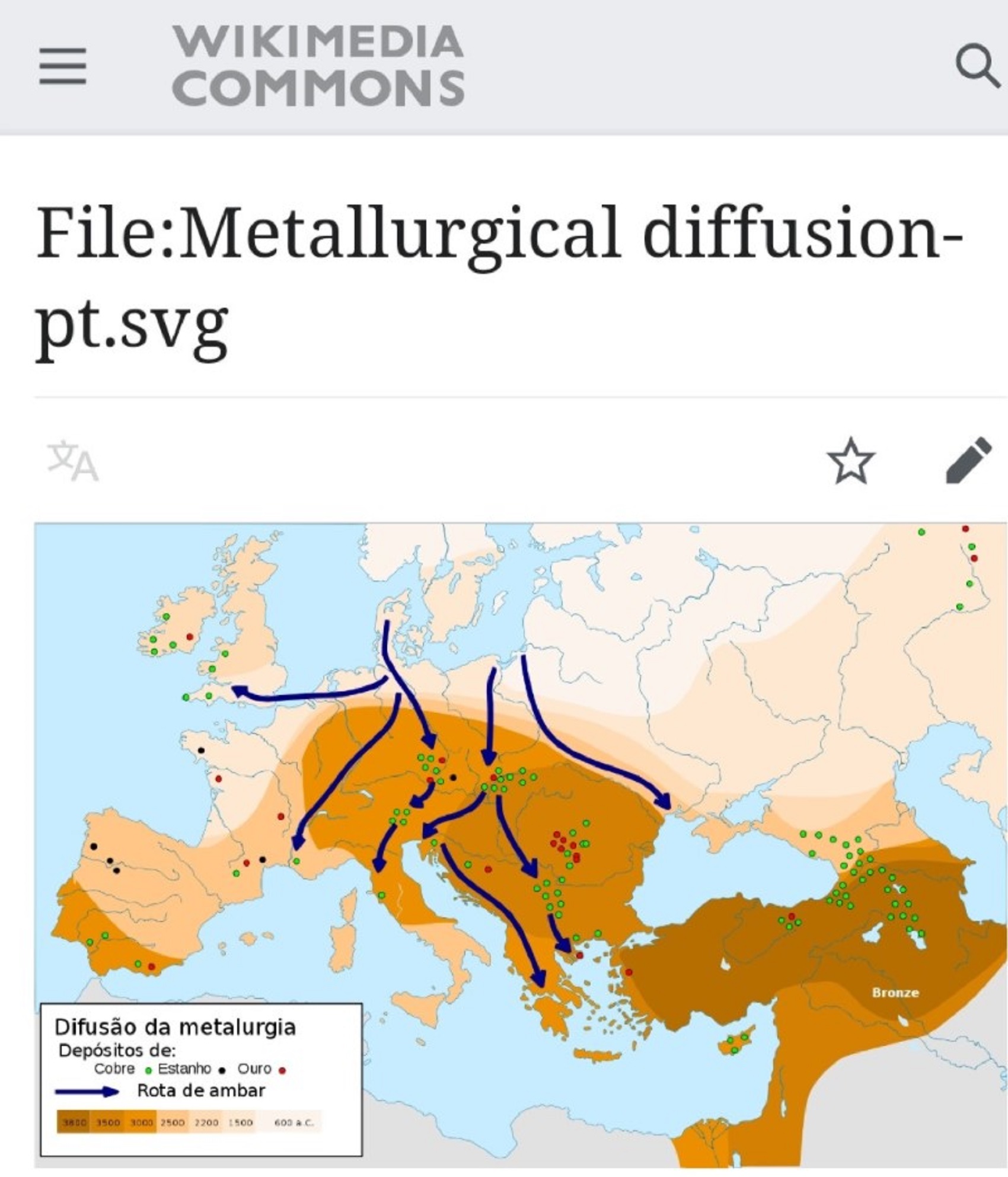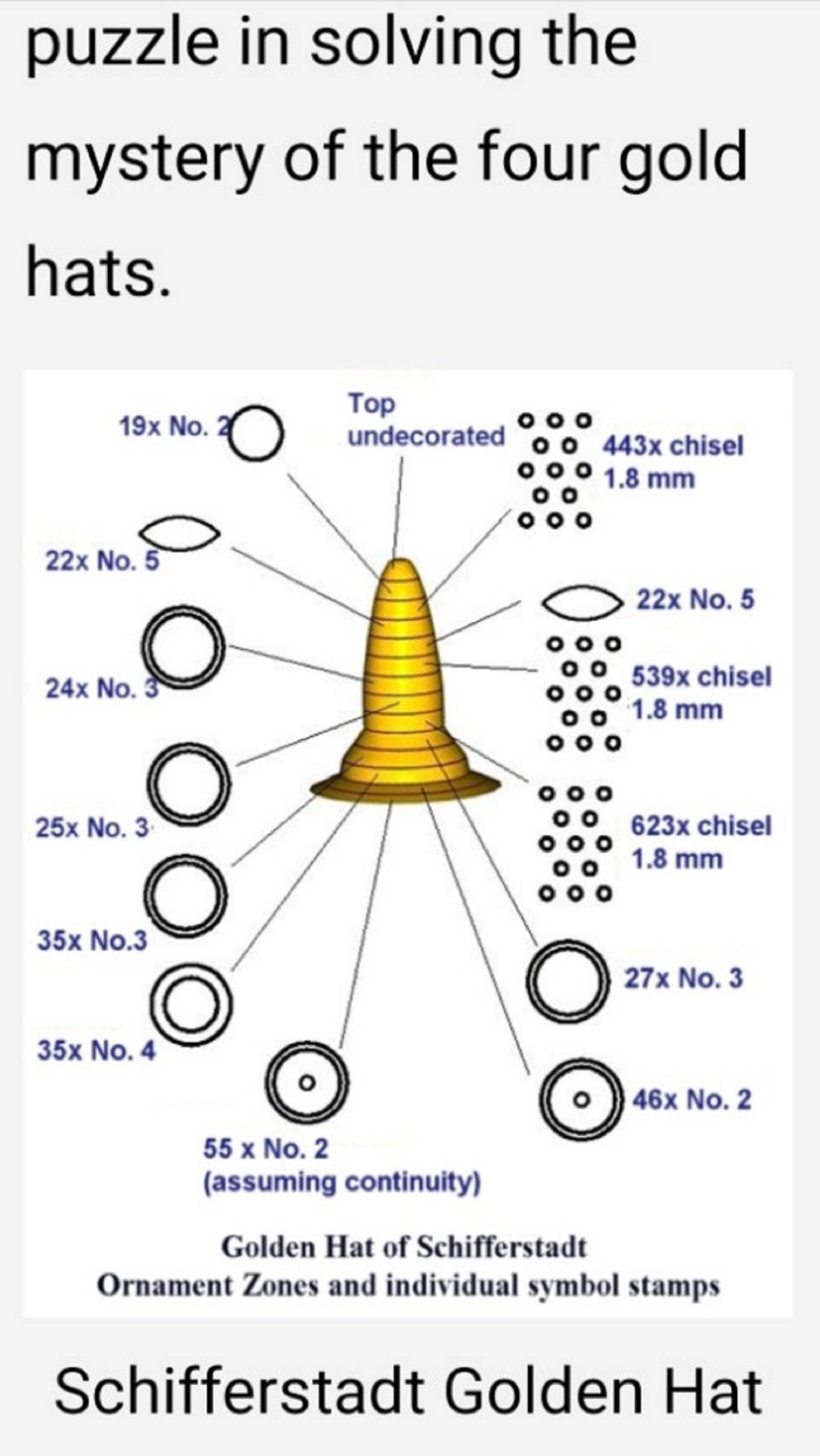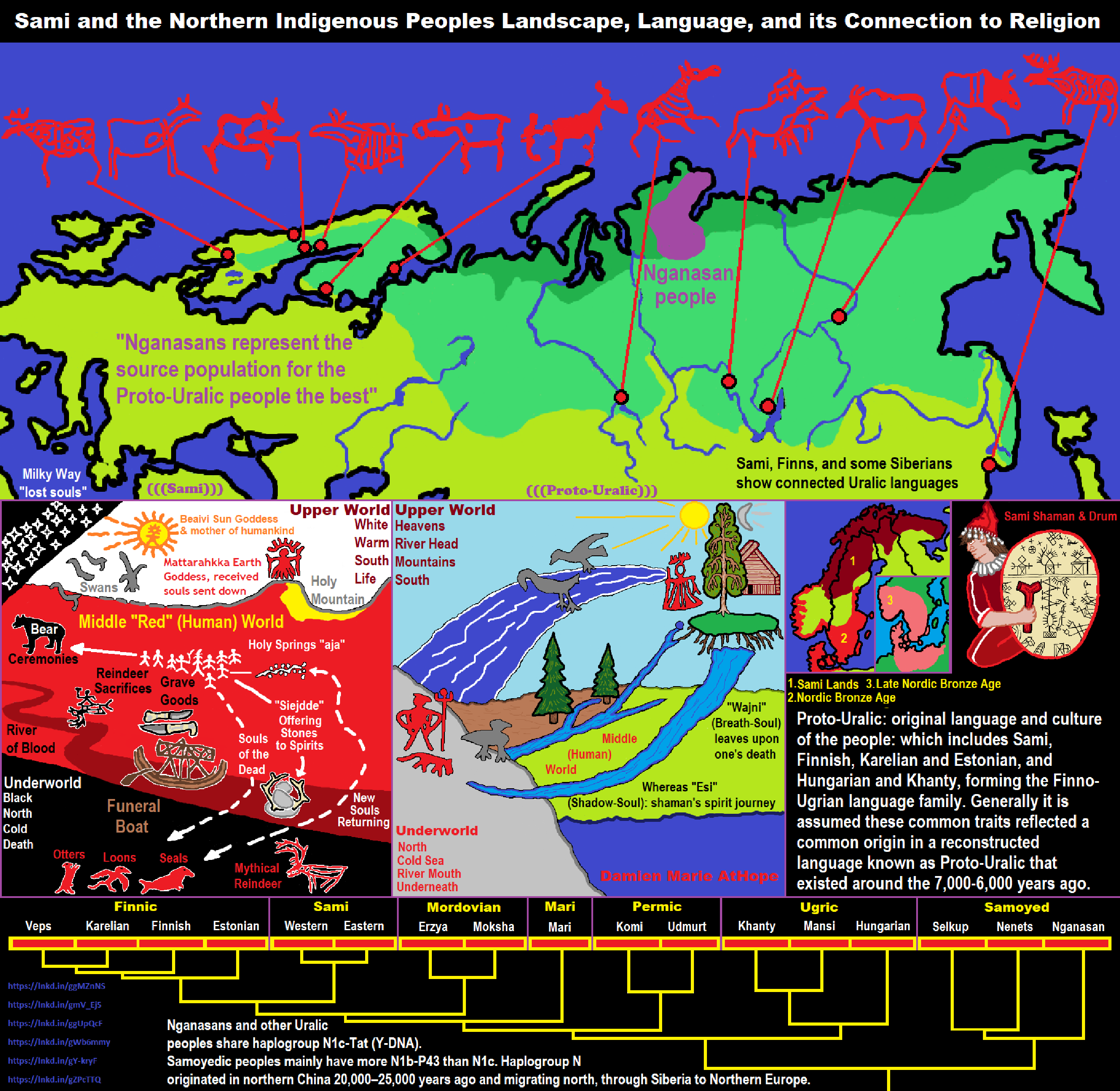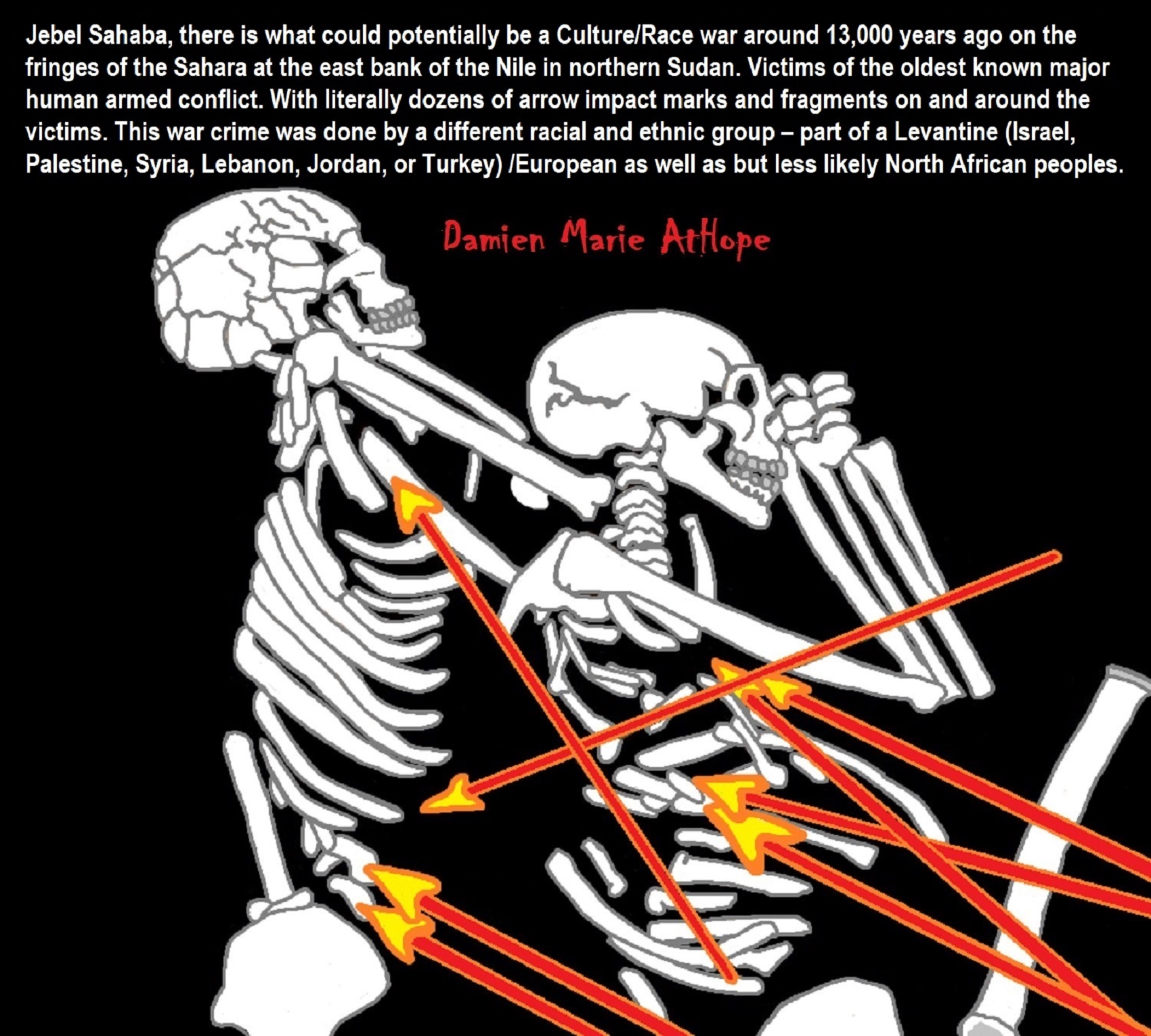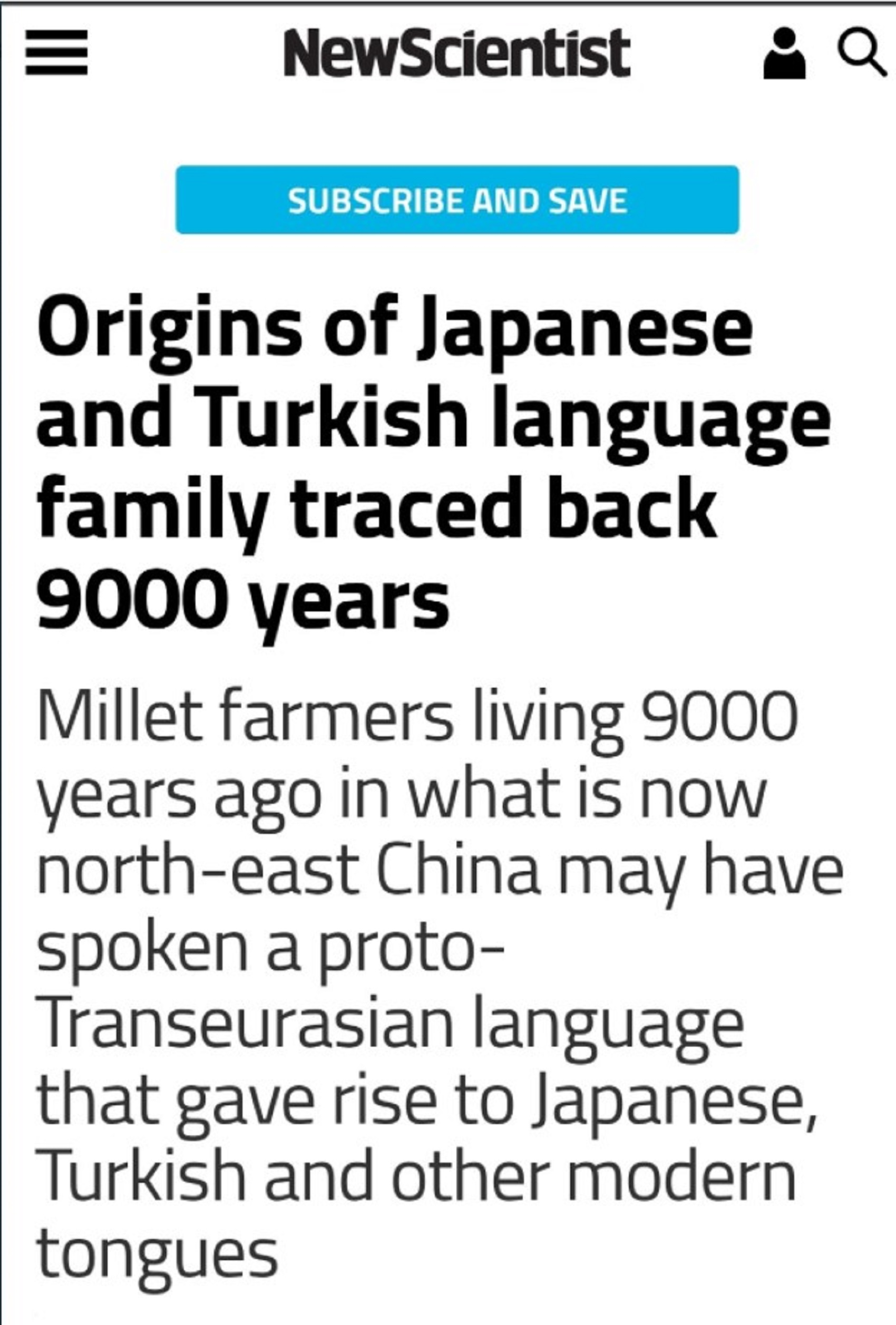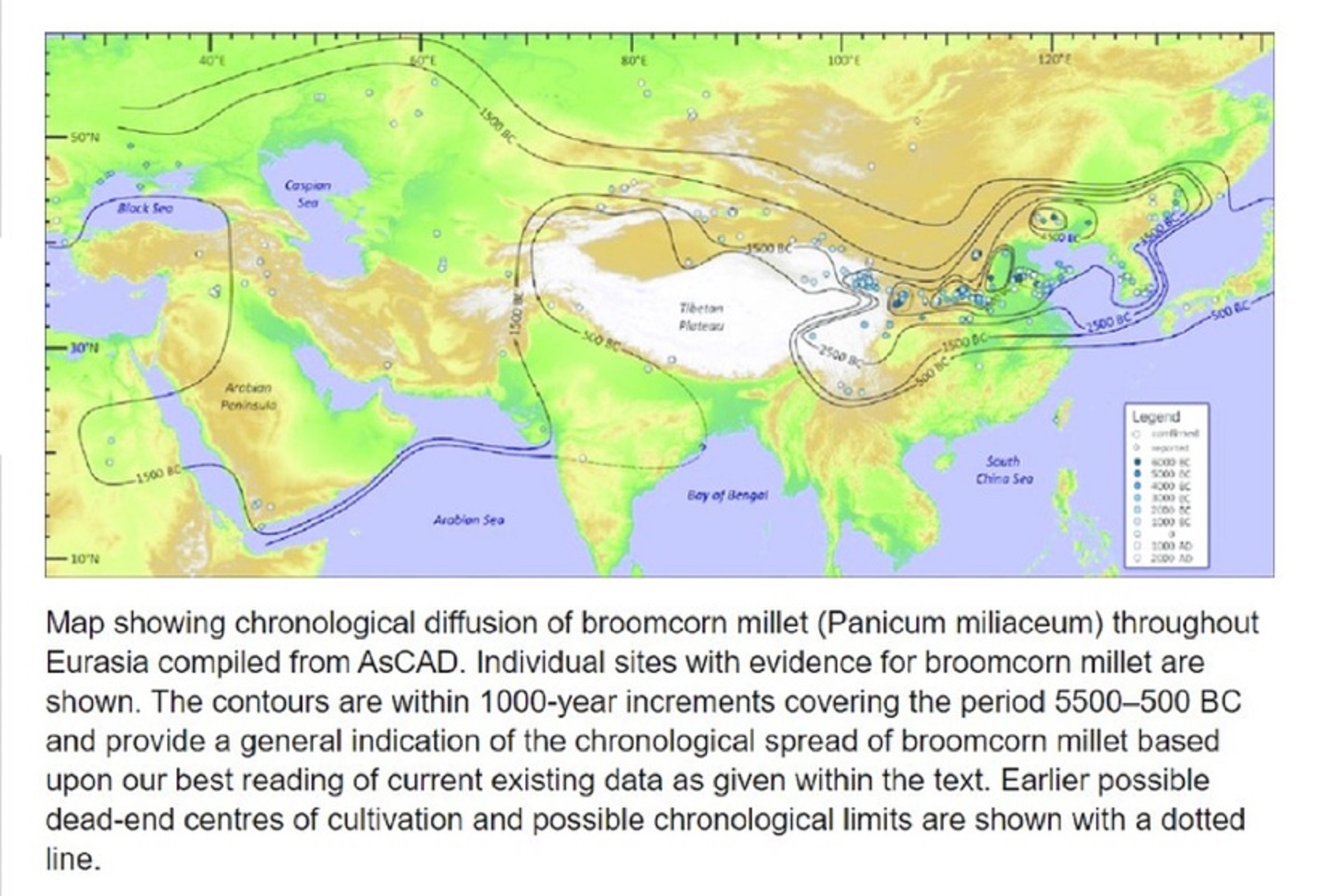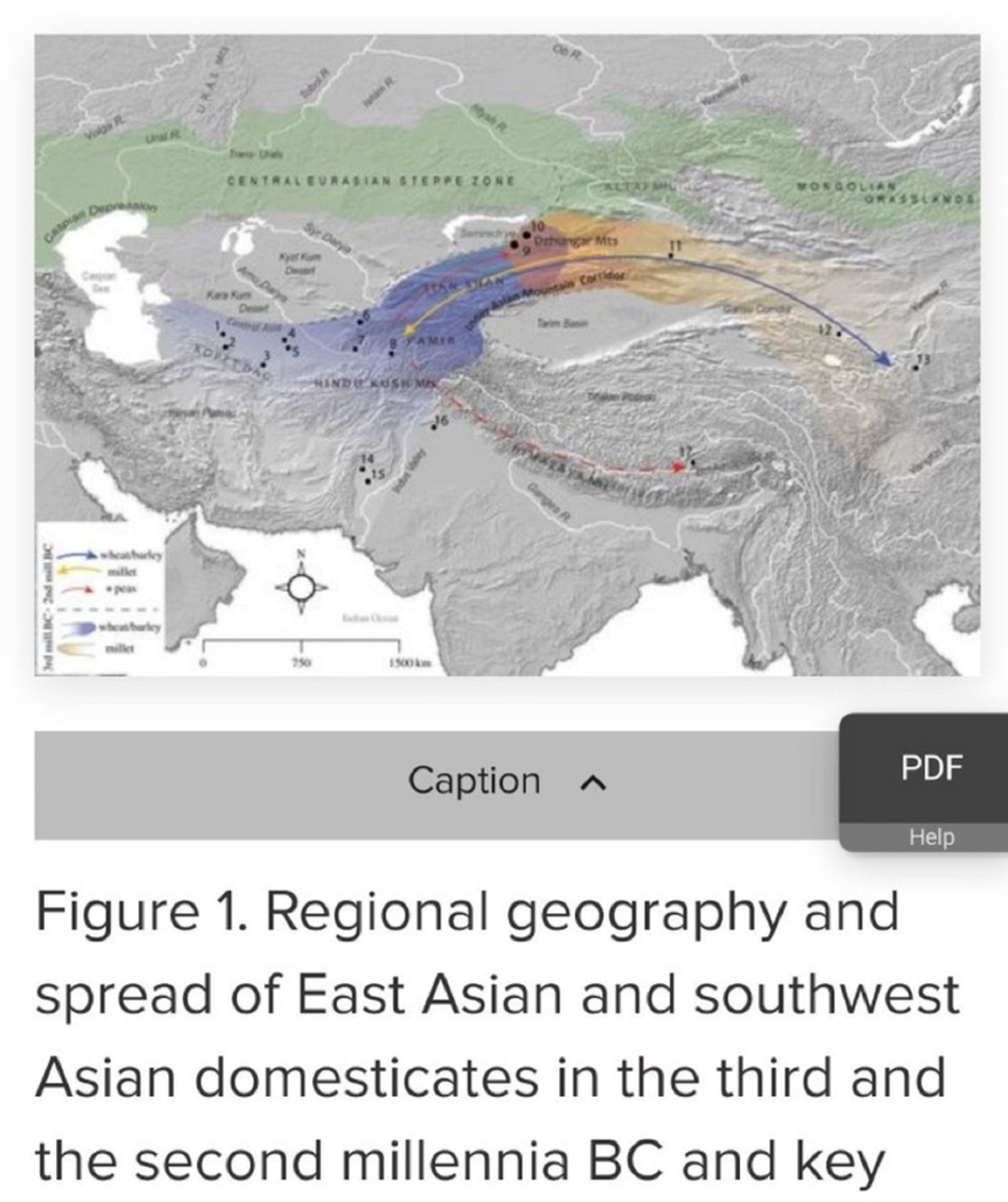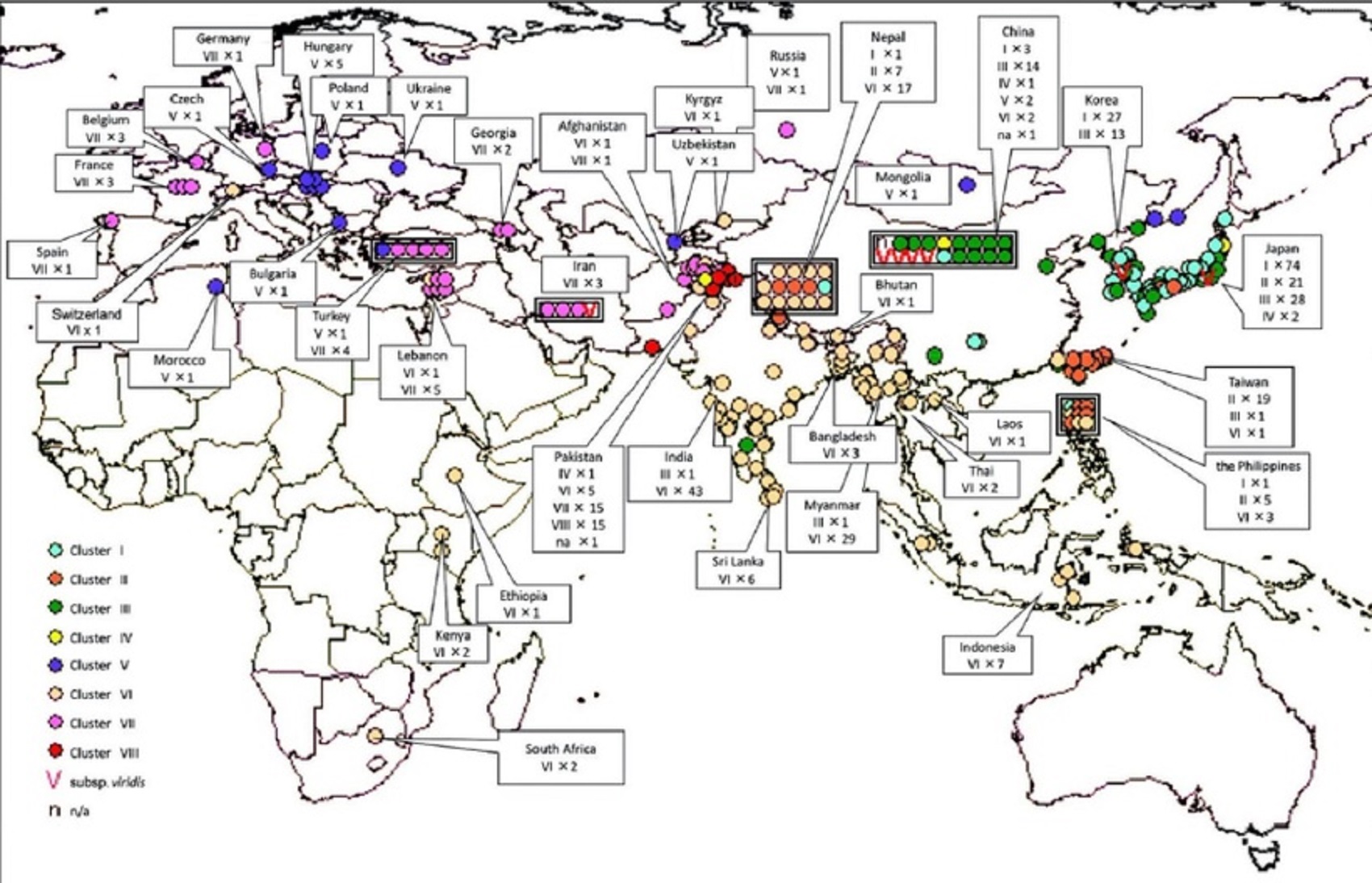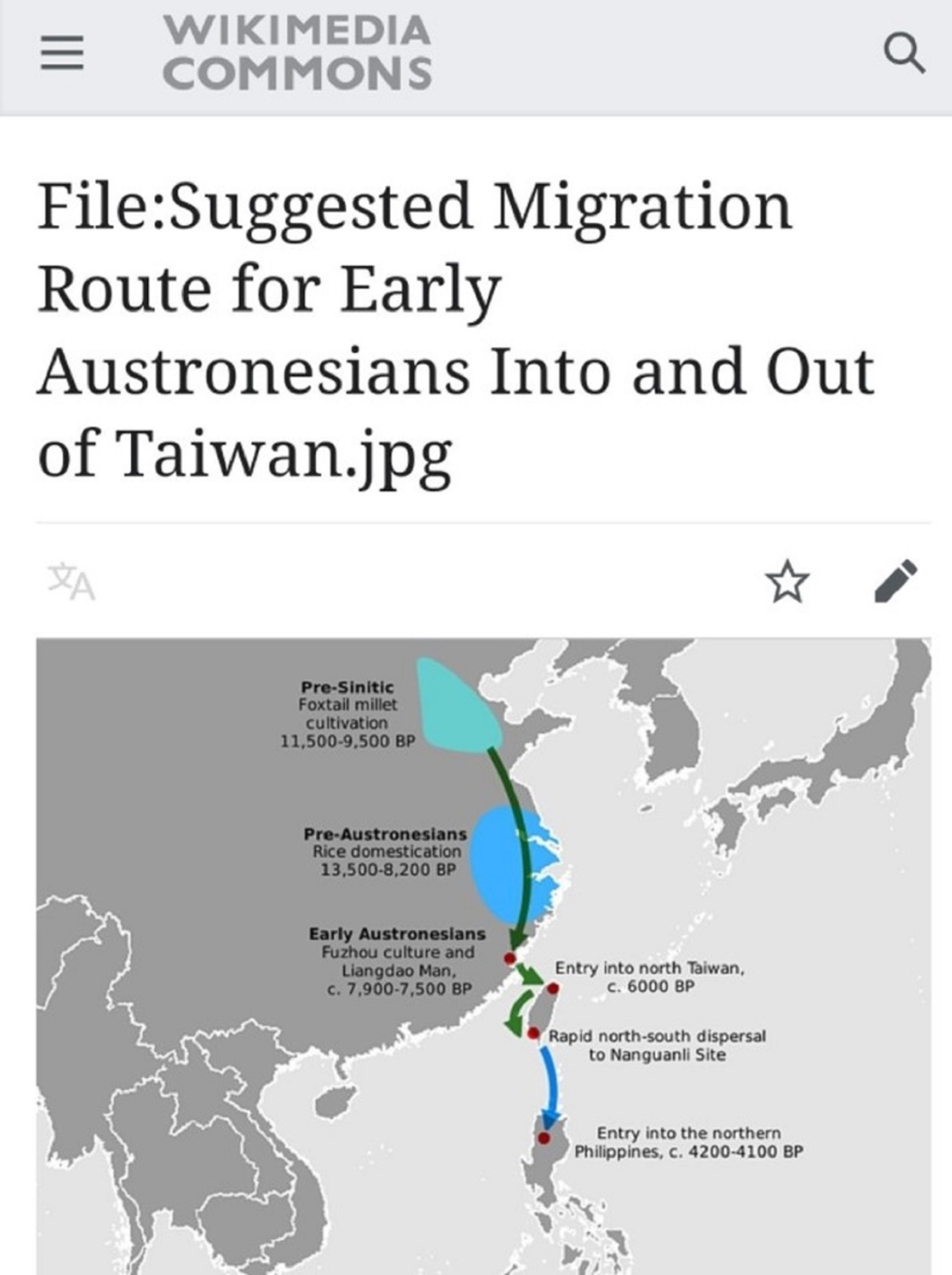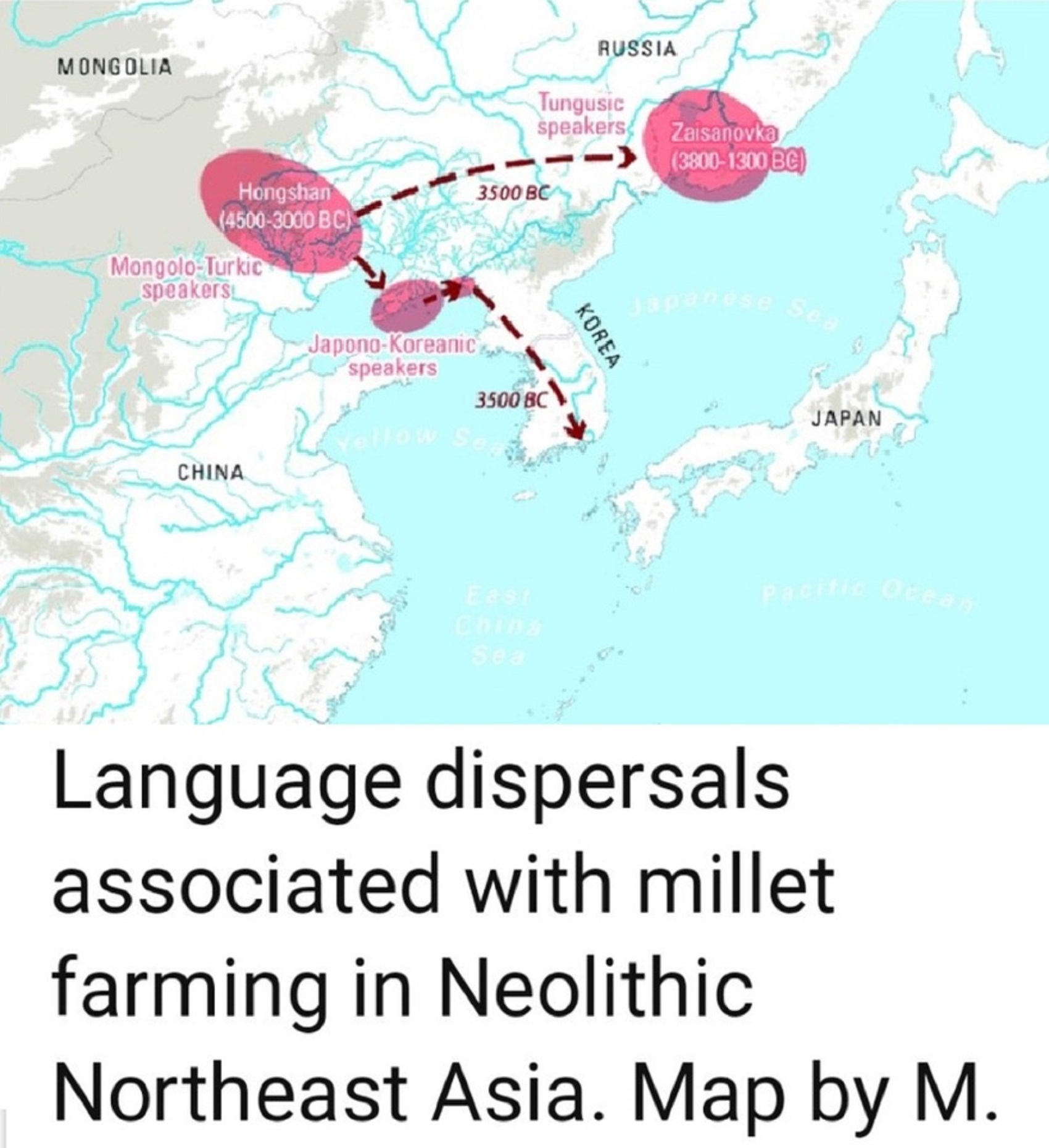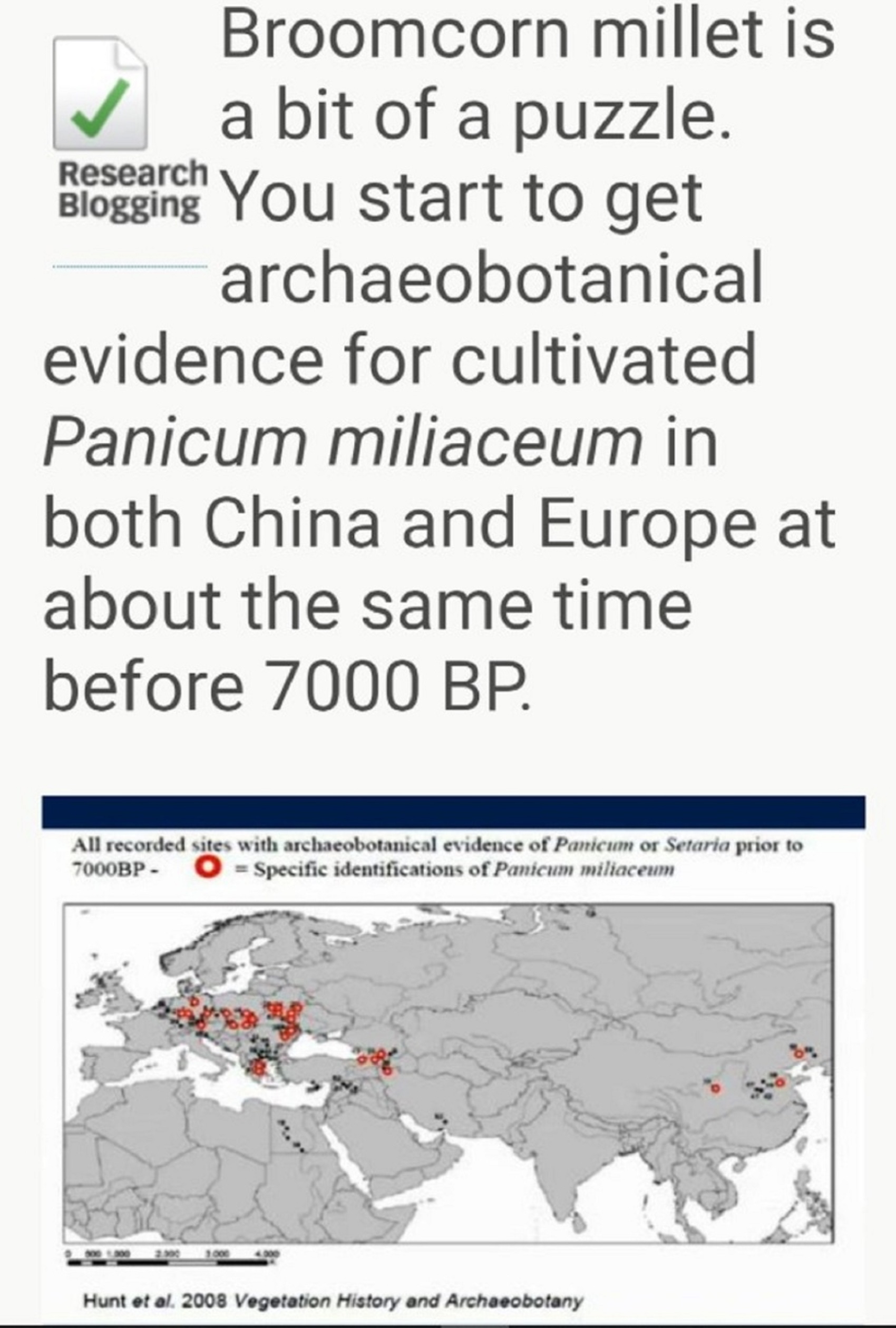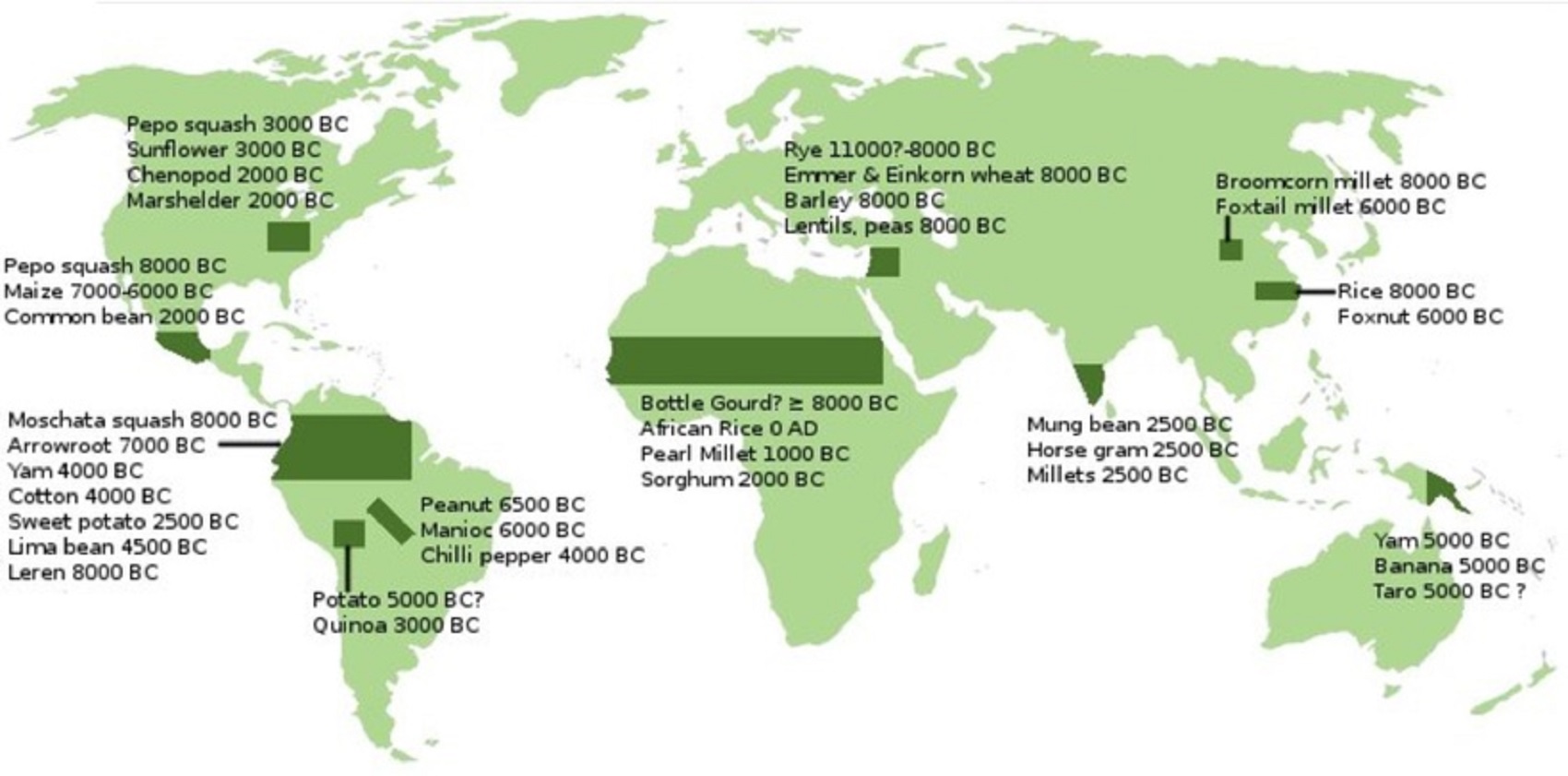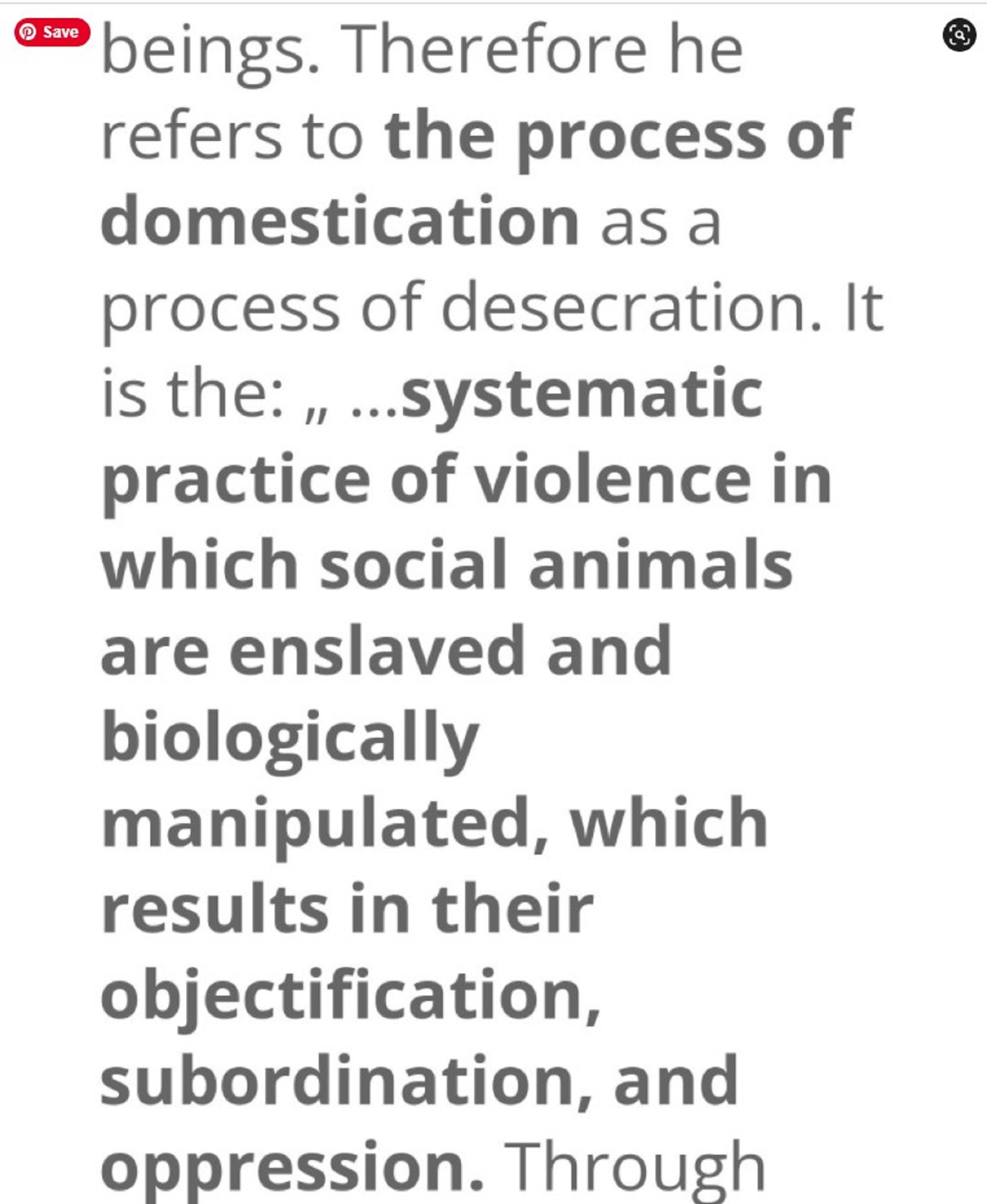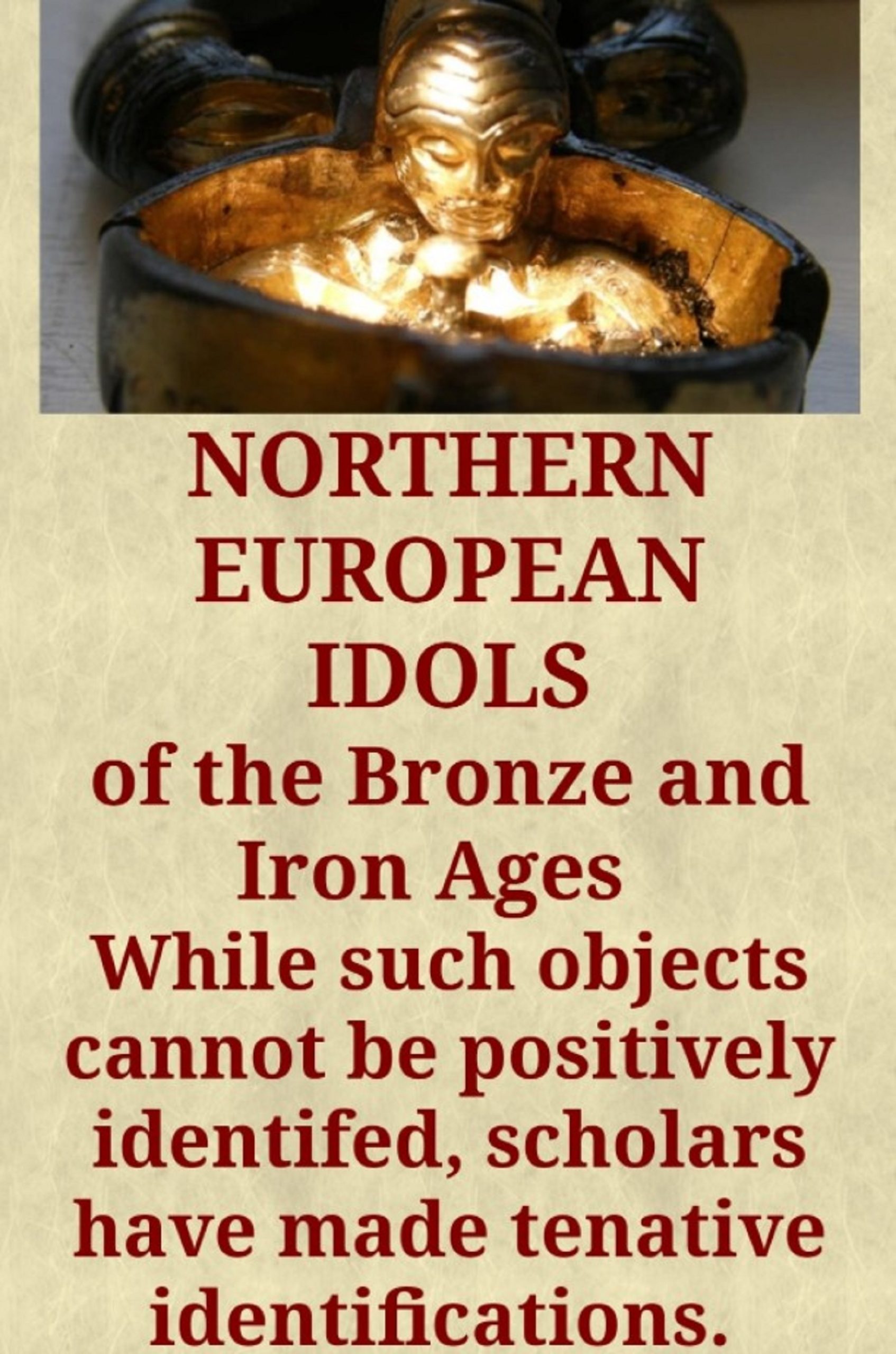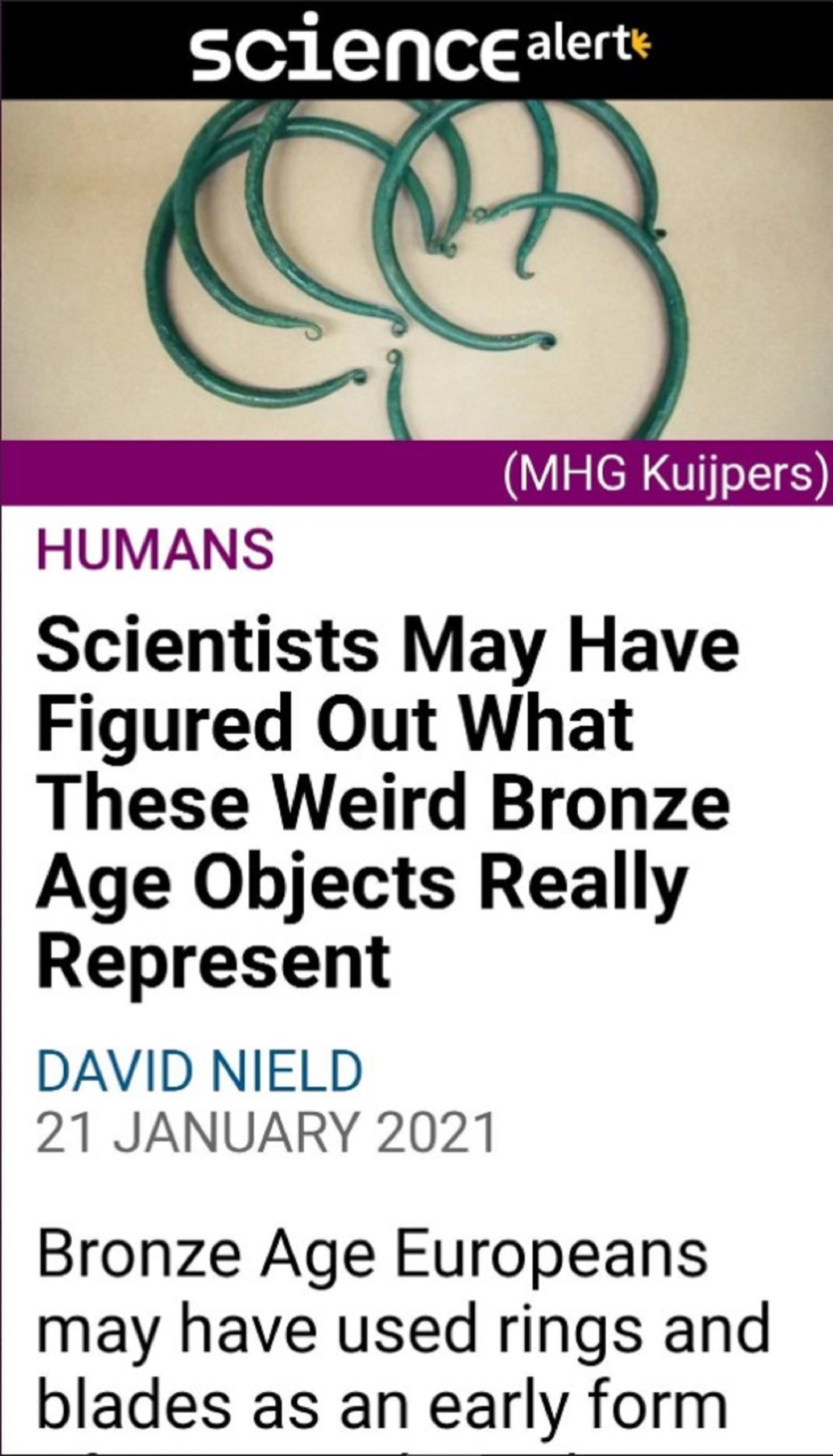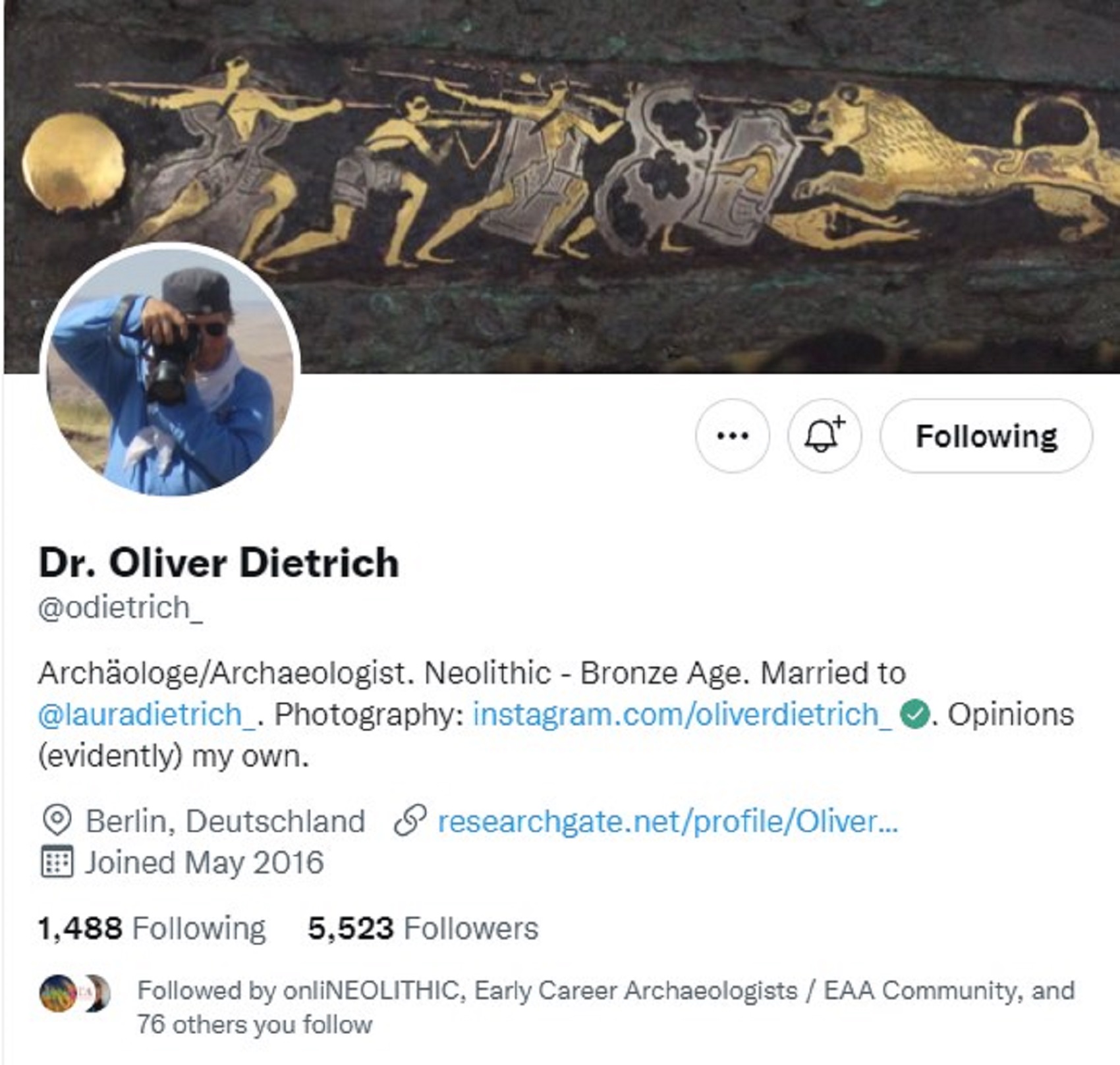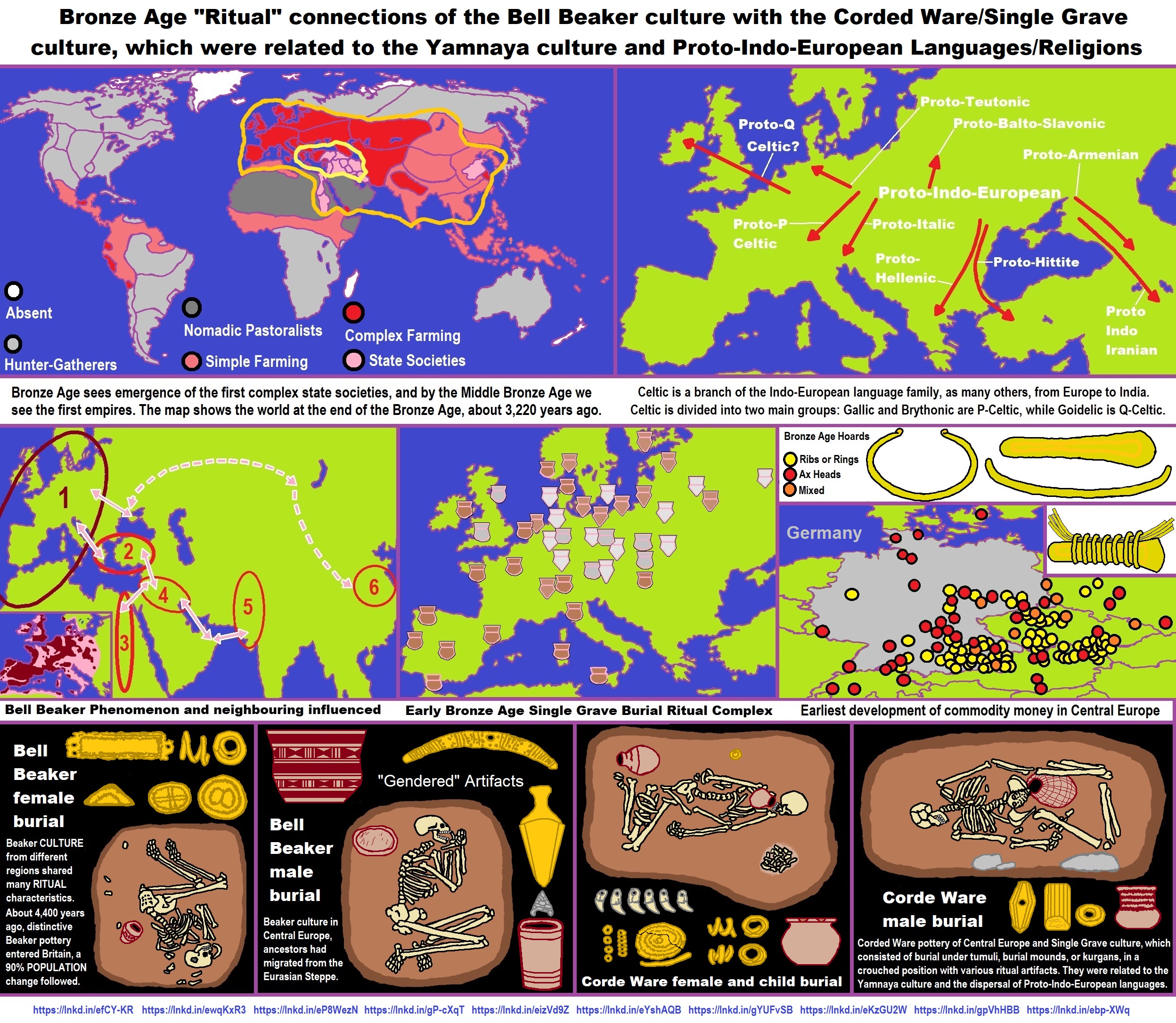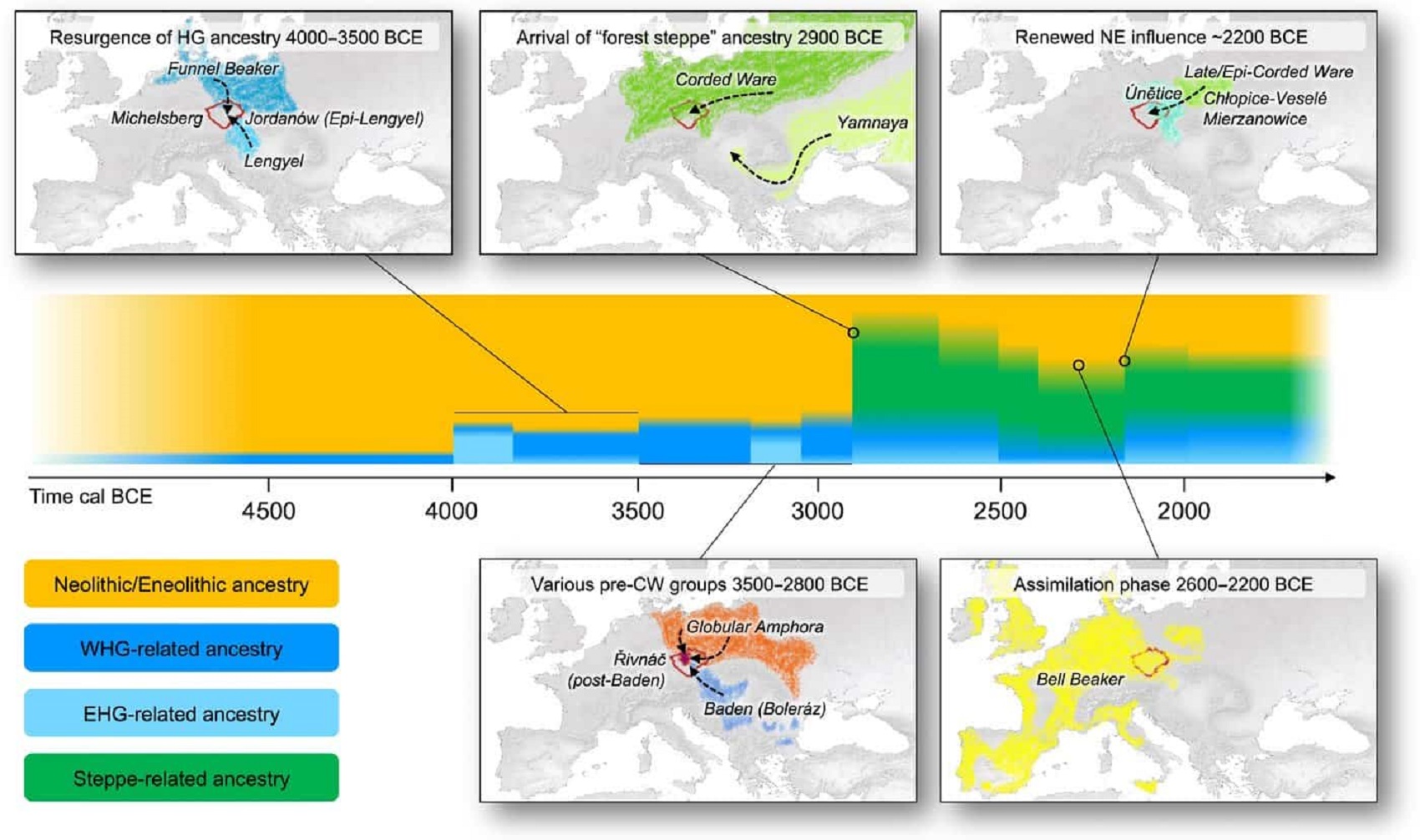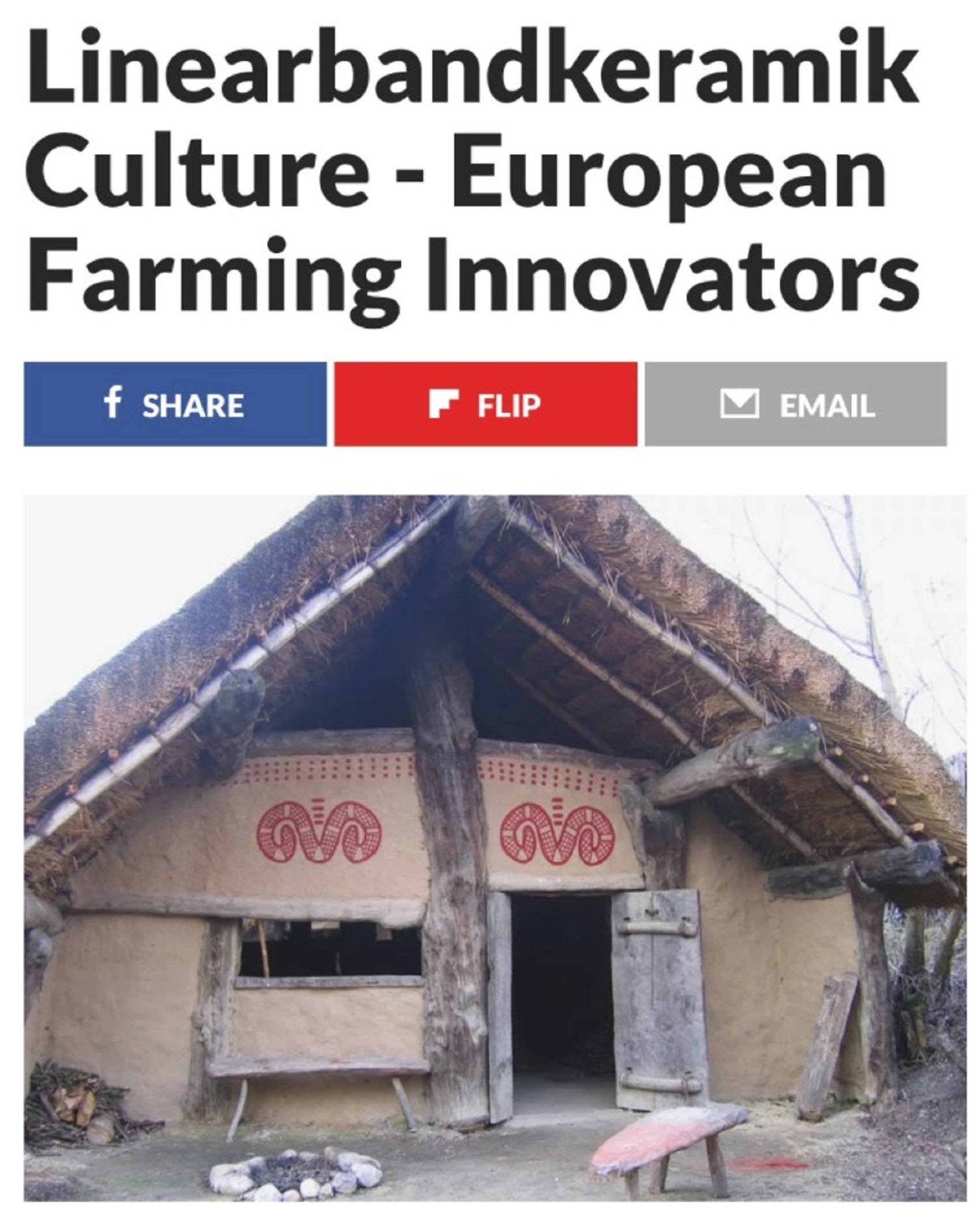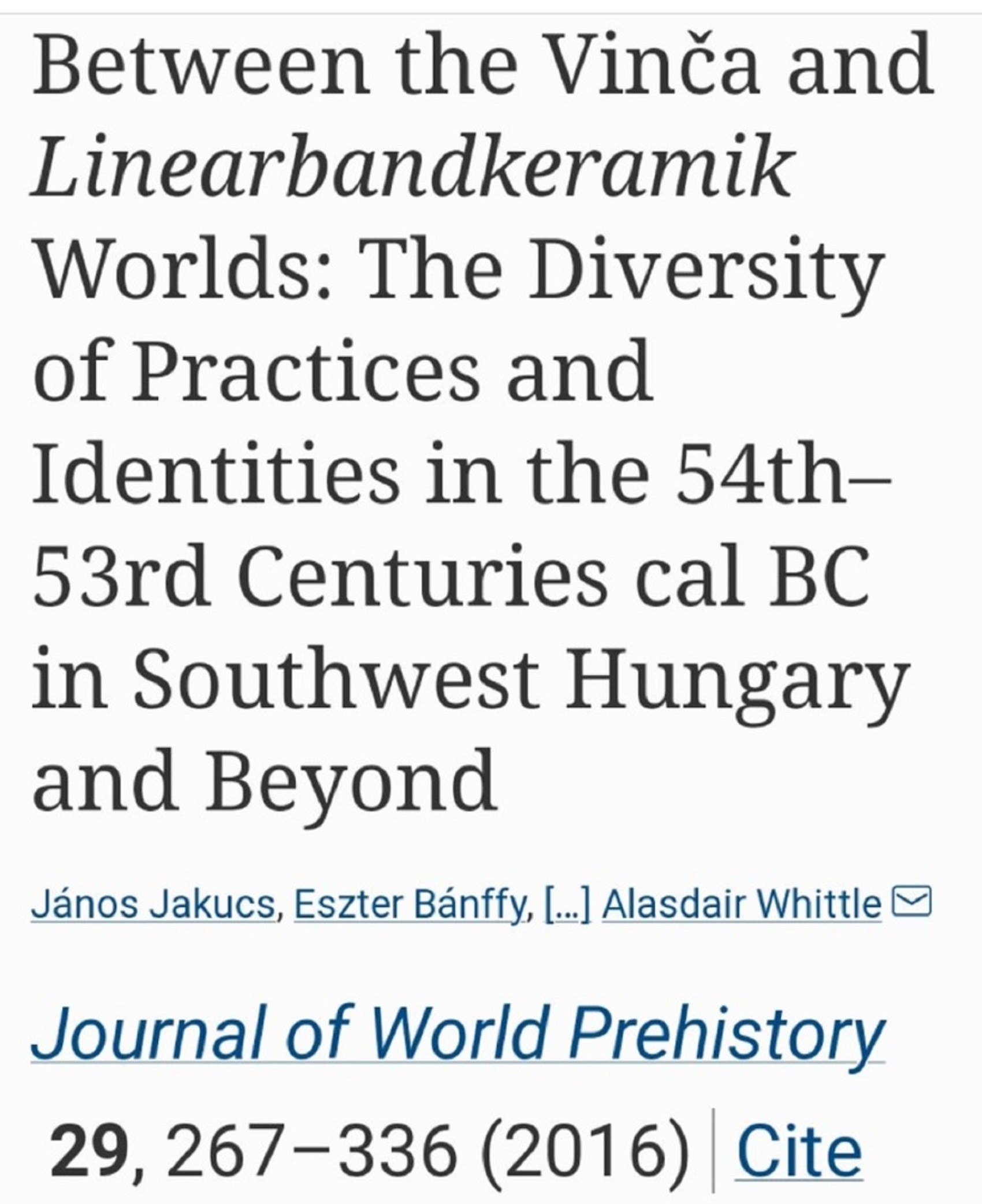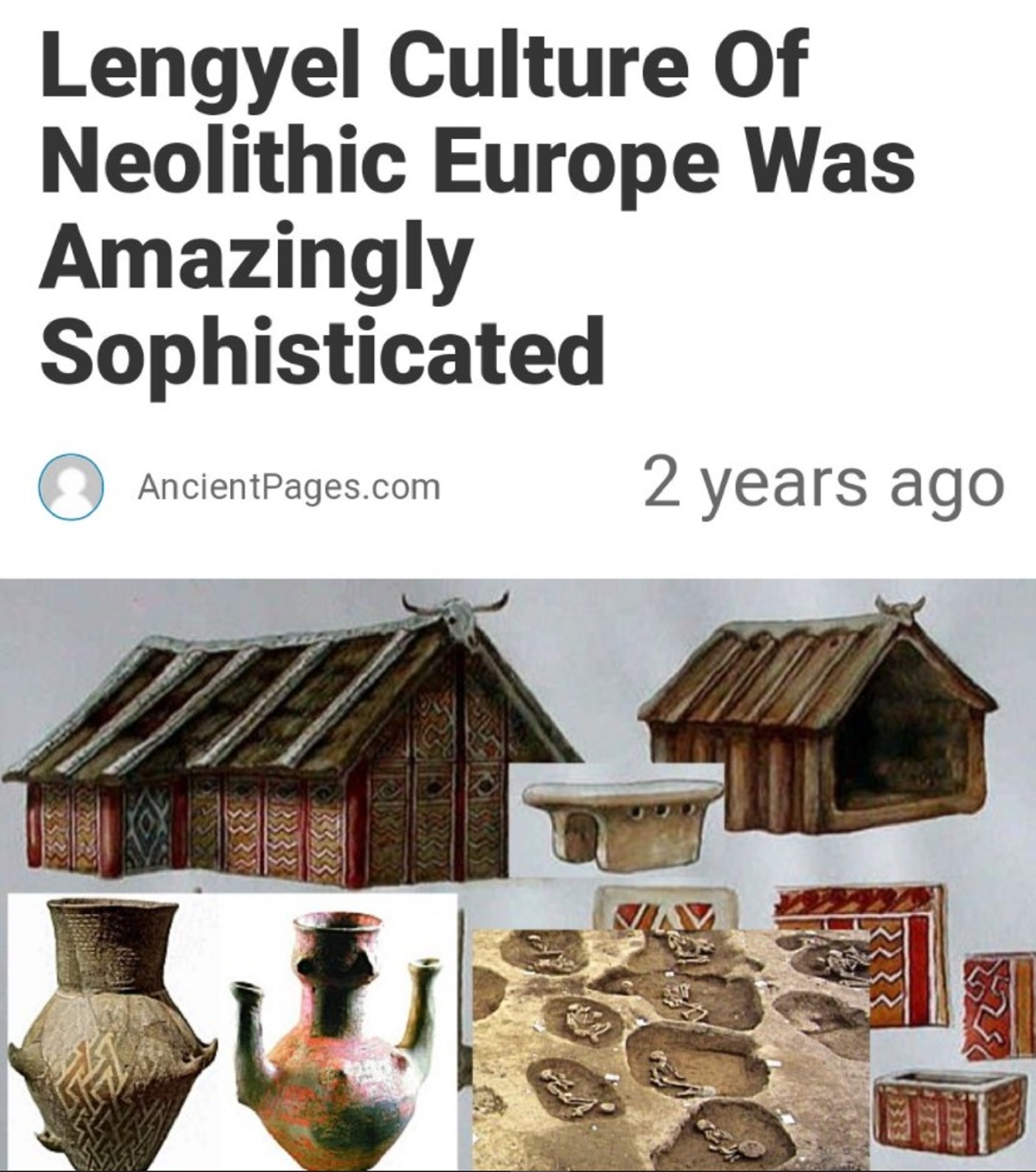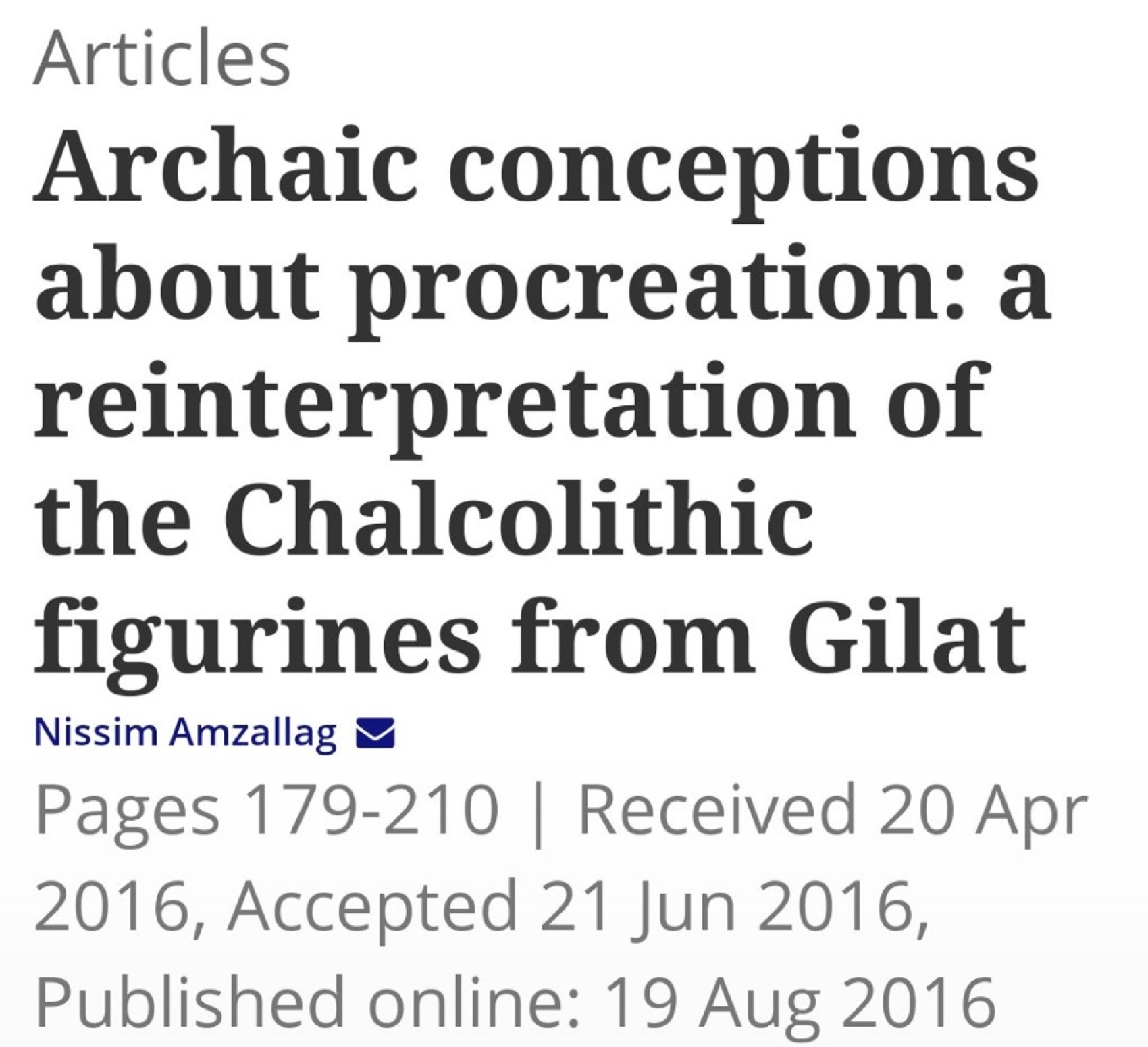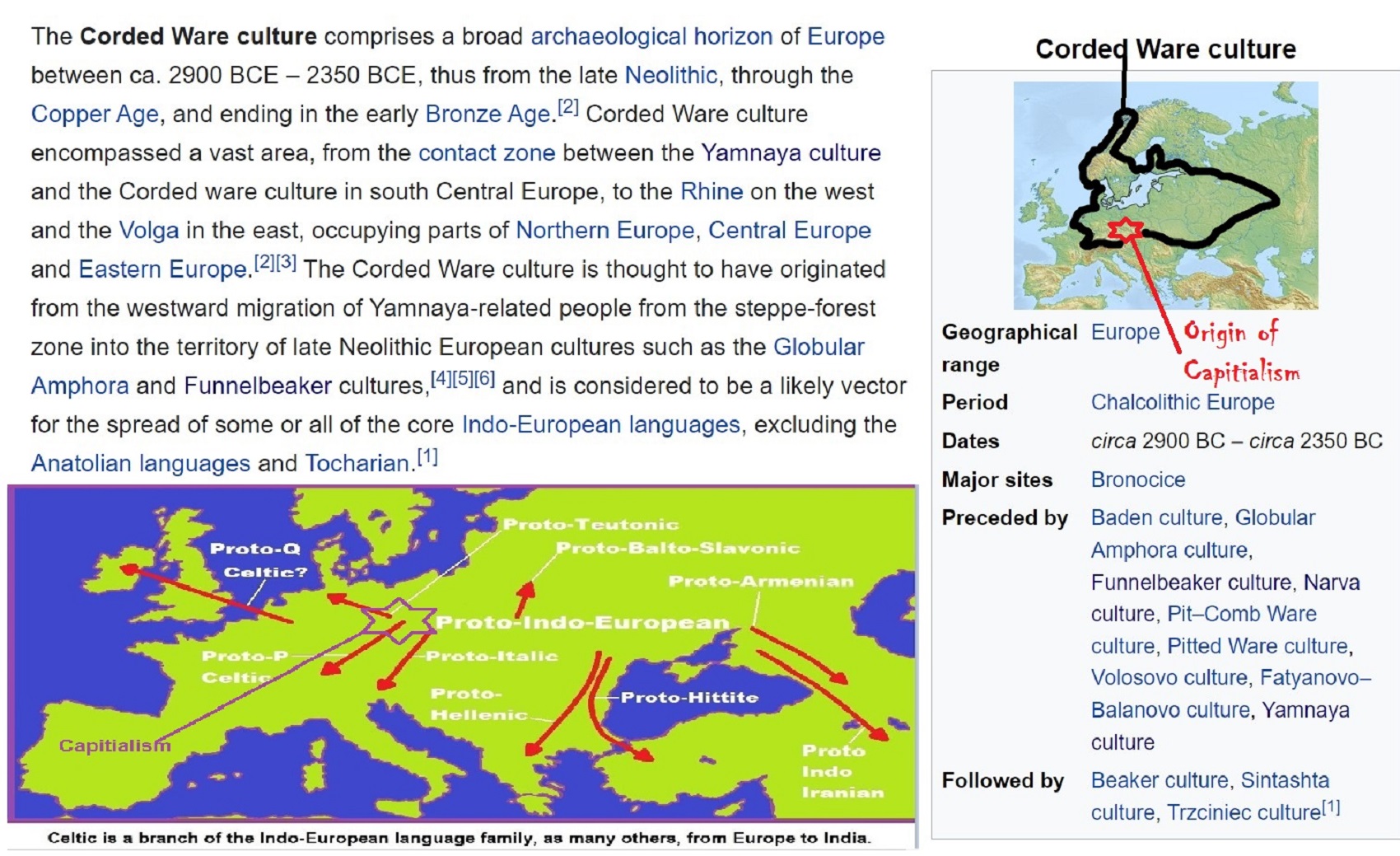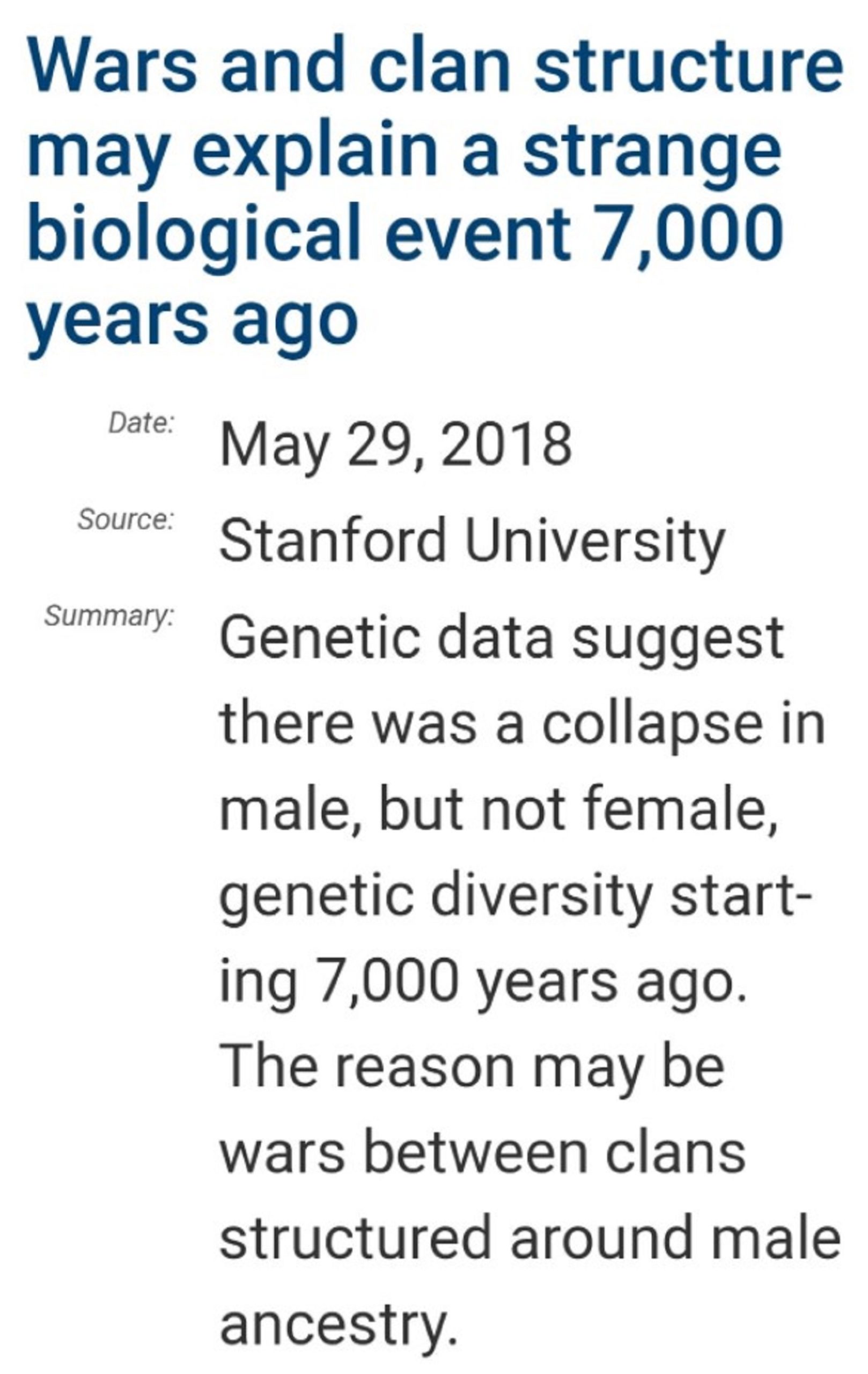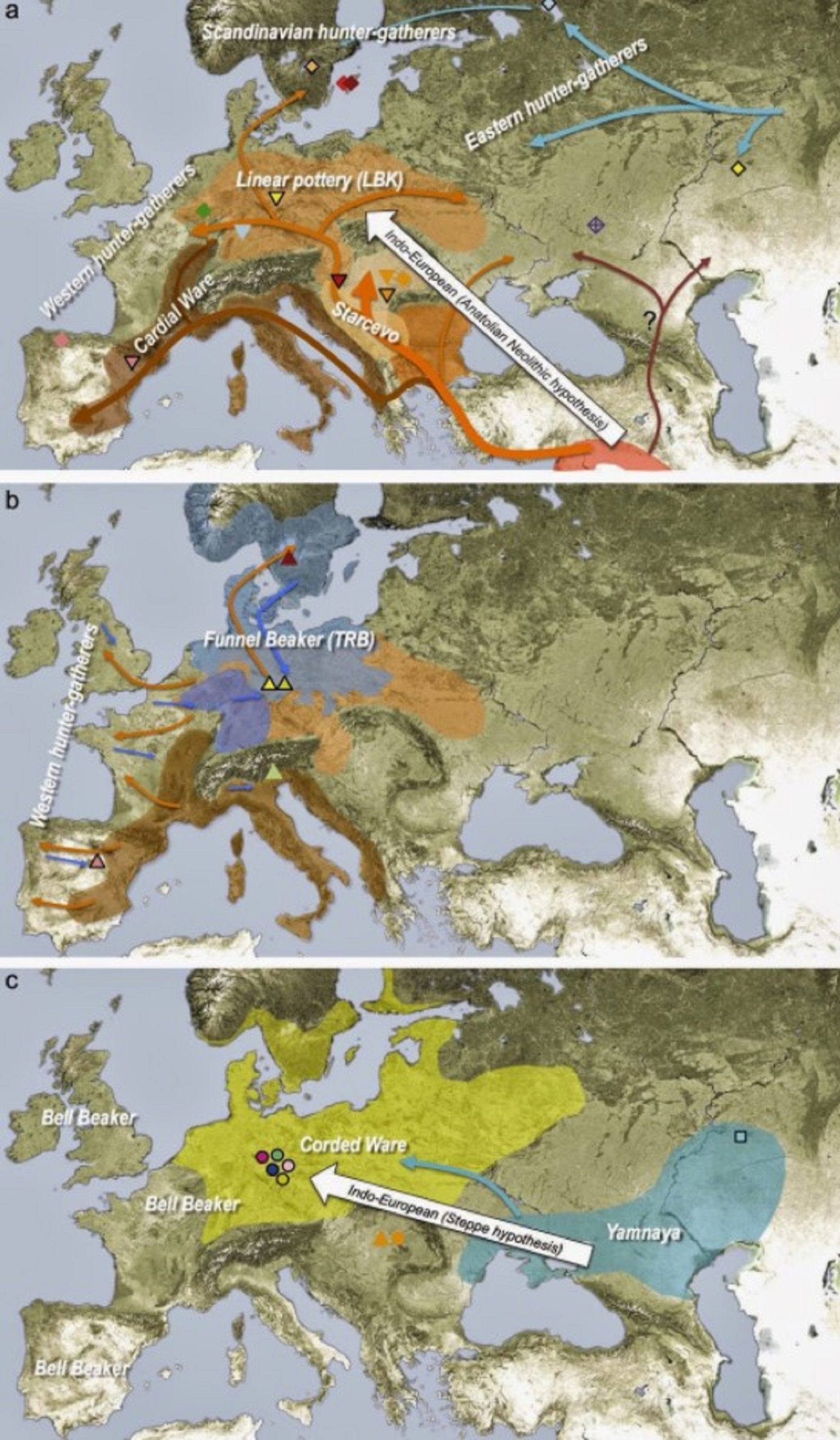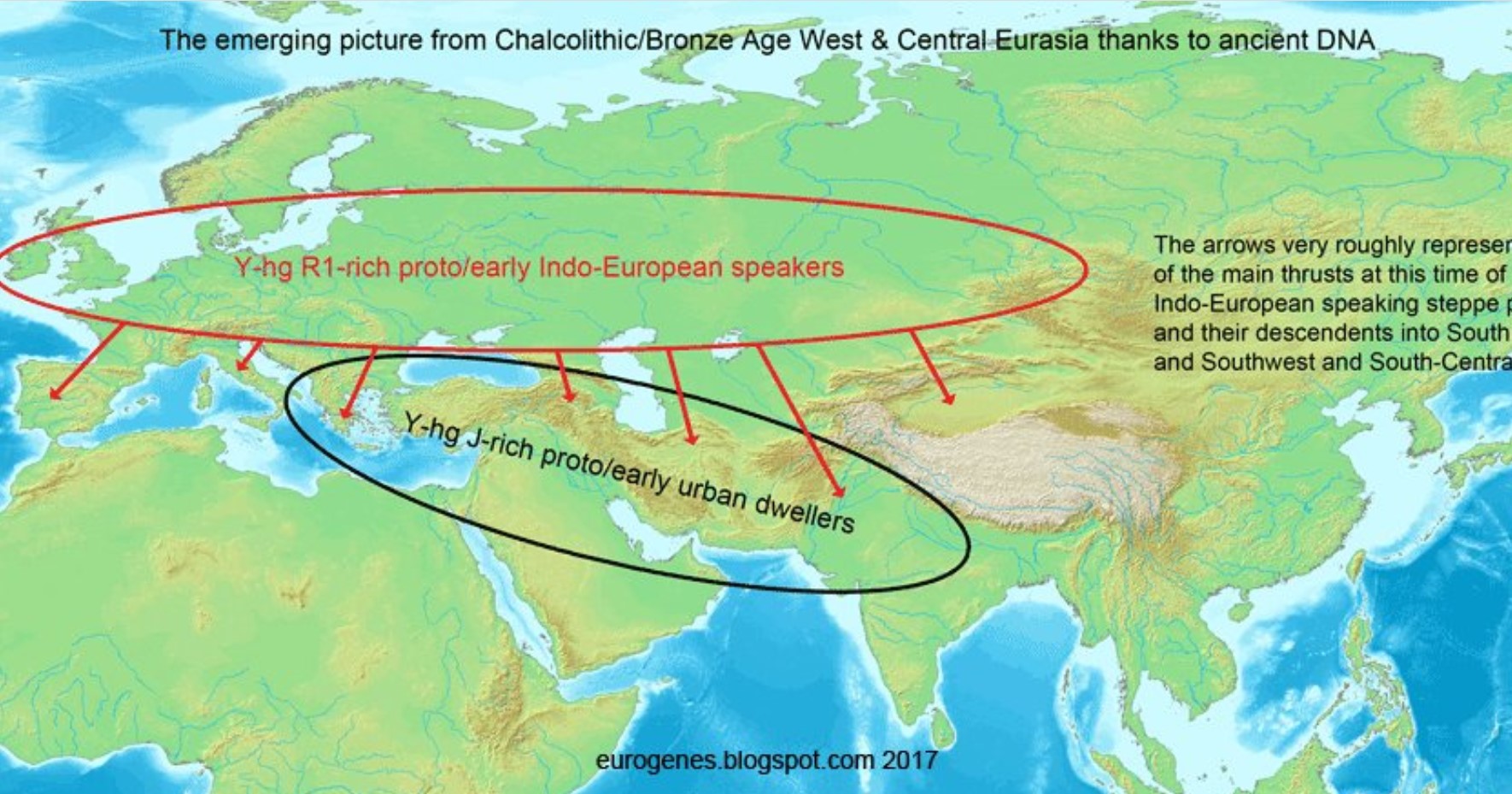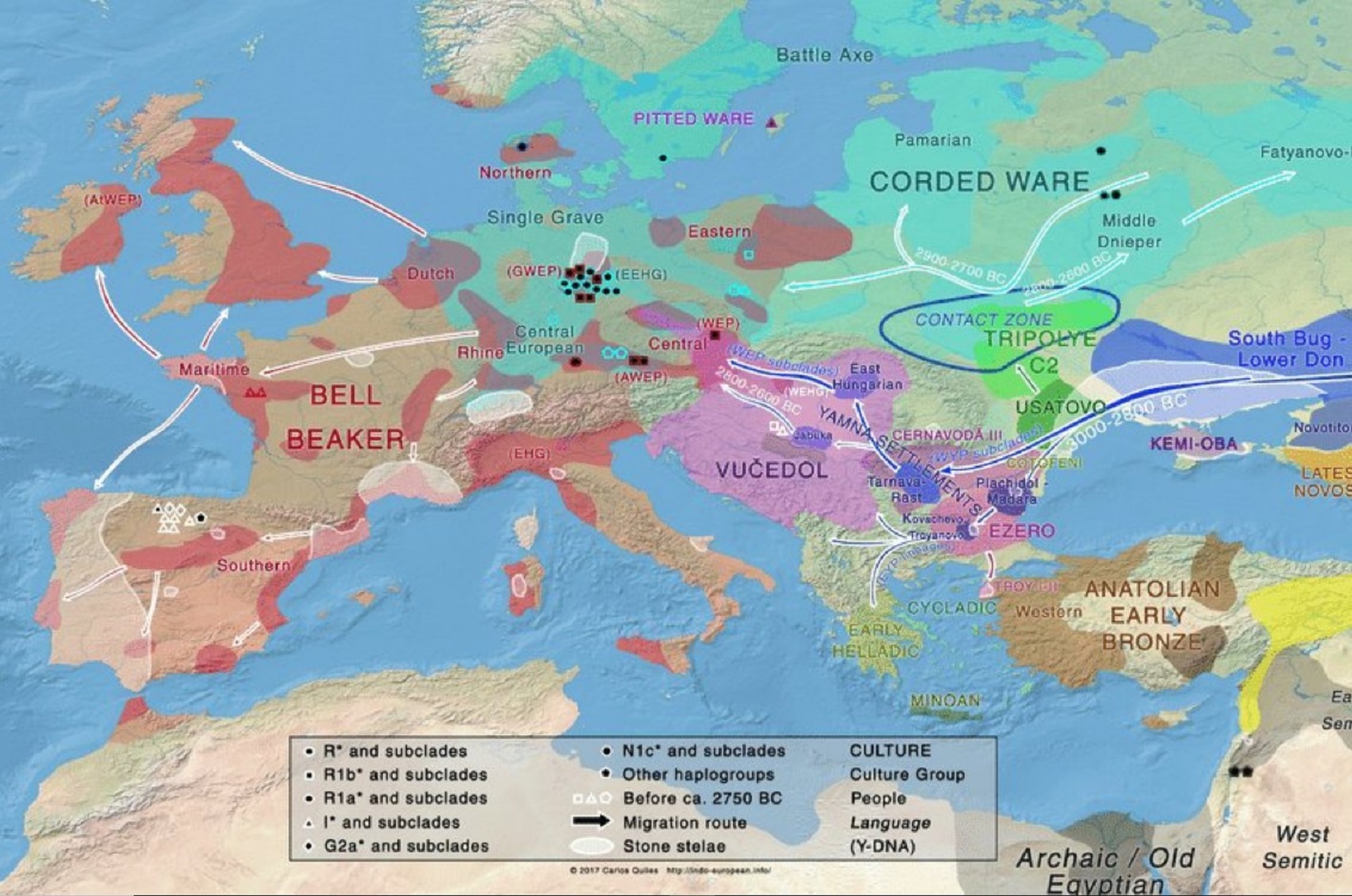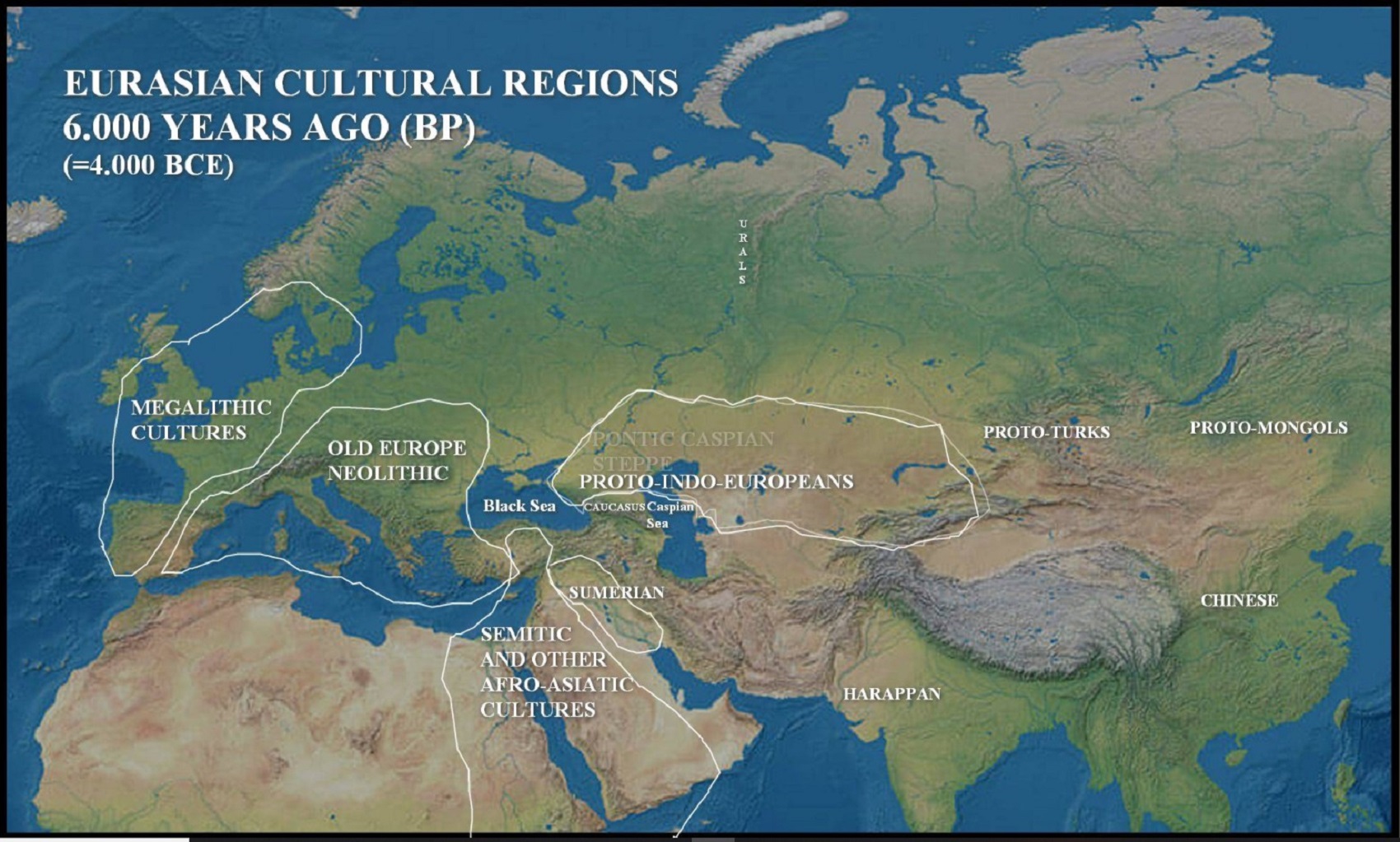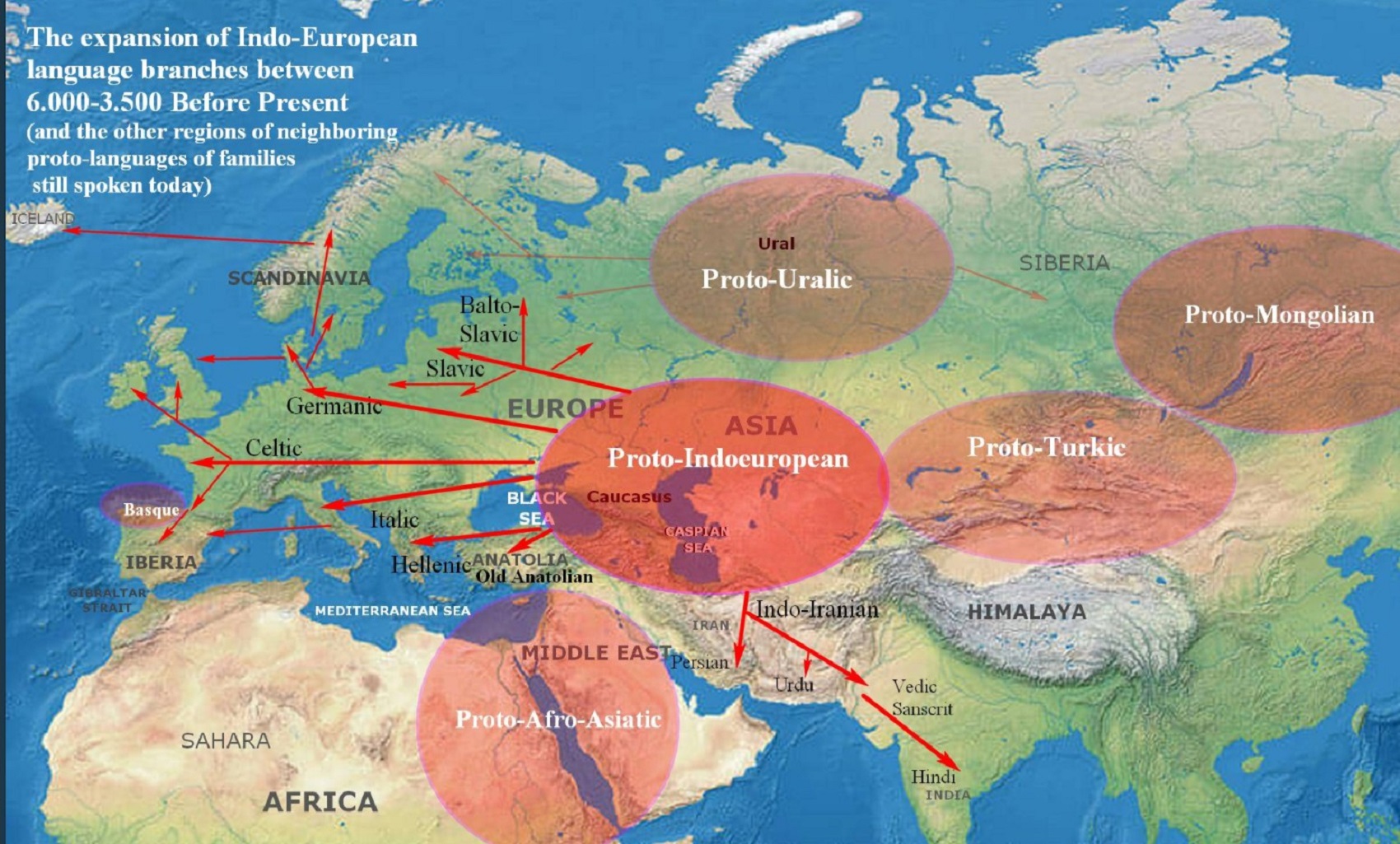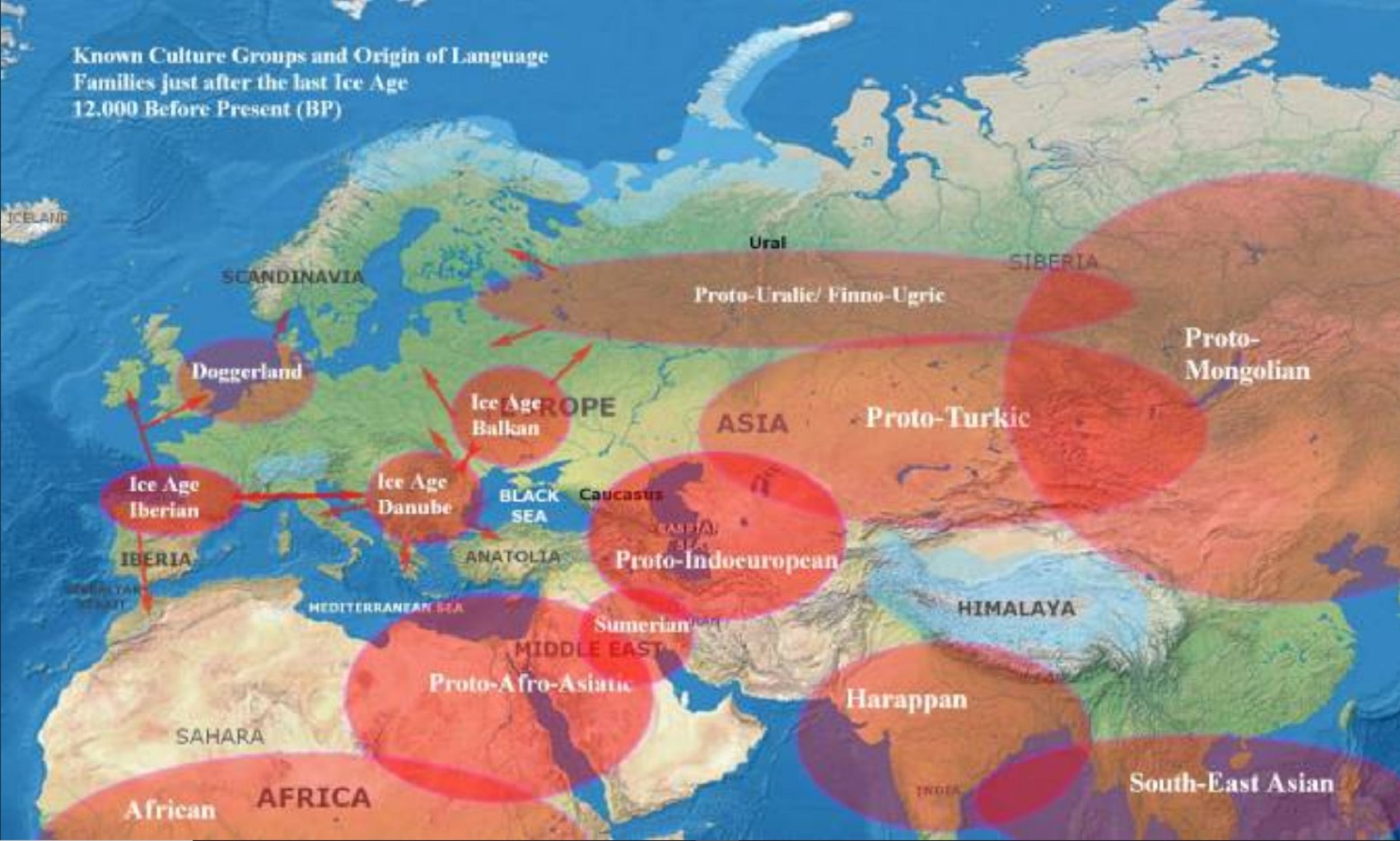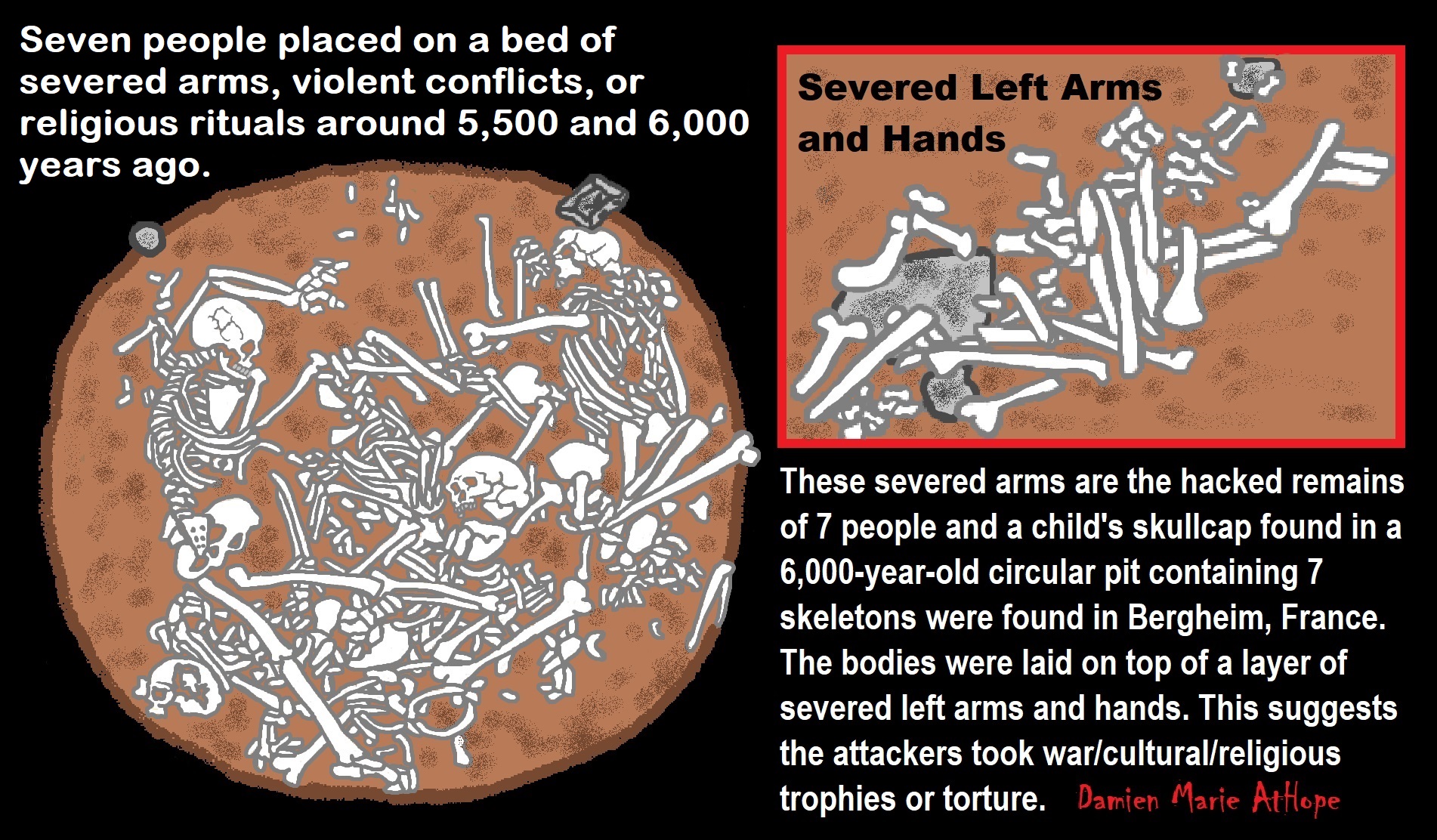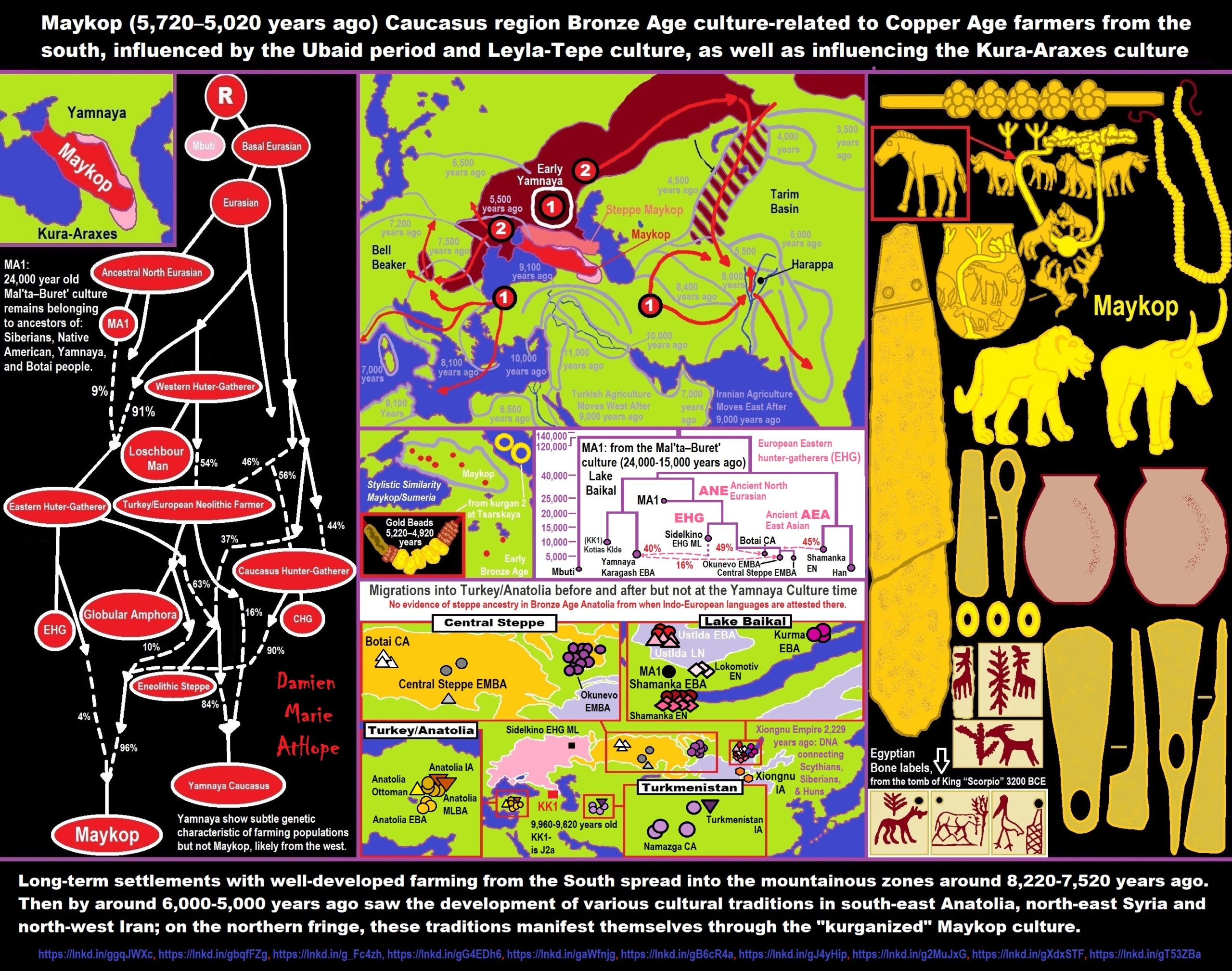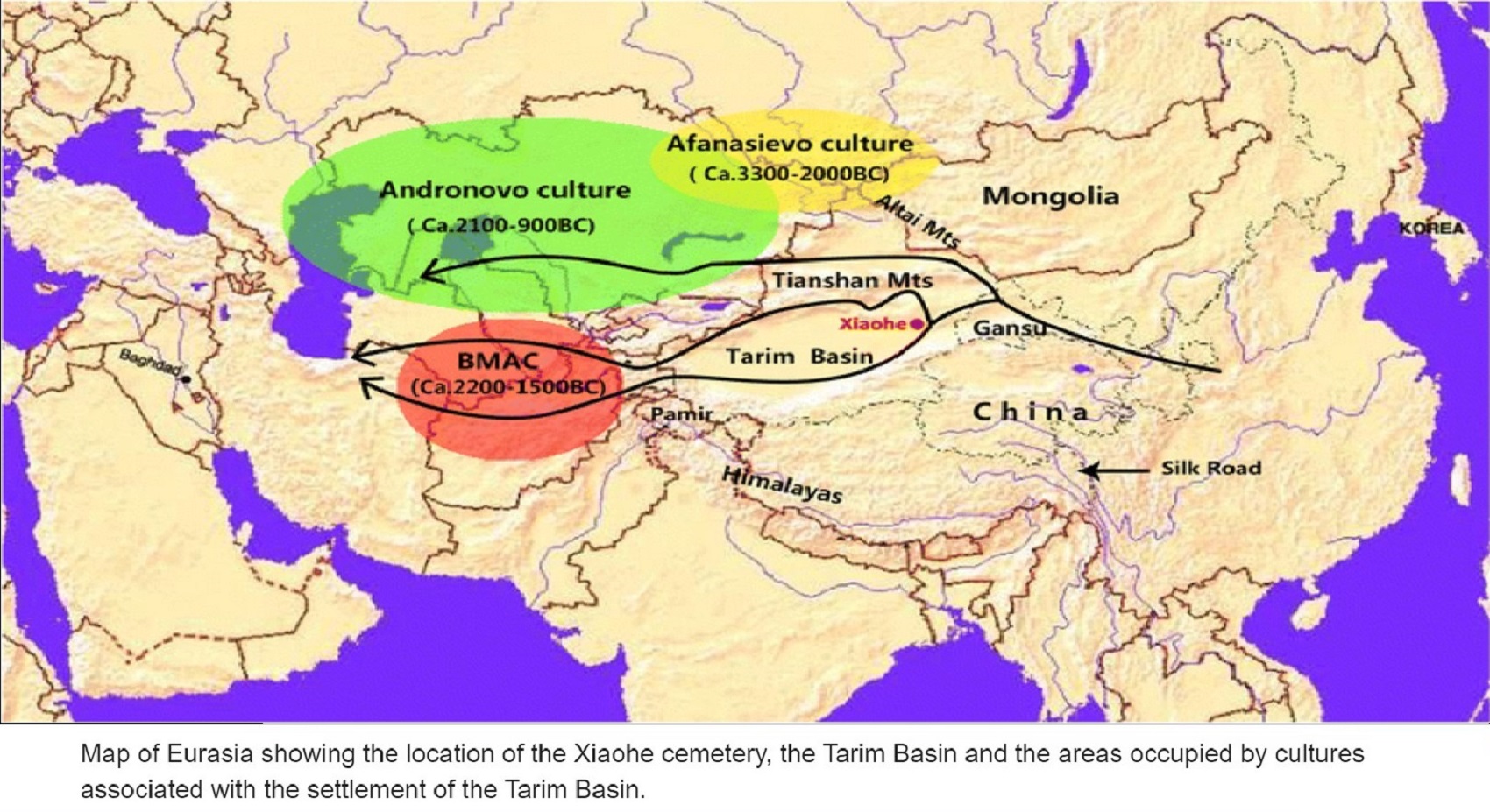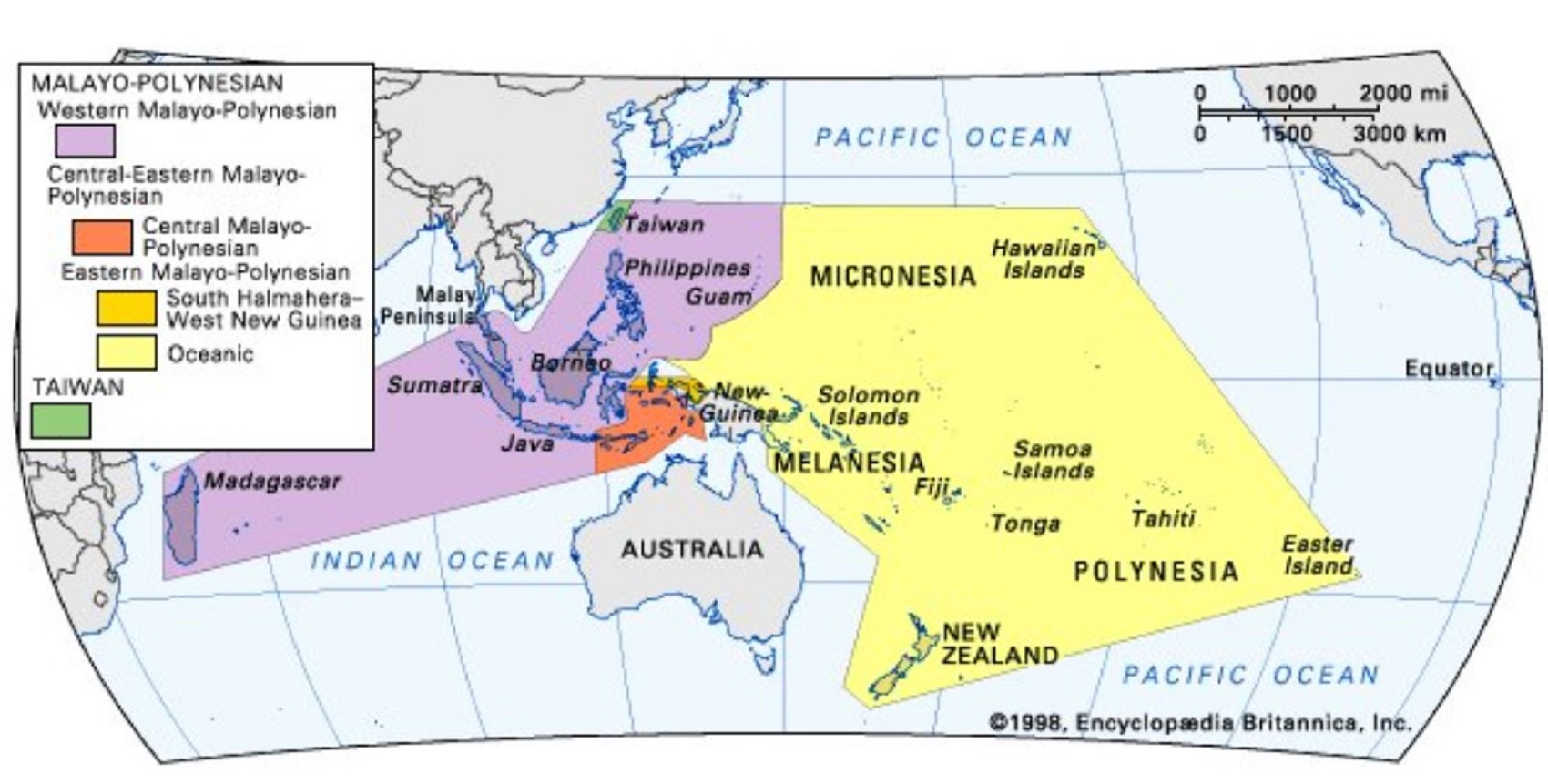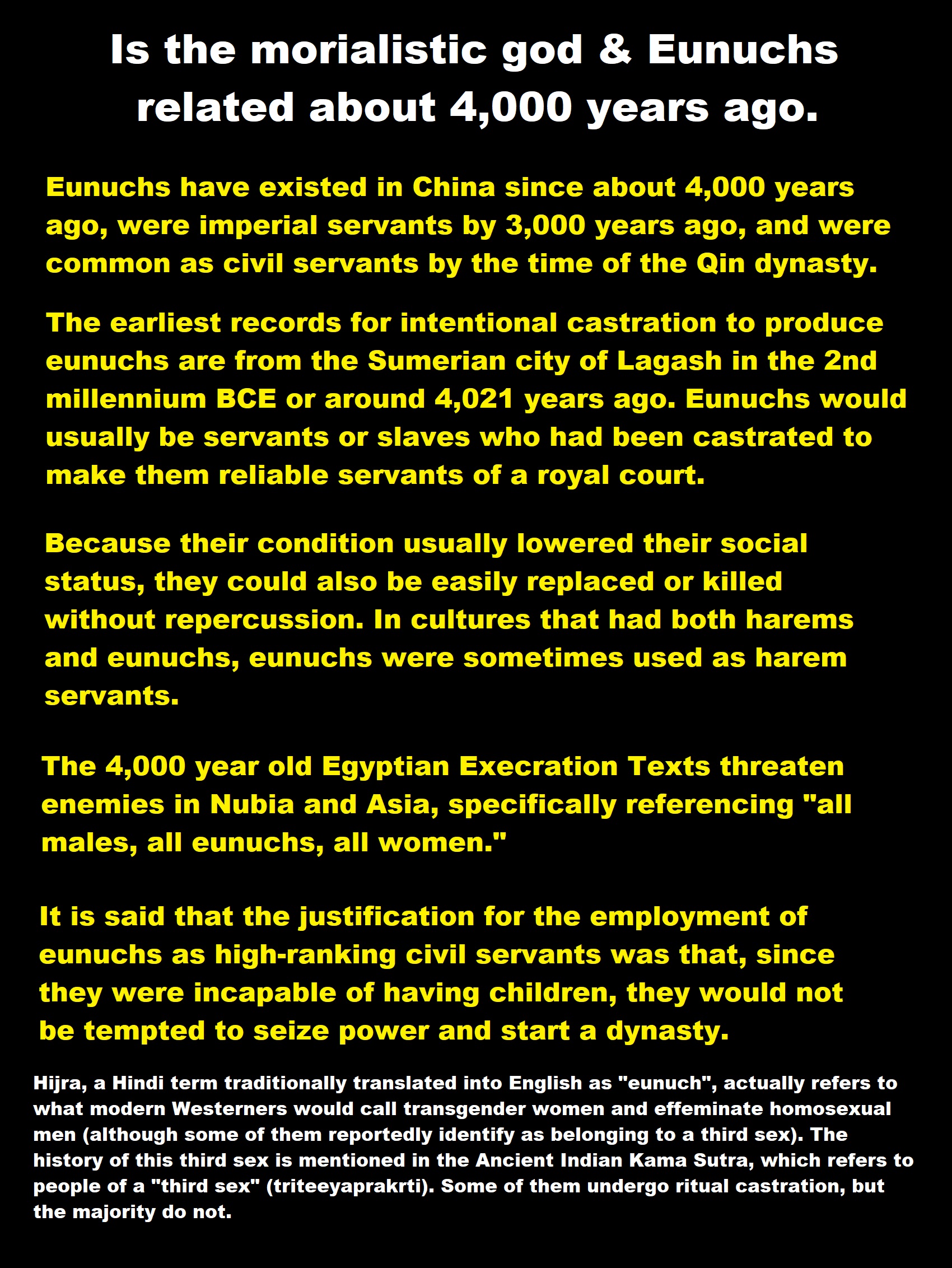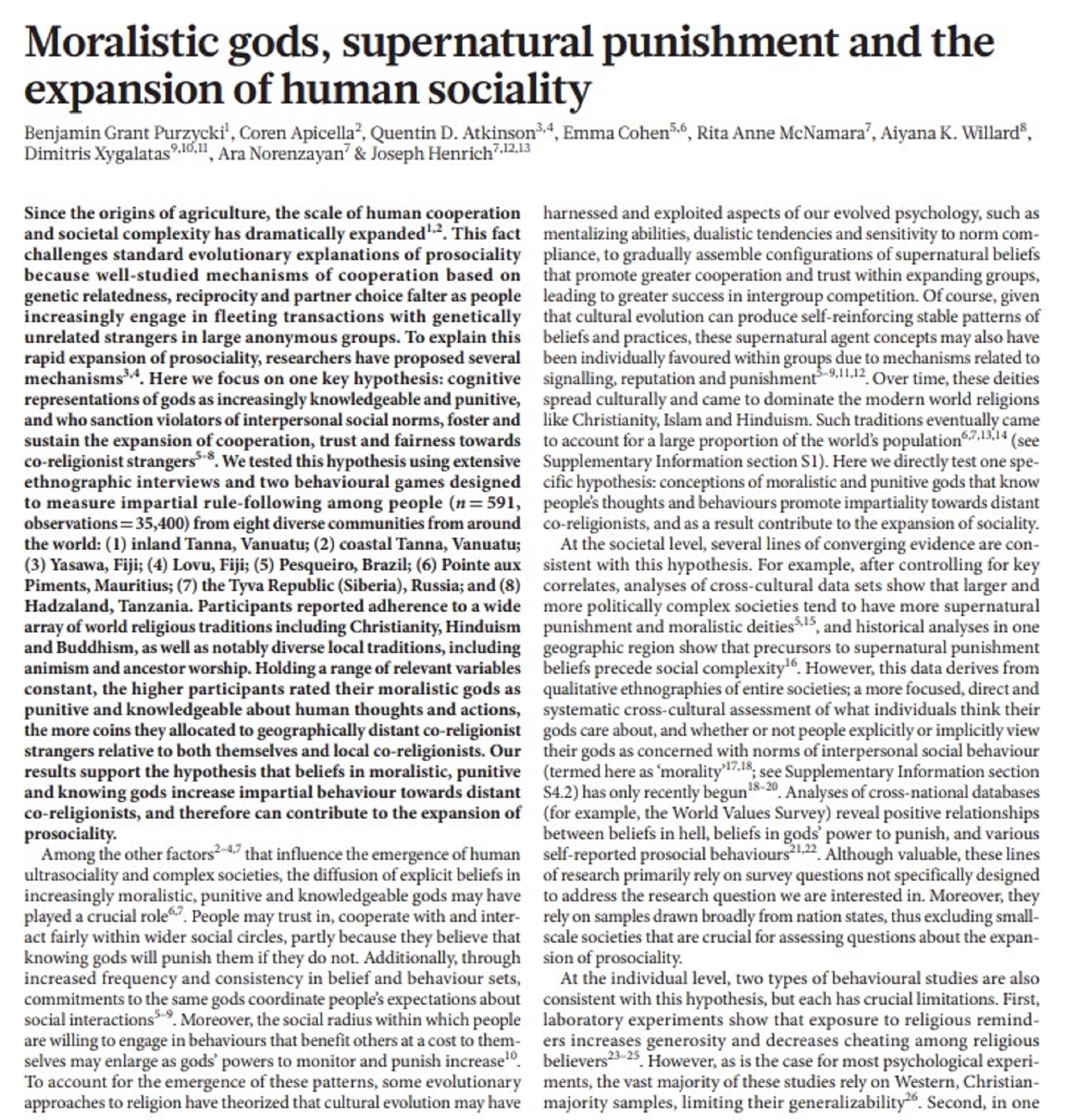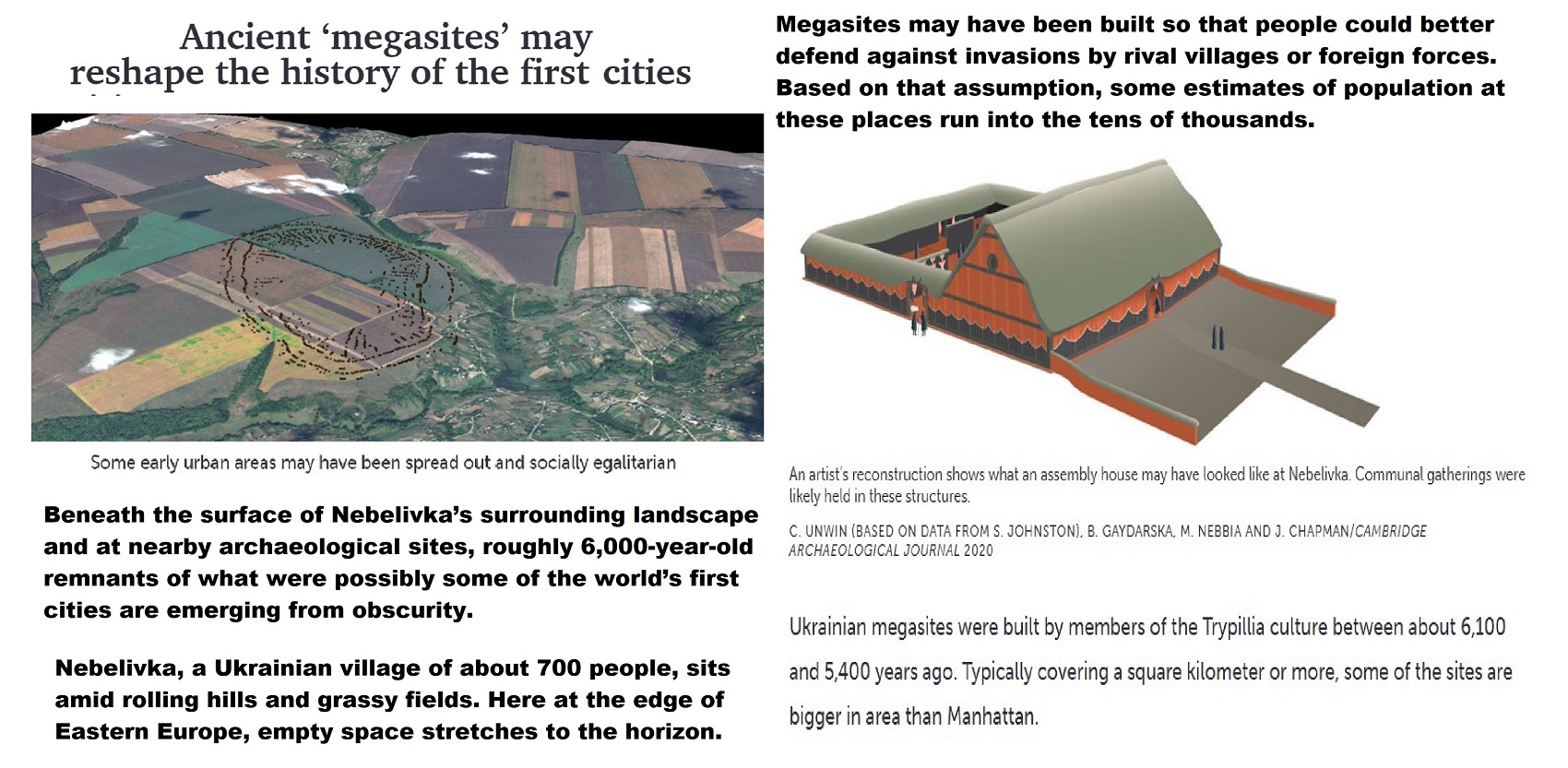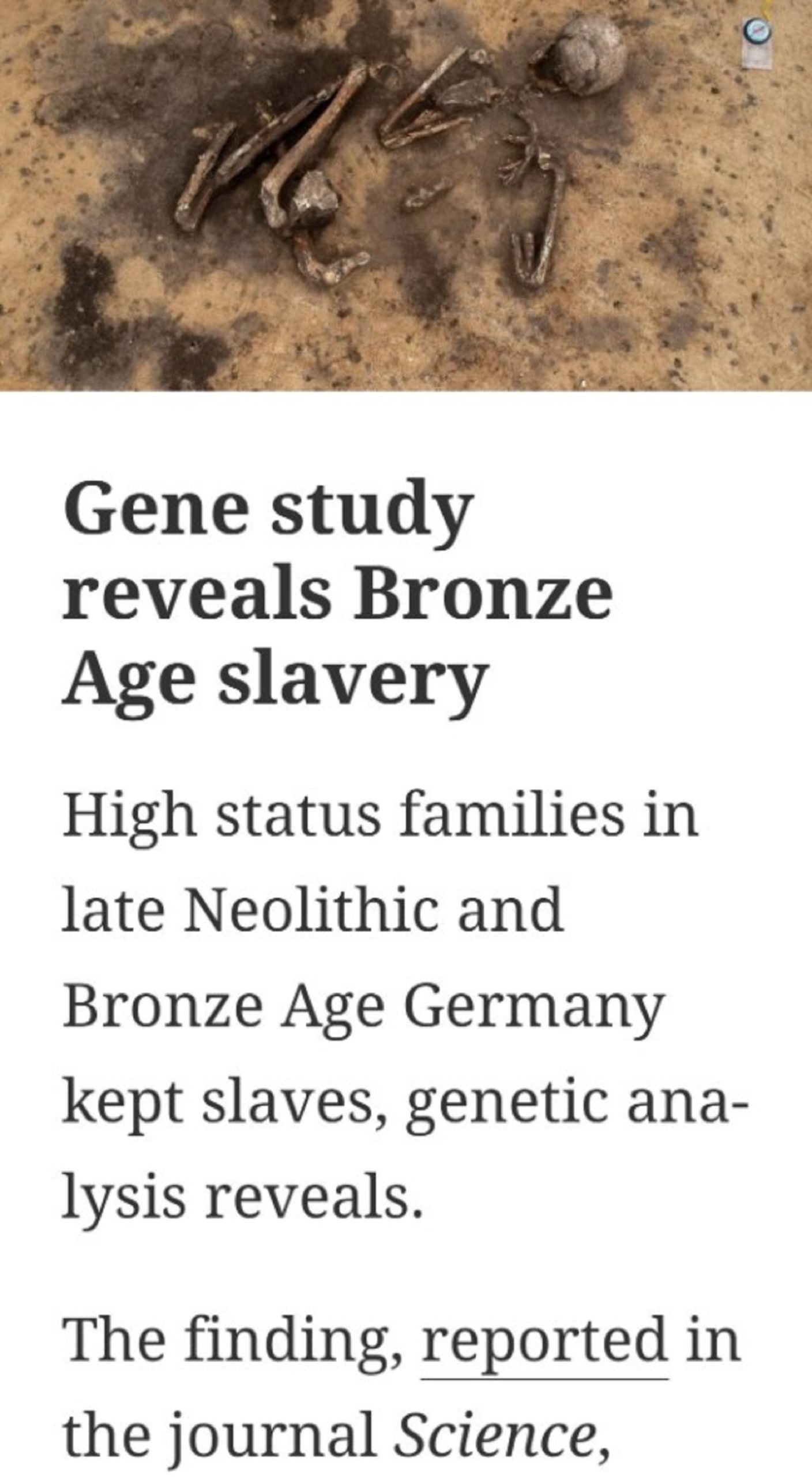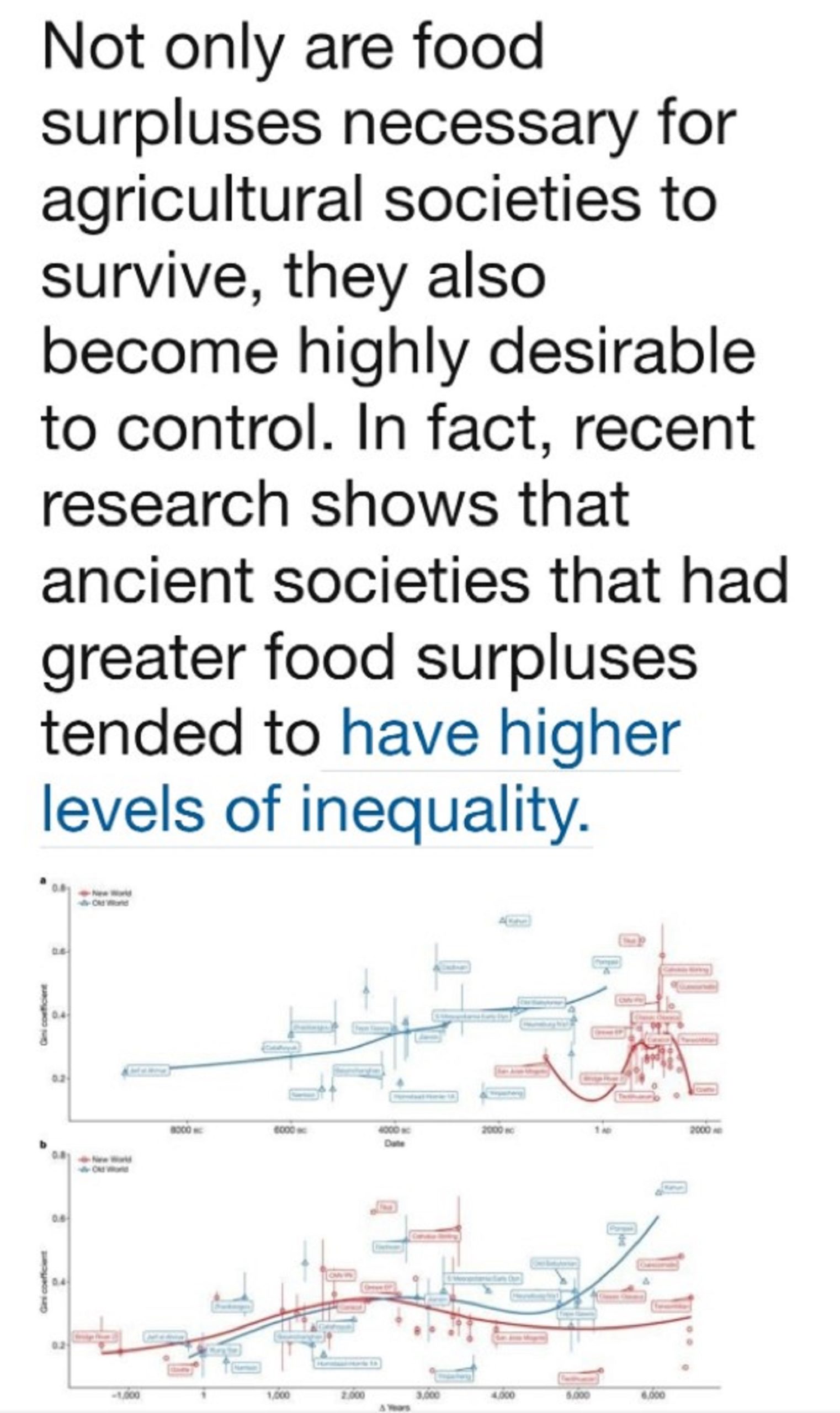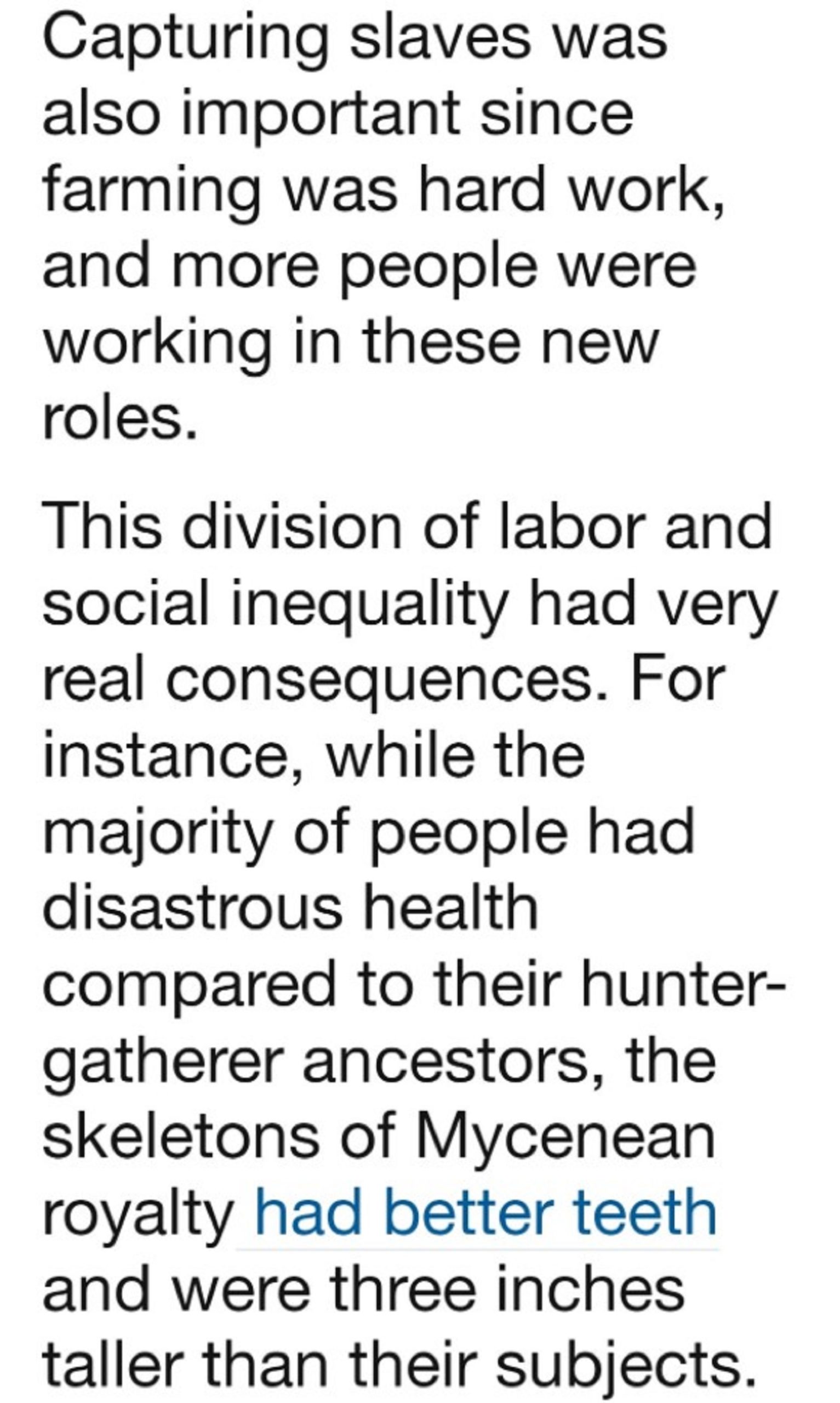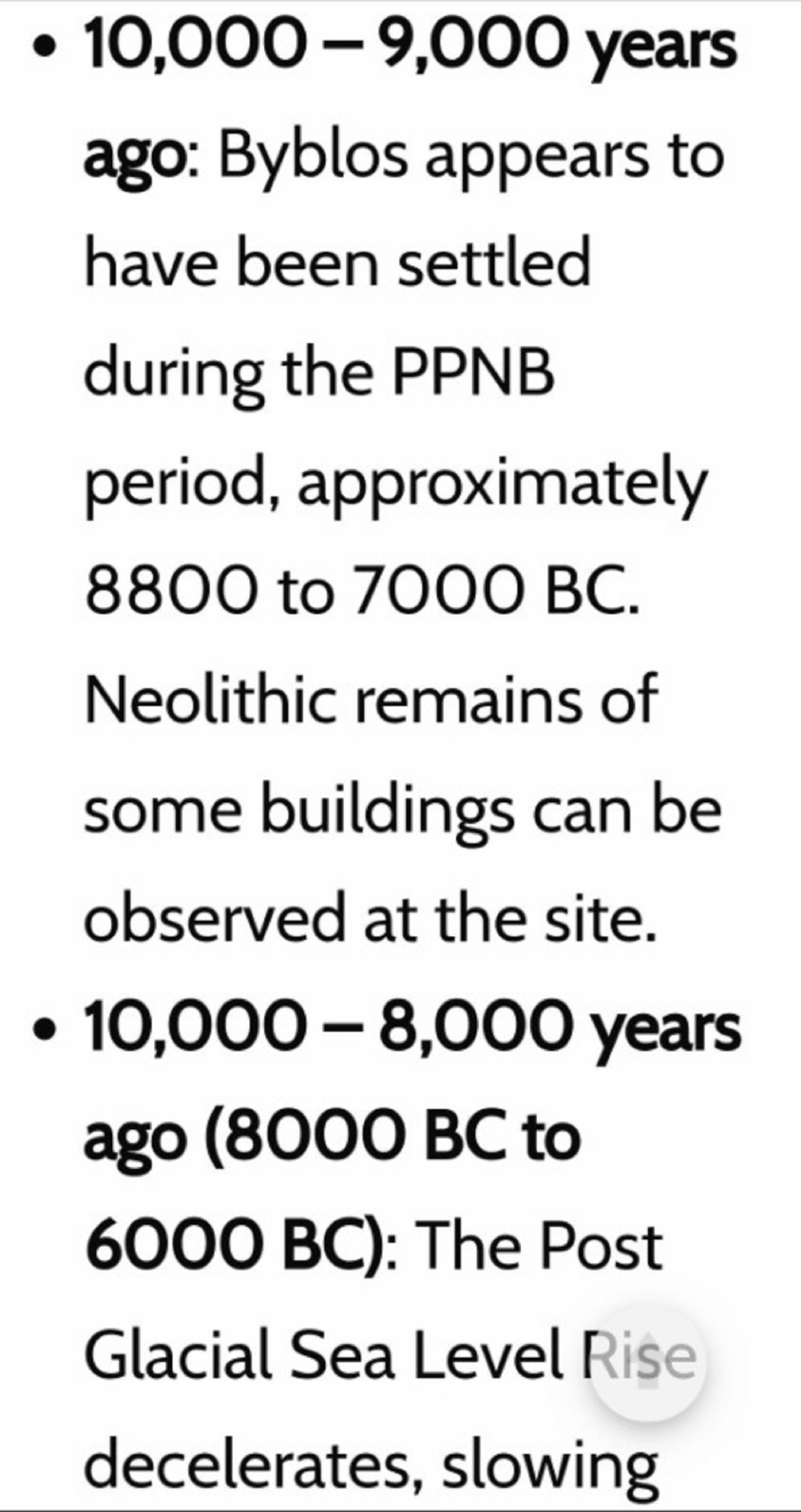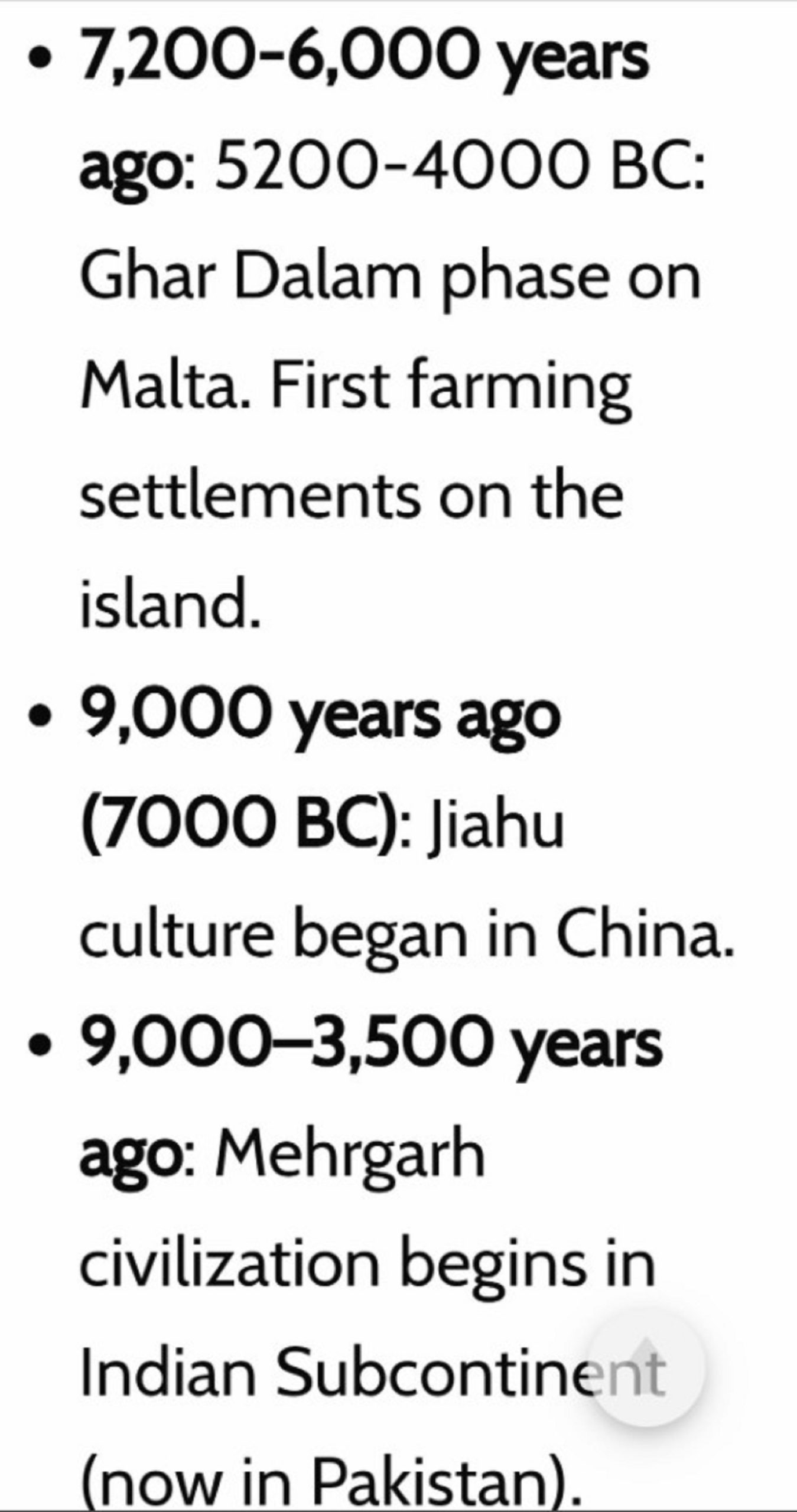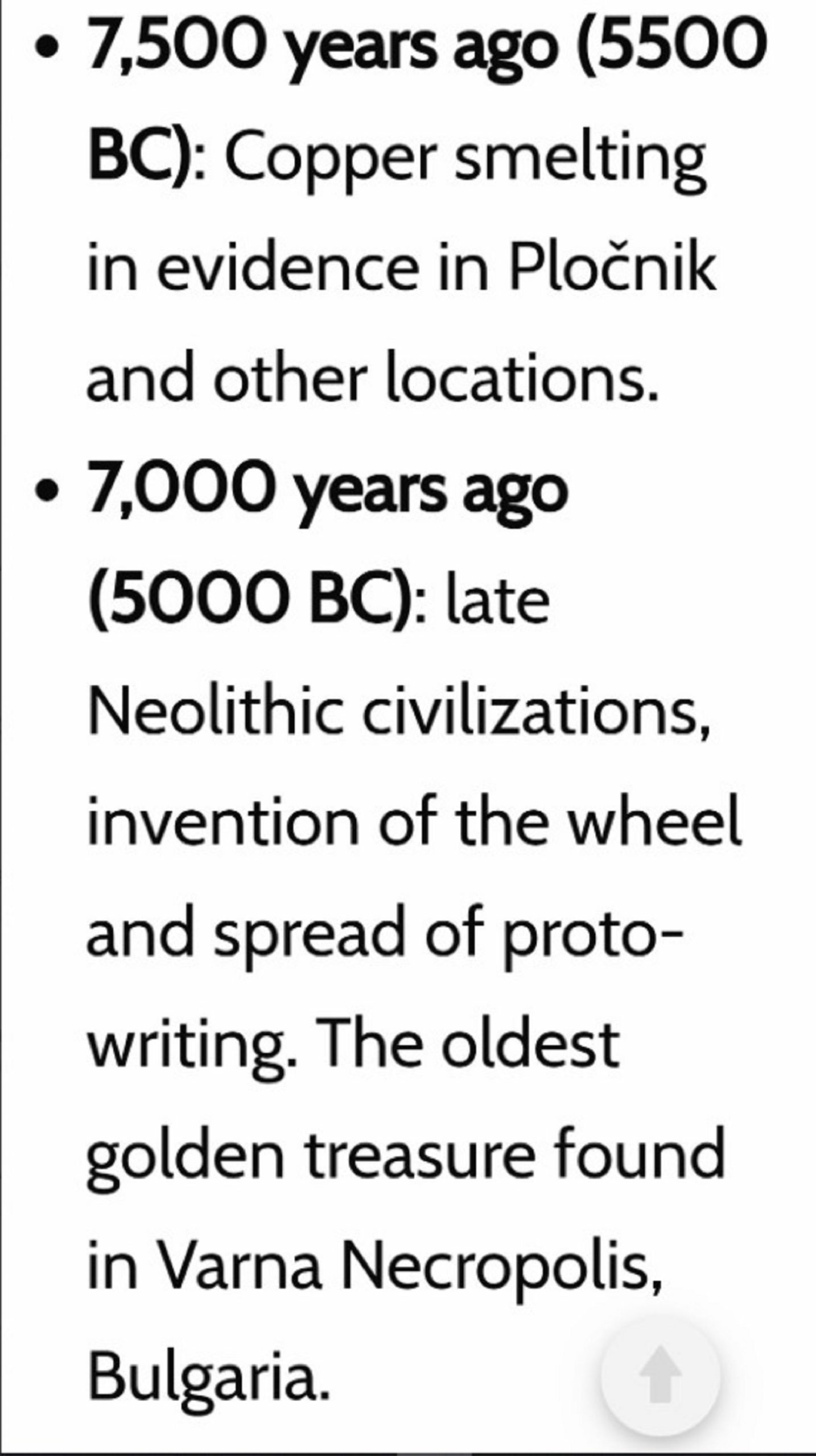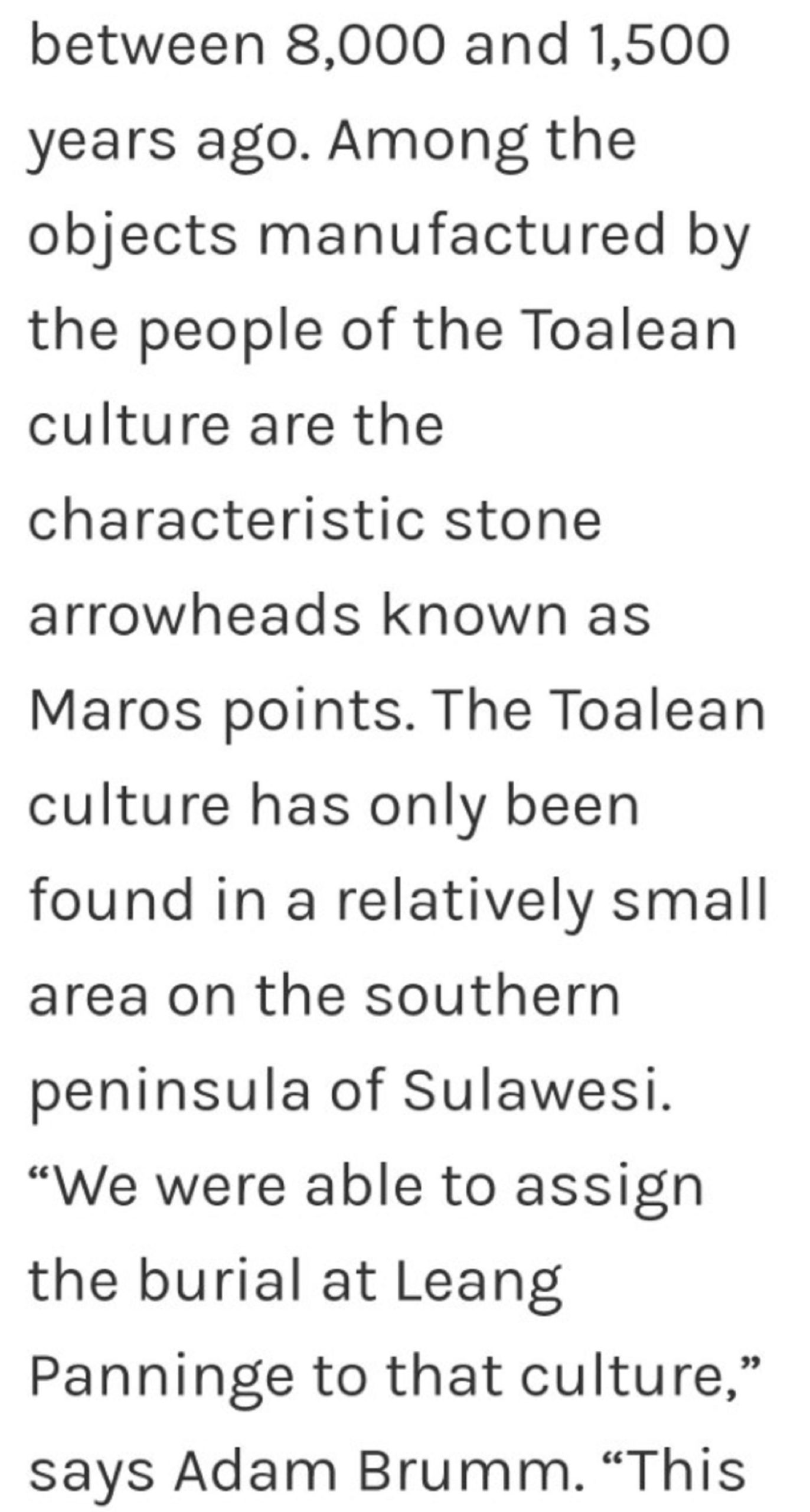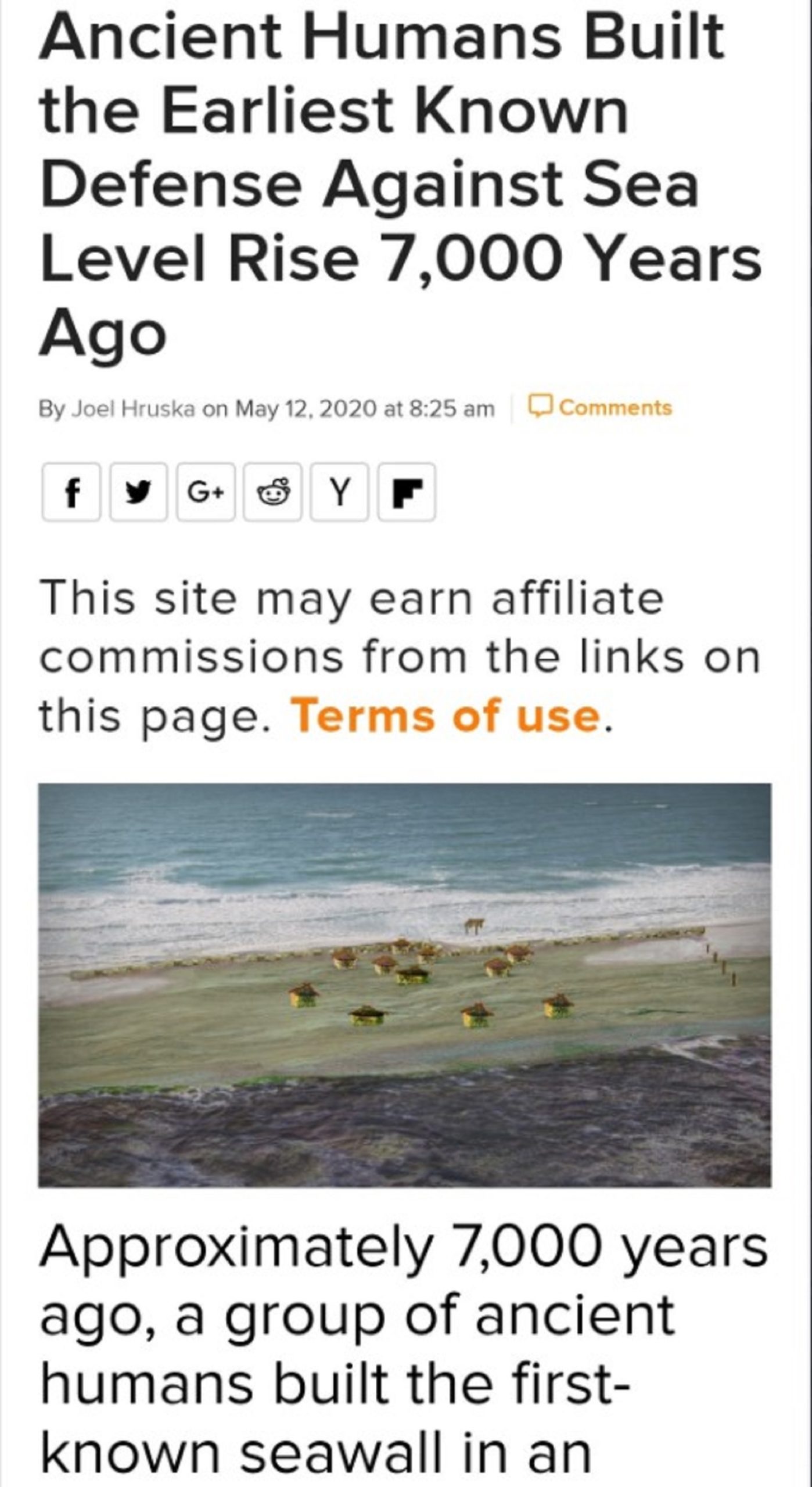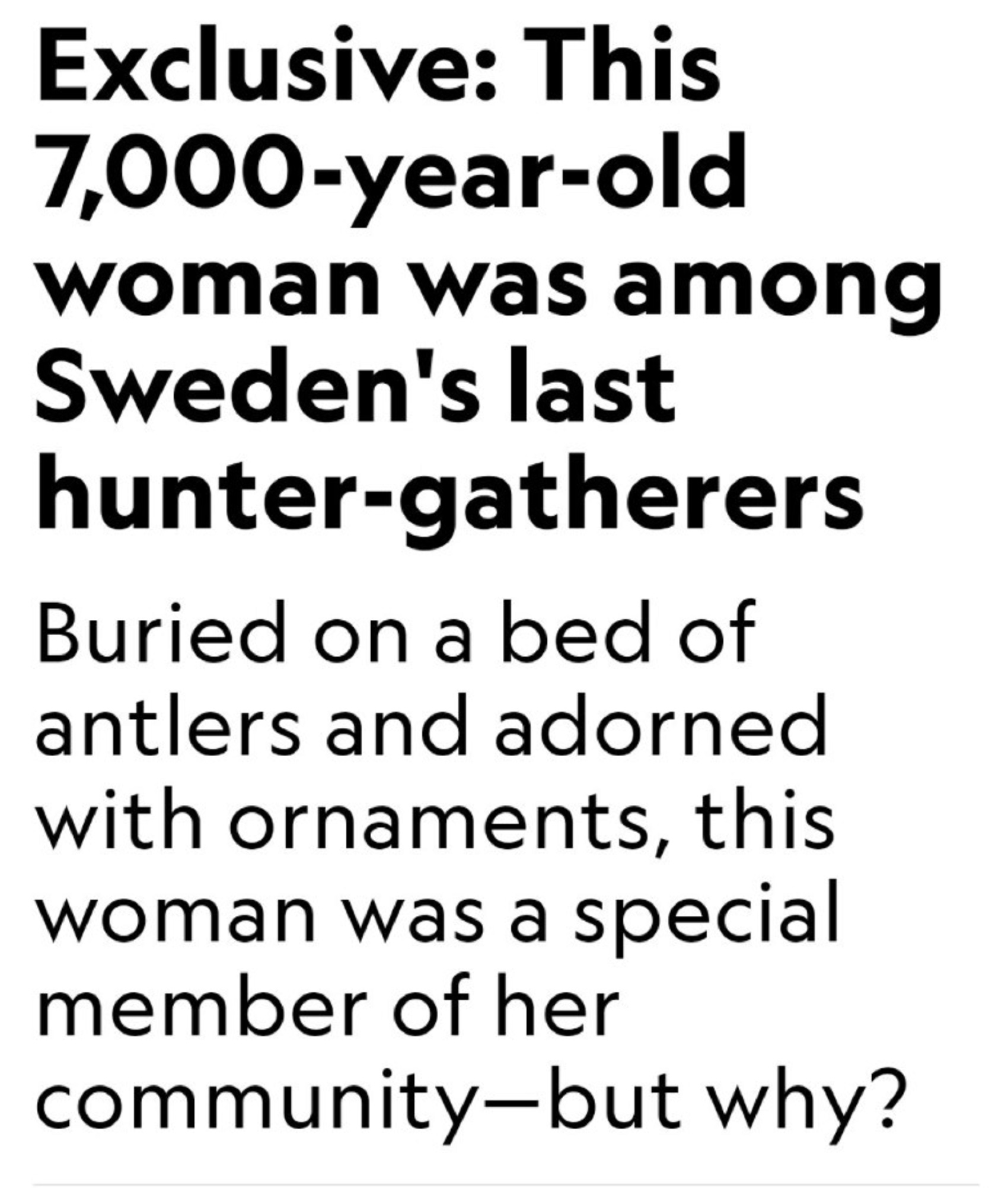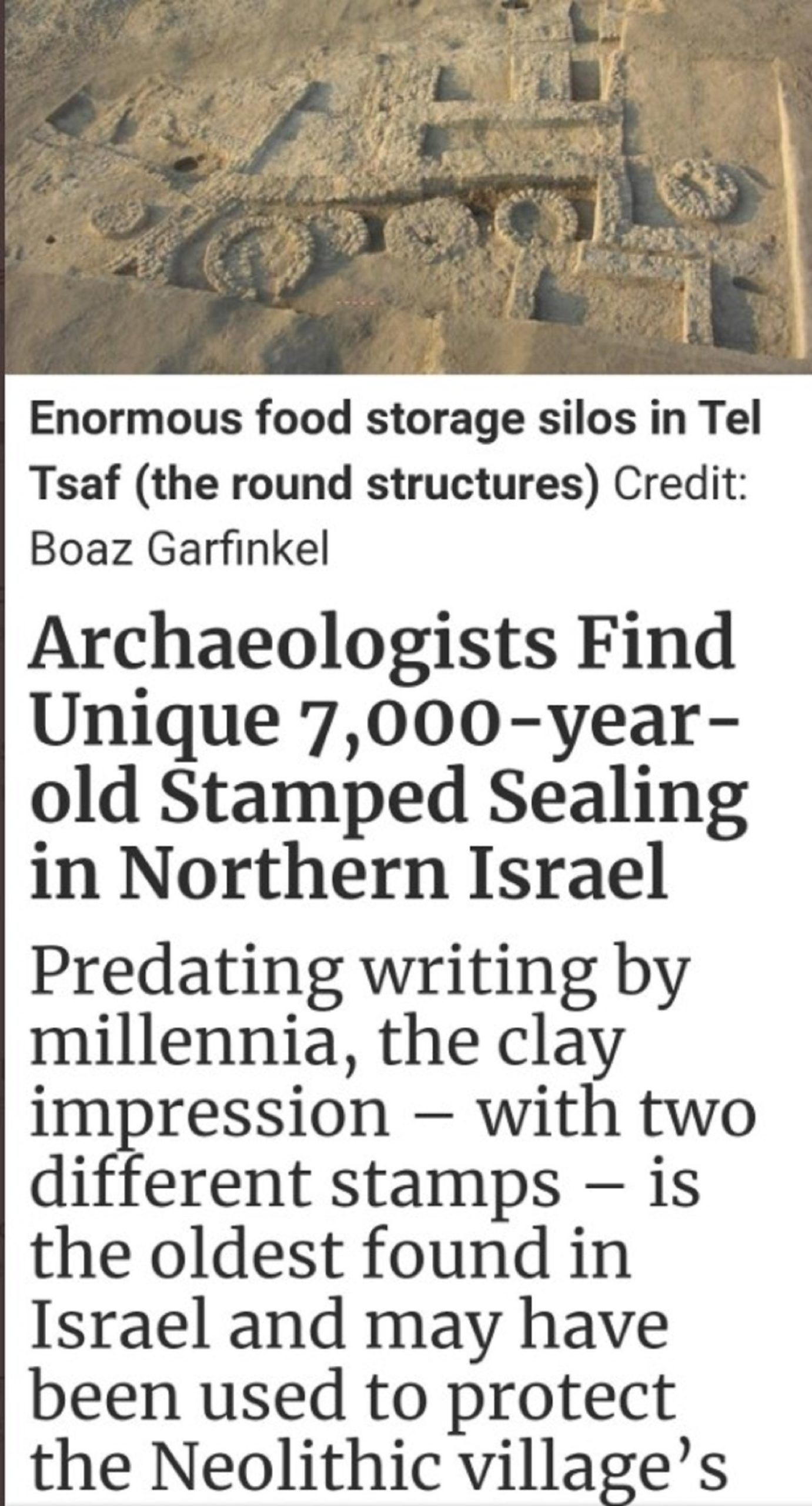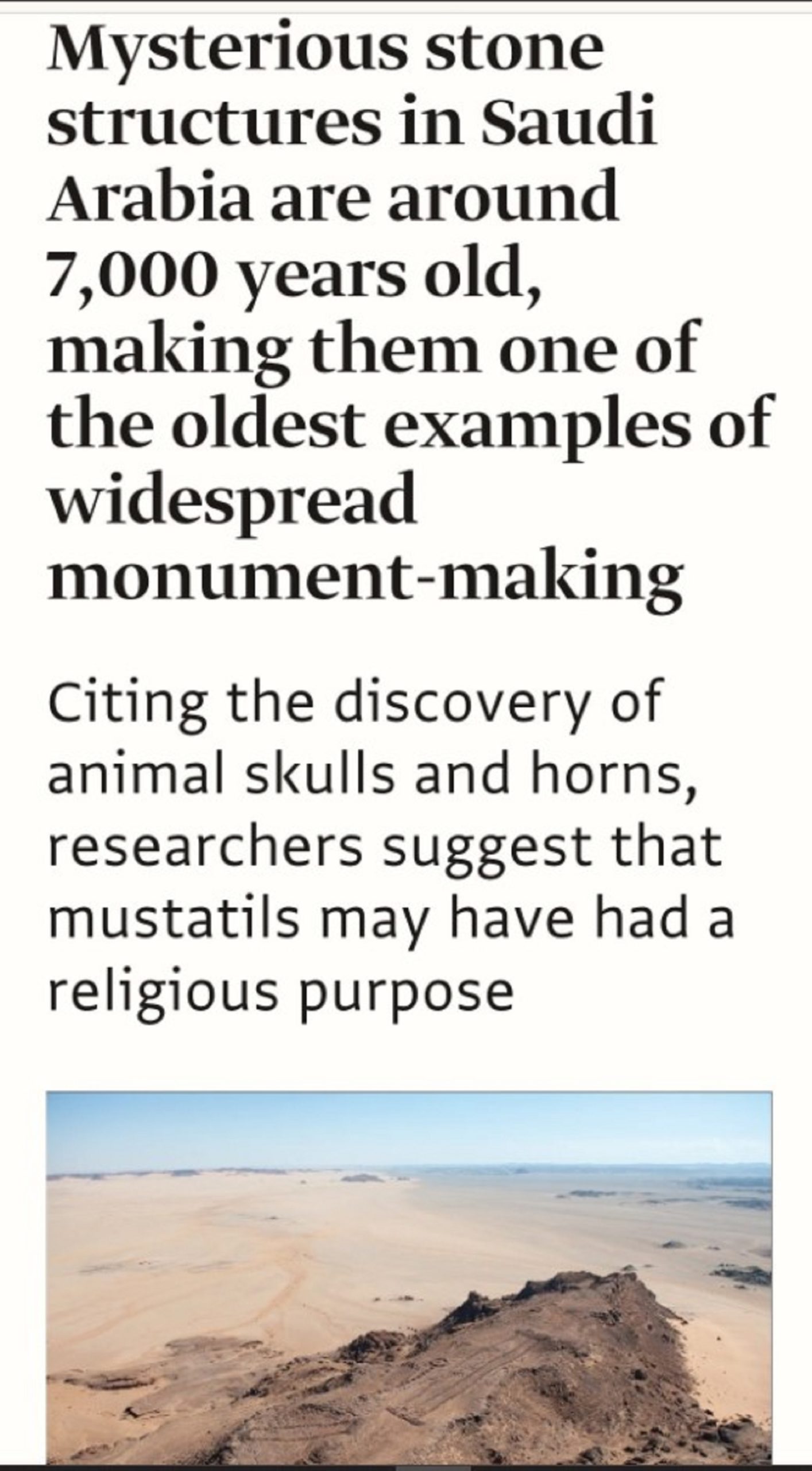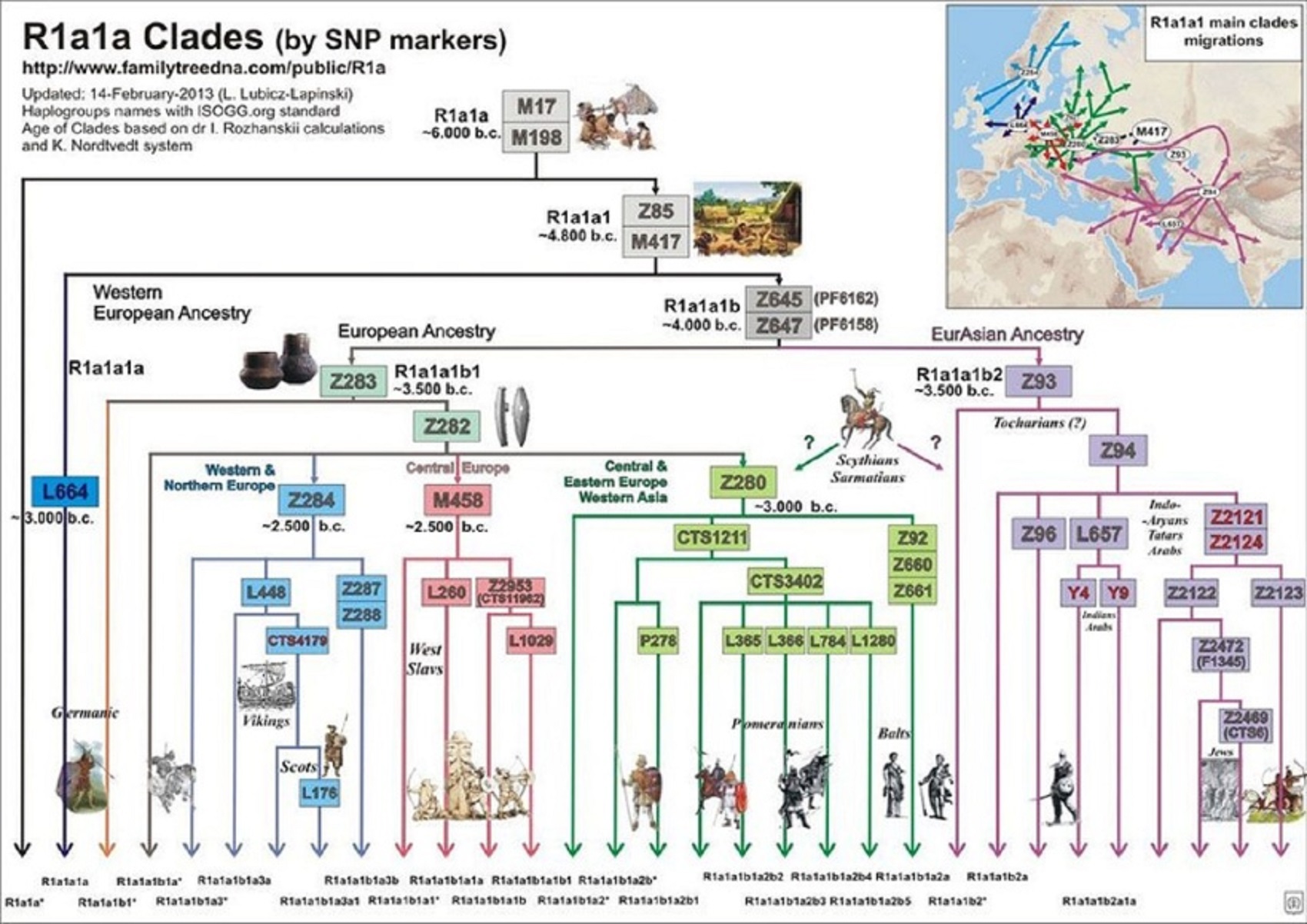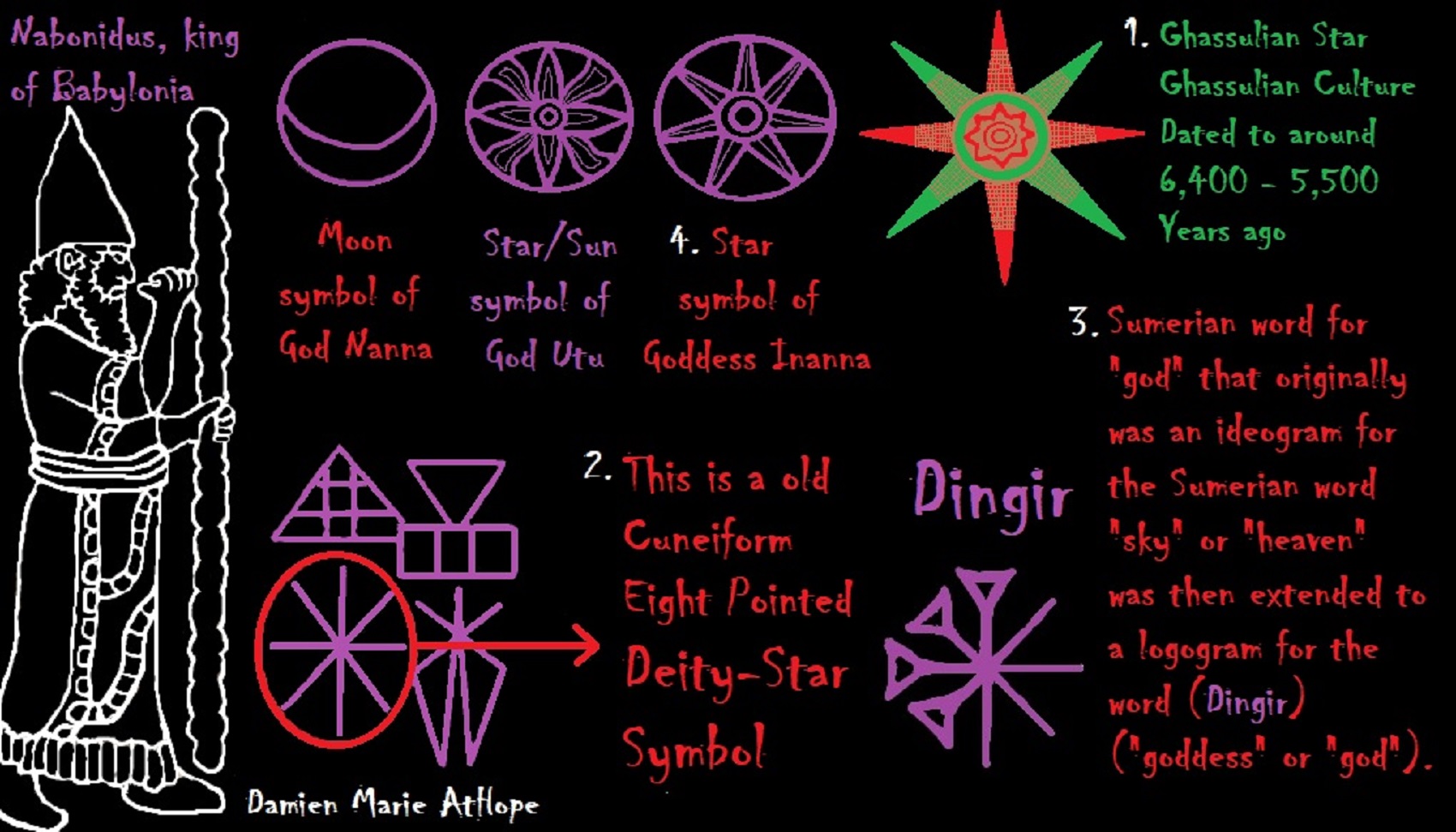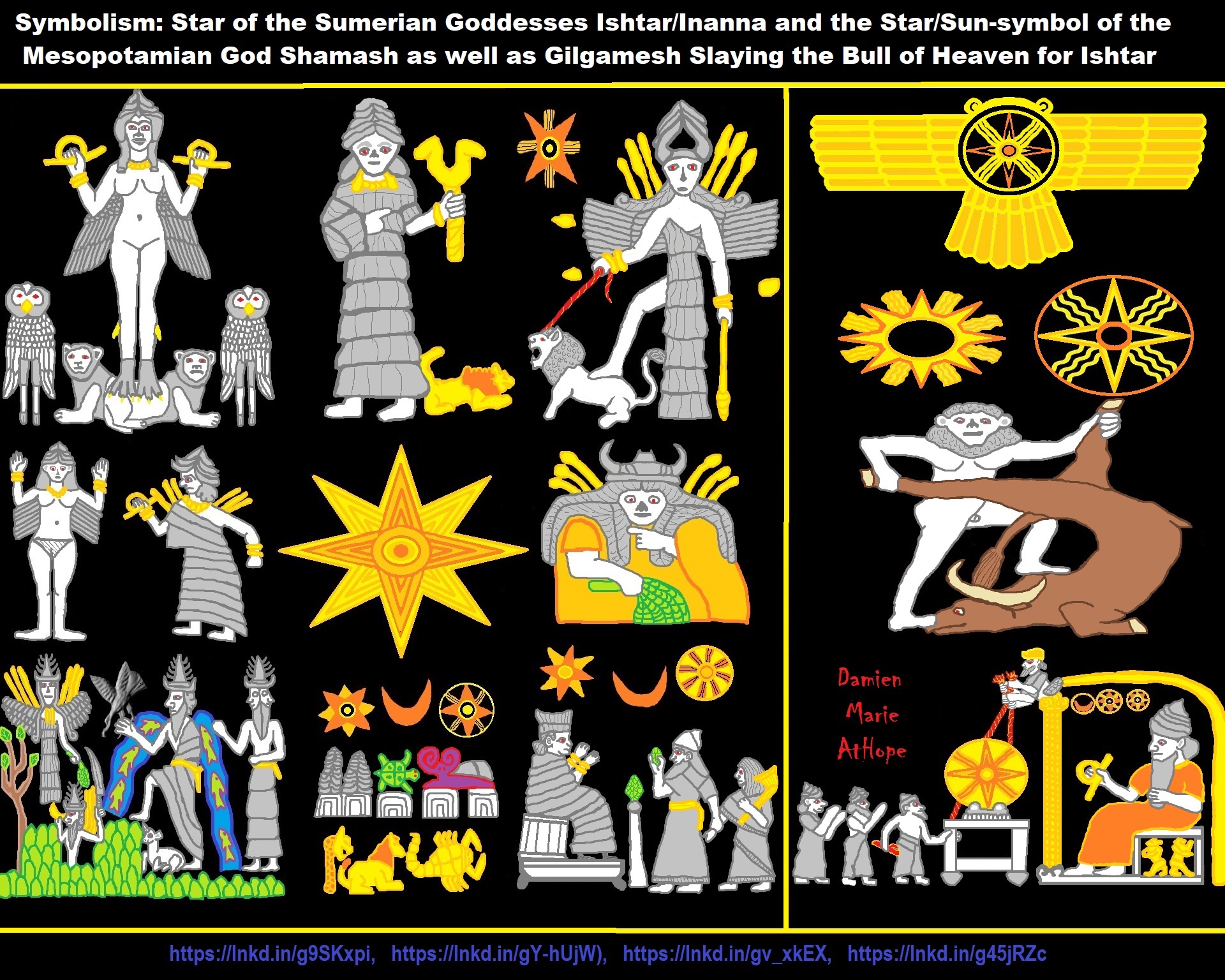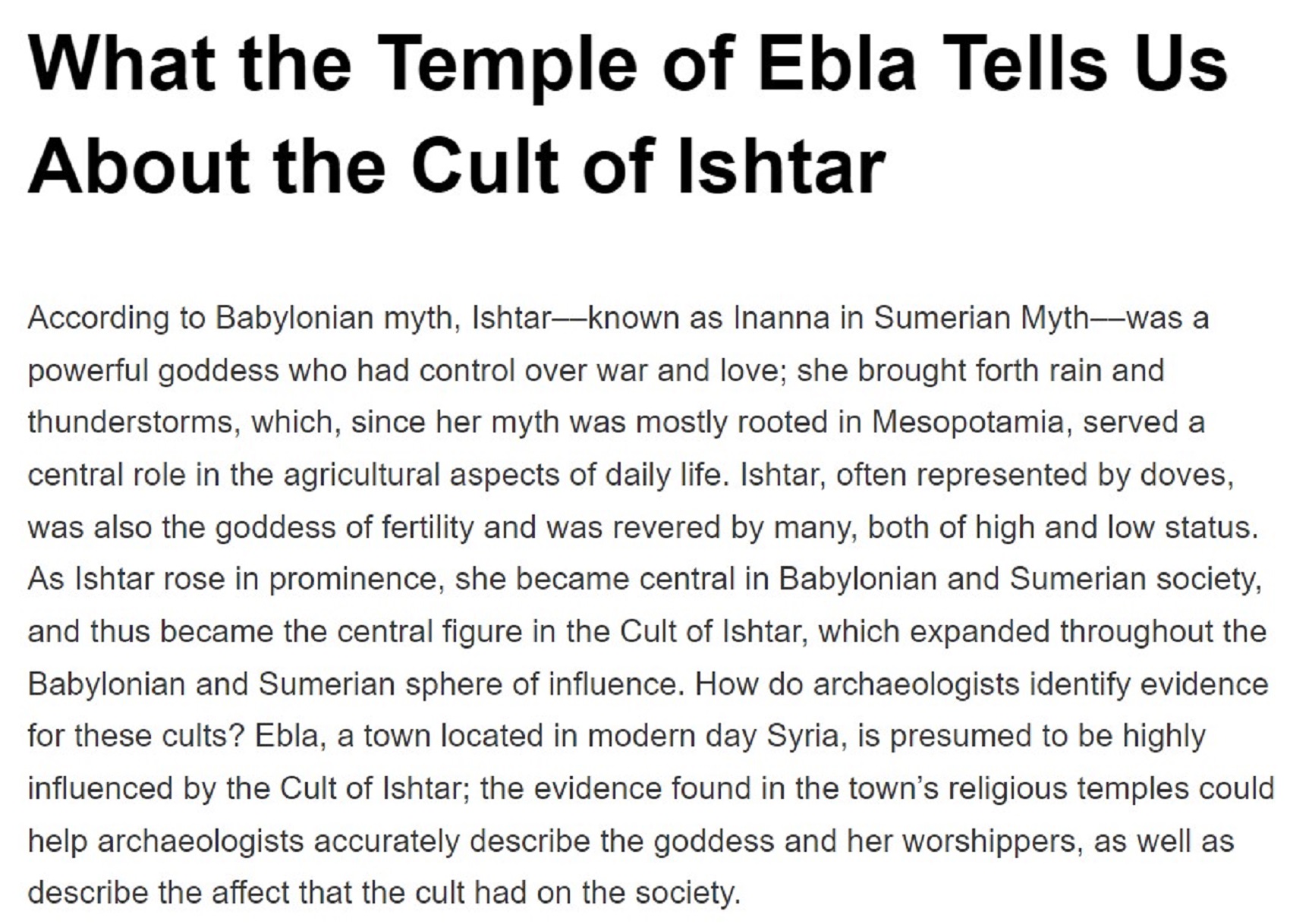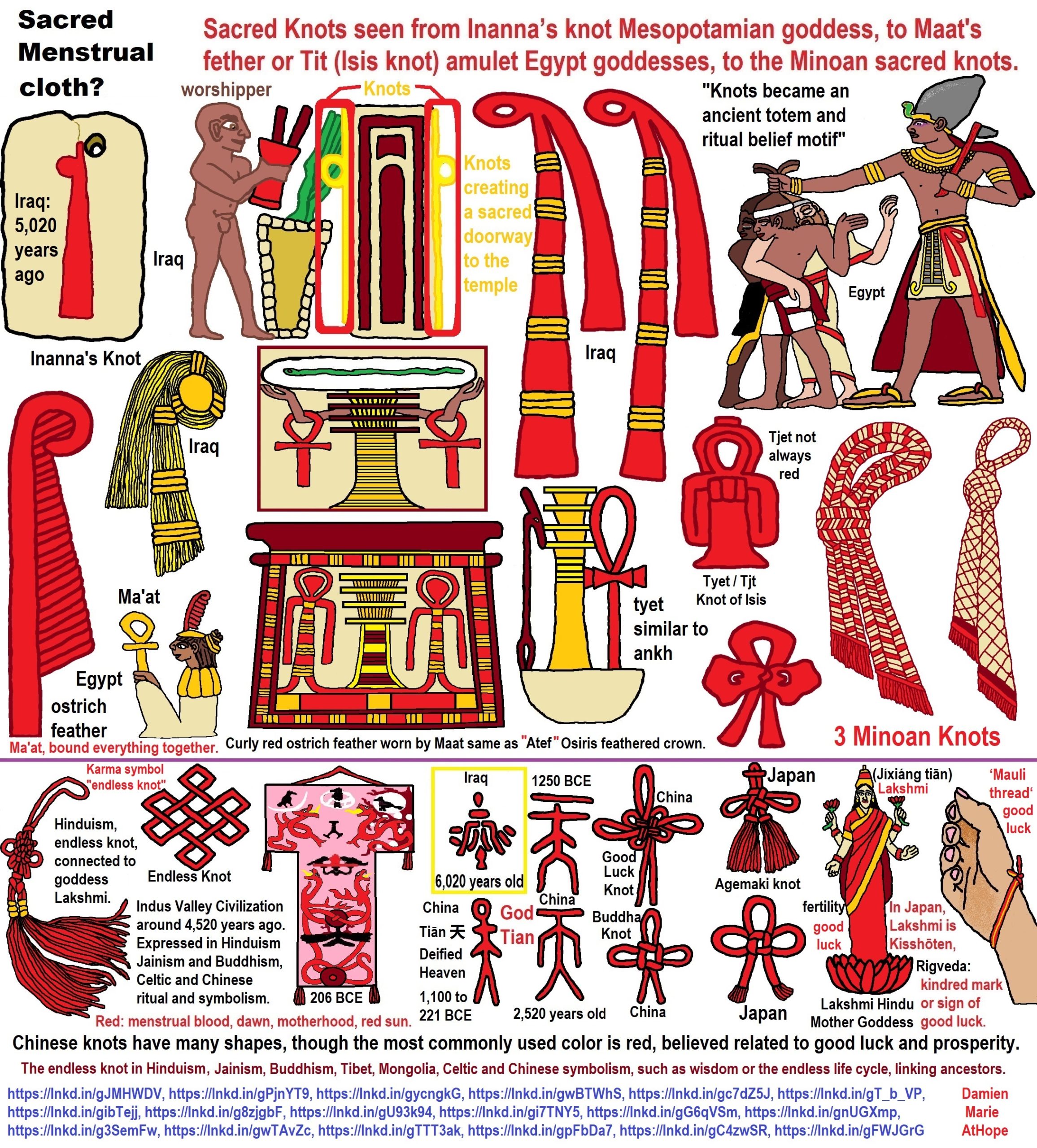Paganism 12,000-4,000 years old
12,000-7,000 years old: related to (Pre-Capitalism)
7,000-5,000 years old: related to (Capitalism) (World War 0) Elite and their slaves!
5,000 years old: related to (Kings and the Rise of the State)
4,000 years old: related to (First Moralistic gods, then the Origin time of Monotheism)
Less Imperialism Worship in Prehistory/History, PLEASE
7,000 years of Class Conflict, Class War Struggle Ain’t Nothing New!
I love when people of Statism-worship persuasion, love saying, things are so bad and we need to lower the struggle, I think what the delusion are you talking about, it has always been class war, crazy fucker, you know, for about 7,000 years ago of oppressions forced on us at the end.
Between 7,000-5,000 Years ago, rise of unequal hierarchy elite, leading to a “birth of the State” or worship of power, strong new sexism, oppression of non-elites, and the fall of Women’s equal status
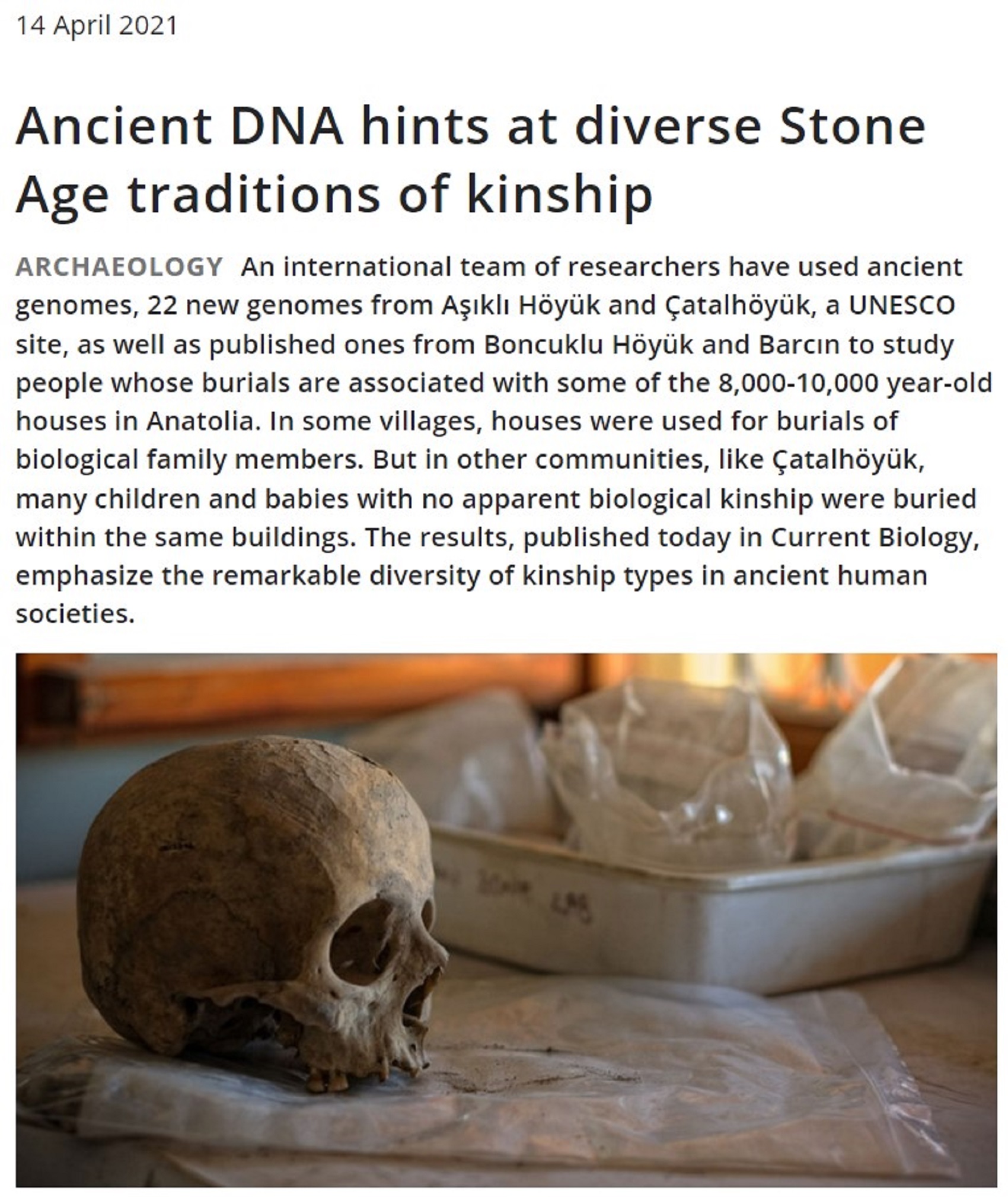
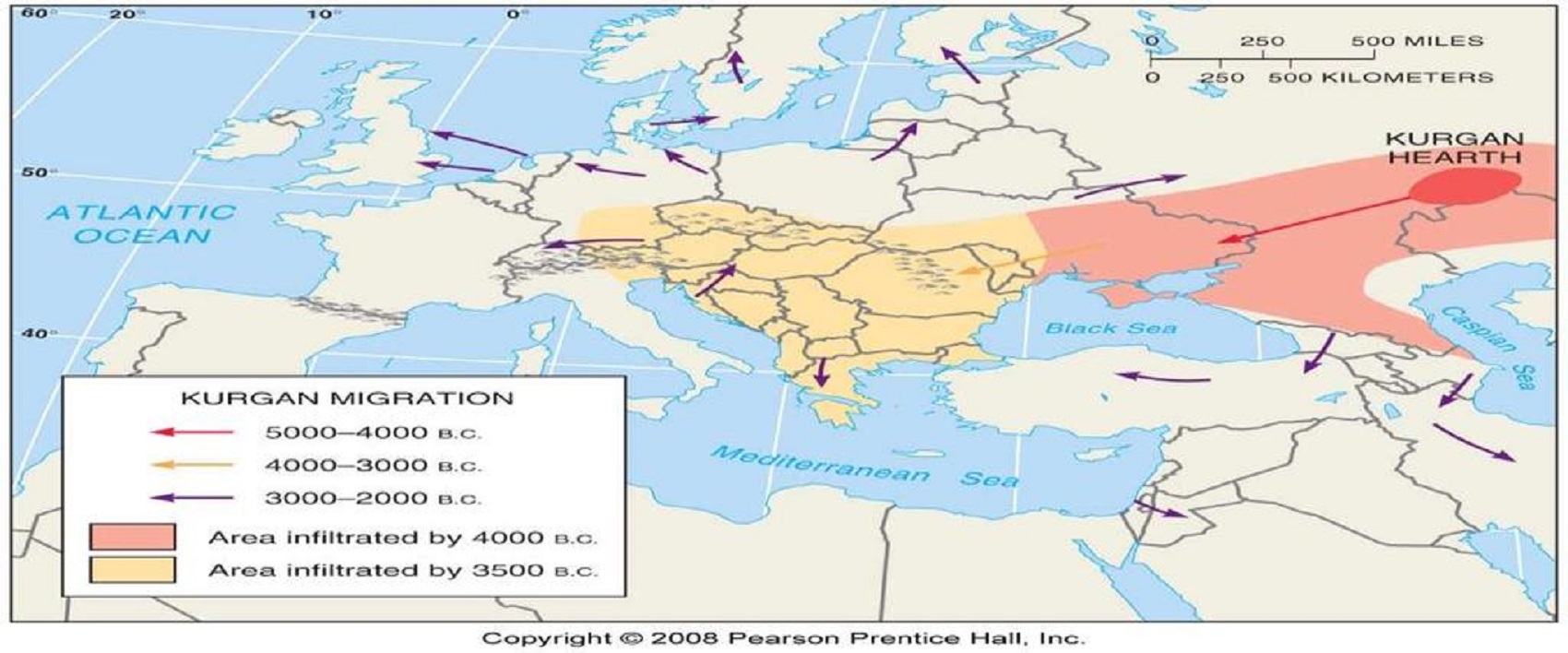
I believe that Pre-Kurgans may have actually started in Siberia and then moved west to become the Kurgan Culture.

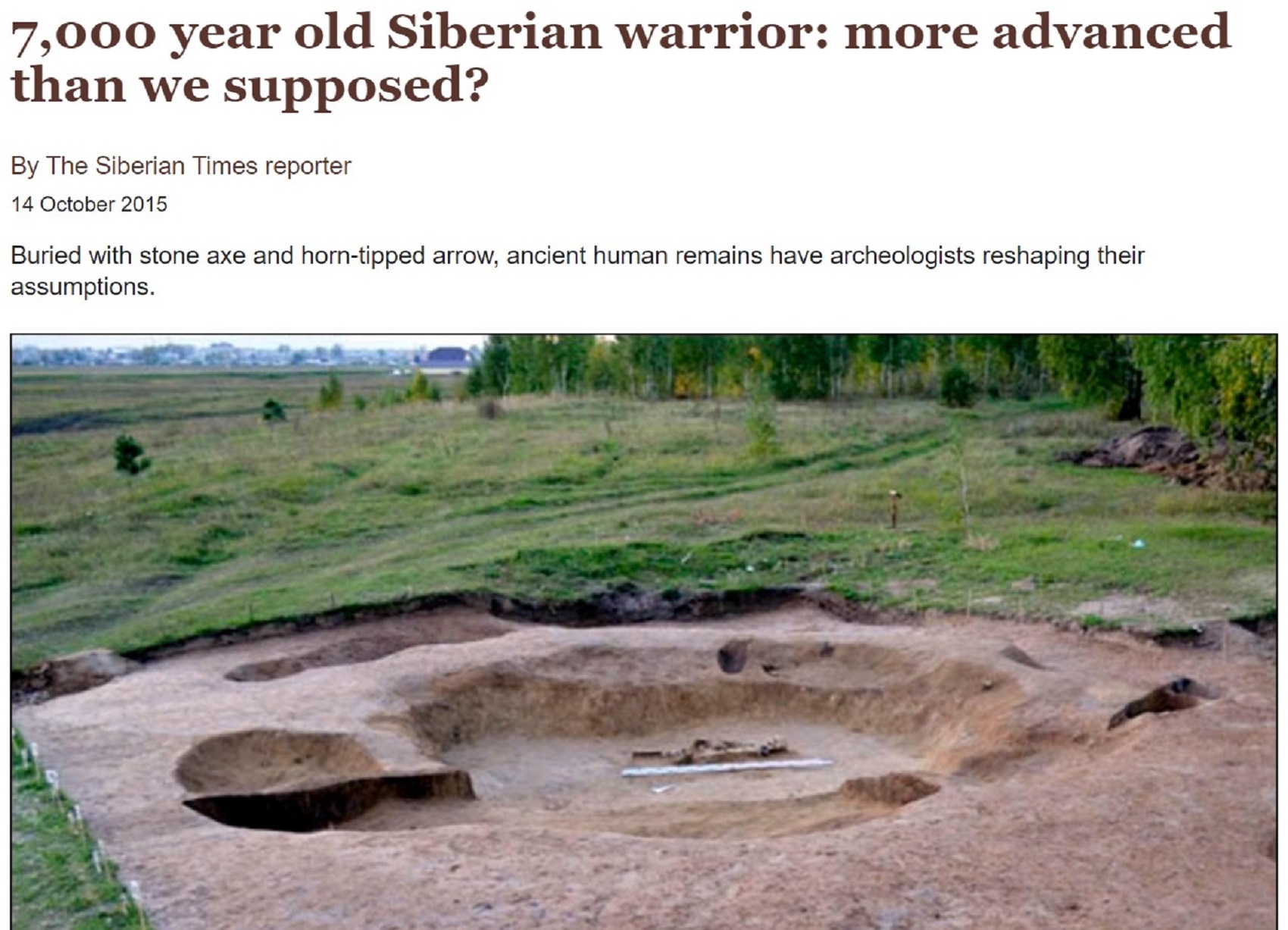
“A 7,000 year old Siberian warrior, more advanced than would have been assumed, who was buried with an ax and an arrow, are ancient remains that have archeologists reshaping their assumptions. It is a fair assumption to say, as this fact proves, that the burial mounds emerged much earlier than the Bronze Age, in Neolithic times.” ref
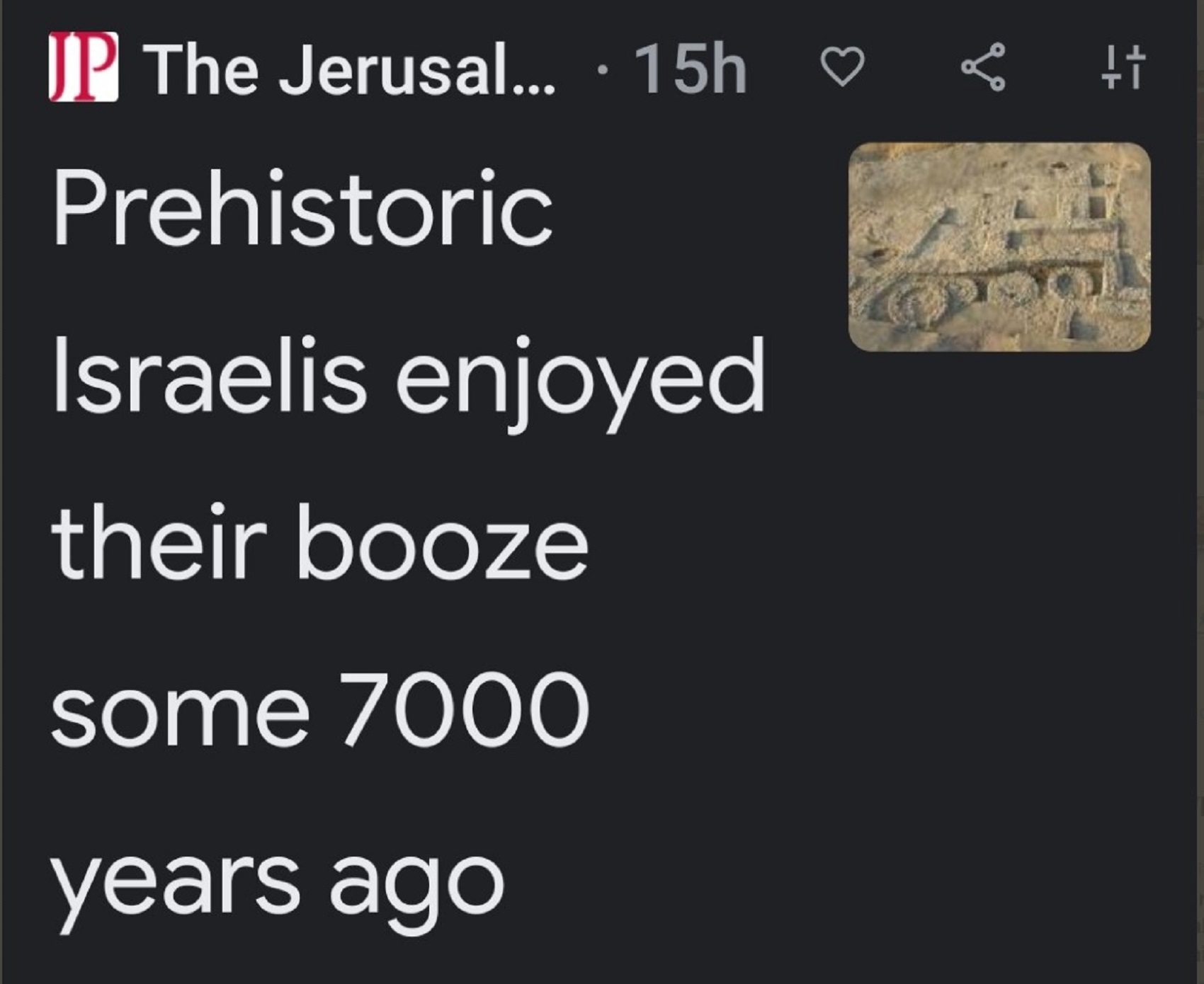
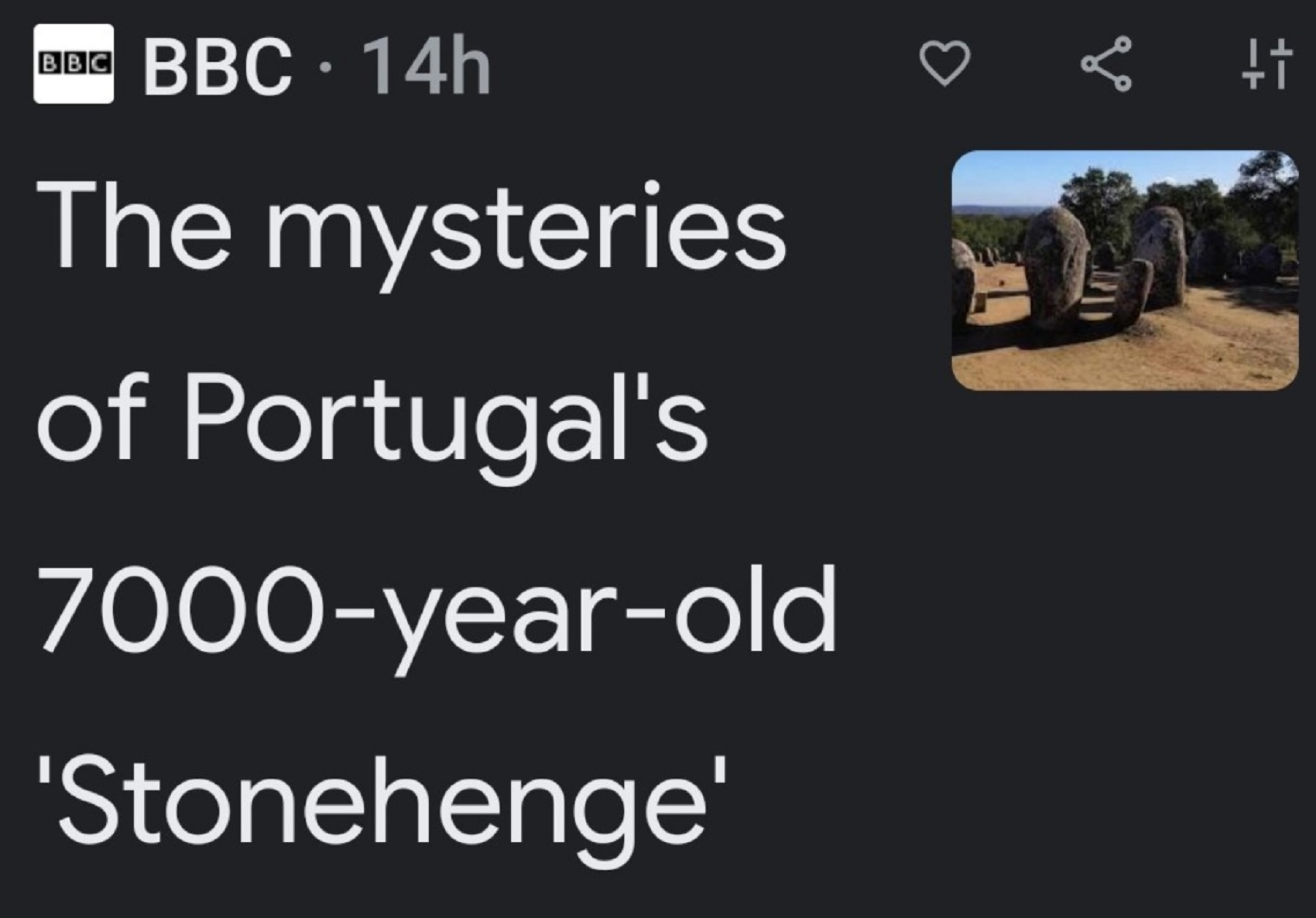
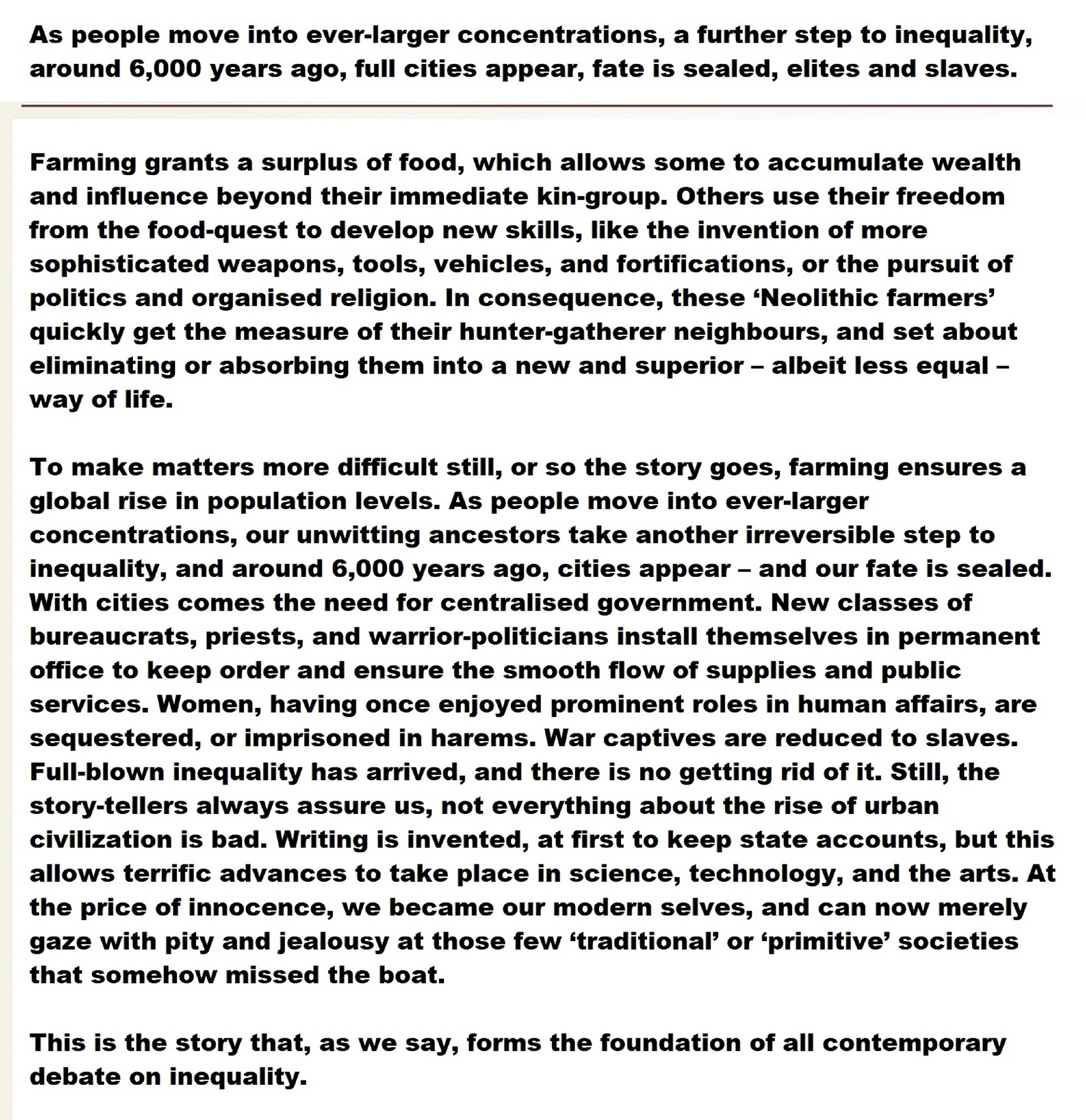
As people move into ever-larger concentrations, a further step to inequality, around 6,000 years ago, full cities appear, fate is sealed, elites and slaves. https://www.eurozine.com/change-course-human-history/
“Slavery was relatively rare in pre-civilisation hunter-gatherer populations, as it develops under conditions of social stratification. Slavery operated in the first civilizations (such as Sumer in Mesopotamia, which dates back as far as 3500 BCE or 5,521 years ago).” ref
“Shreds of evidence of slavery predate written records; the practice has existed in many – if not most – cultures. Mass slavery requires economic surpluses and a high population density to be viable. Because of this, the practice of slavery would have only proliferated after the invention of agriculture during the Neolithic Revolution, about 11,000 years ago.” ref
“Slavery occurred in civilizations as old as Sumer, as well as in almost every other ancient civilization, including ancient Egypt, ancient China, the Akkadian Empire, Assyria, Babylonia, Persia, ancient Greece, ancient India, the Roman Empire, the Arab Islamic Caliphate and Sultanate, Nubia and the pre-Columbian civilizations of the Americas. Ancient slavery consists of a mixture of debt-slavery, punishment for crime, prisoners of war, child abandonment, and children born to slaves.” ref
“Slavery features in the Mesopotamian Code of Hammurabi (c. 1860 BCE or 3,881 years ago), which refers to it as an established institution. Slavery was widespread in the ancient world. It was found in almost every ancient civilization, including the Roman Empire. It became less common throughout Europe during the Early Middle Ages, although it continued to be practiced in some areas.” ref
“Both Christians and Muslims captured each other as slaves during centuries of warfare in the Mediterranean. Islamic slavery encompassed mainly Western and Central Asia, Northern and Eastern Africa, India, and Europe from the 7th to the 20th century. The Dutch, French, Spanish, Portuguese, British and a number of West African kingdoms played a prominent role in the Atlantic slave trade, especially after 1600.” ref
I have learned a lot of prehistory of the entire world throughout all time until 4,000 years ago and am as confident as humanly possible that all gods and religions are but interesting cultural mythology that shares a family similar to language another cultural product. Be free. Atheists debated and argued mythology with god botherers, I studied the entire evolution of religion and now I am exposing it all to the world so they to can see the truth, religion is a cultural product, not reality, we can all now be atheists, work together as one shared humanity.
If I will not have enough honor to fight for humanity, then who should, right???
I hate religion as I hate harm, oppression, bigotry, and love equality, self-ownership, self-empowerment, self-actualization including self-mastery, as well as truth and not only does religion lie, it is a conspiracy theory of reality. Fear can be a mind killer and hate is a heart killer but my friend “Kindness” is there for everyone.
The scary thing likely to kill you in every state is Capitalism. The parasite feeding on us all. It as we all know is killing the habitability of our planet, ok but not enough? Ok, Capitalism is the truly scary thing likely to kill you, all so a billionaire can joyride in space.
Our side “the Left” is more often on the fact side, the other side “the Right” is a cesspool of mythology, propaganda, cult, conspiracy theories, and anti-intellectualism generally, or at least it seems as so many are out and proud of such foolishness.
Left vs. Right?
“Left-wing politics supports social equality and egalitarianism, often in opposition to social hierarchy. It typically involves a concern for those in society whom its adherents perceive as disadvantaged relative to others as well as a belief that there are unjustified inequalities that need to be reduced or abolished.” ref
“Right-wing politics represents the view that certain social orders and hierarchies are inevitable, natural, normal, or desirable, typically supporting this position on the basis of natural law, economics, or tradition. Hierarchy and inequality may be seen as natural results of traditional social differences or the competition in market economies. The term right-wing can generally refer to “the conservative or reactionary section of a political party or system.” ref
Different priorities of the left and the right, well, to me.
The right is concerned with respecting the individual against humanity, whereas the left is concerned with respecting the humanity of the individual. Or in other words, don’t care greed is good for some lucky individuals instead of care because charity is good for all individuals. The right thinks it is OK to live and not have humanity, the left thinks it is not OK to live without humanity.
I am for good governance even without governments and direct democracy as well. I hope we end the precedence as a good start.

Paganism 12,000-7,000 years old: related to “Anarchism and Socialism” (Pre-Capitalism)
Paganism 7,000-5,000 years old: related to “Anarchism and Socialism” (Capitalism) (World War 0) Elite and their slaves!
Show six: Emergence of hierarchy, sexism, slavery, and the new male god dominance: related to “Anarchism and Socialism”
Why is religion generally a bad thing? It tens to make people fact resistant!
“A Hierarchy (from Greek: ἱεραρχία, hierarkhia, ‘rule of a high priest’, from hierarkhes, ‘president of sacred rites’) items (objects, names, values, categories, etc.) that are represented as being “above” or “below” one another.” https://en.wikipedia.org/wiki/Hierarchy
Paganism was more than shamanism at first it was about the clan leader from 13,000 to 7,000 years ago then from 7,000 until 5, 500 was a time of proto kings and by 5,000 kings were a growing norm.
Atheism is how we all start, then before 7 children tend to think animistically. But they would all outgrow this sometime after 7 as they learn more logical thinking so religion stunts people at the pre 7, “animistic state” that terrorizes them into adulthood supported by myths.
In offer, my life of care, so easily, and fighting for kindness so valiantly as good things are worthy to humanity, I would actually feel shame if I had stayed silent in the face of such need. Only the privileged think it’s all good, me. fuck that, I will burn all bullshit down!
I am not like many other anarchists or socialists because of my strong ethical style of Anarcho-humanism that puts its goals in humanity flourishing, so I support all positive change. I want to end wage slavery as well as homeless and starvation across the world.
“But Damien, I have very mixed feelings about socialism.”
My response, Me too, and then I remember the injustices of capitalism and go with the ethics of people before profit thus I am a socialist anarchist.
I don’t agree that all cops are bastards as many anarchists do. I say there are bigotry people everywhere but with the police, we give bigotry a gun and then are bigoted in both who the harass, harm, and kill in a way that bigotry seems apparent. So it is a system of bigotry power.
People always look down on me with no good reason at all, my life is to acknowledge it and do what is right. I live by a moto do the needful. May my words be sweetened with kindness and compassion and may my heart forever stay safe and warm in the arms of kindness.
I am not the thing abuse made, I am will to power!
Counselors often manipulate thinking in people and it’s a good thing if it is client-centered and not on so nonclient power. I have both skills and training in counseling, intervention, addiction, teaching, psychology, sociology, multiculturalism, and religious history.
I wish capitalism would end. We all deserve more wealth equally.
Almost 50% of sociopaths were extremely abused as kids. So don’t tell me abuse did not affect you so it is okay to hit children. NO. it is not! Violence teaches violence just as kindness teaches kindness and it’s up to us all to make the wise choice for humanity.
It is generally only the wise who challenge their own ideas with the same rage they offer all ideas not theirs and the fool that protects their ideas from the scrutiny deserving all claims of truth.
I am a proud socialist and don’t take it as a put-down to be called a communist. But I am an anarcho-Humanist and we do not see any destination except are you a good person or not as our highest concern. Thus never call people comrade, neither do I add separation of gender either.
I have this thing I do that many too often seem to hate called: Whatever I want not caring one shit if it bothers the rich, the elite of the world, bigots, or others that harm humanity, and, feel little need if any to help. Shame on any who have the means to help and don’t.
I am Anti-Classist, all of humanity is my people.
I am Anti-Classist?
I am an anti-classist more than just a socialist or anarchist, though I think they both, even if varied in such types of political theorizing would agree that classism is a major problem. I see this vile problem of classism in almost all other social problems, it is a ever-continuing hidden harm, too many seem to accept, ignore, deny, or don’t care, as well as some in society sadly seem to welcome it. To me, classism is a scourge on humanity everywhere all the time. I despise classism and its harm to true humanity flourishing.
What Is Classism?
“Classism is differential treatment based on social class or perceived social class. Classism is the systematic oppression of subordinated class groups to advantage and strengthen the dominant class groups. It’s the systematic assignment of characteristics of worth and ability based on social class.” ref
“That includes: individual attitudes and behaviors; systems of policies and practices that are set up to benefit the upper classes at the expense of the lower classes, resulting in drastic income and wealth inequality; the rationale that supports these systems and this unequal valuing; and the culture that perpetuates them.” ref
“Classism is held in place by a system of beliefs and cultural attitudes that ranks people according to economic status, family lineage, job status, level of education, and other divisions.” ref
“Class discrimination, also known as classism, is prejudice or discrimination on the basis of social class. It includes individual attitudes, behaviors, systems of policies, and practices that are set up to benefit the upper class at the expense of the lower class.” ref
“Social class refers to the grouping of individuals in a hierarchy based on wealth, income, education, occupation, and social network.” ref
“Class structures existed in a simplified form in pre-agricultural societies, but it has evolved into a more complex and established structure following the establishment of permanent agriculture-based civilizations with a food surplus.” ref
Classism Definitions:
“Class: Relative social rank in terms of income, wealth, status, and/or power.” ref
“Classism: The institutional, cultural, and individual set of practices and beliefs that assign differential value to people according to their socio-economic class; and an economic system that creates excessive inequality and causes basic human needs to go unmet.” ref
“Class Identity: A label for one category of class experience, such as ruling class, owning class, middle class, working-class, and lower class.” ref
“Ruling Class: The stratum of people who hold positions of power in major institutions of the society.” ref
“Owning Class/Rich: The stratum of families who own income-producing assets sufficient to make paid employment unnecessary.” ref
“Middle Class: The stratum of families for whom breadwinners’ higher education and/or specialized skills brings higher income and more security than those of working-class people.” ref
“Upper-Middle Class: The portion of the middle class with higher incomes due to professional jobs and/or investment income.” ref
“Lower-Middle Class: The portion of the middle class with lower and less stable incomes due to lower-skilled or unstable employment.” ref
“Working Class: The stratum of families whose income depends on hourly wages for labor.” ref
“Lower Class/Poor: The stratum of families with incomes insufficient to meet basic human needs.” ref
“Individual Classism: This term refers to classism on a personal or individual level, either in behavior or attitudes, either conscious and intentional or unconscious and unintentional.” ref
“Institutional Classism: This term refers to the ways in which conscious or unconscious classism is manifest in the various institutions of our society.” ref
“Cultural Classism: This term refers to the ways in which classism is manifest through our cultural norms and practices. It can often be found in the ideology behind something.” ref
“Internalized Classism: Acceptance and justification of classism by working-class and poor people, such as feelings of inferiority to higher-class people, feelings of superiority to people lower on the class spectrum than oneself, hostility and blame toward other working-class or poor people, and beliefs that classist institutions are fair.” ref
“Privilege: One of the many tangible or intangible unearned advantages of higher-class status.” ref
“Classism started to be practiced around the 18th century. Segregation into classes was accomplished through observable traits (such as race or profession) that were accorded varying status and privileges. Feudal classification systems might include merchant, serf, peasant, warrior, priestly, and noble classes. Rankings were far from invariant with the merchant class in Europe outranking the peasantry while merchants were explicitly inferior to peasants during the Tokugawa Shogunate in Japan. Modern classism, with less rigid class structures, is harder to identify. In a professional association posting, psychologist Thomas Fuller-Rowell states, “Experiences of [class] discrimination are often subtle rather than blatant, and the exact reason for unfair treatment is often not clear to the victim.” ref
Classism or Class discrimination, Intersections with Other Systems of Oppression
“Socioeconomic, racial/ethnic and gender inequalities in academic achievement have been widely reported in the United States, but how these three axes of inequality intersect to determine academic and non-academic outcomes among school-aged children is not well understood. The term classism can refer to personal prejudice against lower classes as well as to institutional classism, just as the term racism can refer either strictly to personal prejudice or to institutional racism.” ref
“The latter has been defined as “the ways in which conscious or unconscious classism is manifest in the various institutions of our society. As with social classes, the difference in social status between people determines how they behave toward each other and the prejudices they likely hold toward each other. People of higher status do not generally mix with lower-status people and often are able to control other people’s activities by influencing laws and social standards.” ref
“The term “interpersonal” is sometimes used in place of “personal” as in “institutional classism (versus) interpersonal classism” and terms such as “attitude” or “attitudinal” may replace “interpersonal” as contrasting with institutional classism as in the Association of Magazine Media’s definition of classism as “any attitude or institutional practice which subordinates people due to income, occupation, education and/or their economic condition.” ref
“Classism is also sometimes broken down into more than two categories as in “personal, institutional and cultural” classism. It is common knowledge in sociolinguistics that meta-social language abounds in lower registers, thus the slang for various classes or racial castes.” ref
“Class discrimination can be seen in many different forms of media such as television shows, films, and social media. Classism is also systemic, and its implications can go unnoticed in the media that is consumed by society. Class discrimination in the media displays the knowledge of what people feel and think about classism. When seeing class discrimination in films and television shows, people are influenced and believe that is how things are in real life, for whatever class is being displayed.” ref
“Children can be exposed to class discrimination through movies, with a large pool of high-grossing G-rated movies portraying classism in various contexts. Children may develop biases at a young age that shape their beliefs throughout their lifetime, which would demonstrate the issues with class discrimination being prevalent in the media. Media is a big influence on the world today, with that something such as classism is can be seen in many different lights. Media plays an important role in how certain groups of people are perceived, which can make certain biases stronger.” ref
“Usually, the lower-income people are displayed in the media as dirty, lack of education and manners, and homeless. People can use the media to learn more about different social classes or use the media, such as social media to influence others on what they believe. In some cases, people who are in a social class that is portrayed negatively by the media can be affected in school and social life as “[t]eenagers who grew up in poverty reported higher levels of discrimination, and the poorer the teens were, the more they experienced discrimination.” ref
“Class” is a subject of analysis for sociologists, political scientists, anthropologists, and social historians. However, there is not a consensus on a definition of “class” and the term has a wide range of sometimes conflicting meanings. Some people argue that due to social mobility, class boundaries do not exist. In common parlance, the term “social class” is usually synonymous with “socio-economic class”, defined as “people having the same social, economic, cultural, political or educational status”, e.g., “the working class“; “an emerging professional class”. However, academics distinguish social class and socioeconomic status, using the former to refer to one’s relatively stable sociocultural background and the latter to refer to one’s current social and economic situation which is consequently more changeable over time.” ref
“The precise measurements of what determines social class in society have varied over time. Karl Marx thought “class” was defined by one’s relationship to the means of production (their relations of production). His understanding of classes in modern capitalist society is that the proletariat work but do not own the means of production, and the bourgeoisie, those who invest and live off the surplus generated by the proletariat’s operation of the means of production, do not work at all. This contrasts with the view of the sociologist Max Weber, who argued “class” is determined by economic position, in contrast to “social status” or “Stand” which is determined by social prestige rather than simply just relations of production. The term “class” is etymologically derived from the Latin classis, which was used by census takers to categorize citizens by wealth in order to determine military service obligations.” ref
“In the late 18th century, the term “class” began to replace classifications such as estates, rank, and orders as the primary means of organizing society into hierarchical divisions. This corresponded to a general decrease in significance ascribed to hereditary characteristics and an increase in the significance of wealth and income as indicators of position in the social hierarchy.” ref
Consequences of class position
“A person’s socioeconomic class has wide-ranging effects. It can impact the schools they are able to attend, their health, the jobs open to them, when they exit the labor market, whom they may marry, and their treatment by police and the courts.” ref
“Angus Deaton and Anne Case have analyzed the mortality rates related to the group of white, middle-aged Americans between the ages of 45 and 54 and its relation to class. There has been a growing number of suicides and deaths by substance abuse in this particular group of middle-class Americans. This group also has been recorded to have an increase in reports of chronic pain and poor general health. Deaton and Case came to the conclusion from these observations that because of the constant stress that these white, middle-aged Americans feel fighting poverty and wavering between the middle and lower classes, these strains have taken a toll on these people and affected their whole bodies.” ref
“Social classifications can also determine the sporting activities that such classes take part in. It is suggested that those of an upper social class are more likely to take part in sporting activities, whereas those of a lower social background are less likely to participate in sport. However, upper-class people tend to not take part in certain sports that have been commonly known to be linked with the lower class.” ref
“A person’s social class has a significant impact on their educational opportunities. Not only are upper-class parents able to send their children to exclusive schools that are perceived to be better, but in many places, state-supported schools for children of the upper class are of a much higher quality than those the state provides for children of the lower classes. This lack of good schools is one factor that perpetuates the class divide across generations.” ref
“A person’s social class has a significant impact on their physical health, their ability to receive adequate medical care and nutrition, and their life expectancy. Lower-class people experience a wide array of health problems as a result of their economic status. They are unable to use health care as often and when they do it is of lower quality, even though they generally tend to experience a much higher rate of health issues. Lower-class families have higher rates of infant mortality, cancer, cardiovascular disease, and disabling physical injuries. Additionally, poor people tend to work in much more hazardous conditions, yet generally have much less (if any) health insurance provided for them, as compared to middle- and upper-class workers.” ref
“The conditions at a person’s job vary greatly depending on class. Those in the upper-middle class and middle class enjoy greater freedoms in their occupations. They are usually more respected, enjoy more diversity, and are able to exhibit some authority. Those in lower classes tend to feel more alienated and have lower work satisfaction overall. The physical conditions of the workplace differ greatly between classes. While middle-class workers may “suffer alienating conditions” or “lack of job satisfaction”, blue-collar workers are more apt to suffer alienating, often routine, work with obvious physical health hazards, injury, and even death.” ref
“In the UK, a 2015 government study by the Social Mobility Commission suggested the existence of a “glass floor” in British society preventing those who are less able, but who come from wealthier backgrounds, from slipping down the social ladder. The report proposed a 35% greater likelihood of less able, better-off children becoming high earners than bright poor children.” ref
Class conflict
Further information: Class conflict
“Class conflict, frequently referred to as “class warfare” or “class struggle”, is the tension or antagonism which exists in society due to competing for socioeconomic interests and desires between people of different classes. And for Marx, the history of class society was a history of class conflict.” ref
“Marx pointed to the successful rise of the bourgeoisie and the necessity of revolutionary violence—a heightened form of class conflict—in securing the bourgeois rights that supported the capitalist economy. Marx believed that the exploitation and poverty inherent in capitalism were a pre-existing form of class conflict. Marx believed that wage laborers would need to revolt to bring about a more equitable distribution of wealth and political power.” ref
Classless society
Further information: Classless society
“A “classless” society is one in which no one is born into a social class. Distinctions of wealth, income, education, culture, or social network might arise and would only be determined by individual experience and achievement in such a society. Since these distinctions are difficult to avoid, advocates of a classless society (such as anarchists and communists) propose various means to achieve and maintain it and attach varying degrees of importance to it as an end in their overall programs/philosophy.” ref
Relationship between ethnicity and class
Further information: Racial inequality
“Race and other large-scale groupings can also influence class standing. The association of particular ethnic groups with class statuses is common in many societies, and is linked with race as well. Class and ethnicity can impact a persons, or communities, Socioeconomic standing, which in turn influences everything including job availability and the quality of available health and education.” ref
As a result of conquest or internal ethnic differentiation, a ruling class is often ethnically homogenous and particular races or ethnic groups in some societies are legally or customarily restricted to occupying particular class positions. Which ethnicities are considered as belonging to high or low classes varies from society to society.” ref
“In modern societies, strict legal links between ethnicity and class have been drawn, such as the caste system in Africa, apartheid, the position of the Burakumin in Japanese society, and the casta system in Latin America.” ref
Process of Class Stratification
“Class stratification is a form of social stratification in which a society is separated into parties whose members have different access to resources and power. An economic, natural, cultural, religious, interests and ideal rift usually exists between different classes.” ref
“In the early stages of class stratification, the majority of members in a given society have similar access to wealth and power, with only a few members displaying noticeably more or less wealth than the rest.” ref
“As time goes on, the largest share of wealth and status can begin to concentrate around a small number of the population. When wealth continues to concentrate, pockets of society with significantly less wealth may develop, until a sharp imbalance between rich and poor is created. As members of a society spread out from one another economically, classes are created.” ref
“When a physical gap is added, a cultural rift between the classes comes into existence, an example being the perception of the well-mannered, “cultured” behavior of the rich, versus the “uncivilized” behavior of the poor. With the cultural divide, chances for classes to intermingle become less and less likely, and mythos becomes more and more common between them (i.e. “the wrong side of the railroad tracks”). The lower class loses more of its influence and wealth as the upper class gains more influence and wealth, further dividing the classes from one another.” ref
Class Schema
“Social class is usually regarded as being conceived of as sets of positions rather than as individuals who happen to fill them at any particular time. Class structure is the “empty spaces” that persons occupy without altering the shape of the class structure.” ref
“Erik Olin Wright produced class schemata, in attempts to retain a Marxist approach to class analysis. In Wright’s first schema he states that in capitalism simple production exists alongside the capitalist mode of production. In this schema the bourgeoisie, the self-employed working who engage in simple production are one class. In the model there are two distinctive classes, the bourgeoisie, and the proletariat. The bourgeoisie owns the means of production, and the proletariat are the exploited workers. Both of these classes can be broken down into six classes that make up Wright’s first schema.” ref
“The supervisors and managers are in a contradictory class because they dominate over the proletariat and yet they are still dominated by the bourgeoisie. The small employers are both petty bourgeois and bourgeois; and the semi-autonomous employees while they do not own the means of production, they benefit from having more autonomy over their work than the normal proletariat. These classes are based upon exploitation and domination. Exploitation exists between those who own the means of production and those who do not. Domination is measured according to the amount of autonomy that can be exercised by the workers and to which extent they are supervised.” ref
“Wright’s second schema involve a 12-class schema and is based upon exploitation. In the second schemata exploitation has three dimensions: ownership of the means of production, ownership of organization assets that permit control and coordination of technical processes of production, and ownership of skills or credentials.” ref
“John Goldthorpe‘s class schema is to differentiate positions within labor markets and production units, or more specifically to differentiate such positions in terms of the employment relations that they entail. Goldthorpe schema distinguishes the employers, the self-employed, and employees. Within the group of employees eleven classes are defined on the basis of the employment relationship they enjoy. The aim of the schema is to group occupational title/employment relations, and the employment relationships joined by given combinations may differ cross-nationally.” ref
“As the theories relate to class stratification the common characteristic shared by the actors involve the position they occupy in relations defined by labor markets and productive processes. Class has often been defined as the significant determinant of life chances. The deliberate acts of individual actors are undertaken from a position of social power which is determined by class membership. The resources an individual possesses and the constraints they face and the course of action they take leads to having a higher probability of being undertaken than others. These processes lead to class position becoming a powerful predictor of many kinds of behavior.” ref
Class and Race
“It can be argued that segregation between black and white ethnic groups is so strong in some countries that they are different classes, and thus that segregation is a form of class stratification. Although there is a definite divide in some countries between races, those countries will also have poor people of the “upper class” ethnicity.” ref
- A Different Kind of Atheist: Axiological, Methodological, Anarchist, Universal Ethicist, Realist, and Rationalist
- Interview with Anarchist and Firebrand Atheist Courtney Connatser
- My Atheistic (socialist-anarchist) Humanism?
- Yes, YOU too, can be an Anarcho-Humanist?
- I am an Anarchist and Strive to Fight Injustice
- Climate change and other crimes of capitalism. A green anarchist future?
- I am a “Real Anarchist” not an “Anarcho-Capitalist”
- Anarcho-Humanist sharing “Non-Anarchist Memes,” to Fight Bigotry?
- White Bigotry and Sexism started 7,000 years ago?
- Trump Troll and my Anarchist Atheist Response?
- Yes, I am Actually an Atheist Anarchist
- Atheist Anarchists Discussion
- Skepticism is Interesting: Good, Bad, and Implausibility
- Green Anarchism, Eco-Anarchism, and Anarcho-Naturism?
- I Support the World Following the Social Ways of the Animists in Africa as they have Beautiful Humanity.
- Street-Kid Damien, Was He Really a BAD Kid?
- The “EGO-Prison” of Faith and its Intentionally Untested “desired-beliefs”
- Evolution of human skin color, white-skin is really under 10,000 years old?
- Less Imperialism Worship in Prehistory/History, PLEASE
- God-talk has always just been the master talking out of your mouth.
Norse religion was, to me, animism like all religions then are, and it is a type of shamanistic paganism with heavy totemism.
I am a dangerous mind, I am not with any group of any kind. I am an individual that can fully speak my mind, so if I choose kindness, it is due to my humanity not because I think I have to in order to stay in the favor of someone in power.
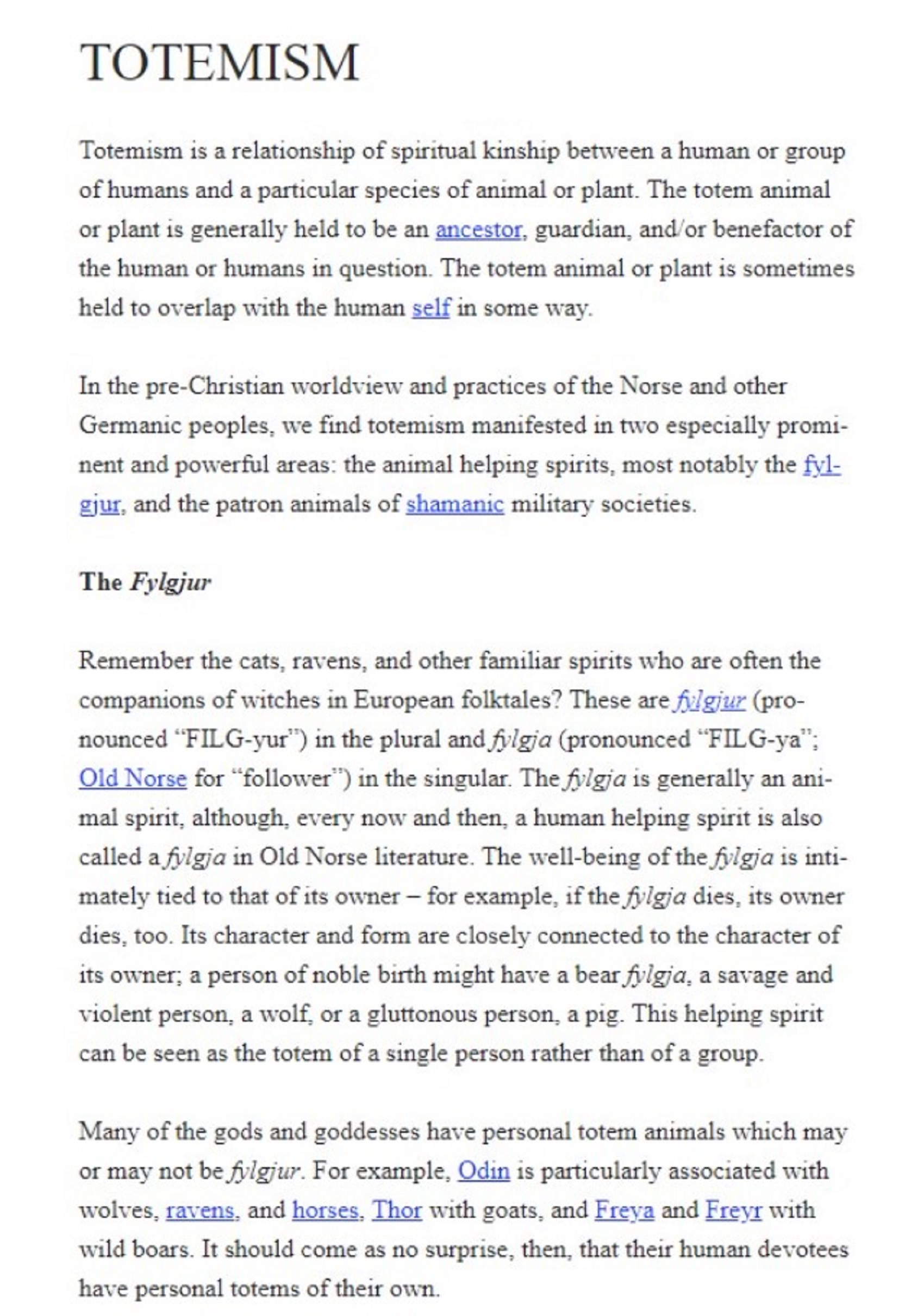
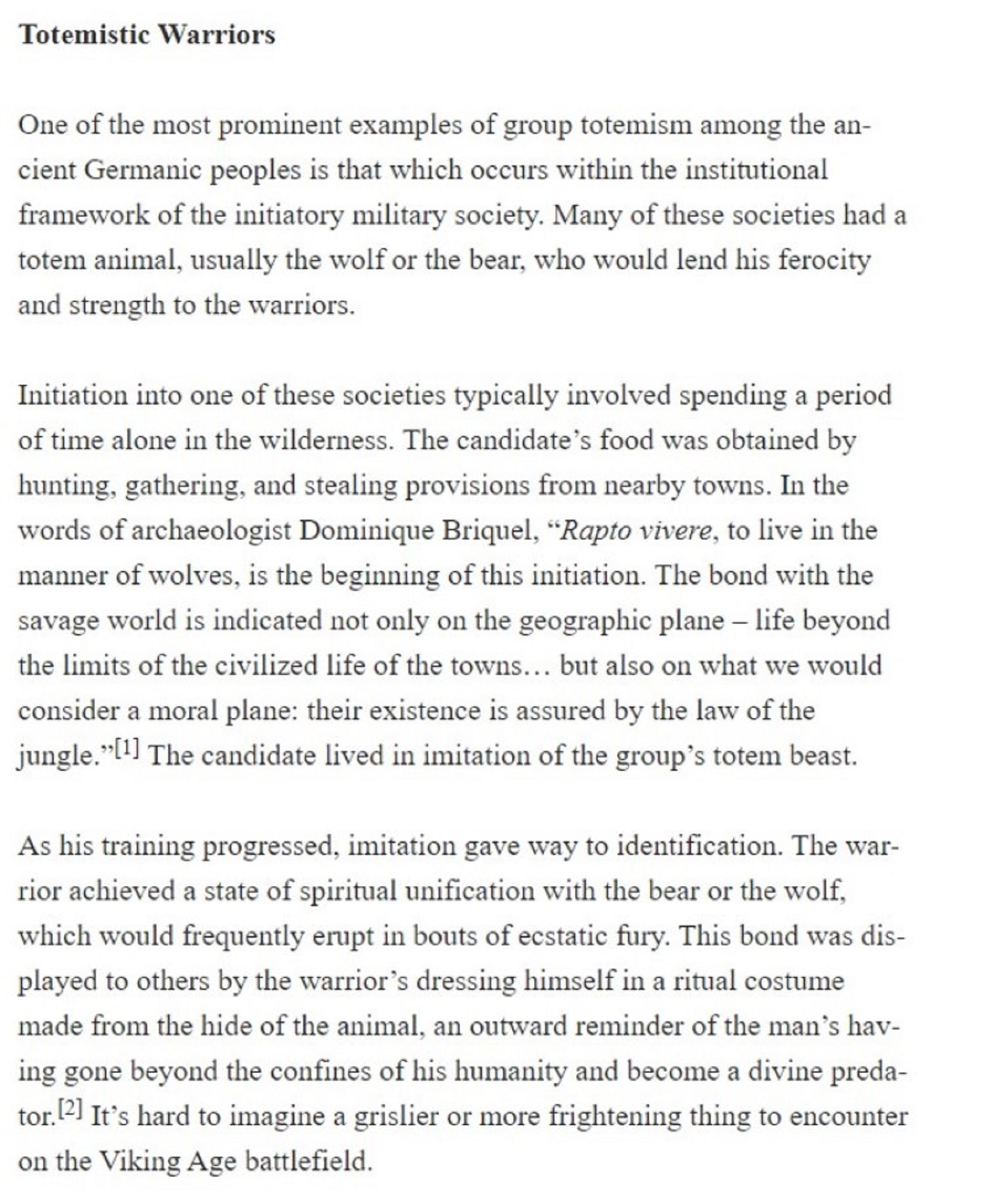
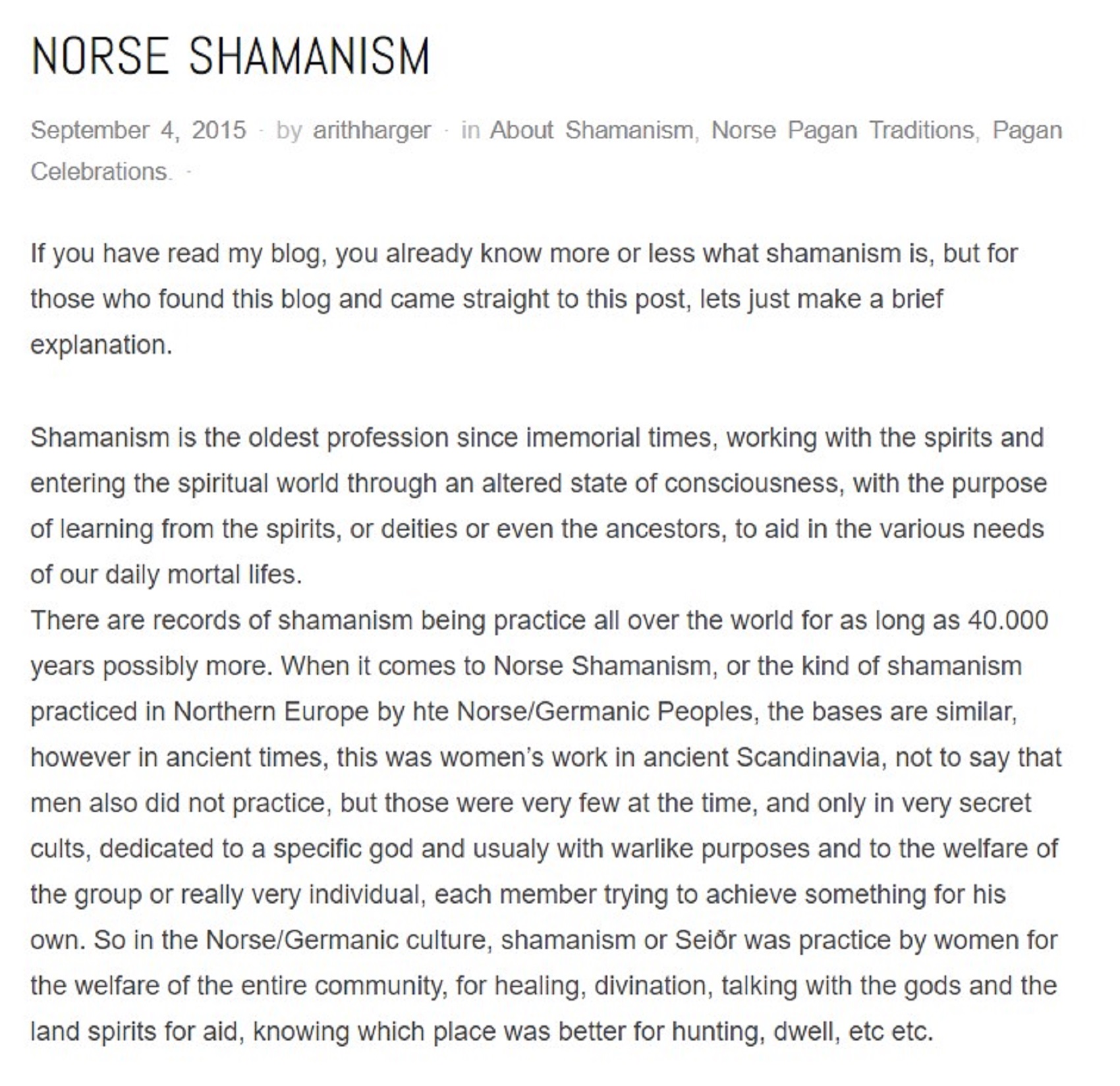
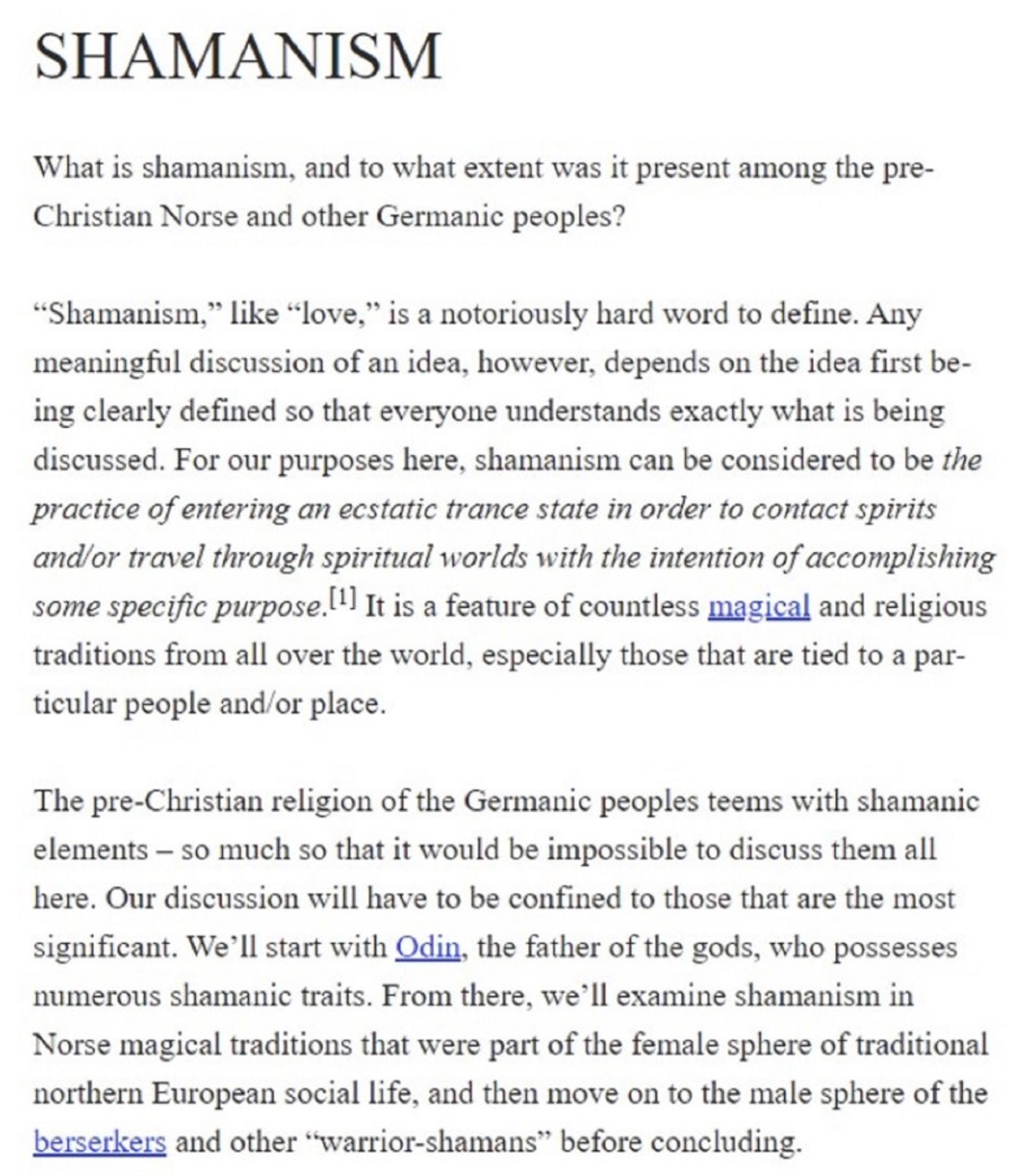
Norse shamanism https://norse-mythology.org/concepts/shamanism/
I am still learning every day. I am a teacher/learner and always hope to be. I learn from everything, I never limit my knowledge of wisdom out of fear, do you? A closed mind will not win a battle of free thought…
Reason is my only master and may we all master Reason.
People to me many years ago, Damien you must look and act more normal or you will not ever get famous because people don’t generally like freaks. I said you do get I am an activist, right, an anarchist-socialist anticapitalist that has offered all I could to help?
Damien, how do you see a difference between rationalism and skepticism?
Well, a skeptic uses skepticism and I only appeal to reason to aid all thinking and if reason demands I change my thinking, guess what? I do, full stop, but can you justify the same claim?
Religious people are safe on my posts. I only attack ideas or bad behavior, not people.
In paganism alcohol or the effects of alcohol were often thought of as relating to a goddess or a god.
The wise see knowledge everywhere.
We rise by helping each other. Simply I am my best caring for myself and others or my worst is when I have devalued my humanity by not caring for myself and others.
I wonder if the people who claim there is no universal morality will not find many reasons to try and justify this as if there was someone threatening their life. I would assume many magically would be the strongest universal rights champions on the planet at that moment.
Only the unjust, are truly comfortable with the oppression and harm of others. If you think society is great, wow do I have some news for you.
I never get anxious in challenges because as a free thinker I am hoping we discern the truth together. I am a truth seeker, she is my seductress, lover, and friend. I know that we will find out what sounds like justified truth in the end because “reality” is not pretend.
I have never met any Idea, I won’t challenge or change if needed, or if required by reason.
So the problem is not socialist or communist it is still the evil of capitalism infecting the good communist order. And for some to not grasp this is odd to me. And all the crime laid on socialists is often the crime of greed and power. Like asking to rule for life as seen in communist-controlled countries.
What real need do you think I have to protect the feelings of bigots? If you have a desire to content this and offer some valid justification do it now.
It’s not a question if everyone at some point is foolish. So it may happen but why champion it, right, one would be a willing fool to do so, right? Behavior that you think can happen with others and have no potential shared experience? Some things simply are pre-confining.
To me, I see the universal nature of good. It is so natural even bad people understand what is good.
Any claim of reality that is not real is to lie and that makes it pseudoscience, that fact one is not moral enough to not lie but push nontruth at truth and still considers this action as good is using pseudo-morality, and as the try to plage these lies in a historical concept it is pseudo-history.
But Damien, Rats. Even fungi & bacteria have hierarchies.
You mean we see behaviors that we assume are hierarchies and the issue is what is the meaning in the term use is it universal no matter the domain and even if it was a common action that is not saying it is good. “Denial” is very common and not generally good.
“The common” is not the true judge of “good!”
What religion explains all that science found out by actually looking or will now change to these facts updating the earlier inaccuracies any may have had.
The truth only needs reason it is lies that seem to need champions…
I find people odd that feel confident when they only have unanalyzed ideas but still doubt researched facts.
It seems sometimes people want to try and portray me as a “mentally unwell villain” but betray the goodness in their own honor in trying to do so. I strive for a life of kindness even with my enemies as all our shared humanity is so worth it. I only want to offer my life to help.
“Why should anyone have the right to tell me or anyone else that we can’t work if we can’t find an employer willing to take a chance on us at a mandatory $15hr take the government out of it let labor negotiate its own wages.” – Capitalist
My response, I don’t tell people not to work I remind them on what wage slavery is and how unethical capitalism is.
“Capitalism is the most ethical economic system ever devised in the history of the world Capitalism has brought more people out of abject poverty and faster than anyone ever dared to imagine possible do some research get your facts straight before you fall for even more bullshit.” – Capitalist
My response, Before or after slavery are we talking about or how about workers having to fight for every “human rights” workers have today from criminal employers in this capitalism you are supporting. Please get me an article quote claiming capitalism as ethical?
“Do you want to deal with the truth or at least as much of it as you can get your examine on or do you want to continue to occupy and defend that same old tired little slice of reality.” – Capitalist
My response, Please, provide a direct quote from an academic source that states capitalism is ethical?
“I would be absolutely happy to point you in the direction of a required reading list if you are genuinely interested in learning.” – Capitalist
My response, You made a claim and thus you are a holder of the burden of proof and if you decide not to then that tells me something.
“I’m asking you if you’re up for it?” – Capitalist
My response, Are you a good person?
“I’m currently in transit, I’ll get back to you shortly, and never trust anyone who tells you they’re a good person.” – Capitalist
My response, Cool, get it to me, when you can. Drive safe.
Too many in the world seem to live just to hate and it is gross and shameful. Change now!
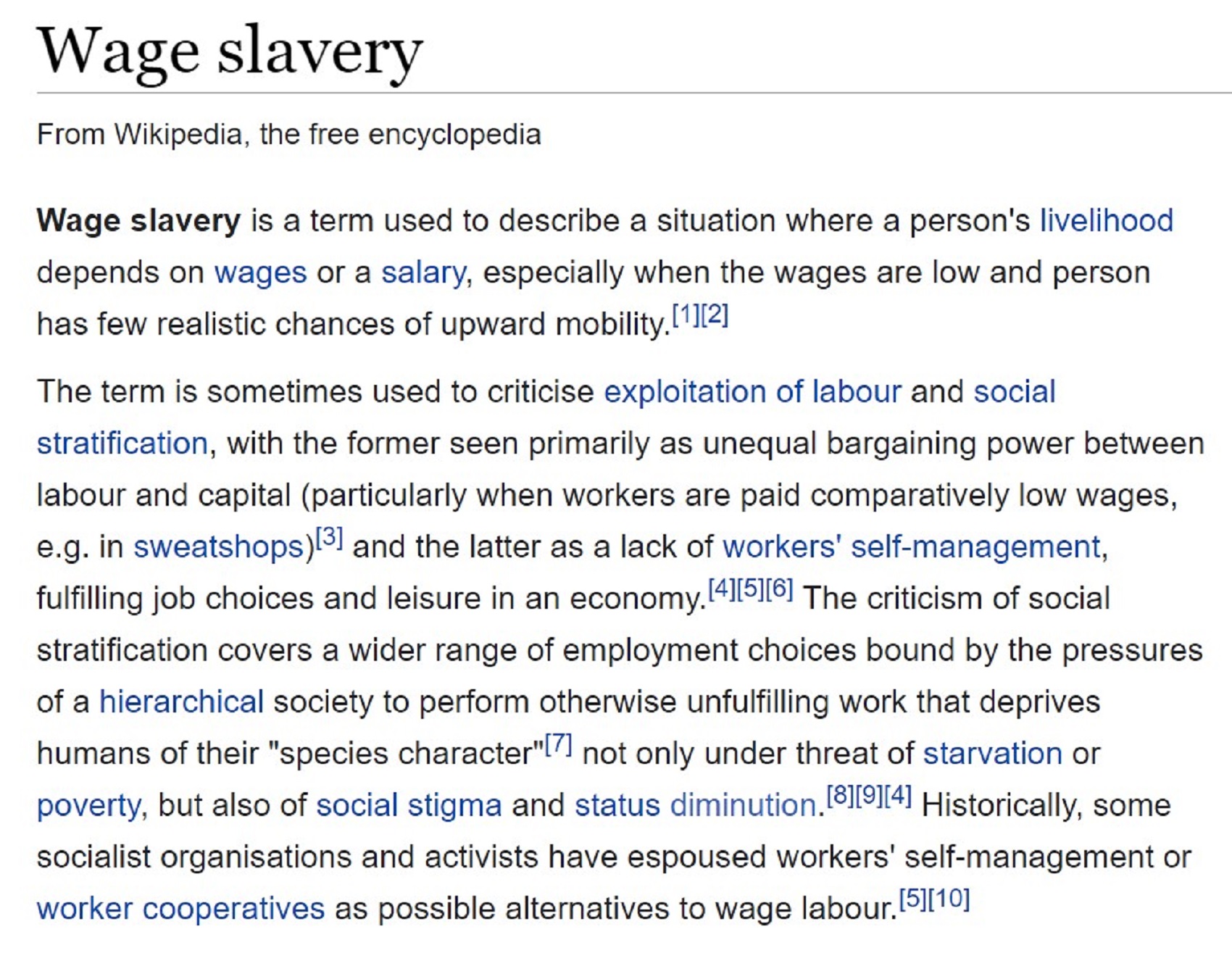

I am for the emancipation of humanity. I want others to take what I learned and go learn more. Go then and teach more. I am not a leader that wants to make followers, rather I want to create leaders that go out and do the same, creating more leaders. I would rather be known for my humanity, not my hate.

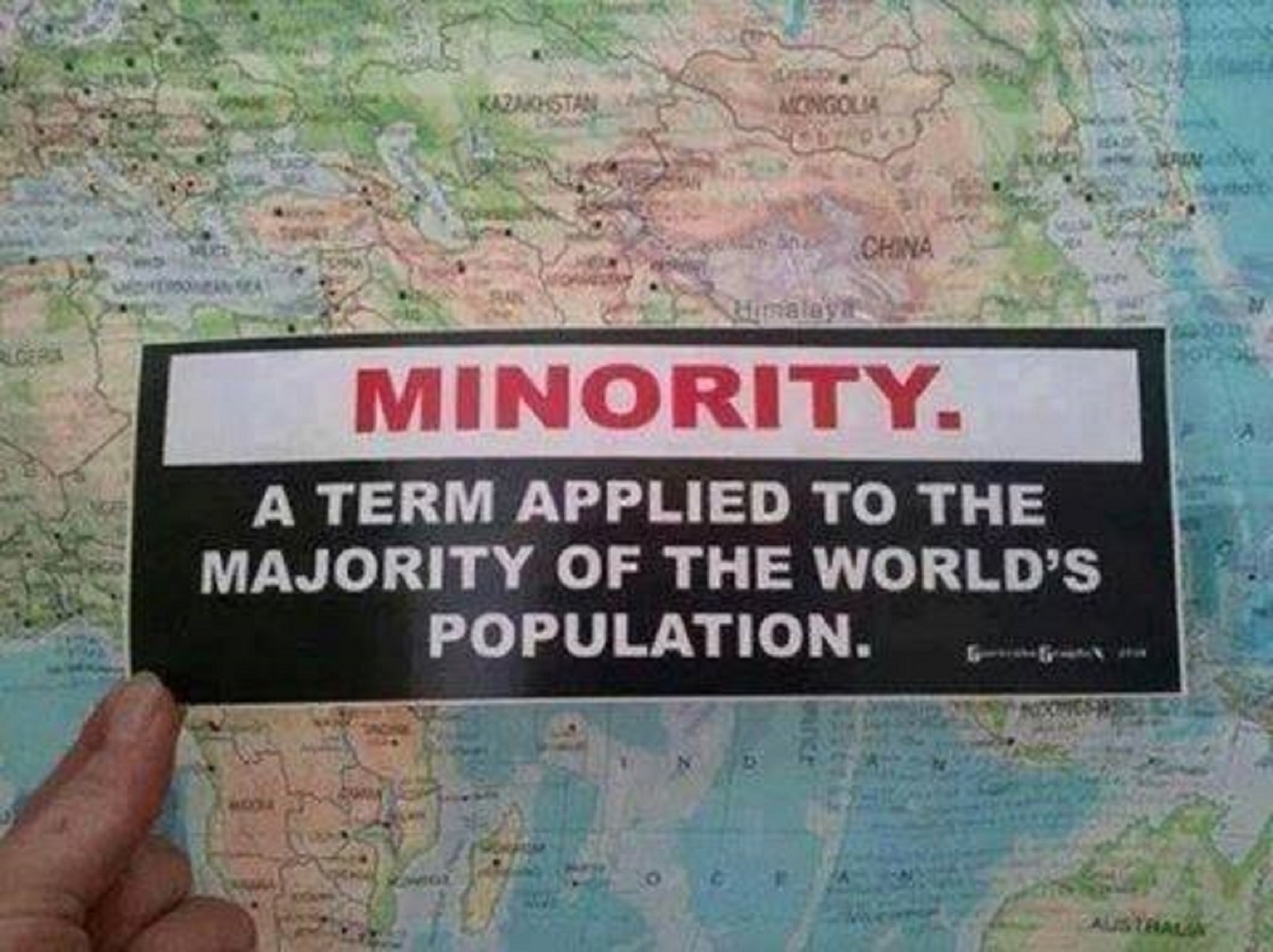


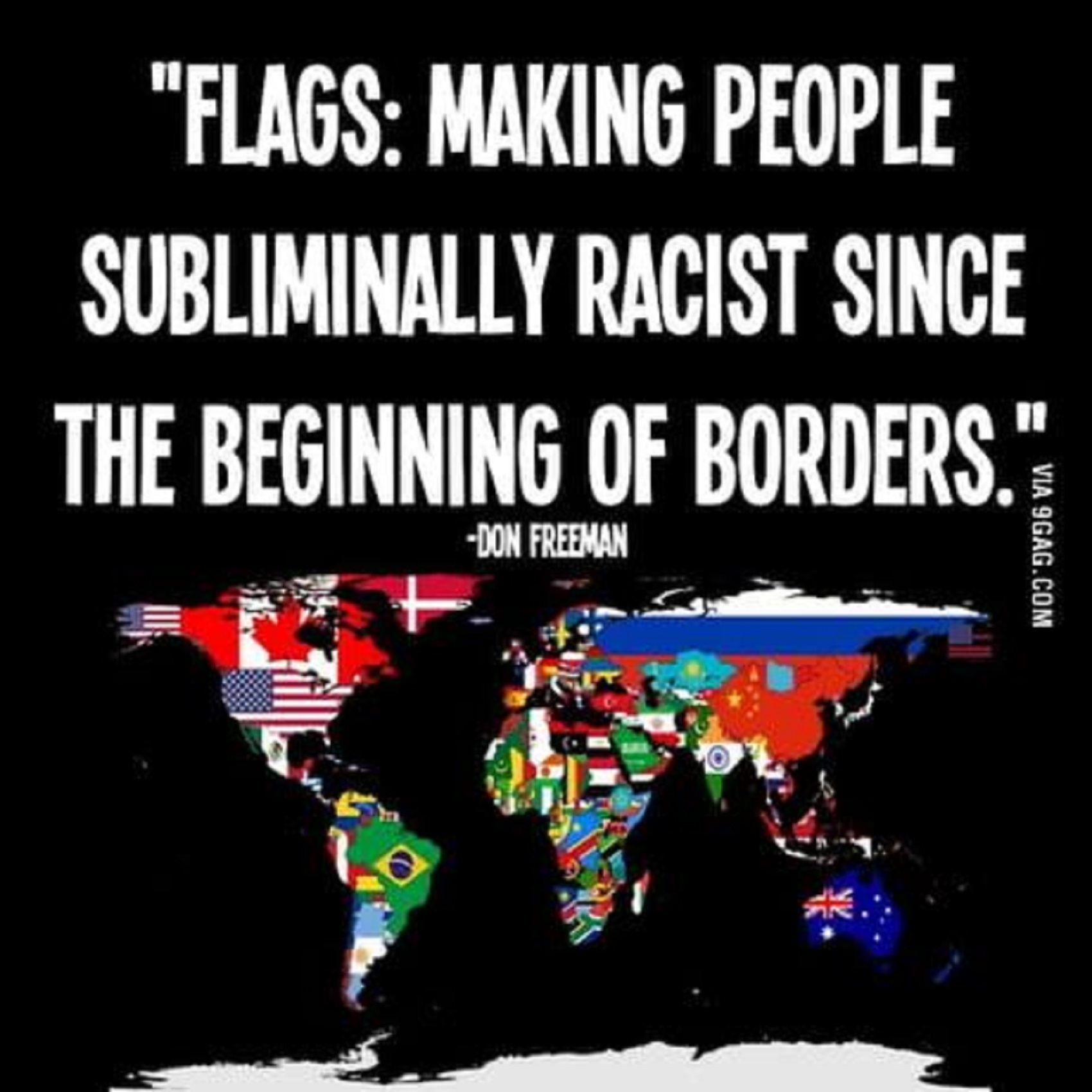
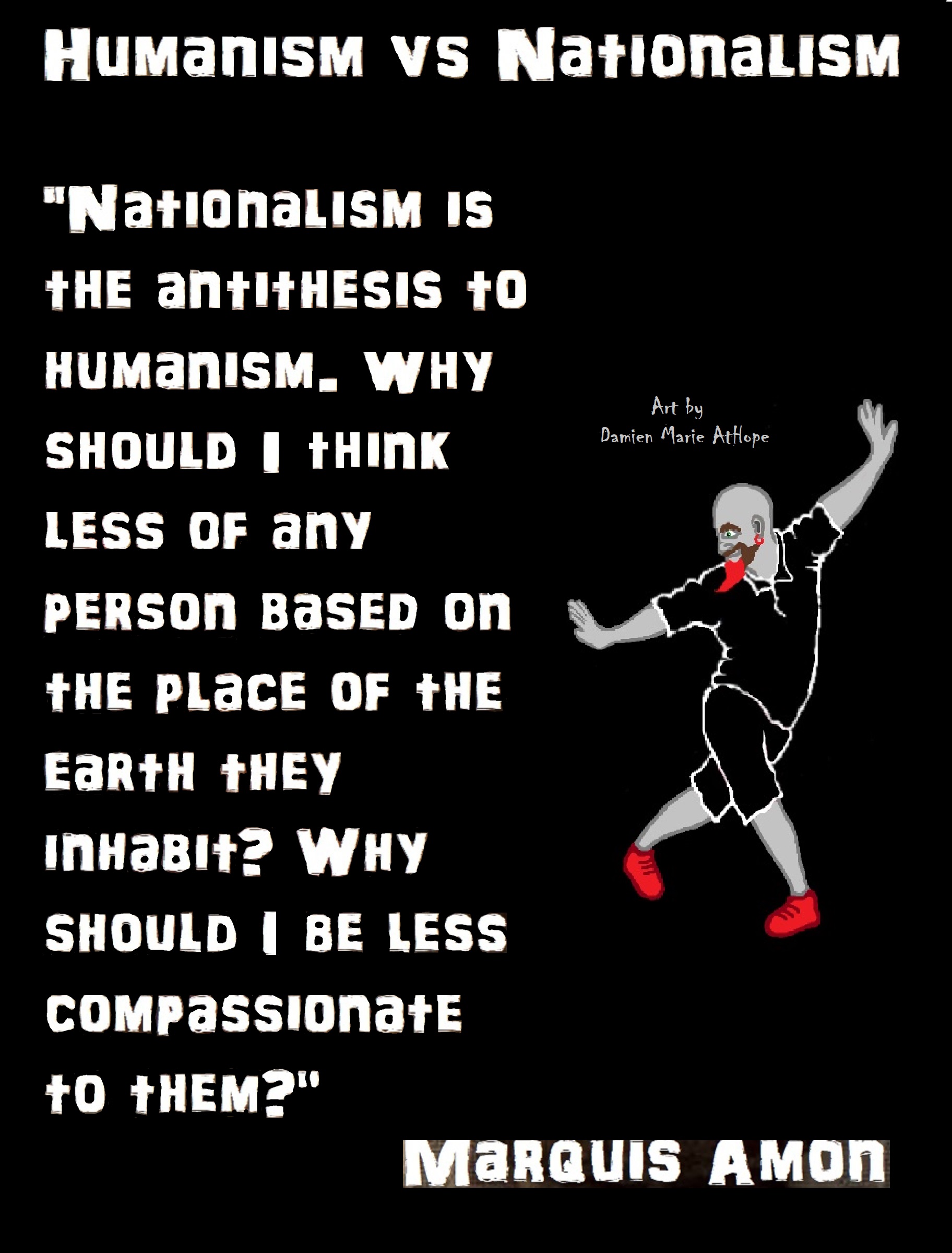
Cory Johnston ☭ Ⓐ @Skepticallefty·
“I will also add that it is anarchists who spend much of their time fighting fascism and the rise of fascism that liberals are scared of while they placate it. When climate change ruins the world we live in even more it will be the anarchists growing community gardens and feeding their neighbors who will be looked to and because it is in the nature of anarchists, they will help… even if you were derisive on Twitter.
Given the opportunity, people will take care of each other and in fact, when capitalists finally destroy the order of the states they have created we will be forced into this and many anarchists are preparing now. When they defend these things they believe that without rulers we will be lawless and chaotic but that is the opposite of how people are. It’s those with power who separate us to their ends. It’s those who rule over us who want you to think ill of your fellow humans.
People defend the existence of a state because 1. They don’t really understand it except through government 2. They think we need rulers to tell us what to do and keep us in line The thing is, removal of a state doesn’t equal removal of order and we don’t need rulers.
It is remarkable to me how people will never examine the system we live in with any kind of critical lens but as soon as someone advocates for something different they suddenly become an expert in human nature, political philosophy, and all that is possible for the world.
Anarchism will work on a societal level precisely because it is a system that relies on cooperation and doesn’t glorify competition as a means of innovation, and it promotes the participation of the majority of citizens and without pitting them against one another.
So I know that people have trouble imagining a better world than the one we live in but honestly calling someone a utopist or a utopian because they actually believe things can get better isn’t the condemnation so many people think it is. And, finally, I paid for an IWW membership. Onto trying to organize my workplace and industry.” – Cory Johnston ☭ Ⓐ @Skepticallefty·


The family of languages including Japanese, Korean, Turkish, and Mongolian share genetic ancestry, called Transeurasian languages, with an origin related to millet farmers in northeastern China about 9,000 years ago. ref
The spread of Transeurasian languages was due to agriculture realized in interdisciplinary support for the farming “Farming Hypothesis” of language dispersal, tracing the Transeurasian languages back to the first farmers moving across Northeast Asia beginning in the Early Neolithic. ref
“The present contribution is concerned with the areal concentration of a number of linguistic features in the Transeurasian languages and its historical motivation. The label “Transeurasian” was coined by Johanson & Robbeets with reference to a large group of geographically adjacent languages, traditionally known as “Altaic”, that share a significant number of linguistic properties and include up to five different linguistic families: Japonic, Koreanic, Tungusic, Mongolic, and Turkic.” ref
“The question of whether all similarities between the Transeurasian languages should be accounted for by language contact or whether some are the residue of a common ancestor is one of the most debated issues of historical-comparative linguistics (see Robbeets 2005 for an overview of the debate). Since the term, ‘linguistic area’ implies that the shared properties are the result of borrowing, the researcher will refrain from a priori attaching it to the Transeurasian region and rely on the concept of “areality” instead, i.e. the geographical concentration of linguistic features, independent of how these features developed historically.” ref
“Only after evaluating 27 structural features shared across the Transeurasian languages, the researcher will consider how the insights from the data are relevant for historical statements about the way the languages may have come to share these features, considering diffusion, genealogical relationship, or an interaction of both factors as possible explanations.” ref
“In spite of the strong polarization in the Transeurasian field between so-called “retentionists”, who view the similarities as arising from common descent, and “diffusionists”, who view them as arising from areal interaction, detailed characterizations of Transeurasian as a linguistic area are surprisingly rare in the linguistic literature.” ref
“Poppe (1964) analyzed Altaic as a “language type” on the basis of a list of structural parallels shared between Korean, Tungusic, Mongolic, and Turkic languages and Rickmeyer (1989) elaborated on this research, adding data from Japanese. Even if these contributions provide an impressive list of shared features, they do not strictly identify Transeurasian as a language area because they do not (i) delimit the language type in relation to its neighbors, (ii) list deviations from the prototypical type in the peripheries, (iii) consider the extent to which the features in question are common or rare across the world as a whole or (iv) attempt to distinguish contact-induced from genealogically motivated features.” ref
“The researcher attempts a partial answer to these concerns by providing a typological profile of selected Transeurasian languages, along with their oldest linguistically reliable historical varieties, and by comparing this profile with the behavior of languages immediately outside the Transeurasian region. In order to examine external boundaries, I have included adjacent languages to the east (Ainu and Nivkh in the northeast and Rukai in the southeast), to the south (Mandarin Robbeets — Chinese), and to the north (Kolyma Yukaghir, Ket, and Eastern Khanty).” ref
“These languages are taken as horizontal comparative points representative of surrounding areas such as the Siberian area (Nivkh, Kolyma Yukaghir, Ket, Eastern Khanty) or the Mainland Southeast Asia area (Mandarin) and neighboring families such as Austronesian (Mantauran Rukai), Sino-Tibetan (Mandarin), Yukaghiric (Kolyma Yukaghir), Yeniseic (Ket), Uralic/Ob-Ugric (Eastern Khanty) or Ainuic (isolate Ainu). Although Eastern Khanty can be taken as a representative of the Uralic languages, the main boundary to the west, the researcher have paid less attention to additional western boundaries, excluding sample languages from the Caucasus region or from the Indo-European languages because of the limited space available here.
“The vertical comparison points in my analysis consist of a list of 27 features, chosen to maximize positive (+) values for Transeurasian as opposed to neighboring languages. Although all features reflect a certain internal coherence, about half of them (i.e. 13) display deviations from the prototypical type in the peripheries. Where possible, the researcher added an estimation of the degree to which the feature under discussion is common or rare across the world’s languages, relying on the counts in the World Atlas of Language Structures or on other typological research to be specified.” ref
“Given the controversy between diffusionists and retentionists, we cannot simply amass a number of shared features among the Transeurasian languages and allow geographical adjacency to imply the probability of diffusion, without requiring any linguistic support for this. Therefore, historical evidence suggesting the diffusion or the retention of traits may be particularly telling in this particular case.” ref
“For representatives of the contemporary varieties of the five families belonging to the Transeurasian continuum, the researcher has chosen Turkish (Turkic), Khalkha Mongolian (Mongolic), Evenki (Tungusic), Korean (Koreanic), and Japanese (Japonic) as horizontal comparison points. However, in order to allow a diachronic perspective, their profile will be supplemented by values from the oldest linguistically reliable historical varieties of the individual families, i.e. Old Turkic (8th-14th century), Middle Mongolian (13th-17th century), and/or Written Mongolian, Manchu (17th-19th century), Middle Korean (15th-16th century) and Old Japanese (8th century).” ref
“In case a diachronic variety does not openly or productively reflect a certain feature, but nevertheless preserves a trace of it, indicating that the value was positive in an earlier stage of the language, the historical variety will be marked with a plus. In this way, we can obtain a glimpse of the unrecorded typological past of the language in question.” ref
“The linguistic levels discussed will include phonology, lexicon and semantics, morphology and syntax. The researcher intends to treat grammaticalization patterns as a distinct level of analysis because, rather than representing a static feature value, they are concerned with a dynamic force, leading in languages to change from a less to a more grammatical status. A tabular overview, summarizing the presence of the 27 examined features in the selected languages by way of plus (+) and minus (-) values.” ref
“The researcher considers how the insights from these data are relevant for general statements about areality, paying attention to the delimitation of areality, peripheral deviations from the prototype, changes in areality and the distinction between diffused and inherited features.” ref
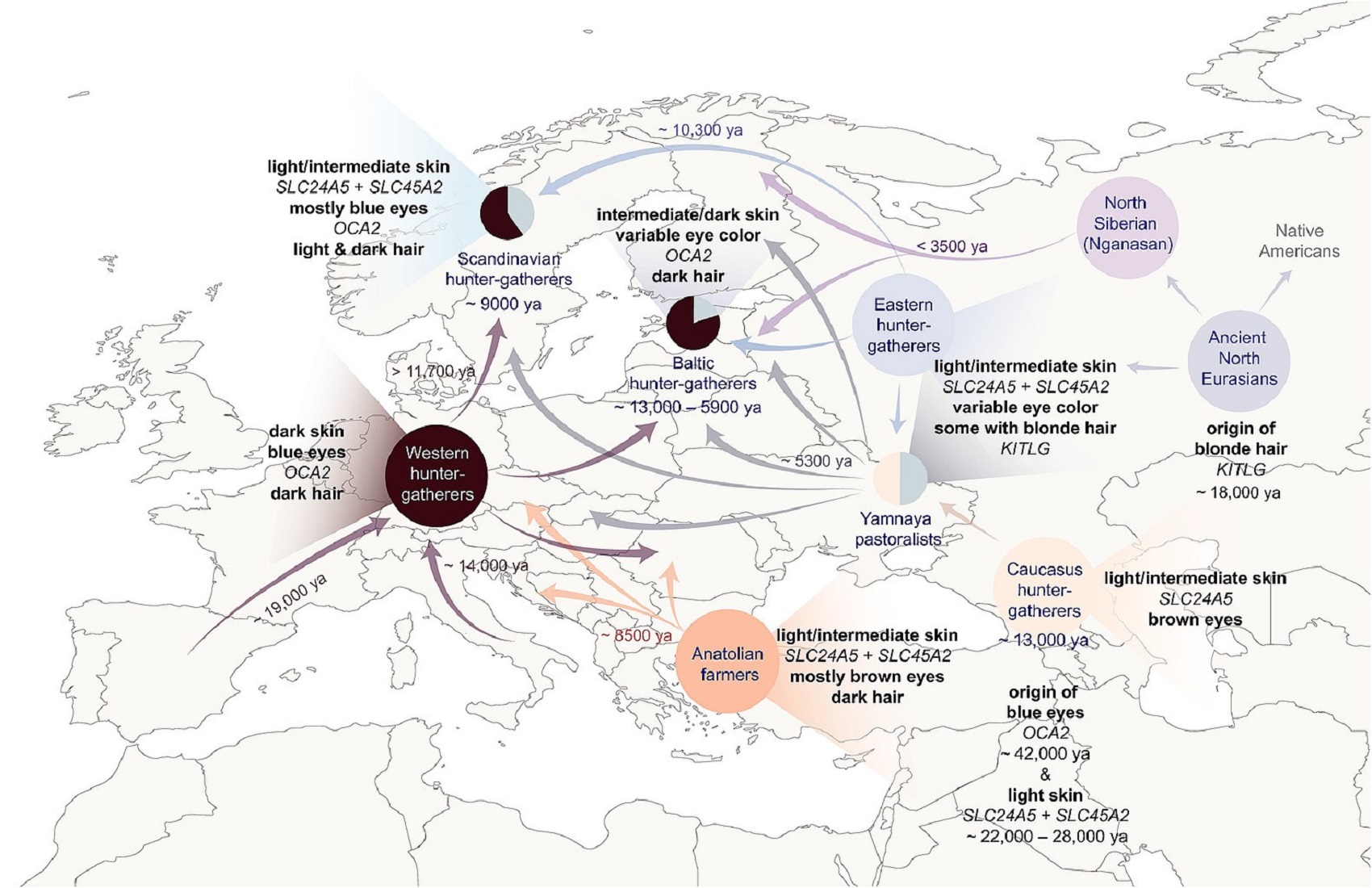

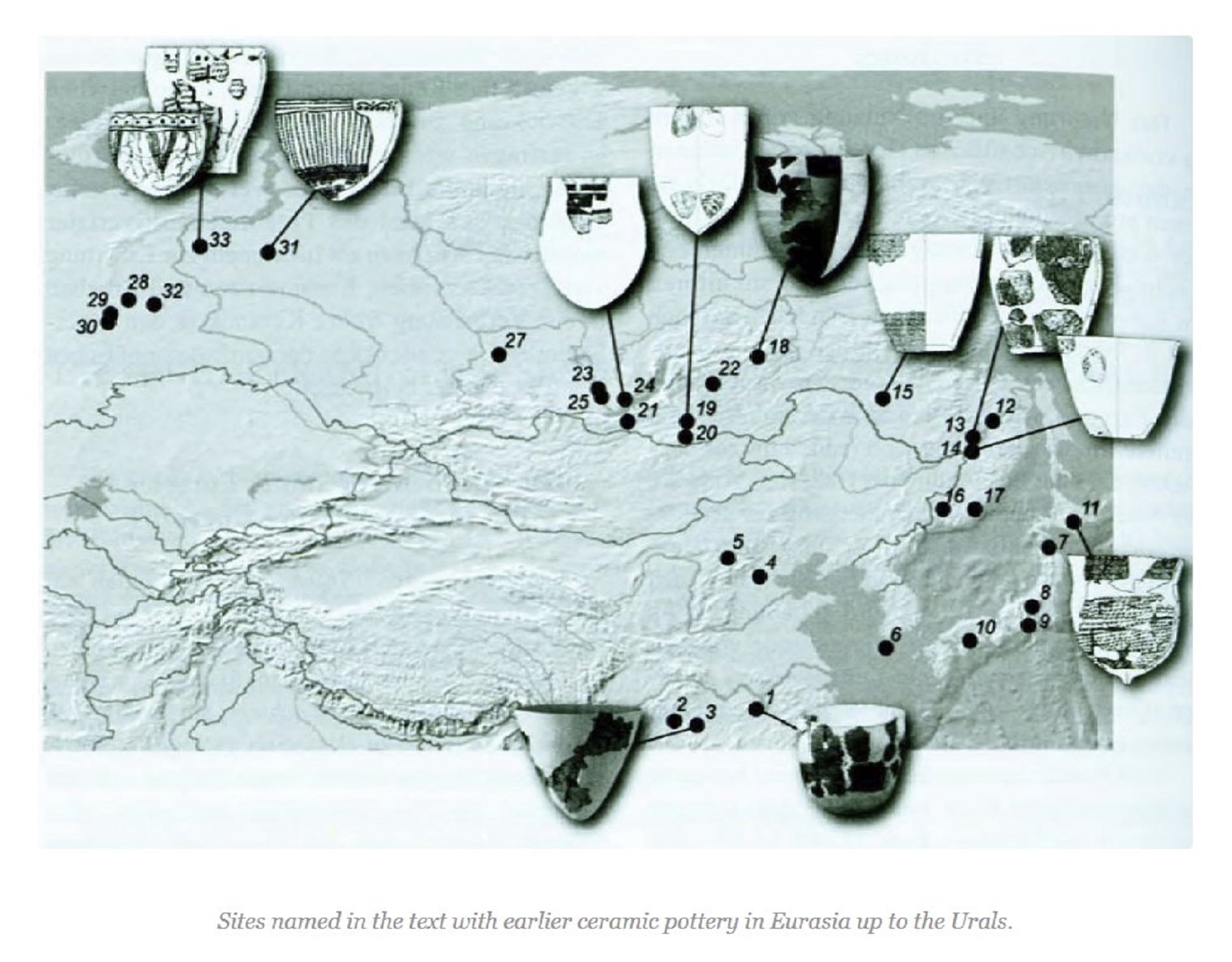
“The arrival of haplogroup R1a-M417 in Eastern Europe, and the east-west diffusion of pottery through North Eurasia.” ref
R-M417 (R1a1a1)
“R1a1a1 (R-M417) is the most widely found subclade, in two variations which are found respectively in Europe (R1a1a1b1 (R-Z282) ([R1a1a1a*] (R-Z282) and Central and South Asia (R1a1a1b2 (R-Z93) ([R1a1a2*] (R-Z93).” ref
R-Z282 (R1a1a1b1a) (Eastern Europe)
“This large subclade appears to encompass most of the R1a1a found in Europe.
- R1a1a1b1a [R1a1a1a*] (R-Z282*) occurs in northern Ukraine, Belarus, and Russia at a frequency of c. 20%.
- R1a1a1b1a3 [R1a1a1a1] (R-Z284) occurs in Northwest Europe and peaks at c. 20% in Norway.
- R1a1a1c (M64.2, M87, M204) is apparently rare: it was found in 1 of 117 males typed in southern Iran.” ref
R1a1a1b2 (R-Z93) (Asia)
“This large subclade appears to encompass most of the R1a1a found in Asia, being related to Indo-European migrations (including Scythians, Indo-Aryan migrations, and so on).
- R-Z93* or R1a1a1b2* (R1a1a2* in Underhill (2014)) is most common (>30%) in the South Siberian Altai region of Russia, cropping up in Kyrgyzstan (6%) and in all Iranian populations (1-8%).
- R-Z2125 occurs at highest frequencies in Kyrgyzstan and in Afghan Pashtuns (>40%). At a frequency of >10%, it is also observed in other Afghan ethnic groups and in some populations in the Caucasus and Iran.
- R-M560 is very rare and was only observed in four samples: two Burushaski speakers (north Pakistan), one Hazara (Afghanistan), and one Iranian Azerbaijani.
- R-M780 occurs at high frequency in South Asia: India, Pakistan, Afghanistan, and the Himalayas. The group also occurs at >3% in some Iranian populations and is present at >30% in Roma from Croatia and Hungary.” ref
R-M458 (R1a1a1b1a1)
“R-M458 is a mainly Slavic SNP, characterized by its own mutation, and was first called cluster N. Underhill et al. (2009) found it to be present in modern European populations roughly between the Rhine catchment and the Ural Mountains and traced it to “a founder effect that … falls into the early Holocene period, 7.9±2.6 KYA.” M458 was found in one skeleton from a 14th-century grave field in Usedom, Mecklenburg-Vorpommern, Germany. The paper by Underhill et al. (2009) also reports a surprisingly high frequency of M458 in some Northern Caucasian populations (for example 27.5% among Karachays and 23.5% among Balkars, 7.8% among Karanogays and 3.4% among Abazas).” ref

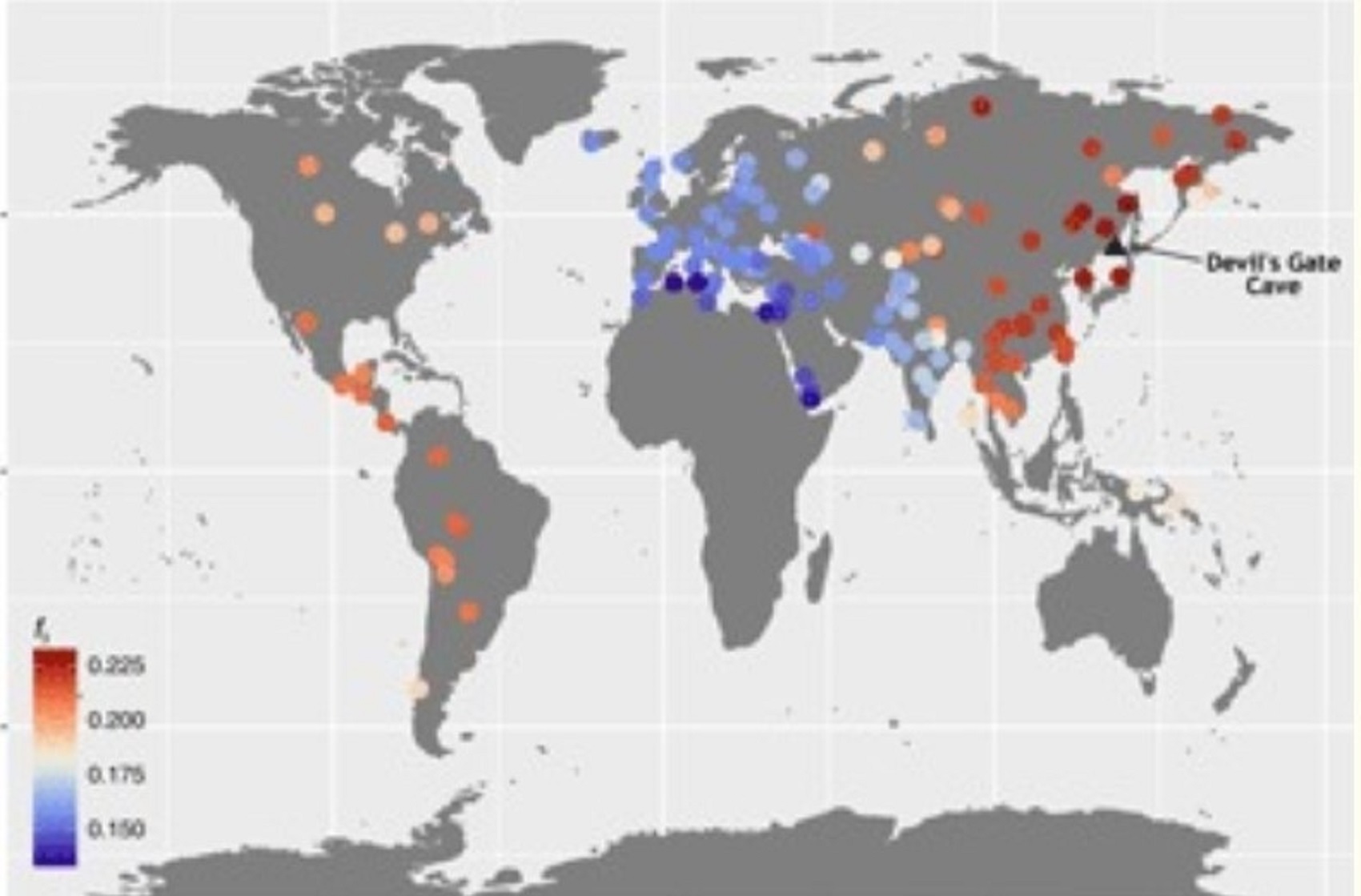
Pic ref
Abstract
“Ancient genomes have revolutionized our understanding of Holocene prehistory and, particularly, the Neolithic transition in western Eurasia. In contrast, East Asia has so far received little attention, despite representing a core region at which the Neolithic transition took place independently ~3 millennia after its onset in the Near East. We report genome-wide data from two hunter-gatherers from Devil’s Gate, an early Neolithic cave site (dated to ~7.7 thousand years ago) located in East Asia, on the border between Russia and Korea. Both of these individuals are genetically most similar to geographically close modern populations from the Amur Basin, all speaking Tungusic languages, and, in particular, to the Ulchi. The similarity to nearby modern populations and the low levels of additional genetic material in the Ulchi imply a high level of genetic continuity in this region during the Holocene, a pattern that markedly contrasts with that reported for Europe.” ref
N DNA in China when it started north was Animism but as it hit Siberia they met the totemistic shamanists and both were the same after that but they also pick up paganism as they head west. Creating paganistic shamanism with the totemism seemingly even stronger than ever as it evolved as well. And it is likely the devil’s people as to a potential “why” we have pyramids all over the world where ever they went.

ref (times stated in BCE in the map)
When the First Farmers Arrived in Europe, Inequality Evolved
“Forests gave way to fields, pushing hunter-gatherers to the margins—geographically and socially. There is no clear genetic evidence of interbreeding along the central European route until the (Linear Pottery culture 5500–4500 BCE or 7,522-6,522 years ago) LBK farmers reached the Rhine. And yet the groups mixed in other ways—potentially right from the beginning. A tantalizing hint of such interactions came from Gamba’s discovery of a hunter-gatherer bone in a farming settlement at a place called Tiszaszőlős-Domaháza in Hungary. But there was nothing more to be said about that individual. Was he a member of that community? A hostage? Someone passing through?” ref
“With later evidence, the picture became clearer. At Bruchenbrücken, a site north of Frankfurt in Germany, farmers, and hunter-gatherers lived together roughly 7,300 years ago in what Gronenborn calls a “multicultural” settlement. It looks as if the hunters may have come there originally from farther west to trade with the farmers, who valued their predecessors’ toolmaking techniques—especially their finely chiseled stone arrowheads. Perhaps some hunter-gatherers settled, taking up the farming way of life. So fruitful were the exchanges at Bruchenbrücken and other sites, Gronenborn says, that they held up the westward advance of farming for a couple of centuries.” ref
“There may even have been rare exceptions to the rule that the two groups did not interbreed early on. The Austrian site of Brunn 2, in a wooded river valley not far from Vienna, dates from the earliest arrival of the LBK farmers in central Europe, around 7,600 years ago. Three burials at the site were roughly contemporaneous. Two were of individuals of pure farming ancestry, and the other was the first-generation offspring of a hunter and a farmer. All three lay curled up on their sides in the LBK way, but the “hunter” was buried with six arrowheads.” ref

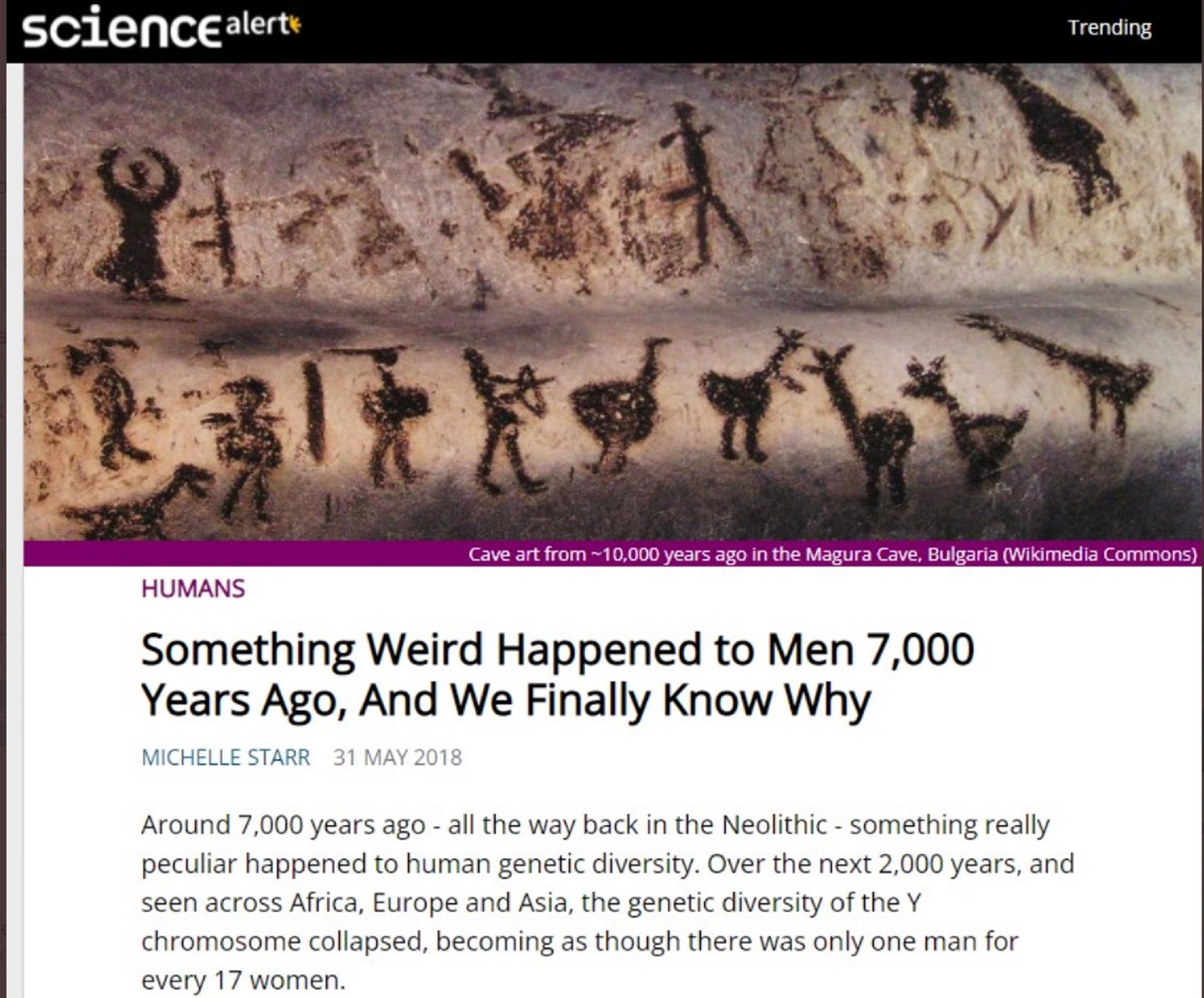
Something Weird Happened to Men 7,000 Years Ago, And We Finally Know Why
“Around 7,000 years ago – all the way back in the Neolithic – something really peculiar happened to human genetic diversity. Over the next 2,000 years, and seen across Africa, Europe, and Asia, the genetic diversity of the Y chromosome collapsed, becoming as though there was only one man for every 17 women.” ref
“Now, through computer modeling, researchers believe they have found the cause of this mysterious phenomenon: fighting between patrilineal clans. Drops in genetic diversity among humans are not unheard of, inferred based on genetic patterns in modern humans. But these usually affect entire populations, probably as the result of a disaster or other event that shrinks the population and therefore the gene pool.” ref
“But the Neolithic Y-chromosome bottleneck, as it is known, has been something of a puzzle since its discovery in 2015. This is because it was only observed on the genes on the Y chromosome that get passed down from father to son – which means it only affected men.” ref
“This points to a social, rather than an environmental, cause, and given the social restructures between 12,000 and 8,000 years ago as humans shifted to more agrarian cultures with patrilineal structures, this may have had something to do with it. In fact, a drop in genetic diversity doesn’t mean that there was necessarily a drop in population. The number of men could very well have stayed the same, while the pool of men who produced offspring declined.” ref
Why Do Genes Suggest Most Men Died Off 7,000 Years Ago?
“Modern men’s genes suggest that something peculiar happened 5,000 to 7,000 years ago: Most of the male population across Asia, Europe, and Africa seems to have died off, leaving behind just one man for every 17 women.” ref
“This so-called population “bottleneck” was first proposed in 2015, and since then, researchers have been trying to figure out what could’ve caused it. One hypothesis held that the drop-off in the male population occurred due to ecological or climatic factors that mainly affected male offspring, while another idea suggested that the die-off happened because some males had more power in society, and thus produced more children.” ref
“Now, a new paper, published May 25 in the journal Nature Communications, offers yet another explanation: People living in patrilineal clans (consisting of males from the same descent) might have fought with each other, wiping out entire male lineages at a time. [Image Gallery: Our Closest Human Ancestor]” ref
“That ratio of 17 females for every one male “struck us as being very extreme, and there must be another explanation,” said senior study author Marcus Feldman, a population geneticist at Stanford University in California. According to their new explanation, the male population didn’t take a nosedive, but rather the diversity of the Y chromosome decreased due to the way people lived and fought with each other. In other words, there weren’t actually fewer males, just less diversity among the males.” ref
“Humans have 23 pairs of chromosomes that carry most of our genes. Of these, the 23rd pair is what determines our sex: Whereas females have two X chromosomes, males have one X chromosome and one Y chromosome.” ref
“Because offspring inherit one chromosome from each parent, genes usually get shuffled around, increasing the diversity across species. But the Y chromosome, having no female counterpart, doesn’t get shuffled, so it stays pretty much the same from grandfather to father to son (save for any mutations that occur, which explains why the Y chromosome does differ among males).” ref
War might’ve caused the Y chromosome bottleneck
“To test their theory, the researchers conducted 18 simulations in which they created different scenarios for the bottleneck that included factors such as Y chromosome mutations, competition between groups, and death. Their simulations showed that warfare between patrilineal clans could have caused this so-called “Y chromosome bottleneck,” because the members of each patrilineal clan would have very similar Y chromosomes to each other. So, if one clan killed off another, it would also slash the chance of that family’s Y chromosome moving on to offspring.” ref
“In the researchers’ simulations in which patrilineal clans didn’t exist, however, the bottleneck didn’t occur.” ref
“What’s more, there was no such bottleneck in the women of the time, as is shown by mitochondrial DNA — a type of DNA that’s passed down only from mother to child. “In that same group, the women could have come from anywhere,” Feldman told Live Science. “They would’ve been brought into the group from either the victories that they had over other groups, or they could’ve been females who were residing in that area before.” ref
“As an example, he added, if you look at colonization throughout history, people generally “killed all the men and kept the women for themselves.” ref
“Monika Karmin, a population geneticist at the University of Tartu in Estonia who was not part of the new study, told Live Science that the “beauty of their study” is the way the researchers framed their hypothesis and demonstrated that “fighting clans are indeed likely to cause a drastic drop in male genetic diversity. [Gallery: Ancient Chinese Warriors Protect Secret Tomb]” ref
“However, we do have to keep in mind that there is very little information on the actual societal organization from that time,” said Karmin, who was the lead author of the 2015 study that first proposed the bottleneck. So, there could have been other “sociocultural” forces at play, she said.” ref
“The researchers did “careful computer simulations, whereas the previous papers had not,” said Chris Tyler-Smith, an evolutionary geneticist at the Sanger Institute in the United Kingdom who was not involved with the study. “The assumption that [the cause of the bottleneck] was warfare is a reasonable one,” especially given the time period, he added.” ref
“People were still living in small clans doing small-scale farming 5,000 to 7,000 years ago, a time right before people moved into larger societies and built large cities. It was a “transition between early farming using stone tools and later farming in societies using metal tools,” Tyler-Smith told Live Science.” ref
“But after this bottleneck, “you see the start of societal organizations and the shift from small-scale societies to having cities and organizations of people into groups that are not so intent on maintaining the Y chromosome lineage,” Feldman said. During this time, the male population bounced back, he added.” ref
“Normally, researchers focus on behavior that may have a genetic basis but not on behavior that influences genes, Feldman said. The new finding is “an example of what a cultural preference can do in changing the level of genetic variation.” ref
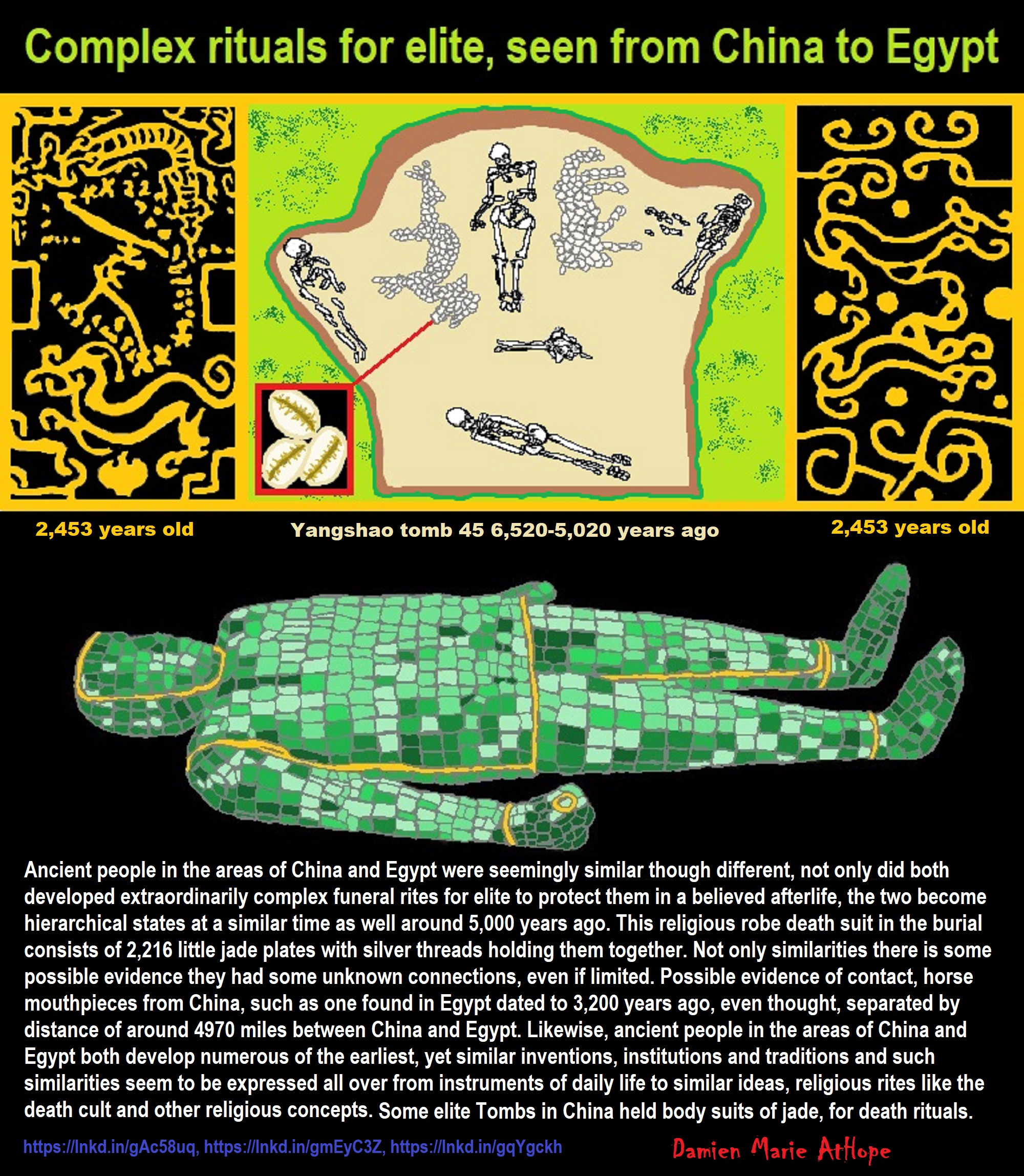
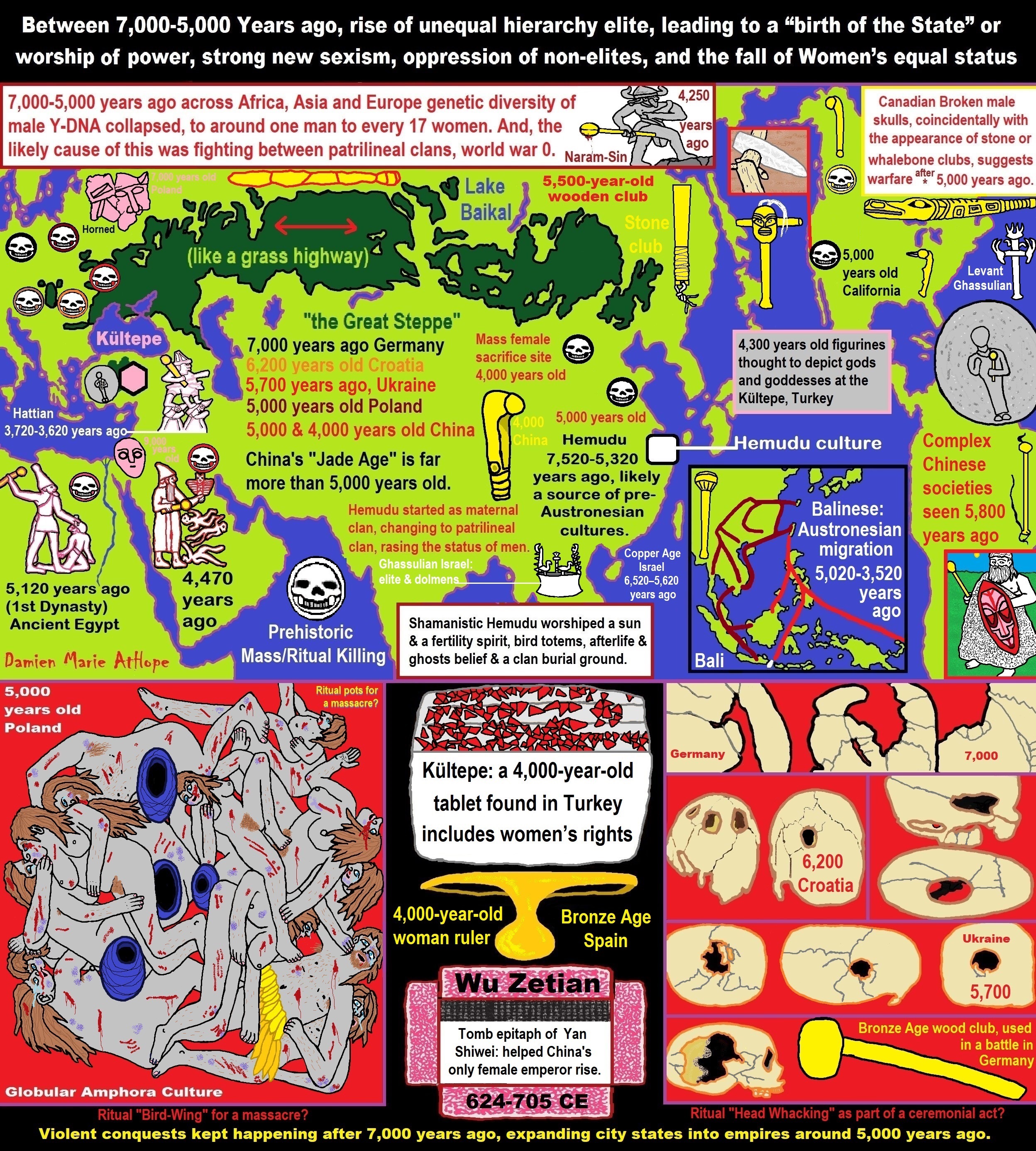
ref, ref, ref, ref, ref, ref, ref, ref, ref, ref, ref, ref, ref, ref, ref, ref, ref, ref, ref, ref, ref, ref, ref, ref, ref, ref, ref, ref, ref, ref, ref, ref, ref, ref, ref, ref, ref, ref, ref, ref, ref, ref, ref, ref, ref, ref, ref, ref, ref, ref, ref, ref, ref, ref, ref, ref, ref, ref, ref, ref, ref, ref, ref, ref, ref, ref, ref, ref, ref, ref, ref, ref, ref, ref, ref, ref, ref, ref, ref, ref, ref, ref, ref, ref, ref, ref, ref, ref, ref, ref

ref, ref, ref, ref, ref, ref, ref, ref, ref, ref, ref, ref, ref, ref, ref, ref, ref, ref, ref, ref, ref
While hallucinogens are associated with shamanism, it is alcohol that is associated with paganism.
I do not hate simply because I challenge and expose myths or lies any more than others being thought of as loving simply because of the protection and hiding from challenge their favored myths or lies.
The truth is best championed in the sunlight of challenge.
An archaeologist once said to me “Damien religion and culture are very different”
My response, So are you saying that was always that way, such as would you say Native Americans’ cultures are separate from their religions? And do you think it always was the way you believe?
I had said that religion was a cultural product. That is still how I see it and there are other archaeologists that think close to me as well. Gods too are the myths of cultures that did not understand science or the world around them, seeing magic/supernatural everywhere.
I personally think there is a goddess and not enough evidence to support a male god at Çatalhöyük but if there was both a male and female god and goddess then I know the kind of gods they were like Proto-Indo-European mythology.
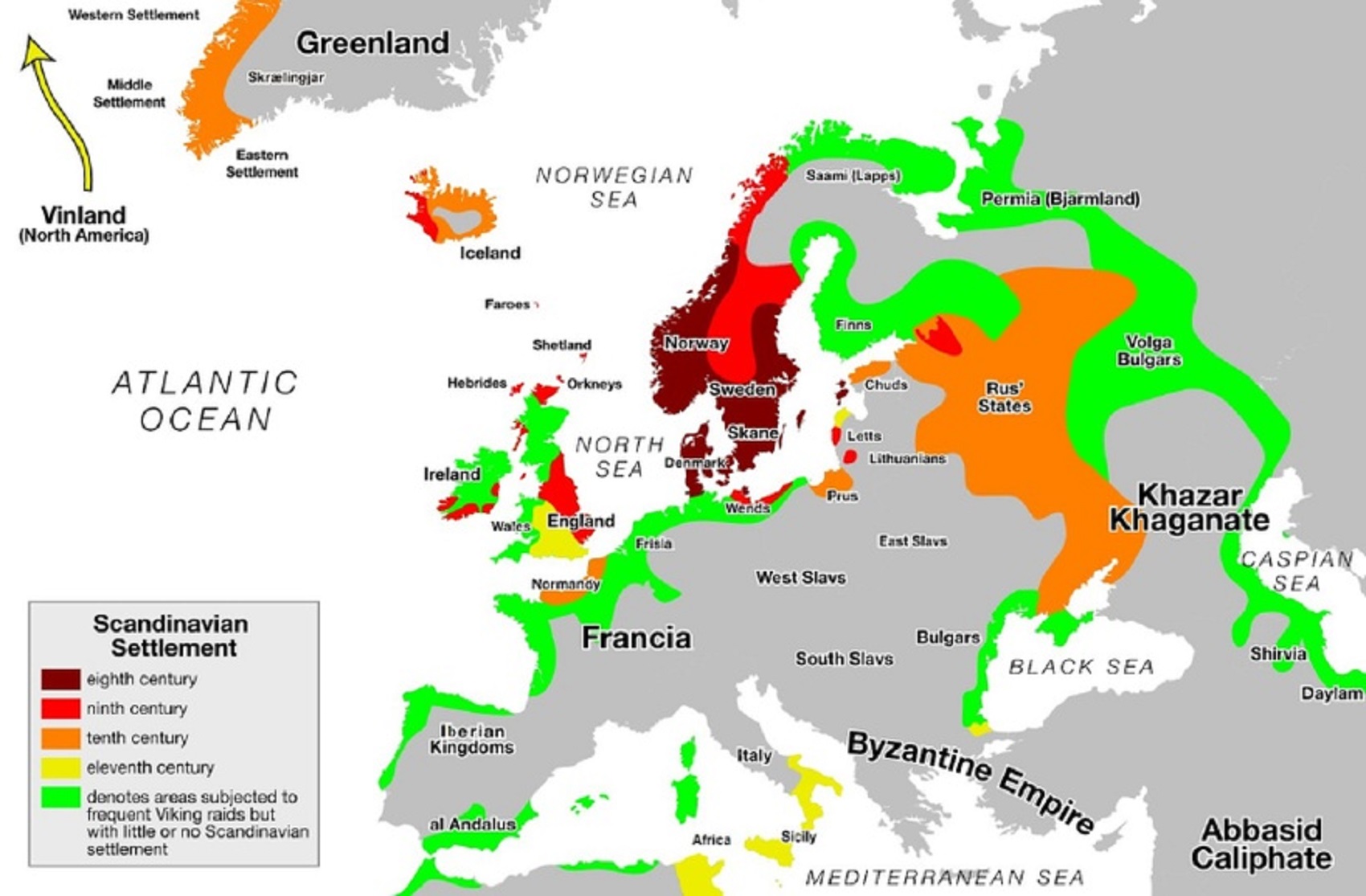
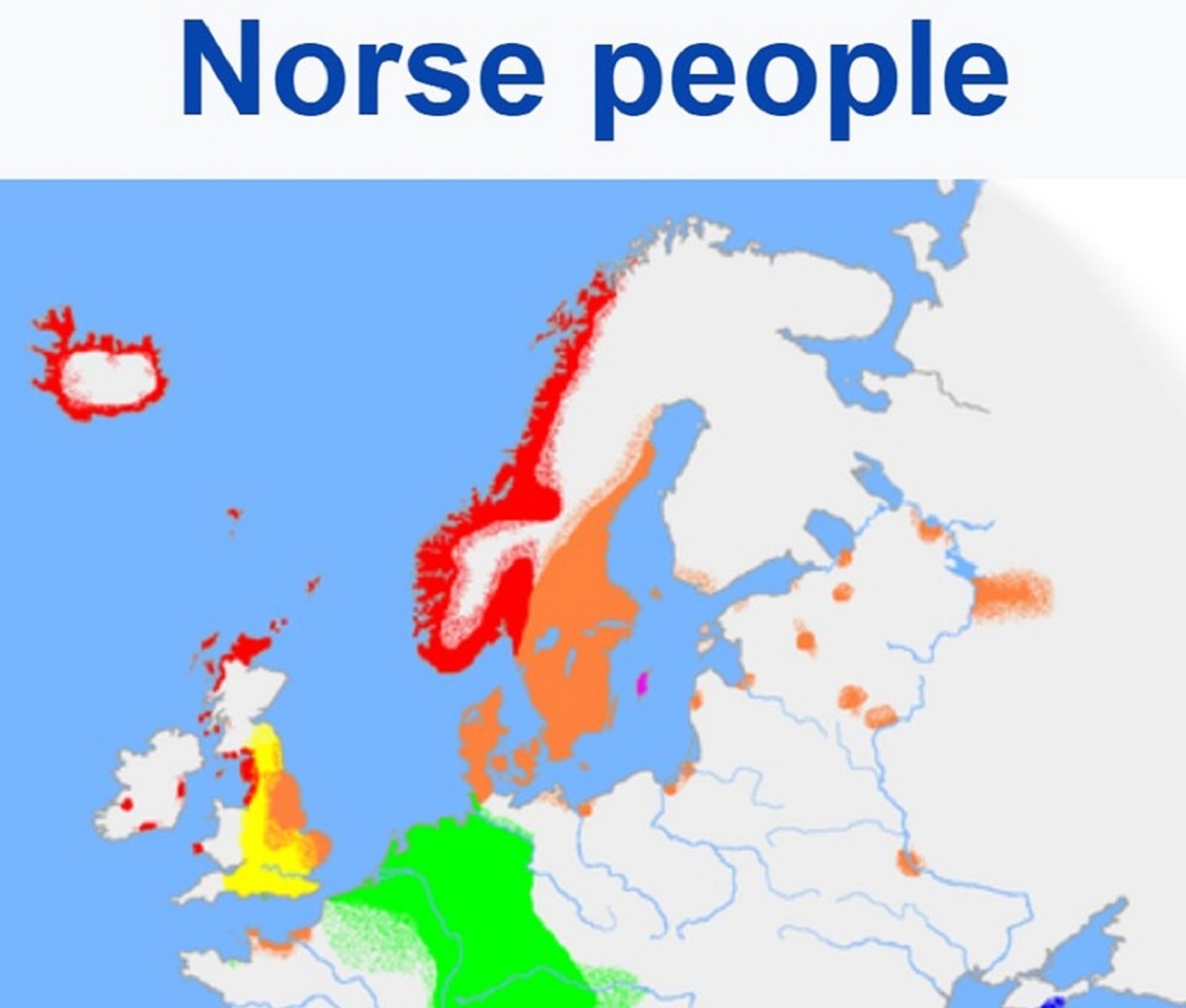
Old Norse religion
“Old Norse Religion, also known as Norse Paganism, is the most common name for a branch of Germanic religion which developed during the Proto-Norse period, when the North Germanic peoples separated into a distinct branch of the Germanic peoples. It was replaced by Christianity and forgotten during the Christianization of Scandinavia. Scholars reconstruct aspects of North Germanic Religion by historical linguistics, archaeology, toponymy, and records left by North Germanic peoples, such as runic inscriptions in the Younger Futhark, a distinctly North Germanic extension of the runic alphabet. Numerous Old Norse works dated to the 13th-century record Norse mythology, a component of North Germanic religion.” ref
“Old Norse religion was polytheistic, entailing a belief in various gods and goddesses. These deities in Norse mythology were divided into two groups, the Æsir and the Vanir, who in some sources were said to have engaged in an ancient war until realizing that they were equally powerful. Among the most widespread deities were the gods Odin and Thor. This world was inhabited also by various other mythological races, including giants, dwarfs, elves, and land-spirits. Norse cosmology revolved around a world tree known as Yggdrasil, with various realms existing alongside that of humans, named Midgard. These include multiple afterlife realms, several of which are controlled by a particular deity.” ref
“Transmitted through oral culture rather than through codified texts, Old Norse religion focused heavily on ritual practice, with kings and chiefs playing a central role in carrying out public acts of sacrifice. Various cultic spaces were used; initially, outdoor spaces such as groves and lakes were typically selected, but after the third century CE cult houses seem to also have been purposely built for ritual activity, although they were never widespread. Norse society also contained practitioners of Seiðr, a form of sorcery which some scholars describe as shamanistic. Various forms of burial were conducted, including both inhumation and cremation, typically accompanied by a variety of grave goods.” ref
“Throughout its history, varying levels of trans-cultural diffusion occurred among neighbouring peoples, such as the Sami and Finns. By the twelfth century Old Norse religion had succumbed to Christianity, with elements continuing into Scandinavian folklore. A revival of interest in Old Norse religion occurred amid the romanticist movement of the nineteenth century, during which it inspired a range of artworks. It also attracted the interest of political figures, and was used by a range of right-wing and nationalist groups. Academic research into the subject began in the early nineteenth century, initially influenced by the pervasive romanticist sentiment.” ref
“The archaeologist Anders Andrén noted that “Old Norse religion” is “the conventional name” applied to the pre-Christian religions of Scandinavia. See for instance Other terms used by scholarly sources include “pre-Christian Norse religion”, “Norse religion”, “Norse paganism”, “Nordic paganism”, “Scandinavian paganism”, “Scandinavian heathenism”, “Scandinavian religion”, “Northern paganism”, “Northern heathenism”, “North Germanic religion”, or “North Germanic paganism”. This Old Norse religion can be seen as part of a broader Germanic religion found across linguistically Germanic Europe; of the different forms of this Germanic religion, that of the Old Norse is the best-documented.” ref
“In Hilda Ellis Davidson‘s words, present-day knowledge of Old Norse religion contains “vast gaps”, and we must be cautious and avoid “bas[ing] wild assumptions on isolated details”.” ref
Scandinavian textual sources
“A few runic inscriptions with religious content survive from pagan Scandinavia, particularly asking Thor to hallow or protect a memorial stone;[30] carving his hammer on the stone also served this function. “In contrast to the few runic fragments, a considerable body of literary and historical sources survive in Old Norse manuscripts using the Latin script, all of which were created after the conversion of Scandinavia, the majority in Iceland.” ref
“The first extensive nordic textual source for the Old Norse Religion was the Poetic Edda. Some of the poetic sources, in particular, the Poetic Edda and skaldic poetry, may have been originally composed by heathens, and Hávamál contains both information on heathen mysticism and what Ursula Dronke referred to as “a round-up of ritual obligations.” ref
“In addition, there is information about pagan beliefs and practices in the sagas, which include both historical sagas such as Snorri Sturluson‘s Heimskringla and the Landnámabók, recounting the settlement and early history of Iceland, and the so-called sagas of Icelanders concerning Icelandic individuals and groups; there are also more or less fantastical legendary sagas.” ref
“Many skaldic verses are preserved in sagas. Of the originally heathen works, we cannot know what changes took place either during oral transmission or as a result of their being recorded by Christians; the sagas of Icelanders, in particular, are now regarded by most scholars as more or less historical fiction rather than as detailed historical records. A large amount of mythological poetry has undoubtedly been lost.” ref
“One important written source is Snorri’s Prose Edda, which incorporates a manual of Norse mythology for the use of poets in constructing kennings; it also includes numerous citations, some of them the only record of lost poems, such as Þjóðólfr of Hvinir‘s Haustlǫng. Snorri’s Prologue eumerises the Æsir as Trojans, deriving Æsir from Asia, and some scholars have suspected that many of the stories that we only have from him are also derived from Christian medieval culture.” ref
Non-Scandinavian textual sources?
“Additional sources remain by non-Scandinavians writing. The first non-Scandinavian textual source for the Old Norse Religion was the Tacitus‘ Germania which dates back to around 100 CE and describes religious practices of several Germanic peoples, but has little coverage of Scandinavia. In the Middle Ages, several Christian commentators also wrote about Scandinavian paganism, mostly from a hostile perspective.” ref
“The best known of these are Adam of Bremen‘s Gesta Hammaburgensis ecclesiae pontificum (History of the Bishops of Hamburg), written between 1066 and 1072, which includes an account of the temple at Uppsala, and Saxo Grammaticus‘ 12th-century Gesta Danorum (History of the Danes), which includes versions of Norse myths and some material on pagan religious practices. In addition, Muslim Arabs wrote accounts of Norse people they encountered, the best known of which is Ibn Fadlan‘s 10th-century Risala, an account of Volga Viking traders that includes a detailed description of a ship burial.” ref
Archaeological and toponymic evidence
“Since the literary evidence that represents Old Norse sources was recorded by Christians, archaeological evidence especially of cultic sites and burials is of great importance particularly as a source of information on Norse religion before the conversion. Many aspects of material culture—including settlement locations, artefacts, and buildings—may cast light on beliefs, and archaeological evidence regarding cult practices indicates chronological, geographic and class differences far greater than are suggested by the surviving texts.” ref
“Place-names are an additional source of evidence. Theophoric place-names, including instances where a pair of deity names occur in close proximity, provide an indication of the importance of the cult of those deities in different areas, dating back to before our earliest written sources. The toponymic evidence shows considerable regional variation, and some deities, such as Ullr and Hǫrn, occur more frequently than the surviving myths would lead us to expect, whereas comparatively few Odin place-names occur.” ref
“Some place-names contain elements indicating that they were sites of religious activity: those formed with –vé, –hörgr, and –hof, words for cult sites of various kinds, and also likely those formed with –akr or –vin, words for “field”, when coupled with the name of a deity. Magnus Olsen developed a typology of such place-names in Norway, from which he posited a development in pagan worship from groves and fields toward the use of temple buildings.” ref
“Personal names are also a source of information on the popularity of certain deities; for example, Thor’s name was an element in the names of both men and women, particularly in Iceland.” ref
Iron Age origins?
“Andrén described Old Norse religion as a “cultural patchwork” which emerged under a wide range of influences from earlier Scandinavian religions. It may have had links to Nordic Bronze Age: while the putatively solar-oriented belief system of Bronze Age Scandinavia is believed to have died out around 500 BCE or 2,521 years ago, a number of Bronze Age motifs—such as the wheel cross—reappear in later Iron Age contexts.” ref
“It is often regarded as having developed from earlier religious belief systems found among the Germanic Iron Age peoples. The Germanic languages likely emerged in the first millennium BCE in present-day northern Germany or Denmark, after which they spread; several of the deities in Old Norse religion have parallels among other Germanic societies. The Scandinavian Iron Age began around 500 to 400 BCE.” ref
“Archaeological evidence is particularly important for understanding these early periods. Accounts from this time were produced by Tacitus; according to the scholar Gabriel Turville-Petre, Tacitus’ observations “help to explain” later Old Norse religion. Tacitus described the Germanic peoples as having priests, open-air sacred sites, and an emphasis on sacrifice (including human), augury, and fortune telling. Tacitus notes that the Germanic peoples were polytheistic and mentions some of their deities through perceived Roman equivalents.” ref
“During the Viking Age, Norse people left Scandinavia and settled elsewhere throughout Northwestern Europe. Some of these areas, such as Iceland, the Orkney and Shetland Islands, and the Faroe Islands, were hardly populated, whereas other areas, such as England, Southwest Wales, Scotland, the Western Isles, Isle of Man, and Ireland, were already heavily populated.” ref
“In the 870s, Norwegian settlers left their homeland and colonized Iceland, bringing their belief system with them. Place-name evidence suggests that Thor was the most popular god on the island, although there are also saga accounts of devotés of Freyr in Iceland, including a “priest of Freyr” in the later Hrafnkels saga. There are no place-names connected to Odin on the island. Unlike other Nordic societies, Iceland lacked a monarchy and thus a centralising authority which could enforce religious adherence; there were both pagan and Christian communities from the time of its first settlement.” ref
“Scandinavian settlers brought Old Norse religion to Britain in the latter decades of the ninth century. Several British place-names indicate possible cultic sites; for instance, Roseberry Topping in North Yorkshire was known as Othensberg in the twelfth century, a name deriving from the Old Norse Óðinsberg (“Hill of Óðin”). Several place-names also contain Old Norse references to mythological entities, such as alfr, skratii, and troll. The English church found itself in need of conducting a new conversion process to Christianise this incoming population.” ref
Christianisation and decline?
Main article: Christianization of Scandinavia
“The Nordic world first encountered Christianity through its settlements in the (already Christian) British Isles and through trade contacts with the eastern Christians in Novgorod and Byzantium. By the time Christianity arrived in Scandinavia it was already the accepted religion across most of Europe.” ref
“It is not well understood how the Christian institutions converted these Scandinavian settlers, in part due to a lack of textual descriptions of this conversion process equivalent to Bede’s description of the earlier Anglo-Saxon conversion. However, it appears that the Scandinavian migrants had converted to Christianity within the first few decades of their arrival. After Christian missionaries from the British Isles—including figures like St Willibrord, St Boniface, and Willehad—had travelled to parts of northern Europe in the eighth century,” ref
“Charlemagne pushed for Christianisation in Denmark, with Ebbo of Rheims, Halitgar of Cambrai, and Willeric of Bremen proselytizing in the kingdom during the ninth century. The Danish king Harald Klak converted (826), likely to secure his political alliance with Louis the Pious against his rivals for the throne. The Danish monarchy reverted to Old Norse religion under Horik II (854 – c. 867).” ref
“The Norwegian king Hákon the Good had converted to Christianity while in England. On returning to Norway, he kept his faith largely private but encouraged Christian priests to preach among the population; some pagans were angered, and—according to Heimskringla—three churches built near Trondheim were burned down. His successor, Harald Greycloak, was also a Christian but similarly had little success in converting the Norwegian population to his religion.” ref
“Haakon Sigurdsson later became the de facto ruler of Norway, and although he agreed to be baptized under pressure from the Danish king and allowed Christians to preach in the kingdom, he enthusiastically supported pagan sacrificial customs, asserting the superiority of the traditional deities and encouraging Christians to return to their veneration.” ref
“His reign (975–995) saw the emergence of a “state paganism”, an official ideology which bound together Norwegian identity with pagan identity and rallied support behind Haakon’s leadership. Haakon was killed in 995 and Olaf Tryggvason, the next king, took power and enthusiastically promoted Christianity; he forced high-status Norwegians to convert, destroyed temples, and killed those he called ‘sorcerers’. Sweden was the last Scandinavian country to officially convert; although little is known about the process of Christianisation, it is known that the Swedish kings had converted by the early 11th century and that the country was fully Christian by the early 12th.” ref
“Olaf Tryggvason sent a Saxon missionary, Þangbrandr, to Iceland. Many Icelanders were angered by Þangbrandr’s proselytizing, and he was outlawed after killing several poets who insulted him. The animosity between Christians and pagans on the island grew, and at the Althing in 998 both sides blasphemed each other’s gods. In an attempt to preserve unity, at the Althing in 999, an agreement was reached that the Icelandic law would be based on Christian principles, albeit with concessions to the pagan community. Private, albeit not public, pagan sacrifices and rites were to remain legal.” ref
“Across Germanic Europe, conversion to Christianity was closely connected to social ties; mass conversion was the norm, rather than individual conversion. A primary motivation for kings converting was the desire for support from Christian rulers, whether as money, imperial sanction, or military support. Christian missionaries found it difficult convincing Norse people that the two belief systems were mutually exclusive; the polytheistic nature of Old Norse religion allowed its practitioners to accept Jesus Christ as one god among many.” ref
“The encounter with Christianity could also stimulate new and innovative expressions of pagan culture, for instance through influencing various pagan myths. As with other Germanic societies, syncretisation between incoming and traditional belief systems took place. For those living in isolated areas, pre-Christian beliefs likely survived longer, while others continued as survivals in folklore.” ref
Post-Christian survivals?
“By the 12th century, Christianity was firmly established across Northwestern Europe. For two centuries, Scandinavian ecclesiastics continued to condemn paganism, although it is unclear whether it still constituted a viable alternative to Christian dominance. These writers often presented paganism as being based on deceit or delusion; some stated that the Old Norse gods had been humans falsely euhemerised as deities.” ref
“Old Norse mythological stories survived in an oral culture for at least two centuries, to be recorded in the 13th century. How this mythology was passed down is unclear; it is possible that pockets of pagans retained their belief system throughout the 11th and 12th centuries, or that it had survived as a cultural artifact passed down by Christians who retained the stories while rejecting any literal belief in them. The historian Judith Jesch suggested that following Christianisation, there remained a “cultural paganism”, the re-use of pre-Christian myth “in certain cultural and social contexts” that are officially Christian.” ref
“For instance, Old Norse mythological themes and motifs appear in poetry composed for the court of Cnut the Great, an eleventh-century Christian Anglo-Scandinavian king. Saxo is the earliest medieval figure to take a revived interest in the pre-Christian beliefs of his ancestors, doing so not out of a desire to revive their faith but out of historical interest. Snorri was also part of this revived interest, examining pagan myths from his perspective as a cultural historian and mythographer.” ref
“As a result, Norse mythology “long outlasted any worship of or belief in the gods it depicts”. There remained, however, remnants of Norse pagan rituals for centuries after Christianity became the dominant religion in Scandinavia (see Trollkyrka). Old Norse gods continued to appear in Swedish folklore up until the early 20th century. There are documented accounts of encounters with both Thor and Odin, along with a belief in Freja’s power over fertility.” ref
Beliefs?
“Norse mythology, stories of the Norse deities, is preserved in Eddic poetry and in Snorri Sturluson‘s guide for skalds, the Poetic Edda. Depictions of some of these stories can be found on picture stones in Gotland and in other visual record including some early Christian crosses, which attests to how widely known they were. The myths were transmitted purely orally until the end of the period, and were subject to variation; one key poem, “Vǫluspá”, is preserved in two variant versions in different manuscripts,[e] and Snorri’s retelling of the myths sometimes varies from the other textual sources that are preserved.” ref
“There was no single authoritative version of a particular myth, and variation over time and from place to place is presumed, rather than “a single unified body of thought”. In particular, there may have been influences from interactions with other peoples, including northern Slavs, Finns, and Anglo-Saxons, and Christian mythology exerted an increasing influence.” ref
Deities?
“Old Norse religion was polytheistic, with many anthropomorphic gods and goddesses, who express human emotions and in some cases are married and have children. One god, Baldr, is said in the myths to have died. Archaeological evidence on worship of particular gods is sparse, although placenames may also indicate locations where they were venerated. For some gods, particularly Loki, there is no evidence of worship; however, this may be changed by new archaeological discoveries. Regions, communities, and social classes likely varied in the gods they venerated more or at all.” ref
“There are also accounts in sagas of individuals who devoted themselves to a single deity, described as a fulltrúi or vinr (confidant, friend) as seen in Egill Skallagrímsson‘s reference to his relationship with Odin in his “Sonatorrek“, a tenth-century skaldic poem for example. This practice has been interpreted as heathen past influenced by the Christian cult of the saints. Although our literary sources are all relatively late, there are also indications of change over time.” ref
“Norse mythological sources, particularly Snorri and “Vǫluspá”, differentiate between two groups of deities, the Æsir and the Vanir, who fought a war during which the Vanir broke down the walls of the Æsir’s stronghold, Asgard, and eventually made peace by means of a truce and the exchange of hostages. Some mythographers have suggested that this myth was based on recollection of a conflict in Scandinavia between adherents of different belief systems.” ref
“Major deities among the Æsir include Thor (who is often referred to in literary texts as Asa-Thor), Odin, and Týr. Very few Vanir are named in the sources: Njǫrðr, his son Freyr, and his daughter Freyja; according to Snorri all of these could be called Vanaguð (Vanir-god), and Freyja also Vanadís (Vanir-dís).” ref
“The status of Loki within the pantheon is problematic, and according to “Lokasenna” and “Vǫluspá” and Snorri’s explanation, he is imprisoned beneath the earth until Ragnarok, when he will fight against the gods. As far back as 1889 Sophus Bugge suggested this was the inspiration for the myth of Lucifer.” ref
“Some of the goddesses—Skaði, Rindr, Gerðr—are of giant origins. The general Old Norse word for the goddesses is Ásynjur, which is properly the feminine of Æsir. An old word for goddess may be dís, which is preserved as the name of a group of female supernatural beings.” ref
Localized and ancestral deities?
“Ancestral deities were common among Finno-Ugric peoples, and remained a strong presence among the Finns and Sámi after Christianisation. Ancestor veneration may have played a part in the private religious practices of Norse people in their farmsteads and villages; in the 10th century, Norwegian pagans attempted to encourage the Christian king Haakon to take part in an offering to the gods by inviting him to drink a toast to the ancestors alongside a number of named deities.” ref
“Þorgerðr Hölgabrúðr and Irpa appear to have been personal or family goddesses venerated by Haakon Sigurdsson, a late pagan ruler of Norway. There are also likely to have been local and family fertility cults; we have one reported example from pagan Norway in the family cult of Vǫlsi, where some deity called Mǫrnir is invoked.” ref
Other beings?
“The norns are female figures who determine individuals’ fate. Snorri describes them as a group of three, but he and other sources also allude to larger groups of norns who decide the fate of newborns. It is uncertain whether they were worshipped. The vættir, spirits of the land, were thought to inhabit certain rocks, waterfalls, mountains, and trees, and offerings were made to them. For many, they may have been more important in daily life than the gods.” ref
“Texts also mention various kinds of elves and dwarfs. Fylgjur, guardian spirits, generally female, were associated with individuals and families. Hamingjur, dísir, and swanmaidens are female supernatural figures of uncertain stature within the belief system; the dísir may have functioned as tutelary goddesses. Valkyries were associated with the myths concerning Odin, and also occur in heroic poetry such as the Helgi lays, where they are depicted as princesses who assist and marry heroes.” ref
“Conflict with the jǫtnar, or giants, is a frequent motif in the mythology. They are described as both the ancestors and enemies of the gods. Gods marry giantesses but giants’ attempts to couple with goddesses are repulsed. Most scholars believe the jǫtnar were not worshipped, although this has been questioned. The Eddic jǫtnar have parallels with their later folkloric counterparts, although unlike them they have much wisdom.” ref
Cosmology?
“Several accounts of the Old Norse cosmogony, or creation myth, appear in surviving textual sources, but there is no evidence that these were certainly produced in the pre-Christian period. It is possible that they were developed during the encounter with Christianity, as pagans sought to establish a creation myth complex enough to rival that of Christianity; these accounts could also be the result of Christian missionaries interpreting certain elements and tales found in the Old Norse culture and presenting them to be creation myths and a cosmogony, parallel to that of the Bible, in part in order to aid the Old Norse in the understanding of the new Christian religion through the use of native elements as a means to facilitate conversion (a common practice employed by missionaries to ease the conversion of people from different cultures across the globe. See Syncretism). According to the account in Völuspá, the universe was initially a void known as Ginnungagap.” ref
“There then appeared a giant, Ymir, and after him the gods, who lifted the earth out of the sea. A different account is provided in Vafþrúðnismál, which describes the world being made from the components of Ymir’s body: the earth from his flesh, the mountains from his bones, the sky from his skull, and the sea from his blood. Grímnismál also describes the world being fashioned from Ymir’s corpse, although adds the detail that the giants emerged from a spring known as Élivágar.” ref
“In Snorri’s Gylfaginning, it is again stated that the Old Norse cosmogony began with a belief in Ginnungagap, the void. From this emerged two realms, the icy, misty Niflheim and the fire-filled Muspell, the latter ruled over by fire-giant, Surtr.[149] A river produced by these realms coagulated to form Ymir, while a cow known as Audumbla then appeared to provide him with milk.” ref
“Audumbla licked a block of ice to free Buri, whose son Bor married a giantess named Bestla. Some of the features of this myth, such as the cow Audumbla, are of unclear provenance; Snorri does not specify where he obtained these details as he did for other parts of the myths, and it may be that these were his own personal inventions.” ref
“Völuspá portrays Yggdrasil as a giant ash tree. Grímnismál claims that the deities meet beneath Yggdrasil daily to pass judgment. It also claims that a serpent gnaws at its roots while a deer grazes from its higher branches; a squirrel runs between the two animals, exchanging messages. Grímnismál also claims that Yggdrasil has three roots; under one resides the goddess Hel, under another the frost-giants, and under the third humanity.” ref
“Snorri also relates that Hel and the frost-giants live under two of the roots but places the gods, rather than humanity, under the third root. The term Yggr means “the terrifier” and is a synonym for Oðinn, while drasill was a poetic word for a horse; “Yggdrasil” thereby means “Oðinn’s Steed”. This idea of a cosmic tree has parallels with those from various other societies, and may reflect part of a common Indo-European heritage.” ref
“The Ragnarok story survives in its fullest exposition in Völuspá, although elements can also be seen in earlier poetry. The Ragnarok story suggests that the idea of an inescapable fate pervaded Norse world-views. There is much evidence that Völuspá was influenced by Christian belief, and it is also possible that the theme of conflict being followed by a better future—as reflected in the Ragnarok story—perhaps reflected the period of conflict between paganism and Christianity.” ref
Afterlife?
Main article: Death in Norse paganism
“Norse religion had several fully developed ideas about death and the afterlife. Snorri refers to four realms which welcome the dead; although his descriptions reflect a likely Christian influence, the idea of multiple otherworlds is likely pre-Christian. Unlike Christianity, Old Norse religion does not appear to have adhered to the belief that moral concerns impacted an individual’s afterlife destination.” ref
“Warriors who died in battle became the Einherjar and were taken to Oðinn’s hall, Valhalla. There they waited until Ragnarok, when they would fight alongside the Æsir. According to the poem Grímnismál, Valhalla had 540 doors and that a wolf stood outside its western door, while an eagle flew overhead. In that poem, it is also claimed that a boar named Sæhrímnir is eaten every day and that a goat named Heiðrún stands atop the hall’s roof producing an endless supply of mead.” ref
“It is unclear how widespread a belief in Valhalla was in Norse society; it may have been a literary creation designed to meet the ruling class’ aspirations, since the idea of deceased warriors owing military service to Oðinn parallels the social structure of which warriors and their lord. There is no archaeological evidence clearly alluding to a belief in Valhalla.” ref
“According to Snorri, while one half of the slain go to Valhalla, the other go to Frejya’s hall, Fólkvangr, and that those who die from disease or old age go to a realm known as Hel; it was here that Baldr went after his death. The concept of Hel as an afterlife location never appears in pagan-era skaldic poetry, where “Hel” always references to the eponymous goddess. Snorri also mentions the possibility of the dead reaching the hall of Brimir in Gimlé, or the hall of Sindri in the Niðafjöll Mountains.” ref
“Various sagas and the Eddaic poem Helgakviða Hjörvarðssonar refer to the dead residing in their graves, where they remain conscious. In these thirteenth-century sources, ghosts (Draugr) are capable of haunting the living. In both Laxdæla Saga and Eyrbyggja Saga, connections are drawn between pagan burials and hauntings.” ref
“In mythological accounts, the deity most closely associated with death is Oðinn. In particular, he is connected with death by hanging; this is apparent in Hávamál, a poem found in the Poetic Edda. In stanza 138 of Hávamál, Oðinn describes his “auto-sacrifice”, in which he hangs himself on Yggdrasill, the world tree, for nine nights, in order to attain wisdom and magical powers. In the late Gautreks Saga, King Víkarr is hanged and then punctured by a spear; his executioner says “Now I give you to Oðinn.” ref
Cultic practice?
“Textual accounts suggest a spectrum of rituals, from large public events to more frequent private and family rites, which would have been interwoven with daily life. However, written sources are vague about Norse rituals, and many are invisible to us now even with the assistance of archaeology. Sources mention some rituals addressed to particular deities, but an understanding of the relationship between Old Norse ritual and myth remains speculative.” ref
Religious rituals?
Main article: Norse rituals
“The primary religious ritual in Norse religion appears to have been sacrifice, or blót. Many texts, both Old Norse and other, refer to sacrifices. The Saga of Hákon the Good in Heimskringla states that there were obligatory blóts, at which animals were slaughtered and their blood, called hlaut, sprinkled on the altars and the inside and outside walls of the temple, and ritual toasts were drunk during the ensuing sacrificial feast; the cups were passed over the fire and they and the food were consecrated with a ritual gesture by the chieftain; King Hákon, a Christian, was forced to participate but made the sign of the cross. The description of the temple at Uppsala in Adam of Bremen’s History includes an account of a festival every nine years at which nine males of every kind of animal were sacrificed and the bodies hung in the temple grove.” ref
“There may have been many methods of sacrifice: a number of textual accounts refer to the body or head of the slaughtered animal being hung on a pole or tree. In addition to seasonal festivals, an animal blót could take place, for example, before duels, after the conclusion of business between traders, before sailing to ensure favorable winds, and at funerals. Remains of animals from many species have been found in graves from the Old Norse period, and Ibn Fadlan’s account of a ship burial includes the sacrifice of a dog, draft animals, cows, a rooster, and a hen as well as that of a servant girl.” ref
“In the Eddic poem “Hyndluljóð“, Freyja expresses appreciation for the many sacrifices of oxen made to her by her acolyte, Óttar. In Hrafnkels saga, Hrafnkell is called Freysgoði for his many sacrifices to Freyr. There may also be markers by which we can distinguish sacrifices to Odin, who was associated with hanging, and some texts particularly associate the ritual killing of a boar with sacrifices to Freyr; but in general, archaeology is unable to identify the deity to whom a sacrifice was made.” ref
“The texts frequently allude to human sacrifice. Temple wells in which people were sacrificially drowned are mentioned in Adam of Bremen’s account of Uppsala and in Icelandic sagas, where they are called blótkelda or blótgrǫf, and Adam of Bremen also states that human victims were included among those hanging in the trees at Uppsala.” ref
“In Gautreks saga, people sacrifice themselves during a famine by jumping off cliffs, and both the Historia Norwegiæ and Heimskringla refer to the willing death of King Dómaldi as a sacrifice after bad harvests. Mentions of people being “sentenced to sacrifice” and of the “wrath of the gods” against criminals suggest a sacral meaning for the death penalty; in Landnamabók the method of execution is given as having the back broken on a rock. It is possible that some of the bog bodies recovered from peat bogs in northern Germany and Denmark and dated to the Iron Age were human sacrifices.” ref
“Such a practice may have been connected to the execution of criminals or of prisoners of war, and Tacitus also states that such type of execution was used as a punishment for “the coward, the unwarlike and the man stained with abominable vices” for the reason that these were considered “infamies that ought to be buried out of sight”; on the other hand, some textual mentions of a person being “offered” to a deity, such as a king offering his son, may refer to a non-sacrificial “dedication”. Archaeological evidence supports Ibn Fadlan’s report of funerary human sacrifice: in various cases, the burial of someone who died of natural causes is accompanied by another who died a violent death.” ref
“For example, at Birka a decapitated young man was placed atop an older man buried with weapons, and at Gerdrup, near Roskilde, a woman was buried alongside a man whose neck had been broken. Many of the details of Ibn Fadlan’s account are born out by archaeology; and it is possible that those elements which are not visible in the archaeological evidence—such as the sexual encounters—are also accurate.” ref
“Deposition of artifacts in wetlands was a practice in Scandinavia during many periods of prehistory. In the early centuries of the Common Era, huge numbers of destroyed weapons were placed in wetlands: mostly spears and swords, but also shields, tools, and other equipment.” ref
“Beginning in the 5th century, the nature of the wetland deposits changed; in Scandinavia, fibulae and bracteates were placed in or beside wetlands from the 5th to the mid-6th centuries, and again beginning in the late 8th century, when weapons, as well as jewelry, coins and tools, again began to be deposited, the practice lasting until the early 11th century.” ref
“This practice extended to non-Scandinavian areas inhabited by Norse people; for example in Britain, a sword, tools, and the bones of cattle, horses, and dogs were deposited under a jetty or bridge over the River Hull. The precise purposes of such depositions are unclear.” ref
“It is harder to find ritualized deposits on dry land. However, at Lunda (meaning “grove“) near Strängnäs in Södermanland, archaeological evidence has been found at a hill of presumably ritual activity from the 2nd century BCE until the 10th century CE, including deposition of unburnt beads, knives, and arrowheads from the 7th to the 9th century.” ref
“Also during excavations at the church in Frösö, bones of bear, elk, red deer, pigs, cattle, and either sheep or goats were found surrounding a birch tree, having been deposited in the 9th or 10th century; the tree likely had sacrificial associations and perhaps represented the world tree.” ref
Rites of passage?
“A child was accepted into the family via a ritual of sprinkling with water (Old Norse ausa vatni) which is mentioned in two Eddic poems, “Rígsþula” and “Hávamál“, and was afterwards given a name. The child was frequently named after a dead relative, since there was a traditional belief in rebirth, particularly in the family.” ref
“Old Norse sources also describe rituals for adoption (the Norwegian Gulaþing Law directs the adoptive father, followed by the adoptive child, then all other relatives, to step in turn into a specially made leather shoe) and blood brotherhood (a ritual standing on the bare earth under a specially cut strip of grass, called a jarðarmen).” ref
“Weddings occur in Icelandic family sagas. The Old Norse word brúðhlaup has cognates in many other Germanic languages and means “bride run”; it has been suggested that this indicates a tradition of bride-stealing, but other scholars including Jan de Vries interpreted it as indicating a rite of passage conveying the bride from her birth family to that of her new husband. The bride wore a linen veil or headdress; this is mentioned in the Eddic poem “Rígsþula“. Freyr and Thor are each associated with weddings in some literary sources.” ref
“In Adam of Bremen’s account of the pagan temple at Uppsala, offerings are said to be made to Fricco (presumably Freyr) on the occasion of marriages, and in the Eddic poem “Þrymskviða“, Thor recovers his hammer when it is laid in his disguised lap in a ritual consecration of the marriage. “Þrymskviða” also mentions the goddess Vár as consecrating marriages; Snorri Sturluson states in Gylfaginning that she hears the vows men and women make to each other, but her name probably means “beloved” rather than being etymologically connected to Old Norse várar, “vows.” ref
“Burial of the dead is the Norse rite of passage about which we have most archaeological evidence. There is considerable variation in burial practices, both spatially and chronologically, which suggests a lack of dogma about funerary rites. Both cremations and inhumations are found throughout Scandinavia, but in Viking Age Iceland there were inhumations but, with one possible exception, no cremations.” ref
“The dead are found buried in pits, wooden coffins or chambers, boats, or stone cists; cremated remains have been found next to the funeral pyre, buried in a pit, in a pot or keg, and scattered across the ground. Most burials have been found in cemeteries, but solitary graves are not unknown. Some gravesites were left unmarked, others memorialized with standing stones or burial mounds.” ref
“Grave goods feature in both inhumation and cremation burials. These often consist of animal remains; for instance, in Icelandic pagan graves, the remains of dogs and horses are the most common grave goods. In many cases, the grave goods and other features of the grave reflect social stratification, particularly in the cemeteries at market towns such as Hedeby and Kaupang. In other cases, such as in Iceland, cemeteries show very little evidence of it.” ref
“Ship burial is a form of elite inhumation attested both in the archaeological record and in Ibn Fadlan’s written account. Excavated examples include the Oseberg ship burial near Tønsberg in Norway, another at Klinta on Öland, and the Sutton Hoo ship burial in England. A boat burial at Kaupang in Norway contained a man, woman, and baby lying adjacent to each other alongside the remains of a horse and dismembered dog.” ref
“The body of a second woman in the stern was adorned with weapons, jewelry, a bronze cauldron, and a metal staff; archaeologists have suggested that she may have been a sorceress. In certain areas of the Nordic world, namely coastal Norway and the Atlantic colonies, smaller boat burials are sufficiently common to indicate it was no longer only an elite custom.” ref
“Ship burial is also mentioned twice in the Old Norse literary-mythic corpus. A passage in Snorri Sturluson’s Ynglinga Saga states that Odin—whom he presents as a human king later mistaken for a deity—instituted laws that the dead would be burned on a pyre with their possessions, and burial mounds or memorial stones erected for the most notable men. Also in his Prose Edda, the god Baldr is burned on a pyre on his ship, Hringhorni, which is launched out to sea with the aid of the giantess Hyrrokkin; Snorri wrote after the Christianisation of Iceland, but drew on Úlfr Uggason‘s skaldic poem “Húsdrápa.” ref
Mysticism, magic, animism, and shamanism?
“The myth preserved in the Eddic poem “Hávamál” of Odin hanging for nine nights on Yggdrasill, sacrificed to himself and dying in order to secure knowledge of the runes and other wisdom in what resembles an initiatory rite, is evidence of mysticism in Old Norse religion.” ref
“The gods were associated with two distinct forms of magic. In “Hávamál” and elsewhere, Odin is particularly associated with the runes and with galdr. Charms, often associated with the runes, were a central part of the treatment of disease in both humans and livestock in Old Norse society. In contrast, seiðr and the related spæ, which could involve both magic and divination, were practiced mostly by women, known as vǫlur and spæ-wives, often in a communal gathering at a client’s request.” ref
“9th- and 10th-century female graves containing iron staffs and grave goods have been identified on this basis as those of seiðr practitioners. Seiðr was associated with the Vanic goddess Freyja; according to a euhemerized account in Ynglinga saga, she taught seiðr to the Æsir, but it involved so much ergi (“unmanliness, effeminacy”) that other than Odin himself, its use was reserved to priestesses. There are, however, mentions of male seiðr workers, including elsewhere in Heimskringla, where they are condemned for their perversion.” ref
“In Old Norse literature, practitioners of seiðr are sometimes described as foreigners, particularly Sami or Finns or in rarer cases from the British Isles. Practitioners such as Þorbjörg Lítilvölva in the Saga of Erik the Red appealed to spirit helpers for assistance. Many scholars have pointed to this and other similarities between what is reported of seiðr and spæ ceremonies and shamanism.” ref
“The historian of religion Dag Strömbäck regarded it as a borrowing from Sami or Balto-Finnic shamanic traditions, but there are also differences from the recorded practices of Sami noaidi. Since the 19th century, some scholars have sought to interpret other aspects of Old Norse religion itself by comparison with shamanism; for example, Odin’s self-sacrifice on the World Tree has been compared to Finno-Ugric shamanic practices. However, the scholar Jan de Vries regarded seiðr as an indigenous shamanic development among the Norse, and the applicability of shamanism as a framework for interpreting Old Norse practices, even seiðr, is disputed by some scholars.” ref
Outdoor rites?
Cult practices often took place outdoors. For example, at Hove in Trøndelag, Norway, offerings were placed at a row of posts bearing images of gods. Terms particularly associated with outdoor worship are vé (shrine) and hörgr (cairn or stone altar).” ref
“Many place-names contain these elements in association with the name of a deity, and for example at Lilla Ullevi (compounded with the name of the god Ullr) in Bro parish, Uppland, Sweden, archaeologists have found a stone-covered ritual area at which offerings including silver objects, rings, and a meat fork had been deposited. Place-name evidence suggests that cultic practices might also take place at many different kinds of sites, including fields and meadows (vangr, vin), rivers and lakes, bogs, groves (lundr) and individual trees, and rocks.” ref
“Some Icelandic sagas mention sacred places. In both Landnámabók and Eyrbyggja saga, members of a family who particularly worshipped Thor are said to have passed after death into the mountain Helgafell (holy mountain), which was not to be defiled by bloodshed or excrement, or even to be looked at without washing first.” ref
“Mountain worship is also mentioned in Landnámabók as an old Norwegian tradition to which Auðr the Deepminded‘s family reverted after she died; the scholar Hilda Ellis Davidson regarded it as associated particularly with the worship of Thor. In Víga-Glúms saga, the field Vitazgjafi (certain giver) is associated with Freyr and similarly not to be defiled. The scholar Stefan Brink has argued that one can speak of a “mythical and sacral geography” in pre-Christian Scandinavia.” ref
Temples?
“Several of the sagas refer to cult houses or temples, generally called in Old Norse by the term hof. There are detailed descriptions of large temples, including a separate area with images of gods and the sprinkling of sacrificial blood using twigs in a manner similar to the Christian use of the aspergillum, in Kjalnesinga saga and Eyrbyggja saga; Snorri‘s description of blót in Heimskringla adds more details about the blood sprinkling. Adam of Bremen‘s 11th-century Latin history describes at length a great temple at Uppsala at which human sacrifices regularly took place, and containing statues of Thor, Wotan, and Frikko (presumably Freyr); a scholion adds the detail that a golden chain hung from the eaves.” ref
“These details appear exaggerated and probably indebted to Christian churches, and in the case of Uppsala to the Biblical description of Solomon’s temple. Based on the dearth of archaeological evidence for dedicated cult houses, particularly under early church buildings in Scandinavia, where they were expected to be found, and additionally on Tacitus‘ statement in Germania that the Germanic tribes did not confine their deities to buildings, many scholars have believed hofs to be largely a Christian idea of pre-Christian practice.” ref
“In 1966, based on the results of a comprehensive archaeological survey of most of Scandinavia, the Danish archaeologist Olaf Olsen proposed the model of the “temple farm”: that rather than the hof being a dedicated building, a large longhouse, especially that of the most prominent farmer in the district, served as the location for community cultic celebrations when required.” ref
“Since Olsen’s survey, however, archaeological evidence of temple buildings has come to light in Scandinavia. Although Sune Lindqvist‘s interpretation of post holes which he found under the church at Gamla Uppsala as the remains of an almost square building with a high roof was wishful thinking, excavations nearby in the 1990s uncovered both a settlement and a long building which may have been either a longhouse used seasonally as a cult house or a dedicated hof.” ref
“The building site at Hofstaðir, near Mývatn in Iceland, which was a particular focus of Olsen’s work, has since been re-excavated and the layout of the building and further discoveries of the remains of ritually slaughtered animals now suggest that it was a cult house until ritually abandoned. Other buildings that have been interpreted as cult houses have been found at Borg in Östergötland, Lunda in Södermanland, and Uppakra in Scania, Remains of one pagan temple have so far been found under a medieval church, at Mære in Nord-Trøndelag, Norway.” ref
“In Norway, the word hof appears to have replaced older terms referring to outdoor cult sites during the Viking Age; it has been suggested that the use of cult buildings was introduced into Scandinavia starting in the 3rd century based on the Christian churches then proliferating in the Roman Empire, as part of a range of political and religious changes that Nordic society was then experiencing.” ref
“Some of the cult houses which have been found are located within what archaeologists call “central places”: settlements with various religious, political, judicial, and mercantile functions. A number of these central places have place-names with cultic associations, such as Gudme (home of gods), Vä (vé), and Helgö (holy island). Some archaeologists have argued that they were designed to mirror Old Norse cosmology, thus connecting ritual practices with wider world-views.” ref
Priests and kings?
“There is no evidence of a professional priesthood among the Norse, and rather cultic activities were carried out by members of the community who also had other social functions and positions. In Old Norse society, religious authority was harnessed to secular authority; there was no separation between economic, political, and symbolic institutions. Both the Norwegian kings’ sagas and Adam of Bremen’s account claim that kings and chieftains played a prominent role in cultic sacrifices.” ref
“In medieval Iceland, the goði was a social role that combined religious, political, and judicial functions, responsible for serving as a chieftain in the district, negotiating legal disputes, and maintaining order among his þingmenn. Most evidence suggests that public cultic activity was largely the preserve of high-status males in Old Norse society. However, there are exceptions. The Landnámabók refers to two women holding the position of gyðja, both of whom were members of local chiefly families. In Ibn Fadlan’s account of the Rus, he describes an elder woman known as the “Angel of Death” who oversaw a funerary ritual.” ref
“Among scholars, there has been much debate as to whether sacral kingship was practiced among Old Norse communities, in which the monarch was endowed with a divine status and thus being responsible for ensuring that a community’s needs were met through supernatural means. Evidence for this has been cited from the Ynglingatal poem in which the Swedes kill their king, Domalde, following a famine. However, interpretations of this event other than sacral kingship are possible; for instance, Domalde may have been killed in a political coup.” ref
Iconography and imagery?
“The most widespread religious symbol in Viking Age Old Norse religion was Mjöllnir, the hammer of Thor.[284] This symbol first appears in the ninth century and may be a conscious response to the symbolism of the Christian cross. Although found across the Viking world, Mjöllnir pendants are most commonly found in graves from modern Denmark, south-eastern Sweden, and southern Norway; their wide distribution suggests the particular popularity of Thor.” ref
“When found in inhumation graves, Mjöllnir pendants are more likely to be found in women’s graves than men’s. Earlier examples were made from iron, bronze, or amber, although silver pendants became fashionable in the tenth century. This may have been a response to the growing popularity of Christian cross amulets.” ref
“The two religious symbols may have co-existed closely; one piece of archaeological evidence suggesting that this is the case is a soapstone mould for casting pendants discovered from Trengården in Denmark. This mould had space for a Mjöllnir and a crucifix pendant side by side, suggesting that the artisan who produced these pendants catered for both religious communities.” ref
“These have typically been interpreted as a protective symbol, although may also have had associations with fertility, being worn as amulets, good-luck charms, or sources of protection. However, around 10 percent of those discovered during excavation had been placed on top of cremation urns, suggesting that they had a place in certain funerary rituals.” ref
“Gods and goddesses were depicted through figurines, pendants, fibulas, and as images on weapons. Thor is usually recognized in depictions by his carrying of Mjöllnir. Iconographic material suggesting other deities are less common that those connected to Thor.” ref
“Some pictorial evidence, most notably that of the picture stones, intersect with the mythologies recorded in later texts. These picture stones, produced in mainland Scandinavia during the Viking Age, are the earliest known visual depictions of Norse mythological scenes. It is nevertheless unclear what function these picture-stones had or what they meant to the communities who produced them.” ref
“Oðinn has been identified on various gold bracteates produced from the fifth and sixth centuries. Some figurines have been interpreted as depictions of deities. The Lindby image from Skåne, Sweden is often interpreted as Oðinn because of its missing eye; the bronze figurine from Eyrarland in Iceland as Thor because it holds a hammer.” ref
“A bronze figurine from Rällinge in Södermanland has been attributed to Freyr because it has a big phallus, and a silver pendant from Aska in Östergötland has been seen as Freya because it wears a necklace that could be Brisingamen.” ref
“Another image that recurs in Norse artwork from this period is the valknut (the term is modern, not Old Norse). These symbols may have a specific association with Oðinn, because they often accompany images of warriors on picture stones.” ref
Influence:
Romanticism, aesthetics, and politics?
“During the romanticist movement of the nineteenth century, various northern Europeans took an increasing interest in Old Norse religion, seeing in it an ancient pre-Christian mythology that provided an alternative to the dominant Classical mythology. As a result, artists featured Norse gods and goddesses in their paintings and sculptures, and their names were applied to streets, squares, journals, and companies throughout parts of northern Europe.” ref
“The mythological stories derived from Old Norse and other Germanic sources provided inspiration for various artists, including Richard Wagner, who used these narratives as the basis for his Der Ring des Nibelungen. Also inspired by these Old Norse and Germanic tales was J. R. R. Tolkien, who used them in creating his legendarium, the fictional universe in which he set novels like The Lord of the Rings.” ref
“During the 1930s and 1940s, elements of Old Norse and other Germanic religions were adopted by Nazi Germany. Since the fall of the Nazis, various right-wing groups continue to use elements of Old Norse and Germanic religion in their symbols, names, and references some Neo-Nazi groups, for instance, use Mjöllnir as a symbol.” ref
“Theories about a shamanic component of Old Norse religion have been adopted by forms of Nordic neoshamanism; groups practicing what they called seiðr were established in Europe and the United States by the 1990s.” ref
Scholarly study?
“Research into Old Norse religion has been interdisciplinary, involving historians, archaeologists, philologists, place-name scholars, literary scholars, and historians of religion. Scholars from different disciplines have tended to take different approaches to the material; for instance, many literary scholars have been highly skeptical about how accurately Old Norse text portrays pre-Christian religion, whereas historians of religion have tended to regard these portrayals as highly accurate.” ref
“Interest in Norse mythology was revived in the eighteenth century, and scholars turned their attention to it in the early nineteenth century. Since this research appeared from the background of European romanticism, many of the scholars operating in the nineteenth and twentieth century framed their approach through nationalism, and were strongly influenced in their interpretations by romantic notions about nationhood, conquest, and religion. Their understandings of cultural interaction was also colored by nineteenth-century European colonialism and imperialism. Many regarded pre-Christian religion as singular and unchanging, directly equated religion with nation, and projected modern national borders onto the Viking Age past.” ref
“Due to the use of Old Norse and Germanic iconography by the Nazis, academic research into Old Norse religion reduced heavily following the Second World War. Scholarly interest in the subject then revived in the late 20th century. By the 21st century, Old Norse religion was regarded as one of the best known non-Christian religions from Europe, alongside that of Greece and Rome.” ref
Capitalist Leveling and the Problem of Pagan Values
“I think that my claim could have been made even stronger, specifically that while capitalism starts out as the dominance of one value over all others it becomes a complete loss of all sense of value. Capitalism is a nihilism of the most banal sort. Paganism, on the other hand, is dedicated to the rich complexity, vibrancy, and value-laden nature of life. To see how and why this is the case we need to investigate the concept of value rather closely.” ref
It is often nihilism vs. axiology in the battle for good…
Imagine having all the Power and Wealth to help the world end starvation and homeless, and yet do nothing???
I mean I am not perfect but at least I am not a billionaire with blood on my hands.
We will have the privilege of having (Religious Trauma Syndrome related Author Deanna L. Lawlis) join us as we sadly enter the time of capitalism rape, murder, slavery, and the elite. Sexism added to religion like never before. The rise of male glorification, we just call our “His-story”, too often biased understandings of history.
Religious Trauma Syndrome with Author Deanna L. Lawlis: VIDEO
Of Ashes and Embers: Exploring Self Awareness After Spiritual Trauma Paperback – Large Print, January 21, 2021 by Deanna L Lawlis (Author, Photographer) 4.8 out of 5 stars 7 ratings
#ReligiousTrauma Awareness!
In this show Cory or Deanna will read:
In a primitive communist society, the productive forces would have consisted of all able-bodied persons engaged in obtaining food and resources from the land, and everyone would share in what was produced by hunting and gathering. There would be no private property, which is distinguished from personal property such as articles of clothing and similar personal items, because primitive society produced no surplus; what was produced was quickly consumed and this was because there existed no division of labor, hence people were forced to work together.
The few things that existed for any length of time (the means of production (tools and land), housing) were held communally, in Engels’ view in association with matrilocal residence and matrilineal descent and reproductive labor was shared. There would have been no state. Egalitarian and communist-like hunter-gatherer societies have been studied and described by many well-known social anthropologists including James Woodburn, Richard Lee, and, more recently, Alan Barnard and Jerome Lewis.
Domestication of animals and plants following the Neolithic Revolution through herding and agriculture and the subsequent urban revolution was seen as the turning point from primitive communism to class society as it was followed by private ownership and slavery, with the inequality that they entailed. In addition, parts of the population specialized in different activities, such as manufacturing, culture, philosophy, and science which is said to lead to the development of social classes.
Peter Kropotkin argued that the elements of mutual aid and mutual defense expressed in the medieval commune and its guild system were the same sentiments of collective self-defense apparent in modern anarchism, communism and socialism. From the High Middle Ages in Europe, various groups supporting Christian communist and communalist ideas were occasionally adopted by reformist Christian sects. An early 12th century proto-protestant group originating in Lyon known as the Waldensians held their property in common in accordance with the Book of Acts, but were persecuted by the Catholic Church and retreated to Piedmont.
Around 1300 the Apostolic Brethren in northern Italy were taken over by Fra Dolcino who formed a sect known as the Dulcinians which advocated ending feudalism, dissolving hierarchies in the church, and holding all property in common. The Peasants’ Revolt in England has been an inspiration for “the medieval ideal of primitive communism”, with the priest John Ball of the revolt being an inspirational figure to later revolutionaries and having allegedly declared, “things cannot go well in England, nor ever will, until all goods are held in common.”
References
https://en.wikipedia.org/wiki/Primitive_communism
https://en.wikipedia.org/wiki/Pre-Marxist_communism
Then Damien, Cory, and/or Deanna comment on it.
Next Cory or Deanna reads:
Understanding Religion Evolution as outlined by Damien Marie AtHope’s reasoned speculations from the evidence:
Pre-Animism (Africa, Eurasia at least 300,000 years ago)
Animism (Africa: 100,000 years ago)
Totemism (Europe: 50,000 years ago)
Shamanism (Siberia: 30,000 years ago)
Paganism (Turkey: 12,000 years ago)
Progressed organized religion (Egypt: 5,000 years ago), (Egypt, the First Dynasty 5,150 years ago)
CURRENT “World” RELIGIONS (after 4,000 years ago)
Early Atheistic Doubting (at least by 2,600 years ago)
To Damien, around 12,000 years ago, in Turkey, the first evidence of paganism is Gobekli Tepe: “first human-made temple” and around 9,500 years ago, in Turkey, the second evidence of paganism is Catal Huyuk “first religious designed city”. In addition, early paganism is connected to Proto-Indo-European language and religion. Proto-Indo-European religion can be reconstructed with confidence that the gods and goddesses, myths, festivals, and form of rituals with invocations, prayers, and songs of praise make up the spoken element of religion. Much of this activity is connected to the natural and agricultural year or at least those are the easiest elements to reconstruct because nature does not change and because farmers are the most conservative members of society and are best able to keep the old ways.
In Damien’s thinking the reconstruction of goddesses/gods characteristics may be different than what we think of and only evolved later to the characteristics we know of today. One such characteristic is how a deity’s gender may not be fixed, since they are often deified forces of nature, which tend to not have genders. There are at least 40 deities and the Goddesses that have been reconstructed are: *Pria, *Pleto, *Devi, *Perkunos, *Aeusos, and *Yama.
The reconstruction of myths can be connected to Proto-Indo-European culture/language and by additional research, many of these myths have since been confirmed including some areas that were not accessible to the early writers such as Latvian folk songs and Hittite hieroglyphic tablets. There are at least 28 myths and one of the most widely recognized myths of the Indo-Europeans is the myth, “Yama is killed by his brother Manu” and “the world is made from his body”. Some of the forms of this myth in various Indo-European languages are about the Creation Myth of the Indo-Europeans.
To Damien, the reconstruction of rituals can be connected to Proto-Indo-European culture/language and is estimated to have been spoken as a single language from around 6,500 years ago. One of the earliest ritual is the construction of kurgans or mound graves as a part of a death ritual. kurgans were inspired by common ritual-mythological ideas. Kurgans are complex structures with internal chambers. Within the burial chamber at the heart of the kurgan, elite individuals were buried with grave goods and sacrificial offerings, sometimes including horses and chariots.
In Damien’s thinking it seems possible that the speakers of Pre-Proto-Indo-European lived in Turkey and it associates the distribution of historical Indo-European languages with the expansion around 9,000 years ago, with a proposed homeland of Proto-Indo-European proper in the Balkans around 7,000 years ago. The Proto-Indo-European Religion seemingly stretches at least back around 6,000 years ago or likely much further back and I believe Paganism is possibly an approximately 12,000-year-old belief system.
The earliest kurgans date to 6,000 years ago and are connected to the Proto-Indo-European in the Caucasus. In fact, around 7,000 years ago, there appears to be pre-kurgan in Siberia. Around 7,000 to 2,500 years ago and beyond, kurgans were built with ancient traditions still active in Southern Siberia and Central Asia, which display the continuity of the archaic forming methods. Kurgan cultures are divided archaeologically into different sub-cultures such as Timber Grave, Pit Grave, Scythian, Sarmatian, Hunnish, and Kuman–Kipchak. Kurgans have been found from the Altay Mountains to the Caucasus, Ukraine, Romania, and Bulgaria. Around 5,000 years ago, kurgans were used in the Ukrainian and Russian flat unforested grasslands and their use spread with migration into eastern, central, northern Europe, Turkey, and beyond.
7,000 years of Class Conflict, Class War Struggle Ain’t Nothing New!
Damien loves when people of Statism-worship persuasion, love saying, things are so bad and we need to lower the struggle, Damien thinks what the delusion are you talking about, it has always been class war, crazy fucker, you know, for about 7,000 years ago of oppressions forced on us at the end. In Damien’s thinking it seems possible between 7,000-5,000 Years ago, rise of unequal hierarchy elite, leading to a “birth of the State” or worship of power, strong new sexism, oppression of non-elites, and the fall of Women’s equal status.
5th millennium BC (around 7,000-6,000 years ago) Events
This was a time of great development along with the spread of agriculture from Western Asia throughout Southern and Central Europe. Urban cultures in Mesopotamia and Anatolia/Turkey flourished, developing the wheel. Copper ornaments became more common, marking the beginning of the Chalcolithic or copper age. Animal husbandry spread throughout Eurasia, reaching China. World population grew slightly throughout the millennium, possibly from 5 to 7 million people.
Inventions, discoveries, introductions
- Farming reaches Atlantic coast of Europe from Ancient Near East (around 7,000 years ago)
- Maize is cultivated in Mexico (around 7,000 years ago)
- Proto-writing, such as ideographic Vinča symbols, Tartaria tablets (around 7,000 years ago)
- around 7,000 years ago, Metallurgy during the Copper Age in Europe
- around 7,000 years ago, agriculture starts in Ancient Japan; beans and gourds are cultivated
- Plough is introduced in Europe (around 6,500 years ago)
- Copper pins dating to around 6,000 years ago found in Egypt
- Water buffalo are domesticated in China
- Beer brewing is developed
- Wheel is developed in Mesopotamia and India.
Fertile Crescent
- Ubaid culture around 8,500 – 5,800 tears ago in Mesopotamia, derives from Tell al-`Ubaid
- Yumuktepe and Gözlükule cultures in south Anatolia/Turkey. (Yumuktepe had 23 archaeological levels of occupation dating from ca 6300 BCE or around 8,320 years ago. In his book, Prehistoric Mersin, Garstang lists the tools unearthed in the excavations. The earliest tools are made of either stone or ceramic. Both agriculture and animal husbandry (sheep, cattle, goats, and pigs) were among the economic activities in Yumuktepe. In the layer which corresponds to roughly 4500 BCE or around 6,520 years ago, one of the earliest fortifications in human history exists. According to Isabella Caneva, during the chalcolithic or copper age, an early copper blast furnace was in use in Yumuktepe.)
Egypt
- Badari culture on the Nile (around 6,400 – 6,000 years ago)
- Merimde culture on the Nile in Prehistoric Egypt (around 6,570 – 6,250 years ago).
China
- Yangshao culture around 7,000 – 5,000 years ago on the Yellow River
- Proto-Austronesian culture is based on the south coast of China; they combine extensive maritime technology, fishing with hooks and nets and gardening (7,000 years ago)
Europe
- Cycladic culture—a distinctive Neolithic culture amalgamating Anatolian and mainland Greek elements arose in the western Aegean before 6,000 years ago
- Varna culture in the Balkans possibly starting at 7,700 years ago, it is attested to around 6,400-6,100 years ago but seems to possibly endured until around 5,000 years ago)
- Comb Ceramic culture in northeast Europe 6,200 to 4,350 years ago
- Stentinello culture (Sicilian Neolithic Temple Builders around 6,000 years ago probably part of an influx of Neolithic farmers, identified genetically with Y Haplogroup J2 (M172), and some of their pottery has been dated to around 7,200 years ago and may relate to the earliest known inhabitants of Malta arrived from Sicily sometime before 7,200 years ago.)
- Samara culture around 7,200–6,200 years ago on the Volga river that flows through central Russia
- Sredny Stog culture on the Dnieper that flows through Russia, Belarus, and Ukraine to the Black Sea. The Sredny Stog culture is a pre-kurgan culture around 7,000 years ago, relating to Ukraine, where it was first located. (It is thought by some this Sredny Stog culture pre-kurgan archaeological culture could represent the Urheimat (homeland) of the Proto-Indo-European language. Moreover, it seems to have had contact with the agricultural Cucuteni-Trypillian culture in the west and was a contemporary of the Khvalynsk culture. In its three largest cemeteries, Alexandria (39 individuals), Igren (17), and Dereivka (14), evidence of inhumation in flat graves (ground level pits) has been found. This parallels the practice of the Cucuteni-Trypillian culture, and is in contrast with the later Yamna culture, which practiced tumuli burials, according to the Kurgan hypothesis. In Sredny Stog culture, the deceased was laid to rest on their backs with the legs flexed. The use of ochre in the burial was practiced, as with the Kurgan cultures.)
- Lengyel culture centered on the Middle Danube in Central Europe around 7,000-5,400 years ago (preceded by the Linear Pottery culture and succeeded by the Corded Ware culture. In its northern extent, overlapped the somewhat later but otherwise approximately contemporaneous Funnelbeaker culture. Also closely related are the Stroke-ornamented ware and Rössen cultures, adjacent to the north and west, respectively.)
Events around 7,000-6,000 years ago
- 7,000–6,500 years ago: Għar Dalam phase of Neolithic farmers on Malta, possibly immigrant farmers from the Agrigento region of Sicily Cucuteni-Trypillian culture
- 7,000–6,000 years ago: Bowl, from Banpo, near Xi’an, Shaanxi, is made; Neolithic period; Yangshao culture; now kept at Banpo Museum
- 7,000–4,000 years ago: Neolithic period in China
- 6,900–6,600 years ago: Arrangements of circular ditches are built in Central Europe (the Goseck circle was constructed around 6,900 years ago)
- 6,800 years ago: Dimini culture replaces the Sesklo culture in Thessaly, Greece (4800–4000 BC)
- 6,500 years ago: Settlement of Chirokitia in Cyprus dates from this period
- 6,500 years ago: Ending of Neolithic IA (the Aceramic) in Cyprus
- 6,350 years ago: Kikai Caldera in Japan forms in a massive VEI7 eruption
- 6,300 years ago: First Funnelbeaker Culture in north and east Germany
- 6,300 years ago: Theta Boötis became the nearest visible star to the celestial north pole; it remained the closest until 5,942 years ago when it was replaced by Thuban
- 6,250–5,750 years ago: Menhir alignments at Menec, Carnac, France are made
- 6,200 years ago: Date of Mesolithic examples of Naalebinding found in Denmark, marking spread of technology to Northern Europe
- 6,100–5,500 years ago: New wave of immigration to Malta from Sicily leads to the Żebbuġ and Mġarr phases, and to the Ġgantija phase of temple builders.
Is gender inequality man-made?
People have long accepted that political power is man-made rather than god-given. But it’s been different for gender equality. History, religion, science, everything, in fact, have seemed to condemn feminism for being against the natural order. Are there examples of true gender equality in the history of mankind? And if so, how far do we have to go back?
Catalhöyük – aggressively egalitarian?
“It’s hard to get one’s 21st-century head around the Catalhöyük settlement, which existed from approximately 7500 – 5700 BCE or 9,520-7,720 years ago. Its early inhabitants lived at the dawn of agriculture. They had semi-domesticated animals and were learning to sow crops. Not only did women have the same diets as men and inhabit the same physical space, but there were no wider hierarchies in the community. Professor Ian Hodder explains, ‘there is no evidence of a big ceremonial center or a chiefly house. We see these houses that look like they could produce more and could become quite dominant but there seems to be a cap that stops them doing it.”
The Mother Goddess
“Catalhöyük has a special significance for anyone interested in women’s history. It is the lynchpin in the Mother Goddess argument. According to this theory, Stone Age society was matriarchal, peaceful, spiritual, and sexually uninhibited. Women were respected for their life-giving powers, and the feminine mysteries were worshipped. In the 1960s, the swashbuckling archaeologist James Mellaart found at Catalhöyük one of the most powerful representations ever made of female divinity. Known as the ‘Seated Woman of Catalhöyük’, or more popularly the ‘Mother Goddess’, it is a clay figurine of a corpulent woman sitting on a throne, flanked by two large leopards, who appears to be giving birth. As he continued his excavations Mellaart unearthed a treasury of female imagery and figurines.”
For Mellaart, and many others, this was the confirmation they sought for the Mother Goddess theory. Catalhöyük was proof that patriarchy was no more ‘natural’ than the pyramids. When Professor Hodder took over the site, it wasn’t his intention to be controversial. Nevertheless, his findings have been revolutionary. His team dug through 18 levels, covering about 1,200 years of uninterrupted habitation. They found no evidence to support the claim that Catalhöyük was a matriarchy or that female fertility was worshipped over and above that of phallic or animal spiritualism. But, Hodder insists, the question should never have been posed as an either-or issue. He argues that his team’s discoveries are so much more significant than anything previously imagined. Catalhöyük was a place were true gender equality flourished.”
“In ancient Sumer – now modern-day southern Iraq – women enjoyed the same privileges as men in both society and commerce. But when the Akkadian King Sargon conquered, and Sumer became a Vassall state, the outlook for women drastically changed.”
How the Gender Binary Limits Archaeological Study
“One case study demonstrates how contemporary assumptions about gender in ancient societies risk obscuring the larger picture.”
7,000-5,000 years ago, across Africa, Asia and Europe genetic diversity of male Y-DNA collapsed, to around one man to every 17 women. And the likely cause of this was fighting between patrilineal clans, world war 0.
“Around 7,000 years ago – all the way back in the Neolithic – something really peculiar happened to human genetic diversity. Over the next 2,000 years, and seen across Africa, Europe, and Asia, the genetic diversity of the Y chromosome collapsed, becoming as though there was only one man for every 17 women. Now, through computer modeling, researchers believe they have found the cause of this mysterious phenomenon: fighting between patrilineal clans. Drops in genetic diversity among humans are not unheard of, inferred based on genetic patterns in modern humans. But these usually affect entire populations, probably as the result of a disaster or other event that shrinks the population and therefore the gene pool.”
But the Neolithic Y-chromosome bottleneck, as it is known, has been something of a puzzle since its discovery in 2015. This is because it was only observed on the genes on the Y chromosome that get passed down from father to son – which means it only affected men. This points to a social, rather than an environmental, cause, and given the social restructures between 12,000 and 8,000 years ago as humans shifted to more agrarian cultures with patrilineal structures, this may have had something to do with it. In fact, a drop in genetic diversity doesn’t mean that there was necessarily a drop in population. The number of men could very well have stayed the same, while the pool of men who produced offspring declined.”
This was one of the scenarios proposed by the scientists who penned the 2015 paper.
“Instead of ‘survival of the fittest’ in a biological sense, the accumulation of wealth and power may have increased the reproductive success of a limited number of ‘socially fit’ males and their sons,” computational biologist Melissa Wilson Sayres of Arizona State University explained at the time. Tian Chen Zeng, a sociologist at Stanford, has now built on this hypothesis. He and colleagues point out that, within a clan, women could have married into new clans, while men stayed with their own clans their entire lives. This would mean that, within the clan, Y chromosome variation is limited.”
“However, it doesn’t explain why there was so little variation between different clans. However, if skirmishes wiped out entire clans, that could have wiped out many male lineages – diminishing Y chromosome variance. Computer modeling have verified the plausibility of this scenario. Simulations showed that wars between patrilineal clans, where women moved around but men stayed in their own clans, had a drastic effect on Y chromosome diversity over time. It also showed that a social structure that allowed both men and women to move between clans would not have this effect on Y chromosome diversity, even if there was conflict between them.”
“This means that warring patrilineal clans are the most likely explanation, the researchers said. “Our proposal is supported by findings in archaeogenetics and anthropological theory,” the researchers wrote in their paper. “First, our proposal involves an episode in human prehistory when patrilineal descent groups were the socially salient and major unit of intergroup competition, bracketed on either side by periods when this was not the case,” This hypothesis is also supported by a finding in the European DNA samples – shallow coalescence of the Y chromosome, a feature that indicates high levels of relatedness between males.”
“Groups of males in European post-Neolithic agropastoralist cultures appear to descend patrilineally from a comparatively smaller number of progenitors when compared to hunter-gatherers, and this pattern is especially pronounced among pastoralists,” they explained. “Our hypothesis would predict that post-Neolithic societies, despite their larger population size, have difficulty retaining ancestral diversity of Y-chromosomes due to mechanisms that accelerate their genetic drift, which is certainly in accord with the data.”
“Interestingly, there were variations in the intensity of the bottleneck. It is less pronounced in East and Southeast Asian populations than in European, West, or South Asian populations. This could be because pastoral cultures were much more important in the latter regions. The team are excited to apply their methodology, which combines sociology, biology, and mathematics, to other cultures, to observe how kinship links and genetic variation between cultural groups correlates with political history.”
“An investigation into the patterns of uniparental variation among, for example, the Betsileo highlanders of Madagascar, who may have undergone an entry and an exit from the ‘bottleneck period’ very recently, could reveal phenomena relevant to such history,” the researchers wrote. “Cultural changes in political and social organization – phenomena that are unique to human beings – may extend their reach into patterns of genetic variation in ways yet to be discovered.”
Between 7,000-5,000 Years ago, rise of unequal hierarchy elite, leading to a “birth of the State” or worship of power, strong new sexism, oppression of non-elites, and the fall of Women’s equal status https://www.patreon.com/posts/49240512
Prehistory: related to “Anarchism and Socialism” the division of labor, power, rights, and recourses. https://www.patreon.com/posts/54943467

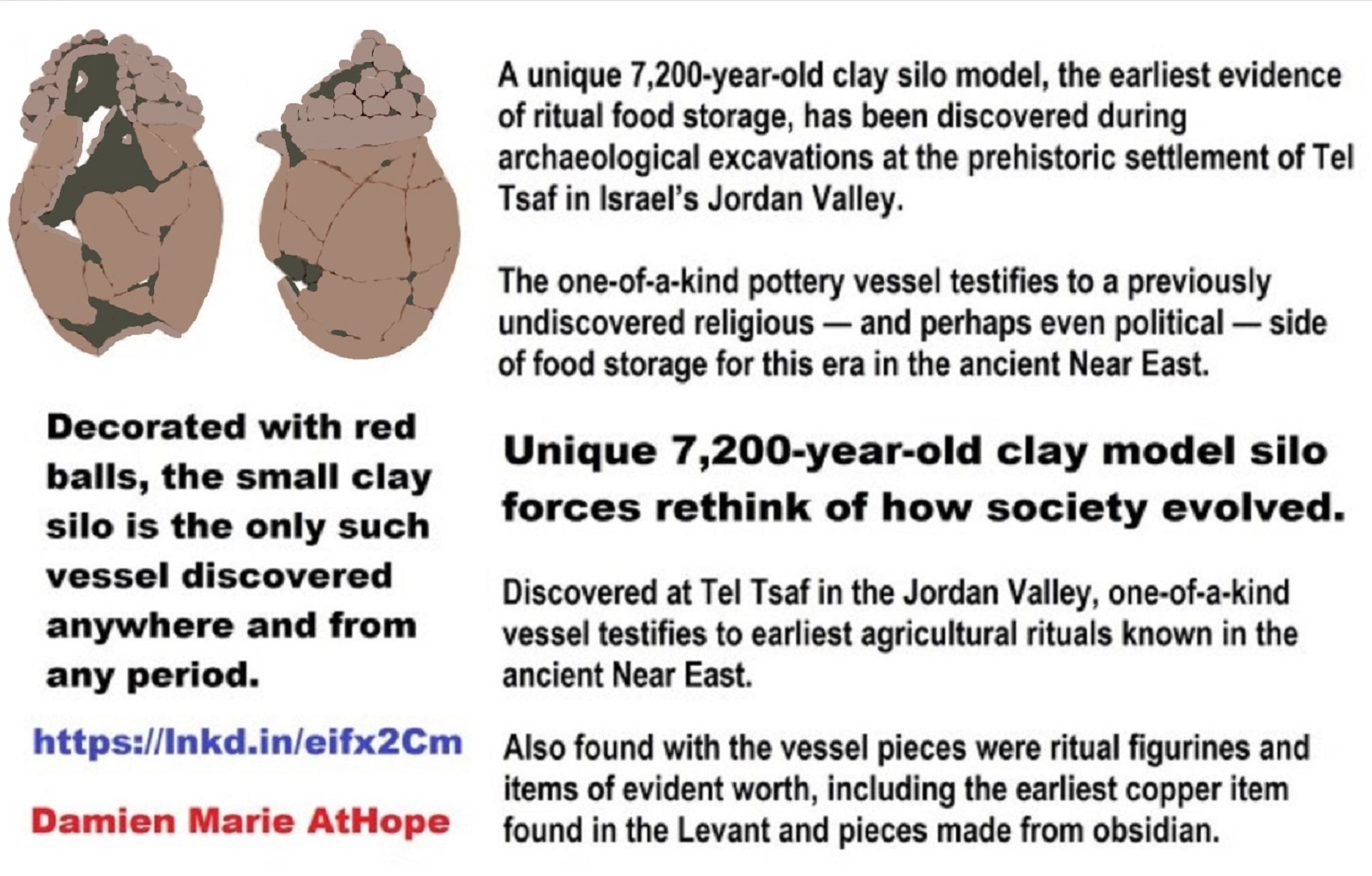
All pottery is from the Aisains by way of N DNA that started in southern china then went to Siberia then the middle east and Europe.

A large number of religions today share mythology due to all this, migrations of people and cultural ideas. Lots of rape and murder.
In an analysis of different beliefs “List of creation myths, ” we find they are not really so extremely different as people think…
“A creation myth (or creation story) is a cultural, religious, or traditional myth which describes the earliest beginnings of the present world. Creation myths are the most common form of myth, usually developing first in oral traditions, and are found throughout human culture.
“A creation myth is usually regarded by those who subscribe to it as conveying profound truths, though not necessarily in a historical or literal sense. They are commonly, though not always, considered cosmogonical myths, that is, they describe the ordering of the cosmos from a state of chaos or amorphousness.” ref
Creation from chaos
Main article: Chaos (cosmogony)
- Enûma Eliš (Babylonian creation myth)
- Greek cosmogonical myth
- Jamshid
- Korean creation narratives
- Kumulipo
- Leviathan (Book of Job 38–41 creation myth)
- Mandé creation myth
- Pangu
- Raven in Creation
- Serer creation myth
- Sumerian creation myth
- Tungusic creation myth
- Unkulunkulu
- Väinämöinen
- Viracocha ref
Earth diver
Main article: Earth-diver
- Ainu creation myth
- Cherokee creation myth
- Iroquois creation myth
- Väinämöinen
- Yoruba creation myth
- Ob-Ugric creation myth ref
Emergence
Main article: Emergence
Ex nihilo (out of nothing)
Main article: Ex nihilo
- Debate between sheep and grain
- Barton cylinder
- Ancient Egyptian creation myths
- Genesis creation myth (Judaism, Christianity, and Islam)
- Kabezya-Mpungu
- Māori myths
- Mbombo
- Ngai
- Popol Vuh ref
World parent
Main article: World parent
- Coatlicue
- Enûma Eliš
- Greek cosmogonical myth
- Heliopolis creation myth
- Hiranyagarbha creation myth
- Kumulipo
- Rangi and Papa
- Völuspá ref
Divine twins
Main article: Divine twins
Africa
- Ancient Egyptian creation myths
- Fon creation myth
- Kaang creation story (Bushmen)
- Kintu myth (Bugandan)
- Mandé creation myth
- Mbombo (Kuba, Bakuba or Bushongo/Boshongo)
- Ngai (Kamba, Kikuyu and Maasai )
- Serer creation myth (cosmogony of the Serer people of Senegal, the Gambia and Mauritania)
- Unkulunkulu (Zulu)
- Yoruba creation ref
Mesoamerica
- Coatlicue (Aztec)
- Maya creation of the world myth
- Popol Vuh (Quiché Mayan) ref
Mid North America
- Anishinaabeg creation stories
- Cherokee creation myth
- Choctaw creation myth
- Creek creation myth
- Hopi creation myth
- Kuterastan (Plains Apache)
- Diné Bahaneʼ (Navajo)
- Raven in Creation (Tlingit, Haida, and Tsimshian)
- Zuni creation myth ref
South America
- Legend of Trentren Vilu and Caicai Vilu (Chilean)
- Viracocha (Incan)
- Xolas (Chilean) ref
Central Asia
East Asia
- Ainu creation myth (Japan)
- Au Co (Vietnamese)
- Chinese creation myth
- Japanese creation myth
- Korean creation narratives
- Nüwa (Chinese)
- Pangu (Chinese) ref
Indian subcontinent
- Ajativada
- Buddhist cosmology
- Folk Hindu creation myth
- Hiranyagarbha creation (India)
- Jainism and non-creationism (India)
- Kanglei mythology (India)
- Mimamsa eternalism (India)
- Nyaya–Vaisheshika atomic theory (India)
- Samkhya–yoga theory (India)
- Sanamahi creation myth (India) ref
Europe
- Slavic creation myth
- Theogony (Classical Greco-Roman)
- Book of Invasions (Celtic)
- Väinämöinen (Finnish)
- Völuspá (Norse) ref
Middle East
- Debate between sheep and grain
- Enûma Eliš (Babylonian)
- Genesis creation myth (Hebrew)
- Islamic creation myth (Arabic)
- Leviathan (Book of Job 38-41 creation myth)
- Mashya and Mashyana (Persian)
- Sumerian creation myth ref
Pacific Islands/Oceanic
- Areop-Enap (Nauruan)
- Kumulipo (Hawaiian)
- Māori myths (Māori)
- Rangi and Papa (Māori)
- Sureq Galigo (Buginese) ref
Creation myth?
“A creation myth (or cosmogonic myth) is a symbolic narrative of how the world began and how people first came to inhabit it. While in popular usage the term myth often refers to false or fanciful stories, members of cultures often ascribe varying degrees of truth to their creation myths.[5][6] In the society in which it is told, a creation myth is usually regarded as conveying profound truths – metaphorically, symbolically, historically, or literally. They are commonly, although not always, considered cosmogonical myths – that is, they describe the ordering of the cosmos from a state of chaos or amorphousness.” ref
“Creation myths often share a number of features. They often are considered sacred accounts and can be found in nearly all known religious traditions. They are all stories with a plot and characters who are either deities, human-like figures, or animals, who often speak and transform easily. They are often set in a dim and nonspecific past that historian of religion Mircea Eliade termed in illo tempore (‘at that time’).” ref
“Creation myths address questions deeply meaningful to the society that shares them, revealing their central worldview and the framework for the self-identity of the culture and individual in a universal context. Creation myths develop in oral traditions and therefore typically have multiple versions; found throughout human culture, they are the most common form of myth.” ref
“Creation myth definitions from modern references:
- A “symbolic narrative of the beginning of the world as understood in a particular tradition and community. Creation myths are of central importance for the valuation of the world, for the orientation of humans in the universe, and for the basic patterns of life and culture.”
- “Creation myths tell us how things began. All cultures have creation myths; they are our primary myths, the first stage in what might be called the psychic life of the species. As cultures, we identify ourselves through the collective dreams we call creation myths, or cosmogonies. … Creation myths explain in metaphorical terms our sense of who we are in the context of the world, and in so doing they reveal our real priorities, as well as our real prejudices. Our images of creation say a great deal about who we are.”
- A “philosophical and theological elaboration of the primal myth of creation within a religious community. The term myth here refers to the imaginative expression in narrative form of what is experienced or apprehended as basic reality … The term creation refers to the beginning of things, whether by the will and act of a transcendent being, by emanation from some ultimate source, or in any other way.” ref
“Religion professor Mircea Eliade defined the word myth in terms of creation:
Myth narrates a sacred history; it relates an event that took place in primordial Time, the fabled time of the “beginnings.” In other words, myth tells how, through the deeds of Supernatural Beings, a reality came into existence, be it the whole of reality, the Cosmos, or only a fragment of reality – an island, a species of plant, a particular kind of human behavior, an institution.” ref
“All creation myths are in one sense etiological because they attempt to explain how the world formed and where humanity came from. Myths attempt to explain the unknown and sometimes teach a lesson. Ethnologists and anthropologists who study origin myths say that in the modern context theologians try to discern humanity’s meaning from revealed truths and scientists investigate cosmology with the tools of empiricism and rationality, but creation myths define human reality in very different terms.” ref
“In the past, historians of religion and other students of myth thought of such stories as forms of primitive or early-stage science or religion and analyzed them in a literal or logical sense. Charles Long writes: “The beings referred to in the myth – gods, animals, plants – are forms of power grasped existentially. The myths should not be understood as attempts to work out a rational explanation of deity.” ref
“While creation myths are not literal explications, they do serve to define an orientation of humanity in the world in terms of a birth story. They provide the basis of a worldview that reaffirms and guides how people relate to the natural world, to any assumed spiritual world, and to each other. A creation myth acts as a cornerstone for distinguishing primary reality from relative reality, the origin and nature of being from non-being.” ref
“In this sense, cosmogonic myths serve as a philosophy of life – but one expressed and conveyed through symbol rather than through systematic reason. And in this sense, they go beyond etiological myths (which explain specific features in religious rites, natural phenomena, or cultural life). Creation myths also help to orient human beings in the world, giving them a sense of their place in the world and the regard that they must have for humans and nature.” ref
“Historian David Christian has summarised issues common to multiple creation myths:
Each beginning seems to presuppose an earlier beginning. … Instead of meeting a single starting point, we encounter an infinity of them, each of which poses the same problem. … There are no entirely satisfactory solutions to this dilemma. What we have to find is not a solution but some way of dealing with the mystery …. And we have to do so using words. The words we reach for, from God to gravity, are inadequate to the task. So we have to use language poetically or symbolically; and such language, whether used by a scientist, a poet, or a shaman, can easily be misunderstood.” ref
“Mythologists have applied various schemes to classify creation myths found throughout human cultures. Eliade and his colleague Charles Long developed a classification based on some common motifs that reappear in stories the world over. The classification identifies five basic types:
- Creation ex nihilo in which the creation is through the thought, word, dream or bodily secretions of a divine being.
- Earth diver creation in which a diver, usually a bird or amphibian sent by a creator, plunges to the seabed through a primordial ocean to bring up sand or mud which develops into a terrestrial world.
- Emergence myths in which progenitors pass through a series of worlds and metamorphoses until reaching the present world.
- Creation by the dismemberment of a primordial being.
- Creation by the splitting or ordering of a primordial unity such as the cracking of a cosmic egg or a bringing order from chaos.” ref
“Marta Weigle further developed and refined this typology to highlight nine themes, adding elements such as deus faber, a creation crafted by a deity, creation from the work of two creators working together or against each other, creation from sacrifice and creation from division/conjugation, accretion/conjunction, or secretion.” ref
“An alternative system based on six recurring narrative themes was designed by Raymond Van Over:
- Primeval abyss, an infinite expanse of waters or space.
- Originator deity which is awakened or an eternal entity within the abyss.
- Originator deity poised above the abyss.
- Cosmic egg or embryo.
- Originator deity creating life through sound or word.
- Life generating from the corpse or dismembered parts of an originator deity.” ref
Ex nihilo
“The myth that God created the world out of nothing – ex nihilo – is central today to Judaism, Christianity, and Islam, and the medieval Jewish philosopher Maimonides felt it was the only concept that the three religions shared. Nonetheless, the concept is not found in the entire Hebrew Bible. The authors of Genesis 1 were concerned not with the origins of matter (the material which God formed into the habitable cosmos), but with assigning roles so that the Cosmos should function.” ref
“In the early 2nd century CE, early Christian scholars were beginning to see a tension between the idea of world-formation and the omnipotence of God, and by the beginning of the 3rd century creation ex nihilo had become a fundamental tenet of Christian theology.” ref
“Ex nihilo creation is found in creation stories from ancient Egypt, the Rig Veda, and many animistic cultures in Africa, Asia, Oceania, and North America. In most of these stories, the world is brought into being by the speech, dream, breath, or pure thought of a creator but creation ex nihilo may also take place through a creator’s bodily secretions.” ref
“The literal translation of the phrase ex nihilo is “from nothing” but in many creation myths the line is blurred whether the creative act would be better classified as a creation ex nihilo or creation from chaos. In ex nihilo creation myths, the potential and the substance of creation springs from within the creator. Such a creator may or may not be existing in physical surroundings such as darkness or water, but does not create the world from them, whereas in creation from chaos the substance used for creation is pre-existing within the unformed void.” ref
Creation from chaos?
Main article: Chaos (cosmogony)
“In creation from chaos myths, initially there is nothing but a formless, shapeless expanse. In these stories the word “chaos” means “disorder”, and this formless expanse, which is also sometimes called a void or an abyss, contains the material with which the created world will be made. Chaos may be described as having the consistency of vapor or water, dimensionless, and sometimes salty or muddy. These myths associate chaos with evil and oblivion, in contrast to “order” (cosmos) which is the good. The act of creation is the bringing of order from disorder, and in many of these cultures it is believed that at some point the forces preserving order and form will weaken and the world will once again be engulfed into the abyss. One example is the Genesis creation narrative from the first chapter of the Book of Genesis.” ref
World parent
“There are two types of world parent myths, both describing a separation or splitting of a primeval entity, the world parent or parents. One form describes the primeval state as an eternal union of two parents, and the creation takes place when the two are pulled apart. The two parents are commonly identified as Sky (usually male) and Earth (usually female), who in the primeval state were so tightly bound to each other that no offspring could emerge. These myths often depict creation as the result of a sexual union and serve as genealogical record of the deities born from it.” ref
“In the second form of world parent myths, creation itself springs from dismembered parts of the body of the primeval being. Often, in these stories, the limbs, hair, blood, bones, or organs of the primeval being are somehow severed or sacrificed to transform into sky, earth, animal or plant life, and otherworldly features. These myths tend to emphasize creative forces as animistic in nature rather than sexual, and depict the sacred as the elemental and integral component of the natural world. One example of this is the Norse creation myth described in Völuspá, the first poem of Gylfaginning.” ref
Emergence?
“In emergence myths, humanity emerges from another world into the one they currently inhabit. The previous world is often considered the womb of the earth mother, and the process of emergence is likened to the act of giving birth. The role of midwife is usually played by a female deity, like the spider woman of several mythologies of Indigenous peoples in the Americas. Male characters rarely figure into these stories, and scholars often consider them in counterpoint to male-oriented creation myths, like those of the ex nihilo variety.” ref
“Emergence myths commonly describe the creation of people and/or supernatural beings as a staged ascent or metamorphosis from nascent forms through a series of subterranean worlds to arrive at their current place and form. Often the passage from one world or stage to the next is impelled by inner forces, a process of germination or gestation from earlier, embryonic forms. The genre is most commonly found in Native American cultures where the myths frequently link the final emergence of people from a hole opening to the underworld to stories about their subsequent migrations and eventual settlement in their current homelands.” ref
Earth-diver?
“The earth-diver is a common character in various traditional creation myths. In these stories a supreme being usually sends an animal into the primal waters to find bits of sand or mud with which to build habitable land. Some scholars interpret these myths psychologically while others interpret them cosmogonically. In both cases emphasis is placed on beginnings emanating from the depths.” ref
Motif distribution?
“Earth-diver myths are common in Native American folklore but can be found among the Chukchi and Yukaghir, the Tatars, and many Finnic traditions, as well as the Buryat and the Samoyed. In addition, the earth-diver motif also exists in narratives from Eastern Europe, namely Romani, Romanian, Bulgarian, Polish, Ukrainian, Belarusian, and Lithuanian mythological traditions. The pattern of distribution of these stories suggest they have a common origin in the eastern Asiatic coastal region, spreading as peoples migrated west into Siberia and east to the North American continent.” ref
“However, there are examples of this mytheme found well outside of this boreal distribution pattern, for example the West African Yoruba creation myth of Obatala and Oduduwa.” ref
Native American narrative?
“Characteristic of many Native American myths, earth-diver creation stories begin as beings and potential forms linger asleep or suspended in the primordial realm. The earth-diver is among the first of them to awaken and lay the necessary groundwork by building suitable lands where the coming creation will be able to live. In many cases, these stories will describe a series of failed attempts to make land before the solution is found.” ref
“Among the indigenous peoples of the Americas, the earth diver cosmogony is attested in Iroquois mythology: a female sky deity falls from the heavens, and certain animals, the beaver, the otter, the duck, and the muskrat dive in the waters to fetch mud to construct an island.” ref
“In a similar story from the Seneca, people lived in a sky realm. One day, the chief’s daughter was afflicted with a mysterious illness, and the only cure recommended for her (revealed in a dream) was to lie beside a tree and to have it be dug up. The people do so, but a man complains that the tree was their livelihood, and kicks the girl through the hole. She ends up falling from the sky to a world of only water, but is rescued by waterfowl. A turtle offers to bear her on its shell, but asked where would be a definitive dwelling place for her. They decide to create land, and the toad dives into the depths of the primal sea to get pieces of soil. The toad puts it on the turtle’s back, which grows larger with every deposit of soil.” ref
“In another version from the Wyandot, the Wyandot lived in heaven. The daughter of the Big Chief (or Mighty Ruler) was sick, so the medicine man recommends that they dig up the wild apple tree that stands next to the Lodge of the Mighty Ruler, because the remedy is to be found on its roots. However, as the tree has been dug out, the ground begins to sink away, and the treetops catch and carry down the sick daughter with it. As the girl falls from the skies, two swans rescue her on their backs. The birds decide to summon all the Swimmers and the Water Tribes. Many volunteer to dive into the Great Water to fetch bits of earth from the bottom of the sea, but only the toad (female, in the story) is the one successful.” ref

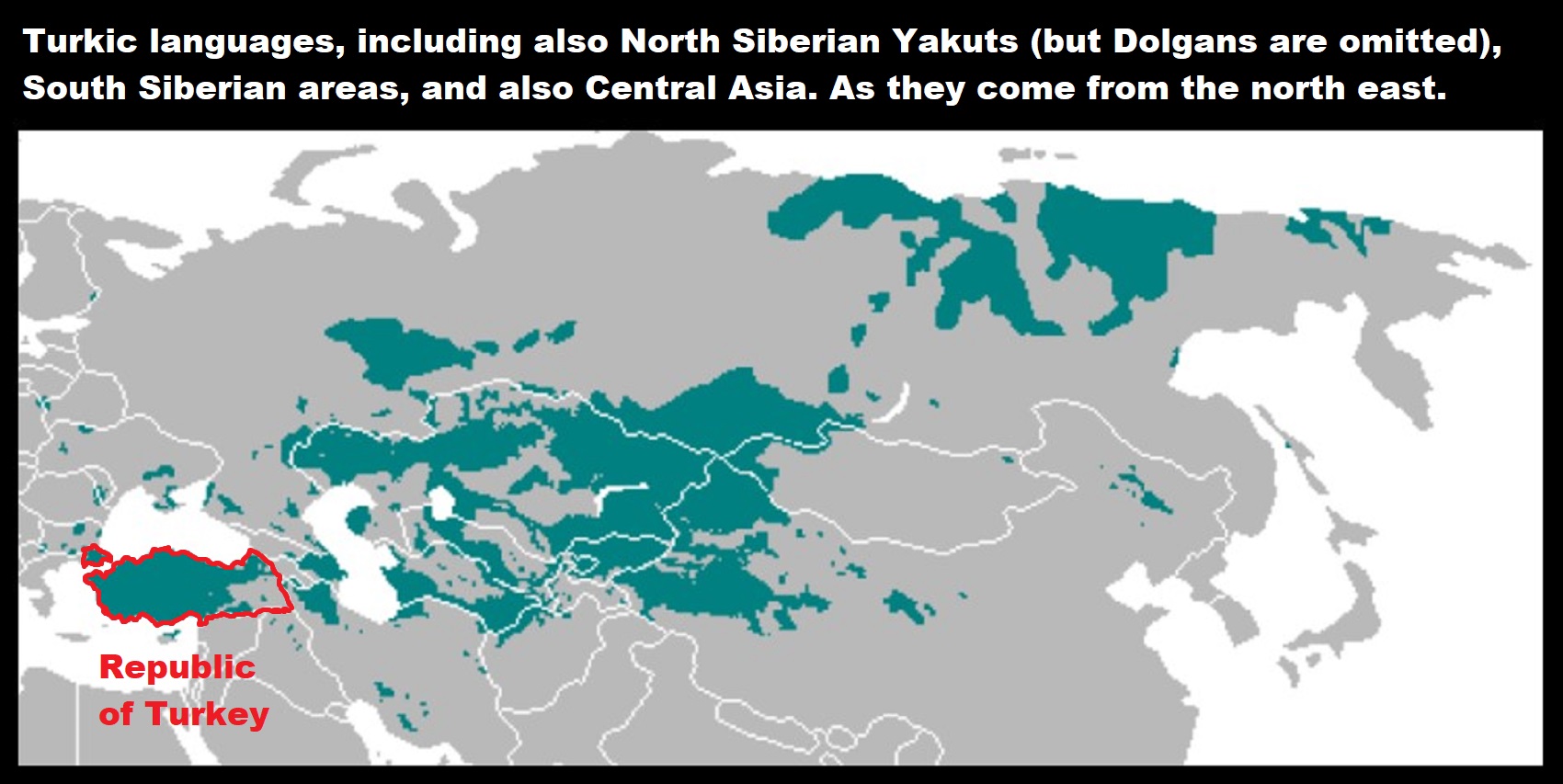
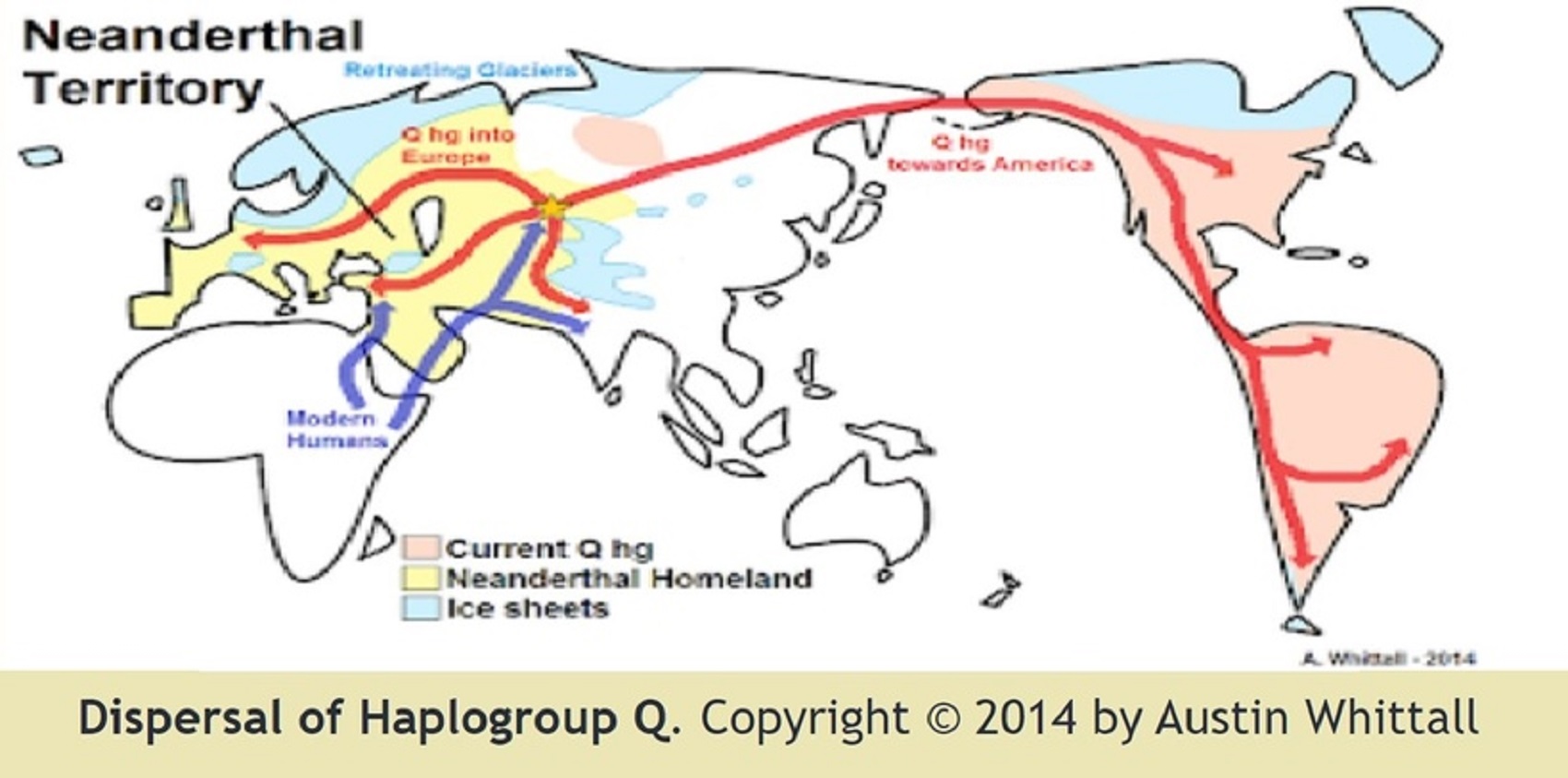
“Haplogroup X diverged from Haplogroup N more than 30,000ybp. It further split more than 20,000ybp into 2 main subgroups, X1 and X2. Haplogroup X is found in Europe, the Near East, Central Asia, North Africa, and North America, and is believed to have migrated to the Americas about 15,000 years ago, making up a very small component of the Native American population (less than 3%). Bryan Sykes in his book named this mtDNA haplogroup Xenia. Haplogroup X subclade X1 appears to be largely restricted to North Africa, East Africa, and the Near East. It is characterized by an HVR2 mutation at 146. Haplogroup X1 is further divided into X1a and X1b.” ref
“Subclade X2 is more widely distributed throughout Mediterranean Europe, the Caucasus, the Near East, and North America. Haplogroup X2 is divided into further subgroups. X2a is found in a few geographically diverse Native American populations, such as Navajo, Yakima, and Ojibwa. It is characterized by a HVR mutations at 200 and 16213. Recent work has identified 2 sub-branches of X2a. X2a1 in the Great Lakes area, and X2a2 in the west. Another Native American subgroup X2g has been identified as separate from X2a. X2b is the most geographically diverse, covering Europe and the Near East. It is characterized by an HVR2 mutation at 226. Recently an X2b1 subclade has been identified in a group of Moroccans. X2c is characterized by an HVR1 mutation at 255. X2d and X2e are characterized by mutations in the coding region that can not be differentiated from other X2’s without additional mtDNA testing beyond HVR1 and HVR2. X2f is characterized by a HVR2 mutation at 257.” ref
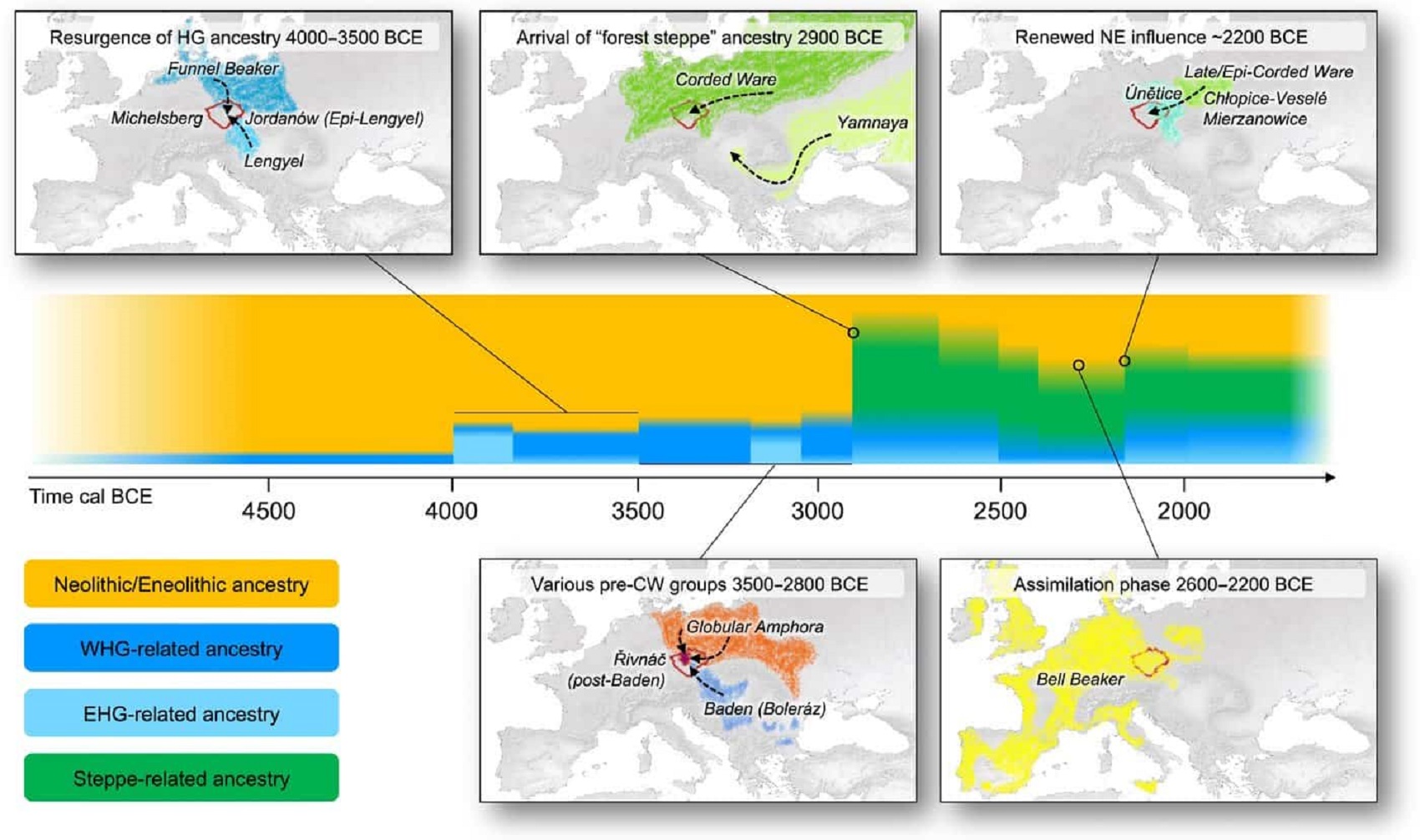

ref, ref, ref, ref, ref, ref, ref, ref, ref, ref, ref, ref, ref, ref, ref
Around 7,000 years ago we sadly enter the time of capitalism, with rape, murder, slavery, and the elite. Sexism added to religion like never before. The rise of male glorification, we just call our “His-story”, too often biased understandings of history.
Megalithic tombs in western and northern Neolithic Europe were linked to a kindred society
“A new phenomenon of constructing distinctive funerary monuments, collectively known as megalithic tombs, emerged around 4500 BCE along the Atlantic façade. The megalithic phenomenon has attracted interest and speculation since medieval times. In particular, the origin, dispersal dynamics, and the role of these constructions within the societies that built them have been debated. We generate genome sequence data from 24 individuals buried in five megaliths and investigate the population history and social dynamics of the groups that buried their dead in megalithic monuments across northwestern Europe in the fourth millennium BCE. Our results show kin relations among the buried individuals and an overrepresentation of males, suggesting that at least some of these funerary monuments were used by patrilineal societies.” ref
“Paleogenomic and archaeological studies show that Neolithic lifeways spread from the Fertile Crescent into Europe around 9000 BCE, reaching northwestern Europe by 4000 BCE. Starting around 4500 BCE, a new phenomenon of constructing megalithic monuments, particularly for funerary practices, emerged along the Atlantic façade. While it has been suggested that the emergence of megaliths was associated with the territories of farming communities, the origin and social structure of the groups that erected them has remained largely unknown. We generated genome sequence data from human remains, corresponding to 24 individuals from five megalithic burial sites, encompassing the widespread tradition of megalithic construction in northern and western Europe, and analyzed our results in relation to the existing European paleogenomic data. The various individuals buried in megaliths show genetic affinities with local farming groups within their different chronological contexts. Individuals buried in megaliths display (past) admixture with local hunter-gatherers, similar to that seen in other Neolithic individuals in Europe. In relation to the tomb populations, we find significantly more males than females buried in the megaliths of the British Isles. The genetic data show close kin relationships among the individuals buried within the megaliths, and for the Irish megaliths, we found a kin relation between individuals buried in different megaliths. We also see paternal continuity through time, including the same Y-chromosome haplotypes reoccurring. These observations suggest that the investigated funerary monuments were associated with patrilineal kindred groups. Our genomic investigation provides insight into the people associated with this long-standing megalith funerary tradition, including their social dynamics.” ref
Radiocarbon dates and Bayesian modeling support maritime diffusion model for megaliths in Europe
“The radiocarbon dates suggest that the first megalithic graves in Europe were closed small structures or dolmens built aboveground with stone slabs and covered by a round or long mound of earth or stone. These graves emerge in the second half of the fifth millennium calibrated years (cal) BC within a time interval of 4794 cal BC to 3986 cal BC (95.4%; 4770 cal BC to 4005 cal BC, 68.2%) (Dataset S3, M7-2 to M29-4), which can be reduced most probably to 200 y to 300 y, in northwest France, the Channel Islands, Catalonia, southwestern France, Corsica, and Sardinia. Taking the associated cultural material into consideration, megalithic graves from Andalusia, Galicia, and northern Italy presumably belong to this first stage (Fig. 3). There are no radiocarbon dates available from the early megalithic graves in these regions, or their calibrated ranges show an onset extending into the fourth millennium cal BC, as is the case for Galicia. Of these regions, northwest France is the only one which exhibits monumental earthen constructions before the megaliths (SI Appendix, Fig. S2).” ref
“The Passy graves in the Paris Basin have no megalithic chamber yet, but are impressive labor-intensive structures with a length of up to 280 m. These graves seem to be the earliest monumental graves in Europe; the first individual buried in the Passy necropolis died in 5061 cal BC to 4858 cal BC (95.4%; 5029 cal BC to 4946 cal BC, 68.2%) (Dataset S3, M1-4). Somewhat later, the first monumental graves emerge in Brittany, and especially in the region of Carnac, in the form of round tumuli covering pit burials, stone cists, and dry-wall chambers. The first building phase of the tumulus St. Michel in Carnac is dated to the time interval 4782 cal BC to 4594 cal BC (95.4; 4724 cal BC to 4618 cal BC, 68.2%) (Dataset S3, M4-2 to M4-4). The earliest megalithic grave chambers in Brittany, such as Tumiac, Kervinio, Castellic, St. Germain, Manio 5, Mané Hui, and Kerlescan (14–16), emerge within this horizon as an architectonic feature of monumental long and round mounds. For these early megaliths, no radiocarbon determinations are available. It is only possible to limit the time interval of construction to the Ancient Castellic horizon based on the typochronological considerations of the grave goods and according to Ancient Castellic contexts with associated radiocarbon results ranging from 4794 cal BC to 3999 cal BC (95.4%; 4770 cal BC to 4034 cal BC, 68.2%) (Dataset S3, M7-2 to M7-7).” ref
“In the Seine-Yonne basin at around 4500 B.C. numerous cemeteries appeared, including giant “enclosures” which as a funerary manifestation would have no later equivalent in Europe. These constructions, whether tumuli, palisade enclosures, or mixed systems, sometimes exceed 300 m in length but contain very few burials. Beyond the classic interpretation, which sees high investment in a few individuals as reflecting a hierarchical society, structural analysis of these cemeteries shows the repetition of an elementary module, associated with consistent attributes, evoking hunting and more broadly, the wild. An exercise of association and exclusion brings into play the morphology and arrangements of the monuments, the gender of the inhumed individuals and their attributes. In the male monuments, a central figure is thus distinguished, sometimes with original physical characteristics and accompanied by an enigmatic insignia: a pointed bone instrument with a wide base, trivially called an “Eiffel Tower”. This figure is surrounded by other individuals interpreted as hunters on the basis of the accompanying objects. Other individuals probably served as no more than passive figurants, rather like foils. In any case, the monumental cemeteries of the 5th millennium correspond to the earliest human groups for which we can identify diverse and repetitive statuses.” ref

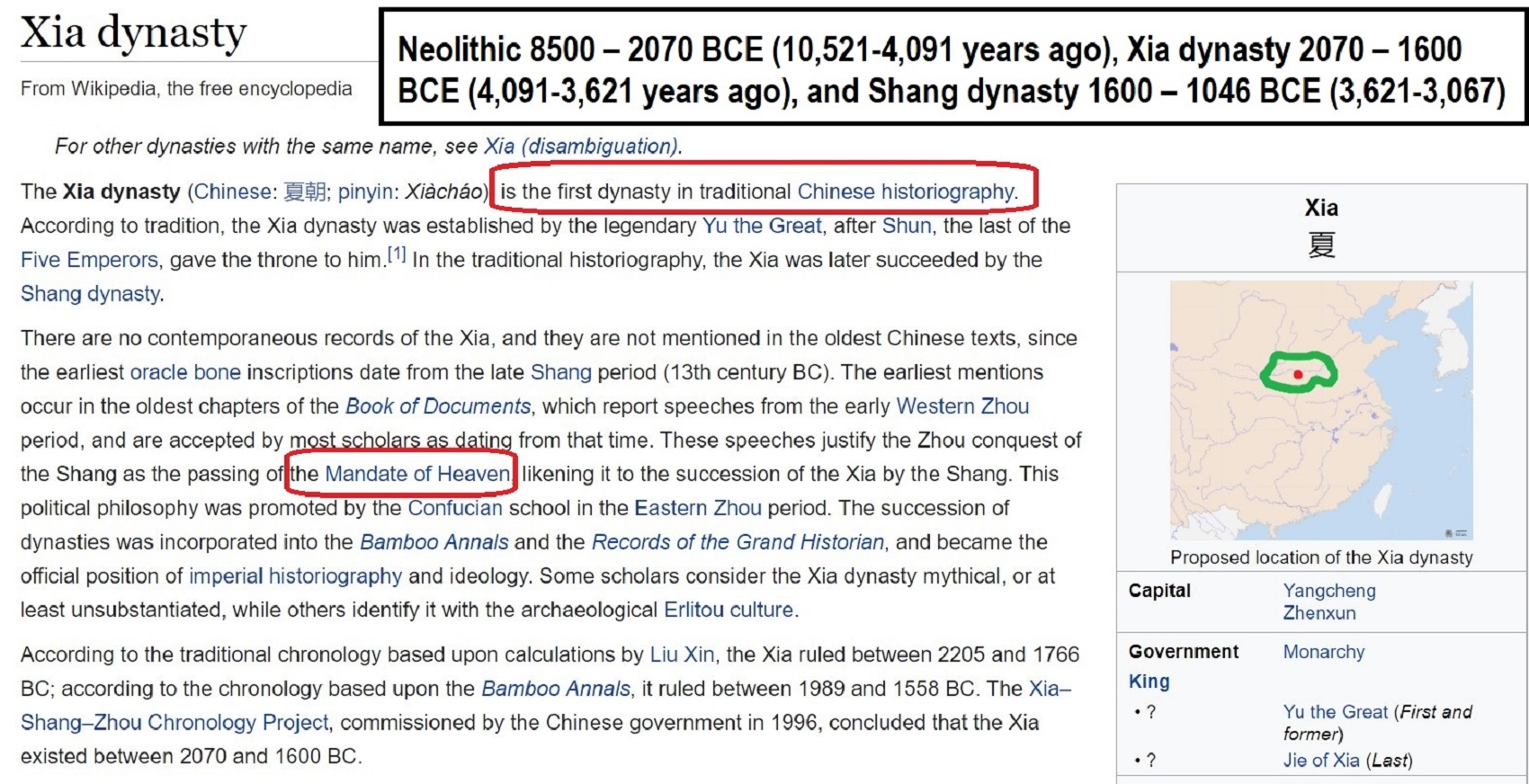
Chinese history
- Xia dynasty (c. 2070 – 1600 BCE), the first orthodox dynasty in Chinese history
- Xia (Sixteen Kingdoms) (407–431), a Xiongnu-led dynasty
- Xia (617–621), a state founded by Dou Jiande near the end of the Sui dynasty
- Western Xia (1038–1227), a Tangut-led dynasty
- Eastern Xia (1215–1233), a Jurchen-led dynasty
- Ming Xia (1362–1371), a short-lived dynasty that existed during the late Yuan dynasty period
- Huaxia or Xia, an ancient ethnic group later known as the Han Chinese
- Xia (surname), a Chinese surname
- Xia (philosophy), a Chinese philosophy similar (but not identical) to the chivalrous code of European knights” ref
“The Xia dynasty, is the first dynasty in traditional Chinese historiography. According to tradition, the Xia dynasty was established by the legendary Yu the Great, after Shun, the last of the Five Emperors, gave the throne to him. In the traditional historiography, the Xia was later succeeded by the Shang dynasty.” ref
“There are no contemporaneous records of the Xia, and they are not mentioned in the oldest Chinese texts, since the earliest oracle bone inscriptions date from the late Shang period (13th century BCE). The earliest mentions occur in the oldest chapters of the Book of Documents, which report speeches from the early Western Zhou period, and are accepted by most scholars as dating from that time.
“These speeches justify the Zhou conquest of the Shang as the passing of the Mandate of Heaven, likening it to the succession of the Xia by the Shang. This political philosophy was promoted by the Confucian school in the Eastern Zhou period. The succession of dynasties was incorporated into the Bamboo Annals and the Records of the Grand Historian, and became the official position of imperial historiography and ideology. Some scholars consider the Xia dynasty mythical, or at least unsubstantiated, while others identify it with the archaeological Erlitou culture.” ref
“According to the traditional chronology based upon calculations by Liu Xin, the Xia ruled between 2205 and 1766 BCE; according to the chronology based upon the Bamboo Annals, it ruled between 1989 and 1558 BCE. The Xia–Shang–Zhou Chronology Project, commissioned by the Chinese government in 1996, concluded that the Xia existed between 2070 and 1600 BCE.” ref
Origins and early development of the Xia
“Traditional histories trace the development of the Xia to the legendary Three Sovereigns and Five Emperors. According to ancient Chinese texts, before the Xia dynasty was established, battles were frequent between the Xia tribe and Chi You‘s tribe. The Xia tribe slowly developed around the time of Zhuanxu, one of the Five Emperors. The Records of the Grand Historian and the Classic of Rites say that Yu the Great is the grandson of Zhuanxu, but there are also other records, like Ban Gu, that say Yu is the fifth generation of Zhuanxu. Based on this, tradition ascribes the ancestry of the Xia clan to Zhuanxu.” ref
Gun’s attempt to stop the flood
See also: Great Flood (China)
“Gun, the father of Yu the Great, is the earliest recorded member of the Xia clan. When the Yellow River flooded, many tribes united together to control and stop the flooding. Gun was appointed by Emperor Yao to stop the flooding. He ordered the construction of large blockades (levees) to block the path of the water. The attempts of Gun to stop the flooding lasted for nine years, but ultimately failed because the floods strengthened.” ref
“After nine years, Yao had already given his throne to Shun. Gun was ordered to be imprisoned for life to reform the Eastern Barbarians by Shun at Yushan (Chinese: 羽山; pinyin: Yǔshān, Feather Mountain), a mountain located between modern Donghai County in Jiangsu Province and Linshu County in Shandong Province.” ref
Yu the Great’s attempt to stop the floods
“Yu was highly trusted by Shun, so Shun appointed him to finish his father’s work, which was to stop the flooding. Yu’s method was different from his father’s: he organized people from different tribes and ordered them to help him build canals in all the major rivers that were flooding and lead the water out to the sea. Yu was dedicated to his work. The populace praised his perseverance and were inspired, so much so that other tribes joined in the work. Legend says that in the 13 years it took him to successfully complete the work to stop the floods, he never went back to his home village to stop and rest, even though he passed by his house three times.” ref
“Yu’s success in stopping the flooding increased agricultural production (since the floods were destructive). The Xia tribe’s power increased and Yu became the leader of the surrounding tribes. Soon afterwards Shun sent Yu to lead an army to suppress the Sanmiao tribe, which continuously abused the border tribes. After defeating them, he exiled them south to the Han River area. This victory strengthened the Xia tribe’s power even more.” ref
“As Shun aged, he thought of a successor and relinquished the throne to Yu, whom he deemed worthy. Yu’s succession marks the start of the Xia dynasty. As Yu neared death he passed the throne to his son, Qi, instead of passing it to the most capable candidate, thus setting the precedent for dynastic rule or the Hereditary System. The Xia dynasty began a period of family or clan control. It is believed that Zhenxun (modern Gongyi) and Yangcheng (modern Gaocheng) were two of the capitals of the dynasty.” ref
Overthrow
“Jie, the last king, was said to be corrupt. He was overthrown by Tang, the first king of the Shang dynasty. Tang is said to have given the small state of Qi as a fief to the remnants of the Xia ruling family. This practice was referred to as “the two crownings and the three respects”. Zengzi was a descendant of the Xia dynasty Kings through Shao Kang. The Kings of the State of Yue claimed descent from the Xia dynasty Kings through Shao Kang.” ref
“Some historians have suggested that the Zhou rulers invented the Xia as a pretext, to justify their conquest of the Shang, by noting that just as the Shang had supplanted the Xia, they had supplanted the Shang. The existence of the Xia remains unproven, despite efforts by Chinese archaeologists to link them with the Bronze Age Erlitou culture.” ref
“Archaeologists have uncovered urban sites, bronze implements, and tombs that point to the possible existence of the Xia dynasty at locations cited in ancient Chinese historical texts. There exists a debate as to whether or not the Erlitou culture was the site of the Xia dynasty. Radiocarbon dating places the site at c. 2100 to 1800 BCE, providing physical evidence of the existence of a state contemporaneous with and possibly equivalent to the Xia dynasty as described in Chinese historical works.” ref
“In 1959, a site located in the city of Yanshi was excavated containing large palaces that some archaeologists have attributed to capital of the Xia dynasty. Through the 1960s and 1970s, archaeologists have uncovered urban sites, bronze implements, and tombs in the same locations cited in ancient Chinese historical texts regarding Xia; at a minimum, the era traditionally denoted as the Xia dynasty marked an evolutionary stage between the late Neolithic cultures and the urban civilization of the Shang dynasty.” ref
“In 2011, Chinese archaeologists uncovered the remains of an imperial-sized palace—dated to about 1700 BCE—at Erlitou in Henan, further fueling the discussions about the existence of the dynasty. Archaeological evidence of a large outburst flood that destroyed the Lajia site on the upper reaches of the Yellow River has been dated to about 1920 BCE.” ref
“This date is shortly before the rise of the Erlitou culture in the middle Yellow River valley and the Yueshi culture in Shandong, following the decline of the Longshan culture in the North China Plain. The authors suggest that this flood may have been the basis for the later myth, and contributed to the transition of cultures. They further argue that the timing is further evidence for the identification of the Xia with the Erlitou culture.” ref
“However, no evidence of contemporaneous widespread flooding in the North China Plain has yet been found. The only musical instruments dated to the Xia dynasty are two qing, two small bells (one earthenware, one bronze), and a xun. Due to this extreme scarcity of surviving instruments and the general uncertainty surrounding most of the Xia, creating a musical narrative of the period is impractical.” ref



ref, ref, ref, ref, ref, ref, ref, ref, ref, ref, ref, ref, ref, ref, ref, ref, ref, ref, ref, ref, ref
N DNA in China when it started north was Animism but as it hit Siberia they met the totemistic shamanists and both were the same after that but they also pick up paganism as they head west. Creating paganistic shamanism with the totemism seemingly even stronger than ever as it evolved as well.
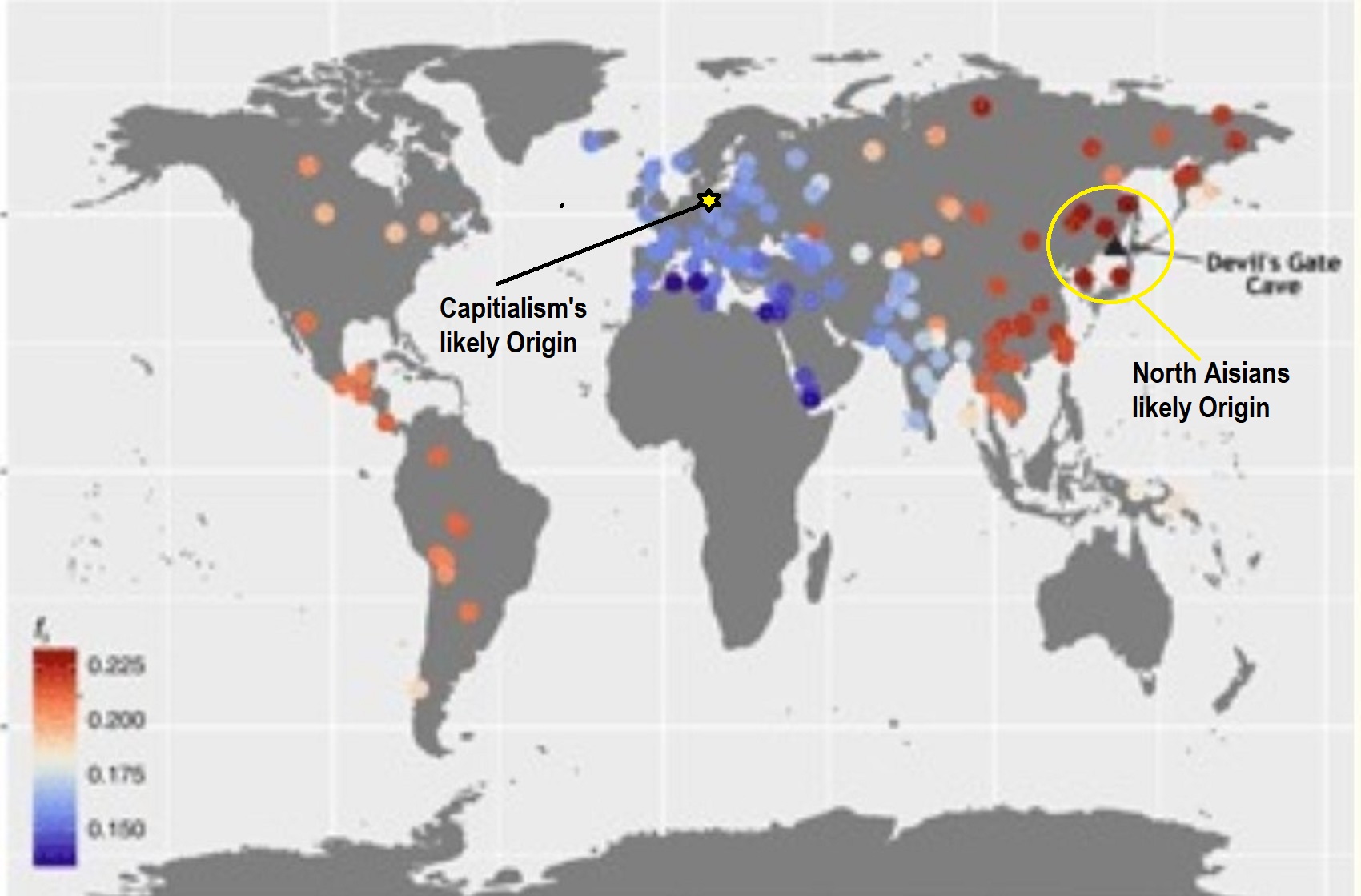
Pic ref
Abstract
“Ancient genomes have revolutionized our understanding of Holocene prehistory and, particularly, the Neolithic transition in western Eurasia. In contrast, East Asia has so far received little attention, despite representing a core region at which the Neolithic transition took place independently ~3 millennia after its onset in the Near East. We report genome-wide data from two hunter-gatherers from Devil’s Gate, an early Neolithic cave site (dated to ~7.7 thousand years ago) located in East Asia, on the border between Russia and Korea. Both of these individuals are genetically most similar to geographically close modern populations from the Amur Basin, all speaking Tungusic languages, and, in particular, to the Ulchi. The similarity to nearby modern populations and the low levels of additional genetic material in the Ulchi imply a high level of genetic continuity in this region during the Holocene, a pattern that markedly contrasts with that reported for Europe.” ref
My thoughts added. To me, it seems clear, the devil’s people are why we have pyramids all over the world where ever they went.
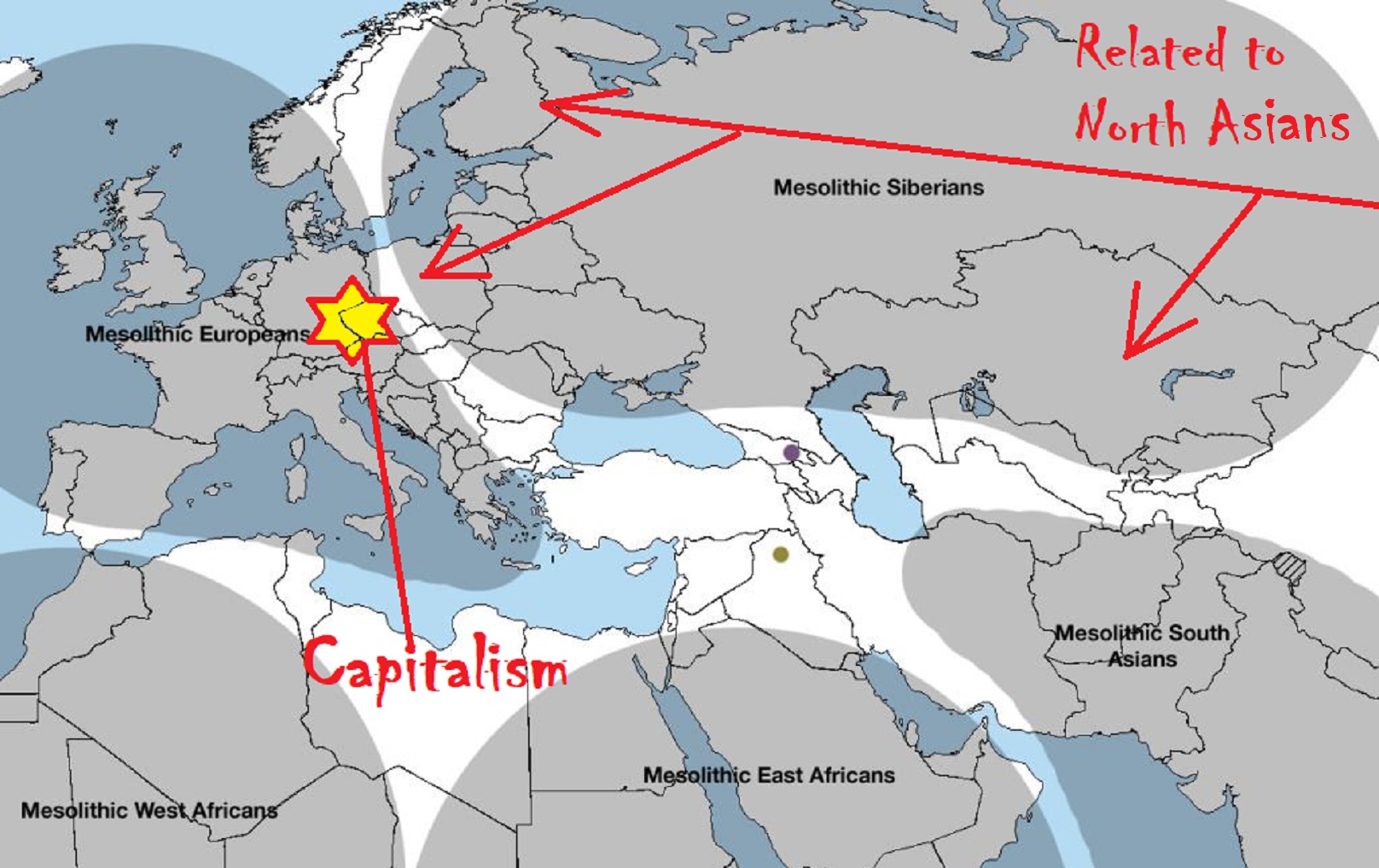

There is a shit ton of stuff happing in Aisa but most people are clueless, especially from around 10,000 to 4,000 years ago such as the Neolithic cultures of China. Almost all religions today relate to all this in one way or another, so yes religions today likely share mythology due to all this. From around 7,000 to 5,000 years ago, was especially a time of horror, lots of rape, and murder.
“The earliest known written records of the history of China date from as early as 1250 BCE, from the Shang dynasty (c. 1600–1046 BCE), during the king Wu Ding‘s reign, who was mentioned as the twenty-first Shang king by the same. Ancient historical texts such as the Book of Documents (early chapters, 11th century BCE), the Bamboo Annals (c. 296 BCE), and the Records of the Grand Historian (c. 91 BCE) mention and describe a Xia dynasty (c. 2070–1600 BCE) before the Shang, but no writing is known from the period, and Shang writings do not indicate the existence of the Xia. The Shang ruled in the Yellow River valley, which is commonly held to be the cradle of Chinese civilization. However, Neolithic civilizations originated at various cultural centers along both the Yellow River and Yangtze River. These Yellow River and Yangtze civilizations arose millennia before the Shang. With thousands of years of continuous history, China is among the world’s oldest civilizations and is regarded as one of the cradles of civilization.” ref

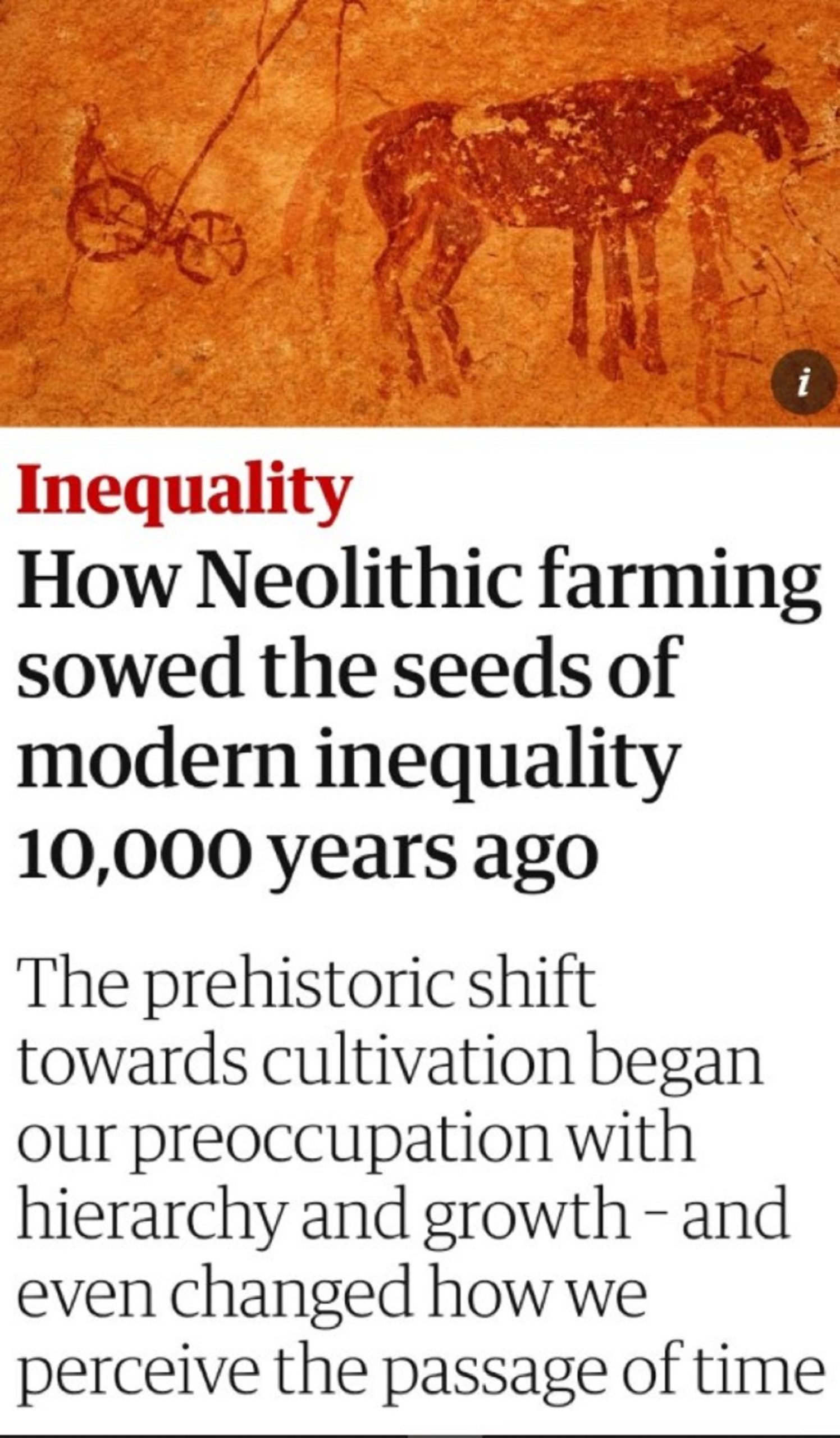
“How Neolithic farming sowed the seeds of modern inequality 10,000 years ago, The prehistoric shift towards cultivation began our preoccupation with hierarchy and growth – and even changed how we perceive the passage of time.” ref
“Most people regard hierarchy in human societies as inevitable, a natural part of who we are. Yet this belief contradicts much of the 200,000-year history of Homo sapiens. In fact, our ancestors have for the most part been “fiercely egalitarian”, intolerant of any form of inequality. While hunter-gatherers accepted that people had different skills, abilities and attributes, they aggressively rejected efforts to institutionalise them into any form of hierarchy.” ref
“So what happened to cause such a profound shift in the human psyche away from egalitarianism? The balance of archaeological, anthropological and genomic data suggests the answer lies in the agricultural revolution, which began roughly 10,000 years ago. The extraordinary productivity of modern farming techniques belies just how precarious life was for most farmers from the earliest days of the Neolithic revolution right up until this century (in the case of subsistence farmers in the world’s poorer countries). Both hunter-gatherers and early farmers were susceptible to short-term food shortages and occasional famines – but it was the farming communities who were much more likely to suffer severe, recurrent, and catastrophic famines.” ref
“Hunting and gathering was a low-risk way of making a living. Ju/’hoansi hunter-gatherers in Namibia traditionally made use of 125 different edible plant species, each of which had a slightly different seasonal cycle, varied in its response to different weather conditions, and occupied a specific environmental niche. When the weather proved unsuitable for one set of species it was likely to benefit another, vastly reducing the risk of famine.” ref
“As a result, hunter-gatherers considered their environments to be eternally provident, and only ever worked to meet their immediate needs. They never sought to create surpluses nor over-exploited any key resources. Confidence in the sustainability of their environments was unyielding. In contrast, Neolithic farmers assumed full responsibility for “making” their environments provident. They depended on a handful of highly sensitive crops or livestock species, which meant any seasonal anomaly such as drought or livestock disease could cause chaos.” ref
“And indeed, the expansion of agriculture across the globe was punctuated by catastrophic societal collapses. Genomic research on the history of European populations points to a series of sharp declines that coincided first with the Neolithic expansion through central Europe around 7,500 years ago, then with their spread into north-western Europe about 6,000 years ago.” ref
“However, when the stars were in alignment – weather favorable, pests subdued, soils still packed with nutrients – agriculture was very much more productive than hunting and gathering. This enabled farming populations to grow far more rapidly than hunter-gatherers, and sustain these growing populations over much less land.” ref
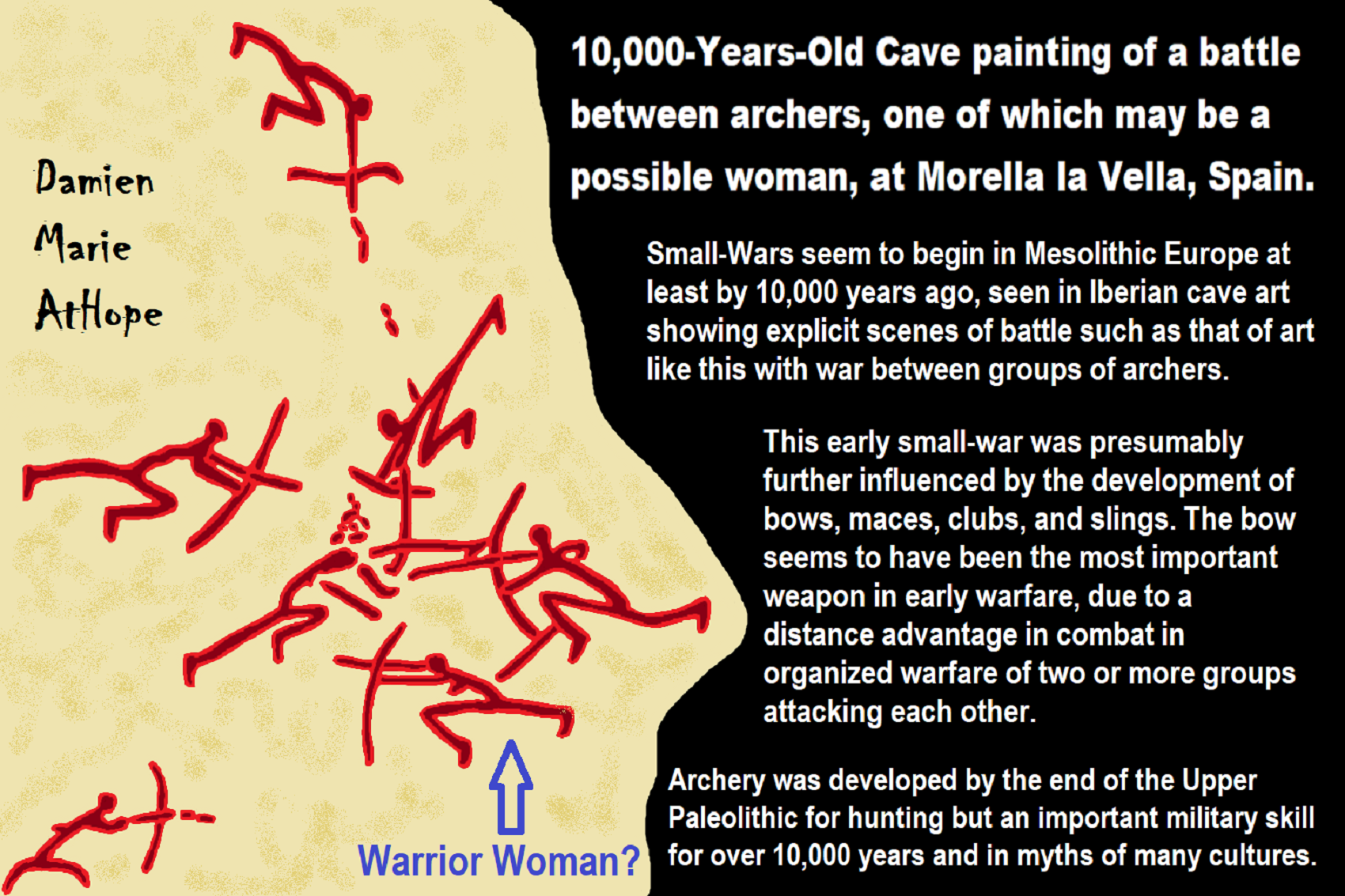
From farming to war.
“But successful Neolithic farmers were still tormented by fears of drought, blight, pests, frost, and famine. In time, this profound shift in the way societies regarded scarcity also induced fears about raids, wars, strangers – and eventually, taxes and tyrants. The acceptance of the link between hard work and prosperity played a profound role in reshaping human destiny. In particular, the ability to both generate and control the distribution of surpluses became a path to power and influence. This laid the foundations for all the key elements of our contemporary economies, and cemented our preoccupation with growth, productivity, and trade.” ref
“Regular surpluses enabled a much greater degree of role differentiation within farming societies, creating space for less immediately productive roles. Initially, these would have been agriculture-related (toolmakers, builders, and butchers), but over time new roles emerged: priests to pray for good rains; fighters to protect farmers from wild animals and rivals; politicians to transform economic power into social capital.” ref
“Thanks to studies of observed interactions between 20th-century hunter-gatherers such as the Ju/’hoansi and their farming neighbors in Africa, India, the Americas, and south-east Asia, we now know that agriculture spread through Europe by the aggressive expansion of farming populations, at the expense of established hunter-gather populations.” ref
“The agricultural revolution also transformed the way humans think about time. Seeds are planted in spring to be harvested in autumn; fields are left fallow so they may be productive the following year. Thus farming-based societies created economies of hope and aspiration, in which we focus almost unerringly on the future, and where the fruits of our labor are delayed.” ref
“But it’s not only our work that is future-oriented: so much of modern life is a tangle of social goals and often-impossible expectations shaping everything from our love-lives to our health. Hunter-gatherers, by contrast, only worked to meet their immediate needs; they neither held themselves hostage to future aspirations, nor claimed privilege on the basis of past achievements.” ref
“Understanding how the agricultural revolution transformed human societies was once no more than a question of intellectual curiosity. Now, though, it has taken on a more practical and urgent aspect. Many of the challenges created by the agricultural revolution, such as the problem of scarcity, have largely been solved by technology – yet our preoccupation with hard work and unrestrained economic growth remains undimmed. As environmental economists remind us, this obsession risks cannibalising our – and many other species’ – futures.” ref

“Proto-Dené–Caucasian theory is the reconstructed hypothetical common ancestor of the Dené–Caucasian languages, a proposed language superfamily to which Basque, North Caucasian, Burushaski, Sino-Tibetan, Yeniseian, Na-Dené and possibly also other language families may belong.” ref
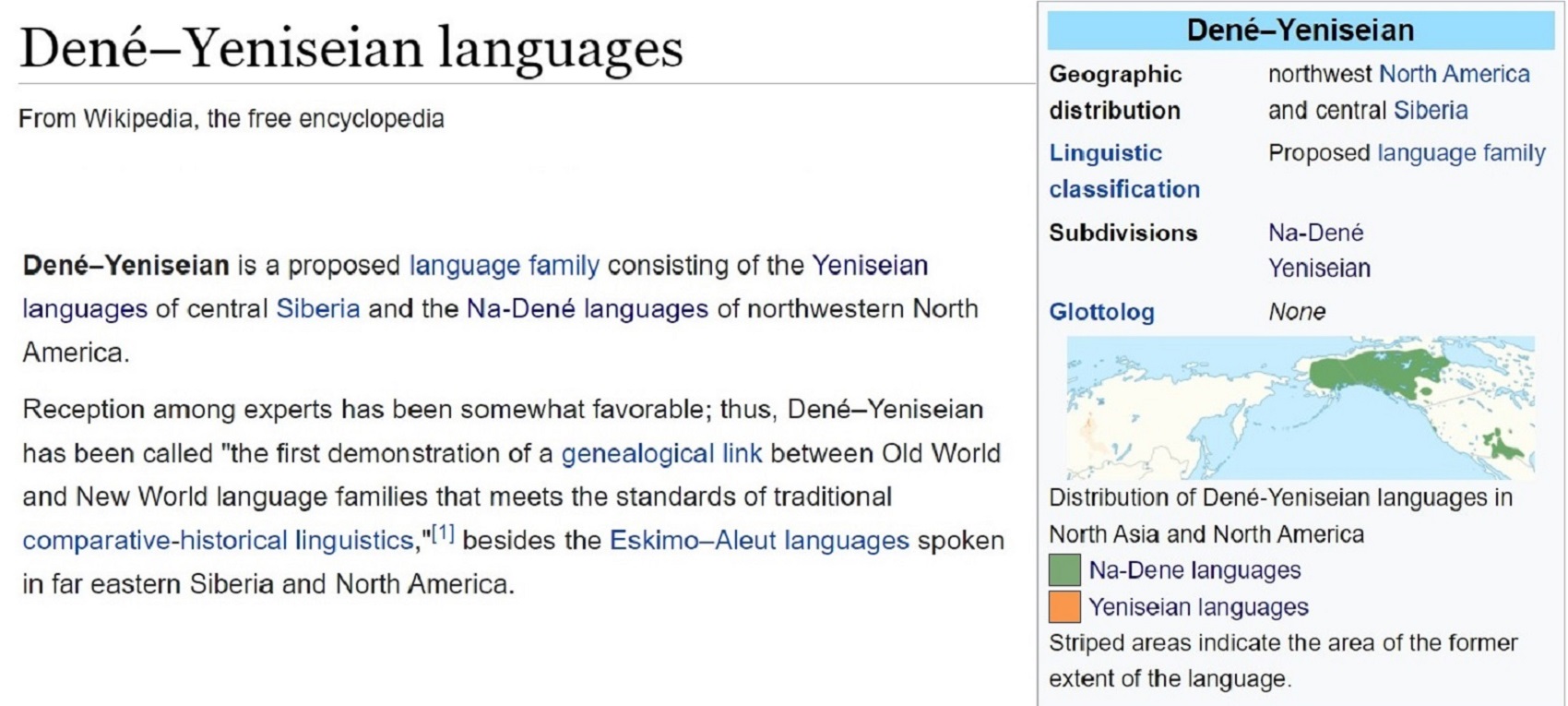
“Dené–Yeniseian is a proposed language family consisting of the Yeniseian languages of central Siberia and the Na-Dené languages of northwestern North America. Reception among experts has been somewhat favorable; thus, Dené–Yeniseian has been called “the first demonstration of a genealogical link between Old World and New World language families that meets the standards of traditional comparative–historical linguistics,” besides the Eskimo–Aleut languages spoken in far eastern Siberia and North America.” ref
“In 2012, linguist George Starostin questioned the validity of the macrofamily, citing the fact that “Vajda’s ‘regular correspondences’ are not… properly ‘regular’ in the classic comparative-historical sense of the word”. He also notes that Vajda’s “treatment of the verbal morphology” involves “a tiny handful of intriguing isomorphisms… surrounded by an impenetrable sea of assumptions and highly controversial internal reconstructions that create an illusion of systemic reconstruction where there really is none”. Nonetheless, Starostin concedes that Vajda’s work “is, by all means, a step forward”, and that it “may eventually point the way towards research on grammaticalization paths in Yeniseian and Na-Dené.” ref
“Instead of forming a separate family, Starostin believes that both Yeniseian and Na-Dené are part of a much larger grouping called Dene-Caucasian. So Starostin states that the two families are related in a large sense, but there is no special relationship between them that would suffice to create a separate family between these two language families. In 2015, linguist Paul Kiparsky endorsed Dené–Yeniseian, saying that “the morphological parallelism and phonological similarities among corresponding affixes is most suggestive, but most compelling evidence for actual relationship comes from those sound correspondences which can be accounted for by independently motivated regular sound changes.” ref
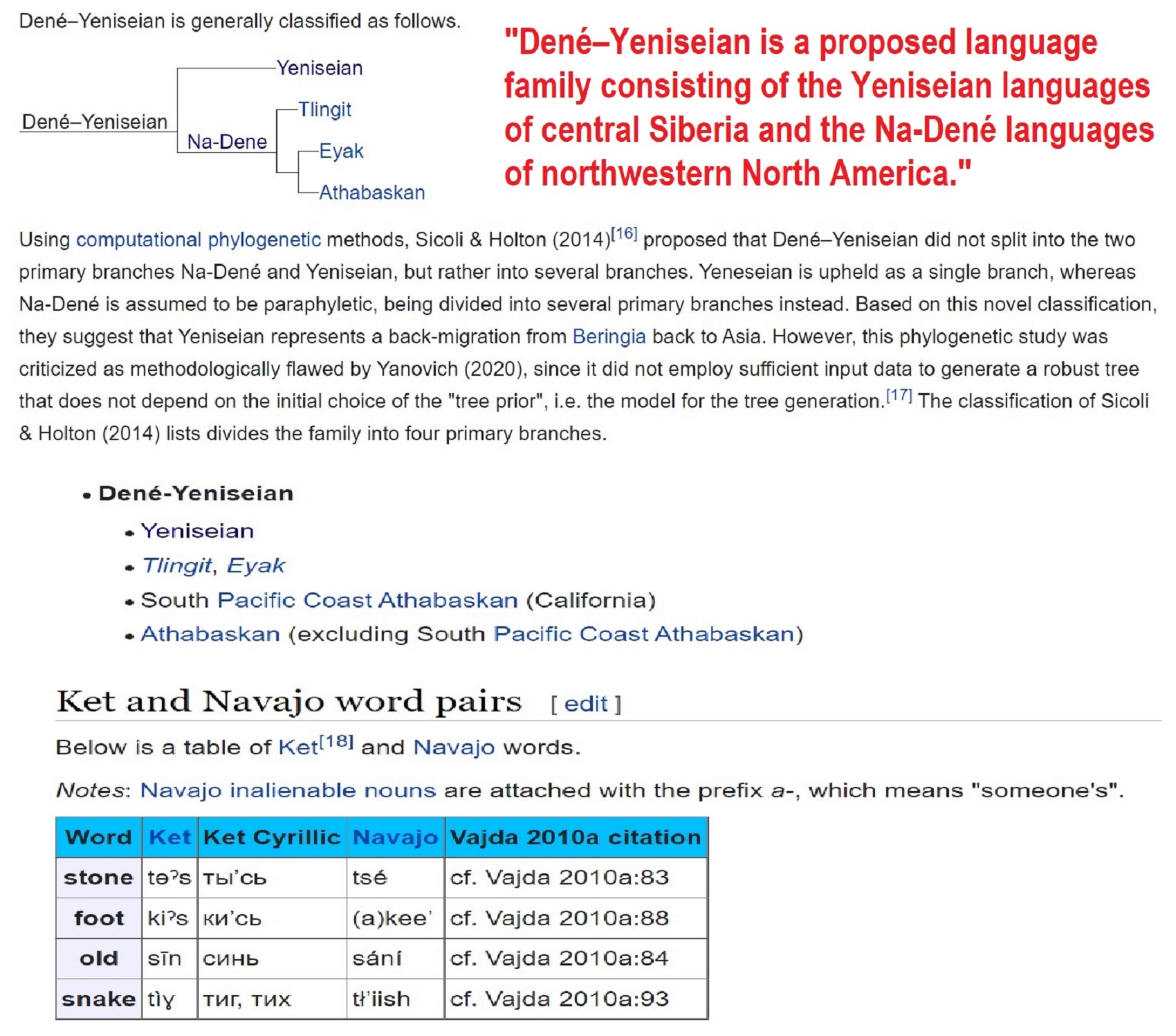
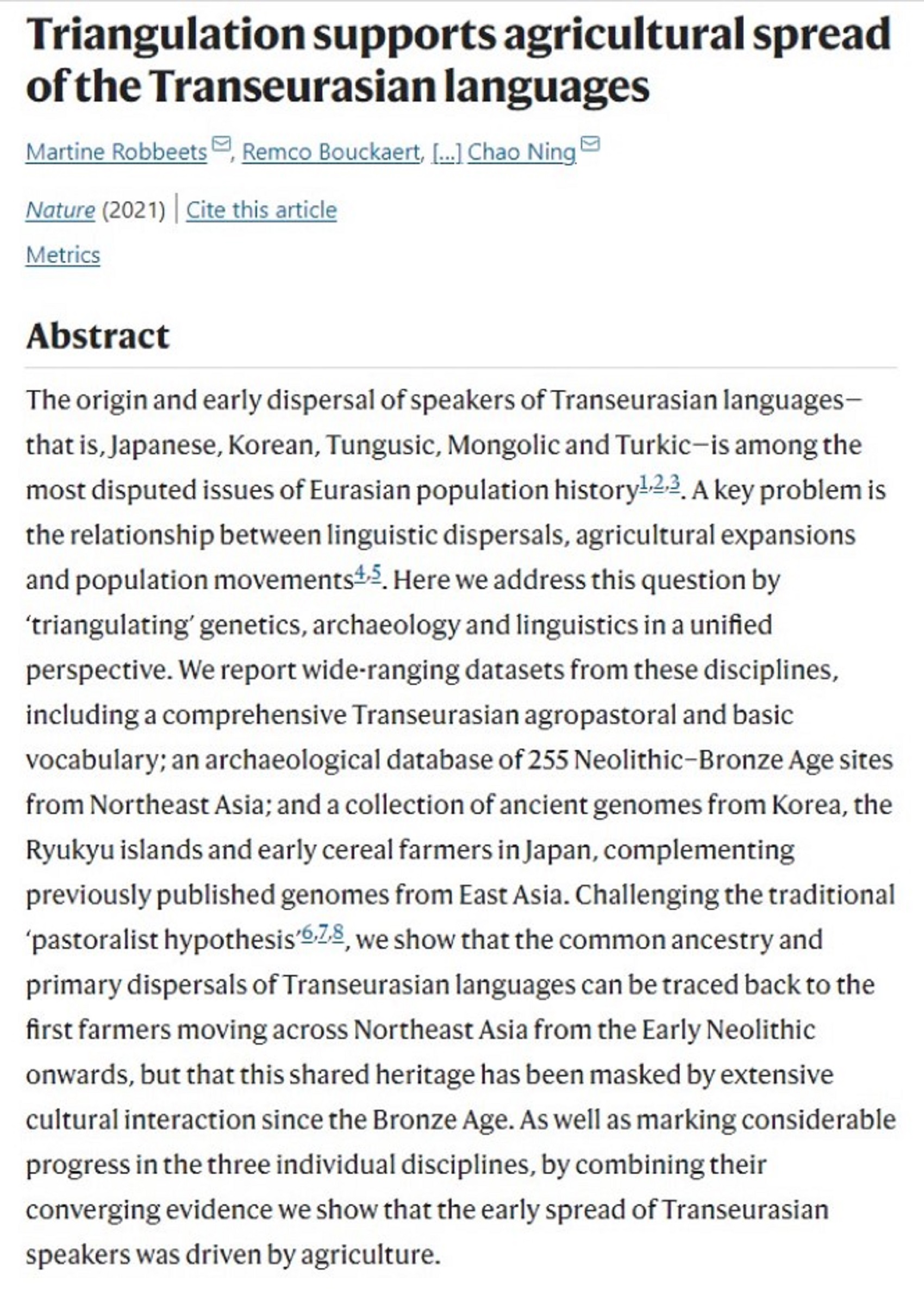
Triangulation supports the agricultural spread of the Transeurasian languages
“The origin and early dispersal of speakers of Transeurasian languages—that is, Japanese, Korean, Tungusic, Mongolic, and Turkic—is among the most disputed issues of Eurasian population history. A key problem is the relationship between linguistic dispersals, agricultural expansions, and population movements. Here we address this question by ‘triangulating’ genetics, archaeology, and linguistics in a unified perspective. We report wide-ranging datasets from these disciplines, including a comprehensive Transeurasian agropastoral and basic vocabulary; an archaeological database of 255 Neolithic–Bronze Age sites from Northeast Asia; and a collection of ancient genomes from Korea, the Ryukyu islands, and early cereal farmers in Japan, complementing previously published genomes from East Asia. Challenging the traditional ‘pastoralist hypothesis’, we show that the common ancestry and primary dispersals of Transeurasian languages can be traced back to the first farmers moving across Northeast Asia from the Early Neolithic onwards, but that this shared heritage has been masked by extensive cultural interaction since the Bronze Age. As well as marking considerable progress in the three individual disciplines, by combining their converging evidence we show that the early spread of Transeurasian speakers was driven by agriculture.” ref
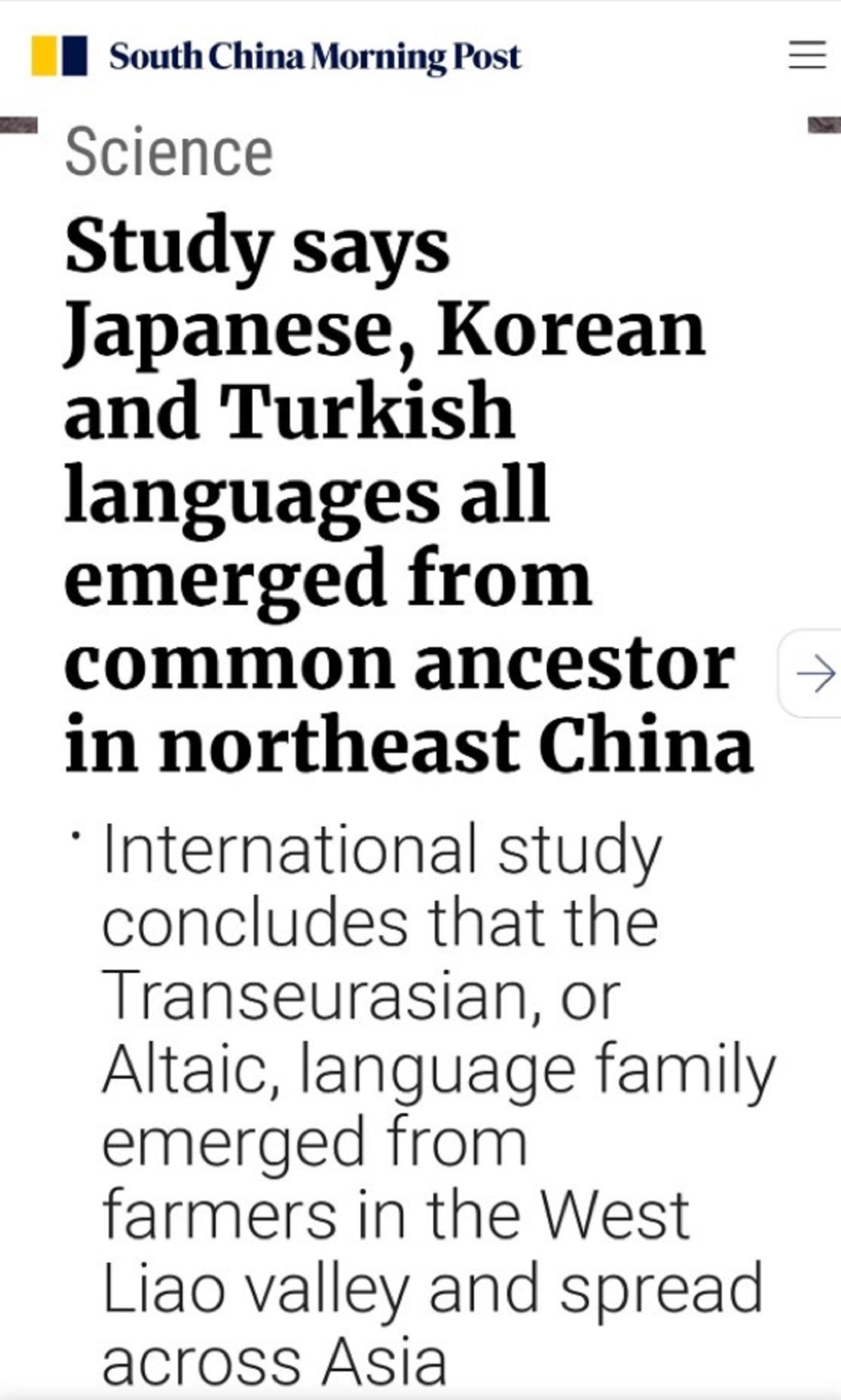
“The study says Japanese, Korean and Turkish languages all emerged from a common ancestor in northeast China. The international study concludes that the Transeurasian, or Altaic, language family emerged from farmers in the West Liao valley and spread across Asia. The link between the five groups in the family has been hotly contested, but researchers say there is archaeological and genetic evidence to support the theory.” ref
Bone or Flesh: Defleshing and Post-Depositional Treatments at Körtik Tepe (Southeastern Anatolia, PPNA Period): https://www.academia.edu/8530779/Bone_or_Flesh_Defleshing_and_Post_Depositional_Treatments_at_K%C3%B6rtik_Tepe_Southeastern_Anatolia_PPNA_Period_?email_work_card=title
Life, death and the emergence of differential status in the Near Eastern Neolithic: Evidence from Kfar HaHoresh, Lower Galilee, Israel: https://www.academia.edu/8748426/Life_death_and_the_emergence_of_differential_status_in_the_Near_Eastern_Neolithic_Evidence_from_Kfar_HaHoresh_Lower_Galilee_Israel?email_work_card=title
Investigating the influence the domestication of animals had on the animal symbolism of the Neolithic Near East: https://www.academia.edu/10373183/Investigating_the_influence_the_domestication_of_animals_had_on_the_animal_symbolism_of_the_Neolithic_Near_East?email_work_card=title
Heady Business: Skulls, Heads, and Decaptitation in Neolithic Anatolia and Greece: https://www.academia.edu/556095/Heady_Business_Skulls_Heads_and_Decaptitation_in_Neolithic_Anatolia_and_Greece?email_work_card=title
Anarchism and the Archaeology of Anarchic Societies: Resistance to Centralization in the Coast Salish Region of the Pacific Northwest Coast: https://www.academia.edu/2045039/Anarchism_and_the_Archaeology_of_Anarchic_Societies_Resistance_to_Centralization_in_the_Coast_Salish_Region_of_the_Pacific_Northwest_Coast?email_work_card=title
Is it goddess or bear? | The role of Çatalhöyük animal seals in Neolithic symbolism: https://www.academia.edu/6041699/Is_it_goddess_or_bear_The_role_of_%C3%87atalh%C3%B6y%C3%BCk_animal_seals_in_Neolithic_symbolism?email_work_card=title
In and Outside the Square: The Sky and the Power of Belief in Ancient China and the World, c. 4,500 BC – AD 220. Volume I: The Ancient Eurasian World and the Celestial Pivot: https://www.academia.edu/11382971/In_and_Outside_the_Square_The_Sky_and_the_Power_of_Belief_in_Ancient_China_and_the_World_c_4_500_BC_AD_220_Volume_I_The_Ancient_Eurasian_World_and_the_Celestial_Pivot?email_work_card=title
Kurgan Copper Revolution: https://www.academia.edu/14001057/Kurgan_Copper_Revolution?email_work_card=title
“Dynasty 0” Predynastic and Early Dynastic Egypt, Ancient Egyptian History, Egyptian Predynastic chronology: https://www.academia.edu/31304670/Dynasty_0?email_work_card=title
Absolute chronology of the settlement of the Eastern Linear Pottery culture at Moravany: https://www.academia.edu/24741906/Absolute_chronology_of_the_settlement_of_the_Eastern_Linear_Pottery_culture_at_Moravany?email_work_card=title
“Cha Si 48 Pages 2 Files Egyptology, Mesopotamian Archaeology, Mesopotamia History, Chalcolithic Archaeology, Kurgans, Predynastic and Early Dynastic Egypt, Uruk Expansion, Uruk Period, Predynastic Egypt, The Narmer Palette, Predynastic Naqada, Eridu. This anthology of ancient and fresh archaeological artifacts paints a cohesive arc from the beginning of the chalcolithic to the first empires of Uruk and Egypt, ignited around the Black Sea by the Kurgan Copper revolution.” ref
Our side “the Left” is more often on the fact side, the other side “the Right” is a cesspool of mythology, propaganda, cult, conspiracy theories, and anti-intellectualism generally, or at least it seems as so many are out and proud of such foolishness.
Did Indo-European Languages Stem From a Trans-Eurasian Original Language: https://www.academia.edu/49885484/Did_Indo_European_Languages_Stem_From_a_Trans_Eurasian_Original_Language?email_work_card=title
Natufian Beginnings: The consequences of a sedentary lifestyle: https://www.academia.edu/2236450/Natufian_Beginnings_The_consequences_of_a_sedentary_lifestyle?email_work_card=title
M. Vidale, T-Shaped Pillars and Mesolithic “Chiefdoms” in the Prehistory of Southern Eurasia: a Preliminary Note: https://www.academia.edu/3877380/M_Vidale_T_Shaped_Pillars_and_Mesolithic_Chiefdoms_in_the_Prehistory_of_Southern_Eurasia_a_Preliminary_Note?email_work_card=title
Pigs in Space (and Time): Pork Consumption and Identity Negotiations in the Late Bronze and Iron Ages of Ancient Israel, Near Eastern Archaeology 81: 276-299: https://www.academia.edu/38549199/Pigs_in_Space_and_Time_Pork_Consumption_and_Identity_Negotiations_in_the_Late_Bronze_and_Iron_Ages_of_Ancient_Israel_Near_Eastern_Archaeology_81_276-299?email_work_card=title
Ancient Felines and the Great-Goddess in Anatolia: Kubaba and Cybele Goddesses: https://www.academia.edu/220990/Ancient_Felines_and_the_Great-Goddess_in_Anatolia_Kubaba_and_Cybele?email_work_card=title
Anatolia From the Pre-Pottery Neolithic to the End of the Early Bronze Age (10,500–2000 BCE): https://www.academia.edu/40971286/Anatolia_From_the_Pre_Pottery_Neolithic_to_the_End_of_the_Early_Bronze_Age_10_500_2000_bce_?email_work_card=title
Recent excavations at the Neolithic site of yiftahel (Khalet Khalladyiah), lower Galilee: https://www.academia.edu/23733311/Recent_excavations_at_the_Neolithic_site_of_yiftahel_Khalet_Khalladyiah_lower_Galilee?email_work_card=title
Inanna in Mesopotamian Religion and Culture: Reinforcer of Heteronormativity, or Legitimizer of non-Heteronormativity: https://academia.edu/9898651/Inanna_in_Mesopotamian_Religion_and_Culture_Reinforcer_of_Heteronormativity_or_Legitimizer_of_non-Heteronormativity?email_work_card=title
East Asian ethnolinguistic phylogeography: https://www.academia.edu/10168550/East_Asian_ethnolinguistic_phylogeography?email_work_card=minimal-title
Neolithic Levant: Chronology; Natufian overview; Neolithic summary; PPNA (Jericho; Gobekli Tepe; agriculture; lithics); PPNB (Ain Ghazal; herding); PNA (pottery; Yarmukian culture); PNB (Wadi Rabah); main trends: https://www.academia.edu/9552951/Anth.340_Ppt._lecture-3_Neolithic_Levant_Chronology_Natufian_overview_Neolithic_summary_PPNA_Jericho_Gobekli_Tepe_agriculture_lithics_PPNB_Ain_Ghazal_herding_PNA_pottery_Yarmukian_culture_PNB_Wadi_Rabah_main_trends_by_G._Mumford_revised_Sept._2018_?email_work_card=title
Starcevo-Cris Culture in Western Romania – repository, distribution map, state of research and chronology: https://www.academia.edu/1527168/Starcevo-Cris_Culture_in_Western_Romania_-_repository_distribution_map_state_of_research_and_chronology?email_work_card=title
MESOLITHIC PEOPLE FROM CRIMEA: The materials for our study were represented by three skeletons from Murzak‐koba I andII and Fatma‐koba dated to the Upper Paleolithic‐Mesolithic period: https://www.academia.edu/30971852/MESOLITHIC_PEOPLE_FROM_CRIMEA?email_work_card=minimal-title
From Upper Perigordian to the current Non-hierarchical Gravettian in the Cantabrian Region (Northern Spain): Recent Changes, Current Challenges: https://www.academia.edu/16562337/From_Upper_Perigordian_to_the_current_Non-hierarchical_Gravettian_in_the_Cantabrian_Region_Northern_Spain_Recent_Changes_Current_Challenges?email_work_card=minimal-title
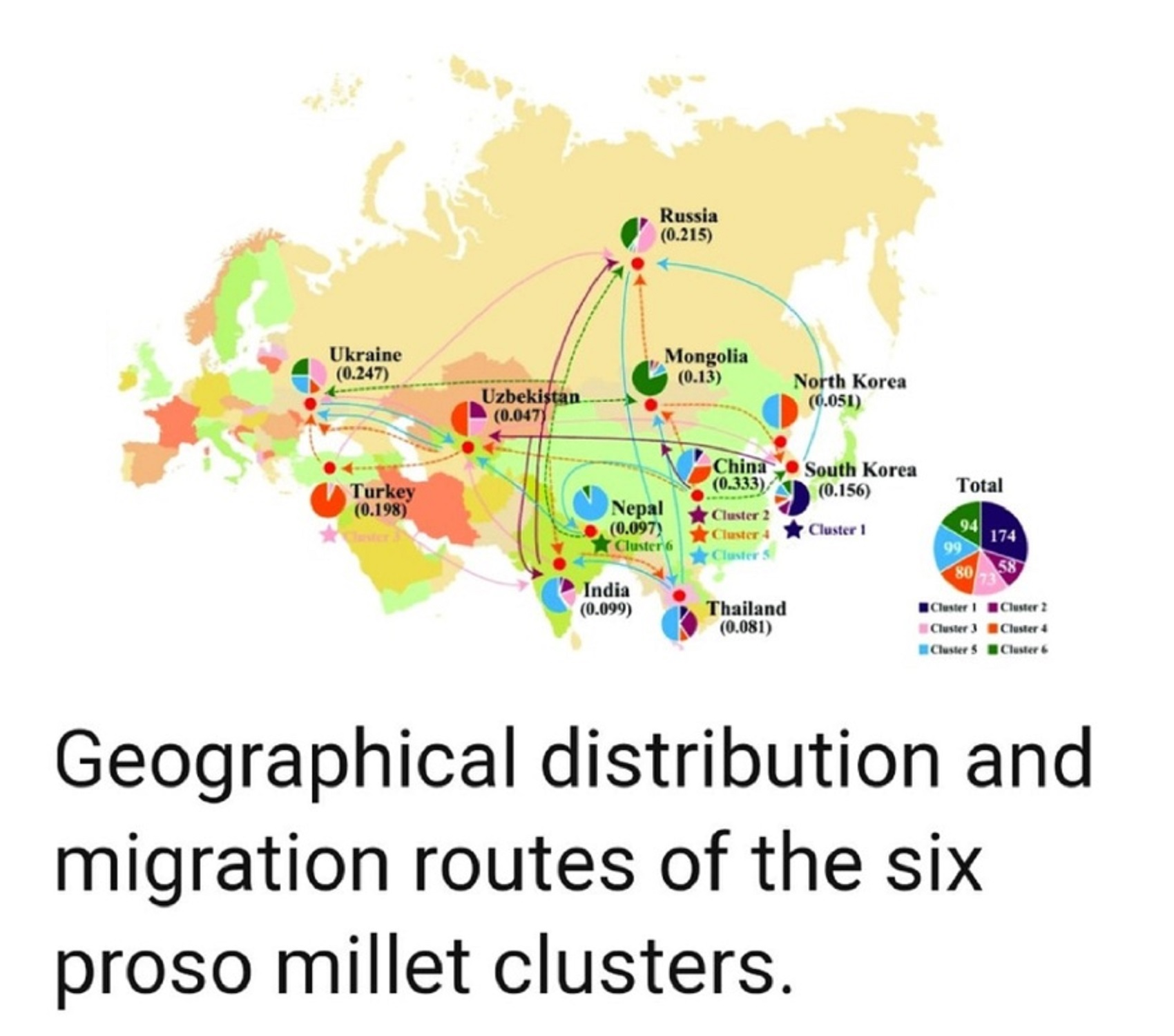
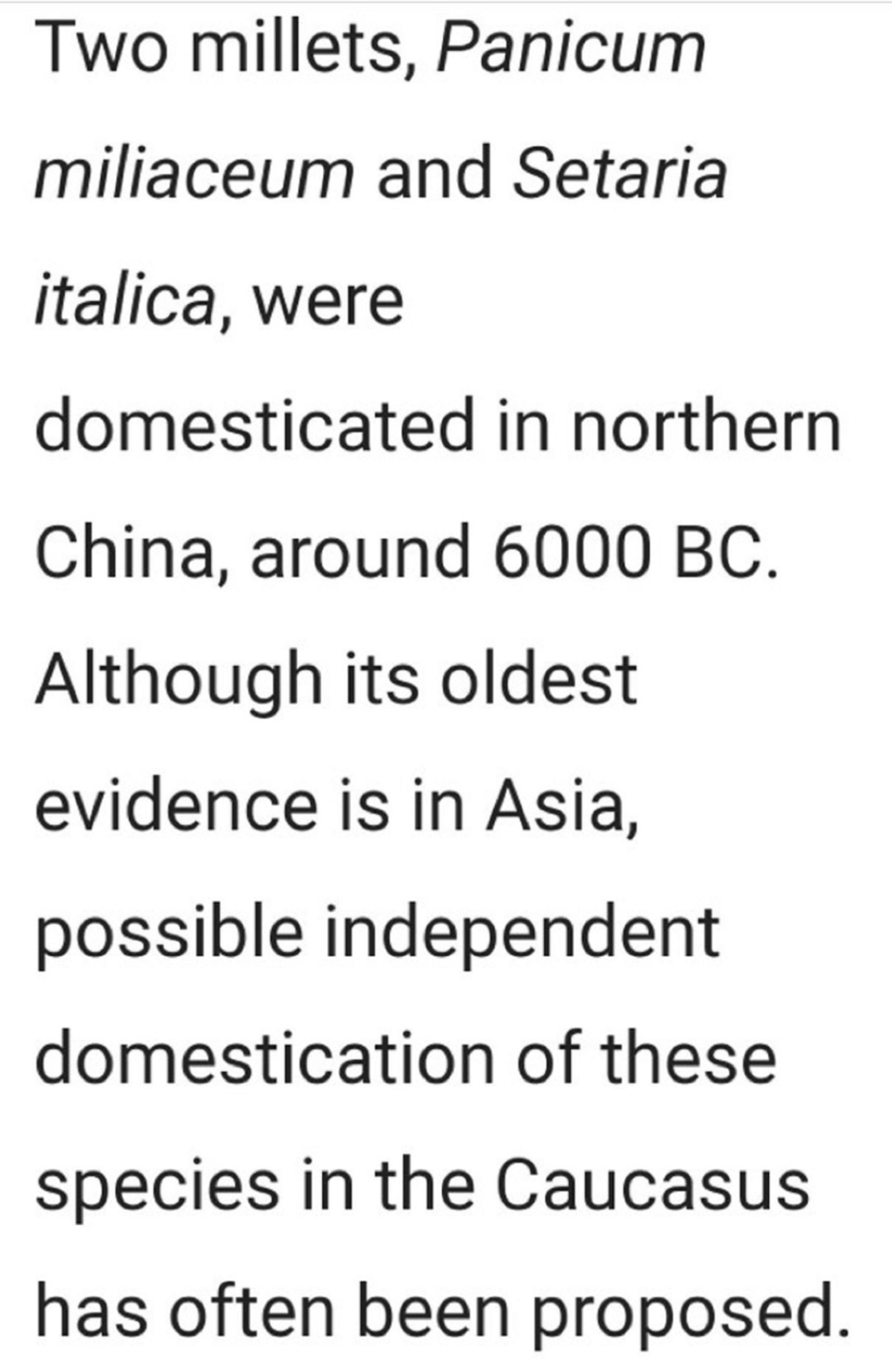
The place of millet in food globalization during Late Prehistory as evidenced by new bioarchaeological data from the Caucasus: https://www.nature.com/articles/s41598-021-92392-9

“Millet manuring as a driving force for the Late Neolithic agricultural expansion of north China. The archaeological extent of foxtail millet (Setaria italica) and common millet (Panicum miliaceum) grains as well as associated faunal remains (both domesticated and wild) from seven sites in the Baishui Valley of north China, in order to find direct evidence of organic manuring during the Late Neolithic period. The elevated nitrogen isotope values of the millet grains (5500-3500 cal BP) in comparison with the estimated local vegetation indicates that millets were organically manured by animal dung, mostly likely originating from domestic pigs. Considering the low nitrogen contents of loess soils and their unsuitability for intensive cultivation, this organic manuring by animal dung would have played a key role in maintaining soil productivity and crop yield, which was necessary to support the demands of agriculture and cultural expansion during the Late Neolithic on the Loess Plateau of China.” ref
To me, along with this migration of peoples also carried with them a Paganistic-Shamanism with heavy totemism from North Aisa into Africa, and then it moved with people from Gambia, down to southern Africa.

To me, along with this migration of peoples also carried with them a Paganistic-Shamanism with heavy totemism from North Aisa into Africa, and then it moved with people from Gambia, down to southern Africa.
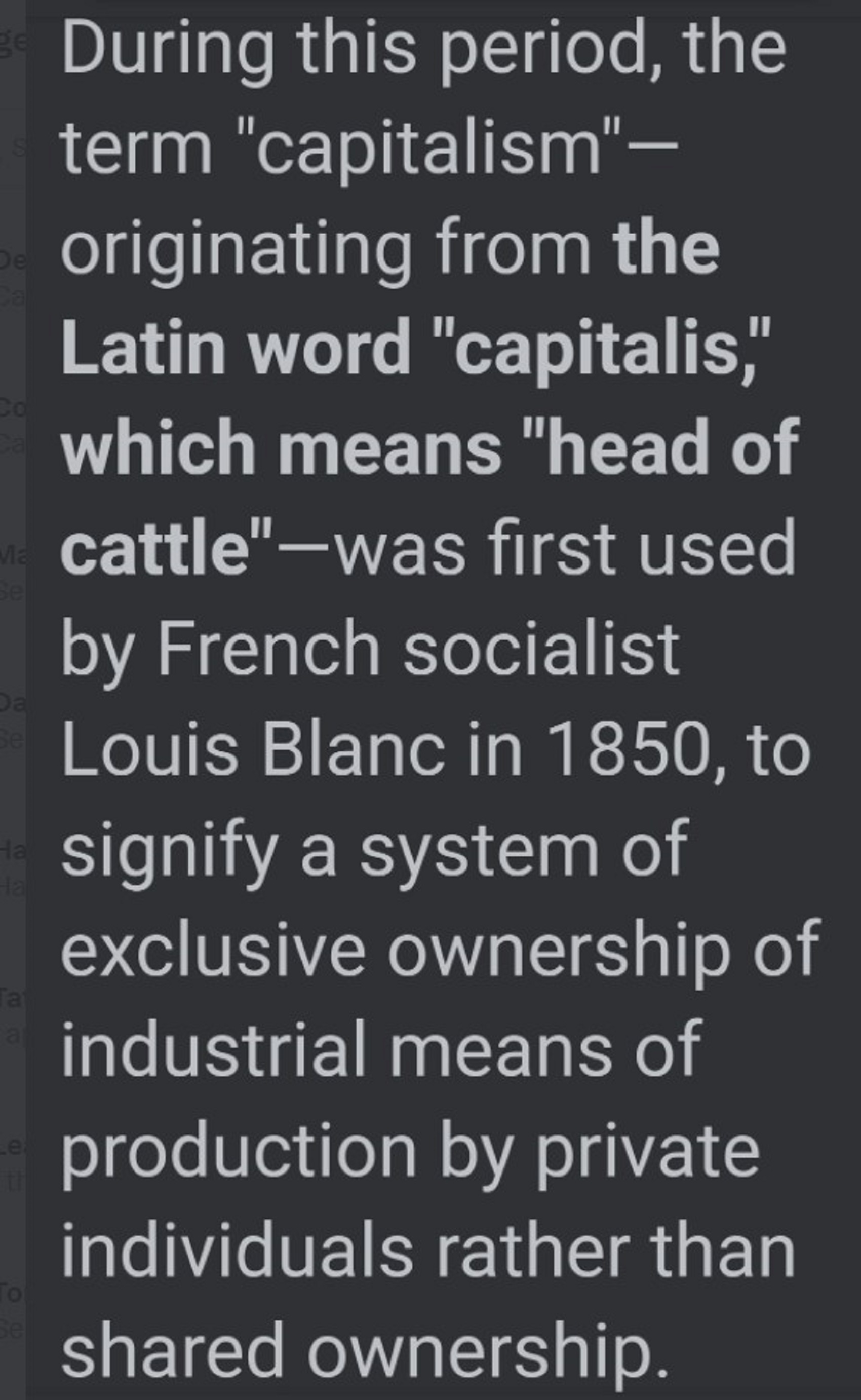
The new oppression of animals helped bring the oppression of people.

Genome-wide data from two early Neolithic East Asian individuals dating to 7700 years ago: https://www.science.org/doi/10.1126/sciadv.1601877
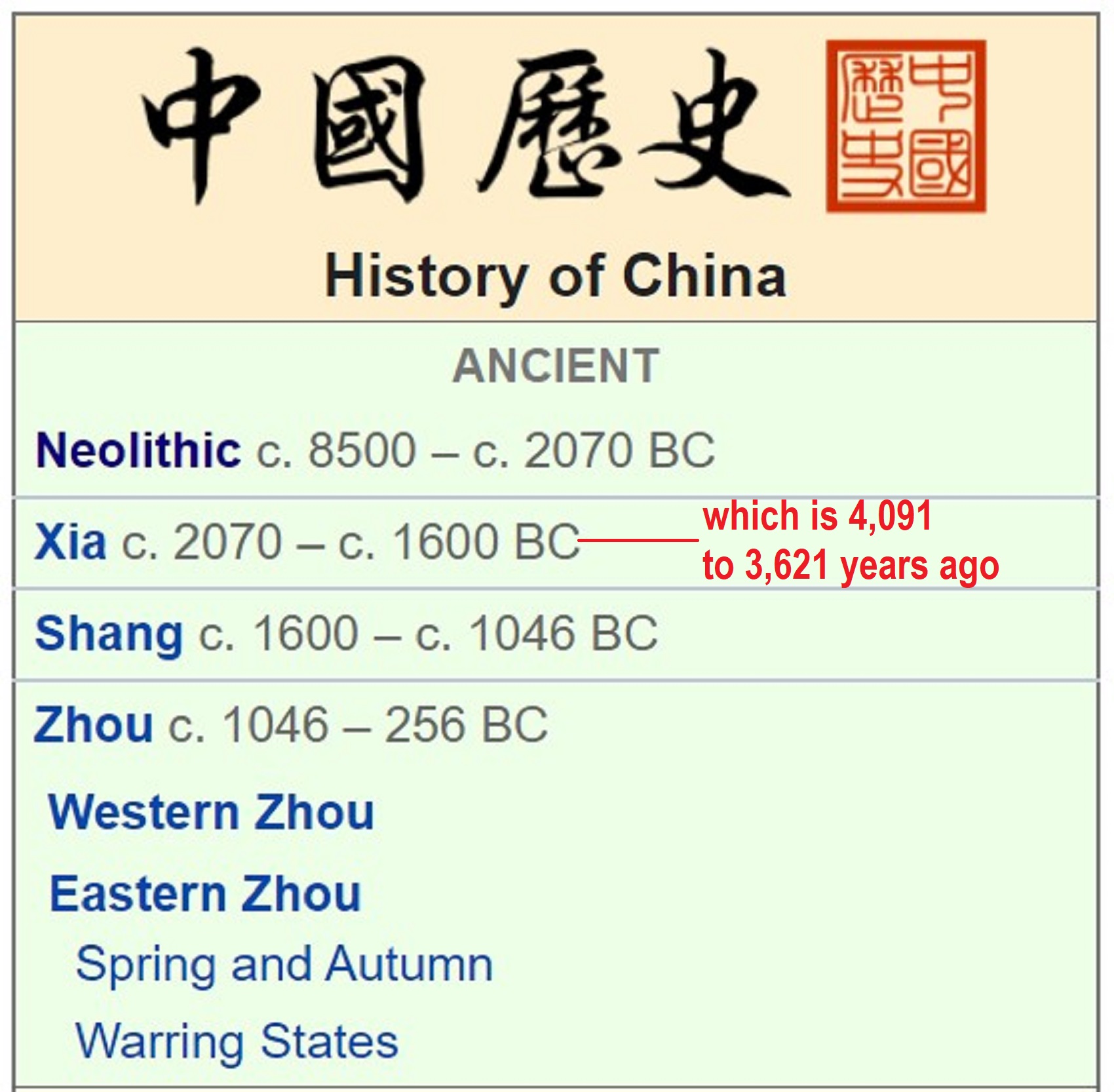
List of creation myths:
“A creation myth (or creation story) is a cultural, religious, or traditional myth which describes the earliest beginnings of the present world. Creation myths are the most common form of myth, usually developing first in oral traditions, and are found throughout human culture. A creation myth is usually regarded by those who subscribe to it as conveying profound truths, though not necessarily in a historical or literal sense. They are commonly, though not always, considered cosmogonical myths, that is, they describe the ordering of the cosmos from a state of chaos or amorphousness.” ref
Creation from chaos
Main article: Chaos (cosmogony)
- Enûma Eliš (Babylonian creation myth)
- Greek cosmogonical myth
- Jamshid
- Korean creation narratives
- Kumulipo
- Leviathan (Book of Job 38–41 creation myth)
- Mandé creation myth
- Pangu
- Raven in Creation
- Serer creation myth
- Sumerian creation myth
- Tungusic creation myth
- Unkulunkulu
- Väinämöinen
- Viracocha
Earth diver
Main article: Earth-diver
- Ainu creation myth
- Cherokee creation myth
- Iroquois creation myth
- Väinämöinen
- Yoruba creation myth
- Ob-Ugric creation myth
Emergence
Main article: Emergence
Ex nihilo (out of nothing)
Main article: Ex nihilo
- Debate between sheep and grain
- Barton cylinder
- Ancient Egyptian creation myths
- Genesis creation myth (Judaism, Christianity and Islam)
- Kabezya-Mpungu
- Māori myths
- Mbombo
- Ngai
- Popol Vuh
World parent
Main article: World parent
- Coatlicue
- Enûma Eliš
- Greek cosmogonical myth
- Heliopolis creation myth
- Hiranyagarbha creation myth
- Kumulipo
- Rangi and Papa
- Völuspá
Divine twins
Main article: Divine twins
Regional mythology
Africa
- Ancient Egyptian creation myths
- Fon creation myth
- Kaang creation story (Bushmen)
- Kintu myth (Bugandan)
- Mandé creation myth
- Mbombo (Kuba, Bakuba or Bushongo/Boshongo)
- Ngai (Kamba, Kikuyu and Maasai )
- Serer creation myth (cosmogony of the Serer people of Senegal, the Gambia and Mauritania)
- Unkulunkulu (Zulu)
- Yoruba creation
Mesoamerica
- Coatlicue (Aztec)
- Maya creation of the world myth
- Popol Vuh (Quiché Mayan)
Mid North America
- Anishinaabeg creation stories
- Cherokee creation myth
- Choctaw creation myth
- Creek creation myth
- Hopi creation myth
- Kuterastan (Plains Apache)
- Diné Bahaneʼ (Navajo)
- Raven in Creation (Tlingit, Haida, and Tsimshian)
- Zuni creation myth
South America
- Legend of Trentren Vilu and Caicai Vilu (Chilean)
- Viracocha (Incan)
- Xolas (Chilean)
Central Asia
East Asia
- Ainu creation myth (Japan)
- Au Co (Vietnamese)
- Chinese creation myth
- Japanese creation myth
- Korean creation narratives
- Nüwa (Chinese)
- Pangu (Chinese)
Indian subcontinent
- Ajativada
- Buddhist cosmology
- Folk Hindu creation myth
- Hiranyagarbha creation (India)
- Jainism and non-creationism (India)
- Kanglei mythology (India)
- Mimamsa eternalism (India)
- Nyaya–Vaisheshika atomic theory (India)
- Samkhya–yoga theory (India)
- Sanamahi creation myth (India)
Europe
- Slavic creation myth
- Theogony (Classical Greco-Roman)
- Book of Invasions (Celtic)
- Väinämöinen (Finnish)
- Völuspá (Norse)
Middle East
- Debate between sheep and grain
- Enûma Eliš (Babylonian)
- Genesis creation myth (Hebrew)
- Islamic creation myth (Arabic)
- Leviathan (Book of Job 38-41 creation myth)
- Mashya and Mashyana (Persian)
- Sumerian creation myth
Pacific Islands/Oceanic
- Areop-Enap (Nauruan)
- Kumulipo (Hawaiian)
- Māori myths (Māori)
- Rangi and Papa (Māori)
- Sureq Galigo (Buginese)
It all started a time from 7,000-5,000 years ago that I call world war 0, lots of rape and murder.

“Capitalism in the form of money-making activity has existed in simple commodity production (hence the reference to “merchant capitalism” and what Damien terms “Arcane Capitialism”) since the beginnings of civilization.” ref
Merchant Capitalism
“Some economic historians use the term merchant capitalism to refer to the earliest phase in the development of capitalism as an economic and social system. However, others argue that mercantilism, which has flourished widely in the world without the emergence of systems like modern capitalism, is not actually capitalist as such.” ref
“Merchant capitalism is distinguished from more fully developed capitalism by its focus on simply moving goods from a market where they are cheap to a market where they are expensive (rather than influencing the mode of the production of those goods), the lack of industrialization, and of commercial finance. Merchant houses were backed by relatively small private financiers acting as intermediaries between simple commodity producers and by exchanging debt with each other.” ref
“Thus, merchant capitalism preceded the capitalist mode of production as a form of capital accumulation. A process of primitive accumulation of capital, upon which commercial finance operations could be based and making application of mass wage labor and industrialization possible, was the necessary precondition for the transformation of merchant capitalism into industrial capitalism.” ref
“Early forms of merchant capitalism developed in the 9th century, during the Islamic Golden Age, while in medieval Europe from the 12th century. In Europe, merchant capitalism became a significant economic force in the 16th century. The mercantile era drew to a close around 1800, giving way to industrial capitalism.” ref
“However, merchant capitalism remained entrenched in some parts of the West well into the 19th century, notably the Southern United States, where the plantation system constrained the development of industrial capitalism (limiting markets for consumer goods) whose political manifestations prevented Northern legislators from passing broad economic packages (e.g. monetary and banking reform, a transcontinental railroad, and incentives for settlement of the American west) to integrate the states’ economies and spur the growth of industrial capitalism.” ref
“In the English language, the term “capitalism” first appears, according to the Oxford English Dictionary (OED), in 1854, in the novel The Newcomes by novelist William Makepeace Thackeray, where the word meant “having ownership of capital.” ref
“The initial use of the term “capitalism” in its modern sense is attributed to Louis Blanc in 1850 (“What I call ‘capitalism’ that is to say the appropriation of capital by some to the exclusion of others”).” ref
I am ok with private property that is reasoned, just not what capitalists call private property like they believe they own the earth.
“Thinking communism is inevitable is very silly.”
Christian Florelius @chflorelius (socialist and historian) – “Agreed, teleological and deterministic understandings of history is silly. It’s also semi-religious, as in history having almost a conscious spirit of its’ own. I don’t argue we should do nothing, but to pretend it is inevitable could serve as an argument for inaction, you know why struggle for something if it is inevitable anyway.”
My response, Only 7,000 years ago did arcane Capitalism start. It developed more than 5,000 years ago when statism was created in Egypt.
Christian Florelius @chflorelius (socialist and historian) – “Your use of the word capitalism to describe something 7000 years ago predates where most others see the origins of capitalism, which are as a nascent mode of production within Feudalism, to begin with from the 16th century on.”
My response, It started in a socialist anarchist society in 100,000 years old Animism in Africa and is still like that there now in Animism only/mainly hunter-gather groups. Once Totemism started in Europe 50,000 years ago and that ended anarchist thinking but not socialist thinking.
I classify Animism (animated ‘spirit‘ or “supernatural” perspectives). I see all religious people as at least animists, so, all religions have at least some amount, kind, or expression of animism as well.
Here are a few of what I see as “Animist only” Cultures:
“Aka people” Central African nomadic Mbenga pygmy people. PRONUNCIATION: AH-kah
“The Aka people are very warm and hospitable. Relationships between men and women are extremely egalitarian. Men and women contribute equally to a household’s diet, either a husband or wife can initiate divorce, and violence against women is very rare. No cases of rape have been reported. The Aka people are fiercely egalitarian and independent. No individual has the right to force or order another individual to perform an activity against his or her will. Aka people have a number of informal methods for maintaining their egalitarianism. First, they practice “prestige avoidance”; no one draws attention to his or her own abilities. Individuals play down their achievements.” ref
“Mbuti People”
“The Mbuti people are generally hunter-gatherers who commonly are in the Congo’s Ituri Forest have traditionally lived in stateless communities with gift economies and largely egalitarian gender relations. They were a people who had found in the forest something that made life more than just worth living, something that made it, with all its hardships and problems and tragedies, a wonderful thing full of joy and happiness and free of care. Pygmies, like the Inuit, minimize discrimination based upon sex and age differences. Adults of all genders make communal decisions at public assemblies. The Mbuti people do not have a state, or chiefs or councils.” ref
“Hadza people”
“The Hadza people of Tanzania in East Africa are egalitarian, meaning there are no real status differences between individuals. While the elderly receive slightly more respect, within groups of age and sex all individuals are equal, and compared to strictly stratified societies, women are considered fairly equal. This egalitarianism results in high levels of freedom and self-dependency. When conflict does arise, it may be resolved by one of the parties voluntarily moving to another camp. Ernst Fehr and Urs Fischbacher point out that the Hadza people “exhibit a considerable amount of altruistic punishment” to organize these tribes. The Hadza people live in a communal setting and engage in cooperative child-rearing, where many individuals (both related and unrelated) provide high-quality care for children. Having no tribal or governing hierarchy, the Hadza people trace descent bilaterally (through paternal and maternal lines), and almost all Hadza people can trace some kin tie to all other Hadza people.” ref
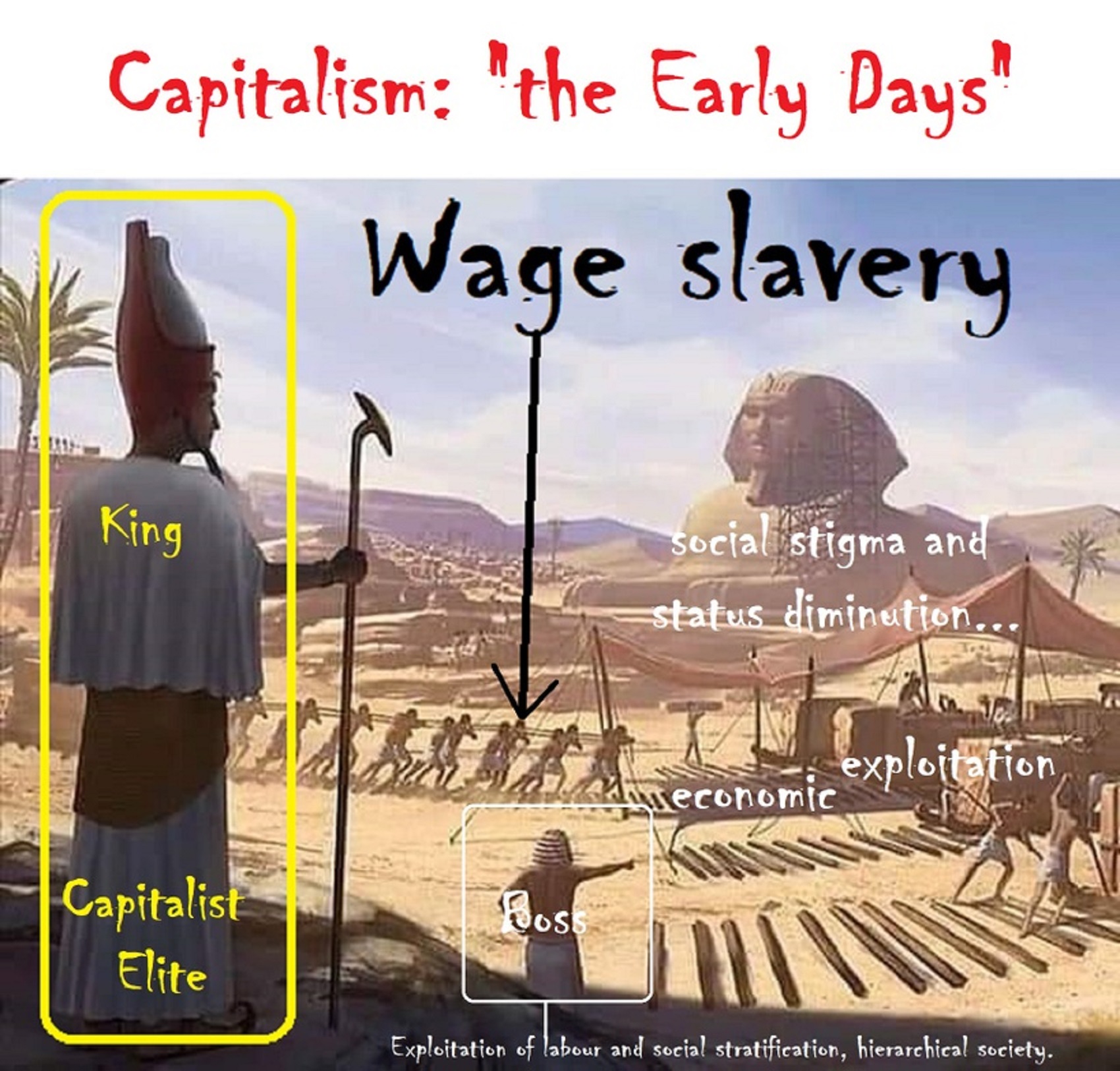
Christian Florelius @chflorelius (socialist and historian) – “Are you conflating class societies with one particular class society which is capitalism?
My response, There is and from 7,000 years ago all kinds of Capitalism just like there are all kinds of socialist thinking.

My response, To me, Capitalism has existed as an “arcane” market Capitalism, since the beginning of society, my point of origin is in Southern Germany and west Austria. You are the one who seems to have a limited view of Capitalism.
Christian Florelius @chflorelius (socialist and historian) – “Yeah never heard the term before, “arcane” market Capitalism.”
My response, I invented the term, “arcane” market Capitalism.” as I found capitalism’s seeming origin point. And do you know that the first recorded labor strike in recorded history was in Ancient Egypt? Around 3,500 years ago if I remember correctly. I will get you a link. I am using a term that is stated as arcane Capitalism and Not referring to modern Capitalism of which you think it seems.

My response, “capitalism | Definition, Characteristics, History, & Criticism | Britannica” https://britannica.com/topic/capitalism
Christian Florelius @chflorelius (socialist and historian) – “Ah, I see, so that encyclopedic article does not rebuke my claim, but says that elements found in capitalism existed before it, and I’m assuming it is referring to things like markets, money, and probably even a limited existence of wage labor. Yes, things do precede it.”

My response, “Egyptian laborers strike for pay, ~1170 BCE | Global Nonviolent Action Database” https://nvdatabase.swarthmore.edu/content/egyptian-laborers-strike-pay-1170-bce
My response, “Capitalism in the form of money-making activity has existed in simple commodity production (hence the reference to “merchant capitalism”) since the beginnings of civilization.” https://en.wikipedia.org/wiki/Capitalist_mode_of_production_Marxist_theory
My response, I appreciate this conversation. Capitalism is a “label” humans made, to explain a theory on an economic situation, that was only assumed with the limitations of previous history knowledge, not fully understanding prehistory as I do.
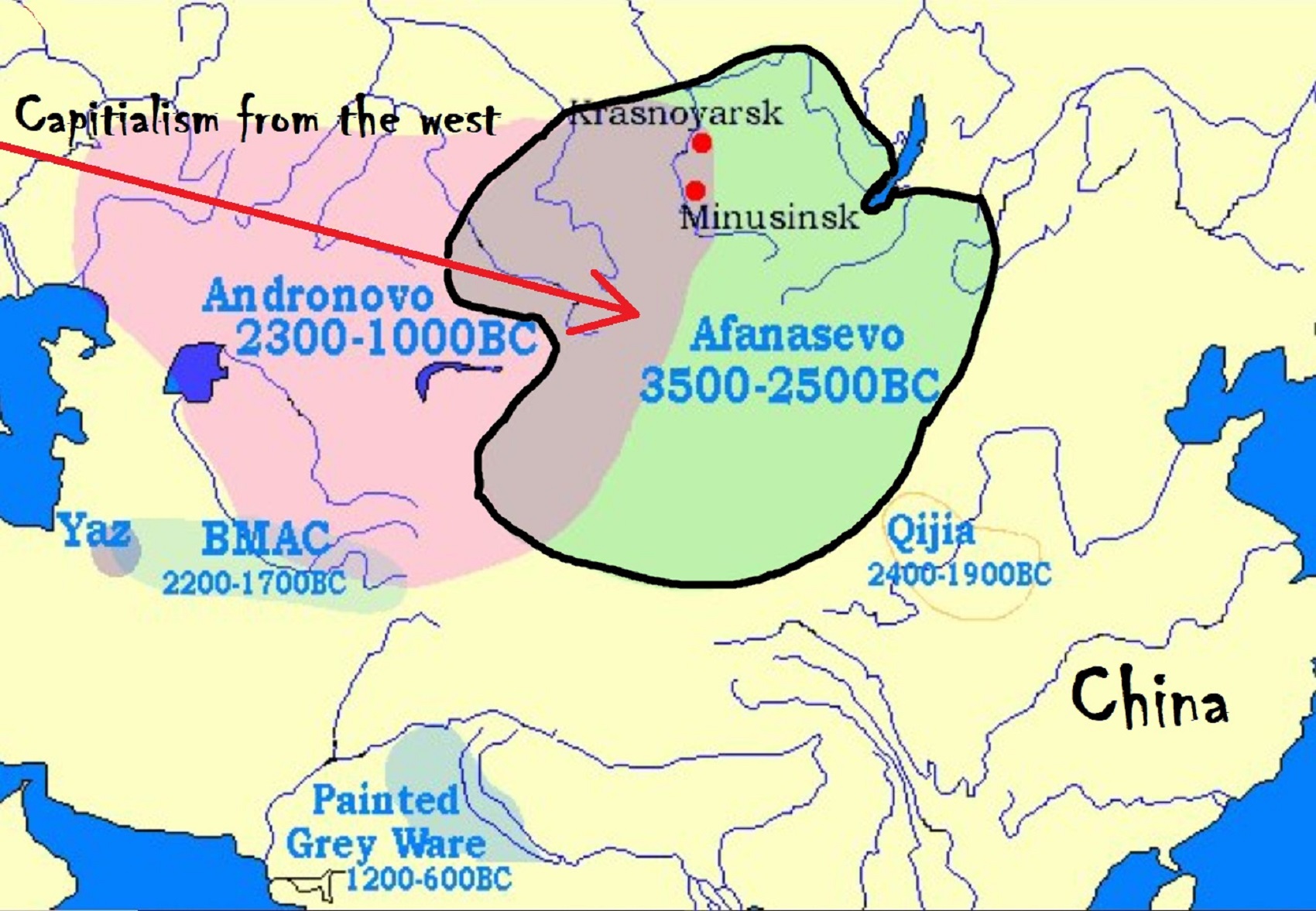
To me, this is likely how Capitalism in the Chinese areas got it, from the west.
Afanasievo culture
“The Afanasievo culture, or Afanasevo culture, is the earliest known archaeological culture of south Siberia, occupying the Minusinsk Basin and the Altai Mountains during the eneolithic era, c. 3300 to 2500 BCE or 5,321to 4,521 years ago. It is named after a nearby mountain, Gora Afanasieva (Russian: Гора Афанасьева, lit. ‘Afanasiev’s mountain’) in what is now Bogradsky District, Khakassia, Russia.” ref
“David W. Anthony believes that the Afanasevan population was descended from people who migrated c. 3700–3300 BCE or 5,721to 5,321 years ago across the Eurasian Steppe from the pre-Yamnaya Repin culture of the Don–Volga region. Because of its geographical location and dating, Anthony and earlier scholars such as Leo Klejn, J. P. Mallory and Victor H. Mair have linked the Afanasevans to the Proto-Tocharian language.” ref
“Proto-Tocharian, also spelled Proto-Tokharian, is the reconstructed proto-language of the extinct Tocharian branch of the Indo-European languages. Proto-Tocharian is the unattested reconstructed ancestor of an Indo-European eponymous extinct branch, known from manuscripts dating from the 5th to the 8th century AD, which were on the northern edge of the Tarim Basin and the Lop Desert.” ref
“Proto-Tocharian shows radical changes in its vowels from Proto-Indo-European (PIE). Length distinctions eventually disappeared, but prior to that all pairs of long and short vowels had become distinct in quality, and thus have different outcomes. The outcome of the PIE sequences *iH and *uH when not followed by a vowel is disputed. It is generally agreed that *ih₂ became Proto-Tocharian *yā; a similar change occurred in Ancient Greek.” ref
“Mass graves were not usual for this culture. Afanasevo cemeteries include both single and small collective burials with the deceased usually flexed on their back in a pit. The burial pits are arranged in rectangular, sometimes circular, enclosures marked by stone walls. It has been argued that the burials represent family burial plots with four or five enclosures constituting the local social group.” ref
“The Afanasevo economy included cattle, sheep, and goat. Horse remains, either wild or domestic, have also been found. The Afanasevo people became the first food-producers in the area. Tools were manufactured from stone (axes, arrowheads), bone (fish-hooks, points), and antler. Among the antler pieces are objects that have been identified as possible cheek-pieces for horses. Artistic representations of wheeled vehicles found in the area has been attributed to the Afanasevo culture. Ornaments of copper, silver, and gold have also been found.” ref
“Allentoft et al. (2015) published a genetic study including four females from the Afanasievo culture. Two individuals carried mtDNA haplogroup J2a2a, one carried T2c1a2, and one carried U5a1a1. The authors found that the Afanasievo were “genetically indistinguishable” from the Yamnaya culture. The results indicated that the expansion of the ancestors of the Afanasievo people into the Altai was carried out through “large-scale migrations and population displacements”, without admixture with local populations. The Afanasievo people were also found to be closely related to the Poltavka culture. The authors conclude that the Afanasievo people were Indo-Europeans, perhaps ancestors of the Tocharians.” ref
“Narasimhan et al. (2019) analyzed the remains of 24 individuals ascribed to the Afanasievo culture. Of the 14 samples of Y-DNA extracted, 10 belonged to R1b1a1a2a2, 1 to R1b1a1a2a, and 3 belonged to Q1a2. The mtDNA samples belonged to subclades of U (particularly of U5), along with T, J, H, and K. The authors interpreted these results as evidence for a migration from the Pontic–Caspian steppe. Avoiding some double countings, as of 2021 there have been 18 finds of R1b, 3x Q1(b), 1x J1, and a late of C2.” ref
Possible links to other cultures
“Because of its numerous traits attributed to the early Indo-Europeans, like metal-use, horses and wheeled vehicles, and cultural relations with Kurgan steppe cultures, the Afanasevans are believed to have been Indo-European-speaking. Genetic studies have demonstrated a discontinuity between Afanasievo and the succeeding Siberian-originating Okunevo culture, as well as genetic differences between Afanasievo and the Tarim mummies. Numerous scholars have suggested that the Afanasevo culture was responsible for the introduction of metallurgy to China.” ref
Successors
“The Afanasevo culture was succeeded by the Okunev culture, which is considered as an extension of the local non-Indo-European forest culture into the region. The Okunev culture nevertheless displays influences from the earlier Afanasievo culture. The region was subsequently occupied by the Andronovo, Karasuk, Tagar, and Tashtyk cultures, respectively.” ref
“Allentoft and coauthors (2015) study also confirms that the Afanasevo culture was replaced by the second wave of Indo-European migrations from the Andronovo culture during late Bronze Age and early Iron Age. Tarim mummies were also found to be genetically closer to the Andronovo culture than to the Yamnaya culture or Afanasevo culture.” ref
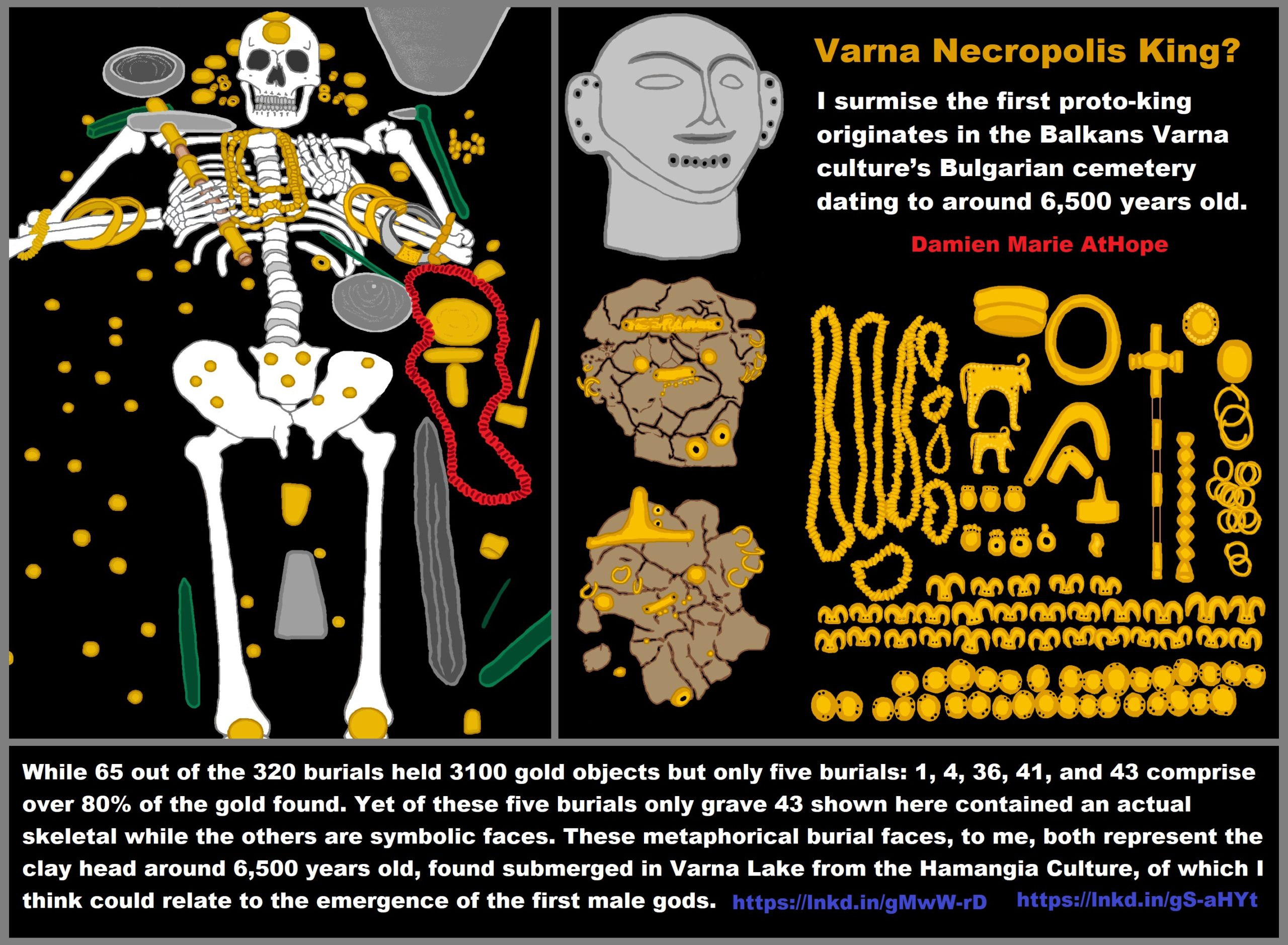
Varna, Bulgaria
“Varna is the third-largest city in Bulgaria and the largest city and seaside resort on the Bulgarian Black Sea Coast and in the Northern Bulgaria region. Situated strategically in the Gulf of Varna, the city has been a major economic, social and cultural center for almost three millennia. Historically known as Odessos (Ancient Greek: Ὀδησσός), Varna developed from a Thracian seaside settlement to a major seaport on the Black Sea.” ref
“The oldest gold treasure in the world, belonging to the Varna culture, was discovered in the Varna Necropolis and dated to 4600–4200 BCE or around 6,621-6,221 years ago. Since the discovery of the Varna Necropolis in 1974, 294 burial sites were found, with over 3000 golden items inside.” ref
Varna Necropolis
“The Varna Necropolis (Bulgarian: Варненски некропол) (also Varna Cemetery) is a burial site in the western industrial zone of Varna (approximately half a kilometer from Lake Varna and 4 km from the city center), internationally considered one of the key archaeological sites in world prehistory. The oldest gold treasure in the world, dating from 4,600 BC to 4,200 BCE, was discovered at the site. The graves have been dated to 4569–4340 BCE by radiocarbon dating in 2006 and belong to the Chalcolithic Varna culture, which is the local variant of the KGKVI.” ref
Burial rites: A burial at Varna, with some of the world’s oldest gold jewelry.
“There are crouched and straight inhumations. Some graves do not contain a skeleton, but grave gifts (cenotaphs). These symbolic (empty) graves are the richest in gold artifacts. Three thousand gold artifacts have been found, with a weight of approximately six kilograms. Grave 43 contained more gold than has been found in the entire rest of the world for that epoch. Three symbolic graves contained masks of unbaked clay.” ref
“The findings showed that the Varna culture had trade relations with distant lands (possibly including the lower Volga and the Cyclades), perhaps exporting metal goods and salt from the Provadiya rock salt mine — Solnitsata. The copper ore used in the artifacts originated from a Sredna Gora mine near Stara Zagora, and Mediterranean Spondylus shells found in the graves may have served as primitive currency.” ref
“The culture had sophisticated religious beliefs about the afterlife and had developed hierarchical status differences. The site offers the oldest known burial evidence of an elite male (Marija Gimbutas claims that the end of the fifth millennium BC is the time that the transition to male dominance began in Europe). The high-status male buried with the most remarkable amount of gold held a war adze or mace and wore a gold penis sheath. Bull-shaped gold platelets might also have venerated virility, instinctual force, and warfare. Gimbutas holds that the artifacts were made largely by local craftspeople.” ref
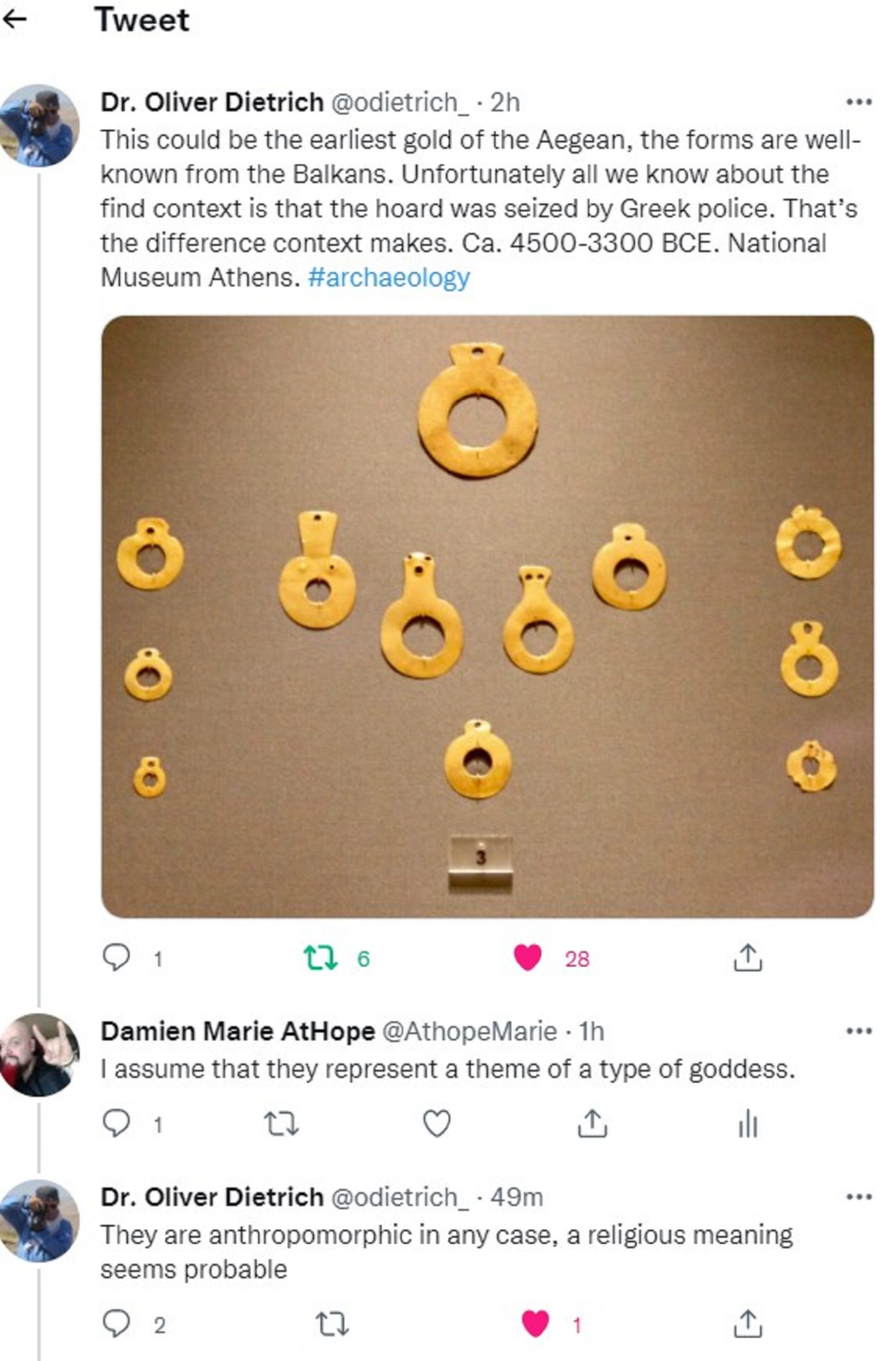
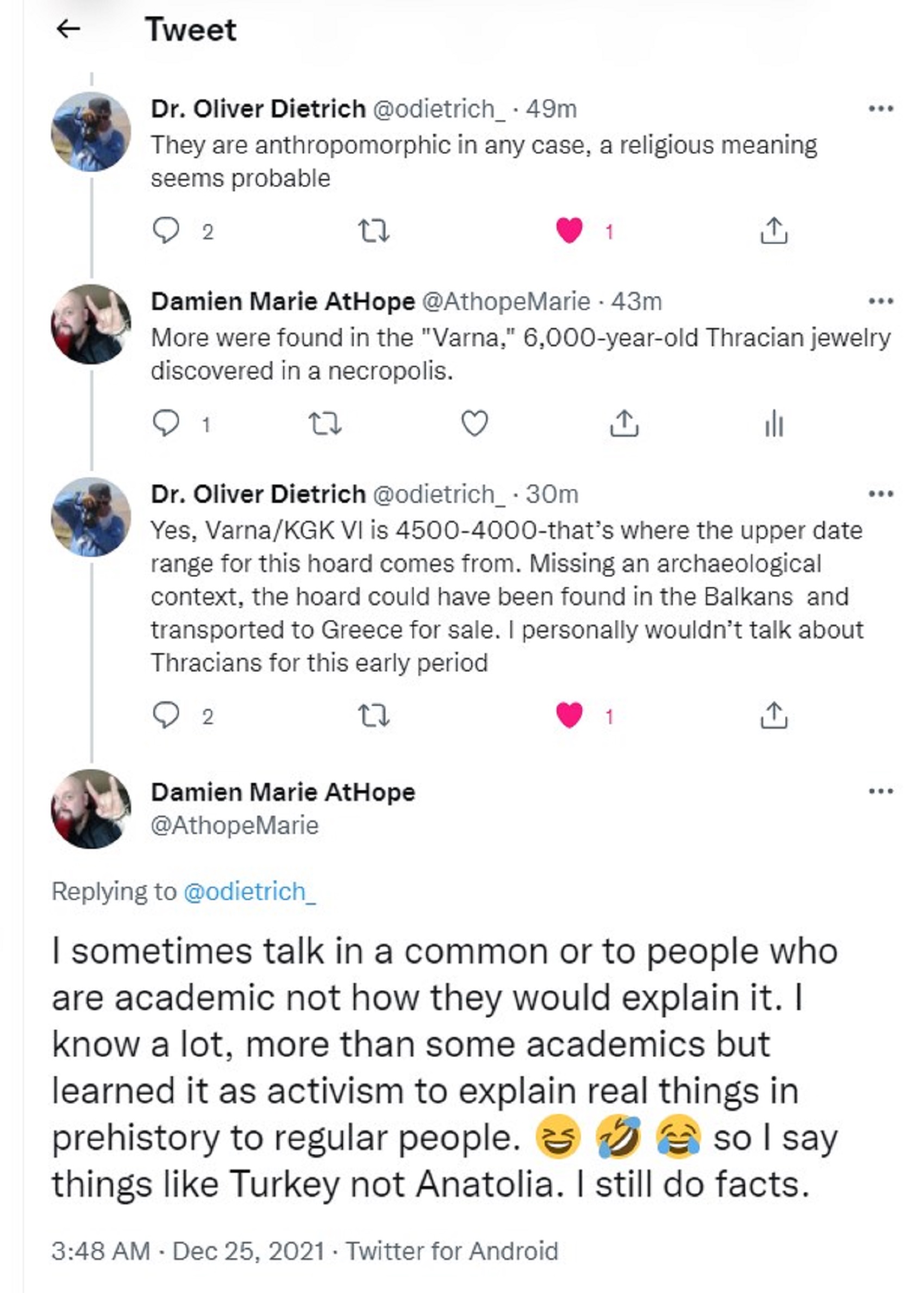
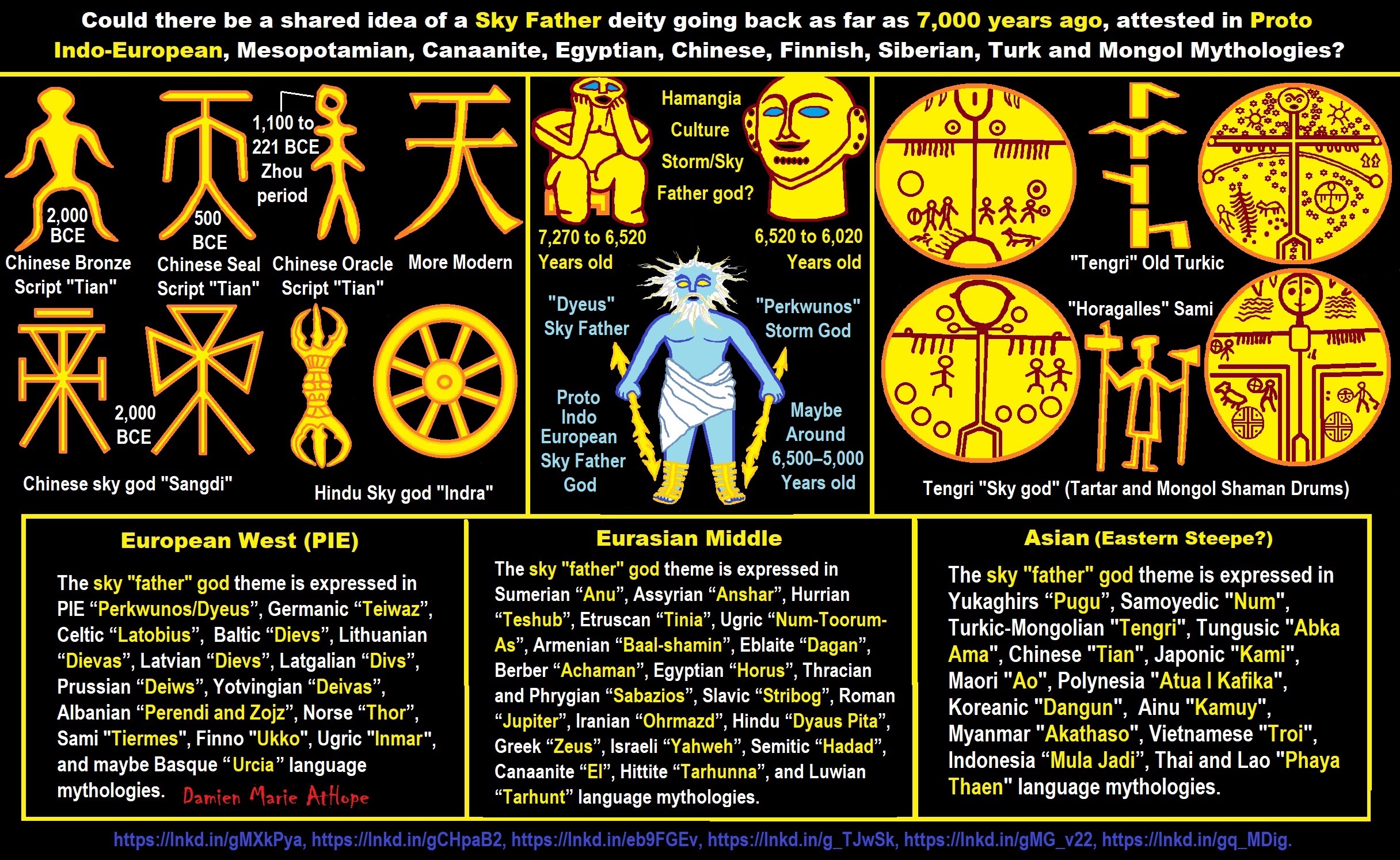
ref, ref, ref, ref, ref, ref, ref, ref, ref, ref, ref
I am, of course, referring to an arcane origin not organized beginning of non-modern capitalism, and not to Capitalism in its modern form which can be traced to the emergence of agrarian capitalism and mercantilism in the early Renaissance, in city-states like Florence, or even today.
“Capitalism is an economic system based on the private ownership of the means of production and their operation for profit.” ref
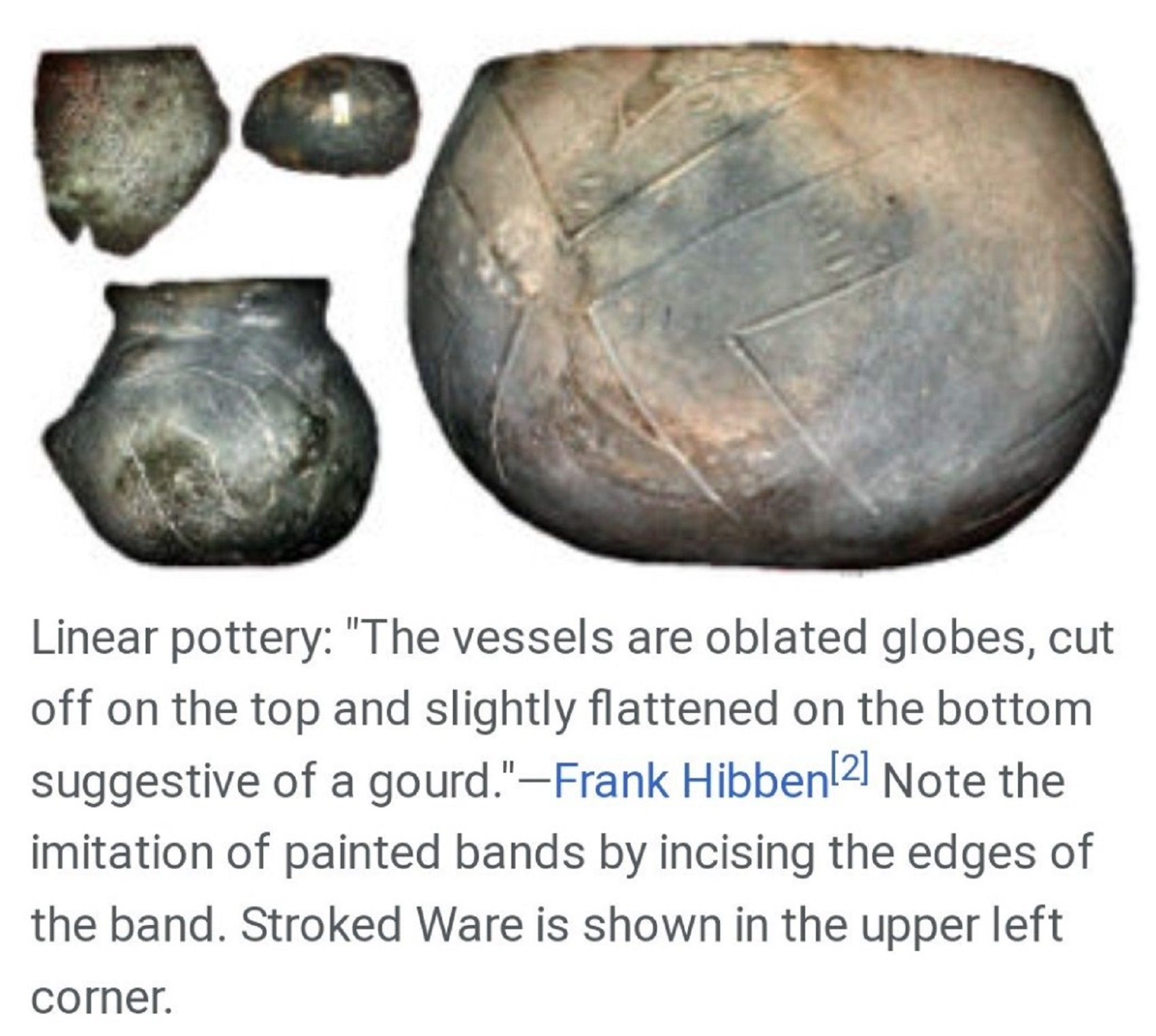
I think it was the western Linear Pottery culture LBK European Neolithic people from Turkey in Germany after they meet the North Asians so it was, to me, the mixture of violent Farmers add the violent Nomadic Warlords beliefs of the North Asians and out shit Capitalism.
“The Linear Pottery culture is a major archaeological horizon of the European Neolithic, flourishing c. 5500–4500 BCE or 7,521-6,521 years ago. It is abbreviated as LBK (from German: Linearbandkeramik), and is also known as the Linear Band Ware, Linear Ware, Linear Ceramics, or Incised Ware culture, and falls within the Danubian I culture of V. Gordon Childe.” ref
The densest evidence for the culture is on the middle Danube, the upper and middle Elbe, and the upper and middle Rhine. It represents a major event in the initial spread of agriculture in Europe. The pottery after which it was named consists of simple cups, bowls, vases, and jugs, without handles, but in a later phase with lugs or pierced lugs, bases, and necks.
“Important sites include Nitra in Slovakia; Bylany in the Czech Republic; Langweiler and Zwenkau in Germany; Brunn am Gebirge in Austria; Elsloo, Sittard, Köln-Lindenthal, Aldenhoven, Flomborn, and Rixheim on the Rhine; Lautereck and Hienheim on the upper Danube; and Rössen and Sonderhausen on the middle Elbe. In 2019, two large Rondel complexes were discovered east of the Vistula River near Toruń in Poland.” ref
“Two variants of the early Linear Pottery culture are recognized:
- The Early or Western Linear Pottery Culture developed on the middle Danube, including western Hungary, and was carried down the Rhine, Elbe, Oder, and Vistula.
- The Eastern Linear Pottery Culture flourished in eastern Hungary.” ref
“Middle and late phases are also defined. In the middle phase, the Early Linear Pottery culture intruded upon the Bug-Dniester culture and began to manufacture musical note pottery. In the late phase, the Stroked Pottery culture moved down the Vistula and Elbe.” ref
“A number of cultures ultimately replaced the Linear Pottery culture over its range, but without a one-to-one correspondence between its variants and the replacing cultures. The culture map, instead, is complex. Some of the successor cultures are the Hinkelstein, Großgartach, Rössen, Lengyel, Cucuteni-Trypillian, and Boian-Maritza cultures.” ref
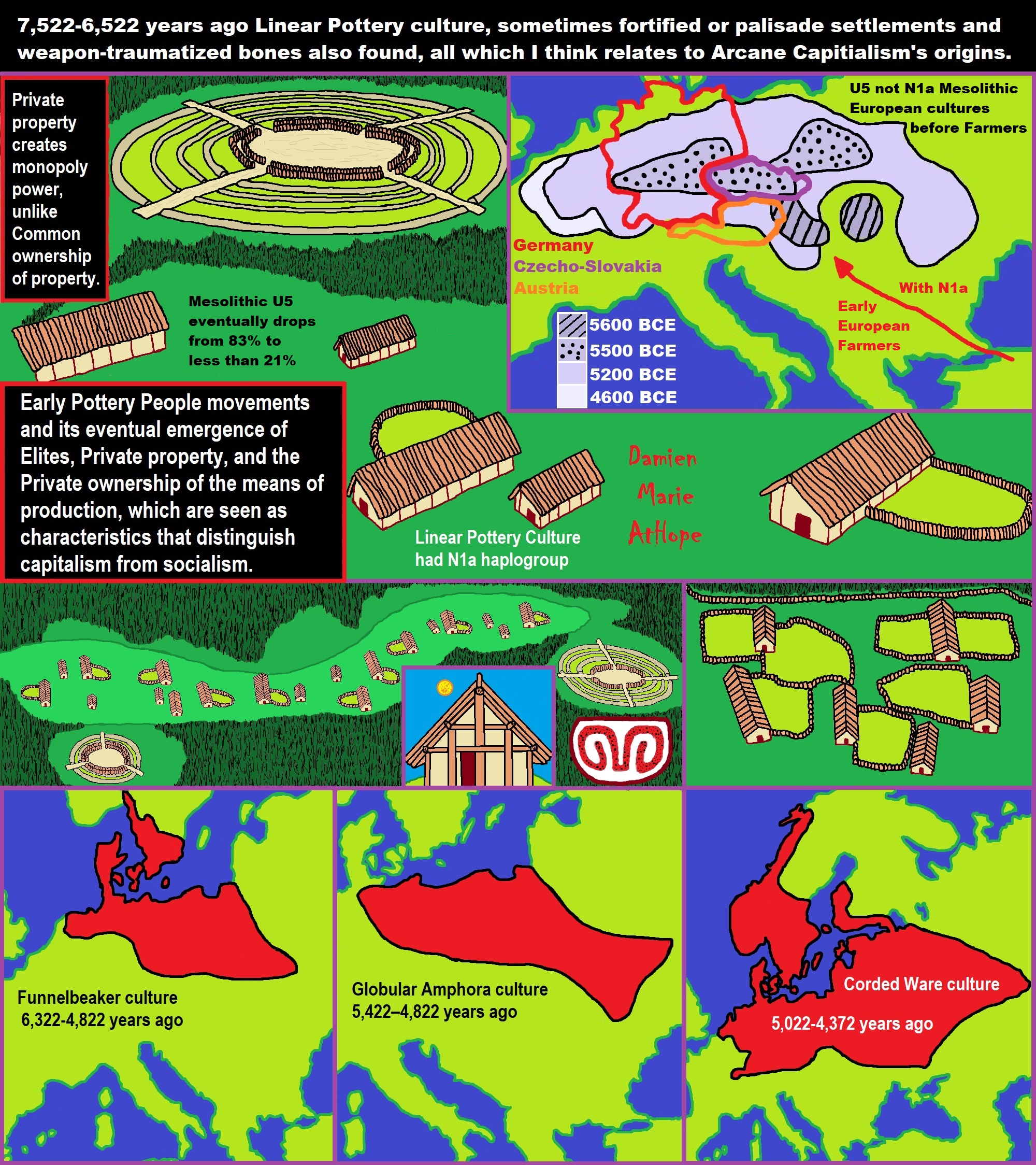
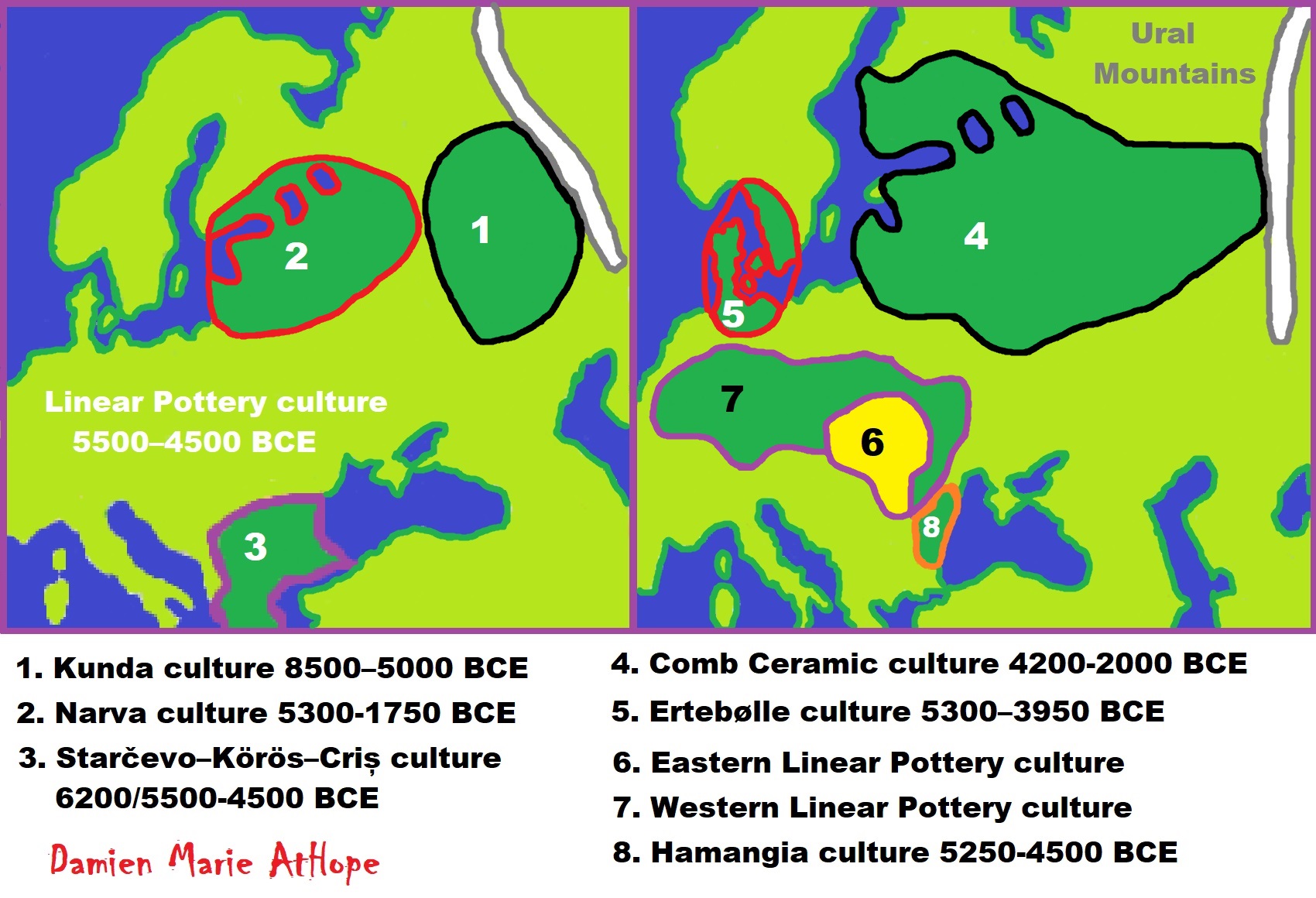
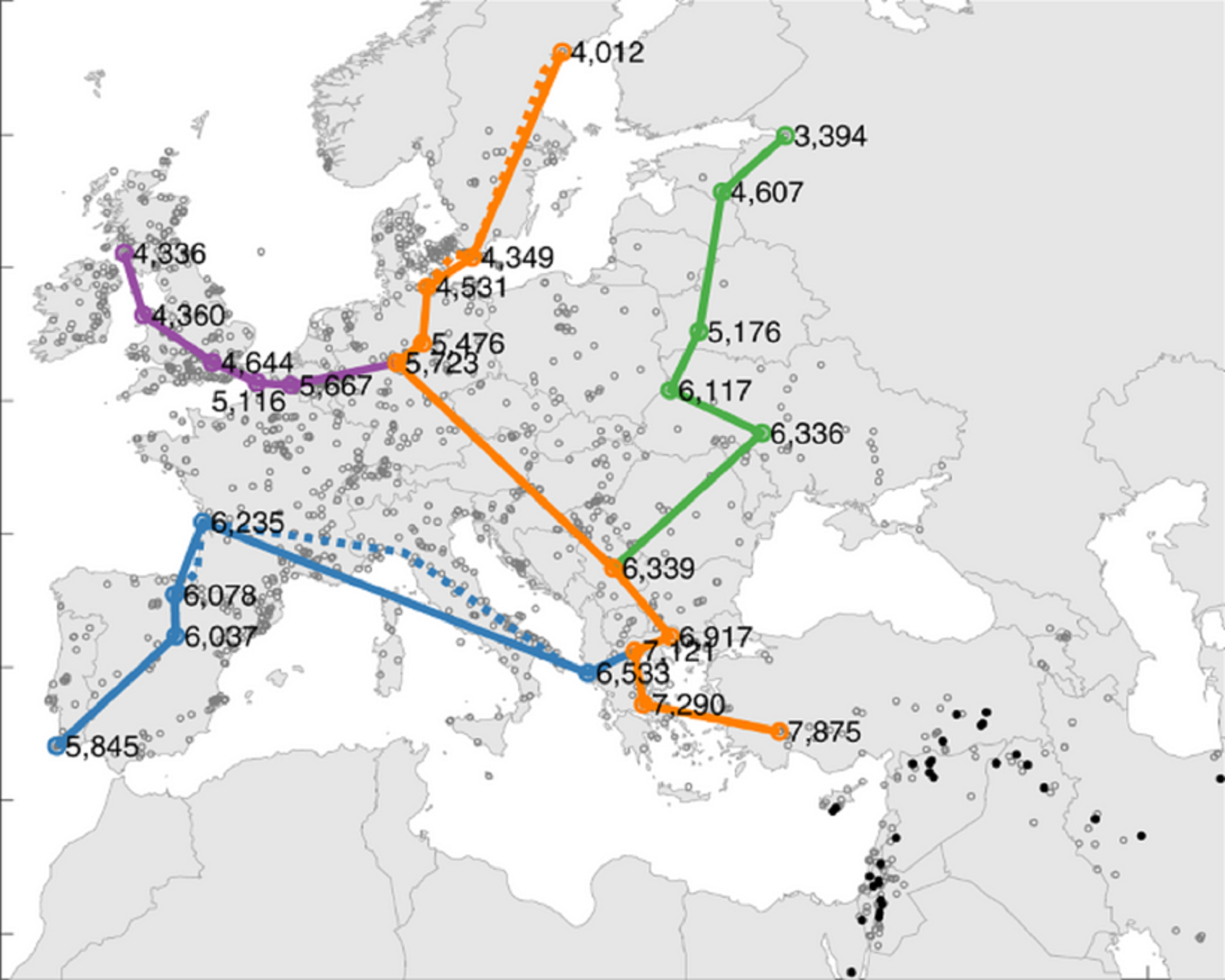
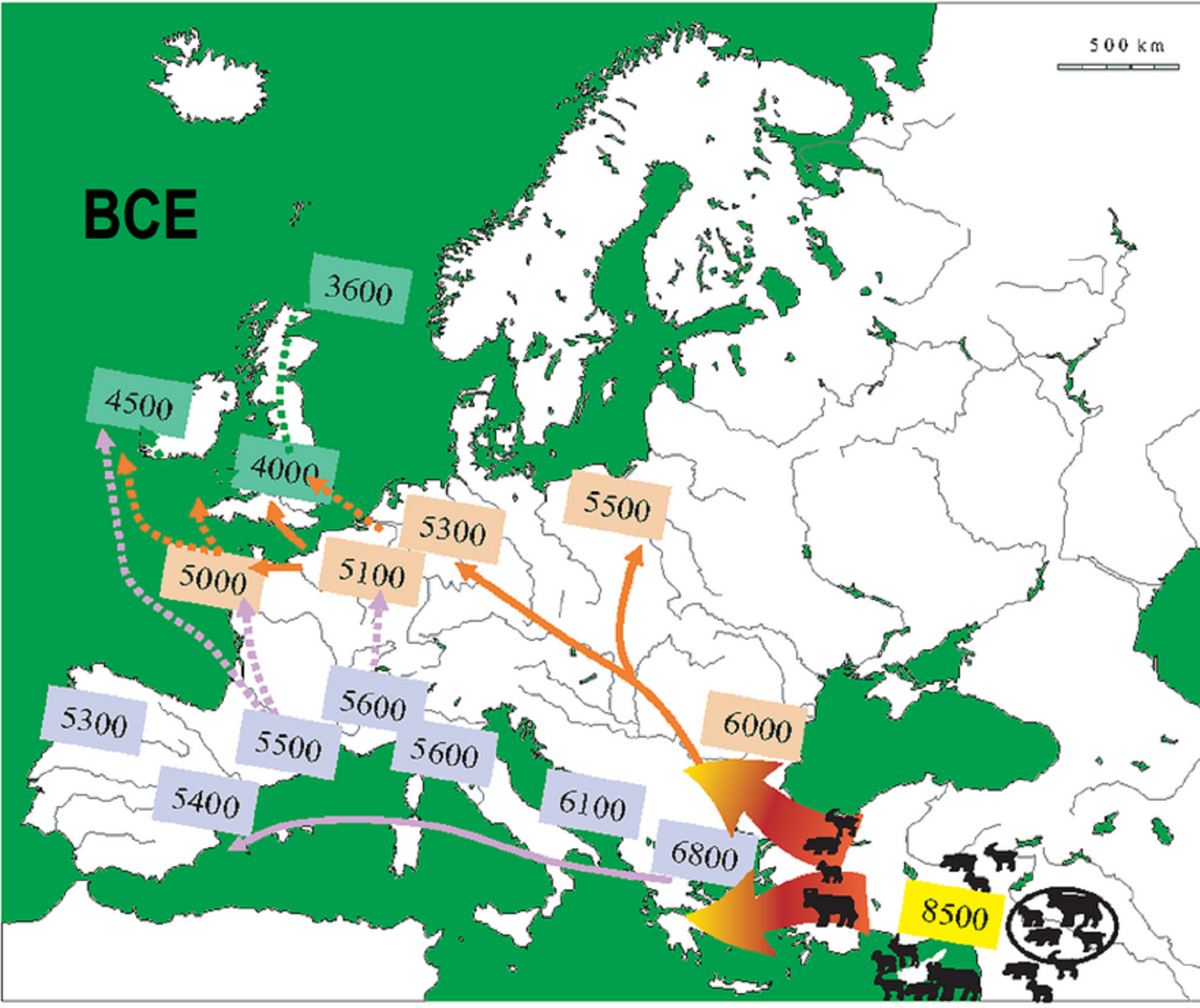
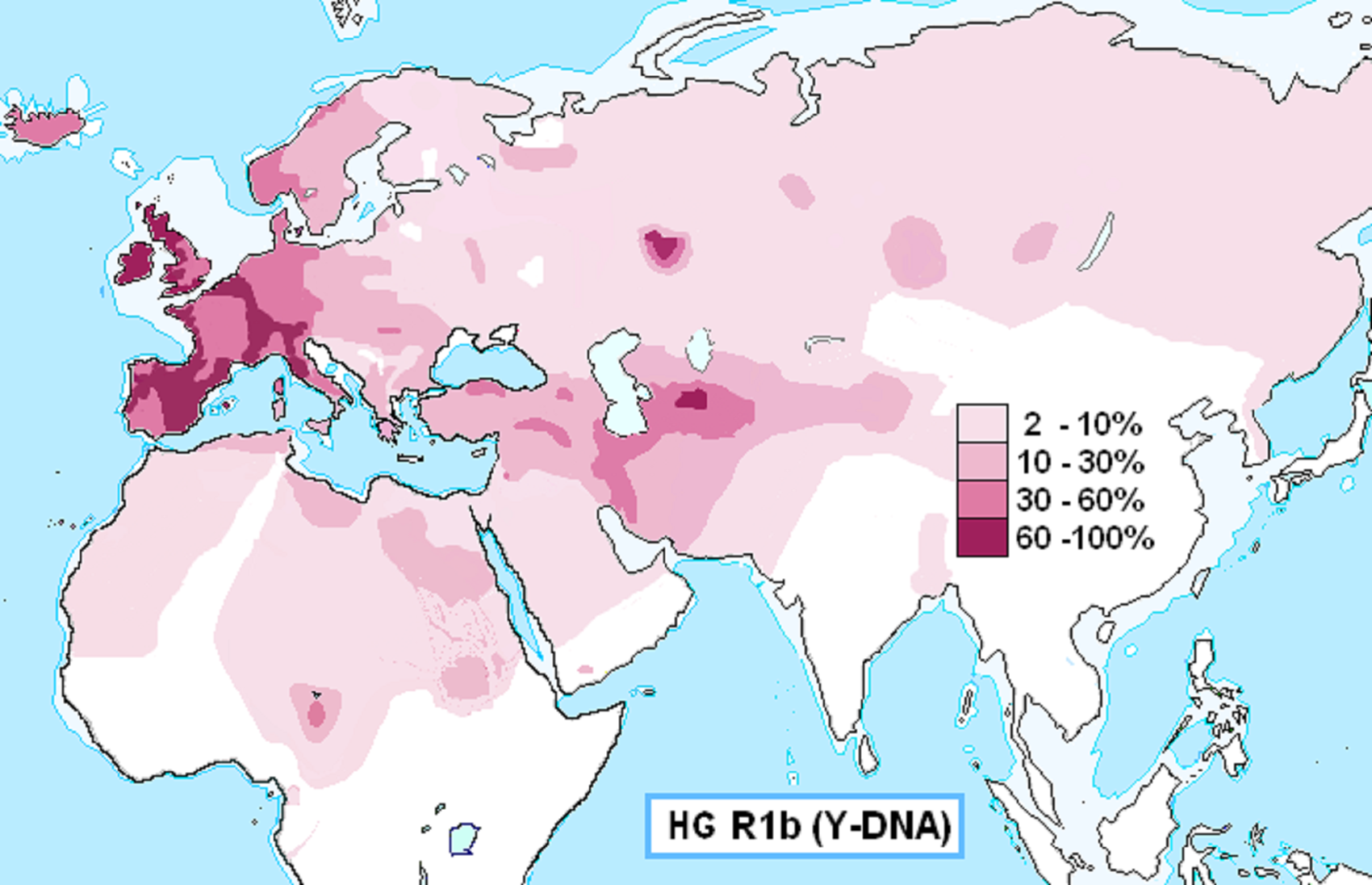
Haplogroup R1b
“Haplogroup R1b (R-M343), previously known as Hg1 and Eu18, is a human Y-chromosome haplogroup. It is the most frequently occurring paternal lineage in Western Europe, as well as some parts of Russia (e.g. the Bashkir minority) and pockets of Central Africa (e.g. parts of Chad and among the Chadic-speaking minority ethnic groups of Cameroon). The clade is also present at lower frequencies throughout Eastern Europe, Western Asia, as well as parts of North Africa and Central Asia.” ref
“R1b has two primary branches: R1b1a-L754 and R1b1b-PH155. R1b-L754 has two subclades: R1b1a1a2-M269, which predominates in Western Europe, and R1b1a2-V88, which is common in parts of Central Africa. The other branch, R1b1b-PH155, is so rare and widely dispersed that it is difficult to draw any conclusions about its origins. It has been found in Bahrain, Bhutan, Ladakh, Tajikistan, Turkey, and Western China. According to ancient DNA studies, R1a and the majority of R1b would have expanded from the Caspian Sea along with the Indo-European languages.” ref
“The age of R1 was estimated by Tatiana Karafet et al. (2008) at between 12,500 and 25,700 years ago or so, and most probably occurred about 18,500 years ago. Since the earliest known example has been dated at circa 14,000 years ago or so, and belongs to R1b1a (R-L754), R1b must have arisen relatively soon after the emergence of R1.” ref
“Early human remains found to carry R1b include:
- Villabruna 1 (individual I9030), a Western Hunter-Gatherer (WHG), found in an Epigravettian culture setting in the Cismon valley (modern Veneto, Italy), who lived circa 14000 years ago or so and belonged to R1b1a.
- Several males of the Iron Gates Mesolithic in the Balkans buried between 11200 and 8200 years ago or so carried R1b1a1a. These individuals were determined to be largely of WHG ancestry, with slight Eastern Hunter-Gatherer (EHG) admixture.
- Several males of the Mesolithic Kunda culture and Neolithic Narva culture buried in the Zvejnieki burial ground in modern-day Latvia c. 9500–6000 years ago or so carried R1b1b. These individuals were determined to be largely of WHG ancestry, with slight EHG admixture.
- Several Mesolithic and Neolithic males buried at Deriivka and Vasil’evka in modern-day Ukraine c. 9500-7000 years ago or so carried R1b1a. These individuals were largely of EHG ancestry, with significant WHG admixture.
- A WHG male buried at Ostrovul Corbuli, Romania c. 8700 years ago or so carried R1b1c.
- A male buried at Lepenski Vir, Serbia c. 8200-7900 years ago or so carried R1b1a.
- An EHG buried near Samara, Russia 7500 BP carried R1b1a1a.
- An Eneolithic male buried at Khvalynsk, Russia c. 7200-6000 years ago or so carried R1b1a.
- A Neolithic male buried at Els Trocs, Spain c. 7178-7066 years ago or so, who may have belonged to the Epi-Cardial culture, was found to be a carrier of R1b1.
- A Late Chalcolithic male buried in Smyadovo, Bulgaria c. 6500 years ago or so carried R1b1a.
- An Early Copper Age male buried in Cannas di Sotto, Carbonia, Sardinia c. 6450 years ago or so carried R1b1b2.
- A male of the Baalberge group in Central Europe buried c. 5600 years ago or so carried R1b1a.
- A male of the Botai culture in Central Asia buried c. 5500 years ago or so carried R1b1a1 (R1b-M478).
- Males of the closely related Yamnaya culture (c. 5300-4800 years ago or so) Afanasievo culture (5300-4500 years ago or so), Catacomb culture (4800-3700 years ago or so), Poltavka culture (4700-4100 years ago or so) and Bell Beaker culture (4800-3800 years ago or so) of Eurasia overwhelmingly carry R1b1a1a2a2.” ref
“R1b is a subclade within the “macro-haplogroup” K (M9), the most common group of human male lines outside of Africa. K is believed to have originated in Asia (as is the case with an even earlier ancestral haplogroup, F (F-M89). Karafet T. et al. (2014) “rapid diversification process of K-M526 likely occurred in Southeast Asia, with subsequent westward expansions of the ancestors of haplogroups R and Q. R1b subclades have also been found in Han Chinese from Shandong, Heilongjiang and Gansu provinces.” ref
“Three genetic studies in 2015 gave support to the Kurgan hypothesis of Marija Gimbutas regarding the Proto-Indo-European homeland. According to those studies, haplogroups R1b-M269 and R1a, now the most common in Europe (R1a is also common in South Asia) would have expanded from the West Eurasian Steppe, along with the Indo-European languages; they also detected an autosomal component present in modern Europeans which was not present in Neolithic Europeans, which would have been introduced with paternal lineages R1b and R1a, as well as Indo-European languages.” ref
“Analysis of ancient Y-DNA from the remains from early Neolithic Central and North European Linear Pottery culture settlements have not yet found males belonging to haplogroup R1b-M269. Olalde et al. (2017) trace the spread of haplogroup R1b-M269 in western Europe, particularly Britain, to the spread of the Beaker culture, with a sudden appearance of many R1b-M269 haplogroups in Western Europe ca. 5000–4500 years ago or so during the early Bronze Age. In the 2016 Nature article “The genetic history of Ice Age Europe.” ref
“The broader haplogroup R (M207) is a primary subclade of haplogroup P1 (M45) itself a primary branch of P (P295), which is also known as haplogroup K2b2. R-M207 is therefore a secondary branch of K2b (P331), and a direct descendant of K2 (M526). There was “an initial rapid diversification” of K-M526, according to Karafet et al. (2014), which “likely occurred in Southeast Asia, with subsequent westward expansions of the ancestors of haplogroups R and Q.” ref
“The population believed to have the highest proportion of R-M343 (xM73, M269, V88) are the Kurds of southeastern Kazakhstan with 13%. However, more recently, a large study of Y-chromosome variation in Iran, revealed R-M343 (xV88, M73, M269) as high as 4.3% among Iranian sub-populations. A compilation of previous studies regarding the distribution of R1b can be found in Cruciani et al. (2010). It is summarised in the table following. (Cruciani did not include some studies suggesting even higher frequencies of R1b1a1a2 [R-M269] in some parts of Western Europe.)” ref

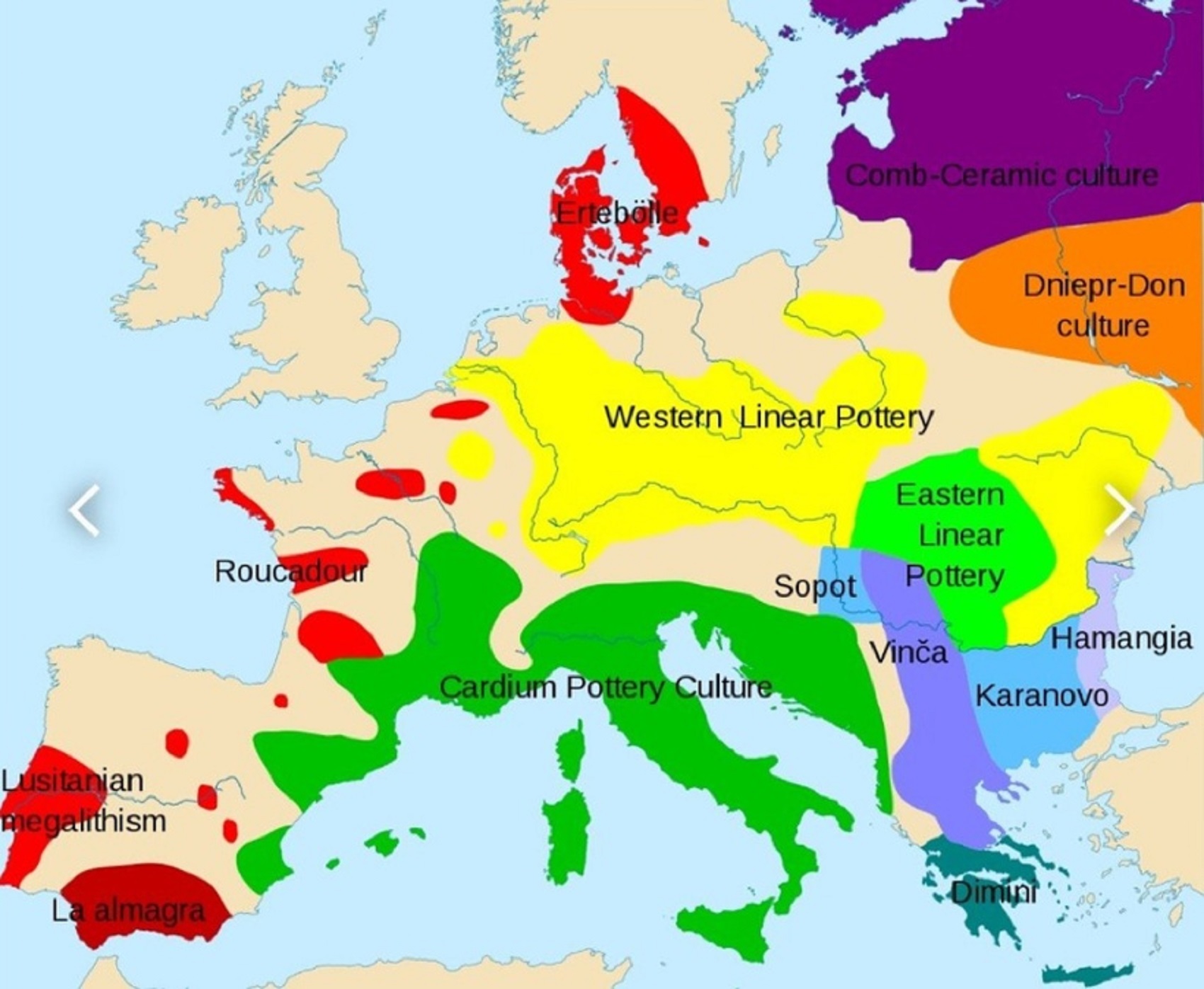
“The Linear Pottery culture is a major archaeological horizon of the European Neolithic, flourishing c. 5500–4500 BCE. It is abbreviated as LBK (from German: Linearbandkeramik), and is also known as the Linear Band Ware, Linear Ware, Linear Ceramics or Incised Ware culture, and falls within the Danubian I culture of V. Gordon Childe.” ref
“The densest evidence for the culture is on the middle Danube, the upper and middle Elbe, and the upper and middle Rhine. It represents a major event in the initial spread of agriculture in Europe. The pottery after which it was named consists of simple cups, bowls, vases, and jugs, without handles, but in a later phase with lugs or pierced lugs, bases, and necks.” ref
“Important sites include Nitra in Slovakia; Bylany in the Czech Republic; Langweiler and Zwenkau in Germany; Brunn am Gebirge in Austria; Elsloo, Sittard, Köln-Lindenthal, Aldenhoven, Flomborn, and Rixheim on the Rhine; Lautereck and Hienheim on the upper Danube; and Rössen and Sonderhausen on the middle Elbe. In 2019, two large Rondel complexes were discovered east of the Vistula River near Toruń in Poland.” ref
“Two variants of the early Linear Pottery culture are recognized:
- The Early or Western Linear Pottery Culture developed on the middle Danube, including western Hungary, and was carried down the Rhine, Elbe, Oder, and Vistula.
- The Eastern Linear Pottery Culture flourished in eastern Hungary.” ref
“Middle and late phases are also defined. In the middle phase, the Early Linear Pottery culture intruded upon the Bug-Dniester culture and began to manufacture musical note pottery. In the late phase, the Stroked Pottery culture moved down the Vistula and Elbe.” ref
“A number of cultures ultimately replaced the Linear Pottery culture over its range, but without a one-to-one correspondence between its variants and the replacing cultures. The culture map, instead, is complex. Some of the successor cultures are the Hinkelstein, Großgartach, Rössen, Lengyel, Cucuteni-Trypillian, and Boian-Maritza cultures.” ref
“Since Starčevo-Körös pottery was earlier than the LBK and was located in a contiguous food-producing region, the early investigators looked for precedents there. Much of the Starčevo-Körös pottery features decorative patterns composed of convolute bands of paint: spirals, converging bands, vertical bands, and so on. The LBK appears to imitate and often improve these convolutions with incised lines; hence the term, linear, to distinguish incised band ware from painted band ware. The name depends on specialized meanings of “linear” and “band”, whether in English or in German. Unfortunately, these words without the qualifiers do not describe the decoration. There are few bands going around the pottery and the lines are mainly not straight.” ref
“The LBK did not begin with this range and only reached it toward the end of its time. It began in regions of densest occupation on the middle Danube (Bohemia, Moravia, Hungary) and spread over about 1,500 km (930 mi) along the rivers in 360 years. The rate of expansion was therefore about 4 km (2.5 mi) per year, which can hardly be called an invasion or a wave by the standard of current events, but over archaeological time seems especially rapid.” ref
“The LBK was concentrated somewhat inland from the coastal areas; i.e., it is not evidenced in Denmark or the northern coastal strips of Germany and Poland, or the coast of the Black Sea in Romania. The northern coastal regions remained occupied by Mesolithic cultures exploiting the then rich Atlantic salmon runs. There are lighter concentrations of LBK in the Netherlands, such as at Elsloo, Netherlands, with the sites of Darion, Remicourt, Fexhe, or Waremme-Longchamps and at the mouths of the Oder and Vistula. Evidently, the Neolithics and Mesolithics were not excluding each other.” ref
“The LBK at maximum extent ranged from about the line of the Seine–Oise (Paris Basin) eastward to the line of the Dnieper, and southward to the line of the upper Danube down to the big bend. An extension ran through the Southern Bug valley, leaped to the valley of the Dniester, and swerved southward from the middle Dniester to the lower Danube in eastern Romania, east of the Carpathians.” ref
“A good many C-14 dates have been acquired on the LBK, making possible statistical analyses, which have been performed on different sample groups. One such analysis by Stadler and Lennais sets 68.2% confidence limits at about 5430–5040 BCE; that is, 68.2% of possible dates allowed by variation of the major factors that influence measurement, calculation, and calibration fall within that range. The 95.4% confidence interval is 5600–4750 BCE.” ref
“Data continue to be acquired and therefore any one analysis should be taken as a rough guideline only. Overall, it is probably safe to say that the Linear Pottery culture spanned several hundred years of continental European prehistory in the late sixth and early fifth millennia BC, with local variations. Data from Belgium indicate a late survival of LBK there, as late as 4100 BCE.” ref
“The Linear Pottery culture is not the only food-producing player on the stage of prehistoric Europe. It has been necessary, therefore, to distinguish between it and the Neolithic, which was most easily done by dividing the Neolithic of Europe into chronological phases. These have varied a great deal. An approximation is:
Early Neolithic, 6000–5500 BCE. The first appearance of food-producing cultures in the south of the future Linear Pottery culture range: the Körös of southern Hungary and the Dniester culture in Ukraine.
- Middle Neolithic, 5500–5000 BCE. Early and Middle Linear Pottery culture.
- Late Neolithic, 5000–4500 BCE. Late Linear Pottery and legacy cultures.” ref
“The last phase is no longer the end of the Neolithic. A “Final Neolithic” has been added to the transition between the Neolithic and the Bronze Age. All numbers depend to some extent on the geographic region. The pottery styles of the LBK allow some division of its window in time. Conceptual schemes have varied somewhat. One is:
- Early: The Eastern and Western LBK cultures, originating on the middle Danube
- Middle: Musical Note pottery – the incised lines of the decoration are broken or terminated by punctures, or “strokes”, giving the appearance of musical notes. The culture expanded to its maximum extent, and regional variants appeared. One variant is the late Bug-Dniester culture.
- Late: Stroked pottery – lines of punctures are substituted for the incised lines.” ref
Early or Western
“The early or earliest Western Linear Pottery culture began conventionally at 5500 BCE, possibly as early as 5700 BCE, in western Hungary, southern Germany, Austria, and the Czech Republic. It is sometimes called the Central European Linear Pottery (CELP) to distinguish it from the ALP phase of the Eastern Linear Pottery culture. In Hungarian it tends to be called DVK, Dunántúl Vonaldiszes Kerámia, translated as “Transdanubian Linear Pottery”. A number of local styles and phases of ware are defined.” ref
“The end of the early phase can be dated to its arrival in the Netherlands at about 5200 BCE. The population there was already food-producing to some extent. The early phase went on there, but meanwhile, the Music Note Pottery (Notenkopfkeramik) phase of the Middle Linear Band Pottery culture appeared in Austria at about 5200 BCE and moved eastward into Romania and the Ukraine. The late phase, or Stroked Pottery culture (Stichbandkeramik or SBK, 5000–4500 BCE) evolved in central Europe and went eastward.” ref
Eastern
“The Eastern Linear Pottery culture developed in eastern Hungary and Transylvania roughly contemporaneously with, perhaps a few hundred years after, the Transdanubian. The great plain there (Hungarian Alföld) had been occupied by the Starčevo-Körös-Criş culture of “gracile Mediterraneans” from the Balkans as early as 6100 BCE. Hertelendi and others give a reevaluated date range of 5860–5330 BCE for the Early Neolithic, 5950–5400 BCE for the Körös. The Körös Culture went as far north as the edge of the upper Tisza and stopped. North of it the Alföld plain and the Bükk Mountains were intensively occupied by Mesolithics thriving on the flint tool trade.” ref
“At around 5330 BCE, the classical Alföld culture of the LBK appeared to the north of the Körös culture and flourished until about 4940 BCE. This time also is the Middle Neolithic. The Alföld culture has been abbreviated AVK from its Hungarian name, Alföldi Vonaldíszes Kerámia, or ALP for Alföld Linear Pottery culture, the earliest variant of the Eastern Linear Pottery culture.” ref
“In one view, the AVK came “directly out of” the Körös. The brief, short-ranged Szatmár group on the northern edge of the Körös culture seems transitional. Some place it with the Körös, some with the AVK. The latter’s pottery is decorated with white painted bands with incised edges. Körös pottery was painted.” ref
“As is presented above, however, no major population movements occurred across the border. The Körös went on into a late phase in its accustomed place, 5770–5230 BCE. The late Körös is also called the Proto-Vinča, which was succeeded by the Vinča-Tordo, 5390–4960 BCE. There is no necessity to view the Körös and the AVK as closely connected. The AVK economy is somewhat different: it used cattle and swine, both of which occur wild in the region, instead of the sheep of the Balkans and Mediterranean. The percentage of wild animal bones is greater. Barley, millet, and lentils were added.” ref
“Around 5100 BCE or so, towards the end of the Middle Neolithic, the classical AVK descended into a complex of pronounced local groups called the Szakálhát-Esztár-Bükk, which flourished about 5260–4880 BCE:
- The Szakálhát group was located on the lower and middle Tisza and the Körös Rivers, taking the place of the previous Körös culture. Its pottery went on with the painted white bands and incised edge.
- The Esztár group to the north featured pottery with bands painted in dark paint.
- The Szilmeg group was located in the foothills of the Bükk Mountains.
- The Tiszadob group was located in the Sajó Valley.
- The Bükk group was located in the mountains.” ref
“These are all characterized by finely crafted and decorated ware. The entire group is considered by the majority of the sources listed in this article to have been in the LBK. Before the chronology and many of the sites were known, the Bükk was thought to be a major variant; in fact, Gimbutas at one point believed it to be identical with the Eastern Linear Pottery culture. Since 1991, the predominance of the Alföld has come to light.” ref
“The end of the Eastern Linear Pottery culture and the LBK is less certain. The Szakálhát-Esztár-Bükk descended into another Late Neolithic legacy complex, the Tisza-Hérpály-Csöszhalom, which is either not LBK or is transitional from the LBK to the Tiszapolgar, a successor culture.” ref
“The earliest theory of Linear Pottery culture origin is that it came from the Starčevo-Körös culture of Serbia and Hungary. Supporting this view is the fact that the LBK appeared earliest about 5600–5400 BCE on the middle Danube in the Starčevo range. Presumably, the expansion northwards of early Starčevo-Körös produced a local variant reaching the upper Tisza that may have well been created by contact with native epi-Paleolithic people. This small group began a new tradition of pottery, substituting engravings for the paintings of the Balkanic cultures.” ref
“A site at Brunn am Gebirge just south of Vienna seems to document the transition to LBK. The site was densely settled in a long house pattern around 5550–5200 BCE. The lower layers feature Starčevo-type plain pottery, with large number of stone tools made of material from near Lake Balaton, Hungary. Over the time frame, LBK pottery and animal husbandry increased, while the use of stone tools decreased.” ref
“A second theory proposes an autochthonous development out of the local Mesolithic cultures. Although the Starčevo-Körös entered southern Hungary about 6000 BCE and the LBK spread very rapidly, there appears to be a hiatus of up to 500 years in which a barrier seems to have been in effect.” ref
“Moreover, the cultivated species of the near and middle eastern Neolithic do not do well over the Linear Pottery culture range. And finally, the Mesolithics in the region prior to the LBK used some domestic species, such as wheat and flax. The La Hoguette culture on the northwest of the LBK range developed their own food production from native plants and animals. A third theory attributes the start of Linear Pottery to an influence from the Mesolithic cultures of the east European plain. The pottery was used in intensive food gatherings.” ref
“The rate at which it spread was no faster than the spread of the Neolithic in general. Accordingly, Dolukhanov and others postulate that an impulse from the steppe to the southeast of the barrier stimulated the Mesolithics north of it to innovate their own pottery. This view only accounts for the pottery; presumably, the Mesolithics combined it de novo with local food production, which began to spread very rapidly throughout a range that was already producing some food.” ref
“The initial LBK population theory hypothesized that the culture was spread by farmers moving up the Danube practicing slash-and-burn methods. The presence of the Mediterranean sea shell, Spondylus gaederopus, and the similarity of the pottery to gourds, which did not grow in the north, seemed to be evidence of the immigration, as does the genetic evidence cited below. The lands into which they moved were believed untenanted or too sparsely populated by hunter-gatherers to be a significant factor.” ref
“The barrier causing the hiatus mentioned above does not have an immediate geographical cause. The Körös culture ended in the middle of the Hungarian plain, and although the climate to the north is colder, the gradient is not so sharp as to form a barrier there.” ref
Genetic evidence
“In 2005, scientists successfully sequenced mtDNA coding region 15997–16409 derived from twenty-four 7,500- to 7,000-year-old human remains associated with the LBK culture. Of those remains, 22 were from locations in Germany near the Harz Mountains and the upper Rhine Valley, while one was from Austria and one from Hungary. The scientists did not reveal the detailed hypervariable segment I (HVSI) sequences for all the samples, but identified that seven of the samples belonged to H or V branch of the mtDNA phylogenetic tree, six belonged to the N1a branch, five belonged to the T branch, four belonged to the K(U8) branch, one belonged to the J branch, and one belonged to the U3 branch. All branches are extant in the current European population, although the K branch was present in roughly twice the percentages as would be found in Europe today (15% vs. 8% now.).” ref
“Comparison of the N1a HVSI sequences with sequences of living individuals found three of them to correspond with those of individuals currently living in Europe. Two of the sequences corresponded to ancestral nodes predicted to exist or to have existed on the European branch of the phylogenetic tree. One of the sequences is related to European populations, but with no apparent descendants amongst the modern population. The N1a evidence supports the notion that the descendants of LBK culture have lived in Europe for more than 7,000 years and have become an integral part of the current European population. The lack of mtDNA haplogroup U5 supports the notion that U5 at this time is uniquely associated with mesolithic European cultures.” ref
“A 2010 study of ancient DNA suggested the LBK population had affinities to modern-day populations from the Near East and Anatolia, such as an overall prevalence of G2. The study also found some unique features, such as the prevalence of the now-rare Y-haplogroup H2 and mitochondrial haplogroup frequencies.” ref
“Lipson et al. (2017} and Narasimhan et al. (2019) analyzed a large number of skeletons ascribed to the Linear Pottery Culture. Most of the Y-DNA belonged to G2a and subclades of it, some to I2 and subclades of it, besides a few samples of T1a, CT, and C1a2. The samples of mtDNA extracted were various subclades of T, H, N, U, K, J, X, HV, and V.” ref
T1a, CT, C1a2, T, N, X are all possibly North Asian related DNA to me.
Land use
“The LBK people settled on fluvial terraces and in the proximities of rivers. They were quick to identify regions of fertile loess. On it they raised a distinctive assemblage of crops and associated weeds in small plots, an economy that Gimbutas called a “garden type of civilization”. The difference between a crop and a weed in LBK contexts is the frequency. Crop foods are:
- Triticum dicoccum, emmer wheat
- Triticum monococcum, einkorn wheat
- Pisum sativum, pea
- Lens culinaris, lentil” ref
“Species that are found so rarely as to warrant classification as possible weeds are:
- Hordeum, barley
- Panicum miliaceum, broom corn millet
- Secale cereale rye
- Vicia ervilia, bitter vetch
- Vicia faba, broad or field bean” ref
“The emmer and the einkorn were sometimes grown as maslin, or mixed crops. The lower-yield einkorn predominates over emmer, which has been attributed to its better resistance to heavy rain. Hemp (Cannabis sativum) and flax (Linum usitatissimum) gave the LBK people the raw material of rope and cloth, which they no doubt manufactured at home as a cottage industry. From poppies (Papaver somniferum), introduced later from the Mediterranean, they may have manufactured palliative medicine.” ref
“The LBK people were stock-raisers, as well, with cattle favored, though goats and swine are also recorded. Like farmers today, they may have used the better grain for themselves and the lower grades for the animals. The ubiquitous dogs are present here too, but scantly. Substantial wild faunal remains are found. The LBK supplemented their diets by hunting deer and wild boar in the open forests of Europe as it was then.” ref
“Although no significant population transfers were associated with the start of the LBK, population diffusion along the wetlands of the mature civilization (about 5200 BCE) had leveled the high percentage of the rare gene sequence mentioned above by the late LBK. The population was much greater by then, a phenomenon termed the Neolithic demographic transition (NDT). According to Bocquet-Appel beginning from a stable population of “small connected groups exchanging migrants” among the “hunter-gatherers and horticulturalists,” the LBK experienced an increase in birth rate caused by a “reduction in the length of the birth interval”. The author hypothesizes a decrease in the weaning period made possible by the division of labor. At the end of the LBK, the NDT was over and the population growth disappeared due to an increase in the mortality rate, caused, the author speculates, by new pathogens passed along by increased social contact.” ref
“Investigation of the Neolithic skeletons found in the Talheim Death Pit suggests that prehistoric men from neighboring tribes were prepared to fight and kill each other in order to capture and secure women. The mass grave at Talheim in southern Germany is one of the earliest known sites in the archaeological record that shows evidence of organized violence in Early Neolithic Europe, among various LBK tribes.” ref
“The new population was sedentary up to the capacity of the land, and then the excess population moved to less-inhabited land. An in-depth GIS study by Ebersbach and Schade of an 18 km2 (6.9 sq mi) region in the wetlands region of Wetterau, Hesse, traces the land use in detail and discovers the limiting factor. In the study region, 82% of the land is suitable for agriculture, 11% for grazing (even though wetland), and 7% steep slopes. The investigators found that the LBK occupied this land for about 400 years. They began with 14 settlements, 53 houses, and 318 people, using the wetlands for cattle pasture. Settlement gradually spread over the wetlands, reaching a maximum of 47 settlements, 122 houses, and 732 people in the late period. At that time, all the available grazing land was in use.” ref
“Toward the end, the population suddenly dropped to initial levels, though much of the arable land was still available. The investigators concluded cattle were the main economic interest and available grazing land was the limiting factor in settlement. The Neolithic of the Middle East featured urban concentrations of people subsisting mainly on grain. Beef and dairy products, however, were the mainstay of LBK diet. When the grazing lands were all in use, they moved elsewhere in search of them. As the relatively brief window of the LBK falls roughly in the centre of the Atlantic climate period, a maximum of temperature and rainfall, a conclusion that the spread of wetlands at that time encouraged the growth and spreading of the LBK is to some degree justified.” ref
“The tool kit was appropriate to the economy. Flint and obsidian were the main materials used for points and cutting edges. There is no sign of metal. For example, they harvested with sickles manufactured by inserting flint blades into the inside of curved pieces of wood. One tool, the “shoe-last celt“, was made of a ground stone chisel blade tied to a handle, with shape and wear showing that they were used as adzes to fell trees and to work wood. Augers were made of flint points tied to sticks that could be rotated. Scrapers and knives are found in abundance. The use of flint pieces, or microliths, descended from the Mesolithic, while the ground stone is characteristic of the Neolithic.” ref
“These materials are evidence both of specialization of labor and commerce. The flint used came from southern Poland; the obsidian came from the Bükk and Tatra mountains. Settlements in those regions specialized in mining and manufacture. The products were exported to all the other LBK regions, which must have had something to trade. This commerce is a strong argument for an ethnic unity between the scattered pockets of the culture.” ref
Settlement patterns
“The unit of residence was the long house, a rectangular structure, 5.5 to 7.0 m (18.0 to 23.0 ft) wide, of variable length; for example, a house at Bylany was 45 m (148 ft). Outer walls were wattle-and-daub, sometimes alternating with split logs, with slanted, thatched roofs, supported by rows of poles, three across. The exterior wall of the home was solid and massive, oak posts being preferred. Clay for the daub was dug from pits near the house, which were then used for storage. Extra posts at one end may indicate a partial second story. Some LBK houses were occupied for as long as 30 years.” ref
“It is thought that these houses had no windows and only one doorway. The door was located at one end of the house. Internally, the house had one or two partitions creating up to three areas. Interpretations of the use of these areas vary. Working activities might be carried out in the better lit door end, the middle used for sleeping and eating, and the end farthest from the door could have been used for grain storage. According to another view, the interior was divided in areas for sleeping, common life, and a fenced enclosure at the back end for keeping animals.” ref
“Ditches went along part of the outer walls, especially at the enclosed end. Their purpose is not known, but they probably are not defensive works, as they were not much of a defense. More likely, the ditches collected waste water and rain water. A large house with many people and animals would have had to have a drainage system. One can conceive of a smelly end, where the animals and latrines were located, and a domestic end. Trash was regularly removed and placed in external pits. The waste-producing work, such as hide preparation and flint-working, was done outside the house.” ref
“Long houses were gathered into villages of five to eight houses, spaced about 20 m (66 ft) apart, occupying 300–1,250 acres (120–510 ha). Nearby villages formed settlement cells, some as dense as 20 per 25 km2 (9.7 sq mi), others as sparse as one per 32 km2 (12 sq mi). This structuring of settlements does not support a view that the LBK population had no social structure, or was anarchic.” ref
“However, the structure remains obscure and interpretational. One long house may have supported one extended family, but the short lifespan would have precluded more than two generations. The houses required too much labor to be the residences of single families; consequently, communal houses are postulated. Though the known facts are tantalizing, the correct social interpretation of the layout of a long house and the arrangement of villages will have to wait for clearer evidence. At least some villages were fortified for some time with a palisade and outer ditch.” ref
“Excavations at Oslonki in Poland revealed a large, fortified settlement (dating to 4300 BC, i.e., Late LBK), covering an area of 4,000 km2 (1,500 sq mi). Nearly 30 trapezoidal longhouses and over 80 graves make it one of the richest such settlements in archaeological finds from all of central Europe. The rectangular longhouses were between 7 and 45 m (23 and 148 ft) long and between 5 and 7 m (16 and 23 ft) wide. They were built of massive timber posts chinked with wattle and daub mortar.” ref
“Easy access to fresh water also would have been mandatory, which is another reason why settlements were in bottom lands near water. A number of wells from the times have been discovered, with a log-cabin type lining constructed one layer at a time as the previous layers sank into the well.” ref
“An earlier view saw the Linear Pottery culture as living a “peaceful, unfortified lifestyle”. Since then, settlements with palisades and weapon-traumatized bones have been discovered, such as at Herxheim, which, whether the site of a massacre or of a martial ritual, demonstrates, “…systematic violence between groups”. Most of the known settlements, however, left no trace of violence. In 2015 a study published in Proceedings of the National Academy of Sciences details the findings of researchers at a site near Schöneck-Kilianstädten, who “found the skeletons of 26 adults and children, who were killed by devastating strikes to the head or arrow wounds. The skull fractures are classic signs of blunt force injuries caused by basic stone age weapons.” ref
“Pottery has been found in long houses, as well as in graves. Analysis of the home pottery reveals that each house had its own tradition. The occurrence of pottery primarily in female graves indicates the women of the long house probably made the pottery; in fact, lineages have been defined. Gimbutas goes so far as to assert, “The indirect results indicate an endogamous, matrilocal residence.” ref
Linear Pottery Culture Religion?
“The early Neolithic in Europe featured burials of women and children under the floors of personal residences. Remains of adult males are missing. Probably, Neolithic culture featured sex discrimination in funerary customs, and women and children were important in ideology concerning the home.” ref
“Burials beneath the floors of homes continued until about 4000 BCE or 6,021 years ago. However, in the Balkans and central Europe, the cemetery also came into use at about 5000 BCE. LBK cemeteries contained from 20 to 200 graves arranged in groups that appear to have been based on kinship. Males and females of any age were included. Both cremation and inhumation were practiced. The inhumed were placed in a flexed position in pits lined with stones, plaster, or clay. Cemeteries were close to, but distinct from, residential areas. The presence of grave goods indicates both a sex and a dominance discrimination. Male graves included stone celts, flint implements, and money or jewelry of Spondylus shells. Female graves contained many of the same artifacts as male graves, but also most of the pottery and containers of ochre. The goods have been interpreted as gifts to the departed or personal possessions. Only about 30% of the graves have goods. This circumstance has been interpreted as some sort of distinction in dominance, but the exact nature is not known. If the goods were gifts, then some were more honored than others; if they were possessions, then some were wealthier than others. These practices are contrasted to mass graves, such as the Talheim Death Pit and the Herxheim archeological site.” ref
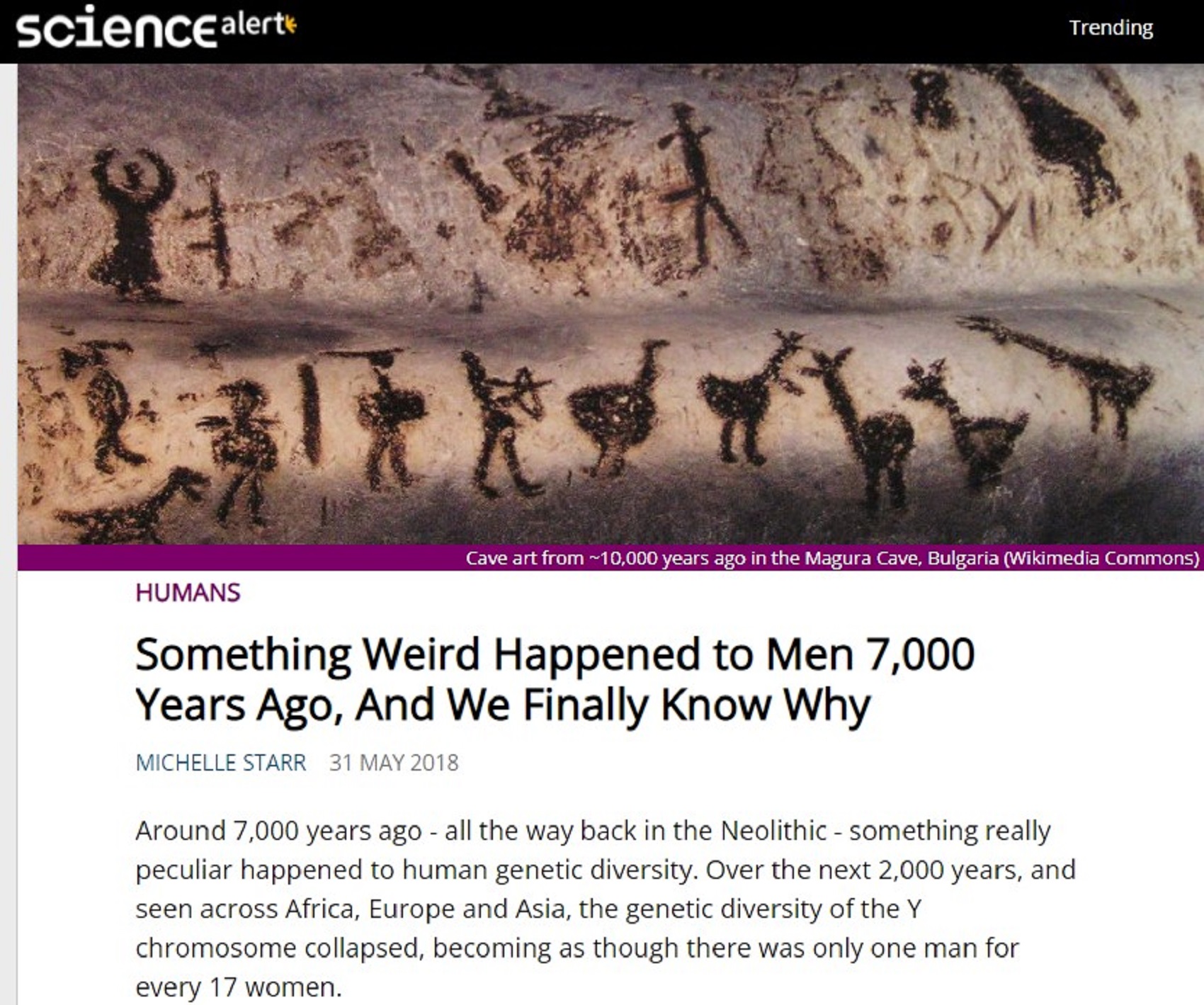
Something Weird Happened to Men 7,000 Years Ago, And We Finally Know Why
“MICHELLE STARR 31 MAY 2018 “Around 7,000 years ago – all the way back in the Neolithic – something really peculiar happened to human genetic diversity. Over the next 2,000 years, and seen across Africa, Europe and Asia, the genetic diversity of the Y chromosome collapsed, becoming as though there was only one man for every 17 women.” ref

ref, ref, ref, ref, ref, ref, ref, ref, ref, ref, ref, ref, ref, ref, ref, ref, ref, ref, ref, ref, ref
N DNA (and others, not just one DNA involved) in China when it started north was Animism but as it hit Siberia they met the totemistic shamanists and both were the same after that but they also pick up paganism as they head west. Creating paganistic shamanism with the totemism seemingly even stronger than ever as it evolved as well.
“First farmer of the Linear Pottery Culture in Neolithic Central Europe. Illustration: Karol Schauer, State Museum of Prehistory in Halle (Saale), Saxony-Anhalt, Germany.” ref
Ancient DNA Indicates Farmers, not Just Farming, Spread West: https://www.researchgate.net/publication/47812977_Ancient_DNA_Indicates_Farmers_not_Just_Farming_Spread_West
“How did farming spread to Europe, from its origins in the Middle East? Did indigenous European hunter–gatherers adopt more settled ways while largely maintaining the integrity of their population group, or did farmers from the east spread into Europe, supplanting or mixing with the indigenous population? That question remains controversial among archaeologists, anthropologists, and population geneticists, with conflicting evidence supporting each argument. In a new study in PLoS Biology, Wolfgang Haak and colleagues make a strong case for the latter view, through their analysis of DNA drawn from an ancient graveyard in modern-day Germany.” ref
“Until recently, the study of the genetics of ancient peoples relied solely on analysis of the DNA of modern populations, using their similarities and differences to make inferences about migrations and mixtures. But DNA can be preserved in ancient bones, and advances in techniques of extraction and analysis have let researchers probe those samples. In this study, the authors drew samples from 22 individuals buried in a graveyard in near the village of Derenberg in the German state of Saxony-Anhalt, about 100 miles southwest of Berlin.” ref
“The graves date from about 7,100 years ago, and the individuals in the graves were farmers from the Early Neolithic ‘‘Linear Pottery Culture’’ (abbreviated LBK), which ranged from modern-day Ukraine to France. The present study expands on the authors’ previous work on samples over a broader geographic area. The exclusive focus here on individuals from a single site provided them an opportunity to more rigorously characterize the genetic structure of a single population.” ref
“Mitochondrial DNA is the sample of choice for studies in such ancient samples because it provides many more copies for analysis than nuclear DNA. While it is possible to sequence and compare the entire mitochondrial genome, it is easier, and more common, to focus on and compare ‘‘haplotypes’’—defining DNA segments. The existence of the same haplotype in individuals from two regions suggests they share a common ancestor.” ref
“The authors compared mitochondrial haplotypes from the LBK farmers to modern individuals from 36 regions across Eurasia. Nine modern population pools had mitochondrial DNA that was closely affiliated with the LBK population. Three, from central Europe, were no surprise, since the LBK culture is believed to have arisen there.” ref
“At least one other, from England, may represent a statistical anomaly rather than a true link to historical origins. But four others link the LBK culture to populations in modern-day Turkey, Syria, Iraq, and other regions in the Near East. The authors checked their results in a variety of ways using a range of models, all with the same result. They also analyzed Y chromosome DNA, and, while the data were not as conclusive, these results also supported the mitochondrial analysis.” ref
“Together, they appear to indicate that the ancient movement of peoples, not just their cultures, brought agriculture to Europe. The indigenous hunter–gatherer population, which had itself colonized Europe following the retreat of the last glaciers, likely did not die out as the farmers moved in; instead, they mingled with them, creating the mixed DNA found in the individuals from the graveyard.” ref
“The data even suggest a route of migration from the East. If the degree of genetic dissimilarity between groups is taken as a marker of time since they diverged, the migrants appear to have traveled west across Anatolia and the Balkans, then northward along the Danube via the fertile Carpathian Basin into central Europe, following, during their centuries-long migration, both the geography and the fertility of the land.” ref
“The authors acknowledge that theirs is unlikely to be the last word on this subject; the puzzle of human movements over thousands of years is too complex to be neatly solved with one study. Instead, more data from other ancient sites, both in Europe and the Near East, will be needed to better understand how patterns of migration aided the spread of agriculture from east to west.” ref
“Haak W, Balanovsky O, Sanchez JJ, Koshel S, Zaporozhchenko V, et al. (2010) Ancient DNA from European Early Neolithic Farmers Reveals Their Near Eastern Affinities. doi:10.1371/journal.pbio.1000536” ref
LIVING CHANGES
“Sedentism, agriculture, population growth, settlement, possession, property, inheritance, hierarchy, dominance – strong keywords characterize the Neolithic era. In Central Germany, the fundamental step towards a sedentary, farming, and stockbreeding society took place around 7,500 to 7,000 years ago. Immigrants from the south-east European Danube region brought the new concept of life to central Europe. In their luggage, they had revolutionary innovations such as seeds, livestock, house building, ceramics, textiles, and stone grinding, but also new ideas, customs, and beliefs.” ref
“The origin of this upheaval, known as ›neolithisation‹, can be found around 11,000 years ago in the Near East. The new way of life led to an increase in population, the people ultimately set out as pioneer farmers in search of new land and turned towards central Europe. The hunters and gatherers of central Europe, who had hitherto been indigenous to the region, mostly withdrew to northern regions, some of them adopting the new lifestyle much later.” ref
“The newcomers from the south-east laid the foundations for our current way of life: permanent settlements with massive longhouses were built near fields. Land was declared property and the first armed conflicts emerged. The great spiral of innovation and growth began to turn and reached a first climax in the 4th millennium BCE.” ref
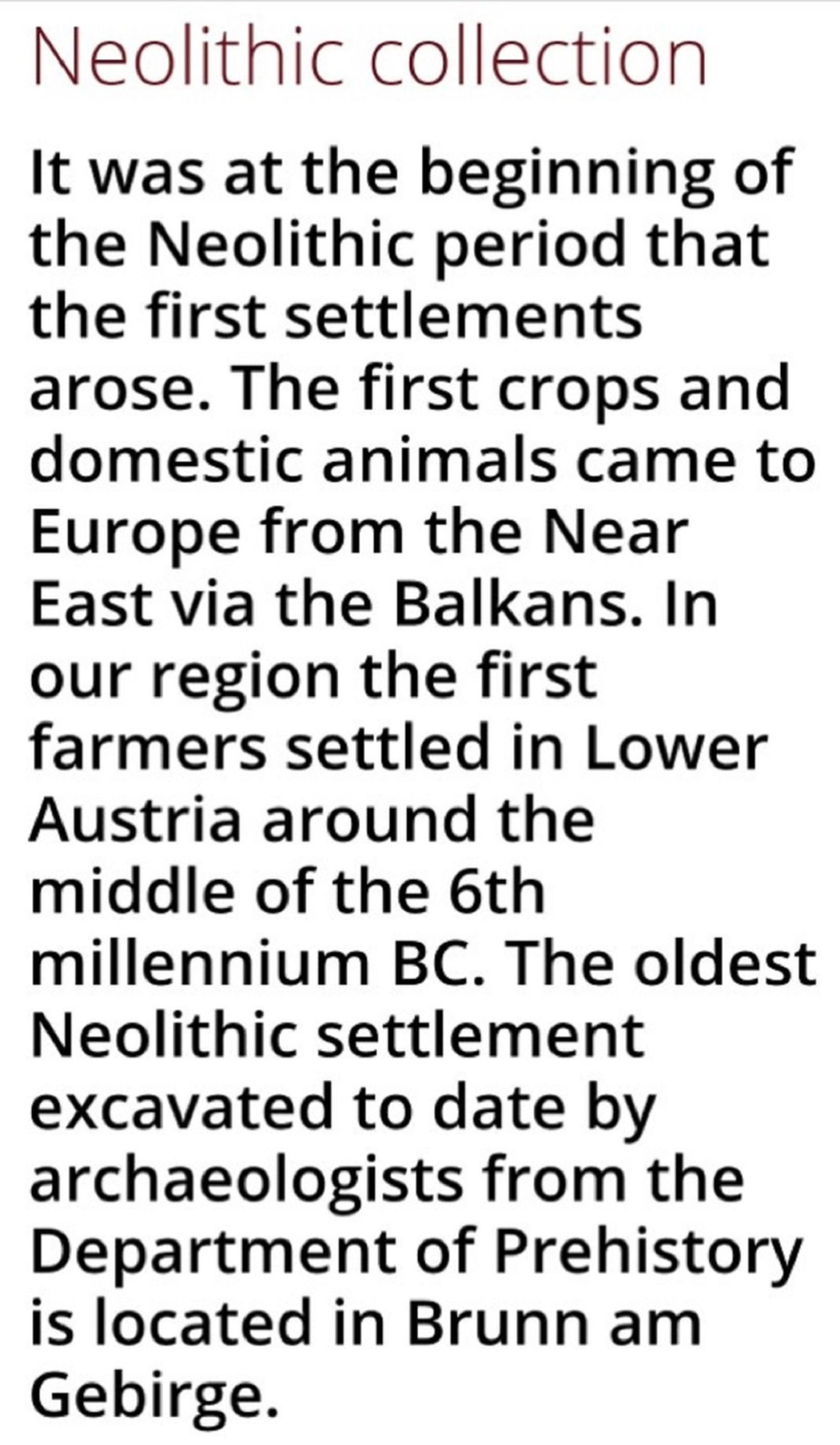

Copper Age History: https://study.com/academy/lesson/copper-age-history.html
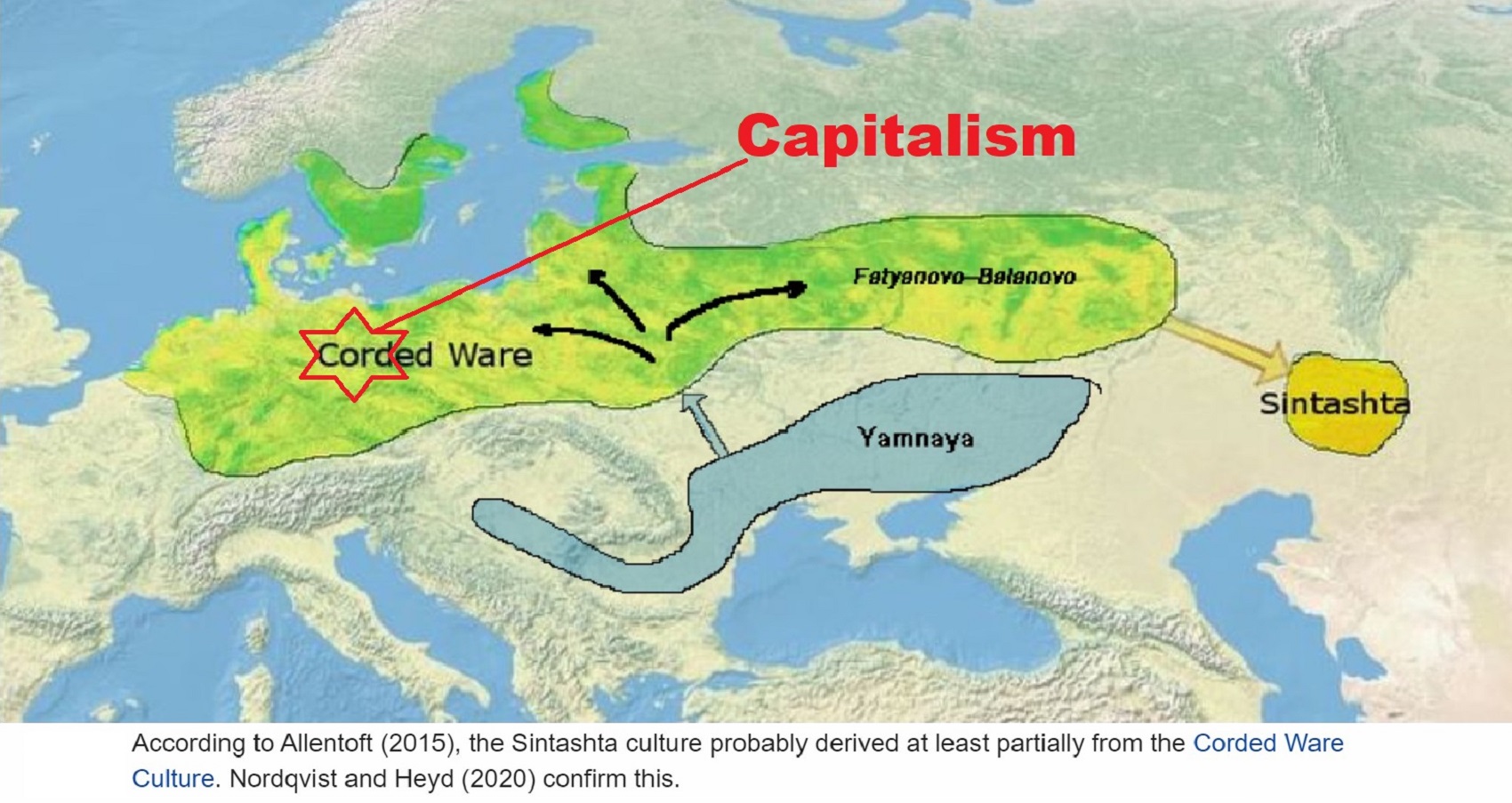
“The Corded Ware culture comprises a broad archaeological horizon of Europe between ca. 2900 – 2350 BCE or 4,921-4,371 years ago, thus from the late Neolithic, through the Copper Age, and ending in the early Bronze Age. Corded Ware culture encompassed a vast area, from the contact zone between the Yamnaya culture and the Corded ware culture in southern Central Europe, to the Rhine on the west and the Volga in the east, occupying parts of Northern Europe, Central Europe, and Eastern Europe. The Corded Ware culture is thought to have originated from the westward migration of Yamnaya-related people from the steppe-forest zone into the territory of late Neolithic European cultures such as the Globular Amphora and Funnelbeaker cultures, and is considered to be a likely vector for the spread of some or all of the core Indo-European languages, excluding the Anatolian languages and Tocharian.” ref
“Corded Ware encompassed most of continental northern Europe from the Rhine on the west to the Volga in the east, including most of modern-day Germany, the Netherlands, Denmark, Poland, Lithuania, Latvia, Estonia, Belarus, Czech Republic, Austria, Hungary, Slovakia, Switzerland, northwestern Romania, northern Ukraine, and the European part of Russia, as well as coastal Norway and the southern portions of Sweden and Finland. In the Late Eneolithic/Early Bronze Age, it encompassed the territory of nearly the entire Balkan Peninsula, where Corded Ware mixed with other steppe elements.” ref
“Archaeologists note that Corded Ware was not a “unified culture,” as Corded Ware groups inhabiting a vast geographical area from the Rhine to Volga seem to have regionally specific subsistence strategies and economies. There are differences in the material culture and in settlements and society. At the same time, they had several shared elements that are characteristic of all Corded Ware groups, such as their burial practices, pottery with “cord” decoration, and unique stone-axes.” ref
“The contemporary Beaker culture overlapped with the western extremity of this culture, west of the Elbe, and may have contributed to the pan-European spread of that culture. Although a similar social organization and settlement pattern to the Beaker were adopted, the Corded Ware group lacked the new refinements made possible through trade and communication by sea and rivers.” ref
“The origins and dispersal of Corded Ware culture is one of the pivotal unresolved issues of the Indo-European Urheimat problem, and there is a stark division between archaeologists regarding the origins of Corded Ware. The Corded Ware culture has long been regarded as Indo-European, with archaeologists seeing an influence from nomadic pastoral societies of the steppes. Alternatively, some archaeologists believed it developed independently in central Europe.” ref
“The Corded Ware culture was once presumed to be the Urheimat of the Proto-Indo-Europeans based on their possession of the horse and wheeled vehicles, apparent warlike propensities, wide area of distribution, and rapid intrusive expansion at the assumed time of the dispersal of Indo-European languages. Today this specific idea has lost currency, as the steppe hypothesis is currently the most widely accepted proposal to explain the origins and spread of the Indo-European languages.” ref
“Recent genetics studies suggest that the people of the Corded Ware culture share significant levels of ancestry with Yamnaya as a consequence of a supposed “massive migration” from the Pontic-Caspian steppe, and the people of both cultures may be directly descended from a genetically similar pre-Yamnaya population. Goldberg et al. (2016) found that Neolithic farming migration into Europe “was driven by mass migration of both males and females in roughly equal numbers, perhaps whole families”, while Bronze Age Pontic steppe “migration and cultural shift were instead driven by male migration, potentially connected to new technology and conquest.” ref
“Kristiansen et al. (2017) theorise that the Corded Ware culture originated from male Yamnaya pastoralists, or a closely related population, migrating northwards, and marrying local farmer woman, who contributed specific farmer aspects to their culture, which transformed into the Corded ware culture. This culture was carried further into Europe by their offspring. Archaeologists such as Furholt and Heyd, however, continue to emphasize the differences both between and within the material cultures of these two groups, as well as emphasizing the problems of over-simplifying these long-term social processes.” ref
“The Middle Dnieper culture forms a bridge between the Yamnaya culture and the Corded ware culture. From the Middle Dnieper culture the Corded Ware culture spread both west and east. The eastward migration gave rise to the Fatyanova culture which had a formative influence on the Abashevo culture, which in turn contributed to the proto-Indo-Iranian Sintashta culture. Its wide area of distribution indicates rapid expansion at the assumed time of the dispersal of the core (excluding Anatolian and Tocharian) Indo-European languages. In a number of regions Corded Ware appears to herald a new culture and physical type. On most of the immense, continental expanse that it covered, the culture was clearly intrusive, and therefore represents one of the most impressive and revolutionary cultural changes attested by archaeology.” ref
Independent development
“In favor of the view that the culture developed independently was the fact that Corded Ware coincides considerably with the earlier north-central European Funnelbeaker culture (TRB). According to Gimbutas, the Corded Ware culture was preceded by the Globular Amphora culture (3400–2800 BCE), which she regarded to be an Indo-European culture. The Globular Amphora culture stretched from central Europe to the Baltic sea, and emerged from the Funnelbeaker culture.” ref
“According to controversial radiocarbon dates, Corded Ware ceramic forms in single graves develop earlier in the area that is now Poland than in western and southern Central Europe. The earliest radiocarbon dates for Corded Ware indeed come from Kujawy and Lesser Poland in central and southern Poland and point to the period around 3000 BCE.” ref
“However, subsequent review has challenged this perspective, instead pointing out that the wide variation in dating of the Corded Ware, especially the dating of the culture’s beginning, is based on individual outlier graves, is not particularly in line with other archaeological data and runs afoul of plateaus in the radiocarbon calibration curve; in the one case where the dating can be clarified with dendrochronology, in Switzerland, Corded Ware is found for only a short period from 2750 BCE to 2400 BCE.” ref
“Furthermore, because the short period in Switzerland seems to represent examples of artifacts from all the major sub-periods of the Corded Ware culture elsewhere, some researchers conclude that Corded Ware appeared more or less simultaneously throughout North Central Europe approximately in the early 29th century BCE (around 2900 BCE), in a number of “centers” which subsequently formed their own local networks. Carbon-14 dating of the remaining central European regions shows that Corded Ware appeared after 2880 BCE. According to this theory, it spread to the Lüneburg Heath and then further to the North European Plain, Rhineland, Switzerland, Scandinavia, the Baltic region, and Russia to Moscow, where the culture met with the pastoralists considered indigenous to the steppes.” ref
Corded Ware Subgroups
Middle Dnieper culture
Main articles: Middle Dnieper culture, Fatyanovo–Balanovo culture, and Abashevo culture
“The Middle Dnieper culture is a formative early expression of the Corded Ware culture. It has very scant remains, but occupies the easiest route into Central and Northern Europe from the steppe.” ref
Fatyanovo–Balanovo culture
Main articles: Fatyanovo–Balanovo culture and Abashevo culture
See also: Indo-Aryan migrations
“The Middle Dnieper culture and the Eastern Baltic Corded Ware culture gave rise to the Fatyanovo–Balanovo culture on the upper Volga, which in turn contributed to the Abashevo culture, a predecessor of the proto-Indo-Iranian Sintashta culture.” ref
“The Fatyanovo–Balanovo culture may have been a culture with an Indo-European superstratum over a Uralic substratum, and may account for some of the linguistic borrowings identified in the Indo-Uralic thesis. However, according to Häkkinen, the Uralic–Indo-European contacts only start in the Corded Ware period and the Uralic expansion into the Upper Volga region postdates it. Häkkinen accepts Fatyanovo-Balanovo as an early Indo-European culture, but maintains that their substratum (identified with the Volosovo culture) was neither Uralic nor Indo-European. Genetics seems to support Häkkinen.” ref
Schnurkeramikkultur
“The prototypal Corded Ware culture, German Schnurkeramikkultur, is found in Central Europe, mainly Germany and Poland, and refers to the characteristic pottery of the era: twisted cord was impressed into the wet clay to create various decorative patterns and motifs. It is known mostly from its burials, and both sexes received the characteristic cord-decorated pottery. Whether made of flax or hemp, they had rope.” ref
Single Grave culture
“The Single Grave term refers to a series of late Neolithic communities of the 3rd millennium BCE living in southern Scandinavia, Northern Germany, and the Low Countries that share the practice of single burial, the deceased usually being accompanied by a battle-axe, amber beads, and pottery vessels.” ref
“The term Single Grave culture was first introduced by the Danish archaeologist Andreas Peter Madsen in the late 1800s. He found Single Graves to be quite different from the already known dolmens, long barrows, and passage graves. In 1898, archaeologist Sophus Müller was first to present a migration-hypothesis stating that previously known dolmens, long barrows, passage graves, and newly discovered single graves may represent two completely different groups of people, stating “Single graves are traces of new, from the south coming tribes.” ref
“The cultural emphasis on drinking equipment already characteristic of the early indigenous Funnelbeaker culture, synthesized with newly arrived Corded Ware traditions. Especially in the west (Scandinavia and northern Germany), the drinking vessels have a protruding foot and define the Protruding-Foot Beaker culture (PFB) as a subset of the Single Grave culture. The Beaker culture has been proposed to derive from this specific branch of the Corded Ware culture.” ref
Scandinavian Battle Axe culture
“The Danish-Swedish-Norwegian Battle Axe culture, or the Boat Axe culture, appeared ca. 2800 BCE and is known from about 3,000 graves from Scania to Uppland and Trøndelag. The “battle-axes” were primarily a status object. There are strong continuities in stone craft traditions, and very little evidence of any type of full-scale migration, least of all a violent one. The old ways were discontinued as the corresponding cultures on the continent changed, and the farmers living in Scandinavia took part in a few of those changes since they belonged to the same network. Settlements on small, separate farmsteads without any defensive protection is also a strong argument against the people living there being aggressors.” ref
“About 3000 battle axes have been found, in sites distributed over all of Scandinavia, but they are sparse in Norrland and northern Norway. Less than 100 settlements are known, and their remains are negligible as they are located on continually used farmland, and have consequently been plowed away. Einar Østmo reports sites inside the Arctic Circle in the Lofoten, and as far north as the present city of Tromsø.” ref
“The Swedish-Norwegian Battle Axe culture was based on the same agricultural practices as the previous Funnelbeaker culture, but the appearance of metal changed the social system. This is marked by the fact that the Funnelbeaker culture had collective megalithic graves with a great deal of sacrifices to the graves, but the Battle Axe culture has individual graves with individual sacrifices.” ref
“A new aspect was given to the culture in 1993, when a death house in Turinge, in Södermanland was excavated. Along the once heavily timbered walls were found the remains of about twenty clay vessels, six work axes, and a battle axe, which all came from the last period of the culture. There were also the cremated remains of at least six people. This is the earliest find of cremation in Scandinavia and it shows close contacts with Central Europe.” ref
“In the context of the entry of Germanic into the region, Einar Østmo emphasizes that the Atlantic and North Sea coastal regions of Scandinavia, and the circum-Baltic areas were united by a vigorous maritime economy, permitting a far wider geographical spread and a closer cultural unity than interior continental cultures could attain. He points to the widely disseminated number of rock carvings assigned to this era, which display “thousands” of ships. To seafaring cultures like this one, the sea is a highway and not a divider.” ref
Finnish Battle Axe culture
“The Finnish Battle Axe culture was a mixed cattle-breeder and hunter-gatherer culture, and one of the few in this horizon to provide rich finds from settlements.” ref
Economy
“There are very few discovered settlements, which led to the traditional view of this culture as exclusively nomadic pastoralists, similar to that of the Yamnaya culture, and the reconstructed culture of the Indo-Europeans as inferred from philology. However, this view was modified, as some evidence of sedentary farming emerged. Traces of emmer, common wheat, and barley were found at a Corded Ware site at Bronocice in south-east Poland. Wheeled vehicles (presumably drawn by oxen) are in evidence, a continuation from the Funnelbeaker culture era.” ref
“Cows’ milk was used systematically from 3400 BCE onwards in the northern Alpine foreland. Sheep were kept more frequently in the western part of Switzerland due to the stronger Mediterranean influence. Changes in slaughter age and animal size are possibly evidence for sheep being kept for their wool at Corded Ware sites in this region.” ref
Graves
“Burial occurred in flat graves or below small tumuli in a flexed position; on the continent, males lay on their right side, females on the left, with the faces of both oriented to the south. However, in Sweden and also parts of northern Poland the graves were oriented north-south, men lay on their left side and women on the right side – both facing east. Originally, there was probably a wooden construction, since the graves are often positioned in a line. This is in contrast with practices in Denmark where the dead were buried below small mounds with a vertical stratigraphy: the oldest below the ground, the second above this grave, and occasionally even a third burial above those. Other types of burials are the niche-graves of Poland.” ref
“Grave goods for men typically included a stone battle axe. Pottery in the shape of beakers and other types are the most common burial gifts, generally speaking. These were often decorated with cord, sometimes with incisions and other types of impressions. The approximately contemporary Beaker culture had similar burial traditions, and together they covered most of Western and Central Europe. The Beaker culture originated around 2800 BCE in the Iberian Peninsula and subsequently extended into Central Europe, where it partly coexisted with the Corded Ware region.” ref
“In April 2011, it was reported that an untypical Corded Ware burial had been discovered in a suburb of Prague. The remains, believed to be male, were orientated in the same way as women’s burials and were not accompanied by any gender-specific grave goods. Based on this, and the importance usually attached to funeral rites by people from this period, the archaeologists suggested that this was unlikely to be accidental, and conclude that it was likely that this individual “was a man with a different sexual orientation, homosexual or transsexual”, while media reports heralded the discovery of the world’s first “gay caveman.” ref
“Archaeologists and biological anthropologists criticised media coverage as sensationalist. “If this burial represents a transgendered [sic] individual (as well it could), that doesn’t necessarily mean the person had a ‘different sexual orientation’ and certainly doesn’t mean that he would have considered himself (or that his culture would have considered him) ‘homosexual,'” anthropologist Kristina Killgrove commented. Other items of criticism were that someone buried in the Copper Age was not a “caveman” and that identifying the sex of skeletal remains is difficult and inexact. Turek notes that there are several examples of Corded Ware graves containing older biological males with typically female grave goods and body orientation. He suggests that “aged men may have decided to ‘retire’ as women for symbolic and practical reasons.” A detailed account of the burial has not yet appeared in scientific literature.” ref
Role in spreading the Indo-European languages
“The Corded Ware culture may have played a central role in the spread of the Indo-European languages in Europe during the Copper and Bronze Ages. According to Mallory (1999), the Corded Ware culture may have been “the common prehistoric ancestor of the later Celtic, Germanic, Baltic, Slavic, and possibly some of the Indo-European languages of Italy.” Yet, Mallory (1999) also notes that the Corded Ware can not account for Greek, Illyrian, Thracian and East Italic, which may be derived from Southeast Europe. Mallory (2013) proposes that the Beaker culture was associated with a European branch of Indo-European dialects, termed “North-west Indo-European”, spreading northwards from the Alpine regions and ancestral to not only Celtic but equally Italic, Germanic, and Balto-Slavic.” ref
“According to Anthony (2007), the Corded Ware horizon may have introduced Germanic, Baltic and Slavic into northern Europe. According to Anthony, the Pre-Germanic dialects may have developed in the Usatovo culture in south-eastern Central Europe between the Dniestr and the Vistula between c. 3,100 and 2,800 BCE, and spread with the Corded Ware culture. Between 3100 and 2800/2600 BCE, a real folk migration of Proto-Indo-European speakers from the Yamnaya culture took place into the Danube Valley, which eventually reached as far as Hungary, where pre-Celtic and pre-Italic may have developed. Slavic and Baltic developed at the middle Dniepr (present-day Ukraine).” ref
“Haak et al. (2015) envision a migration from the Yamnaya culture into Germany. Allentoft et al. (2015) envision a migration from the Yamnaya culture towards north-western Europe via Central Europe, and towards the Baltic area and the eastern periphery of the Corded Ware culture via the territory of present-day Ukraine, Belarus, and Russia.” ref
Theoretical explanation: language shift
“According to Gimbutas‘ original theory, the process of “Indo-Europeanization” of Corded Ware (and, later, the rest of Europe) was essentially a cultural transformation, not one of physical type. The Yamnaya migration from Eastern to Central and Western Europe is understood by Gimbutas as a military victory, resulting in the Yamnaya imposing a new administrative system, language, and religion upon the indigenous groups. The Old Europeans (indigenous groups) had neither a warrior class nor horses, and lived in (probably) theocratic monarchies presided over by a queen-priestess in relatively egalitarian societies, in contrast with the social structure of the Yamnaya-derived cultures that followed them.” ref
“David Anthony (2007), in his “revised Steppe hypothesis” proposes that the spread of the Indo-European languages probably did not happen through “chain-type folk migrations,” but by the introduction of these languages by ritual and political elites, which were emulated by large groups of people, a process which he calls “elite recruitment”. Yet, in supplementary information to Haak et al. (2015) Anthony, together with Lazaridis, Haak, Patterson, and Reich, notes that the mass migration of Yamnaya people to northern Europe shows that “the Steppe hypothesis does not require elite dominance to have transmitted Indo-European languages into Europe. Instead, our results show that the languages could have been introduced simply by strength of numbers: via major migration in which both sexes participated.” ref
“Linguist Guus Kroonen points out that speakers of Indo-European languages encountered existing populations in Europe that spoke unrelated, non-Indo-European languages when they migrated further into Europe from the Yamnaya culture’s steppe zone at the margin of Europe. He focuses on both the effects on Indo-European languages that resulted from this contact and investigation of the pre-existing languages. Relatively little is known about the Pre-Indo-European linguistic landscape of Europe, except for Basque, as the “Indo-Europeanization” of Europe caused a largely unrecorded, massive linguistic extinction event, most likely through language shift.[54] Kroonen’s 2015 study purports to show that Pre-Indo-European speech contains a clear Neolithic signature emanating from the Aegean language family and thus patterns with the prehistoric migration of Europe’s first farming populations.” ref
“Marija Gimbutas, as part of her theory, had already inferred that the Corded Ware culture’s intrusion into Scandinavia formed a synthesis with the indigenous people of the Funnelbeaker culture, giving birth to the Proto-Germanic language. According to Edgar Polomé, 30% of the non-Indo-European substratum found in modern German derives from non-Indo-European-speakers of Funnelbeaker culture, indigenous to southern Scandinavia. When Yamnaya Indo-European speakers came into contact with the indigenous peoples during the 3rd millennium BCE, they came to dominate the local populations yet parts of the indigenous lexicon persisted in the formation of Proto-Germanic, thus giving Proto-Germanic the status of being an “Indo-Europeanized” language.” ref
Genetic studies
Relation with Yamnaya-culture
“Haak et al. (2015) found that a large proportion of the ancestry of the Corded Ware culture’s population is similar to that of the Yamnaya culture, tracing the Corded Ware culture’s origins to a “massive migration” of the Yamnaya or an earlier (pre-Yamnaya) population from the steppes 4,500 years ago. The DNA of late Neolithic Corded Ware skeletons found in Germany was found to be around 75% similar to DNA from individuals of the Yamnaya culture.” ref
“Yet, Haak et al. (2015) warned: We caution that the sampled Yamnaya individuals from Samara might not be directly ancestral to Corded Ware individuals from Germany. It is possible that a more western Yamnaya population, or an earlier (pre-Yamnaya) steppe population may have migrated into central Europe, and future work may uncover more missing links in the chain of transmission of steppe ancestry.— W. Haak et al., Nature (2015)
“The same study estimated a 40–54% ancestral contribution of so-called “steppe ancestry” in the DNA of modern Central & Northern Europeans, and a 20–32% contribution in modern Southern Europeans, excluding Sardinians (7.1% or less), and to a lesser extent Sicilians (11.6% or less). Haak et al. (2015) further found that autosomal DNA tests indicate that westward migration from the steppes was responsible for the introduction of a component of ancestry referred to as “Ancient North Eurasian” admixture into western Europe. “Ancient North Eurasian” is the name given in genetic literature to a component that represents descent from the people of the Mal’ta-Buret’ culture or a population closely related to them. The “Ancient North Eurasian” genetic component is visible in tests of the Yamnaya people as well as modern-day Europeans, but not of Western or Central Europeans predating the Corded Ware culture.” ref
“Heyd (2017) has cautioned to be careful with drawing too strong conclusions from those genetic similarities between Corded Ware and Yamnaya, noting the small number of samples; the late dates of the Esperstadt graves, which could also have undergone Bell Beaker admixture; the presence of Yamnaya-ancestry in western Europe before the Danube-expansion; and the risks of extrapolating “the results from a handful of individual burials to whole ethnically interpreted populations.” Heyd confirms the close connection between Corded Ware and Yamnaya, but also states that “neither a one-to-one translation from Yamnaya to CWC, nor even the 75:25 ratio as claimed (Haak et al. 2015:211) fits the archaeological record.” ref
“Papac et al. (2021), for which Haak was a co-author, suggest that the early Corded Ware culture was a “polyethnic” society characterized by genetic, cultural, and linguistic diversity, resulting from the agglomeration of people of the Globular Amphora culture and Yamnaya-related migrants, who had highly differentiated genetic profiles, a different material culture, and probably spoke different languages. 100% of the Corded Ware samples found without steppe-derived ancestry were female, indicating that this genetic diversity was a result of Corded Ware males marrying and assimilating local Globular Amphora females. Later Corded Ware individuals of Central Europe were less differentiated genetically. This study also detected ancestry similar to Latvia Middle Neolithic (“Latvia_MN-like”), or Ukraine Neolithic in early Corded Ware individuals, suggesting either a northeast European Eneolithic forest-steppe contribution to early CW, partially supported by archaeology, or alternatively a contribution from a hypothetical steppe population carrying this ancestry, which the authors consider less likely. This ancestry made up 5-15% of the early Corded Ware ancestry, depending on the model used.” ref
Y-DNA R1a and R1b
“According to Malmström et al. (2019), neither R1a nor R1b-M269 have been reported among Neolithic populations of central and western Europe, although it was common among earlier hunter-gatherers of Eastern Europe. Haak et al. note that their results suggest that these haplogroups “spread into Europe from the East after 3,000 BCE.” ref
“As of October 2019, the Y-DNA of more than 26 Corded Ware males has been extracted. The majority of them have been found to be carriers of haplogroup R1a, while remaining males have been found to be carriers of R1b and I2a. While related to the Corded Ware-population, males of the Yamnaya primarily carried R1b-Z2103, while Corded Ware males carried mostly R1a Y-DNA, suggesting that males of the Corded Ware culture may not be directly patrilineally descended from Yamnaya individuals. Yet, Linderholm et al. (2020) found seven CW males which were narrowed down to either R1b-M269 or R-L11, while Allentoft et al. (2015) report two CW males with R1b, and Fürtwangler et al. (2020) report three CW males with R1b. According to Sjögren et al. (2020), R1b-M269 “is the major lineage associated with the arrival of Steppe ancestry in western Europe after 2500 BC[E].” ref
“Papac et al. (2021) argue that the differences in Y-DNA between early CW and Yamnaya males suggest that the Yamnaya culture did not have a direct role in the origins and expansion of the Corded Ware culture. They found that a majority of early Corded Ware males in Bohemia belonged to R1b-L151, while R1a lineages became predominant over time. The study detected a reduction in male haplogroup diversity over time, reducing from five different lineages in early CW to a single dominant lineage, R1a-M417(xZ645), in late CW. The authors suggest that males of this haplogroup had around 15% more surviving offspring per generation compared to other males, which may have been caused by “selection, social structure, or influx of nonlocal R1a-M417(xZ645) lineages.” The sample included one individual ancestral to haplogroup R1b-P312, which is the most common male lineage found in individuals of the Bell Beaker culture.” ref
Overview of reported CW Y-DNA haplogroups
“An overview of reported CW Y-DNA haplogroups:
- Haak et al. (2008): three males (probably a father and his two children) from a single Corded Ware burial in Eulau, Germany carrying R1a.
- Haak et al. (2015): a Corded Ware male from Esperstedt carrying R1a1a1.
- Allentoft et al. (2015): several males from the Corded Ware culture. A male from the Battle-Axe culture in Viby, Kristianstad was found to be carrying R1a1a1. A Corded Ware male of Bergrheinfeld, Germany was also found to have carried R1a1a1. A Corded Ware male of Leki Male was found to have carried R1b1a. Two Corded Ware males from Tiefbrunn, Germany were found to have carried R1 and R1b1 respectively.
- Mathieson et al. (2015): eight Corded Ware males buried in Esperstedt. Six carried R1a or various subclades of it, while two carried R.
- Saag et al. (2017): five males from the Corded Ware culture in Estonia. Four of them carried R1a-Z645, while the other carried R1a1-Z283.
- Mathieson et al. (2018): three Corded Ware males from the Czech Republic. The three were found to be carrying the paternal haplogroups R1a1a, R1a1, and I2a2a2 respectively.
- Malmström et al. (2019): two Corded Ware males; both were found to be carriers of R1a.
- Linderholm et al. (2020) report seven Polish CW males with R1b.” ref
Relations with later cultures
“A 2015 study by Allentoft et al. in Nature found the people of the Corded Ware culture to be genetically similar to the Beaker culture, the Unetice culture, and the Nordic Bronze Age.[g] People of the Nordic Bronze Age and Corded Ware show the highest lactose tolerance among Bronze Age Europeans.” ref
“The study also found a close genetic relationship between the Corded Ware culture and the Sintashta culture, suggesting that the Sintashta culture emerged as a result of an eastward expansion of Corded Ware peoples. The Sintashta culture is in turn closely genetically related to the Andronovo culture, by which it was succeeded. Many cultural similarities between the Sintashta/Andronovo culture, the Nordic Bronze Age, and the people of the Rigveda have been detected.” ref
“Narasimhan et al. (2019) found the Sintashta culture, the Potapovka culture, the Andronovo culture, and the Srubnaya culture to be closely related to the Corded Ware culture. These cultures were found to harbor mixed ancestry from the Yamnaya culture and peoples of the Middle Neolithic of Central Europe. The genetic data suggested that these cultures were ultimately derived of a remigration of Central European peoples with steppe ancestry back into the steppe.” ref
See also
- Funnelbeaker culture
- Fatyanovo–Balanovo culture
- Middle Dnieper culture
- Bell Beaker culture
- Ertebølle culture
The above pictures show my added thoughts on Arcane Capitalism origins. A very early version of the capitalistic market economy:
“An economy that operates by voluntary exchange in a free market and is not planned or controlled by a central authority; a capitalistic economy.” ref
See. It was always centered on a specific area. Think of an empire in similar ways to Egyptians or Aztecs.
“Capitalism is an economic system based on the private ownership of the means of production and their operation for profit. And Market economies have existed under many forms of government and in many different times, places and cultures.” ref
Capitalism is not an ethical system, it is a profit system.
“The profit motive, in the theory of capitalism, is the desire to earn income in the form of profit. Stated differently, the reason for a business’s existence is to turn a profit. The profit motive functions according to rational choice theory, or the theory that individuals tend to pursue what is in their own best interests. Accordingly, businesses seek to benefit themselves and/or their shareholders by maximizing profit.” ref
“The accumulation of capital is the process of “making money”, or growing an initial sum of money through investment in production. Capitalism is based on the accumulation of capital, whereby financial capital is invested in order to make a profit and then reinvested into further production in a continuous process of accumulation.” ref
“In capitalist theoretics, the profit motive is said to ensure that resources are being allocated efficiently. For instance, Austrian economist Henry Hazlitt explains: “If there is no profit in making an article, it is a sign that the labor and capital devoted to its production are misdirected: the value of the resources that must be used up in making the article is greater than the value of the article itself.” ref
“In a capitalist system, the government protects private property and guarantees the right of citizens to choose their job. In most cases, the government does not prevent firms from determining what wages they will pay and what prices they will charge for their products. However, many countries have minimum wage laws and minimum safety standards.” ref
There are many variants of capitalism in existence that differ according to country and region. They vary in their institutional makeup and by their economic policies. The common features among all the different forms of capitalism is that they are predominantly based on the private ownership of the means of production and the production of goods and services for profit; the market-based allocation of resources; and the accumulation of capital.
“They include advanced capitalism, corporate capitalism, finance capitalism, free-market capitalism, mercantilism, social capitalism, state capitalism, and welfare capitalism. Other variants of capitalism include anarcho-capitalism, community capitalism, humanistic capitalism, neo-capitalism, state monopoly capitalism, and technocapitalism.” ref
“The term “capitalist”, meaning an owner of capital, appears earlier than the term “capitalism” and dates to the mid-17th century. “Capitalism” is derived from capital, which evolved from capitale, a late Latin word based on caput, meaning “head”—which is also the origin of “chattel” and “cattle” in the sense of movable property (only much later to refer only to livestock). Capitale emerged in the 12th to 13th centuries to refer to funds, stock of merchandise, sum of money, or money carrying interest. By 1283, it was used in the sense of the capital assets of a trading firm and was often interchanged with other words—wealth, money, funds, goods, assets, property, and so on.” ref
“The Hollantse (German: holländische) Mercurius uses “capitalists” in 1633 and 1654 to refer to owners of capital. In French, Étienne Clavier referred to capitalistes in 1788, six years before its first recorded English usage by Arthur Young in his work Travels in France (1792). In his Principles of Political Economy and Taxation (1817), David Ricardo referred to “the capitalist” many times. English poet Samuel Taylor Coleridge used “capitalist” in his work Table Talk (1823). Pierre-Joseph Proudhon used the term in his first work, What is Property? (1840), to refer to the owners of capital. Benjamin Disraeli used the term in his 1845 work Sybil.” ref
“The initial use of the term “capitalism” in its modern sense is attributed to Louis Blanc in 1850 (“What I call ‘capitalism’ that is to say the appropriation of capital by some to the exclusion of others”) and Pierre-Joseph Proudhon in 1861 (“Economic and social regime in which capital, the source of income, does not generally belong to those who make it work through their labor”).” ref
” Karl Marx and Friedrich Engels referred to the “capitalistic system” and to the “capitalist mode of production” in Capital (1867). The use of the word “capitalism” in reference to an economic system appears twice in Volume I of Capital, p. 124 (German Edition) and in Theories of Surplus Value, volume II, p. 493 (German Edition). Marx did not extensively use the form capitalism, but instead capitalist and capitalist mode of production, which appear more than 2,600 times in the trilogy Capital (Das Kapital).” ref
“In the English language, the term “capitalism” first appears, according to the Oxford English Dictionary (OED), in 1854, in the novel The Newcomes by novelist William Makepeace Thackeray, where the word meant “having ownership of capital”. Also according to the OED, Carl Adolph Douai, a German American socialist and abolitionist, used the term “private capitalism” in 1863.” ref
“Capitalism in its modern form can be traced to the emergence of agrarian capitalism and mercantilism in the early Renaissance, in city-states like Florence. Capital has existed incipiently on a small scale for centuries in the form of merchant, renting, and lending activities and occasionally as small-scale industry with some wage labor. Simple commodity exchange and consequently simple commodity production, which is the initial basis for the growth of capital from trade, have a very long history. Arabs promulgated capitalist economic policies such as free trade and banking. Their use of Indo-Arabic numerals facilitated bookkeeping. These innovations migrated to Europe through trade partners in cities such as Venice and Pisa. The Italian mathematician Fibonacci traveled the Mediterranean talking to Arab traders and returned to popularize the use of Indo-Arabic numerals in Europe.” ref
“Criticism of capitalism comes from various political and philosophical approaches, including anarchist, socialist, religious, and nationalist viewpoints. Of those who oppose it or want to modify it, some believe that capitalism should be removed through revolution while others believe that it should be changed slowly through political reforms. Some critics believe there are merits in capitalism and wish to balance it with some form of social control, typically through government regulation (e.g. the social market movement).” ref
“Prominent critiques of capitalism are that it is inherently exploitative, alienating, unstable, unsustainable, and inefficient—and that it creates massive economic inequality, commodifies people, degrades the environment, is anti-democratic, and leads to an erosion of human rights because of its incentivization of imperialist expansion and war.” ref
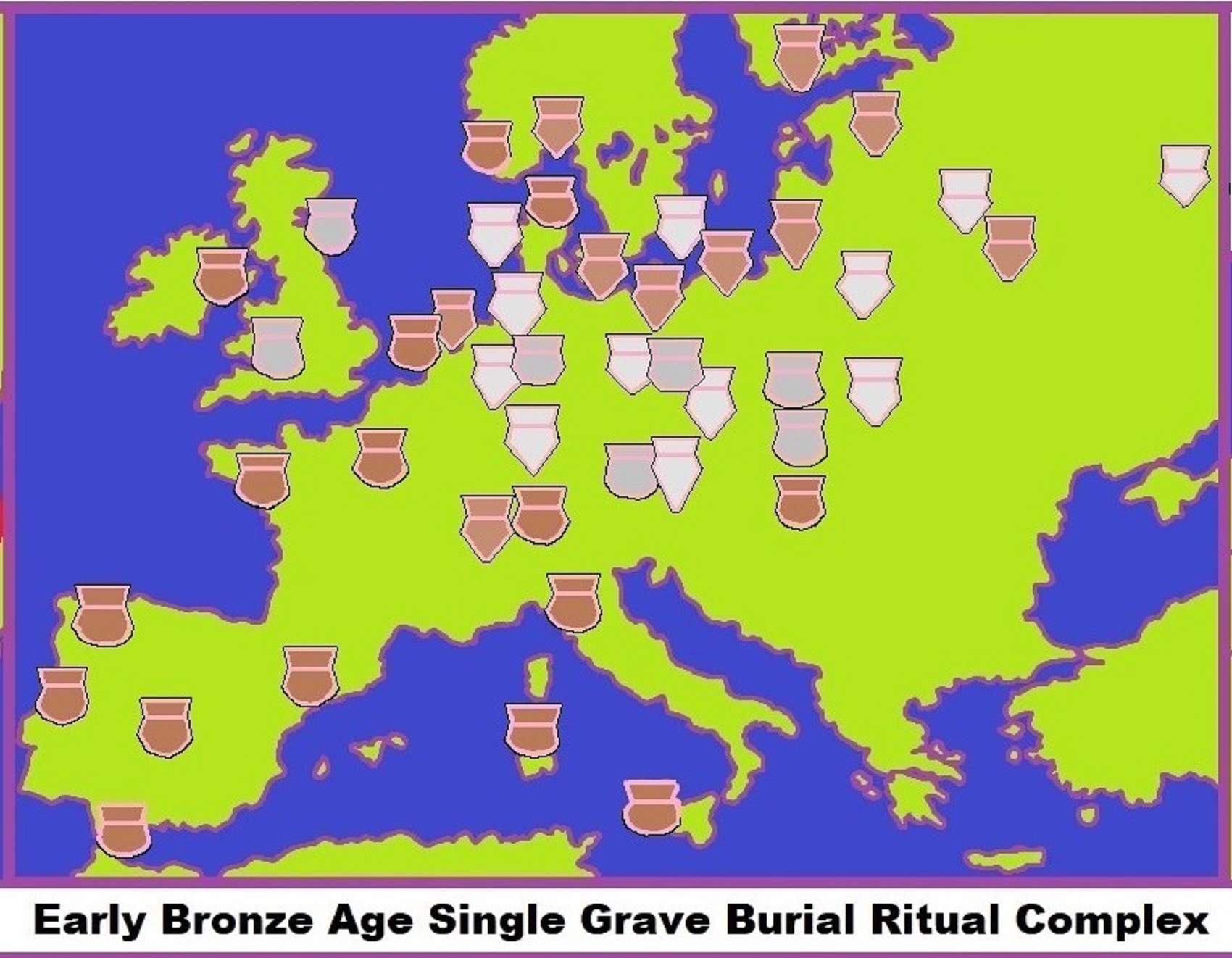
“In archaeogenetics, the term Western Hunter-Gatherer, West European Hunter-Gatherer or Western European Hunter-Gatherer, is the name given to a distinct ancestral component that represents descent from Mesolithic hunter-gatherers of Western, Southern and Central Europe. The term is often abbreviated as WHG. During the Mesolithic, the WHGs inhabited an area stretching from the British Isles in the west to the Carpathians in the east. Whole-genome analysis indicates that WHGs had blue eyes, dark brown or black hair, and skin colour varying from intermediate to dark-to-black.” ref
“Along with the Scandinavian Hunter-Gatherers (SHG) and Eastern Hunter-Gatherers (EHG), the WHGs constituted one of the three main genetic groups in the postglacial period of early Holocene Europe. The border between WHGs and EHGs ran roughly from the lower Danube, northward along the western forests of the Dnieper towards the western Baltic Sea.” ref
“SHGs were, in turn, an equal mix of WHGs and EHGs. Once widely dispersed throughout Europe, the WHGs were largely displaced by successive expansions of Early European Farmers (EEFs) during the early Neolithic, but experienced a male-driven resurgence during the Middle Neolithic. During the Late Neolithic and Early Bronze Age, Western Steppe Herders (WSHs) from the Pontic–Caspian steppe embarked on a massive expansion, which further displaced the WHGs. Among modern-day populations, WHG ancestry is most common among populations of the eastern Baltic.” ref
“Lazaridis et al. (2014) identified Western Hunter-Gatherers (WHG) as a distinct ancestral component. They were found to have contributed ancestry to all modern Europeans, including Early European Farmers (EEF), who were, however, mostly of Anatolian descent. They suggested that WHGs separated from eastern Eurasians around 40,000 BP, and from Ancient North Eurasians (ANE) around 24,000 years ago. Haak et al. (2015) found that WHG ancestry in Western Europe had a resurgence from the Early Neolithic to the Middle Neolithic.” ref
“Mathieson et al. (2015) found that most Europeans could be modeled as a mixture of WHG, EEF, and peoples from the Yamnaya culture of the Pontic–Caspian steppe. Lazaridis et al. (2015) found that WHGs were a mix of Eastern Hunter-Gatherers (EHGs) and the Upper Paleolithic people (Cro-Magnon) of the Grotte du Bichon in Switzerland. EHGs in turn derived 75% of their ancestry from ANEs. Scandinavian Hunter-Gatherers (SHGs) were found to be a mix of EHGs and WHGs.” ref
“Jones et al. (2017) determined that the people of the Mesolithic Kunda culture and the Narva culture of the eastern Baltic were a mix of WHG and EHG, showing the closest affinity with WHG. Samples from the Ukrainian Mesolithic and Neolithic were found to cluster tightly together between WHG and EHG, suggesting genetic continuity in the Dnieper Rapids for a period of 4,000 years. The Ukrainian samples belonged exclusively to the maternal haplogroup U, which is found in around 80% of all European hunter-gatherer samples. Saag et al. (2017) found that people of the Pit–Comb Ware culture (CCC) of the eastern Baltic were closely related to EHG, unlike earlier hunter-gatherers in the area, who were more closely related to WHG.” ref
“Günther et al. (2018) analyzed 13 SHGs and found all of them to be of WHG ancestry, however, that SHGs from western and northern Scandinavia had less WHG ancestry (ca 51%) than individuals from eastern Scandinavia (ca. 62%). The authors suggested that the SHGs were a mix of WHGs who had migrated into Scandinavia from the south, and EHGs who had later migrated into Scandinavia from the northeast along the Norwegian coast. The WHGs who entered Scandinavia are believed to have belonged to the Ahrensburg culture. EHGs and WHGs displayed lower allele frequencies of SLC45A2 and SLC24A5, which cause depigmentation, and OCA/Herc2, which causes light eye color, than SHGs.” ref
“Mittnik et al. (2018) found that southern areas of the eastern Baltic, in particular members of the Kunda and Narva cultures, were found to be more closely related to WHG, while the Pit–Comb Ware culture was more closely related to EHG. Unlike most WHGs, the WHGs of the eastern Baltic did not receive European farmer admixture during the Neolithic. Modern populations of the eastern Baltic thus harbors a larger amount of WHG ancestry than any other population in Europe.” ref
“Mathieson et al. (2018) included an analysis of a large number of individuals of prehistoric Europe. The DNA of eleven WHGs from the Upper Palaeolithic and Mesolithic in Western Europe, Central Europe, and the Balkans was analyzed, with regards to their Y-DNA haplogroups and mtDNA haplogroups. Of the nine samples of Y-DNA extracted, six belonged to I haplotypes (particularly subclades of I2a), one belonged to C1a2, one belonged to R, and one possibly belonged to J. Of the eleven samples of mtDNA extracted, nine belonged to U5b1 haplotypes, one belonged to U5a2c, and one belonged to an U2 haplotype.” ref
“These results suggested that WHGs were once widely distributed from the Atlantic coast in the West, to Sicily in the South, to the Balkans in the Southeast, for more than six thousand years. The study also included an analysis of a large number of individuals of prehistoric Eastern Europe. Thirty-seven samples were collected from Mesolithic and Neolithic Ukraine (9500-6000 BCE). These were determined to be an intermediate between EHG and SHG, although WHG ancestry in this population increased during the Neolithic. Samples of Y-DNA extracted from these individuals belonged exclusively to R haplotypes (particularly subclades of R1b1) and I haplotypes particularly subclades of I2). mtDNA belonged almost exclusively to U (particularly subclades of U5 and U4). A large number of individuals from the Zvejnieki burial ground, which mostly belonged to the Kunda culture and Narva culture in the eastern Baltic, were analyzed.” ref
“These individuals were mostly of WHG descent in the earlier phases, but over time EHG ancestry became predominant. The Y-DNA of this site belonged almost exclusively to haplotypes of haplogroup R1b1a1a and I2a1. The mtDNA belonged exclusively to haplogroup U (particularly subclades of U2, U4, and U5). Forty individuals from three sites of the Iron Gates Mesolithic in the Balkans were also analyzed. These individuals were estimated to be of 85% WHG and 15% EHG descent. The males at these sites carried exclusively haplogroup R1b1a and I (mostly subclades of I2a) haplotypes. mtDNA belonged mostly to U (particularly subclades of U5 and U4). People of the Balkan Neolithic were found to harbor 98% Anatolian ancestry and 2% WGH ancestry. By the Chalcolithic, people of the Cucuteni–Trypillia culture were found to harbor about 20% hunter-gatherer ancestry, which was intermediate between EHG and WHG. People of the Globular Amphora culture were found to harbor ca. 25% WHG ancestry, which is significantly higher than Middle Neolithic groups of Central Europe.” ref
“Antonio et al. (2019) examined the remains of three males buried in Grotta Continenza in Italy between ca. 10,000 to 7,000 BCE. They carried the paternal haplogroups I-M436 and I-M223 (two samples), and the maternal haplogroups U5b1 (two samples) and U5b3. These three individuals were determined to be WHGs. Around 6,000 BCE, the WHGs of Italy were almost completely genetically replaced by EEFs, although WHG ancestry slightly increased in subsequent millennia.” ref
See also
“In archaeogenetics, the term Eastern Hunter-Gatherer (EHG, sometimes East European Hunter-Gatherer, or Eastern European Hunter-Gatherer) is the name given to a distinct ancestral component that represents descent from Mesolithic hunter-gatherers of Eastern Europe. During the Mesolithic, the EHGs inhabited an area stretching from the Baltic Sea to the Urals and downwards to the Pontic–Caspian steppe.” ref
“Along with Scandinavian Hunter-Gatherers (SHG) and Western Hunter-Gatherers (WHG), the EHGs constituted one of the three main genetic groups in the postglacial period of early Holocene Europe. The border between WHGs and EHGs ran roughly from the lower Danube, northward along the western forests of the Dnieper towards the western Baltic Sea.” ref
“According to a study by Haak et al. (2015), EHGs have about 75% Ancient North Eurasian (ANE) and 25% WHG descent, and to have contributed significantly to the ancestry of the WHGs and SHGs (a mixture of WHG and EHG). Wang et al. (2018) models EHGs as 9% ANE and 91% descended from a group more closely related to but distinct from WHGs. During the Neolithic and early Eneolithic, EHGs on the Pontic–Caspian steppe formed the Yamnaya culture, after some admixture with Caucasus hunter-gatherers (CHGs). The genetic cluster formed from this admixture is known as Western Steppe Herder (WSH). Populations closely related to the people of the Yamnaya culture are supposed to have embarked on a massive migration leading to the spread of Indo-European languages throughout large parts of Eurasia.” ref
“Haak et al. (2015) identified the Eastern Hunter-Gatherers (EHG) as a distinct genetic cluster in two males only. The EHG male of Samara (dated to ca. 5650-5550 BC) carried Y-haplogroup R1b1a1a* and mt-haplogroup U5a1d. The other EHG male, buried in Karelia (dated to ca. 5500-5000 BC) carried Y-haplogroup R1a1 and mt-haplogoup C1g. The authors of the study also identified a Western Hunter-Gatherer (WHG) cluster and a Scandinavian Hunter-Gatherer (SHG) cluster, intermediate between WHG and EHG. Also, Lazaridis et al. (2016) confirmed SHGs to be a mix of EHGs and WHGs.” ref
“They suggested that EHGs harbored mixed ancestry from Ancient North Eurasians (ANEs) and WHGs. The people of the Yamnaya culture were found to be a mix of EHG and a “Near Eastern related population”. During the 3rd millennium BCE, the Yamnaya people embarked on a massive expansion throughout Europe, which significantly altered the genetic landscape of the continent. The expansion gave rise to cultures such as Corded Ware, and was possibly the source of the distribution of Indo-European languages in Europe.” ref
“EHGs may have mixed with “an Armenian-like Near Eastern source”, which formed the Yamnaya culture, as early as the Eneolithic (5200-4000 BCE). Researchers have found that EHGs may have derived 75% of their ancestry from ANEs. WHGs were in turn a mix of EHGs and the Upper Paleolithic people (Cro-Magnon) of the Grotte du Bichon in Switzerland.” ref
“The people of the Mesolithic Kunda culture and the Narva culture of the eastern Baltic were a mix of WHG and EHG, showing the closest affinity with WHG. Samples from the Ukrainian Mesolithic and Neolithic were found to cluster tightly together between WHG and EHG, suggesting genetic continuity in the Dnieper Rapids for a period of 4,000 years. The Ukrainian samples belonged exclusively to the maternal haplogroup U, which is found in around 80% of all European hunter-gatherer samples.” ref
“The people of the Pit–Comb Ware culture (PCW/CCC) of the eastern Baltic bear 65 % EHG ancestry. This is in contrast to earlier hunter-gatherers in the area, who were more closely related to WHG. This was demonstrated using a sample of Y-DNA extracted from a Pit–Comb Ware individual. This belonged to R1a15-YP172. The four samples of mtDNA extracted constituted two samples of U5b1d1, one sample of U5a2d, and one sample of U4a.” ref
“Günther et al. (2018) analyzed 13 SHGs and found all of them to be of EHG ancestry. Generally, SHGs from western and northern Scandinavia had more EHG ancestry (ca 49%) than individuals from eastern Scandinavia (ca. 38%). The authors suggested that the SHGs were a mix of WHGs who had migrated into Scandinavia from the south, and EHGs who had later migrated into Scandinavia from the northeast along the Norwegian coast. EHGs and WHGs displayed lower allele frequencies of SLC45A2 and SLC24A5, which cause depigmentation, and OCA/Herc2, which causes light eye color, than SHGs.” ref
“Members of the Kunda culture and Narva culture were also found to be more closely related with WHG, while the Pit–Comb Ware culture was more closely related to EHG. Northern and eastern areas of the eastern Baltic were found to be more closely related to EHG than southern areas. The study noted that EHGs, like SHGs and Baltic hunter-gatherers, carried high frequencies of the derived alleles for SLC24A5 and SLC45A2, which are codings for light skin.” ref
The Genomic History of Southeastern Europe
“Mathieson et al. (2018) analyzed the genetics of a large number of skeletons of prehistoric Eastern Europe. Thirty-seven samples were from Mesolithic and Neolithic Ukraine (9500-6000 BC). These were classified as intermediate between EHG and SHG. The males belonged exclusively to R haplotypes (particularly subclades of R1b1 and R1a) and I haplotypes (particularly subclades of I2). mtDNA belonged almost exclusively to U (particularly subclades of U5 and U4).” ref
“A large number of individuals from the Zvejnieki burial ground, which mostly belonged to the Kunda culture and Narva culture in the eastern Baltic, were analyzed. These individuals were mostly of WHG descent in the earlier phases, but over time EHG ancestry became predominant. The Y-DNA of this site belonged almost exclusively to haplotypes of haplogroup R1b1a1a and I2a1. The mtDNA belonged exclusively to haplogroup U (particularly subclades of U2, U4, and U5).” ref
“Forty individuals from three sites of the Iron Gates Mesolithic in the Balkans were estimated to be of 85% WHG and 15% EHG descent. The males at these sites carried exclusively R1b1a and I (mostly subclades of I2a) haplotypes. mtDNA belonged mostly to U (particularly subclades of U5 and U4). People of the Cucuteni–Trypillia culture were found to harbor about 20% hunter-gatherer ancestry, which was intermediate between EHG and WHG.” ref
The Genomic Formation of South and Central Asia
“Narasimshan (2019) coined a new ancestral component, West Siberian Hunter-Gatherer (WSHG). WSHGs contained about 30% EHG ancestry, 50% ANE ancestry, and 20% East Asian ancestry.” ref
Physical appearance
“The EHGs are suggested to have had mostly brown eyes and light skin, with “intermediate frequencies of the blue-eye variants” and “high frequencies of the light-skin variants.” An EHG from Karelia was determined by Günther (2018) to have high probabilities of being brown-eyed and dark haired, with a predicted intermediate skin-pigmentation phenotype. Another EHG from Samara was predicted to be light skinned, and was determined to have a high probability of being blue-eyed with a light hair shade, with a 75% calculated probability of being blond.” ref
“The rs12821256 allele of the KITLG gene that controls melanocyte development and melanin synthesis, which is associated with blond hair and first found in an individual from Siberia dated to around 15,000 BCE, is found in three Eastern Hunter-Gatherers from Samara, Motala, and Ukraine.” ref
“Caucasus hunter-gatherer (CHG), also called Satsurblia Cluster is an anatomically modern human genetic lineage, first identified in a 2015 study, based on the population genetics of several modern Western Eurasian (European, Caucasian and Near Eastern) populations.” ref
“The CHG lineage descended from a population that split off the base Western Eurasian lineage very early, around 45,000 years ago, that descended separately to Ust’-Ishim man, Oase1 and European hunter-gatherers; and separated from the “Early Anatolian Farmers” (EAF) lineage later, at 25,000 years ago, during the Last Glacial Maximum. The Caucasus hunter-gatherers managed to survive in isolation through the Last Glacial Maximum as a distinct population.” ref
“At the beginning of the Neolithicum, at c. 8000 BCE, they were probably distributed across western Iran and the Caucasus, and people similar to the northern Caucasus and Iranian plateau hunter-gatherers arrived before 6000 BCE in Pakistan and north-west India. Eastern Hunter-Gatherers from the Pontic-Caspian steppes have received admixture from CHGs, leading to the formation of Western Steppe Herders (WSHs). WSHs formed the Yamnaya culture and expanded massively throughout Europe during the Late Neolithic and Early Bronze Age.” ref
“Jones et al. (2015) analyzed genomes from males from western Georgia, in the Caucasus, from the Late Upper Palaeolithic (13,300 years old) and the Mesolithic (9,700 years old). These two males carried Y-DNA haplogroup: J* and J2a, later refined to J1-FT34521, and J2-Y12379*, and mitochondrial haplogroups of K3 and H13c, respectively. Their genomes showed that a continued mixture of the Caucasians with Middle Eastern populations took place up to 25,000 years ago, when the coldest period in the last Ice Age started.” ref
“CHG ancestry was also found in an Upper Palaeolithic specimen from Satsurblia cave (dated ca. 11000 BCE), and in a Mesolithic one from Kotias Klde cave, in western Georgia (dated ca. 7700 BC). The Satsurblia individual is closest to modern populations from the South Caucasus.” ref
“Fu et al. (2016), comparing CHG to the 13,700 year-old Bichon man genome (found in Switzerland) detected a split between CHG and “Western European Hunter-Gatherer” (WHG) lineages, about 45,000 years ago, the presumed time of the original peopling of Europe. CHG separated from the “Early Anatolian Farmers” (EAF) lineage later, at 25,000 years ago, during the Last Glacial Maximum.” ref
“Margaryan et al. (2017) analyzing South Caucasian ancient mitochondrial DNA found a rapid increase of the population at the end of the Last Glacial Maximum, about 18,000 years ago. The same study also found continuity in descent in the maternal line for 8,000 years. Yardumian et al. (2017) in a population genetics study on the Svans of northwestern Georgia found significant heterogeneity in mt-DNA, with common haplogroups including U1‐U7, H, K, and W6, while Y-DNA haplogroups were less diverse, 78% of Svan males being bearers of Y-haplogroup G2a.” ref
“According to Narasimhan et al. (2019) Iranian farmer-related people arrived before 6000 BCE in Pakistan and north-west India, before the advent of farming in northern India. They suggest the possibility that this “Iranian farmer–related ancestry […] was [also] characteristic of the northern Caucasus and Iranian plateau hunter-gatherers.” ref
Proto-Indo Europeans
“The proto-Indo-Europeans, i.e. the Yamnaya people and the related cultures, seem to have been a mix from Eastern European Hunter-Gatherers (EHGs); and people related to the near east, either Caucasus hunter-gatherers or Iran Chalcolithic people, with a Caucasian hunter-gatherer component. Each of those two populations contributed about half the Yamnaya DNA.” ref
According to co-author Andrea Manica of the University of Cambridge:
“The question of where the Yamnaya come from has been something of a mystery up to now […] we can now answer that, as we’ve found that their genetic make-up is a mix of Eastern European hunter-gatherers and a population from this pocket of Caucasus hunter-gatherers who weathered much of the last Ice Age in apparent isolation.” ref
“According to Jones et al. (2015), Caucasus hunter-gatherers (CHG) “genomes significantly contributed to the Yamnaya steppe herders who migrated into Europe ~3,000 BCE, supporting a formative Caucasus influence on this important Early Bronze Age culture. CHG left their imprint on modern populations from the Caucasus and also central and south Asia possibly marking the arrival of Indo-Aryan languages.” ref
“Lazaridis et al. (2016) proposes a different people, likely from Iran, as the source for the Middle Eastern ancestry of the Yamnaya people, finding that “a population related to the people of the Iran Chalcolithic contributed ~43% of the ancestry of early Bronze Age populations of the steppe“. That study asserts that these Iranian Chalcolithic people were a mixture of “the Neolithic people of western Iran, the Levant, and Caucasus Hunter Gatherers”.” ref
“Gallego-Llorente et al. (2016) conclude that Iranian populations are not a likelier source of the ‘southern’ component in the Yamnaya than Caucasus hunter-gatherers. Wang et al. (2018) analysed genetic data of the North Caucasus of fossils dated between the 4th and 1st millennia BC and found correlation with modern groups of the South Caucasus, concluding that “unlike today – the Caucasus acted as a bridge rather than an insurmountable barrier to human movement”. CHG admixture was also found in South Asia, in a possible marker of the Indo-Aryan migration there.” ref
Ancient Greece and Aegean
“Beyond contributing to the population of mainland Europe through Bronze Age pastoralists of the Yamnaya, CHG also appears to have arrived on its own in the Aegean without eastern European hunter–gatherer ancestry and provided approximately 9–32% of ancestry to the Minoans. The origin of this CHG component might have been Central Anatolia.” ref
“In archaeogenetics, the term Scandinavian Hunter-Gatherer (SHG) is the name given to a distinct ancestral component that represents descent from Mesolithic hunter-gatherers of Scandinavia. Genetic studies suggest that the SHGs were a mix of Western Hunter-Gatherers (WHGs) initially populating Scandinavia from the south during the Holocene, and Eastern Hunter-Gatherers (EHGs), who later entered Scandinavia from the north along the Norwegian coast.” ref
“During the Neolithic, they admixed further with Early European Farmers (EEFs) and Western Steppe Herders (WSHs). Genetic continuity has been detected between the SHGs and members of the Pitted Ware culture (PWC), and to a certain degree, between SHGs and modern northern Europeans. The Sami people, on the other hand, have been found to be completely unrelated to PWC.” ref
“Scandinavian Hunter-Gatherers (SHG) were identified as a distinct ancestral component in a study published in Nature in 2014. A number of remains examined at Motala, Sweden, and a separate group of remains from 5,000 year-old hunter-gatherers of the Pitted Ware culture (PWC), were identified as belonging to SHG. An SHG individual from Motala was identified as being of 81% Western Hunter-Gatherer (WHG) ancestry, and 19% Ancient North Eurasian (ANE) ancestry.” ref
“In a genetic study published in Nature in March 2015, the remains of six SHGs buried at Motala between ca. 6000 BC and 5700 BC. Of the four males surveyed, three carried the paternal haplogroup I2a1 or various subclades of it, while the other carried I2c. With regard to mtDNA, four individuals carried subclades of U5a, while two carried U2e1. The study found SHGs to constitute one of the three main hunter-gatherer populations of Europe during the Holocene. The two other groups were WHGs and EHGs (Eastern Hunter-Gatherers), between whom SHGs formed a distinct cluster. SHGs living between 6000 BC and 3000 BC were found to largely be genetically homogenous, with little admixture occurring among them during this period. EHGs were found to be more closely related to SHGs than WHGs.” ref
“In a genetic study published in Nature in November 2015, the six SHGs from Motala were subjected to further analysis. The study found it possible to model SHGs as a mixture of WHGs and EHGs. SHGs appeared to have persisted in Scandinavia until after 5,000 years ago. Results from studies of SHGs were found to be surprising. The Motala SHGs were found to be closely related to WHGs. In three samples, the haplotype carried the derived allele of rs3827760 in the EDAR gene, which is today common in East Asia, but largely absent in modern-day Europe outside Scandinavia. This haplotype is not of East Asian origin however. Most of the Motala SHGs were found to have the depigmentation alleles SLC45A2 and SLC24A5.” ref
“A genetic study published in Nature in July 2016 found SHGs to be a mix of EHGs and WHGs. WHGs were in turn a mix of EHGs and the Upper Paleolithic people (Cro-Magnon) of the Grotte du Bichon in Switzerland. EHGs derived 75% of their ancestry from ANEs.” ref
“In a genetic study published in PLOS Biology in January 2018, the remains of seven SHGs were examined. All three samples of Y-DNA extracted belonged to subclades of I2. With respects to mtDNA, four samples belonged to U5a1 haplotypes, while three samples belonged U4a2 haplotypes. All samples from western and northern Scandinavia carried U5a1 haplotypes, while all the samples from eastern Scandinavia except from one carried U4a2 haplotypes.” ref
“The authors of the study suggested that SHGs were descended from a WHG population that had entered Scandinavia from the south, and an EHG population which had entered Scandinavia from the northeast along the coast. The WHGs who entered Scandinavia are believed to have belonged to the Ahrensburg culture. These WHGs and EHGs had subsequently mixed, and the SHGs gradually developed their distinct character. The SHGs from western and northern Scandinavia had more EHG ancestry (ca 49%) than individuals from eastern Scandinavia (ca. 38%).” ref
“The SHGs were found to have a genetic adaption to high latitude environments, including high frequencies of low pigmentation variants and genes designed for adaption to the cold and physical performance. SHGs displayed a high frequency of the depigmentation alleles SLC45A2 and SLC24A5, and the OCA/Herc2, which effects eye pigmentation. These genes were much less common among WHGs and EHGs. A surprising continuity was displayed between SHGs and modern populations of Northern Europe in certain respects. Most notably, the presence of the protein TMEM131 among SHGs and modern Northern Europeans was detected. This protein may be involved in long-term adaptation to the cold.” ref
“In a genetic study published in Nature Communications in January 2018, the remains of an SHG female at Motala, Sweden between 5750 and 5650 BCE was analyzed. She was found to be carrying U5a2d and “substantial ANE ancestry”. The study found that Mesolithic hunter-gatherers of the eastern Baltic also carried high frequencies of the HERC2, SLC45A2, and SLC24A5 alleles. They however harbored less EHG ancestry than SHGs. Genetic continuity between the SHGs and the Pitted Ware culture of the Neolithic was detected. The results further underpinned previous suggestion that SHGs were descended from northward migration of WHGs and a subsequent southward migration of EHGs. A certain degree of continuity between SHGs and northern Europeans was detected.” ref
“A study published in Nature in February 2018 included an analysis of a large number of individuals of prehistoric Eastern Europe. Thirty-seven samples were collected from Mesolithic and Neolithic Ukraine (9500-6000 BC). These were determined to be an intermediate between EHG and SHG. Samples of Y-DNA extracted from these individuals belonged exclusively to R haplotypes (particularly subclades of R1b1 and R1a)) and I haplotypes (particularly subclades of I2). mtDNA belonged almost exclusively to U (particularly subclades of U5 and U4).” ref
Physical appearance
“Genomic data has shown that SHGs displayed higher levels of light pigmentation variants compared to their two source populations, WHGs and EHGs. Sampling of Scandinavian Hunter Gatherers found variable eye colors (blue to light brown) and skin colors. They had a variation of hair colors, including dark, medium and blonde hair. SHGs had high levels of derived allele frequencies for three pigmentation-associated SNPs (SLC24A5, SLC45A2, which are associated with skin depigmentation, and OCA2/HERC2, which is associated with eye pigmentation and may contribute to a light or blonde hair colour).” ref
“The authors of Günther et al (2018) attributed this combination to ancestral mixture between Eastern Hunter Gatherers and Western Hunter Gatherers, and proposed that selection for light pigmentation variants was driven by adaptation to higher latitudes. On the basis of archaeological and genetic evidence, the Swedish archaeologist Oscar D. Nilsson has made forensic reconstructions of both male and female SHGs.” ref
“In archaeogenetics, the terms Early European Farmers (EEF), First European Farmers (FEF), Neolithic European Farmers or Ancient Aegean Farmers (ANF) are names given to a distinct ancestral component that represents descent from early Neolithic farmers of Europe.” ref
“Ancestors of EEFs are believed to have split off from Western Hunter-Gatherers (WHGs) around 43,000 BCE, and to have split from Caucasian Hunter-Gatherers (CHGs) around 23,000 BCE. They appear to have migrated from Anatolia to the Balkans in large numbers during the 7th millennium BC, where they almost completely replaced the WHGs. The Y-DNA of EEFs was typically types of haplogroup G2a, and to a lesser extent H, T, J, C1a2, and E1b1, while their mtDNA was diverse.” ref
“In the Balkans, the EEFs appear to have divided into two wings, who expanded further west into Europe along the Danube (Linear Pottery culture) or the western Mediterranean (Cardial Ware). Large parts of Northern Europe and Eastern Europe nevertheless remained unsettled by EEFs. During the Middle Neolithic there was a largely male-driven resurgence of WHG ancestry among many EEF-derived communities, leading to increasing frequencies of the hunter-gatherer paternal haplogroups among them.” ref
“During the Chalcolithic and Early Bronze Age, the EEF-derived cultures of Europe were overwhelmed by successive invasions of Western Steppe Herders (WSHs) from the Pontic–Caspian steppe, who were Eastern Hunter-Gatherers (EHG) with CHG admixture. These invasions led to EEF Y-DNA in Europe being almost entirely replaced with EHG/WSH Y-DNA (mainly R1b and R1a). EEF mtDNA however remained frequent, suggesting admixture between EHG/WSH males and EEF females.” ref
“Through subsequent migrations of WSHs into Northern Europe and back into the Eurasian Steppe, EEF mtDNA was brought to new corners of Eurasia. EEF ancestry remains throughout Europe, ranging from about 60% near the Mediterranean Sea (with a peak of 65% in the island of Sardinia) and diminishing northwards to about 30% around the Baltic Sea.” ref
Ancient human genomes suggest three ancestral populations for present-day Europeans
“Lazaridis et al. 2014 identified Early European Farmers (EEFs) as a distinct ancestral component in a study published in Nature in 2014. Along with Ancient North Eurasians (ANEs) and Western Hunter-Gatherers, EEFs were determined to be one of the three major ancestral populations of modern-Europeans. About 44% of EEF ancestry was determined to come from a “Basal Eurasian” population that split prior to the diversification of other non-African lineages. Ötzi was identified as EEF. EEFs were determined to be largely of Near Eastern origin, with slight WHG admixture. It was through their EEF ancestors that most modern Southern Europeans acquired their WHG ancestry. EEF ancestry in modern Europe ranged from 30% in the Baltic States to 90% near the Mediterranean Sea.” ref
Ancient mitochondrial DNA from the northern fringe of the Neolithic farming expansion in Europe sheds light on the dispersion process
“Malmström et al. 2015 found that the people of the Funnelbeaker culture of southern Scandinavia were largely of EEF descent, with slight hunter-gatherer admixture, suggesting that the emergence of the Neolithic in Scandinavia was a result of human migration from the south. The Funnelbeakers were found to be genetically highly different from people of the neighboring hunter-gatherer Pitted Ware culture; the latter carried no EEF admixture and were instead genetically similar to other European hunter-gatherers.” ref
Massive migration from the steppe was a source for Indo-European languages in Europe
“Haak et al. 2015 found that the amount of WHG ancestry among EEFs had significantly increased during the Middle Neolithic, documenting a WHG resurgence. It was found that EEF Y-DNA was typically types haplogroup G2a, while their mtDNA was diverse. During the Late Neolithic and Early Bronze Age, G2a nearly disappears from Europe and is replaced with types of R1b and R1a, indicating a massive migration of people out of the Pontic–Caspian steppe. It has been suggested that this migration might be connected to the spread of Indo-European languages in Europe.” ref
A Common Genetic Origin for Early Farmers from Mediterranean Cardial and Central European LBK Cultures
“Olalde et al. 2015 found that the people of the Linear Pottery culture (LBK) in Central Europe and people of the Cardial Ware culture along the Mediterranean coast were descended from a homogenous community of EEFs with a common origin in the Balkans. EEF ancestors of the LBK people were expected to have migrated into Central Europe along the Danube river, while EEF ancestors of the Cardials were expected to have migrated along the Mediterannean coast. The Cardials appeared to have acquired a significant amount of hunter-gatherer ancestry during this process. Among modern populations, Sardinians and Basque people were found to harbor the largest amount of EEF ancestry, which they probably acquired through descent from the Cardials.” ref
Upper Palaeolithic genomes reveal deep roots of modern Eurasians
“Jones at el. 2015 found that the ancestors of the EEF had split off from WHG around 43,000 BCE, possibly through a migration of WHG into Europe. Around 23,000 BCE, EEFs ancestors had again split into EEFs and Caucasian Hunter-Gatherers (CHGs). CHG admixture has been detected among people of the Yamnaya culture, who expanded massively throughout Europe from around 3,000 BCE.” ref
Genome-wide patterns of selection in 230 ancient Eurasians
“Mathieson et al. 2015 found EEFs to be closely genetically related to Neolithic farmers of Anatolia. EEFs were found to have 7–11% more WHG ancestry than their Anatolian ancestors. This suggested that the EEFs belonged to a common ancestral population before their expansion into Europe. With regards Y-DNA, EEF males typically carried types of G2a. The study found that most modern Europeans can be modeled as a mixture of WHGs, EEFs, and descendants of the Yamnaya culture. The Anatolian ancestors of the EEFs were found to be genetically different from modern peoples of the Near East, and were instead shifted towards Europe.” ref
“Middle Neolithic and Chalcolithic peoples of Iberia were found to be genetically similar to each other, and harbored reduced levels of EEF and increased levels of WHG ancestry compared to Early Neolithic individuals of the region. Peoples of the Srubnaya culture and the earlier Sintashta culture were found to harbor c. 15% EEF ancestry, suggesting that these cultures emerged through the eastward migration of Central European peoples with steppe-related ancestry.” ref
The Neolithic Transition in the Baltic Was Not Driven by Admixture with Early European Farmers’ and Extensive Farming in Estonia Started through a Sex-Biased Migration from the Steppe
“Jones et al. 2017 found no evidence of EEF admixture among Neolithic populations of the eastern Baltic and the East European forest steppe, suggesting that the hunter-gatherers of these regions avoided genetic replacement while adopting Neolithic cultural traditions. Saag et al. 2017 found that the people of the subsequent Corded Ware culture in the eastern Baltic carried steppe and hunter-gatherer-related paternal and autosomal ancestry, and some EEF maternal ancestry.” ref
Ancient X chromosomes reveal contrasting sex bias in Neolithic and Bronze Age Eurasian migrations
“Goldberg et al. 2017 found no significant evidence sex-bias in the admixure between EEFs and hunter-gatherers during the initial EEF expansion into Europe, although a larger number of hunter-gatherer females may have been incorporated into EEF communities during this phase. During Late Neolithic and Bronze Age, however, a dramatic sex-bias was detected, suggesting heavy mixing between migrating males with steppe-related ancestry and local females with EEF ancestry.” ref
Parallel palaeogenomic transects reveal complex genetic history of early European farmers
“Lipson et al. 2017 examined the genetic history of EEFs. It was found that the initial westward spread of the EEFs from the Balkans was accompanied only by slight admixture with hunter-gatherer populations. Peoples of Middle Neolithic and Chalcolithic Iberia were found to carry about 75% EEF ancestry and 25% WHG ancestry, more WHG ancestry than Early Neolithic Iberians. Significant reductions in EEF ancestry during the later phases of the Neolithic was also observed in Central Europe, particularly in the northern and eastern parts of the region.” ref
The Genomic History of Southeastern Europe
“Mathieson et al. 2018 found that the EEFs had initially spread agriculture throughout Europe largely without admixture with local WHGs. It was proposed that this process had started through a single massive migration from Anatolia into the Balkans in the 7th millennium BC. The EEFs had subsequently split into two wings, one which spread northwards along the Danube through the Linear Pottery culture, and another which spread westward across the Mediterranean coast through the Cardial Ware culture. By 5600 BCE, these cultures had brought agriculture to Iberia and Central Europe.
It was found that there was a significant increase hunter-gatherer ancestry in Iberia, Central Europe and the Balkans during the Middle Neolithic.[18] While the slight mixture between EEFs and hunter-gatherers in the Early Neolithic appeared to have happened without sex-bias, increases in hunter-gatherer ancestry during the Middle Neolithic appeared to be largely the result of males with hunter-gatherer ancestry mixing with females with EEF ancestry. This conclusion was derived from the fact that examined Middle Neolithic Europeans overwhelmingly carried hunter-gatherer paternal lineages and EEF maternal lineages.” ref
“Hunter-gatherer ancestry was even higher among Late Neolithic samples from the Cucuteni–Trypillia culture, Funnelbeaker culture, and Globular Amphora culture, which carried about 75-80% EEF ancestry while being dominated by hunter-gatherer paternal lineages. In the southern Balkans, the Middle Neolithic farmers display reduced levels of EEF ancestry increased amounts of ancestry related to Caucasian Hunter-Gatherers (CHGs), suggesting further gene flow from Anatolia, which continued into the Bronze Age.” ref
Ancient genomes from North Africa evidence prehistoric migrations to the Maghreb from both the Levant and Europe
“Fregel et al. 2018 estimated that examined individuals at the Late Neolithic site of Kelif el Boroud, Morocco, dated c. 3000 BCE, carried about 50% EEF ancestry and 50% North African ancestry, were genetically predisposed to have light skin and light eyes, and entirely carried paternal and maternal lineages associated with EEFs. It was suggested that EEF ancestry had entered North Africa through Cardial Ware colonists from Iberia sometime between 5000-3000 BCE. The examined samples of Kelif el Boroud were found to be closely related to Guanches of the Canary Islands. Additional amounts of EEF ancestry may have been brought to North Africa by the Bell Beaker culture. The authors of the study suggested that the Berbers of Morocco carried a substantial amount of EEF ancestry before the establishment of Roman colonies in Berber Africa.” ref
Mitochondrial genomes reveal an east to west cline of steppe ancestry in Corded Ware populations
“Juras et al. 2018 found that while females with steppe-related ancestry contributed to the formation of the Corded Ware culture in the eastern Baltic, the maternal lineages of Corded Ware culture on its western fringes were largely of EEF origin, suggesting that mixing that the westward expansion of the Corded Ware culture was characterized by the mixing of males with steppe-related ancestry and women with EEF ancestry.” ref
The genomic history of the Iberian Peninsula over the past 8000 years
“Olalde et al. 2019 examined the genetic history of the Iberian Peninsula. It was found that the peoples of Early Neolithic Iberia were largely of EEF ancestry. Peoples of the Middle Neolithic and Copper Age were found to harbor increased levels of WHG ancestry as compared to the Early Neolithic. Hunter-gatherer admixture was found to be higher in northern and central Iberia. Olalde argues that during the Bronze Age Iberia experienced a significant genetic turnover, with 100% of the paternal ancestry and 40% of the overall ancestry being replaced by peoples with steppe-related ancestry.” ref
Megalithic tombs in western and northern Neolithic Europe were linked to a kindred society
“Sánchez-Quinto et al. 2019 examined the remains of 24 individuals buried in megaliths in northern and western Europe during the Middle Neolithic. They were found to be largely of EEF ancestry, although with significant amount of hunter-gatherer admixture, which appeared to be male-derived. The 17 samples of Y-DNA extracted belonged exclusively to the paternal haplogroup I, particularly I2, which are lineages associated with European hunter-gatherers. The evidence suggested that these societies were strongly patrilineal and socially stratified.” ref
Ancient genomes indicate population replacement in Early Neolithic Britain
“Brace et al. 2019 found that the farmers of the Neolithic British Isles had entered the region through a mass migration c. 4000 BCE. They carried about 80% EEF and 20% WHG ancestry and were found to be closely related to Neolithic peoples of Iberia, which implies that they were descended from agriculturalists who had moved westwards from the Balkans along the Mediterranean coast. The arrival of farming populations led to the almost complete replacement of the native WHGs of the British Isles, who did not experience a genetic resurgence in the succeeding centuries.” ref
Genetic history from the Middle Neolithic to present on the Mediterranean island of Sardinia
“Marcus et al. 2020 found that people of the Bronze Age Nuragic civilization of Sardinia carried about 80% EEF ancestry and 20% WHG ancestry. Strong evidence of genetic continuity was detected between Neolithic Sardinians and Bronze Age Sardinians.” ref
A massacre of early Neolithic farmers in the high Pyrenees at Els Trocs, Spain
“Alt et al. 2020 examined the remains of 9 farmers who had been systematically massacred at the site of Els Trocs, Spain c. 5300 BCE. They were found to be genetically different from contemporary populations of Iberia, and were instead more similar to EEFs of Central Europe. The authors of the study suggested that they were migrant farmers from Central Europe who had been a victims of an ethnic cleansing carried out by local hunter-gatherer groups, or by other (either local or also migrant) farmer groups seeking to defend their territories.” ref]
Ancient genome-wide DNA from France highlights the complexity of interactions between Mesolithic hunter-gatherers and Neolithic farmers
“Rivollat et al. 2020 found that Neolithic farmers in Western Europe had higher amounts of WHG ancestry than their Central European contemporaries. Neolithic farmers of France and Iberia were found to be closely related to contemporary farmers of the British Isles, with whom they shared a relatively large amount of WHG ancestry. Examined farmers of Early Neolithic southern France exclusively carried the hunter-gatherer-derived paternal haplogroup I2, while the maternal lineages were mainly of EEF origin. Levels of Hunter-gatherer admixture among early farmers of France increased further during Middle Neolithic, reaching as high as 30% at some sites entirely dominated by hunter-gatherer paternal lineages. It was suggested that the increase was a result of migrations towards the northeast by farmers with elevated levels of hunter-gatherer ancestry.” ref
Ancient genomes from present-day France unveil 7,000 years of its demographic history
“Brunel et al. 2020 found that earliest farmers of modern-day France were genetically similar to the Central European agriculturalists of the Linear Pottery Culture. It was found that the observed resurgence of WHG ancestry among European farmers in the Middle Neolithic happened very early and was relatively large in modern-day France.” ref
A dynastic elite in monumental Neolithic society
“Cassidy et al. 2020 examined a large number of individuals buried in Neolithic Ireland. They were found to be largely of EEF ancestry (with WHG admixture), and were closely related to peoples of Neolithic Britain and Iberia. It was found that the Neolithic peoples of Ireland had almost entirely replaced the native Irish Hunter-Gatherers through a rapid maritime colonization. Peoples of the Irish and British Neolithic carried almost entirely the paternal haplogroup I-M284 (a WHG Y-haplogroup), suggesting that these societies were strongly patrilineal. A Neolithic royal buried at Newgrange was found to be highly inbred and possibly the product of an incestual relationship, suggesting that this community was highly socially stratified and dominated by a line of powerful “god-kings.” ref
Physical appearance
“European hunter-gatherers were much taller than EEFs, and the replacement of European hunter-gatherers by EEFs resulted in a dramatic decrease in genetic height throughout Europe. During the later phases of the Neolithic, height increased among European farmers, probably due to increasing admixture with hunter-gatherers. During the Late Neolithic and Bronze Age, further reductions of EEF ancestry in Europe due to migrations of peoples with steppe-related ancestry is associated with further increases in height. High frequencies of EEF ancestry in Southern Europe might explain the shortness of Southern Europeans as compared to Northern Europeans, who carry increased levels of steppe-related ancestry.” ref
“In archaeogenetics, the term Western Steppe Herders (WSH), or Western Steppe Pastoralists, is the name given to a distinct ancestral component first identified in individuals from the Eneolithic steppe around the turn of the 5th millennium BCE, subsequently detected in several genetically similar or directly related ancient populations including the Khvalynsk, Sredny Stog, and Yamnaya cultures, and found in substantial levels in contemporary European and South Asian populations. This ancestry is often referred to as Yamnaya Ancestry, Yamnaya-Related Ancestry, Steppe Ancestry or Steppe-Related Ancestry.” ref
“Western Steppe Herders are considered descended from Eastern Hunter-Gatherers (EHGs) who reproduced with Caucasus Hunter-Gatherers (CHGs), and the WSH component is analyzed as an admixture of EHG and CHG ancestral components in roughly equal proportions, with the majority of the Y-DNA haplogroup contribution from EHG males. The Y-DNA haplogroups of Western Steppe Herder males are not uniform, with the Yamnaya culture individuals mainly belonging to R1b-Z2103 with a minority of I2a2, the earlier Khvalynsk culture also with mainly R1b but also some R1a, Q1a, J, and I2a2, and the later, high WSH ancestry Corded Ware culture individuals mainly belonging to haplogroup R1a-M417, with some R1b in small numbers.” ref
“Around 3,000 BC, people of the Yamnaya culture or a closely related group, who had high levels of WSH ancestry with some 10-18% Early European Farmer (EEF) admixture, embarked on a massive expansion throughout Eurasia, which is considered to be associated with the dispersal of at least some of the Indo-European languages by most contemporary linguists, archaeologists, and geneticists. WSH ancestry from this period is often referred to as Steppe Early and Middle Bronze Age (Steppe EMBA) ancestry.” ref
“This migration is linked to the origin of both the Corded Ware culture, whose members were of about 75% WSH ancestry, and the Bell Beaker (“Eastern group”), who were around 50% WSH ancestry, though the exact relationships between these groups remains uncertain. The expansion of WSHs resulted in the virtual disappearance of the Y-DNA of Early European Farmers (EEFs) from the European gene pool, significantly altering the cultural and genetic landscape of Europe.” ref
“During the Bronze Age, Corded Ware people with admixture from Central Europe remigrated onto the steppe, forming the Sintashta culture and a type of WSH ancestry often referred to as Steppe Middle and Late Bronze Age (Steppe MLBA) or Sintashta-Related ancestry. Through the Andronovo culture and Srubnaya culture, Steppe MLBA was carried into Central Asia and South Asia along with Indo-Iranian languages, leaving a long-lasting cultural and genetic legacy.” ref
“The modern population of Europe can largely be modeled as a mixture of WHG (Western Hunter-Gatherer), EEF, and WSH. In Europe, WSH ancestry peaks among Norwegians (ca. 50%), while in South Asia, it peaks among the Kalash people (ca. 50%), according to Lazaridis et al. (2016). Narasimhan et al. (2019), which employed a wider range of references in their ancestry models, found lower levels of steppe-derived ancestry among modern South Asians (e.g. ~30% among the Kalash).” ref
“A summary of several genetic studies published in Nature and Cell during the year 2015 is given by Heyd (2017):
- Western Steppe Herders component “is lower in southern Europe and higher in northern Europe”, where inhabitants have roughly 50% WSH ancestry on average. (Haak et al. 2015; Lazaridis et al. 2016)
- It is linked to the migrations of Yamnaya populations dated to ca. 3000 BCE (Allentoft et al. 2015; Haak et al. 2015);
- Third-millennium Europe (and prehistoric Europe in general) was “a highly dynamic period involving large-scale population migrations and replacement” (Allentoft et al. 2015);
- The Yamnaya migrations are linked to the spread of Indo-European languages (Allentoft et al. 2015; Haak et al. 2015);
- The plague (Yersinia pestis) killed prehistoric humans in Europe during the third millennium BCE (Rasmussen et al. 2015), and it stemmed from the Eurasian steppes;
- Yamnaya peoples have the highest ever calculated genetic selection for stature (Mathieson et al. 2015);” ref
Haak et al (2015), Massive migration from the steppe was a source for Indo-European languages in Europe
“Haak et al. (2015) found the ancestry of the people of the Yamnaya culture to be a mix of Eastern Hunter-Gatherer and another unidentified population. All seven Yamnaya males surveyed were found to belong to subclade R-M269 of haplogroup R1b. R1b had earlier been detected among EHGs living further north.” ref
“The study found that the tested individuals of the Corded Ware culture were of approximately 75% WSH ancestry, being descended from Yamnaya or a genetically similar population who had mixed with Middle Neolithic Europeans. This suggested that the Yamnaya people or a closely related group embarked on a massive expansion ca. 3,000 BCE, which probably played a role in the dispersal of at least some of the Indo-European languages in Europe.” ref
“At this time, Y-DNA haplogroups common among Early European Farmers (EEFs), such as G2a, disappear almost entirely in Central Europe, and are replaced by WSH/EHG paternal haplogroups which were previously rare (R1b) or unknown (R1a) in this region. EEF mtDNA decreases significantly as well, and is replaced by WSH types, suggesting that the Yamnaya expansion was carried out by both males and females. In the aftermath of the Yamnaya expansion there appears to have been a resurgence of EEF and Western Hunter-Gatherer (WHG) ancestry in Central Europe, as this is detected in samples from the Bell Beaker culture and its successor the Unetice culture. The Bell Beaker culture had about 50% WSH ancestry.” ref
“All modern European populations can be modeled as a mixture of WHG, EEF, and WSH. WSH ancestry is more common in Northern Europe than Southern Europe. Of modern populations surveyed in the study, Norwegians were found to have the largest amount of WSH ancestry, which among them exceeded 50%.” ref
Allentoft et al. (2015), Population genomics of Bronze Age Eurasia
“Allentoft et al. (2015) examined the Y-DNA of five Yamnaya males. Four belonged to types of R1b1a2, while one belonged to I2a2a1b1b. The study found that the Neolithic farmers of Central Europe had been “largely replaced” by Yamnaya people around 3,000 BCE. This replacement altered not only the genetic landscape, but also the cultural landscape of Europe in many respects.” ref
“It was discovered that the people of the contemporary Afanasievo culture of southern Siberia were “genetically indistinguishable” from the Yamnaya. People of the Corded Ware culture, the Bell Beaker culture, the Unetice culture, and the Nordic Bronze Age were found to be genetically very similar to one another, but also with varying levels of affinity to Yamnaya, the highest found in Corded Ware individuals. The authors of the study suggested that the Sintashta culture of Central Asia emerged as a result of an eastward migration from Central Europe of Corded Ware people with both WSH and European Neolithic farmer ancestry.” ref
Jones et al. (2015), Upper Palaeolithic genomes reveal deep roots of modern Eurasians
“Jones et al. (2015) found that the WSHs were descended from admixture between EHGs and a previously unknown clade which the authors identify and name Caucasus hunter-gatherers (CHGs). CHGs were found to have split off from WHGs ca. 43,000 BC, and to have split off from EEFs ca. 23,000 BC. It was estimated that Yamnaya “owe half of their ancestry to CHG-linked sources.” ref
Mathieson et al. (2015), Genome-wide patterns of selection in 230 ancient Eurasians
“Mathieson et al. (2015), Genome-wide patterns of selection in 230 ancient Eurasians, published in Nature in November 2015 found that the people of the Poltavka culture, Potapovka culture, and Srubnaya culture were closely related and largely of WSH descent, although the Srubnaya carried more EEF ancestry (about 17%) than the rest. Like in Yamnaya, males of Poltavka mostly carried types of R1b, while Srubnaya males carried types of R1a. The study found that most modern Europeans could be modeled as a mixture between WHG, EEF, and WSH.” ref
Genomic insights into the origin of farming in the ancient Near East
“A genetic study published in Nature in July 2016 found that WSHs were a mixture of EHGs and “a population related to people of the Iran Chalcolithic”. EHGs were modeled as being of 75% Ancient North Eurasian (ANE) descent. A significant presence of WSH ancestry among populations of South Asia was detected. Here WSH ancestry peaked at 50% among the Kalash people, which is a level similar to modern populations of Northern Europe.” ref
Genetic Origins of the Minoans and Mycenaeans
“Lazaridis et al. (2017) examined the genetic origins of the Mycenaeans and the Minoans. Although they were found to be genetically similar to Minoans, the Mycenaeans were found to harbor about 15% WSH ancestry, which was not present in Minoans. It was found that Mycenaeans could be modeled as a mixture of WSH and Minoan ancestry. The study asserts that there are two key questions remaining to be addressed by future studies. First, when did the common “eastern” ancestry of both Minoans and Mycenaeans arrive in the Aegean?” ref
“Second, is the “northern” ancestry in Mycenaeans due to sporadic infiltration of Greece, or the result of a rapid migration as in Central Europe? Such a migration would support the idea that proto-Greek speakers formed the southern wing of a steppe intrusion of Indo-European speakers. Yet, the absence of “northern” ancestry in the Bronze Age samples from Pisidia, where Indo-European languages were attested in antiquity, casts doubt on this genetic-linguistic association, with further sampling of ancient Anatolian speakers needed.” ref
The Beaker phenomenon and the genomic transformation of northwest Europe
“Olalde et al. (2018) examined the entry of WSH ancestry into the British Isles. WSH ancestry was found to have been carried into the British Isles by the Bell Beaker culture in the second half of the 3rd millennium BCE. The migrations of Bell Beakers were accompanied with “a replacement of ~90% of Britain’s gene pool within a few hundred years”. The gene pool in the British Isles had previously been dominated by EEFs with slight WHG admixture. Y-DNA in parts of the modern British Isles belongs almost entirely to R1b-M269, a WSH lineage, which is thought to have been brought to the isles with Bell Beakers.” ref
The Genomic History of Southeastern Europe
“A genetic study published in Nature in February 2018 noted that the modern population of Europe can largely be modeled as a mixture between EHG, WHG, WSH, and EEF. The study examined individuals from the Globular Amphora culture, who bordered the Yamnaya. Globular Amphora culture people were found to have no WSH ancestry, suggesting that cultural differences and genetic differences were connected. Notably, WSH ancestry was detected among two individuals buried in modern-day Bulgaria ca. 4,500 BC. This showed that WSH ancestry appeared outside of the steppe 2,000 years earlier than previously believed.” ref
The First Horse Herders and the Impact of Early Bronze Age Steppe Expansions into Asia
“Damgaard et al. 2018 found that that Yamnaya-related migrations had a lower direct and long-lasting impact in East and South Asia than in Europe. Crucially, the Botai culture of Late Neolithic Central Asia was found to have no WSH ancestry, suggesting that they belonged to an ANE-derived population deeply diverged from the WSHs.” ref
Bronze Age population dynamics and the rise of dairy pastoralism on the eastern Eurasian steppe
“A genetic study published in the Proceedings of the National Academy of Sciences of the United States of America in November 2018 examined the presence of WSH ancestry in the Mongolian Plateau. A number of remains from Late Bronze Age individuals buried around Lake Baikal were studied. These individuals had only 7% WSH ancestry, suggesting that pastoralism was adopted on the Eastern Steppe through cultural transmission rather than genetic displacement.” ref
“The study found that WSH ancestry found among Late Bronze Age populations of the south Siberia such as the Karasuk culture was transmitted through the Andronovo culture rather than the earlier Afanasievo culture, whose genetic legacy in the region by this time was virtually non-existent.” ref
Ancient Human Genome-Wide Data From a 3000-Year Interval in the Caucasus Corresponds with Eco-Geographic Regions
“A genetic study published in Nature Communications in February 2019 compared the genetic origins of the Yamnaya culture and the Maikop culture. It found that most of the EEF ancestry found among the Yamnaya culture was derived from the Globular Amphora culture and the Cucuteni–Trypillia culture of Eastern Europe. Total EEF ancestry among the Yamnaya has been estimated at 10-18%. Given the high amount of EEF ancestry in the Maikop culture, this makes it impossible for the Maikop culture to have been a major source of CHG ancestry among the WSHs. Admixture from the CHGs into the WSHs must thus have happened at an earlier date.” ref
The genomic history of the Iberian Peninsula over the past 8000 years
“Olalde et al. (2019) analyzed the process by which WSH ancestry entered the Iberian Peninsula. The earliest evidence of WSH ancestry there was found from an individual living in Iberia in 2,200 BCE in close proximity with native populations. By 2,000 BCE, the native Y-DNA of Iberia (H, G2, and I2) had been almost entirely replaced with a single WSH lineage, R-M269. mtDNA in Iberia at this time was however still mostly of native origin, affirming that the entry of WSH ancestry in Iberia was primarily male-driven.” ref
Narasimhan et al. (2019), The Genomic Formation of South and Central Asia
“Narasimhan et al. (2019), The Genomic Formation of South and Central Asia, published in Science in September 2019, found a large amount of WSH ancestry among Indo-European-speaking populations throughout Eurasia. This lent support to the theory that the Yamnaya people were Indo-European-speaking.” ref
“The study found people of the Corded Ware, Srubnaya, Sintashta, and Andronovo cultures to be a closely related group almost wholly of WSH ancestry, but with slight European Middle Neolithic admixture. These results further underpinned the notion that the Sintashta culture emerged as an eastward migration of Corded Ware peoples with mostly WSH ancestry back into the steppe. Among early WSHs, R1b is the most common Y-DNA lineage, while R1a (particularly R1a1a1b2) is common among later groups of Central Asia, such as Andronovo and Srubnaya.” ref
“West Siberian Hunter-Gatherers (WSGs), a distinct archaeogenetic lineage, was discovered in the study. These were found to be of about 30% EHG ancestry, 50% ANE ancestry, and 20% East Asian ancestry. It was noticed that WSHs during their expansion towards the east gained a slight (ca. 8%) admixture from WSGs.” ref
“It was found that there was a significant infusion of WSH ancestry into Central Asia and South Asia during the Bronze Age. WSH ancestry was found to have been almost completely absent from earlier samples in southern Central Asia in the 3rd millennium BCE.” ref
“During the expansion of WSHs from Central Asia towards South Asia in the Bronze Age, an increase in South Asian agriculturalist ancestry among WSHs was noticed. Among South Asian populations, WSH ancestry is particularly high among Brahmins and Bhumihars. WSH ancestry was thus expected to have spread into India with the Vedic culture.” ref
Antonio et al.(2019), Ancient Rome: A genetic crossroads of Europe and the Mediterranean
“Antonio et al. (2019), Ancient Rome: A genetic crossroads of Europe and the Mediterranean, published in Science in November 2019 examined the remains of six Latin males buried near Rome between 900 BC and 200 BCE. They carried the paternal haplogroups R-M269, T-L208, R-311, R-PF7589, and R-P312 (two samples), and the maternal haplogroups H1aj1a, T2c1f, H2a, U4a1a, H11a, and H10. A female from the preceding Proto-Villanovan culture carried the maternal haplogroups U5a2b. These examined individuals were distinguished from preceding populations of Italy by the presence of ca. 30-40% steppe ancestry. Genetic differences between the examined Latins and the Etruscans were found to be insignificant.” ref
Fernandes et al. (2019), The Arrival of Steppe and Iranian Related Ancestry in the Islands of the Western Mediterranean
“Fernandes et al. (2019), The Arrival of Steppe and Iranian Related Ancestry in the Islands of the Western Mediterranean, found that a skeleton excavated from the Balearic islands (dating to ∼2400 BCE) had substantial WSH ancestry; however, later Balearic individuals had less Steppe heritage reflecting geographic heterogeneity or immigration from groups with more European first farmer-related ancestry. In Sicily, WSH ancestry arrived by ∼2200 BCE and likely came at least in part from Spain. 4 of the 5 Early Bronze Age Sicilian males had Steppe-associated Y-haplogroup R1b1a1a2a1a2 (R-P312). Two of these were Y-haplogroup R1b1a1a2a1a2a1 (Z195) which today is largely restricted to Iberia and has been hypothesized to have originated there 2500-2000 BCE. In Sardinia, no convincing evidence of WSH ancestry in the Bronze Age has been found, but the authors detect it by ∼200-700 CE.” ref
Analysis
“The American archaeologist David W. Anthony (2019) analyzed the recent genetic data on WSHs. Anthony notes that WSHs display genetic continuity between the paternal lineages of the Dnieper-Donets culture and the Yamnaya culture, as the males of both cultures have been found to have been mostly carriers of R1b, and to a lesser extent I2.” ref
“While the mtDNA of the Dnieper-Donets people is exclusively types of U, which is associated with EHGs and WHGs, the mtDNA of the Yamnaya also includes types frequent among CHGs and EEFs. Anthony notes that WSH had earlier been found among the Sredny Stog culture and the Khvalynsk culture, who preceded the Yamnaya culture on the Pontic–Caspian steppe. The Sredny Stog were mostly WSH with slight EEF admixture, while the Khvalynsk living further east were purely WSH. Anthony also notes that unlike their Khvalynsk predecessors, the Y-DNA of the Yamnaya is exclusively EHG and WHG.” ref
“This implies that the leading clans of the Yamnaya were of EHG and WHG origin. Because the slight EEF ancestry of the WSHs has been found to be derived from Central Europe, and because there is no CHG Y-DNA detected among the Yamnaya, Anthony notes that it is impossible for the Maikop culture to have contributed much to the culture or CHG ancestry of the WSHs. Anthony suggests that admixture between EHGs and CHGs first occurred on the eastern Pontic-Caspian steppe around 5,000 BCE, while admixture with EEFs happened in the southern parts of the Pontic-Caspian steppe sometime later.” ref
“As Yamnaya Y-DNA is exclusively of the EHG and WHG type, Anthony notes that the admixture must have occurred between EHG and WHG males, and CHG and EEF females. Anthony cites this as additional evidence that the Indo-European languages were initially spoken among EHGs living in Eastern Europe. On this basis, Anthony concludes that the Indo-European languages which the WSHs brought with them were initially the result of “a dominant language spoken by EHGs that absorbed Caucasus-like elements in phonology, morphology, and lexicon” (spoken by CHGs).” ref
Phenotypes
“Western Steppe Herders are believed to have been light-skinned. Early Bronze Age Steppe populations such as the Yamnaya are believed to have had mostly brown eyes and dark hair, while the people of the Corded Ware culture had a higher proportion of blue eyes. The rs12821256 allele of the KITLG gene that controls melanocyte development and melanin synthesis, which is associated with blond hair and first found in an individual from central Asia dated to around 15,000 BCE, is found in three Eastern Hunter-Gatherers from Samara, Motala, and Ukraine, and several later individuals with WSH ancestry.” ref
“Geneticist David Reich concludes that the massive migration of Western Steppe Herders probably brought this mutation to Europe, explaining why there are hundreds of millions of copies of this SNP in modern Europeans. In 2020, a study suggested that ancestry from Western Steppe Pastoralists was responsible for lightening the skin and hair color of modern Europeans, having a dominant effect on the phenotype of Northern Europeans, in particular. A study in 2015 found that Yamnaya had the highest ever calculated genetic selection for height of any of the ancient populations tested.” ref
“About a quarter of ancient DNA samples from Yamnaya sites have an allele that is associated with lactase persistence, conferring lactose tolerance into adulthood. Steppe-derived populations such as the Yamnaya are thought to have brought this trait to Europe from the Eurasian steppe, and it is hypothesized that it may have given them a biological advantage over the European populations who lacked it. Eurasian steppe populations display higher frequencies of the lactose tolerance allele than European farmers and hunter gatherers who lacked steppe admixture.” ref
“Not to be confused with Pit–Comb Ware culture in northeast Europe. The Pitted Ware culture (c. 3500 – 2300 BCE) was a hunter-gatherer culture in southern Scandinavia, mainly along the coasts of Svealand, Götaland, Åland, north-eastern Denmark, and southern Norway. Despite its Mesolithic economy, it is by convention classed as Neolithic, since it falls within the period in which farming reached Scandinavia. The Pitted Ware people were largely maritime hunters, and were engaged in lively trade with both the agricultural communities of the Scandinavian interior and other hunter-gatherers of the Baltic Sea.” ref
“The people of the Pitted Ware culture were a genetically homogeneous and distinct population descended from earlier Scandinavian Hunter-Gatherers (SHGs). The culture emerged in east-central Sweden around 3,500 BC, gradually replacing the Funnelbeaker culture throughout the coastal areas of southern Scandinavia. It subsequently co-existed with the Funnelbeaker culture for several centuries.” ref
“From about 2,800 BCE, the Pitted Ware culture co-existed with the Battle Axe culture, which was the successor of the Funnelbeaker culture in southern Scandinavia. By 2,300 BCE, the Pitted Ware culture had been absorbed by the Battle Axe culture. The subsequent Nordic Bronze Age represents a fusion of elements from the Pitted Ware culture and the Battle Axe culture. Modern Scandinavians, unlike the Sami, display partial genetic origins from the Pitted Ware people.” ref
“Genetic studies suggest that the Pitted Ware peoples, unlike their Neolithic neighbors, were descended from earlier Scandinavian Hunter-Gatherers (SHGs). At the time of the emergence of the Pitted Ware culture, these hunter-gatherers persisted to the north of the agricultural Funnelbeaker culture. Their ceramic traditions are related to those of the Comb Ceramic culture.” ref
“The Pitted Ware culture arose around 3,500 BCE. Its earliest sites are found in east-central Sweden, where it appears to have replaced the Funnelbeaker culture. Its subsequent expansion is accompanied by the disappearance of settlements of the Funnelbeaker culture throughout large parts of southern Scandinavia. It came to occupy the coasts of Denmark, southern Sweden, southern Norway, and various islands of the Baltic Sea, such as Öland, Gotland, and Åland.” ref
“There were lively contacts with hunter-gatherer communities of Finland and the eastern Baltic. During its initial years, the Pitted Ware culture co-existed with the Funnelbeaker culture. Although the two cultures exchanged goods with each other, its peoples appear to have had widely different identities, and they did not mix with each other to any notable extent. During the period of Pitted Ware expansion, the Funnelbeakers constructed a number of defensive palisades, which may mean that the two peoples were in conflict with each other. Throughout its existence of more than 1,000 years, the Pitted Ware culture remained virtually unchanged.” ref
“From around 2,800 BCE, the Pitted Ware culture co-existed for some time with the Battle Axe culture and the Single Grave culture, which succeeded the Funnelbeaker culture in southern Scandinvia. Both were variants of the Corded Ware culture. Like the Funnelbeakers, the Corded Ware constructed a series of defensive palisades during this period, which may be a sign of violent conflict between them and the Pitted Ware.” ref
“Though cultural influences of the Battle Axe culture are detectable in Pitted Ware burials, its peoples do not appear to have mixed with each other. By ca. 2,300 BCE, the Pitted Ware culture had merged with the Battle Axe culture. The subsequent Nordic Bronze Age represents a fusion of elements from the Pitted Ware culture and the Battle Axe culture. Pitted Ware settlements were typically located along the coasts. They usually lived in huts.” ref
“The economy of the Pitted Ware culture was based on fishing, hunting, and gathering of plants. Pitted Ware sites contain bones from elk, deer, beaver, seal, porpoise, and pig. Pig bones found in large quantities on some Pitted Ware sites emanate from wild boar rather than domestic pigs. The hunting of seal was particularly important. For this reason, the Pitted Ware people have been called “hard-core sealers” or the “Inuit of the Baltic.” ref
“Seasonal migration was a feature of life, as with many other hunter-gatherer communities. Pitted Ware communities in Eastern Sweden probably spent most of the year at their main village on the coast, making seasonal forays inland to hunt for pigs and fur-bearing animals and to engage in exchange with farming communities in the interior.” ref
“This type of seasonal interaction may explain the unique Alvastra Pile Dwelling in south-western Östergötland, which belongs to the Pitted Ware culture as far as the pottery is concerned, but to the Funnelbeaker culture in tools and weapons. The Pitted Ware peoples appear to have been specialized hunters who engaged in the trade of animal goods with peoples throughout the Baltic.” ref
Tools
“The repertoire of Pitted Ware tools varied from region to region. In part, this variety reflected regional sources of raw materials. However, the use of fish-hooks, harpoons, and nets, and sinkers was fairly widespread. Tanged arrow heads made from blades of flintstone are abundant on Scandinavia’s west coast, and were probably used in the hunting of marine mammals.” ref
Ceramics
“One notable feature of the Pitted Ware Culture is the sheer quantity of shards of pottery on its sites. The culture has been named after the typical ornamentation of its pottery: horizontal rows of pits pressed into the body of the pot before firing.” ref
“Though some vessels are flat-bottomed, others are round-based or pointed-based, which would facilitate stable positioning in the soil or on the hearth. In shape and decoration, these ceramics reflect influences from the Comb Ceramic culture (also known as Pit-Comb Ware) of Finland and other parts of north-eastern Europe, established in the sixth and fifth millennia BCE.” ref
“Small animal figurines were modeled from clay, as well as bone. These are also similar to the art of the Comb Ware culture. A large number of ceramic figurines have been found at Jettböle on the island of Jomala in Åland, including some which combine seal and human features.” ref
Graves
“The Pitted Ware people buried their dead in cemeteries. Most excavated Pitted Ware burials are located at Gotland, where around 180 graves have been found at numerous sites with several layers. One such site is at Västerbjers. Pitted Ware people were typically buried in flat inhumation graves, although cremation does occur. Unlike the Funnelbeakers, they did not have megalithic graves. Pitted Ware burials are also distinguished from Funnelbeaker burials through their use of red ochre.” ref
“Grave goods include ceramics, boar tusks, pig jaws, pendants of fox, dog and seal teeth, harpoons, spears, fishhooks of bone, stone and flint axes, and other artifacts. The presence of slate artifacts and battle axes attest wide-ranging contacts between the Pitted Ware people and other cultures of Northern Europe and the Baltic. People of all ages and genders were buried in the same cemetery. There are no indications of differences in social status. Their mortuary houses and secondary burials are nevertheless evidence of complex burial customs. The Pitted Ware people had an animistic cosmography similar to that of the people of the Comb Ceramic culture and other Mesolothic hunter-gatherers of the Baltic.” ref
Physical anthropology
“Osteological measurements have shown that the PWC physiologically adapted to the cold climate, by having narrower noses, shorter legs, and a lower bone mineral density, as opposed to other contemporaneous groups. Genetic studies of the Pitted Ware peoples has found them to have been strikingly genetically homogenous, suggesting that they originated from a small founder group.” ref
“In a genetic study published in Current Biology in September 2009, mtDNA was extracted from seventeen Pitted Ware people from Gotland. Eight individuals belonged to U4 haplotypes, seven belonged to U5 haplotypes, one belonged to K1a1, one belonged to T2b, and one belonged to HV0. The results debunked previous theories suggesting that the Pitted Ware were related to the Sami people.] On the contrary, Pitted Ware people showed closer genetic kinship to modern Balts and Estonians. The examined Pitted Ware were genetically much closer to modern Scandinavians than to the Sami people.” ref
“In a genetic study published in BMC Evolutionary Biology in March 2010, it was discovered that the Pitted Ware possessed a very low level (5%) of an allele (−13910*T) strongly associated with the ability to consume unprocessed milk. This frequency is dramatically different from modern Swedes (74%). Whether the increase of this allele among the Swedes was a result of admixture or natural selection was uncertain.” ref
“In a genetic study published in Science in April 2012, an individual from the Pitted Ware culture was examined. The individual was found to have “a genetic profile that is not fully represented by any sampled contemporary population.” ref
“In another genetic study published in Science in May 2014, the mtDNA of six individuals ascribed to the Pitted Ware culture was extracted. Four samples belonged to U4d, one belonged to U, and one belonged to V.” ref
“A genetic study published in August 2014 found that Pitted Ware peoples were closely genetically similar to people of the Catacomb culture, who like the Pitted Ware people carried high frequencies of the maternal haplogroups U5 and U4. These lineages are associated with Western Hunter-Gatherers and Eastern Hunter-Gatherers.” ref
“In a genetic study published in Nature in September 2014, members of the Pitted Ware culture were determined to largely belong to the Scandinavian Hunter-Gatherer (SHG) cluster.” ref
“In a genetic study published in Proceedings of the Royal Society B in January 2015, the mtDNA of thirteen PCW individuals from Öland and Gotland was extracted. The four individuals from Öland carried H1f, T2b, K1a1, and U4a1. Of the ten individuals from Gotland, four carried U4, two carried U5 haplotypes, two carried K1a1, and one carried HV0.” ref
“The results indicated that the Pitted Ware culture was genetically distinct from the Funnelbeaker culture, and closely genetically related to earlier Mesolithic hunter-gatherers of Scandinavia and Western Europe. It was found that the Pitted Ware culture left a genetic imprint on Scandinavians, although this number is certainly not more than 60%.” ref
“A genetic study published in Nature Communications in January 2018 indicated genetic continuity between SHGs and the Pitted Ware culture, and found that the Pitted Ware people were genetically distinct from the Funnelbeaker culture.” ref
“A 2019 study published in Proceedings of the Royal Society B the remains of a Pitted Ware male were analyzed. He was found to the carrying the maternal haplgroup U5b1d2, and probably a subclade of the paternal haplogroup I2. He was estimated to be 25–35 years old and 165–175 cm tall. It was found that the Pitted Ware people only slightly contributed to the gene pool of the Battle Axe culture, who were almost wholly of Western Steppe Herder descent.” ref
“A genetic study published in Proceedings of the Royal Society B in June 2020 examined the remains of 19 Pitted Ware individuals buried on the island of Gotland. The study included a number of individuals who had been buried in a way typical of the Battle Axe culture. The 6 samples of Y-DNA extracted belonged to the paternal haplogroup I2a-L460 (2 samples), I2-M438 (2 samples), I2a1a-CTS595, and I2a1b1-L161.” ref
“The 17 samples of mtDNA extracted belonged overwhelmingly to the maternal haplogroups U4 and U5. The study found no evidence of Battle Axe admixture among the Pitted Ware. They were genetically very different from earlier Funnelbeaker inhabitants of Gotland, although they carried a tiny amount of EEF admixture. The evidence suggested that while the Pitted Ware culture was culturally influenced by the Battle Axe culture, it was not genetically influenced by it.” ref
Physical appearance
“A 2018 study described the skin, hair, and eye pigmentation of the Pitted Ware culture, based on a sample of two specimens. Both specimens were dark-haired. One individual had derived alleles for light skin color, while another was described as carrying alleles for dark skin. Both individuals had a high probability of being blue eyed.” ref
And now you see how I feel when people tell me to read someone else’s book as if I am not amazingly knowledgeable myself, everyone in the world should read me. People have no idea how much I understand. lol
I was told you are crazy to try and figure out all of “religion evolution” throughout all time, from around 1 million to 4,000 years ago, across the earth as I wanted to understand the entire thing as the human experience, and its imagination and social group relations. I did it.
Everyone in the world would benefit greatly if they read my blog posts and watched my videos they are all educational or life-enriching, and free, the best as I see my life as a gift to the world.
Art has all been at my own time skill and expense yet I share it for free trying to use education to emancipate everyone. I worked alone, no group has helped, but I only needed all the wonderful facts, found or realized, by archaeologists, then added my thinking to figure it out.
Thank you, because you have all taught me so much with all your knowledge, I could never figure one thing in prehistory and thus the evolution of religion out without the years and years of hard thankless work by archaeologists, anthropologists, ethnographers, prehistorians, etc.
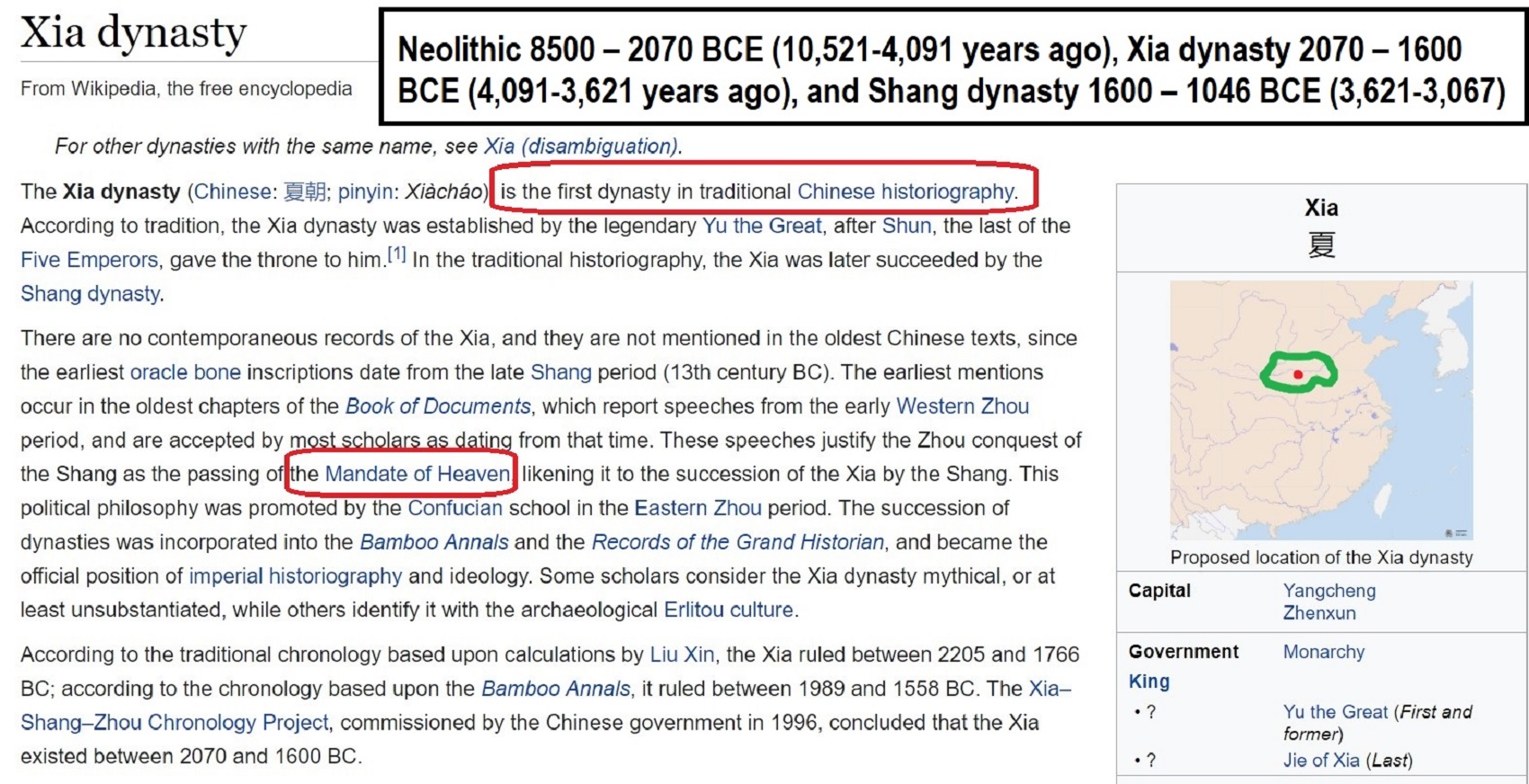
Neolithic China 8500 – 2070 BCE (10,521-4,091 years ago), Xia dynasty 2070 – 1600 BCE (4,091-3,621 years ago), and Shang dynasty 1600 – 1046 BCE (3,621-3,067).
“The Xia dynasty (Chinese: 夏朝; pinyin: Xiàcháo), is the first dynasty in traditional Chinese historiography. According to tradition, the Xia dynasty was established by the legendary Yu the Great, after Shun, the last of the Five Emperors, gave the throne to him. In the traditional historiography, the Xia was later succeeded by the Shang dynasty.” ref
“There are no contemporaneous records of the Xia, and they are not mentioned in the oldest Chinese texts, since the earliest oracle bone inscriptions date from the late Shang period (13th century BC). The earliest mentions occur in the oldest chapters of the Book of Documents, which report speeches from the early Western Zhou period, and are accepted by most scholars as dating from that time. These speeches justify the Zhou conquest of the Shang as the passing of the Mandate of Heaven, likening it to the succession of the Xia by the Shang.” ref
“This political philosophy was promoted by the Confucian school in the Eastern Zhou period. The succession of dynasties was incorporated into the Bamboo Annals and the Records of the Grand Historian, and became the official position of imperial historiography and ideology. Some scholars consider the Xia dynasty mythical, or at least unsubstantiated, while others identify it with the archaeological Erlitou culture.” ref
“According to the traditional chronology based upon calculations by Liu Xin, the Xia ruled between 2205 and 1766 BCE; according to the chronology based upon the Bamboo Annals, it ruled between 1989 and 1558 BCE. The Xia–Shang–Zhou Chronology Project, commissioned by the Chinese government in 1996, concluded that the Xia existed between 2070 and 1600 BCE.” ref
“Traditional histories trace the development of the Xia to the legendary Three Sovereigns and Five Emperors. According to ancient Chinese texts, before the Xia dynasty was established, battles were frequent between the Xia tribe and Chi You‘s tribe. The Xia tribe slowly developed around the time of Zhuanxu, one of the Five Emperors. The Records of the Grand Historian and the Classic of Rites say that Yu the Great is the grandson of Zhuanxu, but there are also other records, like Ban Gu, that say Yu is the fifth generation of Zhuanxu. Based on this, tradition ascribes the ancestry of the Xia clan to Zhuanxu.” ref
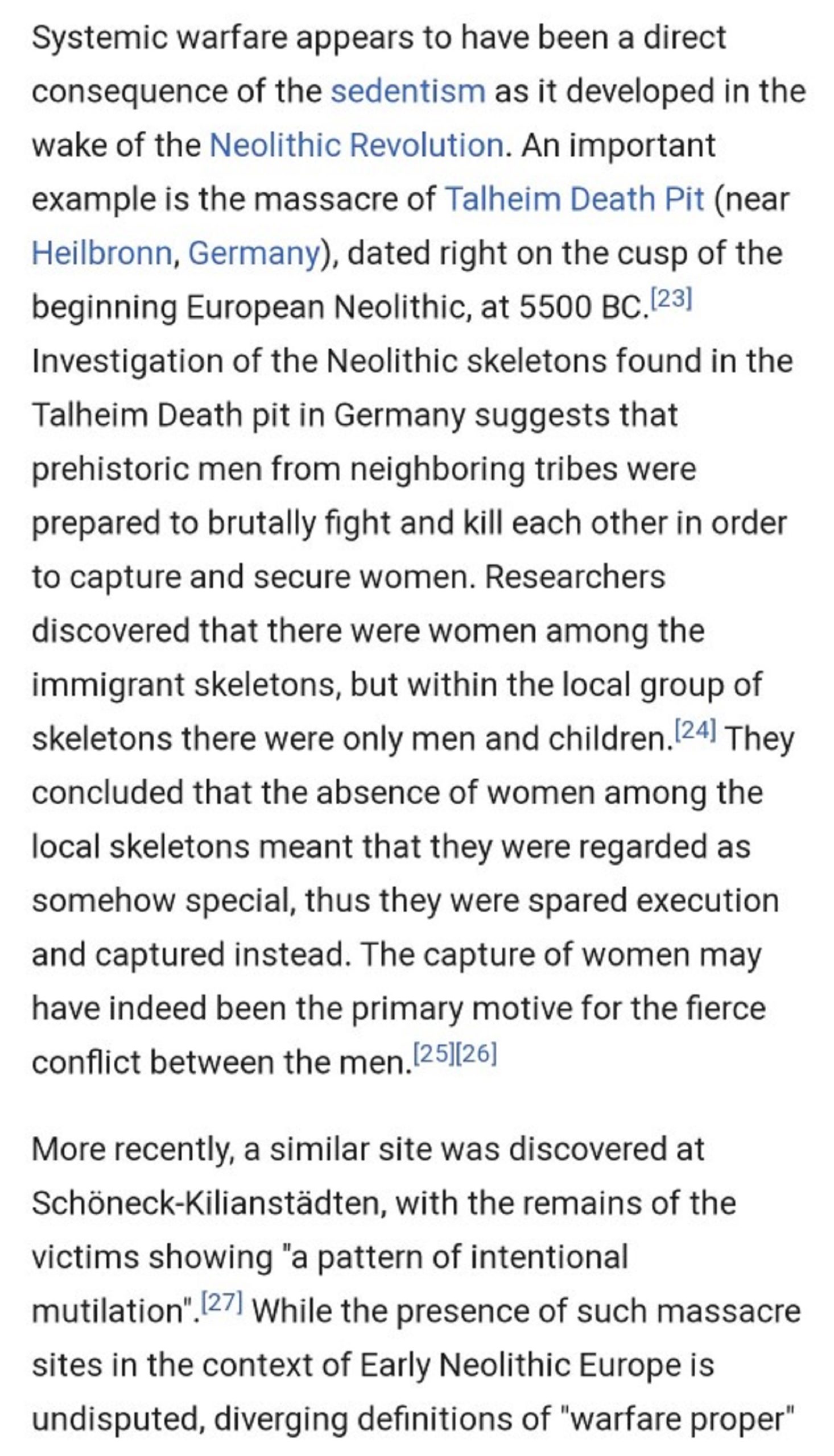
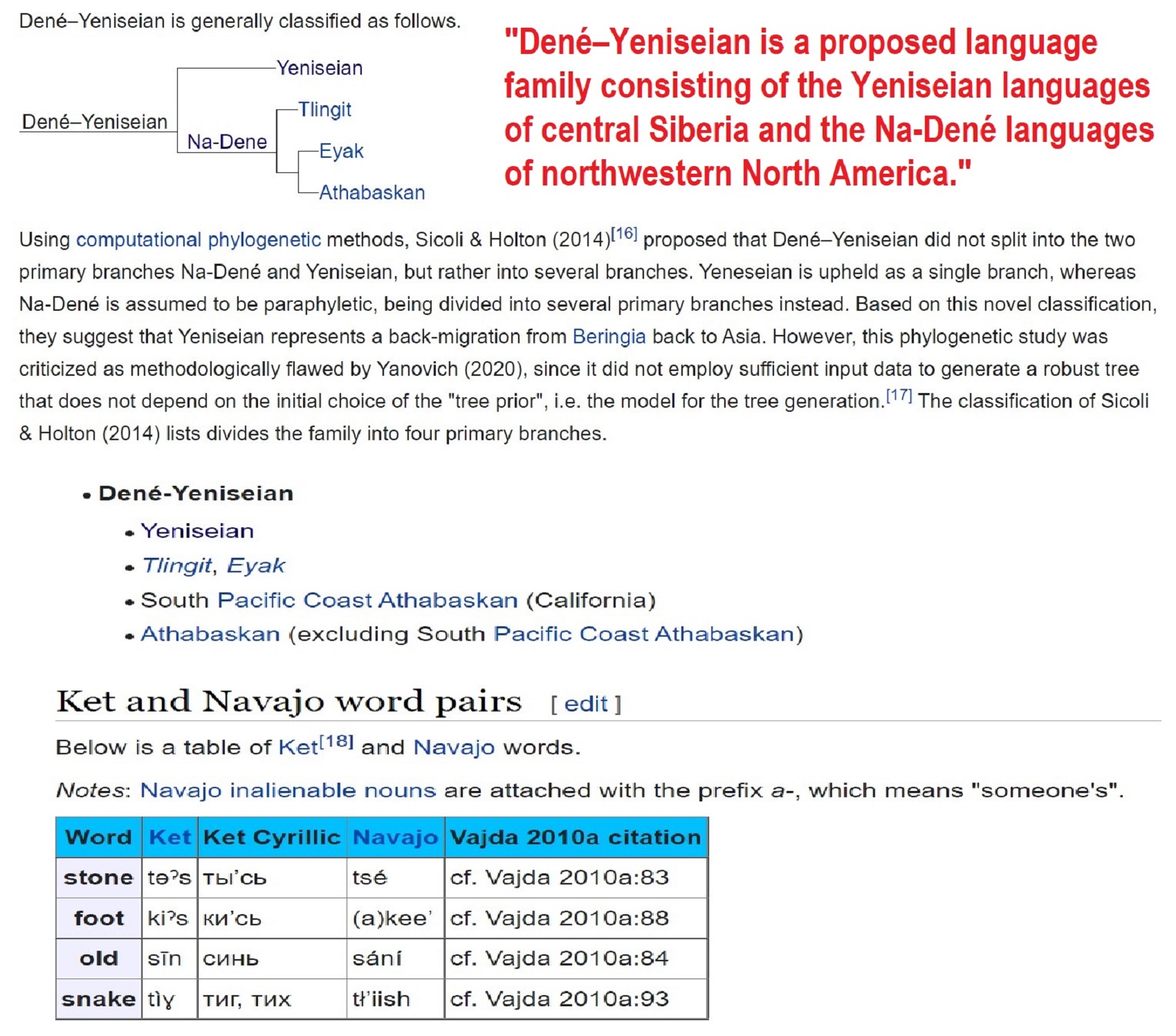
“Dené–Yeniseian is a proposed language family consisting of the Yeniseian languages of central Siberia and the Na-Dené languages of northwestern North America. Reception among experts has been somewhat favorable; thus, Dené–Yeniseian has been called “the first demonstration of a genealogical link between Old World and New World language families that meets the standards of traditional comparative–historical linguistics,” besides the Eskimo–Aleut languages spoken in far eastern Siberia and North America.” ref
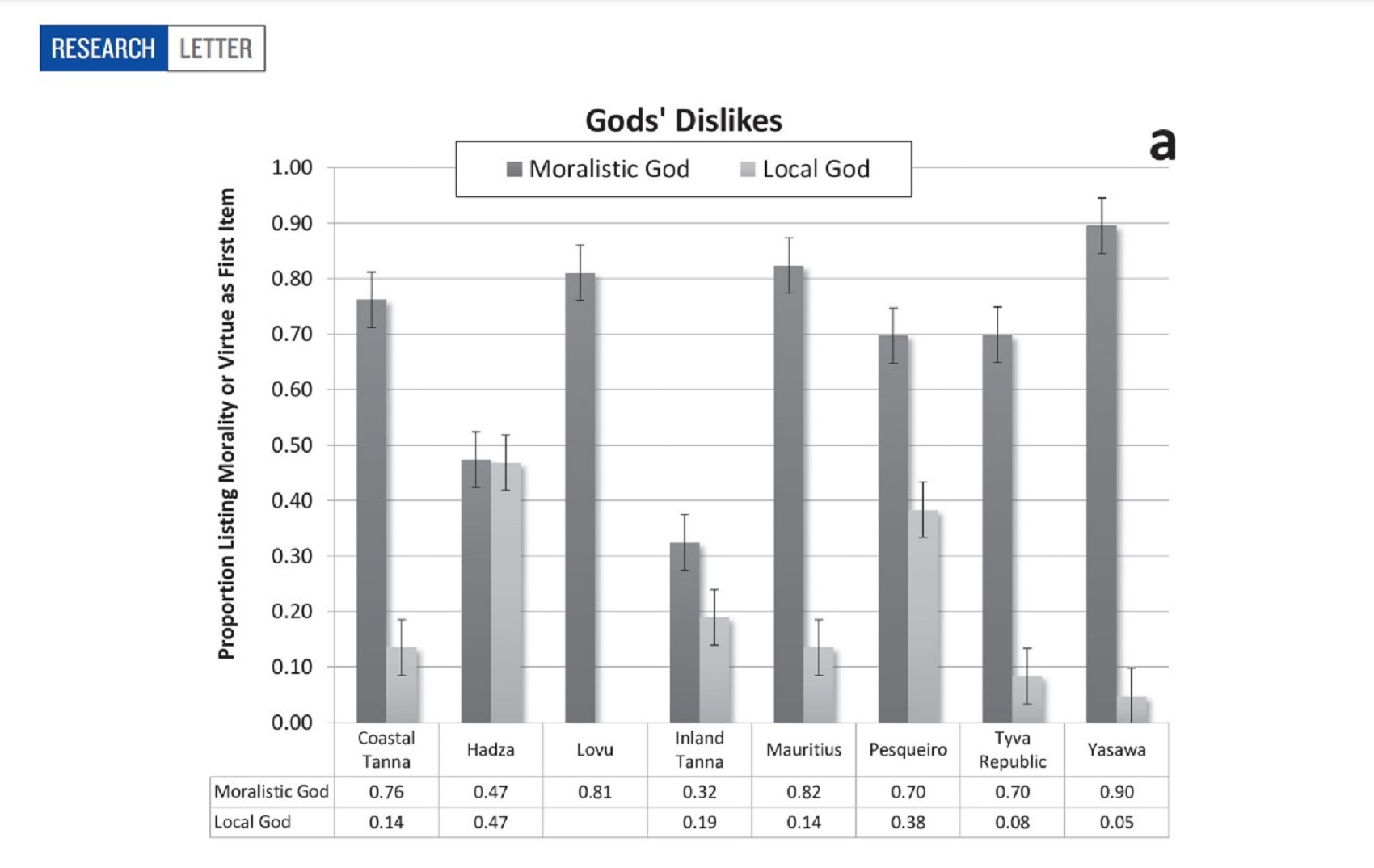
“The proportion of sample listing moral and virtue items for moralistic and local gods’ dislikes and likes by site. a, b, researchers asked participants to freely list up to five things that moralistic and local gods dislike and like.” ref
See above how much stronger control is a theme in moralistic gods? They are commonly much harsher with more rules and punishments.
“When societies were made up of small bands of hunter-gatherers, there was no need for an all-seeing god: everyone would know if you lied or stole, and they’d stop cooperating with you. Moral gods may have helped societies grow, by fostering cooperation, even among strangers.” ref
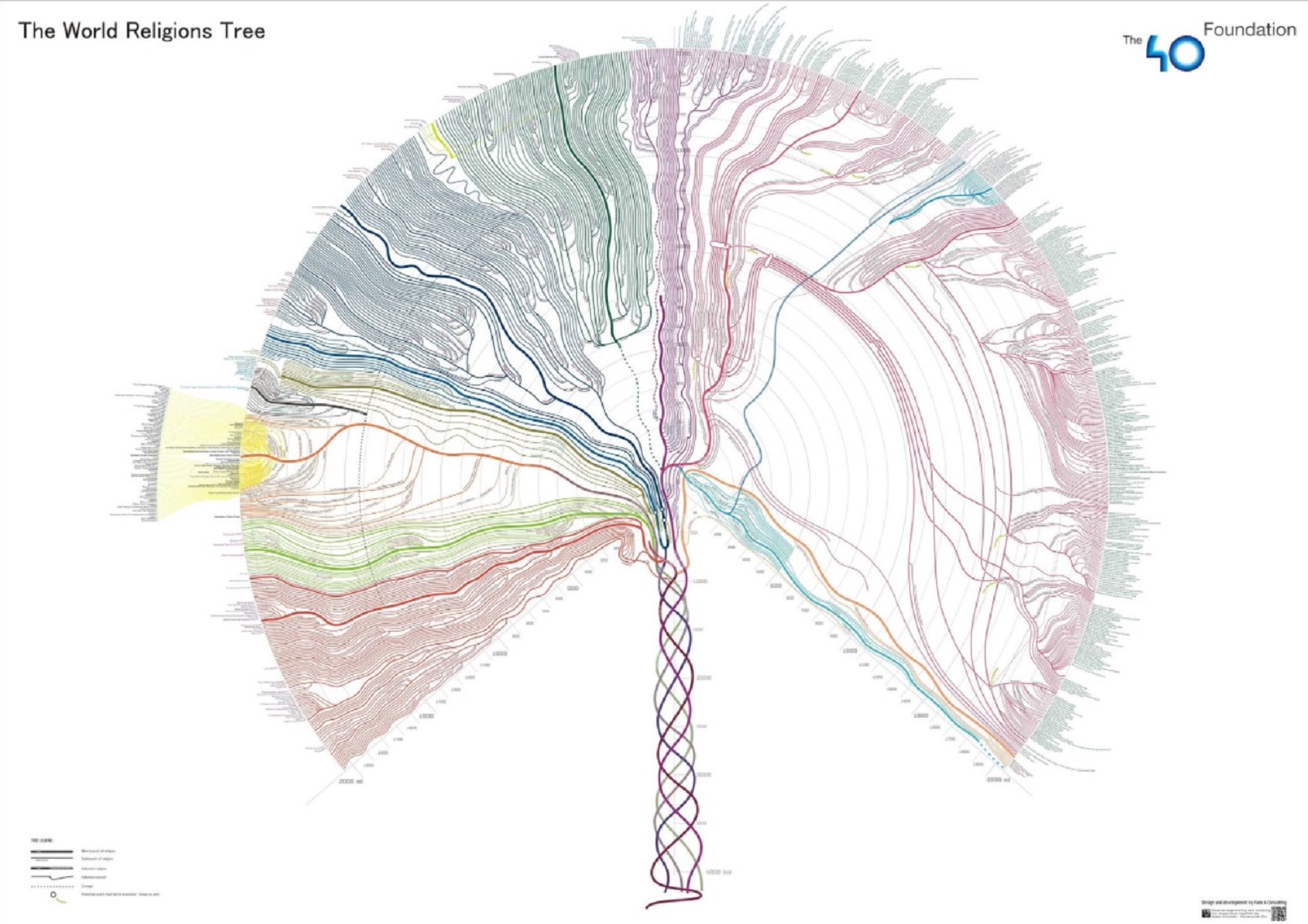
“Branches of the World Religions Tree” ref
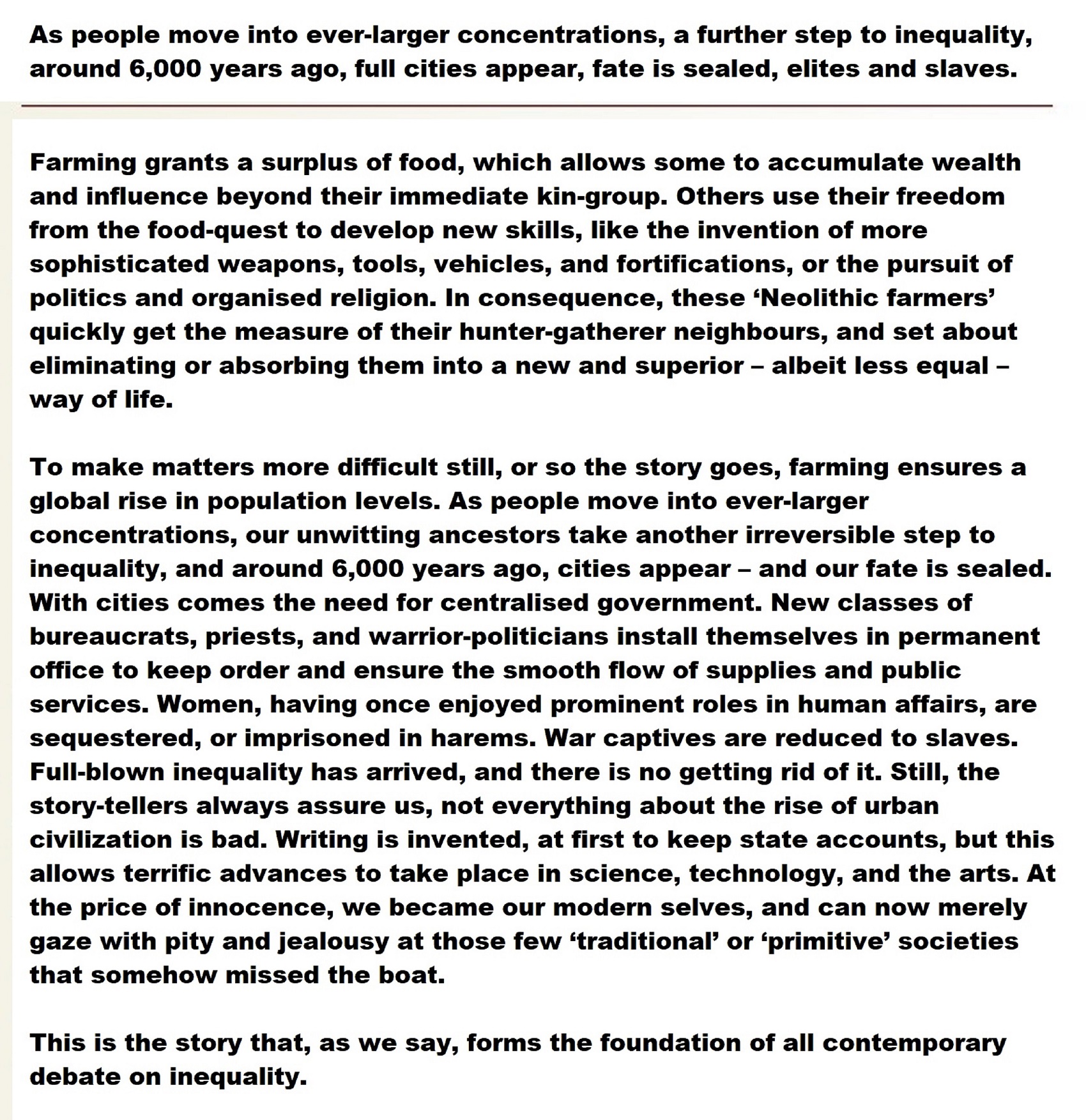
As people move into ever-larger concentrations, a further step to inequality, around 6,000 years ago, full cities appear, fate is sealed, elites and slaves.
“Shreds of evidence of slavery predate written records; the practice has existed in many – if not most – cultures. Mass slavery requires economic surpluses and a high population density to be viable. Because of this, the practice of slavery would have only proliferated after the invention of agriculture during the Neolithic Revolution, about 11,000 years ago.” ref
“Slavery was relatively rare in pre-civilisation hunter-gatherer populations, as it develops under conditions of social stratification. Slavery operated in the first civilizations (such as Sumer in Mesopotamia, which dates back as far as 3500 BCE or 5,521 years ago).” ref
“Slavery occurred in civilizations as old as Sumer, as well as in almost every other ancient civilization, including ancient Egypt, ancient China, the Akkadian Empire, Assyria, Babylonia, Persia, ancient Greece, ancient India, the Roman Empire, the Arab Islamic Caliphate and Sultanate, Nubia and the pre-Columbian civilizations of the Americas. Ancient slavery consists of a mixture of debt-slavery, punishment for crime, prisoners of war, child abandonment, and children born to slaves.” ref
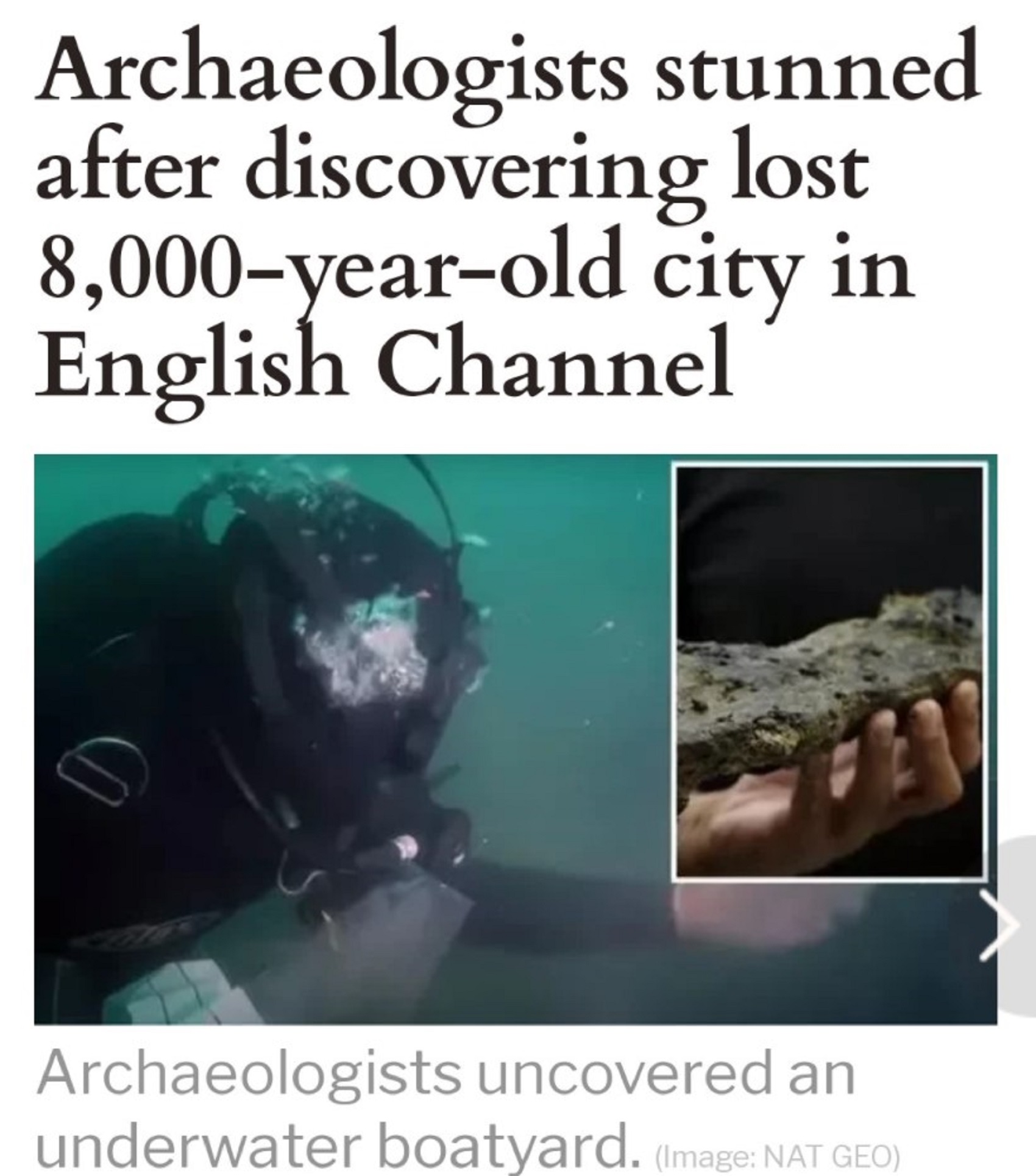
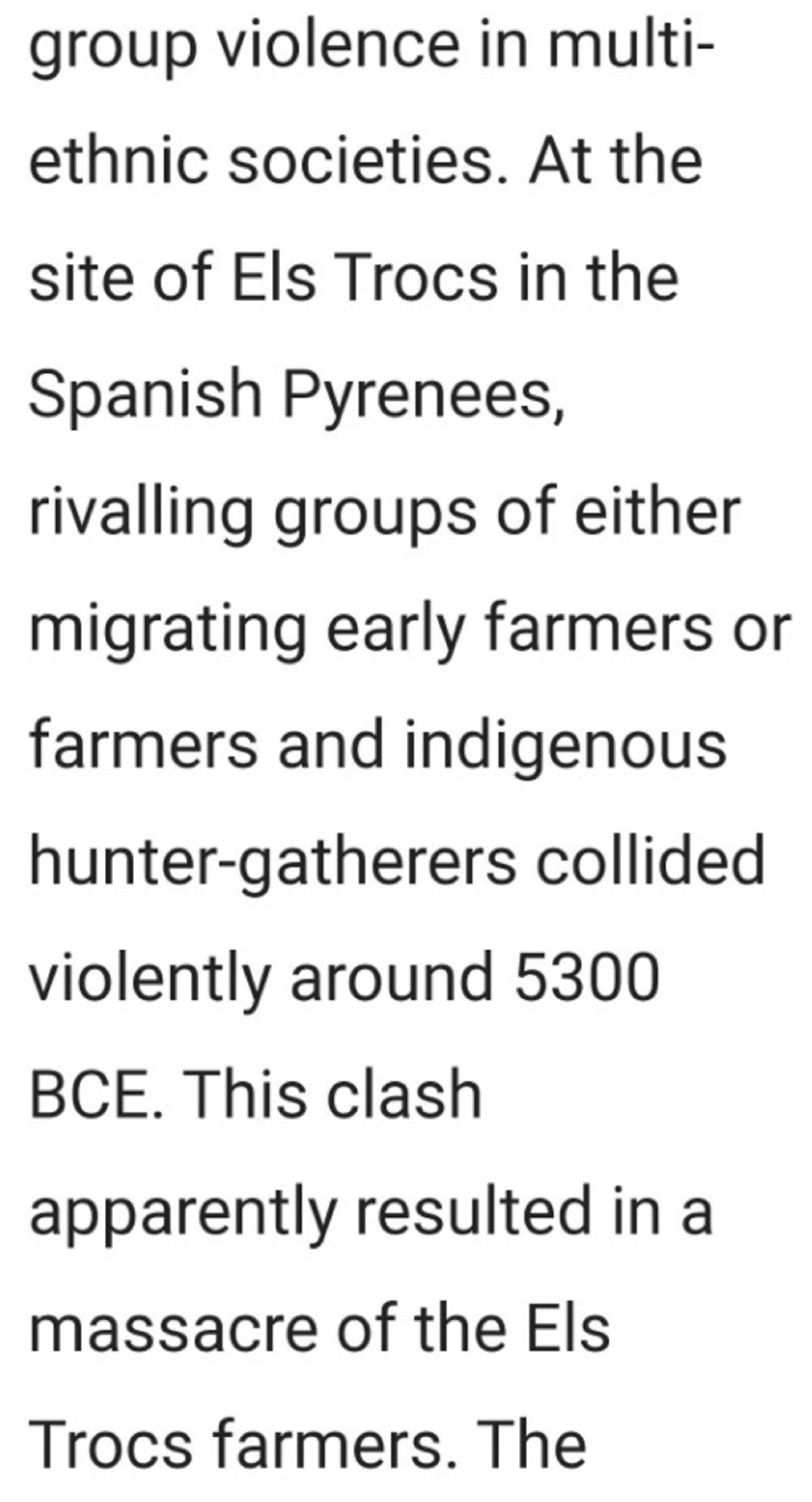

When the First Farmers Arrived in Europe, Inequality Evolved, Forests gave way to fields, pushing hunter-gatherers to the margins—geographically and socially.
IN BRIEF
- “Roughly 9,000 years ago farmers from the Middle East headed toward Europe, seeking new land to cultivate.
- The farmers traveled either along the Mediterranean coast or the Danube River, encountering hunter-gatherers who lived in dense forests.
- At first, the farmers and hunter-gatherers traded or mated. By 5,000 years ago, however, agriculture dominated the continent and hierarchical societies had evolved.
- Genetic studies suggest that individuals with high hunter-gatherer ancestry may have been treated as inferiors.” ref
“Eight thousand years ago small bands of seminomadic hunter-gatherers were the only human beings roaming Europe’s lush, green forests. Archaeological digs in caves and elsewhere have turned up evidence of their Mesolithic technology: flint-tipped tools with which they fished, hunted deer and aurochs (a now extinct species of ox), and gathered wild plants. Many had dark hair and blue eyes, recent genetic studies suggest, and the few skeletons unearthed so far indicate that they were quite tall and muscular. Their languages remain mysterious to this day.” ref
“Three millennia later the forests they inhabited had given way to fields of wheat and lentils. Farmers ruled the continent. The transition was evident even to 19th-century archaeologists, whose excavations revealed bones of domesticated animals, pottery containing remnants of grain and, most intriguing of all, graveyards whose riddles are still being solved. Agriculture not only ushered in a new economic model but also brought about metal tools, new diets, and new patterns of land use, as well as novel human relationships with nature and with one another.” ref
“For 150 years scholars debated whether the farmers brought their Neolithic culture from the Middle East to Europe or whether it was only their ideas that traveled. In the early 2000s, however, geneticists such as Martin Richards, then at the University of Oxford, and others studied patterns of variation in modern genes to provide irrefutable proof that the farmers came—streaming across the Aegean Sea and the Bosporus to reach Greece and the Balkan Peninsula, respectively. From there they spread north and west. Then Svante Pääbo of the Max Planck Institute for Evolutionary Anthropology in Leipzig, Germany, and others learned to extract DNA from ancient human remains and read it. This technological revolution enabled an unprecedented collaboration between archaeologists and geneticists, who rushed to characterize the DNA of individuals who had died in prehistoric hunter-gatherer or farmer settlements.” ref
“Since 2014, when archaeologist Cristina Gamba, then at Trinity College Dublin, and her colleagues found a hunter-gatherer bone in an early farming community in Hungary, a bewilderingly complex and multifaceted picture of the encounters between the residents and the immigrants has emerged. In some places, the two groups mingled from the time they met; in others, they kept their distance for centuries, if not millennia. Sometimes the farmers venerated their predecessors; at other times they dehumanized and subjugated them. Nevertheless, a clear trend is evident. As the decades passed and farmers increased in number, they assimilated and replaced the hunter-gatherers, pushing those who held out to the margins—both geographically and socially. Disturbingly, the progression toward greater inequality culminated, in at least a few places, in societies in which individuals with greater hunter-gatherer ancestry may have been enslaved—possibly even being sacrificed to accompany their masters to the afterlife.” ref
THE EXODUS
“Roughly 11,500 years ago Europe and the Middle East were emerging from an ice age. As the weather grew warmer and the land more bountiful, hunter-gatherers in the so-called Fertile Crescent—an envelope of land around the Euphrates, Tigris and Nile Rivers and the eastern coast of the Mediterranean Sea—gradually became more sedentary. They spent less of their time hunting wild ibex and boar and gathering wild grasses, and they spent more of it tending their own domesticated animals and plants: sheep, goats, wheat, peas, and lentils. Archaeobotany—in particular the study of ancient pollen—and archaeozoology, the study of ancient animal bones, revealed this transition. These were the first farmers, people who spoke unknown languages (of which Basque could be a relic), used stone tools and, about 9,000 years ago, headed for Europe in search of new land to cultivate.” ref
“The farmers reached the new continent by two routes: in boats via the Mediterranean and on foot along the Danube River from the Balkans into central Europe. Radiocarbon dating of archaeological sites revealed that by about 7,500 years ago, Danubian farmers were building villages in the Carpathian Basin—modern-day Slovakia, Hungary, and Romania—and there they began creating a pottery culture. Archaeologists call it the Linear Pottery culture (LBK, by its German acronym, for Linearbandkeramik) because of the distinctive spiral motifs with which they decorated their ceramics.” ref
“Traveling rapidly westward across the fertile plains of what is now Germany, the LBK farmers reached the Rhine within just a few centuries, around 7,300 years ago. Fine-grained analysis of the evolution of pottery styles, along with radiocarbon dating, suggests that they practiced a form of leapfrog colonization. They took “stepwise movements with sometimes hundreds of kilometers covered, and then the landscape in between filled up,” says archaeologist Detlef Gronenborn of the Römisch-Germanisches Zentralmuseum (Romano-Germanic Central Museum) in Mainz, Germany. At some point, they learned how to smelt copper, and a trade in precious copper objects sprang up between farming communities.” ref
“On the southern route, the farmers leapfrogged along the Mediterranean coast from Italy to France and on to the Iberian Peninsula. After reaching French shores, 7,800 or so years ago, they migrated northward toward the Paris Basin, the plain between the Rhine and the Atlantic Ocean that forms a kind of continental cul-de-sac. It was there that the two great streams of farmers met, around seven millennia ago. By then their cultures had diverged to some extent—they had been separated for more than 500 years—but they would still have recognized their own kind. They mingled both biologically and culturally.” ref
“A cemetery near Gurgy, in the southern part of the Paris Basin, dating from 7,000 years ago provides a snapshot of that mingling. Mitochondrial DNA (mtDNA) is typically inherited via the maternal line, and the mtDNA of about 50 individuals buried there has roughly equal contributions from LBK and southern farmers. From the Paris Basin, this mixed population spread out again—carrying its farming culture to every corner of the continent.” ref
FIELDS OVER FORESTS
“The first farmers to enter Europe probably came with their families, as revealed by a 2017 study by Amy Goldberg, an evolutionary anthropologist then at Stanford University, and her colleagues. They analyzed the X chromosomes of 20 Neolithic Europeans. Unlike a Y chromosome, which can be inherited only from a father, an X chromosome can be inherited from either parent. Goldberg’s team reported that male and female farmers had contributed X chromosomes to the 20 individuals in roughly equal proportions. Other researchers have concluded that these societies were patrilocal, meaning wealth was passed down the male line, and women married in from outside. Clues to the mobility of women come from the ratio of strontium isotopes in their teeth, which reflect their dietary history, and from the constant influx of outside artistic influences into farming communities, as evinced by their pottery. Women are thought to have decorated the pottery, as in agricultural societies of later eras.” ref
“Europe then was slightly wetter and warmer than it is today and was heavily forested. As with all immigrants, the farmers might have taken a while to adapt to their new environment, but gradually they learned which plants and animals thrived in Europe’s temperate climes. They cleared the forest parcel by parcel and shaped its composition using ancient forest-management techniques such as coppicing and pollarding. (Coppicing involves cutting a tree back to its base and then allowing it to produce multiple new stems; pollarding is pruning of just the upper branches.) The farmers’ numbers began to increase. When there was no more room at a farm, the younger generation moved on, settling in what may have seemed to them virgin forest. “The newcomers might not have had the impression of encroaching on anybody else’s territory,” says Céline Bon, a paleogeneticist at the Museum of Mankind in Paris. But they were.
“Sooner or later the immigrant farmers must have met the resident hunter-gatherers—and when it happened, it must have been a shock. Approximately 40,000 years had elapsed since their common ancestors split paths on their way out of Africa—long enough to distinguish them physically, culturally and linguistically. Comparisons of their genes with those of modern Europeans indicate that the farmers were shorter than the Western hunter-gatherers who occupied most of the continent. They also had dark hair, dark eyes and, probably, lighter skin. There is no evidence of violence between the two groups in the earliest encounters—although the archaeological record is incomplete enough that violence cannot be ruled out. Yet in large parts of Europe, the hunter-gatherers and their Mesolithic culture simply vanished from both genetic and archaeological records the moment the farmers arrived. Where did they go?” ref
“For decades archaeologists have wondered whether, in the face of this massive influx, the hunter-gatherers retreated—into the hills, perhaps, where the soil was less fertile and hence less suitable for farming, or deep into the forest, where the farmers were unlikely to interfere with them. “Maybe there were massive pockets of hunter-gatherers surviving there, not for a generation but for 1,000 or 2,000 years after the farmers arrived,” suggests Ron Pinhasi, an archaeologist and anthropologist at the University of Vienna in Austria.” ref
“The hunter-gatherers must still have been there somewhere because modern Europeans carry their genes, and Europe-wide surveys of ancient DNA have highlighted a so-called Mesolithic resurgence that started 6,500 years ago. Hunter-gatherer genetic elements accounted for more and more of the farmers’ genomes as time went on—but the resurgence was not just genetic. “Around the same time, we see the reemergence in the archaeological record of Mesolithic ways of doing things,” says archaeologist Thomas Perrin of the Jean Jaurès University of Toulouse in France. The hunter-gatherers themselves were no longer there, except for possible pockets of them hiding deep in the forest—but their genes, and their technology, were.” ref
“By the time the farmers started moving out again from that hub of the Paris Basin, they were no longer the same people who had set out from Hungary or beached on Europe’s prehistoric Riviera. They carried a little bit of the old Europe within them. And that raises the question: How did the encounter between such disparate peoples unfold?” ref
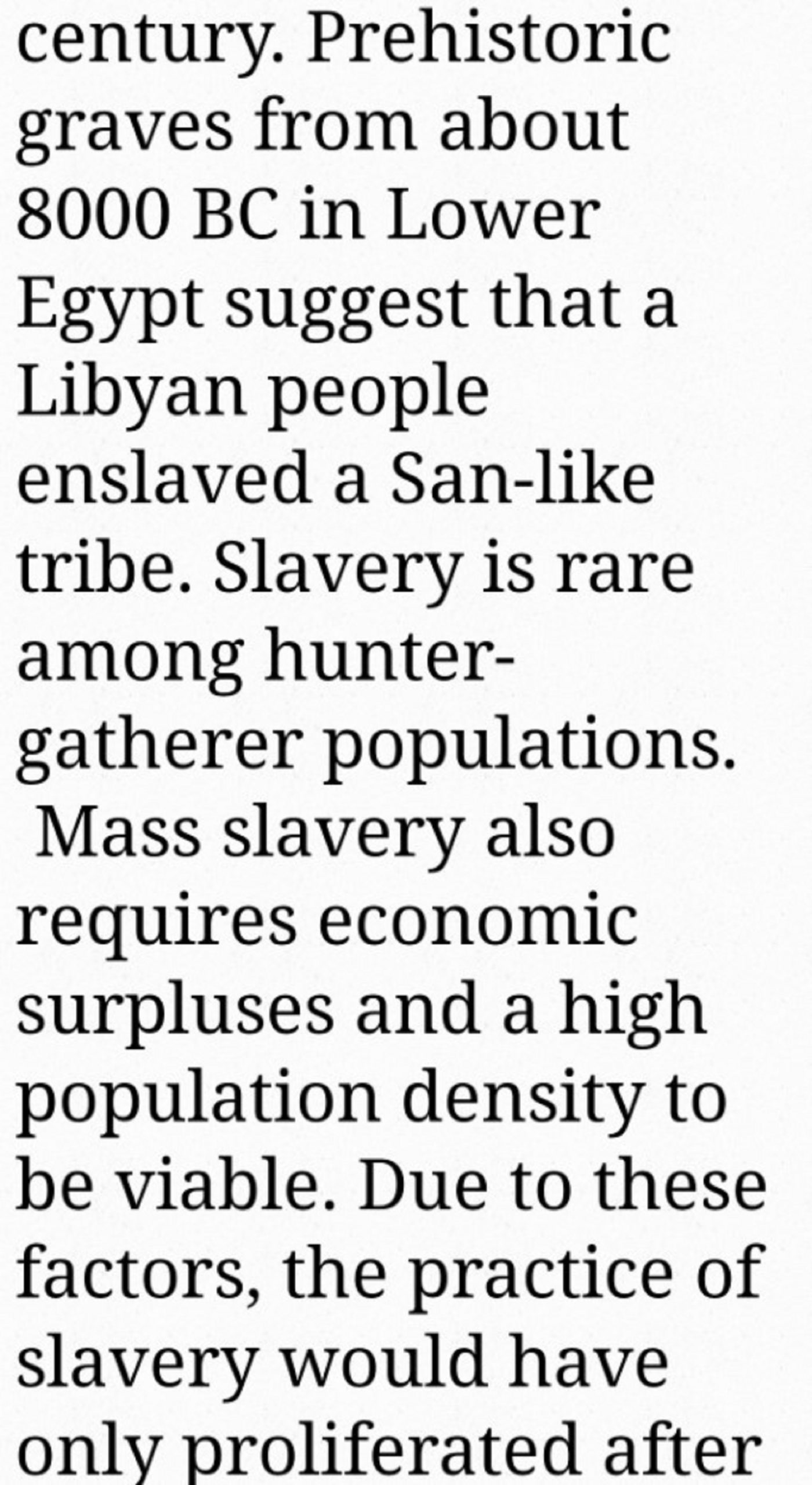
10,000 years old slavery, lower Egypt Libyan People enslaved the San-like hunter-gather tribe.
“Settlements – migrants from the Fertile Crescent in the Near East 8,000 years ago returned during the Egyptian and North African Neolithic, bringing agriculture to the region.” ref
Modern Egyptians share approximately eight % more ancestry on the nuclear level with Sub-Saharan African populations than with ancient Egyptians.
“CNN —Ancient Egyptians and their modern counterparts share less in common than you might think. That is, at least genetically, a team of scientists have found. Researchers from the University of Tuebingen and the Max Planck Institute for the Science of Human History in Jena, both in Germany, have decoded the genome of ancient Egyptians for the first time, with unexpected results. Publishing its findings in Nature Communications, the study concluded that preserved remains found in Abusir-el Meleq, Middle Egypt, were the closest genetic relatives of Neolithic and Bronze Age populations from the Near East, Anatolia, and Eastern Mediterranean Europeans.” ref
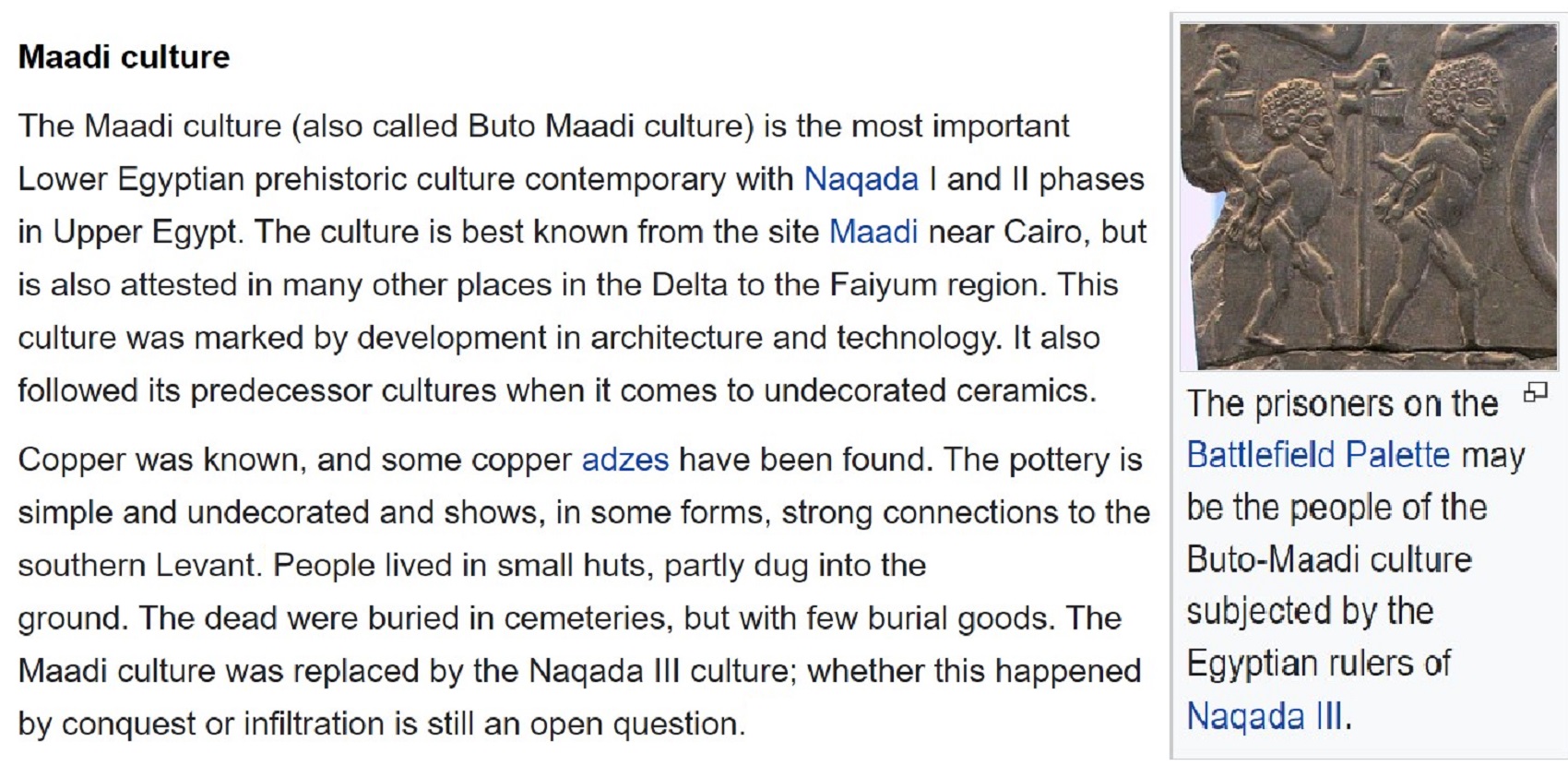
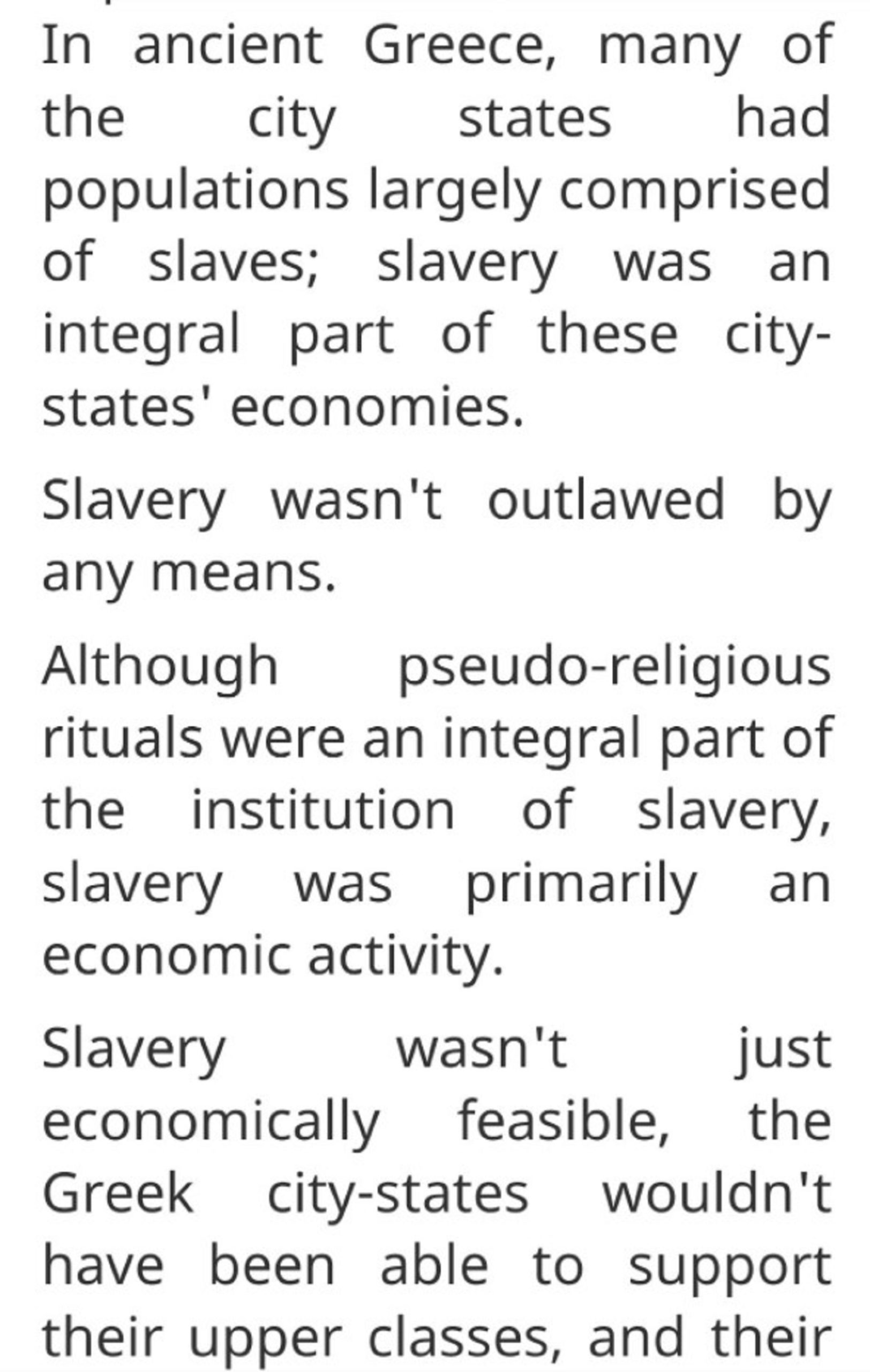
Greece, like all others, was only able to become great due to slavery.
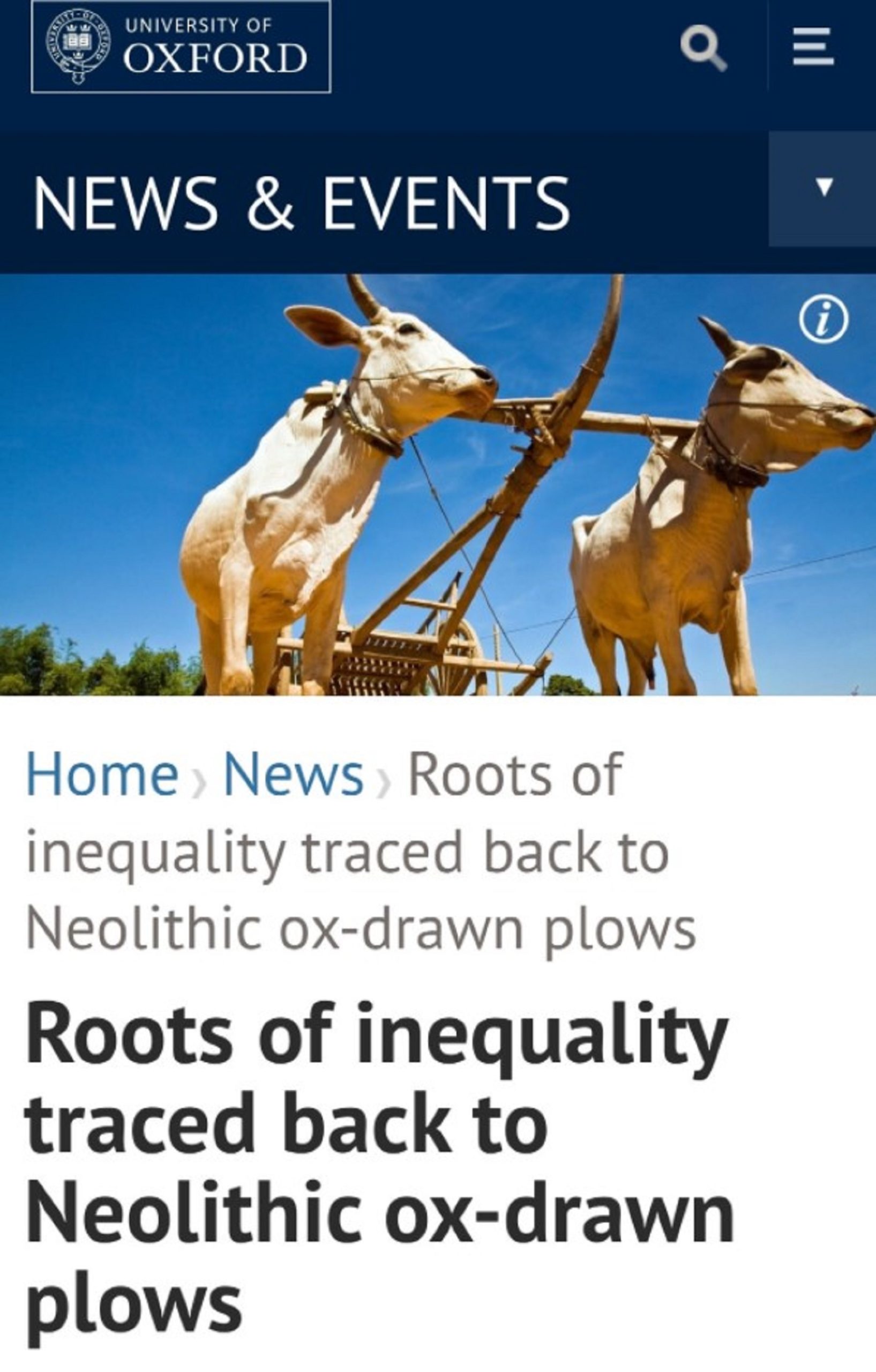
“Seven thousand years ago, societies across Eurasia began to show signs of lasting divisions between haves and have-nots. In new research published in the journal Antiquity, scientists from the University of Oxford, Bocconi University, and Sante Fe Institute chart the precipitous surge of prehistoric inequality and trace its economic origins back to the adoption of ox-drawn plows.” ref
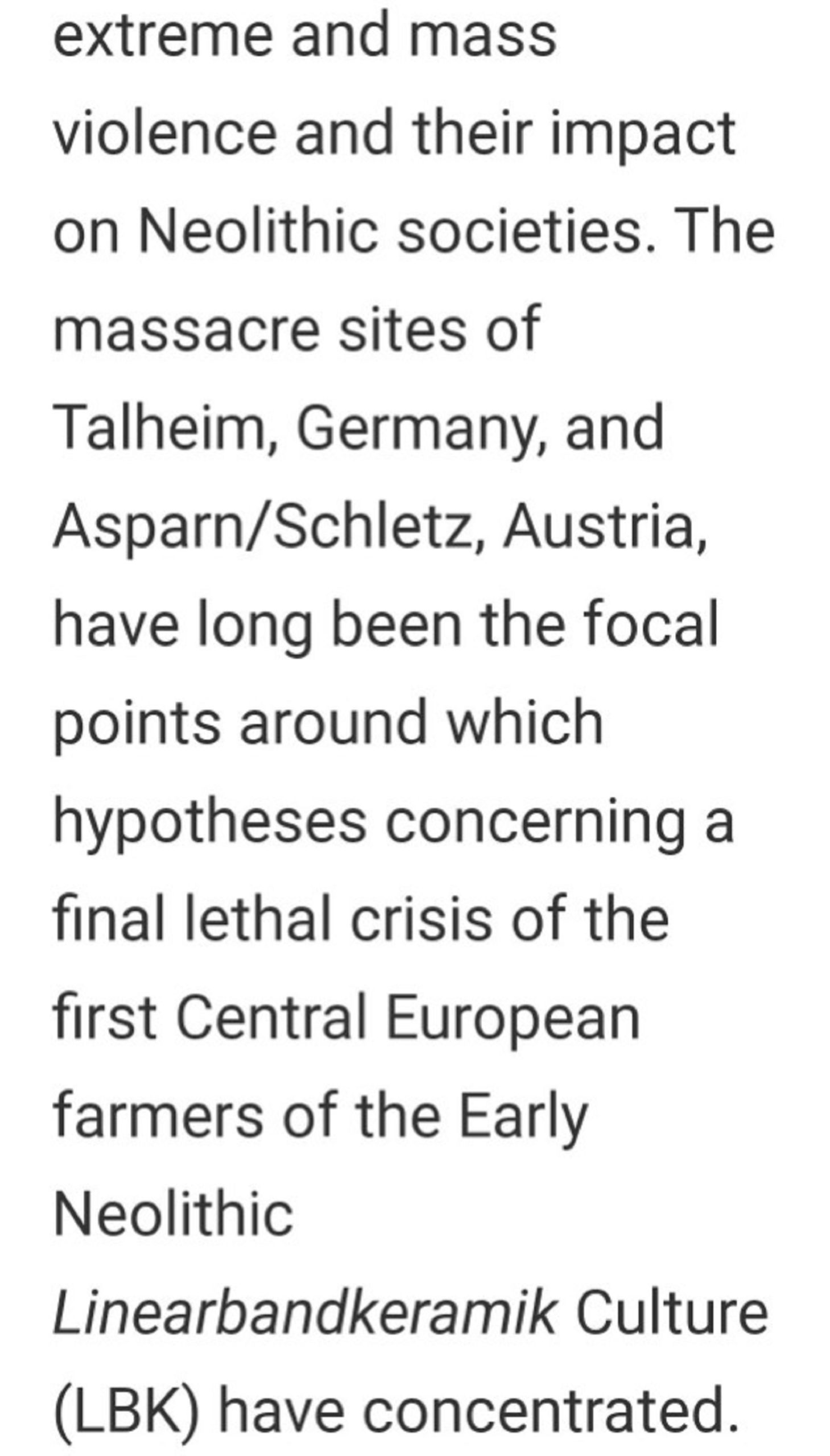
“The Neolithic was a time of profound change in Central Europe. The appearance, spread, and subsequent development of the first farmers in this area in the Early Neolithic have attracted continuous attention. Those first agriculturists (5600–4900 cal BCE or 7,621-6,921 years ago), whose pottery decoration style has given rise to their modern ascribed name of Linear Pottery culture (in German, Linearbandkeramik, LBK), left a very rich archaeological record including a large number of skeletal remains. In recent years the Early Neolithic also has been targeted by various bioarchaeometric analyses, including studies on ancient DNA and stable isotopes.” ref
“One of the key results has been an apparent genetic discontinuity between Mesolithic and Neolithic populations, the latter spreading west into Central Europe from the southeast, bringing with them the well-known “Neolithic package” consisting mainly of domesticated crops and cattle. The genetic makeup of these first farmers was different not only from their predecessors in this region but also from their successors, showing complex patterns of movements and migrations over time.” ref
“Strontium isotope analyses have revealed a virilocal residence pattern practiced within the LBK, which also is evident from some later Neolithic periods. Furthermore, the deposition of ground stone adzes, the typical weapon-tools of the LBK, in only some male burials seems to indicate the presence of social inequality at the onset of the settled agricultural lifestyle, probably related to inherited access to the most coveted loess soils in which considerable labor and effort was invested over time.” ref
“Built mainly on several enigmatic sites with clear osteological evidence for lethal mass violence and generalized patterns of increased differentiation and fortification from many others, the disappearance of the LBK from the Neolithic landscape often has been portrayed as a result of strife and social unrest, culminating in a far-reaching apocalyptic nightmare of violence, warfare, and cannibalism. Although such a scenario appears somewhat exaggerated, the proposed “crisis” at the end of the LBK has attracted much attention, speculation, and debate.” ref
“Foremost in this discussion is the evidence from the sites of Talheim, Germany, and Asparn/Schletz, Austria, of massacres of probably entire LBK communities. The dead from these mass fatality events were either left unburied or thrown into a mass grave, lacking all indications of care or burial ritual. To these two clear-cut conflict sites we can now add another with unequivocal osteoarchaeological evidence of indiscriminate lethal violence, torture and mutilation, and disposal of the corpses in a commingled and chaotic mass grave.” ref
“Although isolated cases of interpersonal violence are known from much older periods, as are some pictorial representations of possible violent behavior, direct evidence for targeted collective violence is very rare in the preagricultural record of Central Europe. One of the most frequently discussed sites in this regard is the Ofnet Cave in Germany, which shows the deposition of selected human remains with clear evidence of perimortem injuries and cut marks in Mesolithic times. At that site, however, only detached and ochre-covered heads with articulated vertebrae were deposited carefully along with animal teeth ornaments in a special location, indicating much more complex behavior than a massacre.” ref

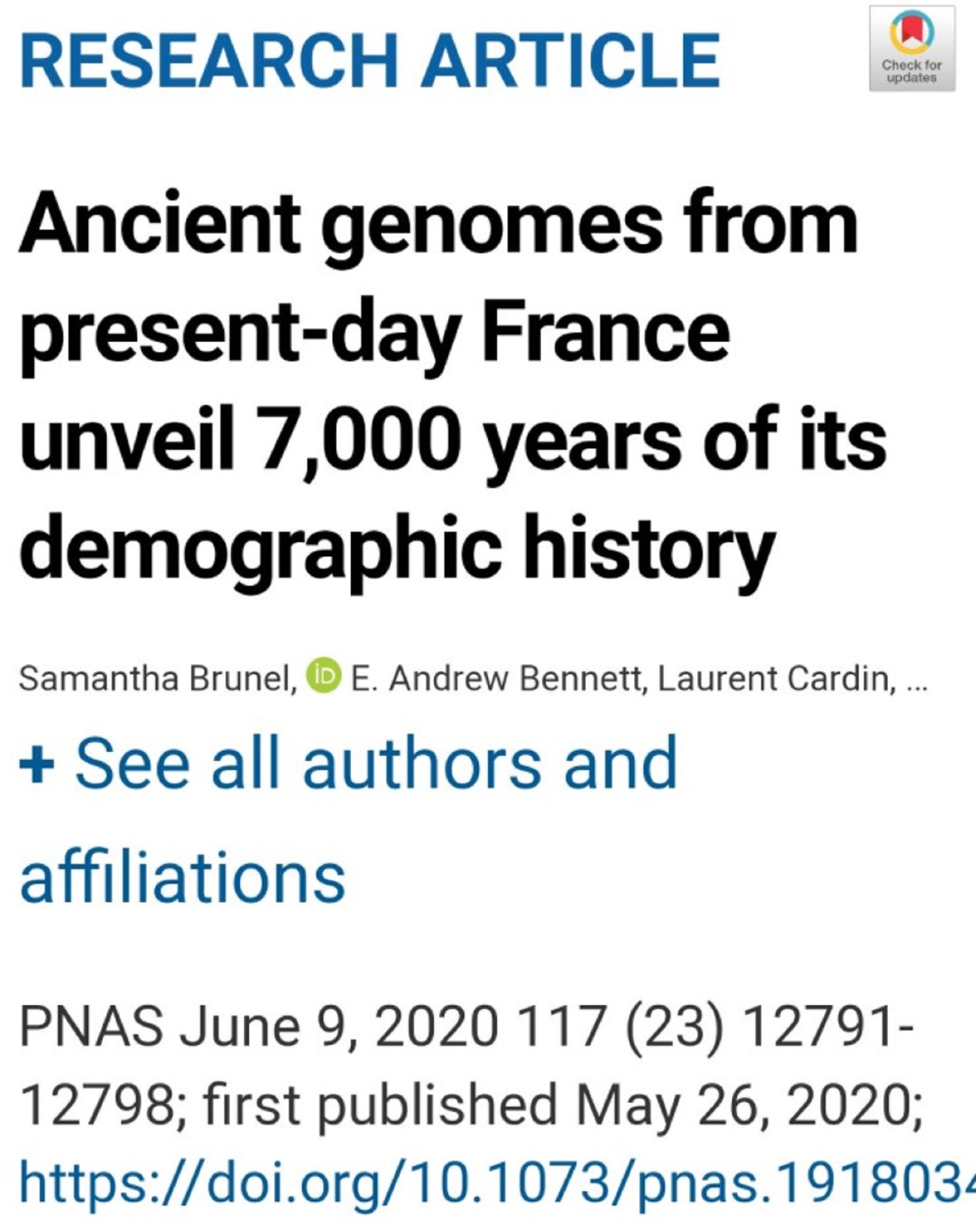

See a new change 7,000 years ago migrations from Asia to the Americas.
Tradition Migration 11,000-6,000 years ago:
“Northern Archaic people to be direct ancestors of Na Dene speaking Athabaskans, historical linguistic analysis suggests the origins of the Na Dene language family is in central Asia.” ref
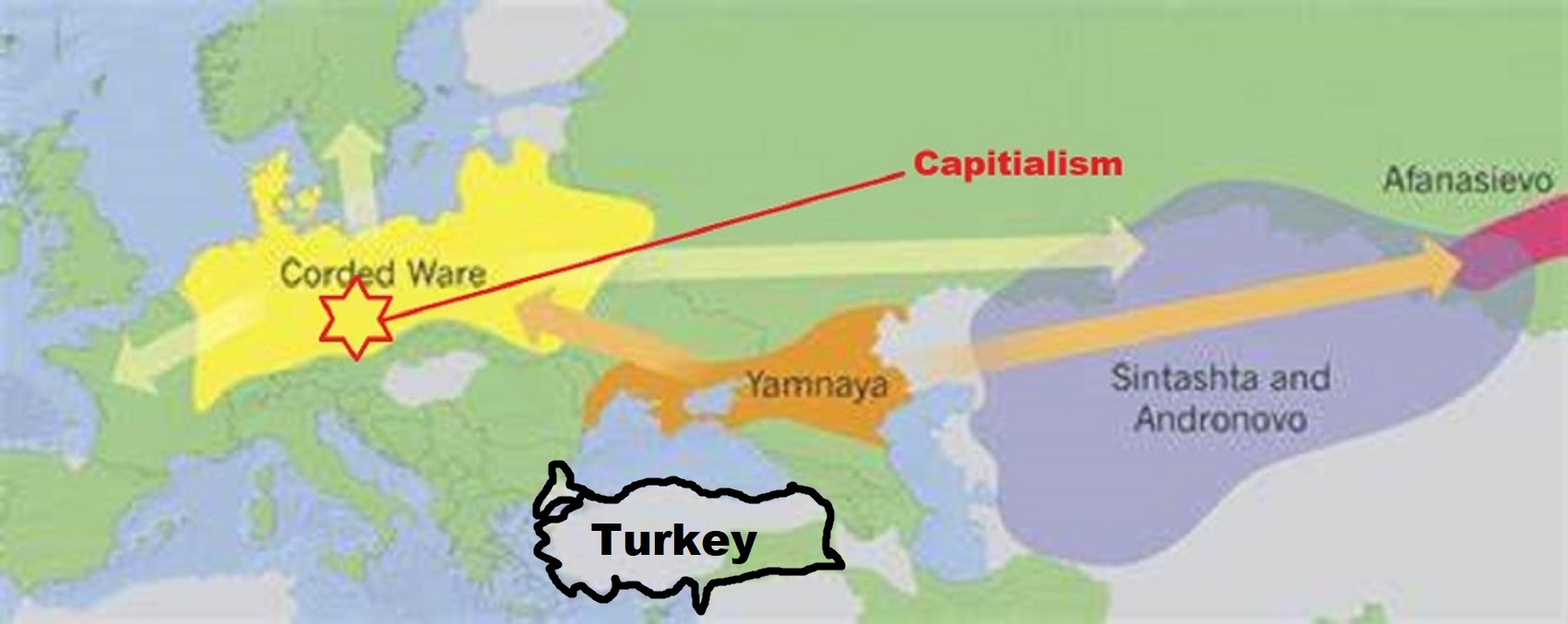
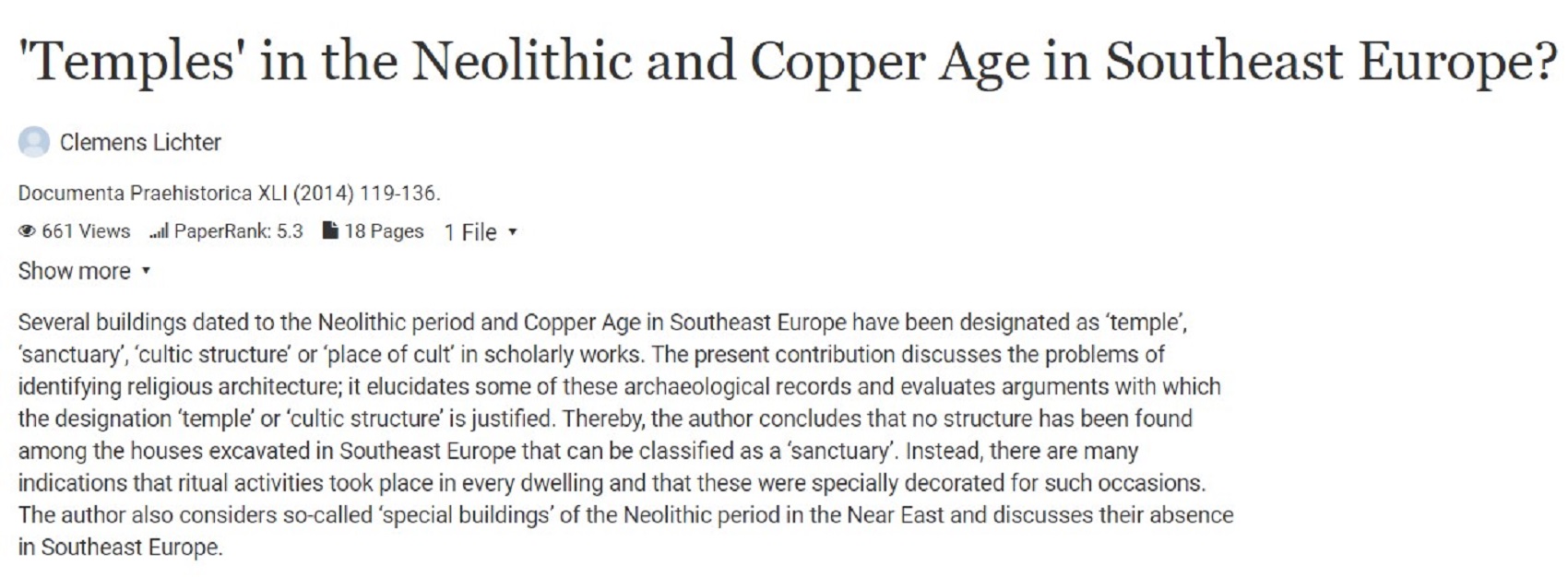
‘Temples’ in the Neolithic and Copper Age in Southeast Europe?
“Several buildings dated to the Neolithic period and Copper Age in Southeast Europe have been designated as ‘temple’, ‘sanctuary’, ‘cultic structure’ or ‘place of cult’ in scholarly works. The present contribution discusses the problems of identifying religious architecture; it elucidates some of these archaeological records and evaluates arguments with which the designation ‘temple’ or ‘cultic structure’ is justified. Thereby, the author concludes that no structure has been found among the houses excavated in Southeast Europe that can be classified as a ‘sanctuary’. Instead, there are many indications that ritual activities took place in every dwelling and that these were specially decorated for such occasions. The author also considers the so-called ‘special buildings’ of the Neolithic period in the Near East and discusses their absence in Southeast Europe.” ref

“Inanna is an ancient Mesopotamian goddess associated with love, beauty, sex, war, justice, and political power. She was originally worshiped in Sumer under the name “Inanna”, and was later worshipped by the Akkadians, Babylonians, and Assyrians under the name Ishtar. She was known as the “Queen of Heaven” and was the patron goddess of the Eanna temple at the city of Uruk, which was her main cult center. She was associated with the planet Venus and her most prominent symbols included the lion and the eight-pointed star. Her husband was the god Dumuzid (later known as Tammuz) and her sukkal, or personal attendant, was the goddess Ninshubur (who later became conflated with the male deities Ilabrat and Papsukkal).” ref
“Inanna was worshiped in Sumer at least as early as the Uruk period (c. 4000 BCE – c. 3100 BCE or 6,021-5,121 years ago), but she had little cult activity before the conquest of Sargon of Akkad. During the post-Sargonic era, she became one of the most widely venerated deities in the Sumerian pantheon, with temples across Mesopotamia. The cult of Inanna/Ishtar, which may have been associated with a variety of sexual rites, was continued by the East Semitic-speaking people (Akkadians, Assyrians, and Babylonians) who succeeded and absorbed the Sumerians in the region.” ref
“She was especially beloved by the Assyrians, who elevated her to become the highest deity in their pantheon, ranking above their own national god Ashur. Inanna/Ishtar is alluded to in the Hebrew Bible and she greatly influenced the Ugaritic Ashtart and later Phoenician Astarte, who in turn possibly influenced the development of the Greek goddess Aphrodite. Her cult continued to flourish until its gradual decline between the first and sixth centuries CE in the wake of Christianity.” ref
“Inanna appears in more myths than any other Sumerian deity. She also had a uniquely high number of epithets and alternate names, comparable only to Nergal. Many of her myths involve her taking over the domains of other deities. She was believed to have been given the mes, which represented all positive and negative aspects of civilization, by Enki, the god of wisdom. She was also believed to have taken over the Eanna temple from An, the god of the sky.” ref
“Alongside her twin brother Utu (later known as Shamash), Inanna was the enforcer of divine justice; she destroyed Mount Ebih for having challenged her authority, unleashed her fury upon the gardener Shukaletuda after he raped her in her sleep, and tracked down the bandit woman Bilulu and killed her in divine retribution for having murdered Dumuzid. In the standard Akkadian version of the Epic of Gilgamesh, Ishtar asks Gilgamesh to become her consort. When he refuses, she unleashes the Bull of Heaven, resulting in the death of Enkidu and Gilgamesh’s subsequent grapple with his mortality.” ref
“Inanna/Ishtar’s most famous myth is the story of her descent into and return from Kur, the Ancient Mesopotamian underworld, a myth in which she attempts to conquer the domain of her older sister Ereshkigal, the queen of the underworld, but is instead deemed guilty by the seven judges of the underworld and struck dead. Three days later, Ninshubur pleads with all the gods to bring Inanna back, but all of them refuse her except Enki, who sends two sexless beings to rescue Inanna.” ref
“They escort Inanna out of the underworld, but the galla, the guardians of the underworld, drag her husband Dumuzid down to the Underworld as her replacement. Dumuzid is eventually permitted to return to heaven for half the year while his sister Geshtinanna remains in the underworld for the other half, resulting in the cycle of the seasons.” ref
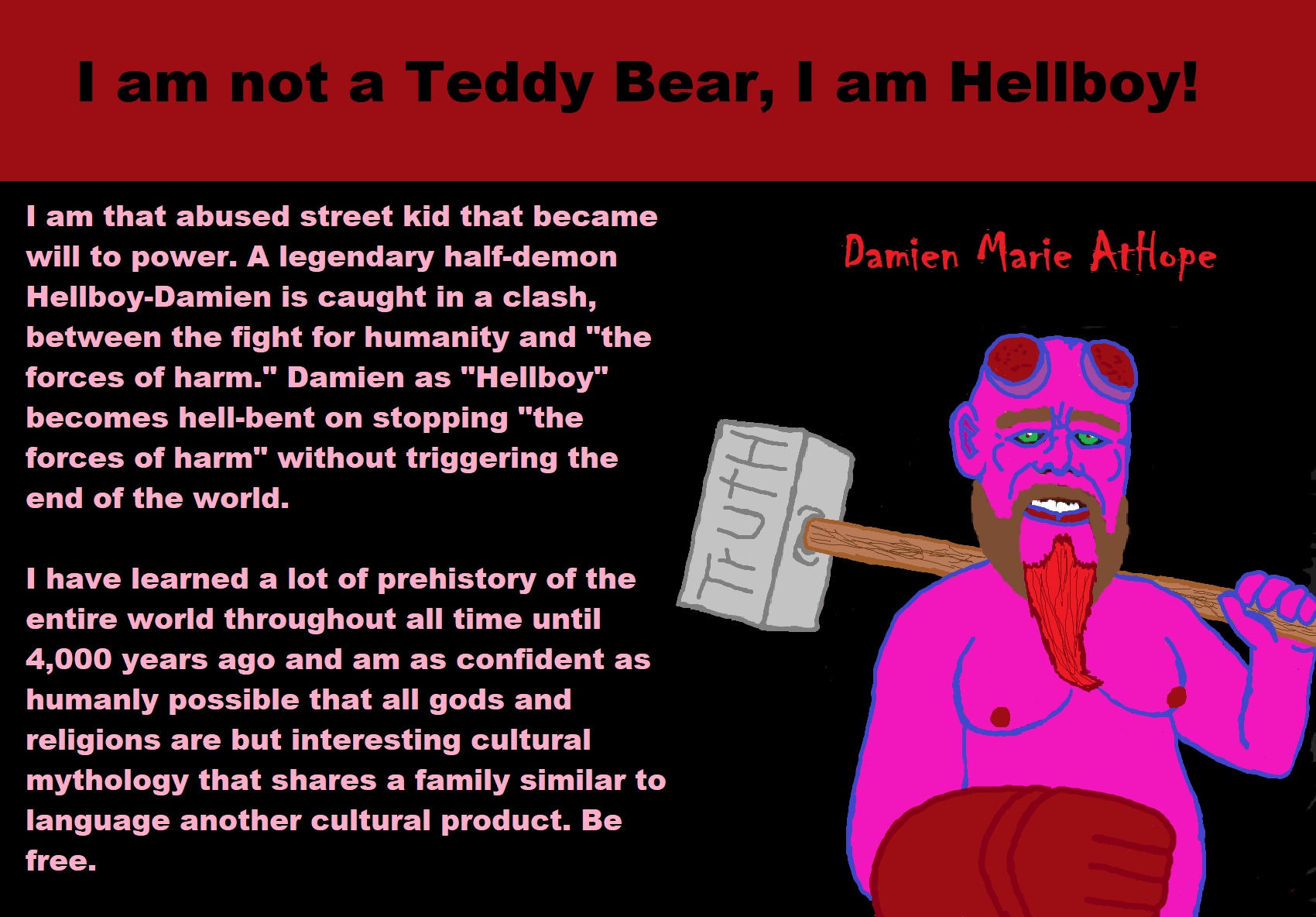
My DNA from my mother relates with the Linear Pottery culture, European Neolithic 7,521-6,521 years ago, my father relates to the Yamnaya culture of late Copper Age to Bronze Age from the Pontic-Caspian steppe, dating to 5,321–4,621 years ago, Proto-Indo-Europeans/Proto-Indo-European language/Proto-Indo-European mythology/Proto-Indo-European religion/Proto-Indo-European society/ and the Kurgan hypothesis.
I am not a Teddy Bear, I am Hellboy!
Legendary half-demon Hellboy-Damien is caught in a clash, between the fight for humanity and “the forces of harm.” Damien as “Hellboy” becomes hell-bent on stopping “the forces of harm” without triggering the end of the world.
I have already won. I am now tasked for the rest of my life to explain this to others, so they get it too. I am the best ever and all most see of me is that they see me as a freak, rather than the truly amazing person, I actually am.
I have learned a lot of prehistory of the entire world throughout all time until 4,000 years ago and am as confident as humanly possible that all gods and religions are but interesting cultural mythology that shares a family similar to language another cultural product. Be free.
I was telling my wife last night I should win a genius book of world records for the first person to solve religion prehistory. She laughed and said, no one care what you figured out your facts are not going to force change their world.
No gods, no aliens, no one culture did everything, rather connected religious thinking and many similar cultures that each diversified over and over and many amazing people doing the almost unbelievable, which tells us, we together can overcome almost anything. Let’s work as one.
It’s not that I know more than you, well, ok I do. So, I do know more than most but what matters is what we do with knowledge? Do you use it to better humanity or hide it and utilize intellectual oppression all in the name of elite power?
I am the best in the world of understanding the evolution of religion throughout all time, from millions until 4,000 years ago, across the entire planet. That is what I have been researching starting 2006 when I turned atheist in college and realized I needed to do something.
Will you always be so vulnerable? Will you let others lead you around by your EGO? Are you a slave to a good master? Can you even think past the weakness of EGO, or will you keep debasing your honor so your EGO is not offended? Are you so limited? And you so selfish? Can you???
The only reason I don’t have millions of followers is people don’t watch my videos or read all the way through even a few of my blog posts.
If I was people I would read every blog post “Damien” made on “Prehistory”, grasping just how revolutionary Damien’s explanations and gathered facts can be. It is better than just going to college and with me, it’s all offered to help you and given for free. Yet may still choose?
Too many complain my blog posts are too long and too few thank me for being so amazingly thorough. Sadly, I am almost shunned for not being more superficial…
I guess in the long run it is good almost no one helped me as now I owe no one, nor does anyone have the privilege of saying they helped me become the person I am. Rather that pride is all mine and mine alone. I thank myself for always having my back even if I had to do it alone.
I saved my brother’s life as a teenager, carrying him on my back a few miles down a mountain in full blizzard conditions that threatened to kill us both. I was never even thanked… No Hallmark stories in my life. Just another day, seen as a problem-person, others must deal with.
My Very Christian Mother who was a lifelong Republican, years before dying said to me that she truly acknowledged how I as an open marriage, anarchist, socialist, atheist, antitheist, antireligionist, was, in fact, a better human than she was, saying, you are the future Damien.
I cry often and it happens more when I get over-stressed, due to my PTSD from my life of extreme child abuse.
To many, the mental picture of an archaeologist maybe some man with a hat and a bullwhip but there have always been women in archaeology and other genders as well while we are on the gender topic. Never forget all the contributions that did not involve men. Thanks.
I don’t give all my stuff for free because I have money, no, I have often bobbed up and down in poverty and not long ago when my wife lost her job we had to live with family until her job now.
Police are sold as protection for all but the street behaviors seem not unlike an occupying gang, goons of the rich, and racist.
I have been running from ruin, my entire life. I have had a few times in my life I did not think I may die or get killed. I hope one day it stops.
I get, my father never loved me, and it should not be a surprise, as he was a schizophrenic psychopath who was a strong narcissist and a sadistic personality added just for extra fun.
You may think you are kind of safe in your own home as a child until your father has you all come to the back yard where he kills the family animal in front of us, to teach us a lesson. I think on this as I stand outside watching the family eat as told.
Everyone loves judging me, thinking what is wrong with me, few have asked instead what happened to me. Always assuming it is my failure not the evidence of my victimizations.
Once when I first started living in a motel I had a can of food, even though that was all, not too great but also no way to open it but a key to the door. I pounded it on the key, then sucked soup out the hole. I can understand suffering.
I was labeled a troubled child, “juvenile delinquent”, a problem few wanted to deal with when all this was what should have been called, the disruptive attributes of extreme child abuse symptoms. Instead, most have always just blamed me…


I am living proof counseling can help change your life as an ex-street kid thug/crime and hurt anyone I felt like and I liked fighting men/youth males, doing it often. Then at 17, put inpatient to a mental/addiction center to both sober me up and aid my thinking. Look at me now!
My Caring Firebrand Atheist Activism Training, as Easy as 1 2 3: https://damienmarieathope.com/2020/12/my-caring-firebrand-atheist-activism-training-as-easy-as-1-2-3/?v=32aec8db952d
Truth Navigation: Techniques for Discussions or Debates
“The Hammer of Truth” -ontology question- What do You Mean by That?
Hammer of Truth that lying pig RELIGION: challenged by an archaeologist
Truth Navigation and the fallacy of Fideism “faith-ism”
Truth Navigation: “Belief-Etiquette”
Atheist Activism Training #1: Know You, Know Your Motivations and Understand Others: https://damienmarieathope.com/2019/06/atheist-activism-training-1-know-you-know-your-motivations-and-understand-others/?v=32aec8db952d
Atheist Activism Training #2: Ontology, Epistemology, and Axiology (methodological use of philosophy): https://damienmarieathope.com/2019/06/atheist-activism-training-2-ontology-epistemology-and-axiology-methodological-use-of-philosophy/?v=32aec8db952d
Atheist Activism Training #3: Navigate the Discussion, Control the Questions, and Turn the Argument: https://damienmarieathope.com/2019/07/atheist-activism-training-3-navigate-the-discussion-control-the-questions-and-turn-the-argument/?v=32aec8db952d


While hallucinogens are associated with shamanism, it is alcohol that is associated with paganism.
The Atheist-Humanist-Leftist Revolutionaries Shows in the prehistory series:
Show two: Pre-animism 300,000 years old and animism 100,000 years old: related to “Anarchism and Socialism”
Show tree: Totemism 50,000 years old: related to “Anarchism and Socialism”
Show four: Shamanism 30,000 years old: related to “Anarchism and Socialism”
Show five: Paganism 12,000 years old: related to “Anarchism and Socialism”
Show six: Emergence of hierarchy, sexism, slavery, and the new male god dominance: Paganism 7,000-5,000 years old: related to “Anarchism and Socialism” (Capitalism) (World War 0) Elite and their slaves!
Prehistory: related to “Anarchism and Socialism” the division of labor, power, rights, and recourses: VIDEO
Pre-animism 300,000 years old and animism 100,000 years old: related to “Anarchism and Socialism”: VIDEO
Totemism 50,000 years old: related to “Anarchism and Socialism”: VIDEO
Shamanism 30,000 years old: related to “Anarchism and Socialism”: VIDEO
Paganism 12,000 years old: related to “Anarchism and Socialism” (Pre-Capitalism): VIDEO
Paganism 7,000-5,000 years old: related to “Anarchism and Socialism” (Capitalism) (World War 0) Elite and their slaves: VIEDO
Paganism 5,000 years old: progressed organized religion and the state: related to “Anarchism and Socialism” (Kings and the Rise of the State): VIEDO
Paganism 4,000 years old: related to “Anarchism and Socialism” (First Moralistic gods, then the Origin time of Monotheism): VIEDO
I do not hate simply because I challenge and expose myths or lies any more than others being thought of as loving simply because of the protection and hiding from challenge their favored myths or lies.
The truth is best championed in the sunlight of challenge.
An archaeologist once said to me “Damien religion and culture are very different”
My response, So are you saying that was always that way, such as would you say Native Americans’ cultures are separate from their religions? And do you think it always was the way you believe?
I had said that religion was a cultural product. That is still how I see it and there are other archaeologists that think close to me as well. Gods too are the myths of cultures that did not understand science or the world around them, seeing magic/supernatural everywhere.
I personally think there is a goddess and not enough evidence to support a male god at Çatalhöyük but if there was both a male and female god and goddess then I know the kind of gods they were like Proto-Indo-European mythology.
This series idea was addressed in, Anarchist Teaching as Free Public Education or Free Education in the Public: VIDEO
Our 12 video series: Organized Oppression: Mesopotamian State Force and the Politics of power (9,000-4,000 years ago), is adapted from: The Complete and Concise History of the Sumerians and Early Bronze Age Mesopotamia (7000-2000 BC): https://www.youtube.com/watch?v=szFjxmY7jQA by “History with Cy“
Show #1: Mesopotamian State Force and the Politics of Power (Samarra, Halaf, Ubaid)
Show #2: Mesopotamian State Force and the Politics of Power (Eridu “Tell Abu Shahrain”)
Show #3: Mesopotamian State Force and the Politics of Power (Uruk and the First Cities)
Show #4: Mesopotamian State Force and the Politics of Power (First Kings)
Show #5: Mesopotamian State Force and the Politics of Power (Early Dynastic Period)
Show #6: Mesopotamian State Force and the Politics of Power (King/Ruler Lugalzagesi)
Show #7: Mesopotamian State Force and the Politics of Power (Sargon and Akkadian Rule)
Show #9: Mesopotamian State Force and the Politics of Power (Gudea of Lagash and Utu-hegal)
Show #12: Mesopotamian State Force and the Politics of Power (Aftermath and Legacy of Sumer)

The “Atheist-Humanist-Leftist Revolutionaries”
Cory Johnston ☭ Ⓐ Atheist Leftist @Skepticallefty & I (Damien Marie AtHope) @AthopeMarie (my YouTube & related blog) are working jointly in atheist, antitheist, antireligionist, antifascist, anarchist, socialist, and humanist endeavors in our videos together, generally, every other Saturday.
Why Does Power Bring Responsibility?
Think, how often is it the powerless that start wars, oppress others, or commit genocide? So, I guess the question is to us all, to ask, how can power not carry responsibility in a humanity concept? I know I see the deep ethical responsibility that if there is power their must be a humanistic responsibility of ethical and empathic stewardship of that power. Will I be brave enough to be kind? Will I possess enough courage to be compassionate? Will my valor reach its height of empathy? I as everyone, earns our justified respect by our actions, that are good, ethical, just, protecting, and kind. Do I have enough self-respect to put my love for humanity’s flushing, over being brought down by some of its bad actors? May we all be the ones doing good actions in the world, to help human flourishing.
I create the world I want to live in, striving for flourishing. Which is not a place but a positive potential involvement and promotion; a life of humanist goal precision. To master oneself, also means mastering positive prosocial behaviors needed for human flourishing. I may have lost a god myth as an atheist, but I am happy to tell you, my friend, it is exactly because of that, leaving the mental terrorizer, god belief, that I truly regained my connected ethical as well as kind humanity.
Cory and I will talk about prehistory and theism, addressing the relevance to atheism, anarchism, and socialism.
At the same time as the rise of the male god, 7,000 years ago, there was also the very time there was the rise of violence, war, and clans to kingdoms, then empires, then states. It is all connected back to 7,000 years ago, and it moved across the world.
Cory Johnston: https://damienmarieathope.com/2021/04/cory-johnston-mind-of-a-skeptical-leftist/?v=32aec8db952d
The Mind of a Skeptical Leftist (YouTube)
Cory Johnston: Mind of a Skeptical Leftist @Skepticallefty
The Mind of a Skeptical Leftist By Cory Johnston: “Promoting critical thinking, social justice, and left-wing politics by covering current events and talking to a variety of people. Cory Johnston has been thoughtfully talking to people and attempting to promote critical thinking, social justice, and left-wing politics.” http://anchor.fm/skepticalleft
Cory needs our support. We rise by helping each other.
Cory Johnston ☭ Ⓐ @Skepticallefty Evidence-based atheist leftist (he/him) Producer, host, and co-host of 4 podcasts @skeptarchy @skpoliticspod and @AthopeMarie
Damien Marie AtHope (“At Hope”) Axiological Atheist, Anti-theist, Anti-religionist, Secular Humanist. Rationalist, Writer, Artist, Poet, Philosopher, Advocate, Activist, Psychology, and Armchair Archaeology/Anthropology/Historian.
Damien is interested in: Freedom, Liberty, Justice, Equality, Ethics, Humanism, Science, Atheism, Antiteism, Antireligionism, Ignosticism, Left-Libertarianism, Anarchism, Socialism, Mutualism, Axiology, Metaphysics, LGBTQI, Philosophy, Advocacy, Activism, Mental Health, Psychology, Archaeology, Social Work, Sexual Rights, Marriage Rights, Woman’s Rights, Gender Rights, Child Rights, Secular Rights, Race Equality, Ageism/Disability Equality, Etc. And a far-leftist, “Anarcho-Humanist.”
With religion, it is like your brain is in a noose, squeezing out any hope of critical thinking about religious beliefs. Leaving the victim faith-drunk as if all the oxygen of their mental freedom is cut off and hope for self-mastery is but some far away fantasy out of reach.
My Thought on the Evolution of Gods?
Animal protector deities from old totems/spirit animal beliefs come first to me, 13,000/12,000 years ago, then women as deities 11,000/10,000 years ago, then male gods around 7,000/8,000 years ago. Moralistic gods around 5,000/4,000 years ago, and monotheistic gods around 4,000/3,000 years ago.

Damien Marie AtHope’s Art
Damien Marie AtHope (Said as “At” “Hope”)/(Autodidact Polymath but not good at math):
Axiological Atheist, Anti-theist, Anti-religionist, Secular Humanist, Rationalist, Writer, Artist, Jeweler, Poet, “autodidact” Philosopher, schooled in Psychology, and “autodidact” Armchair Archaeology/Anthropology/Pre-Historian (Knowledgeable in the range of: 1 million to 5,000/4,000 years ago). I am an anarchist socialist politically. Reasons for or Types of Atheism
My Website, My Blog, & Short-writing or Quotes, My YouTube, Twitter: @AthopeMarie, and My Email: damien.marie.athope@gmail.com



